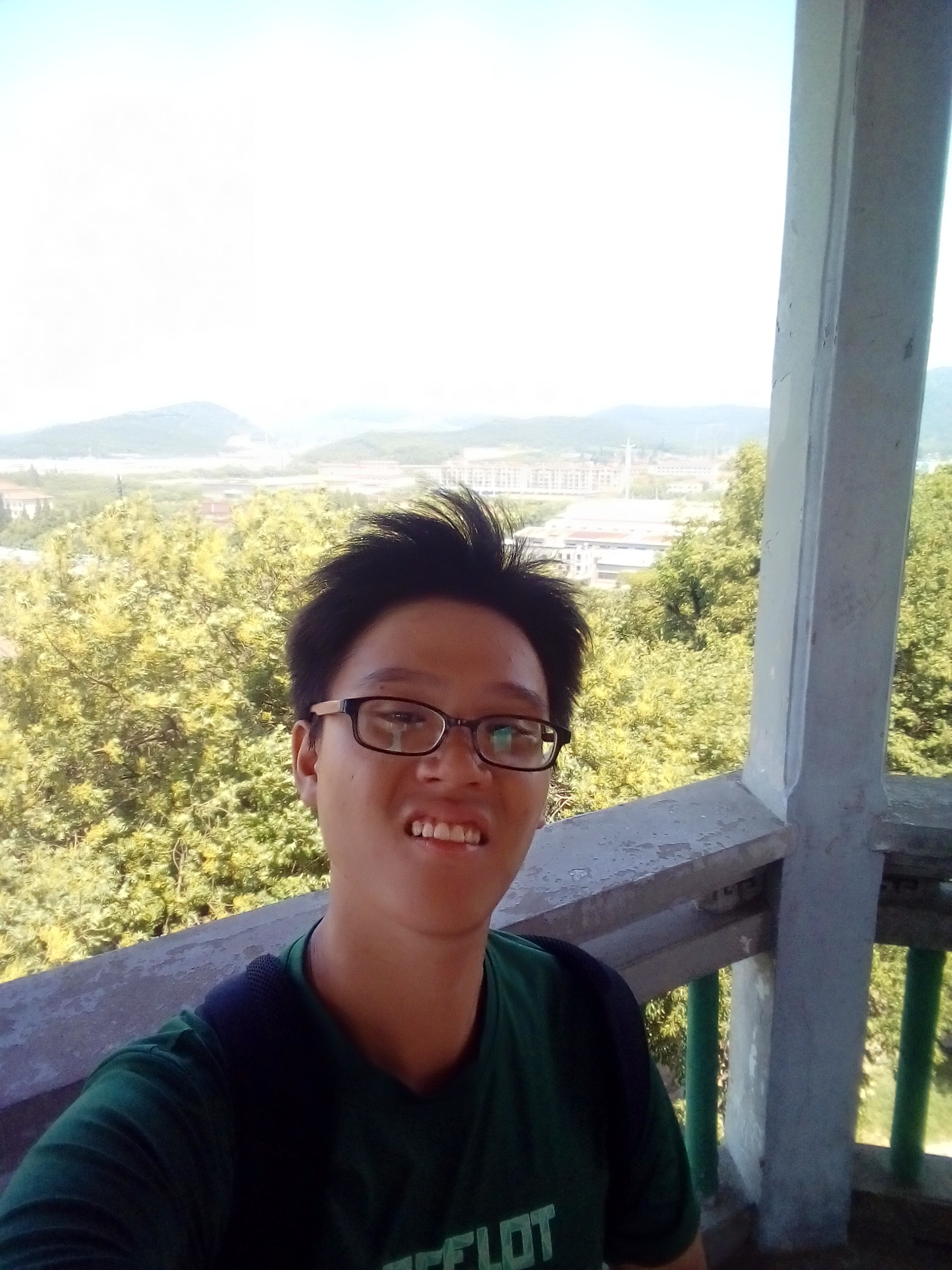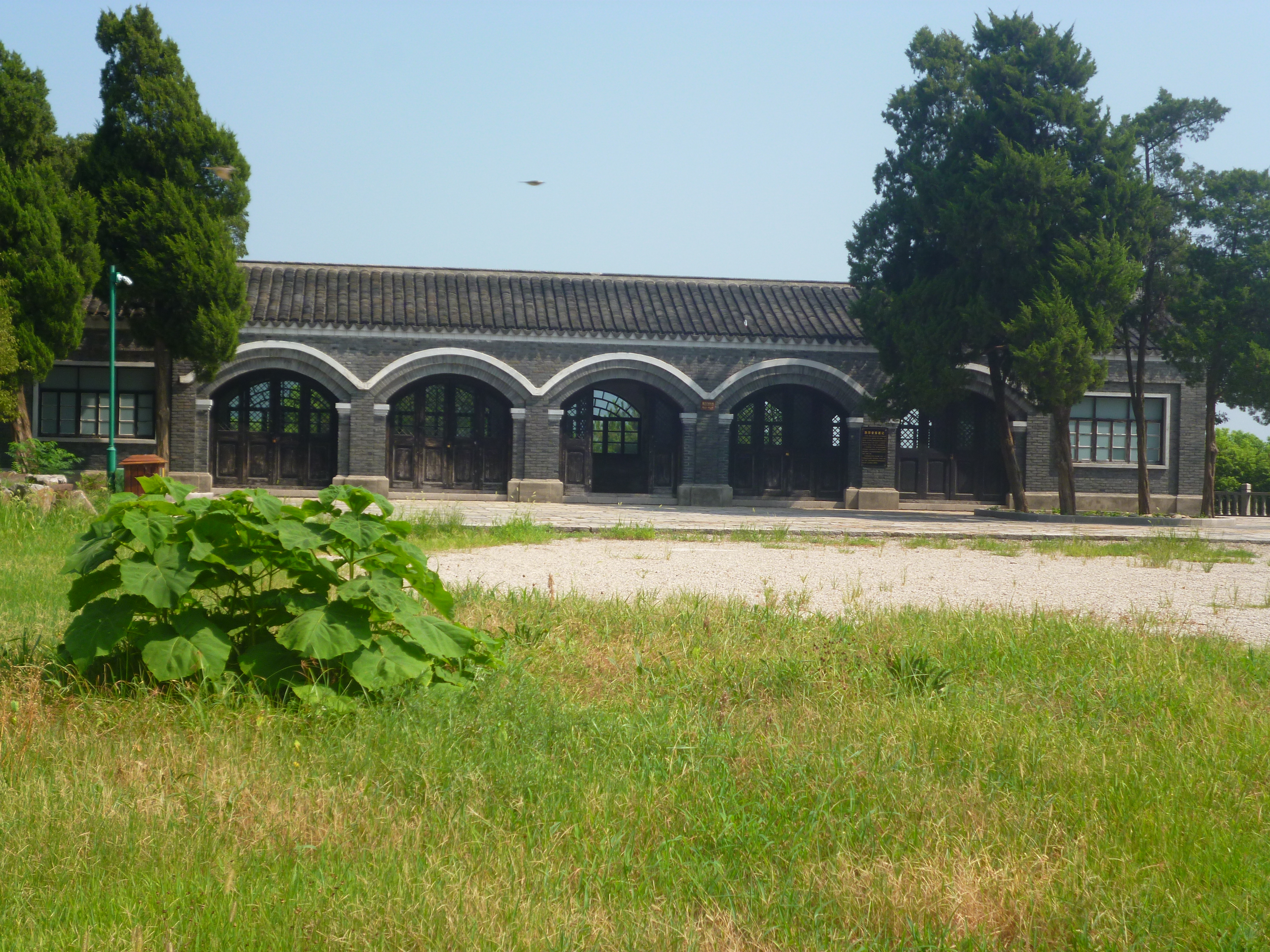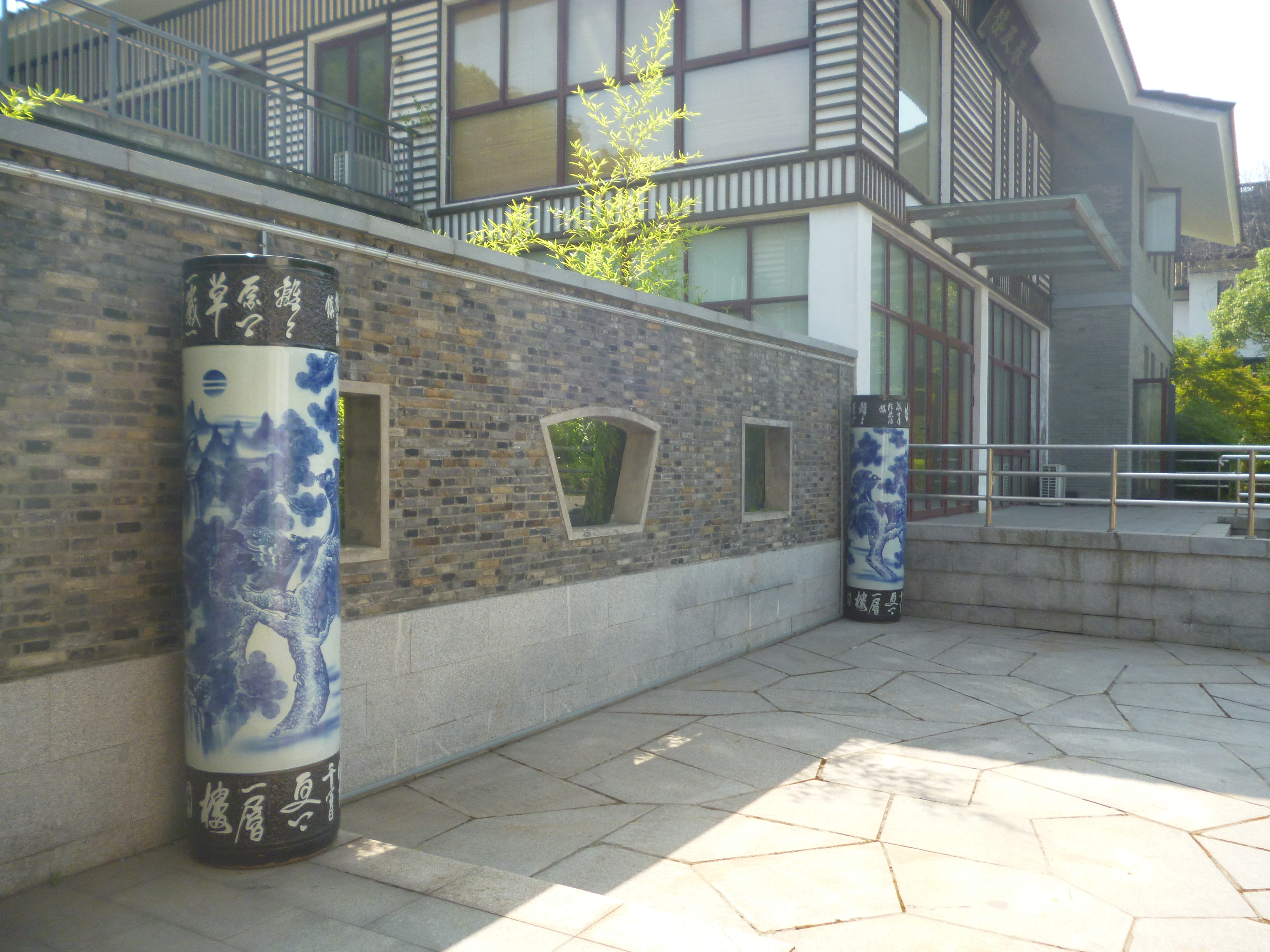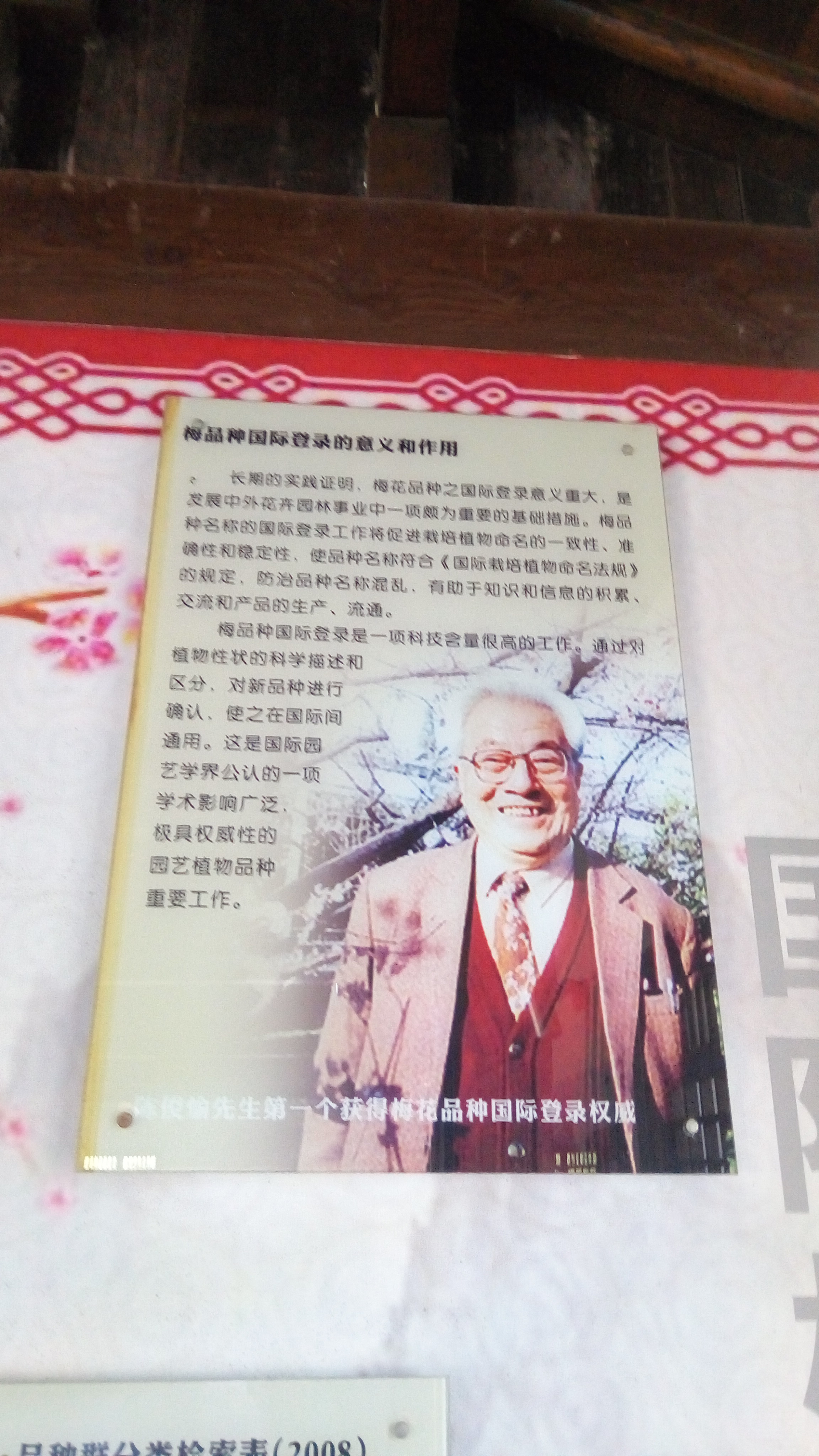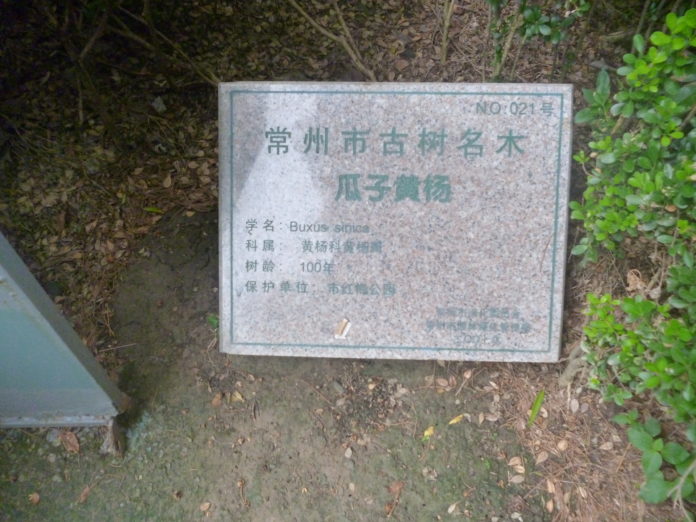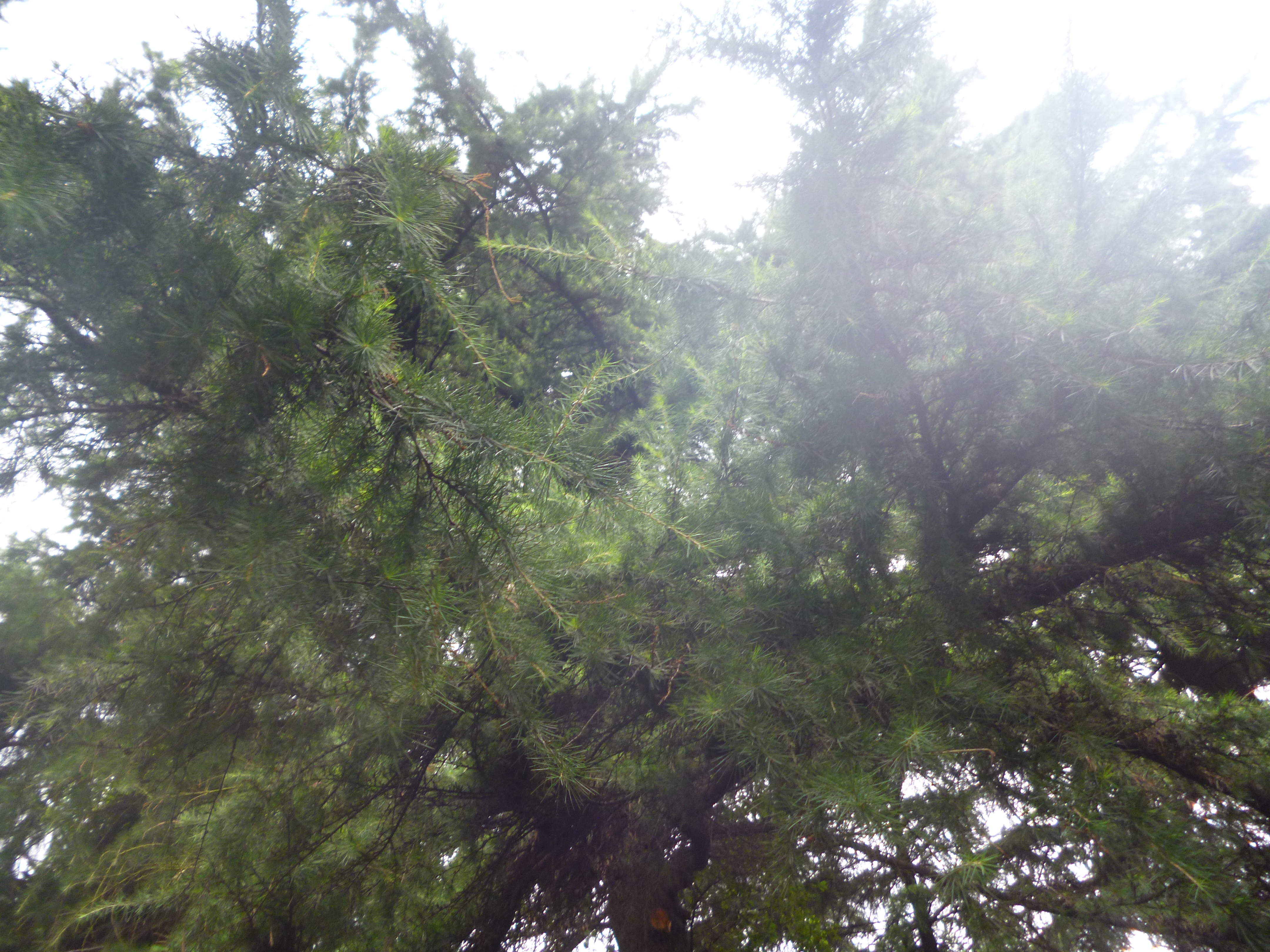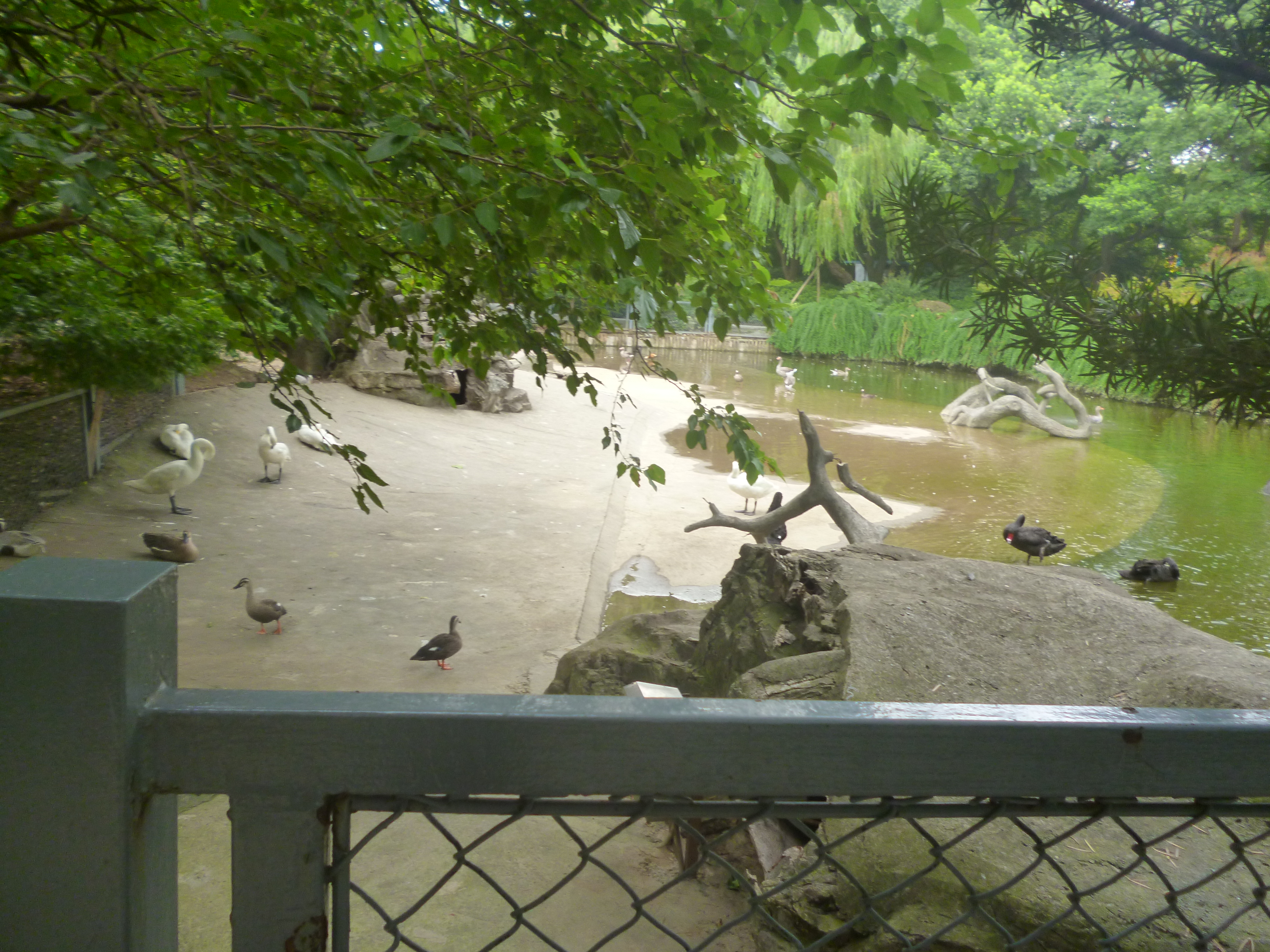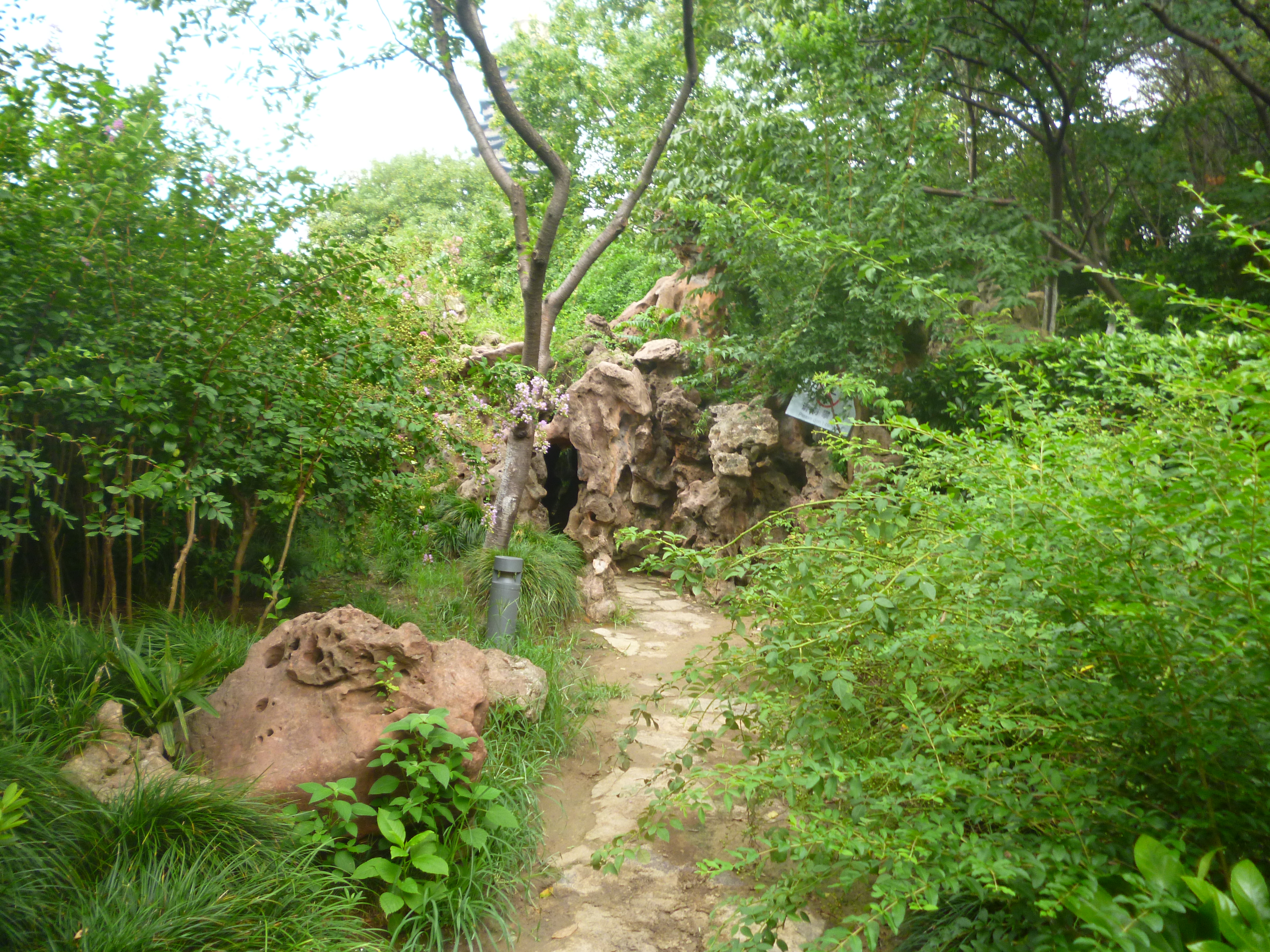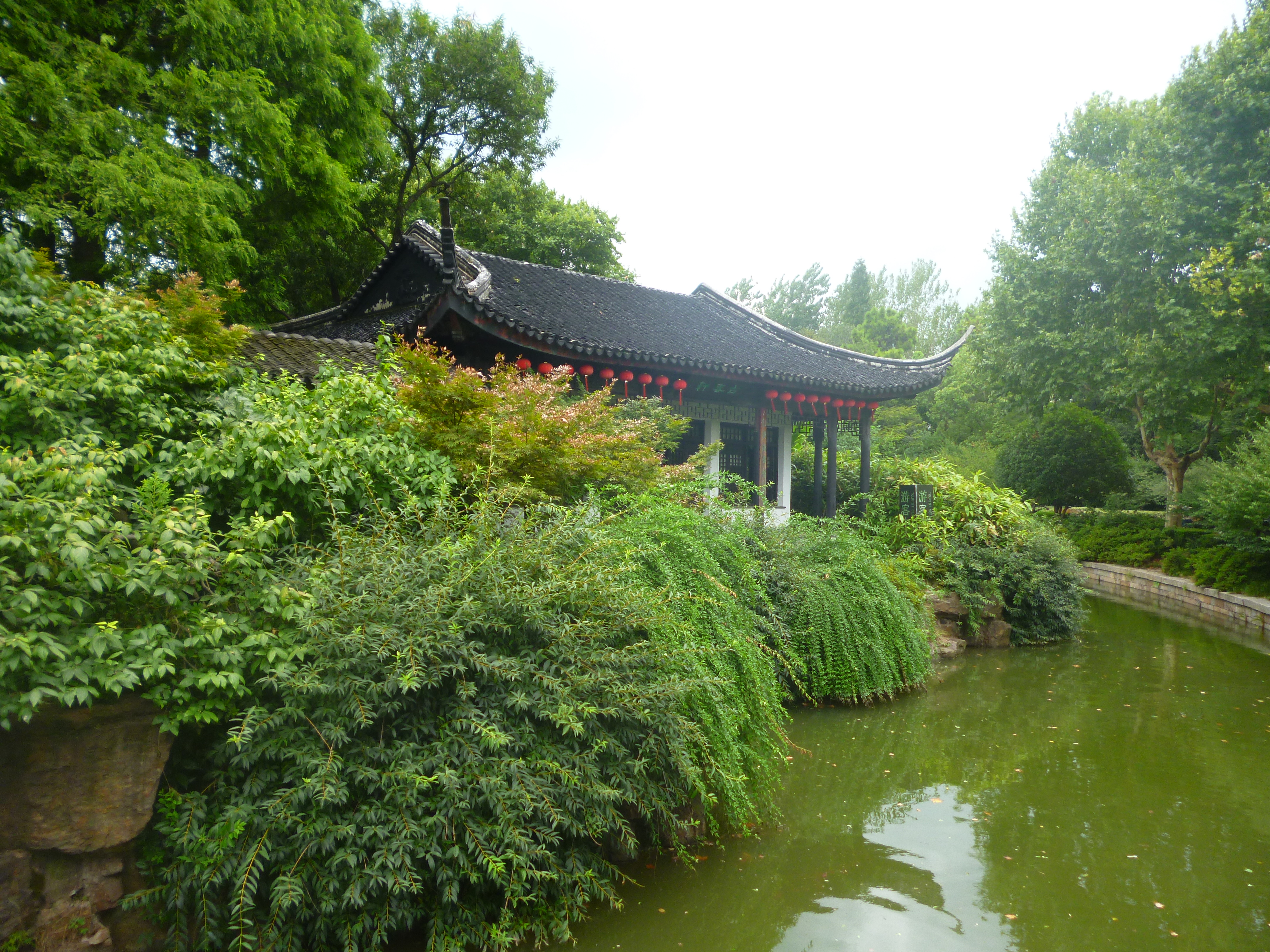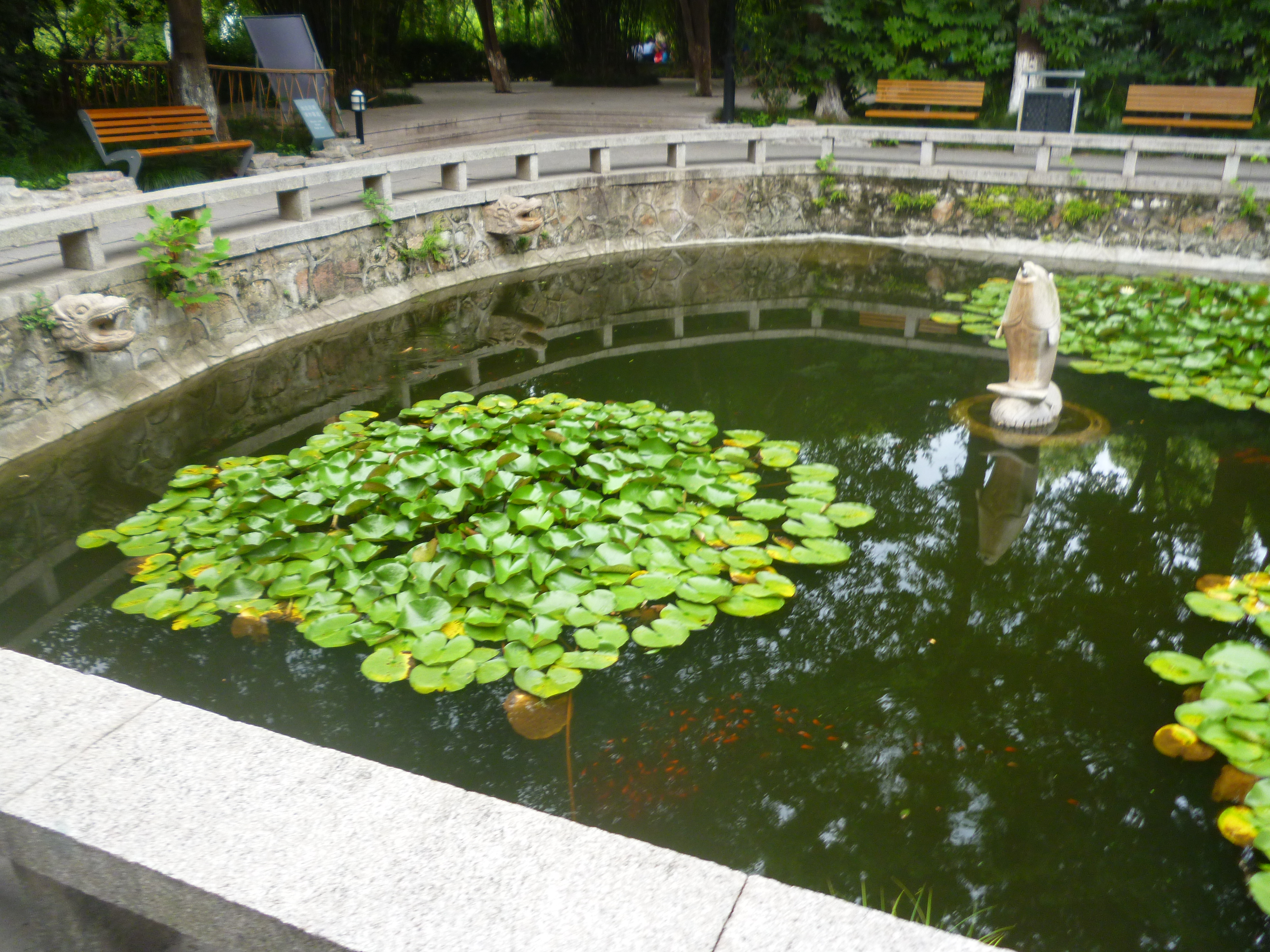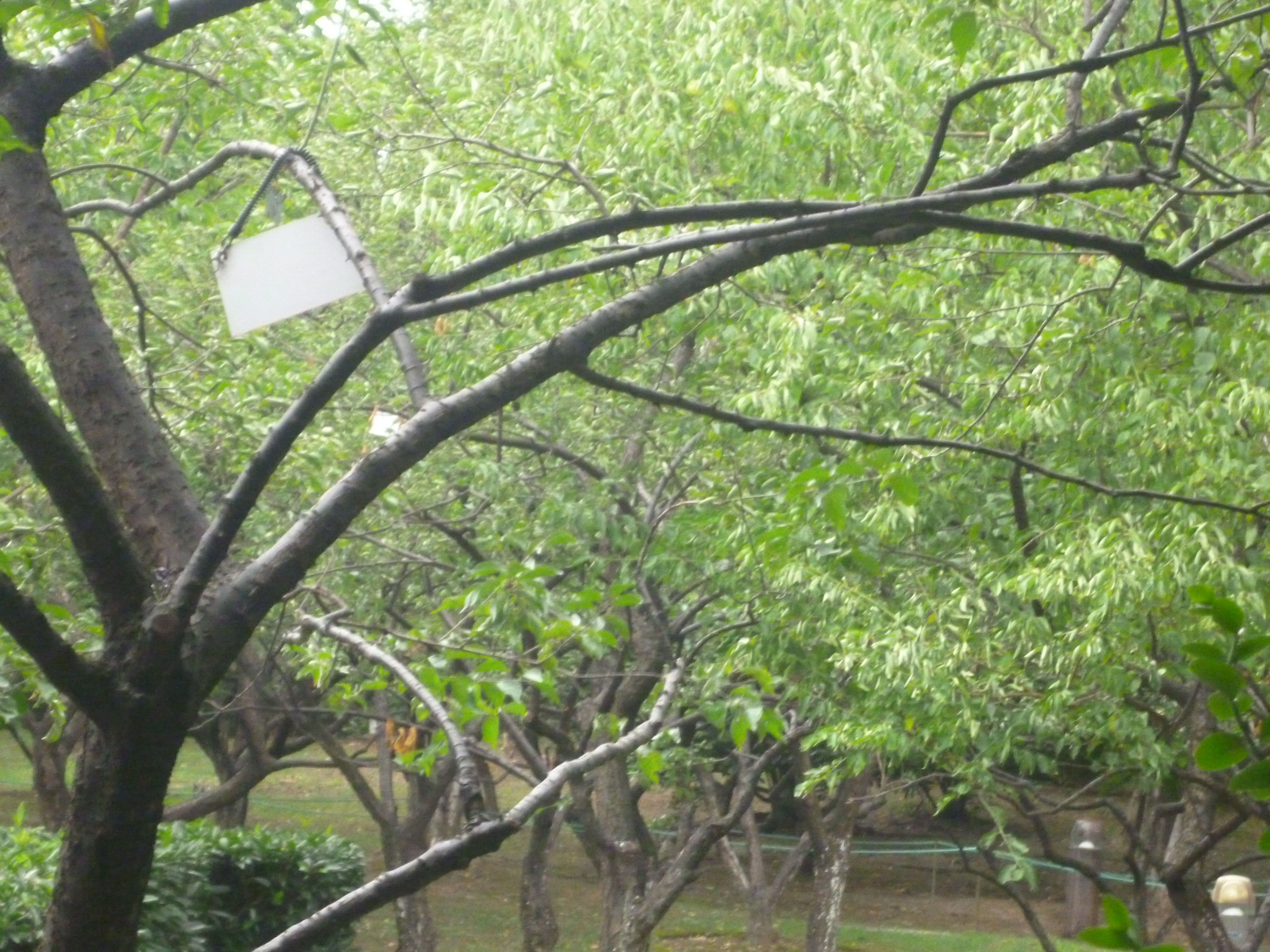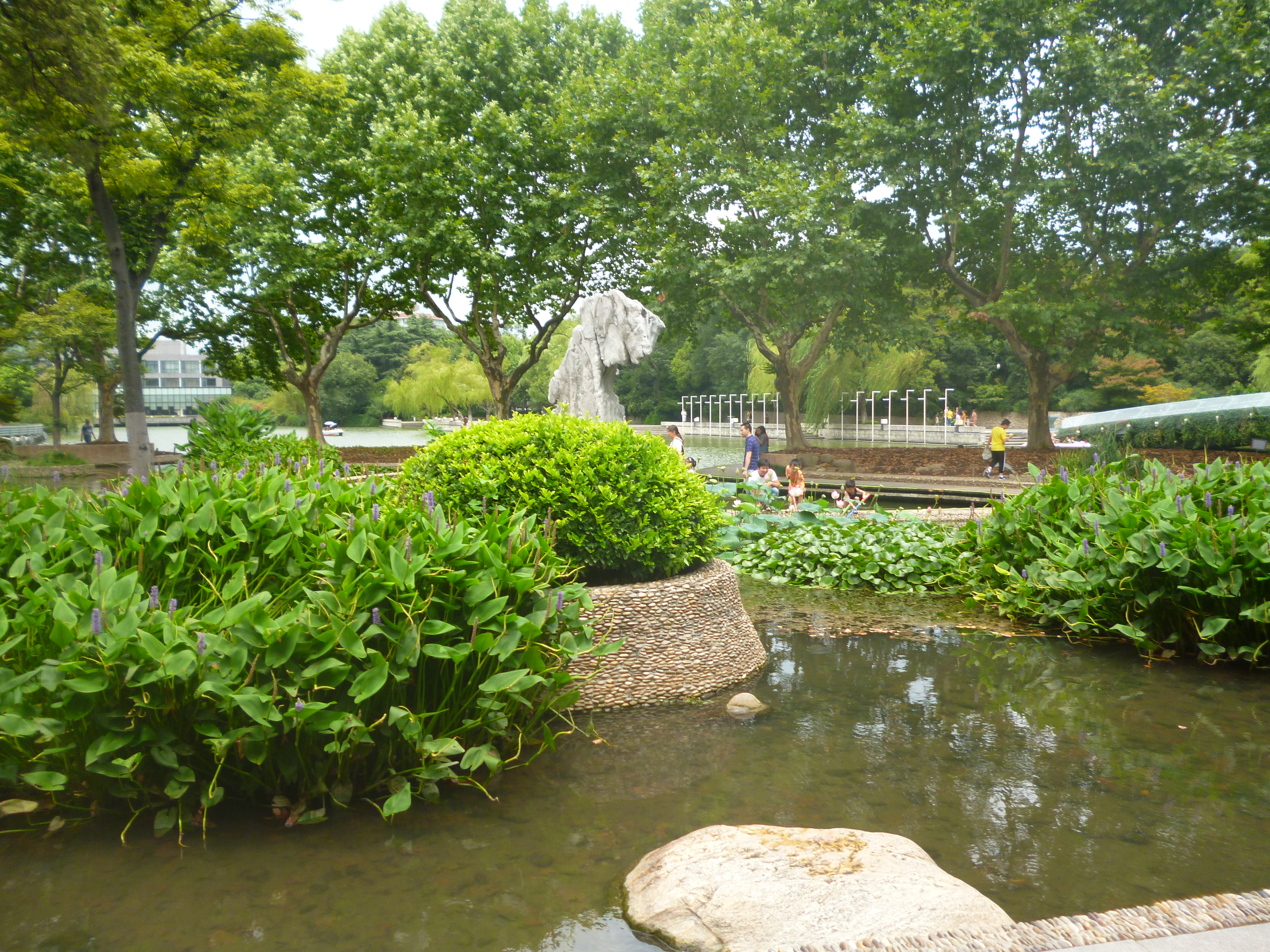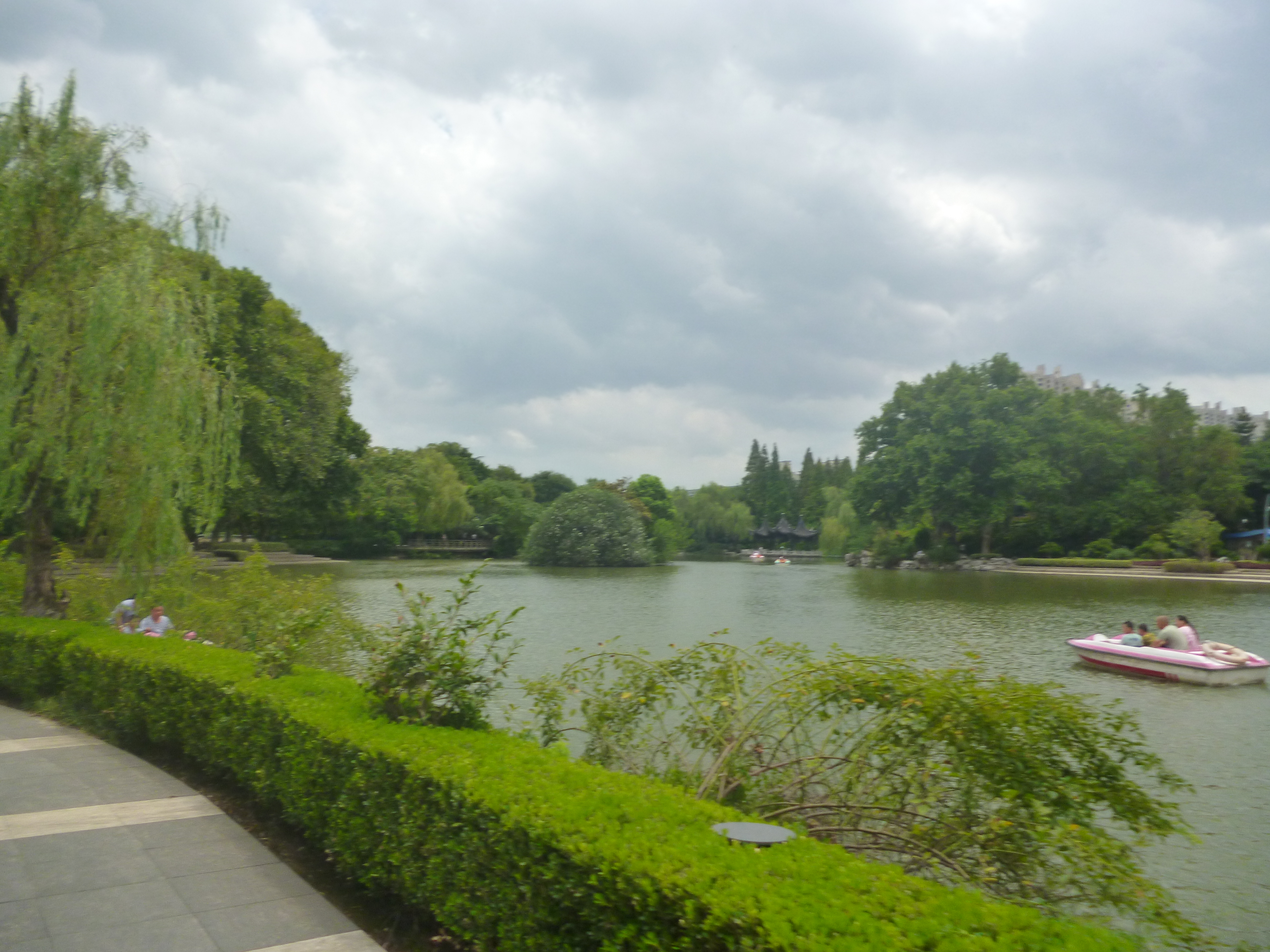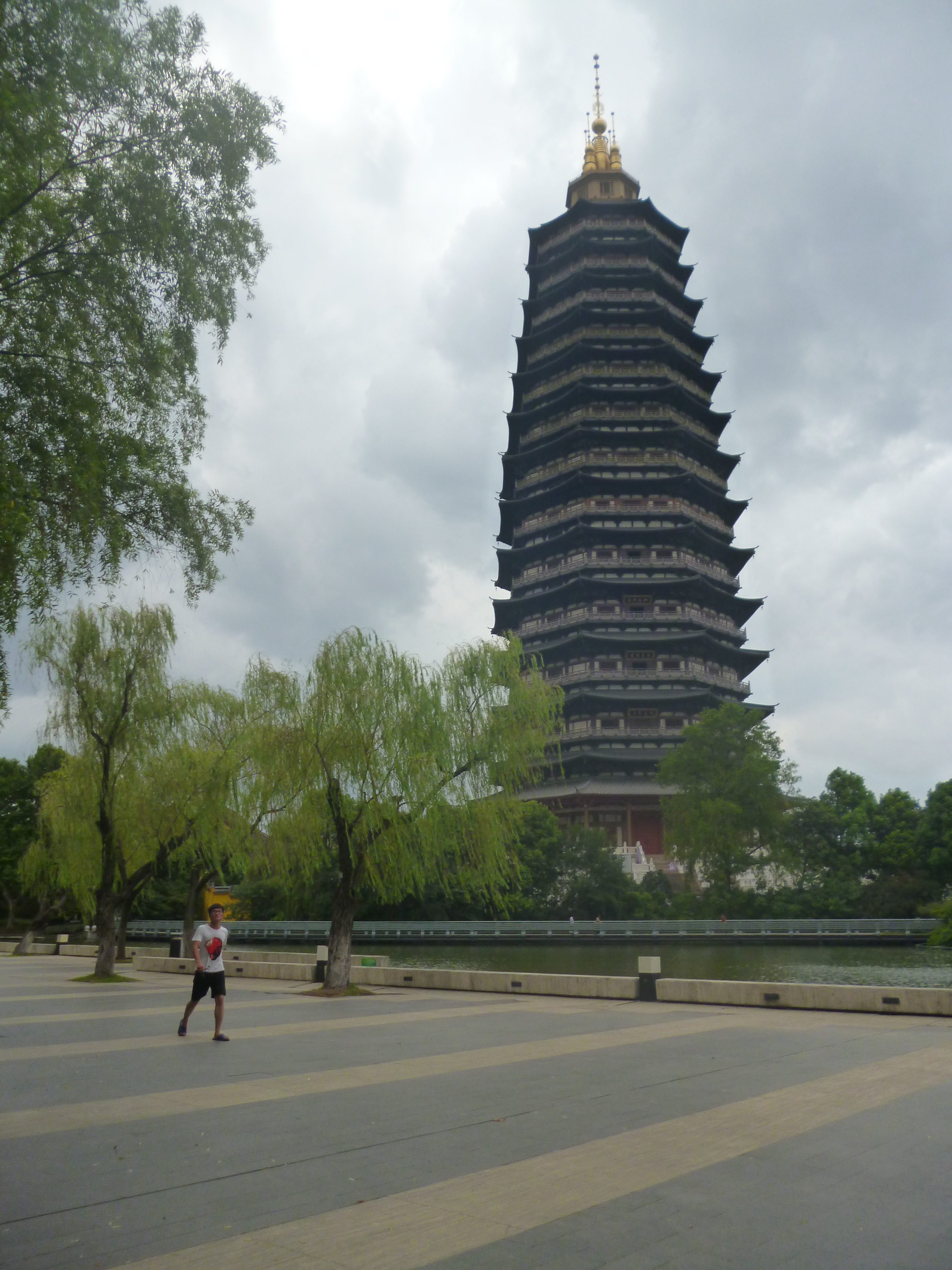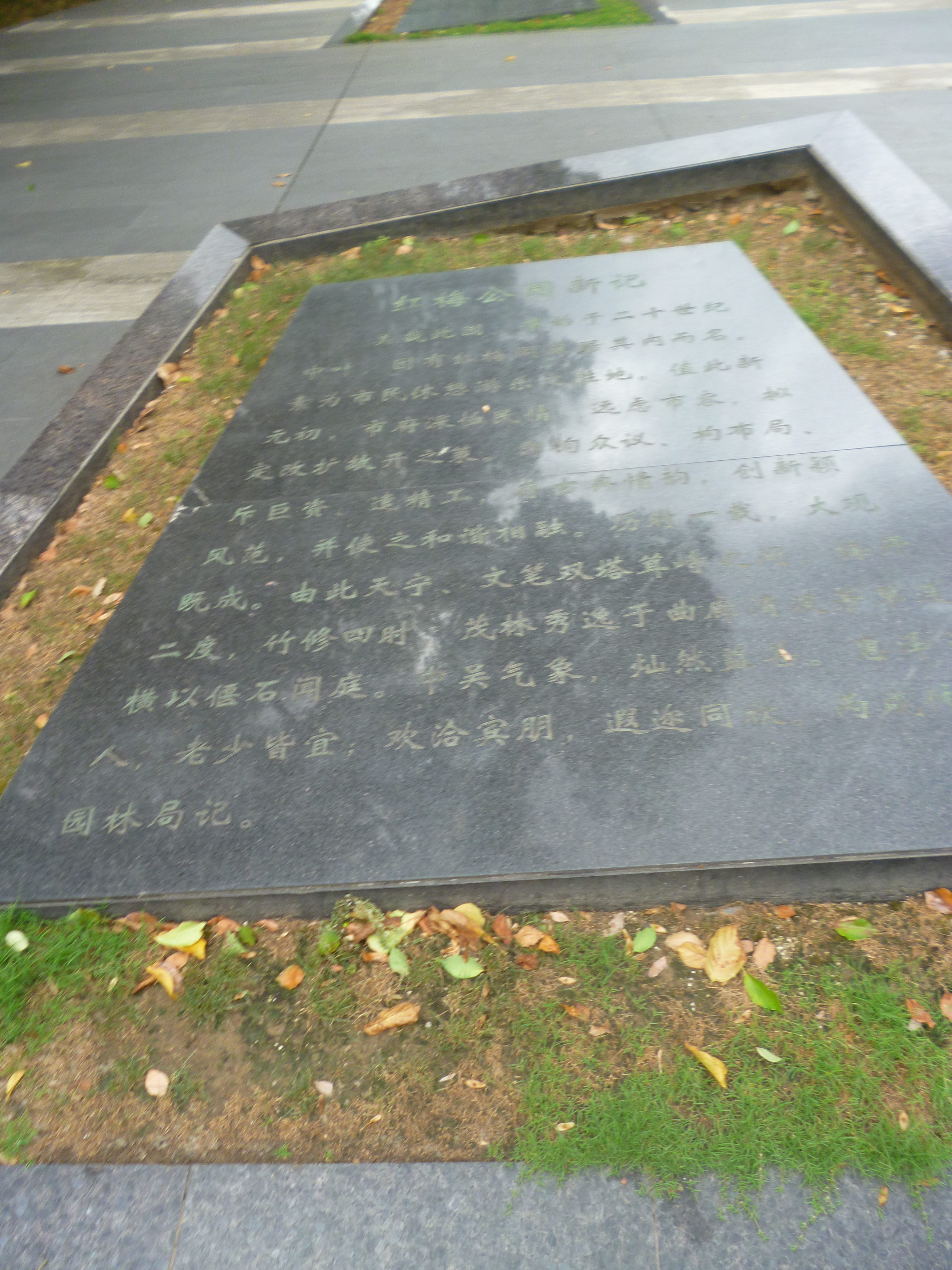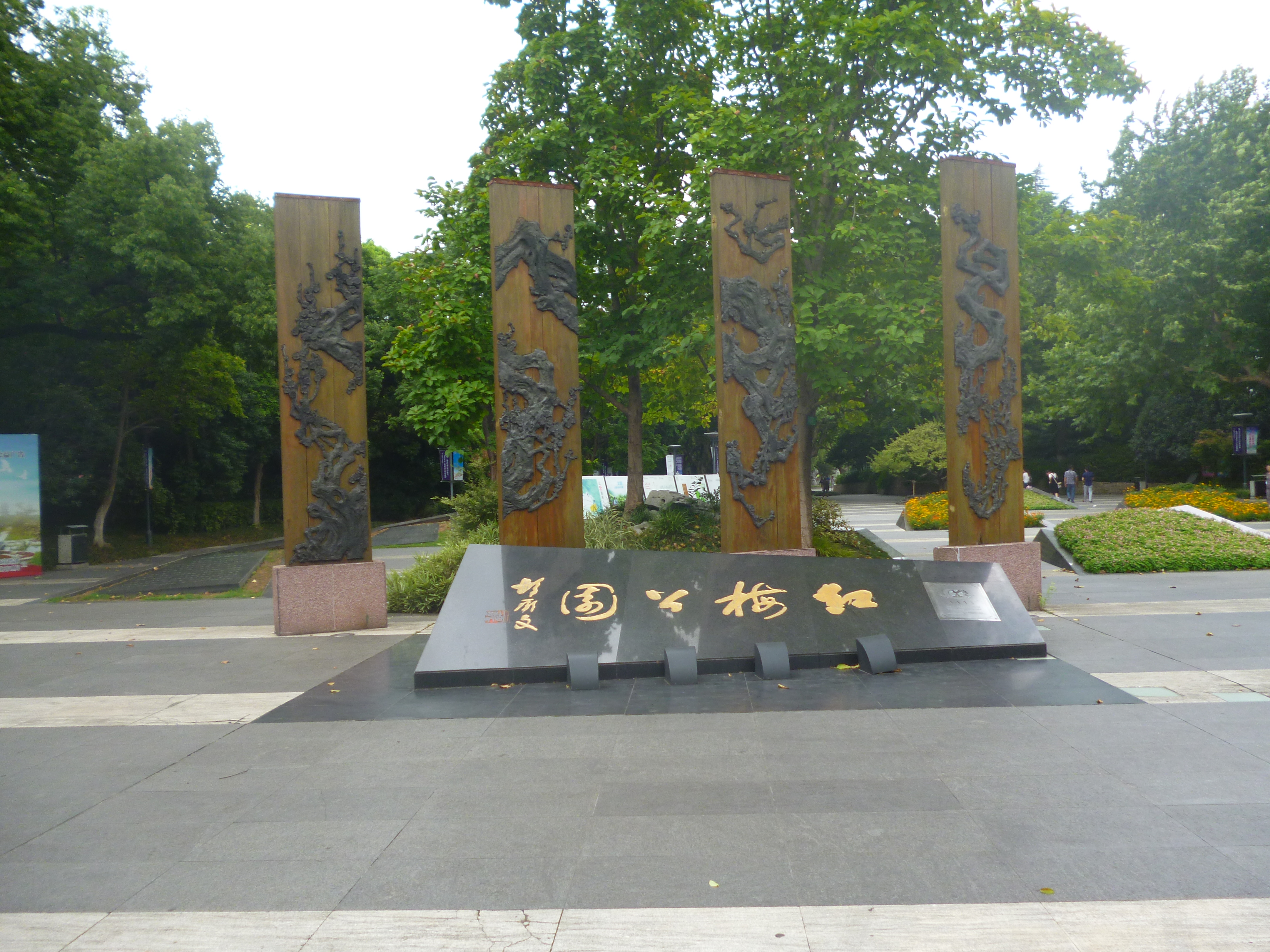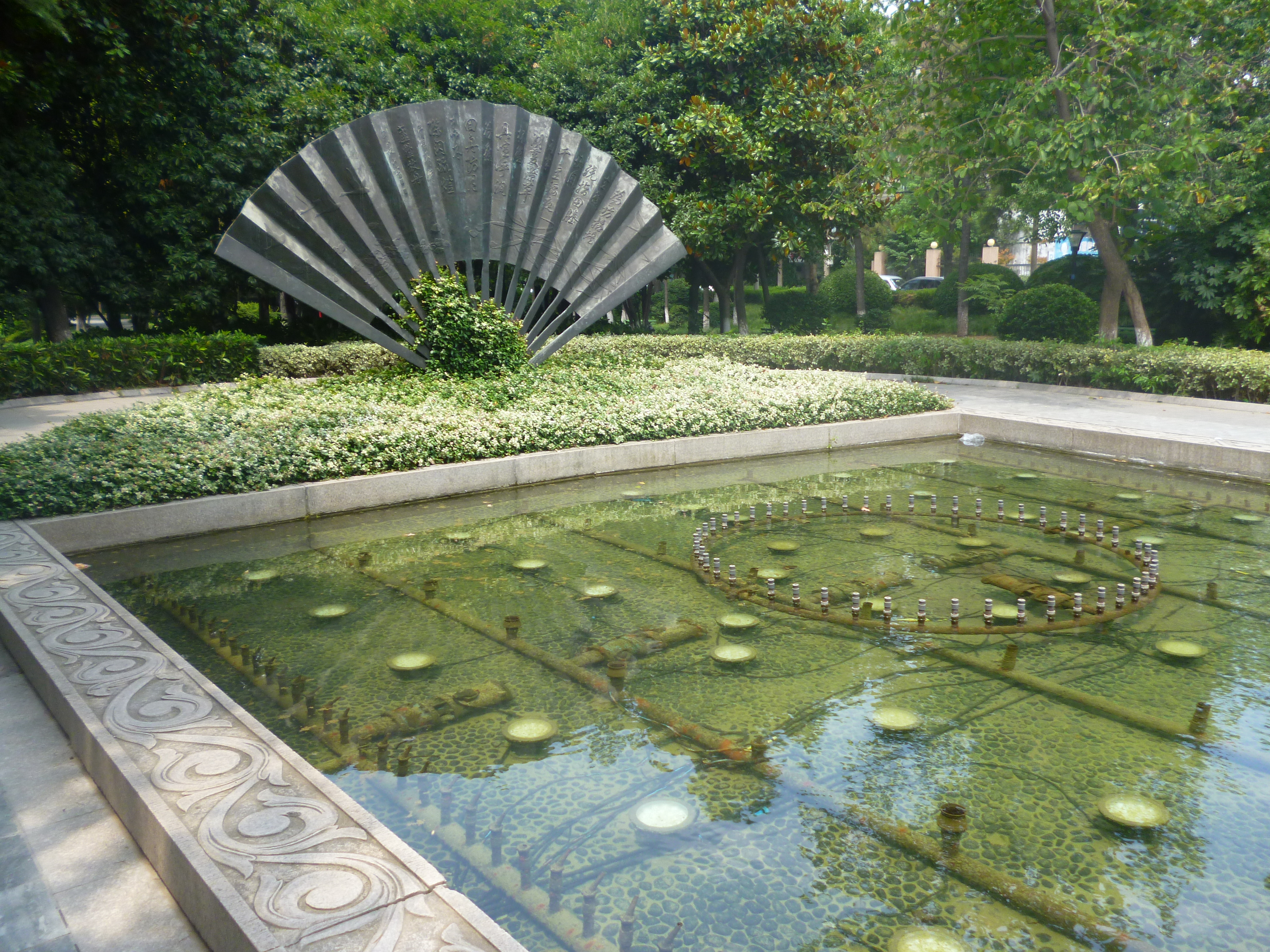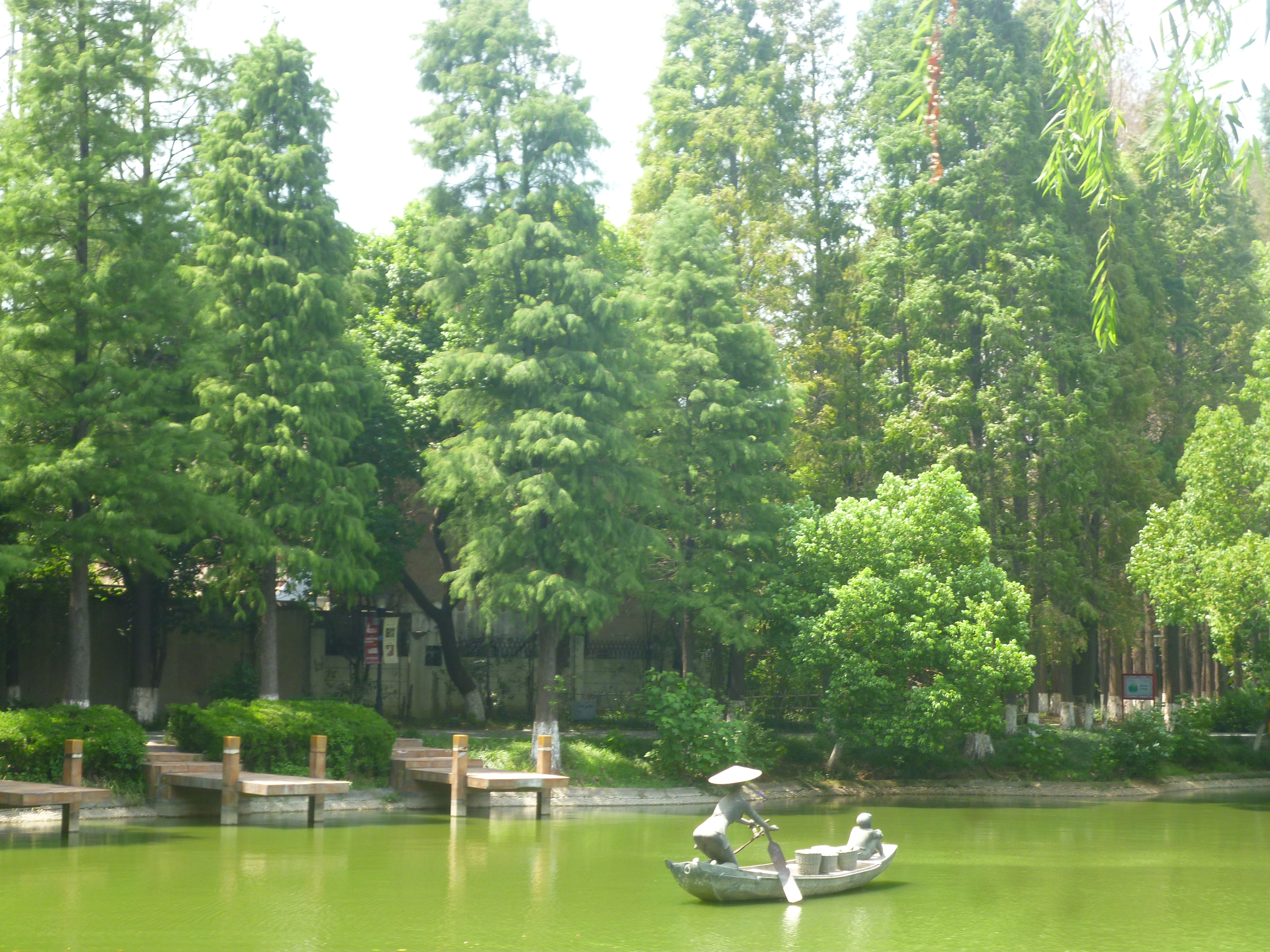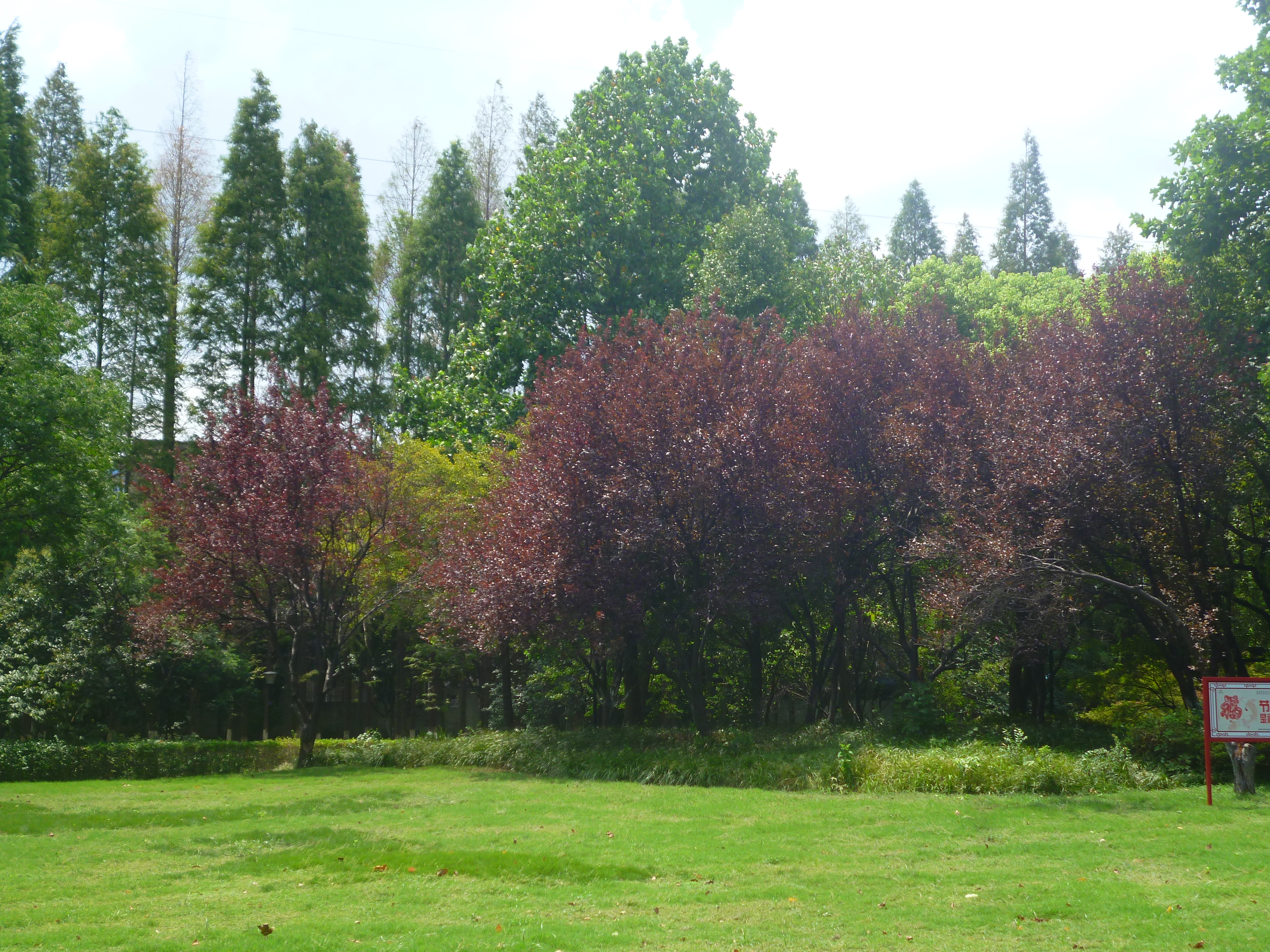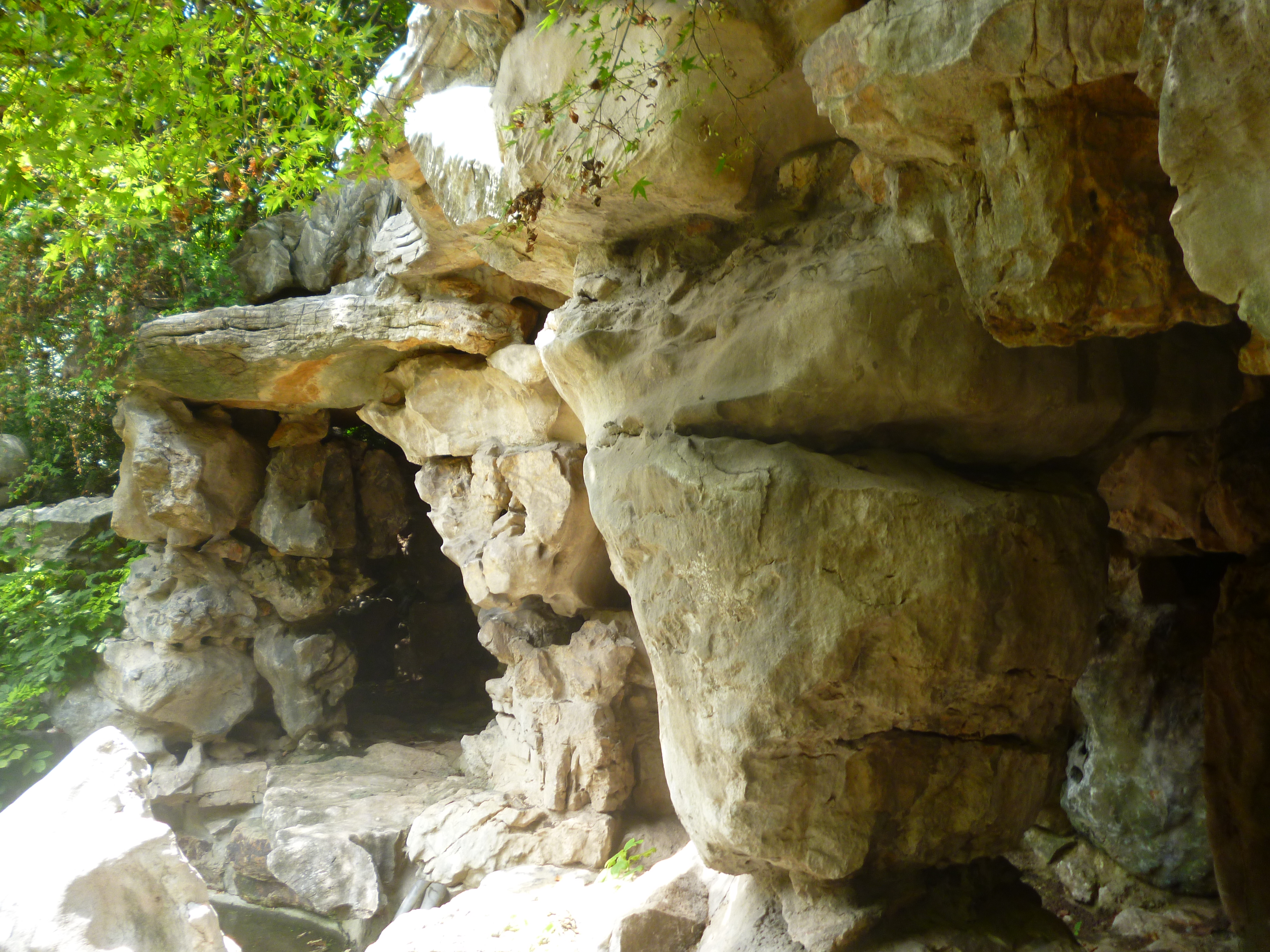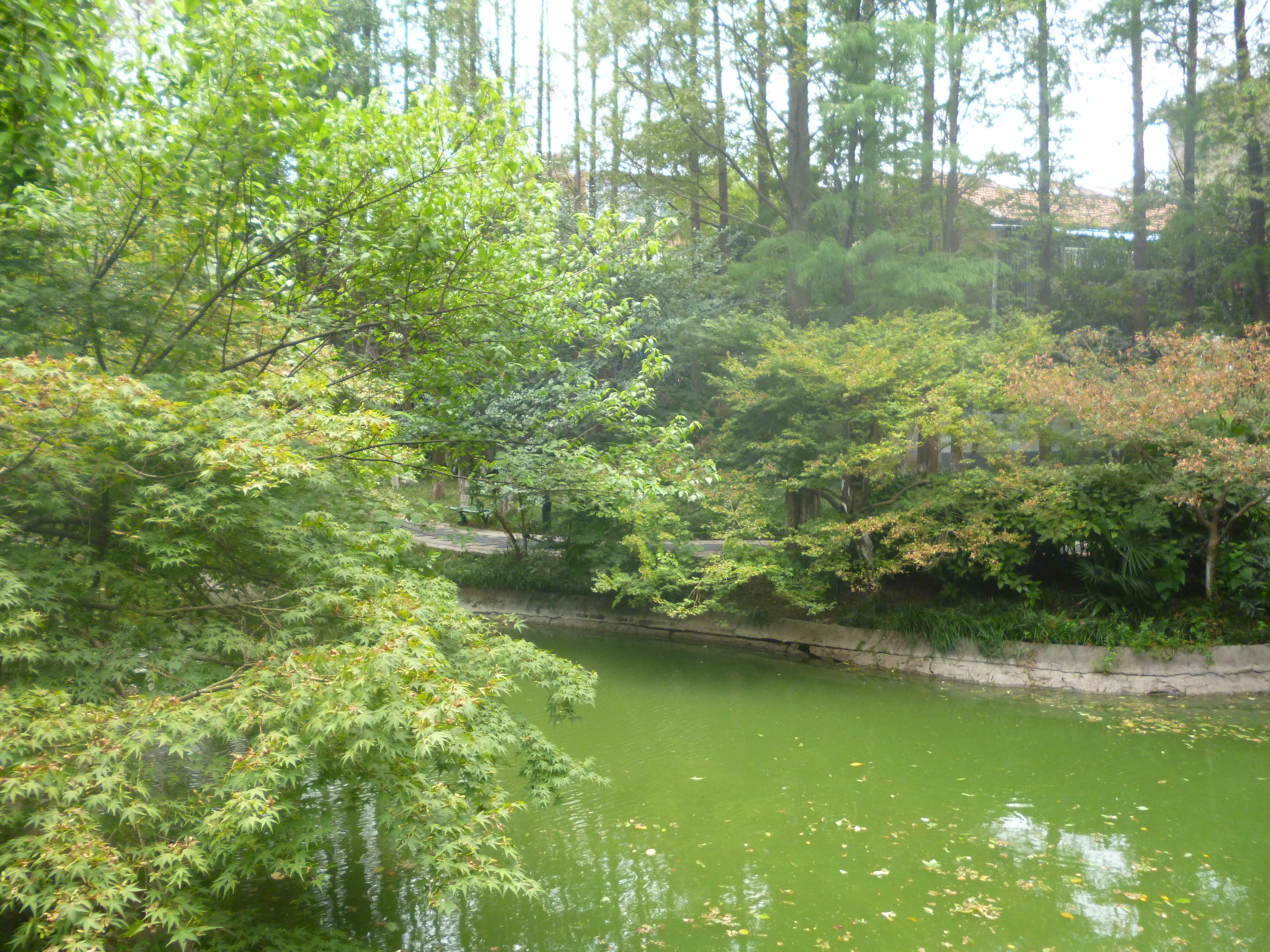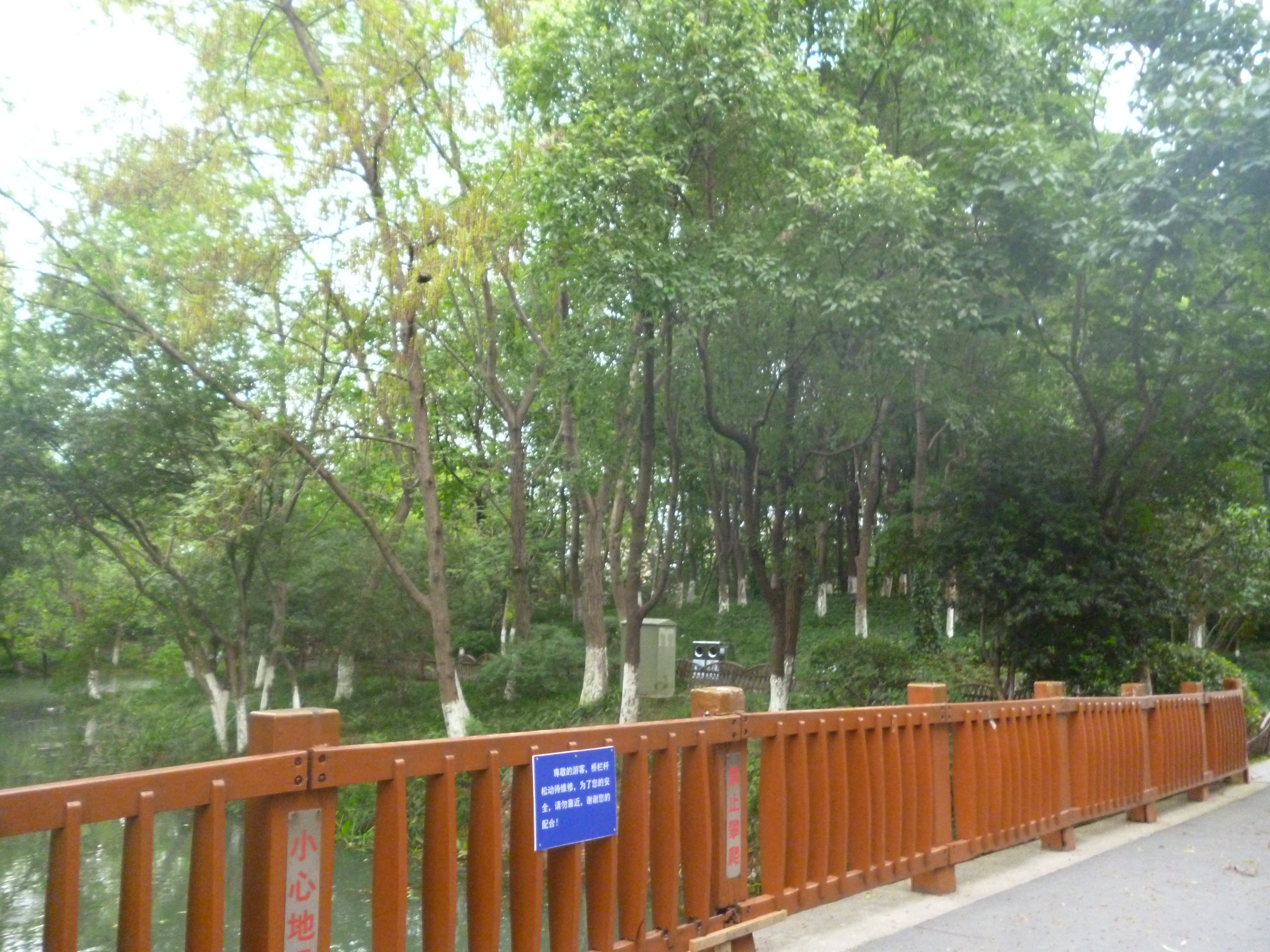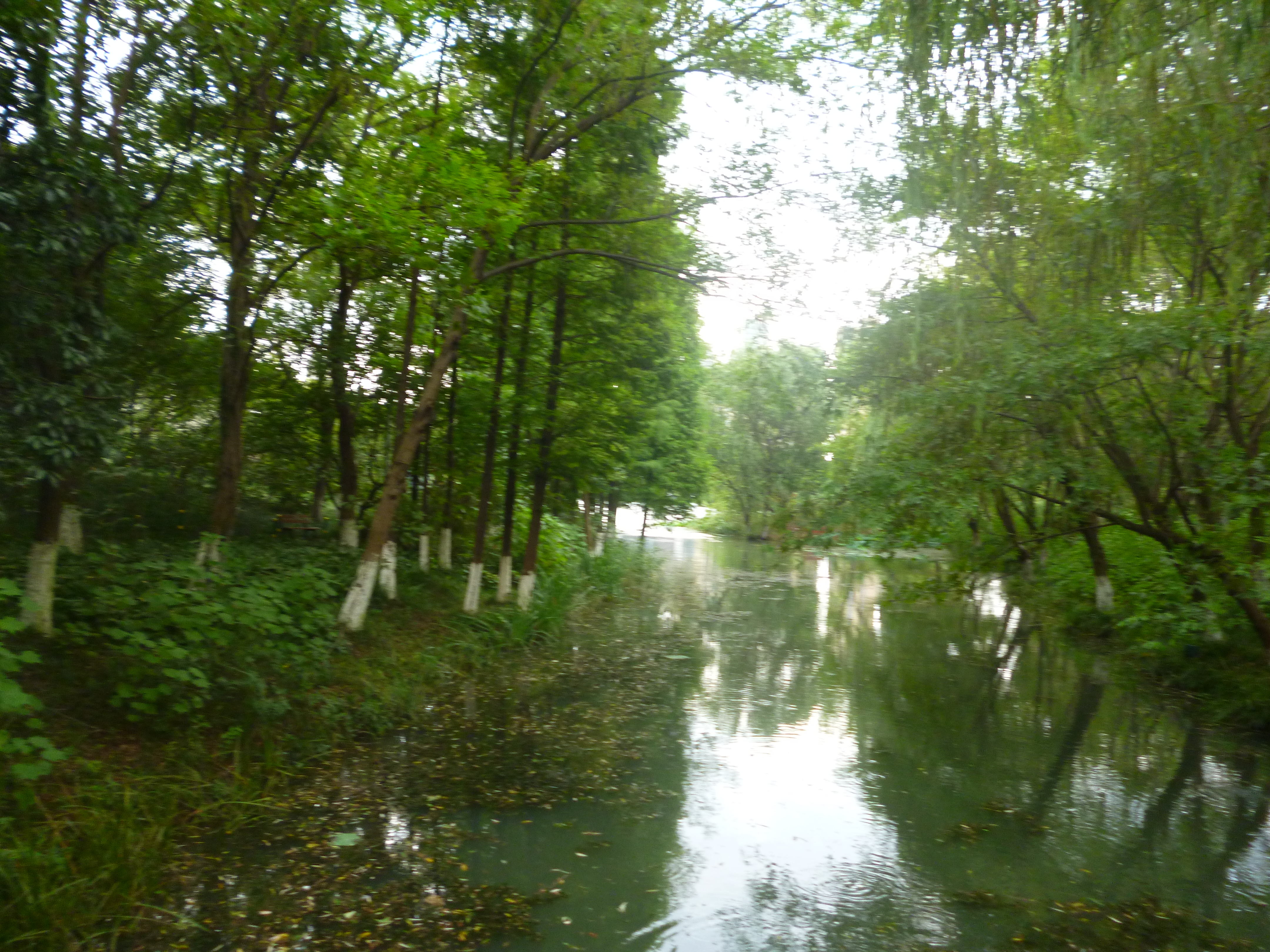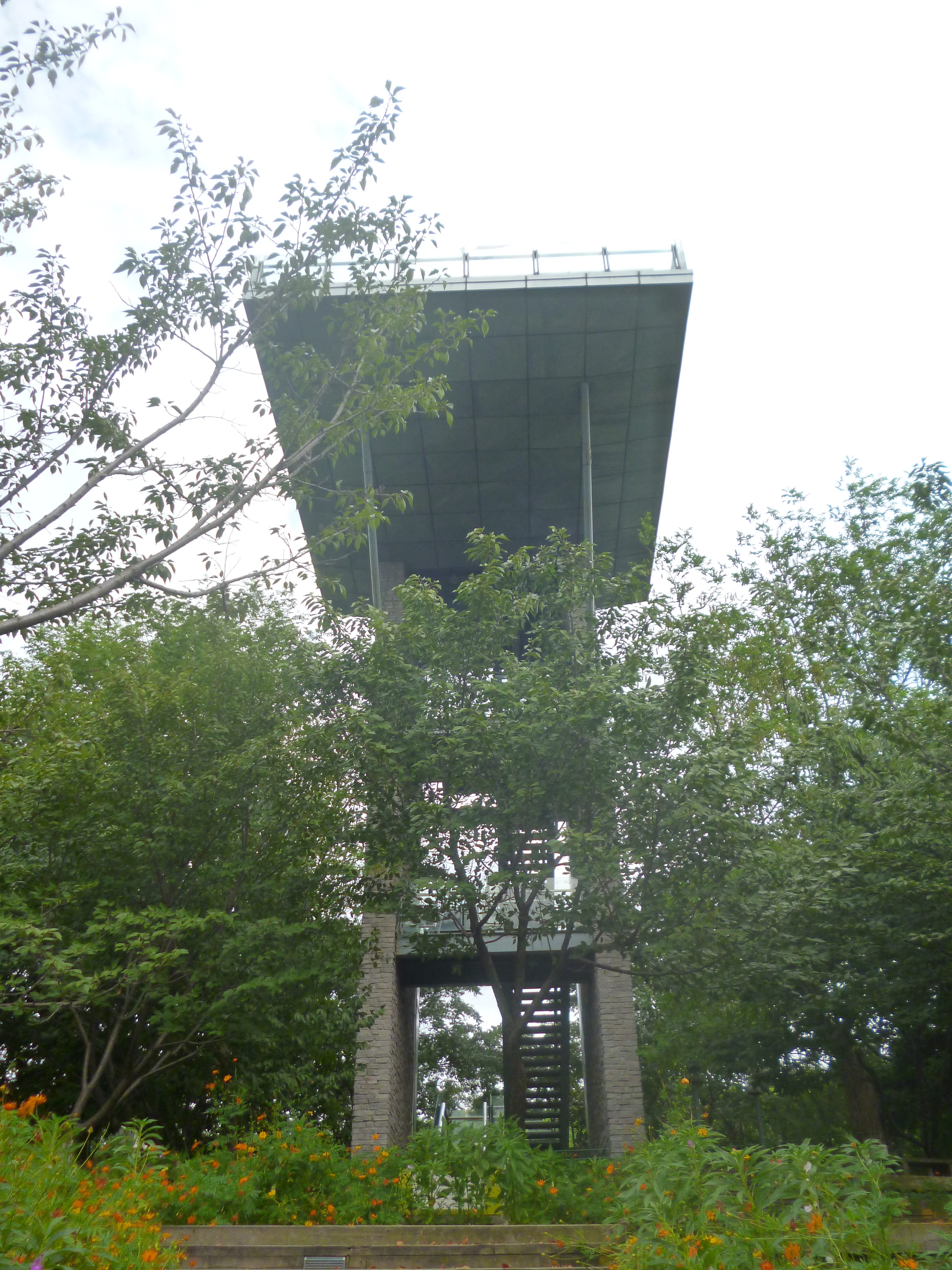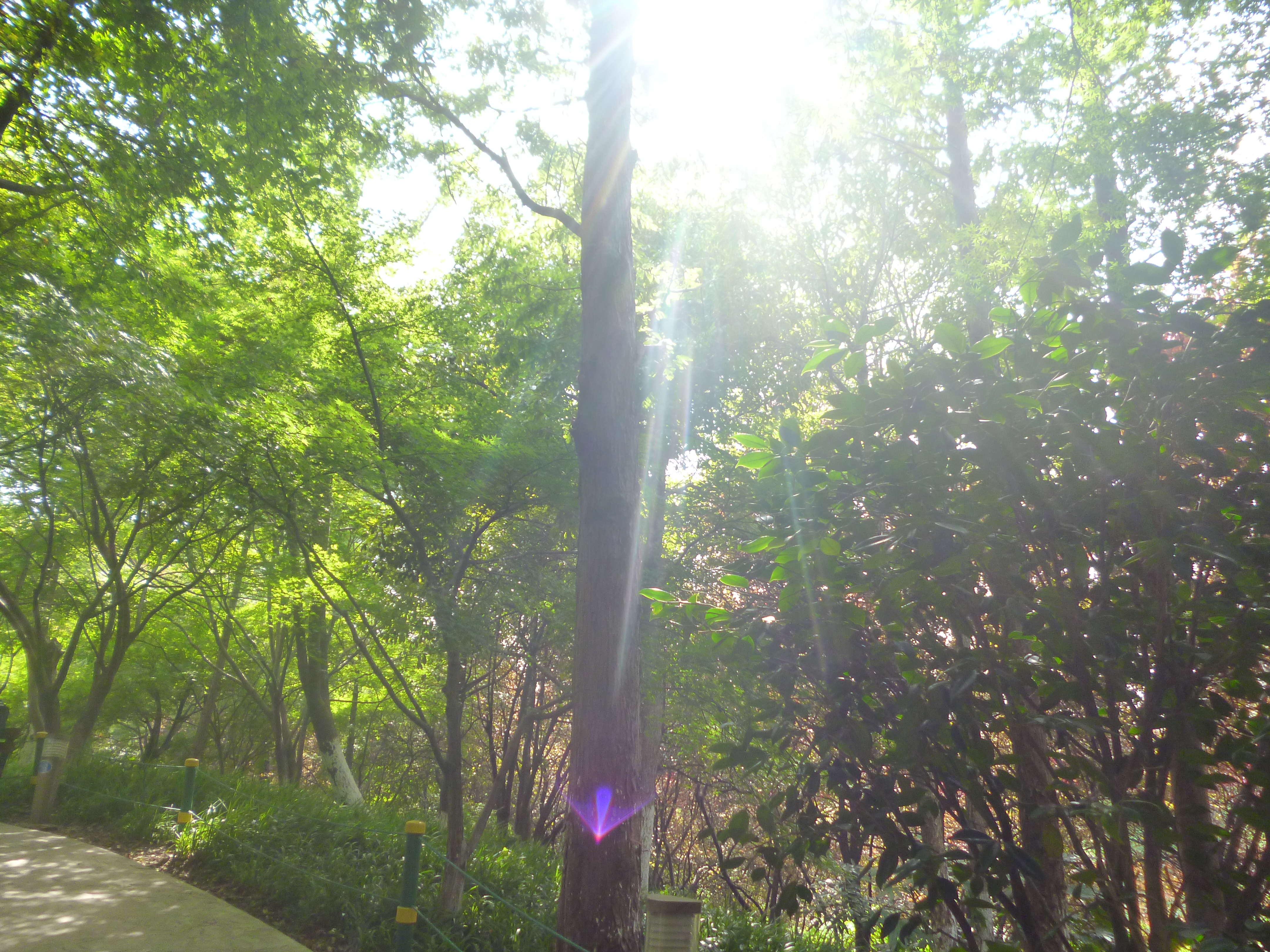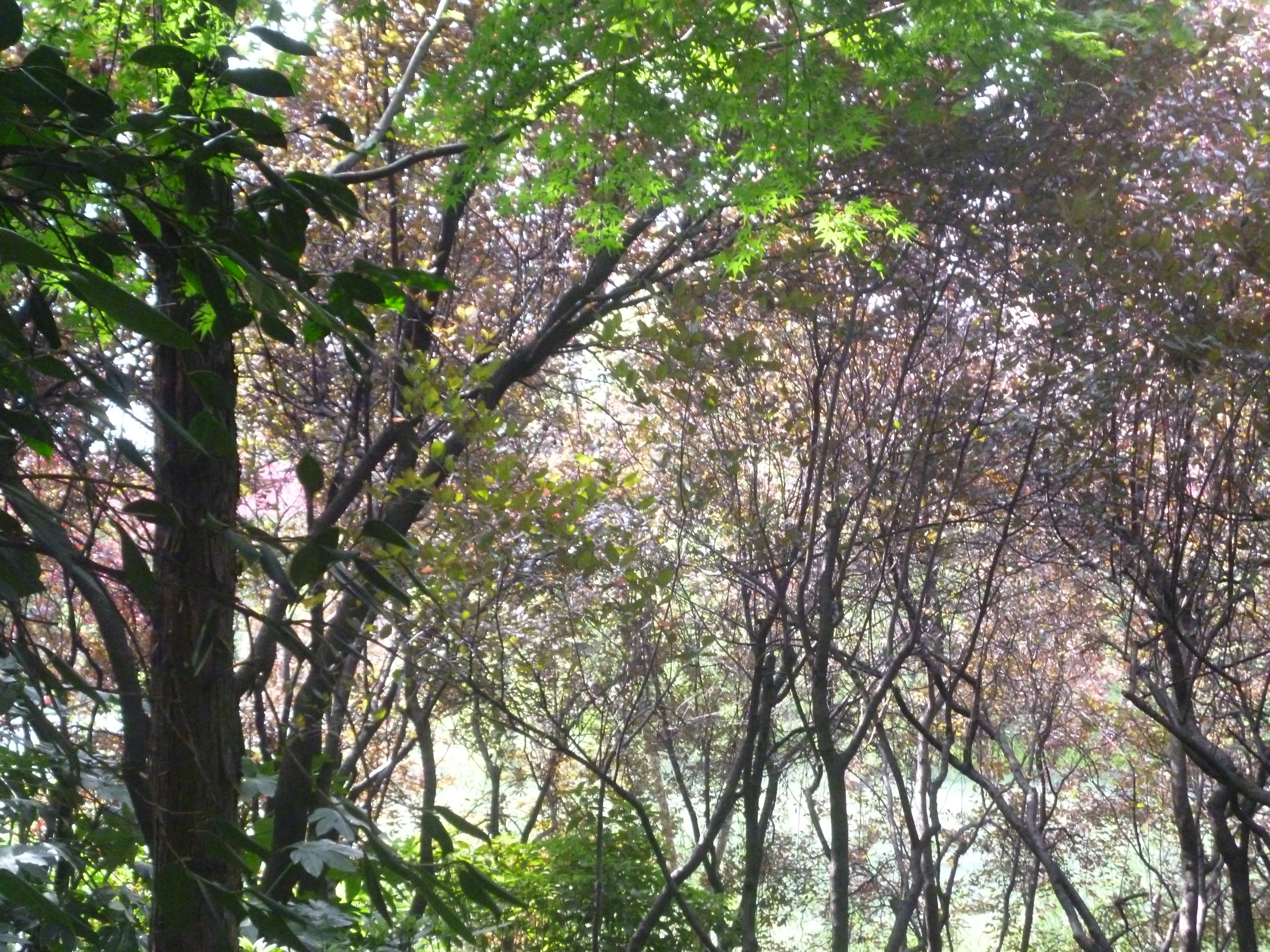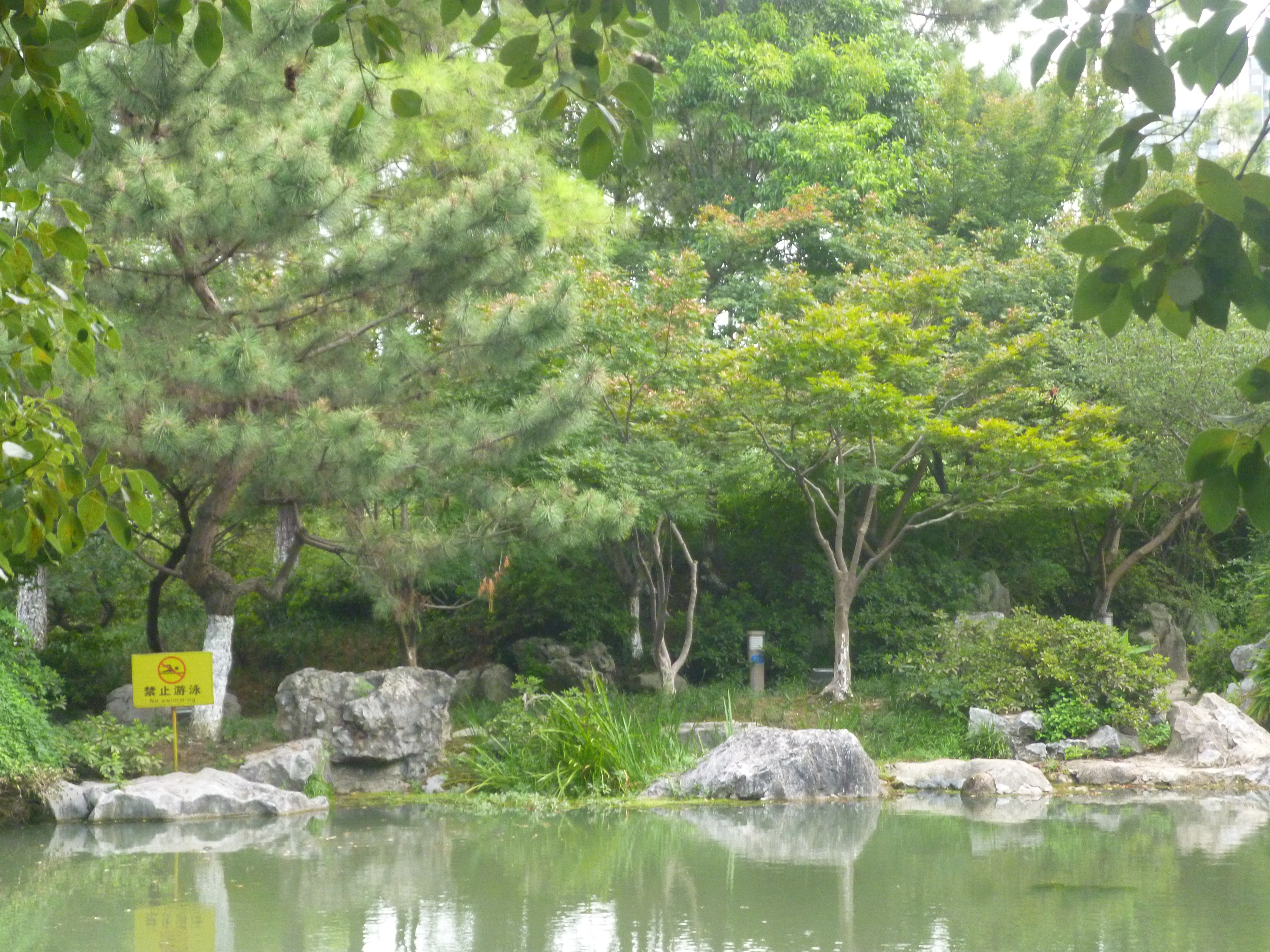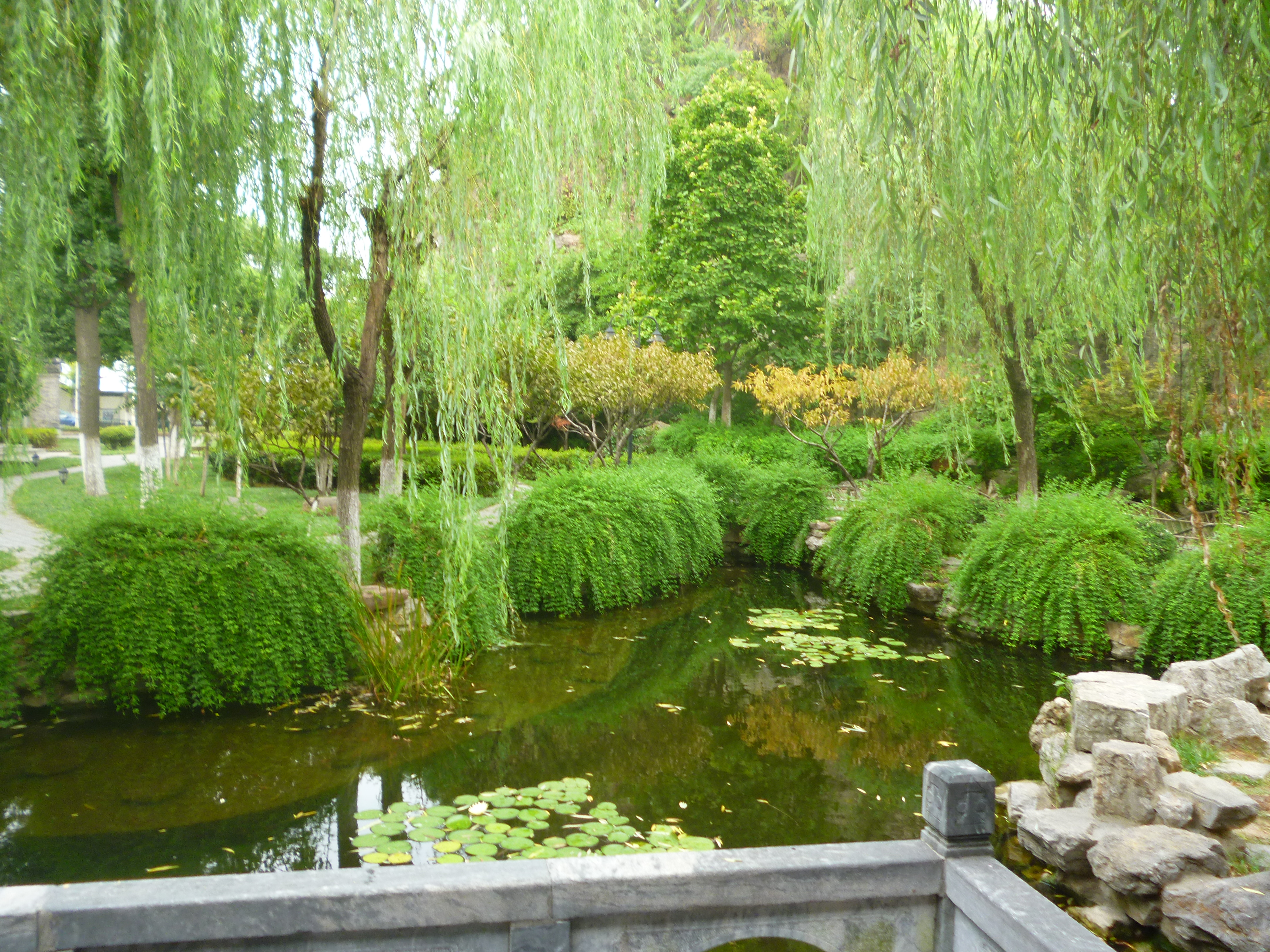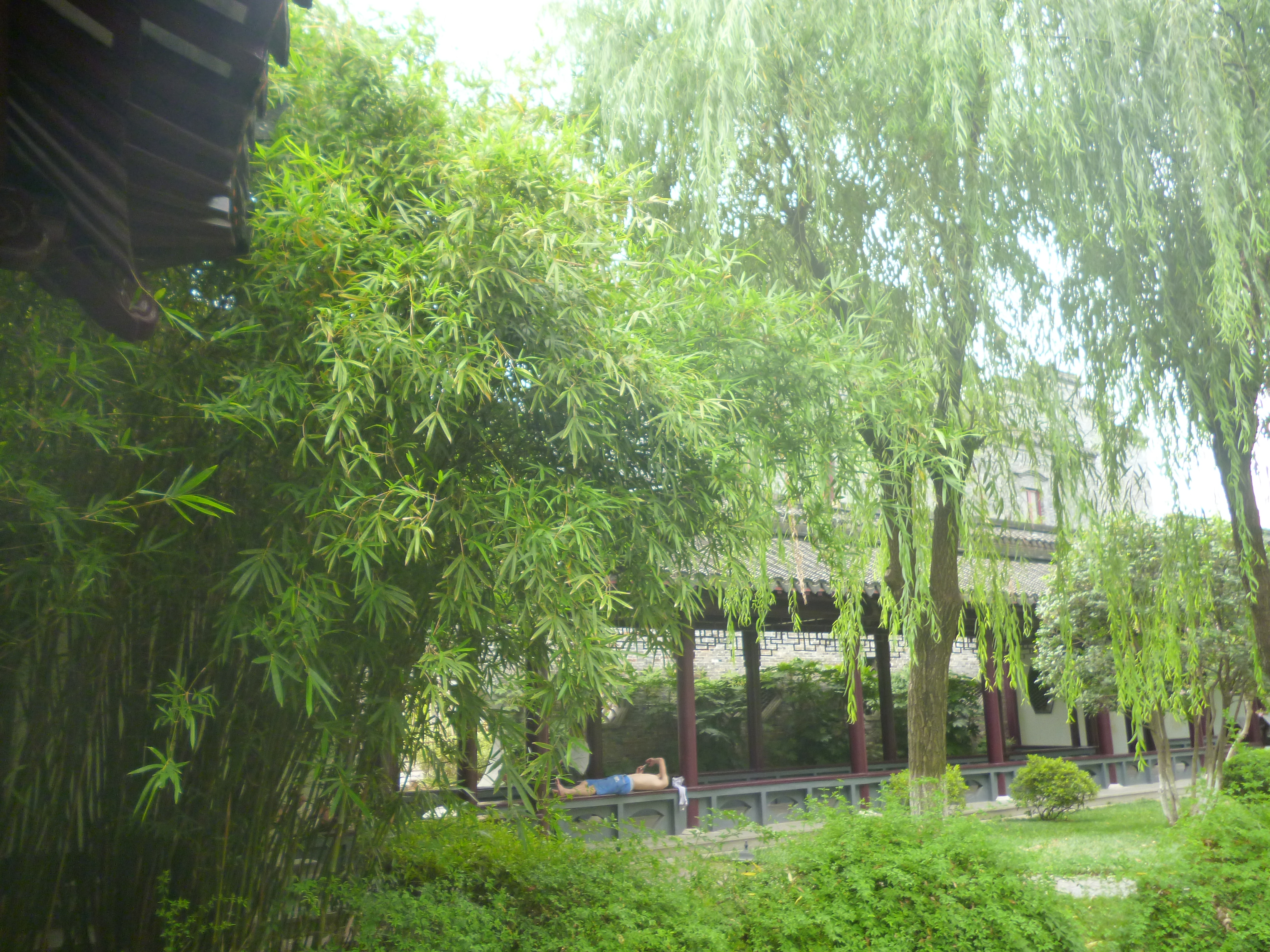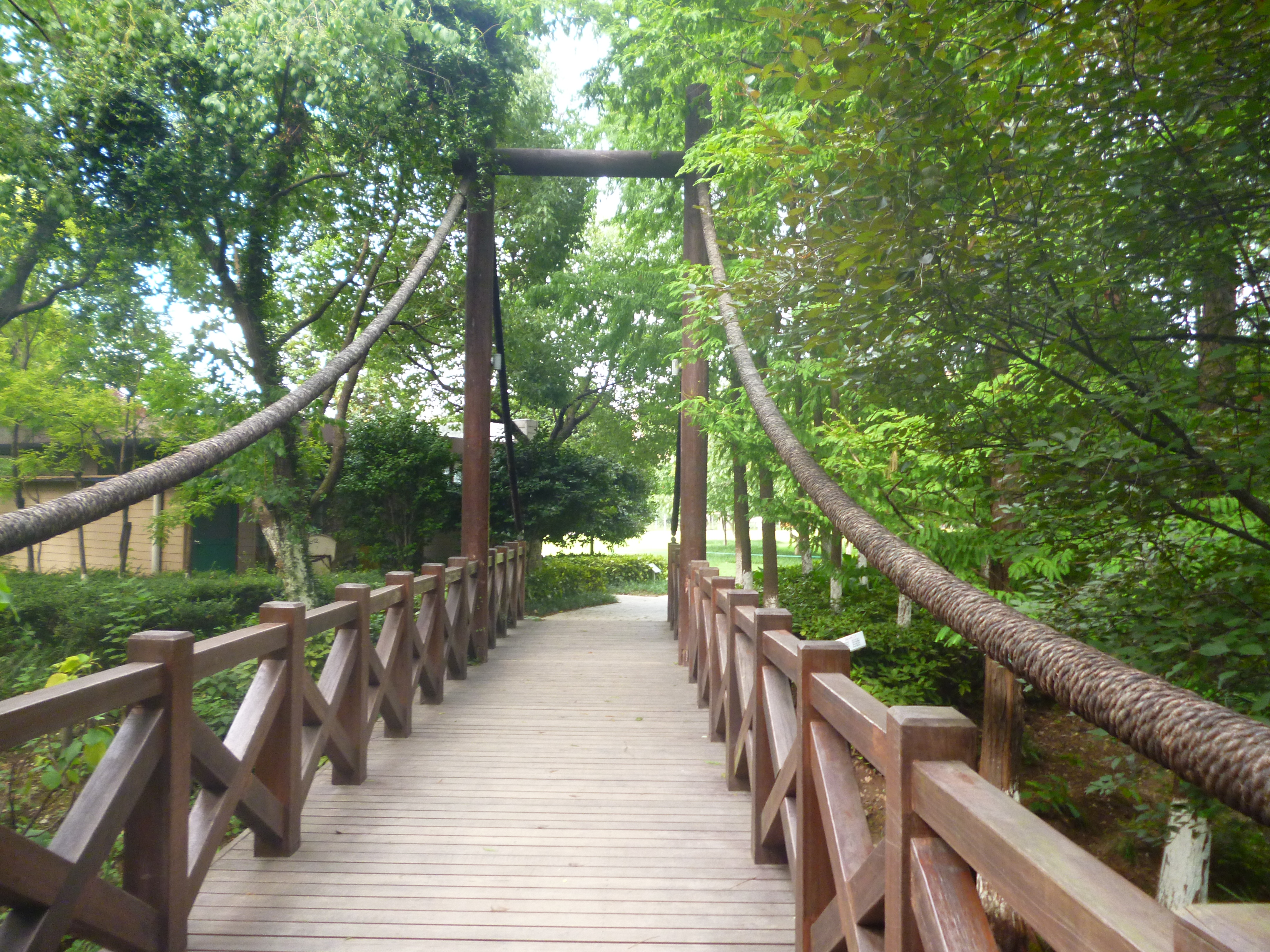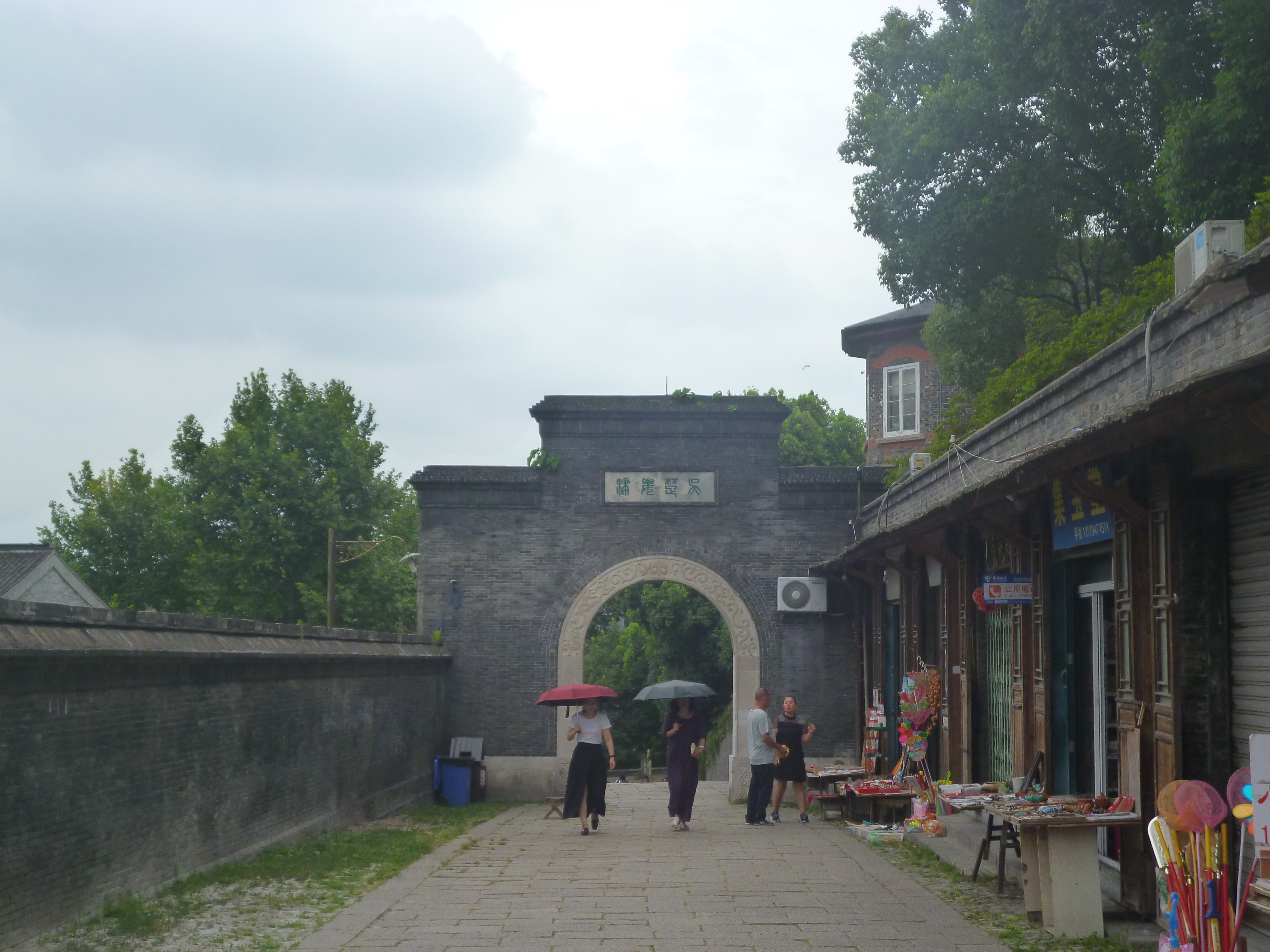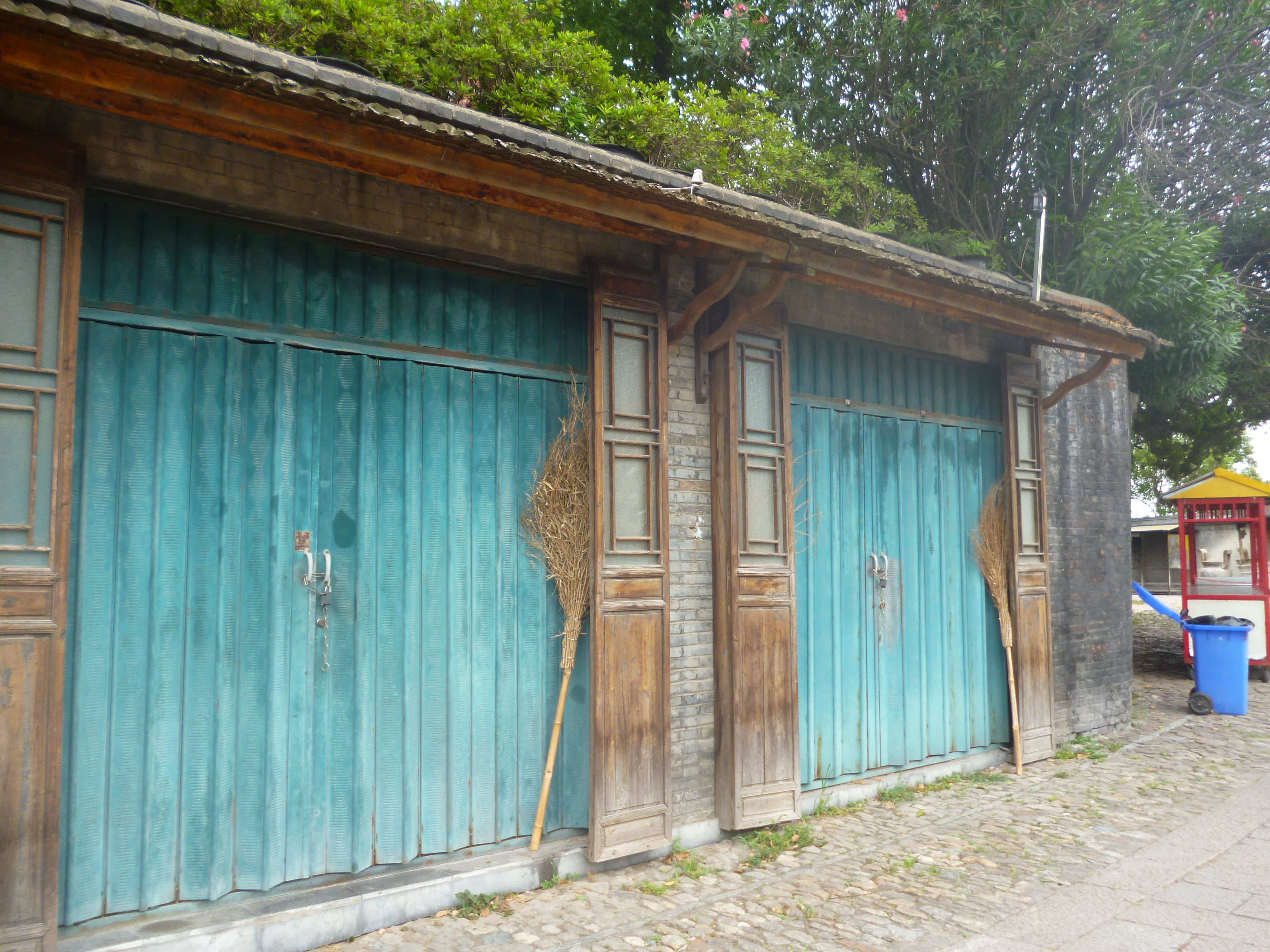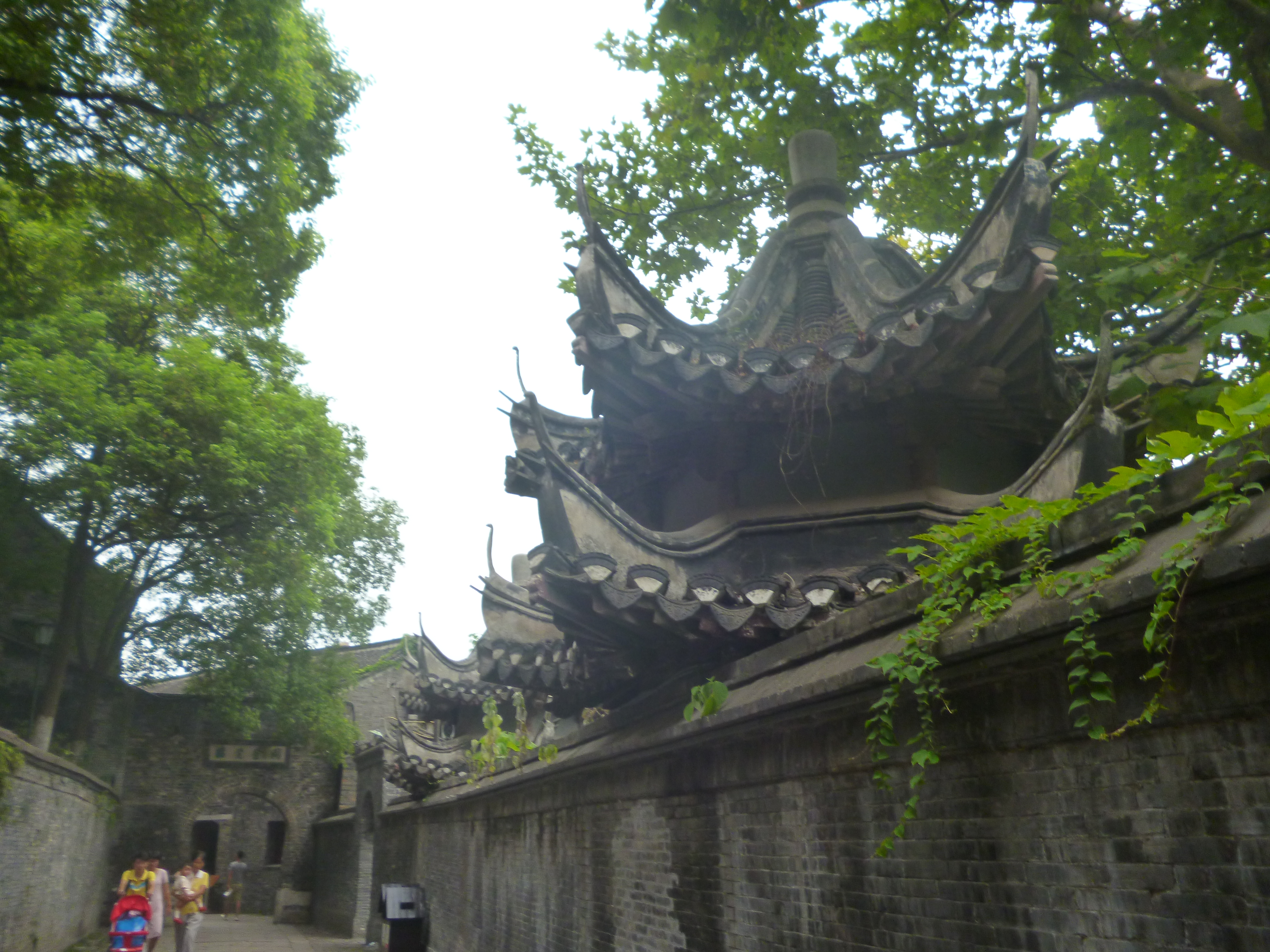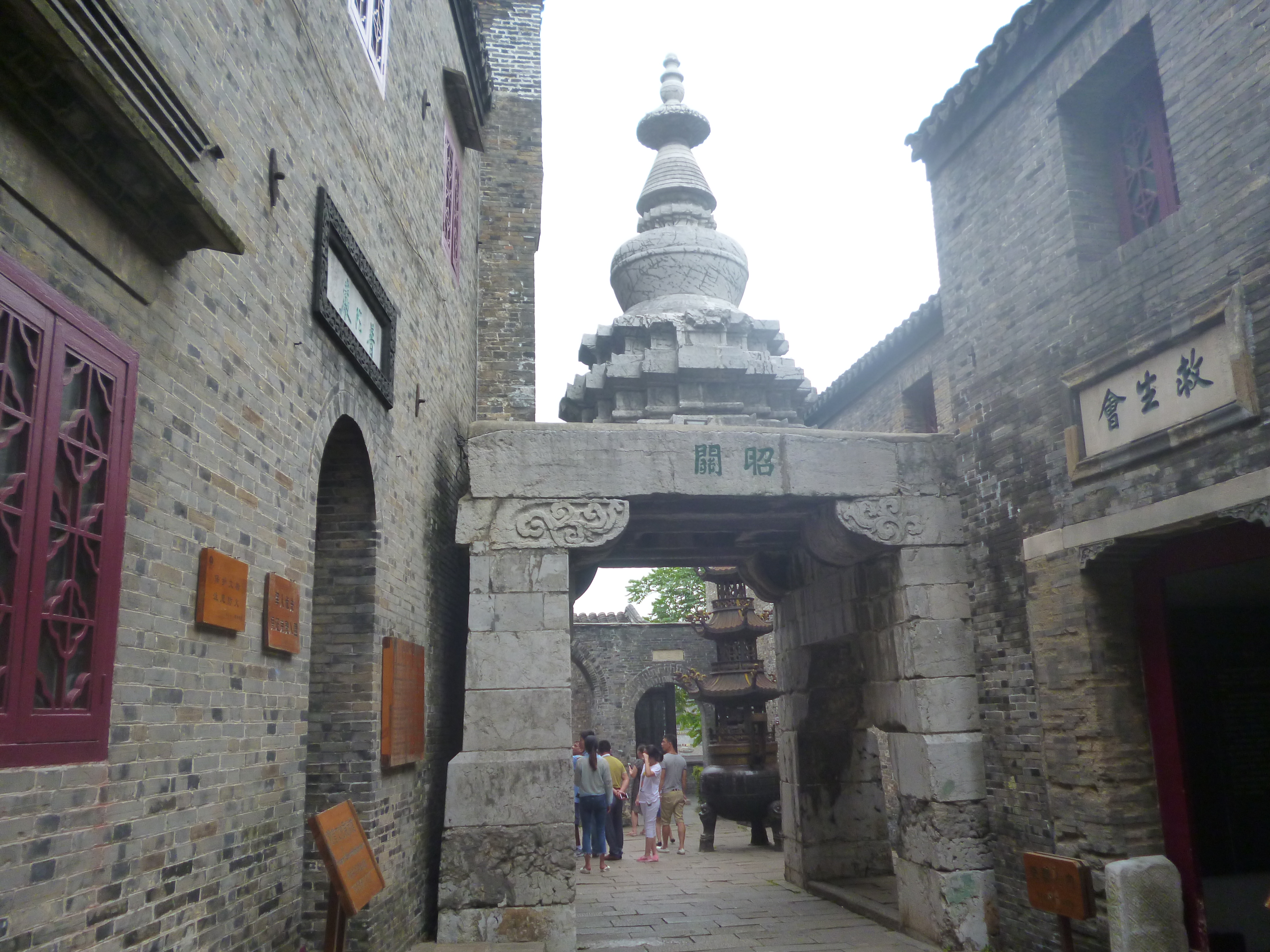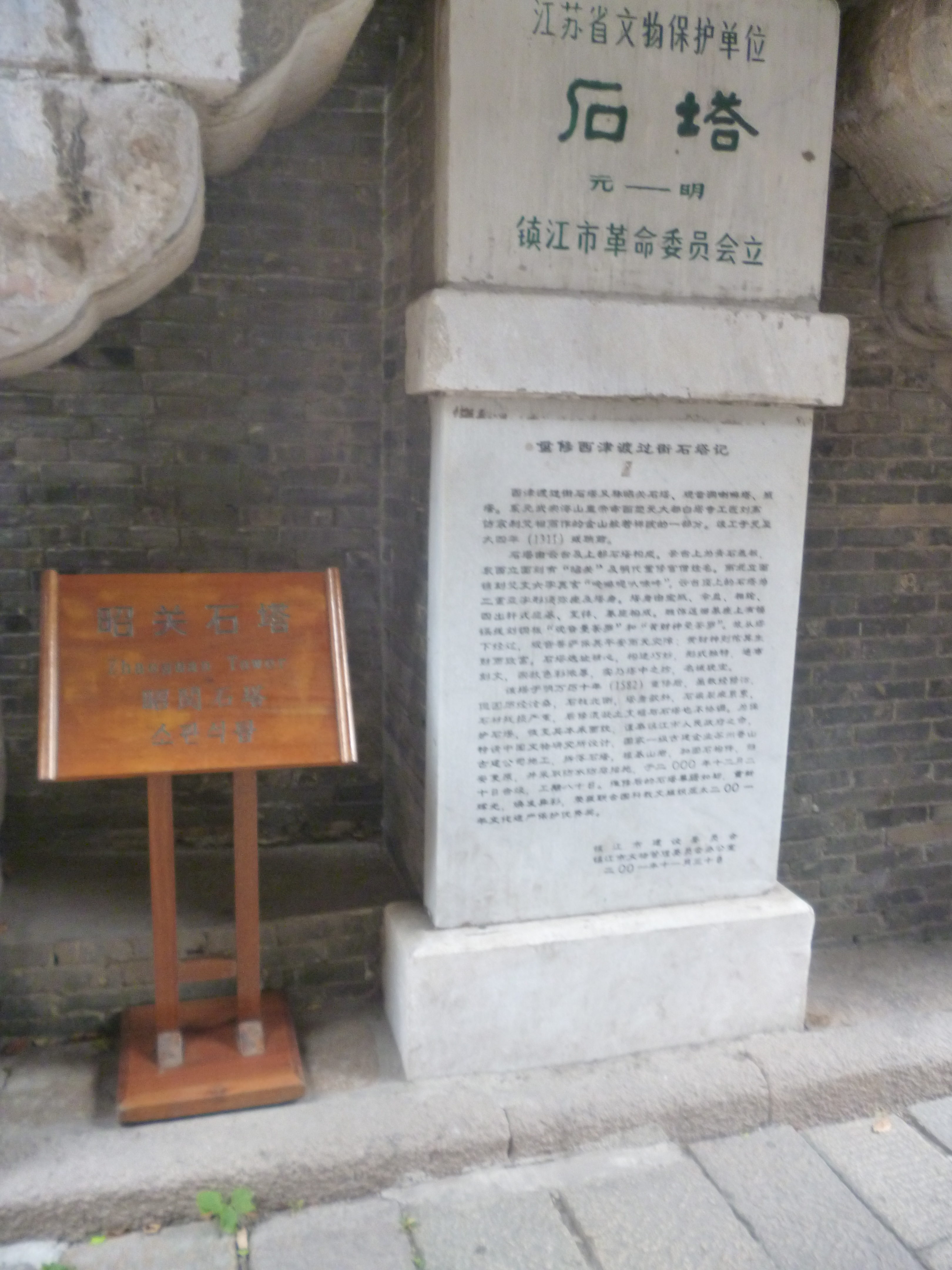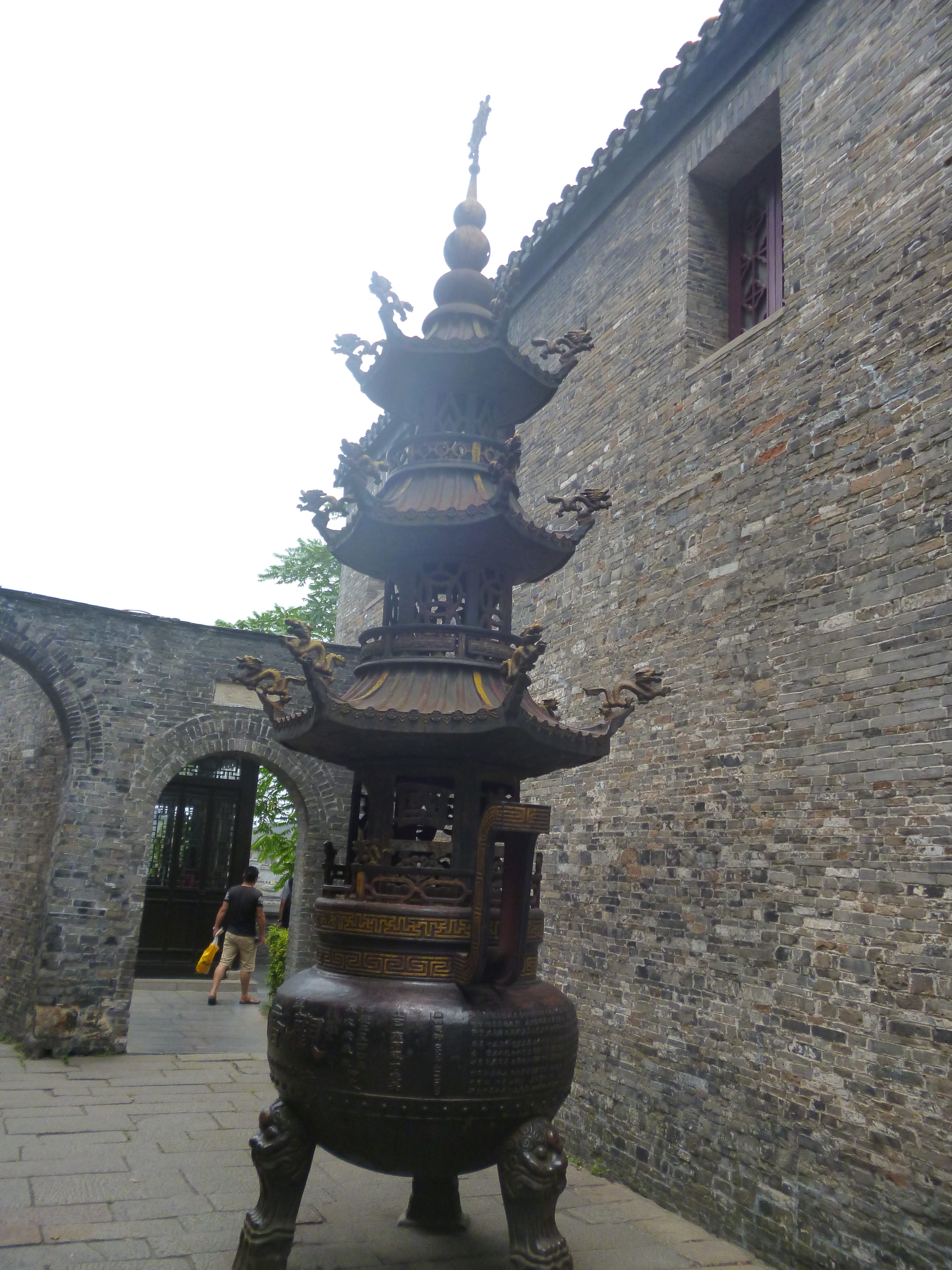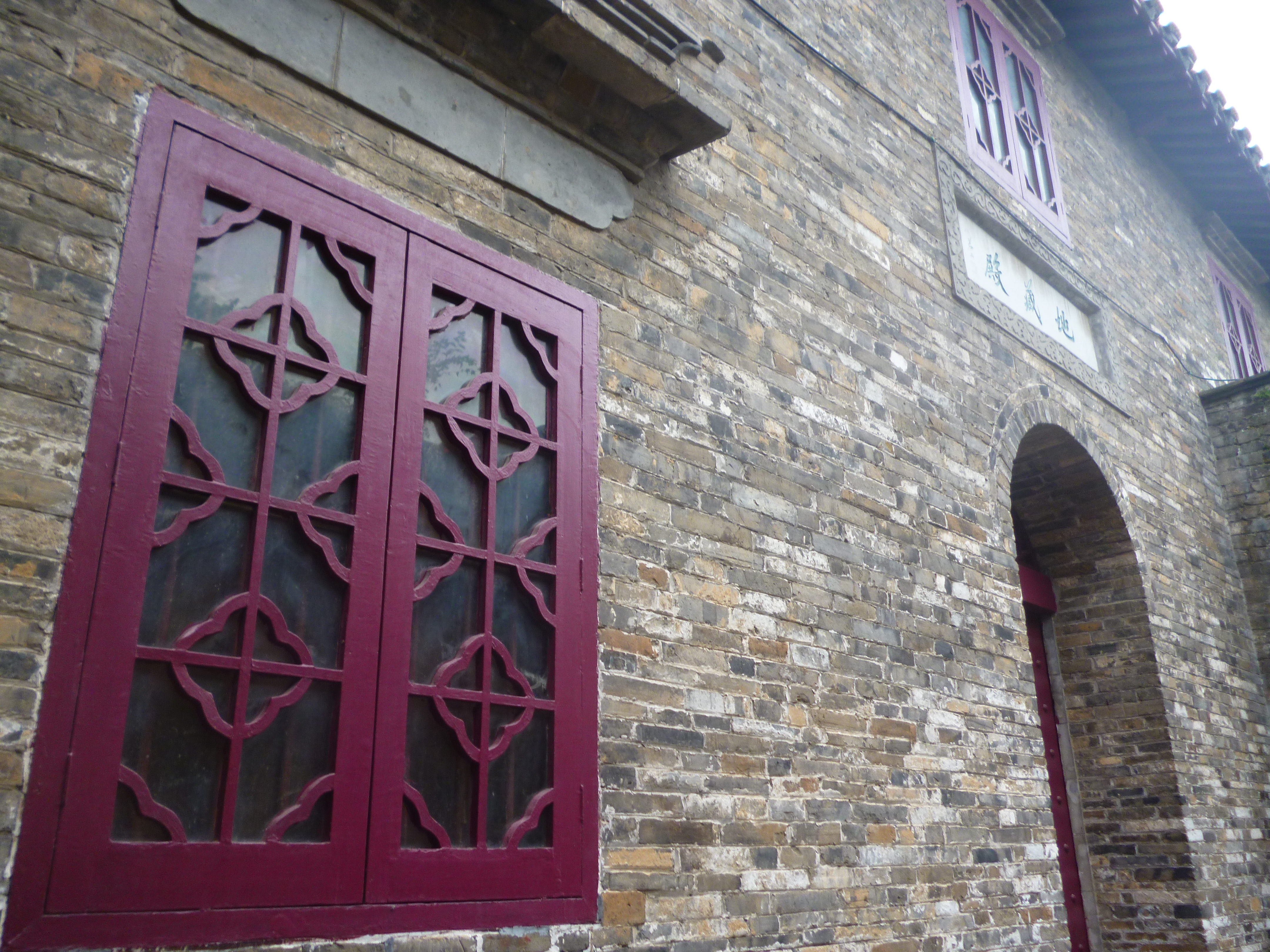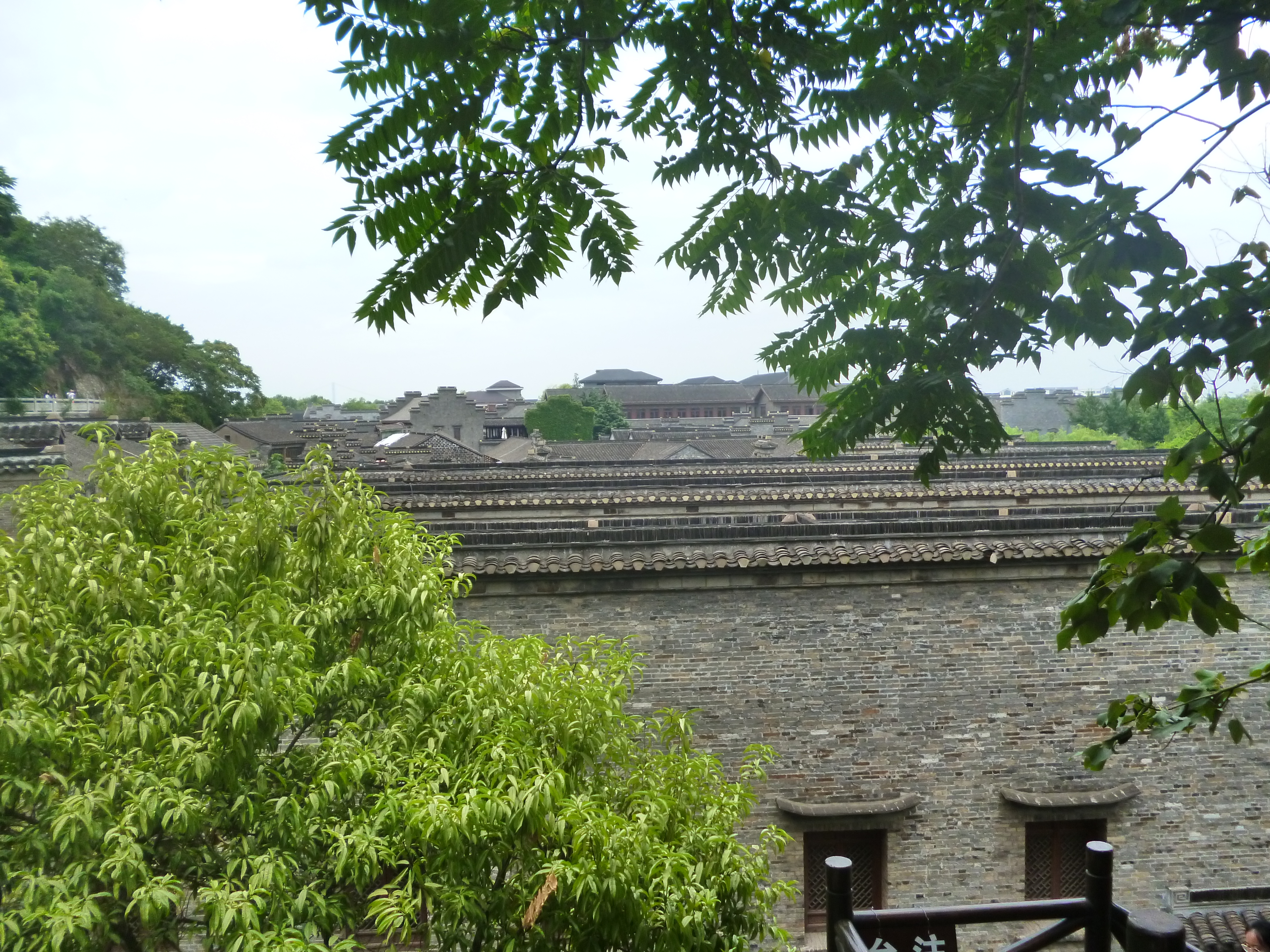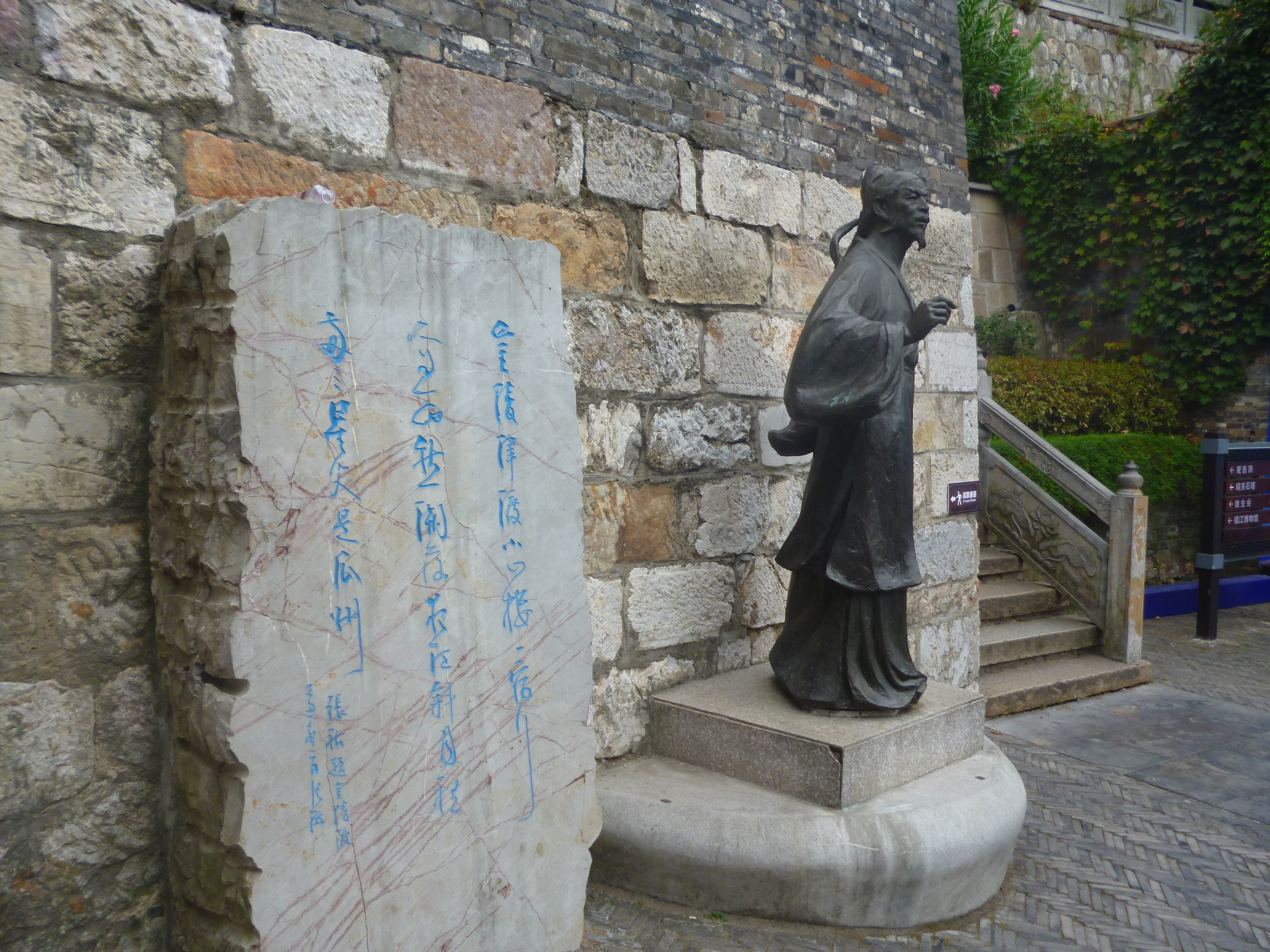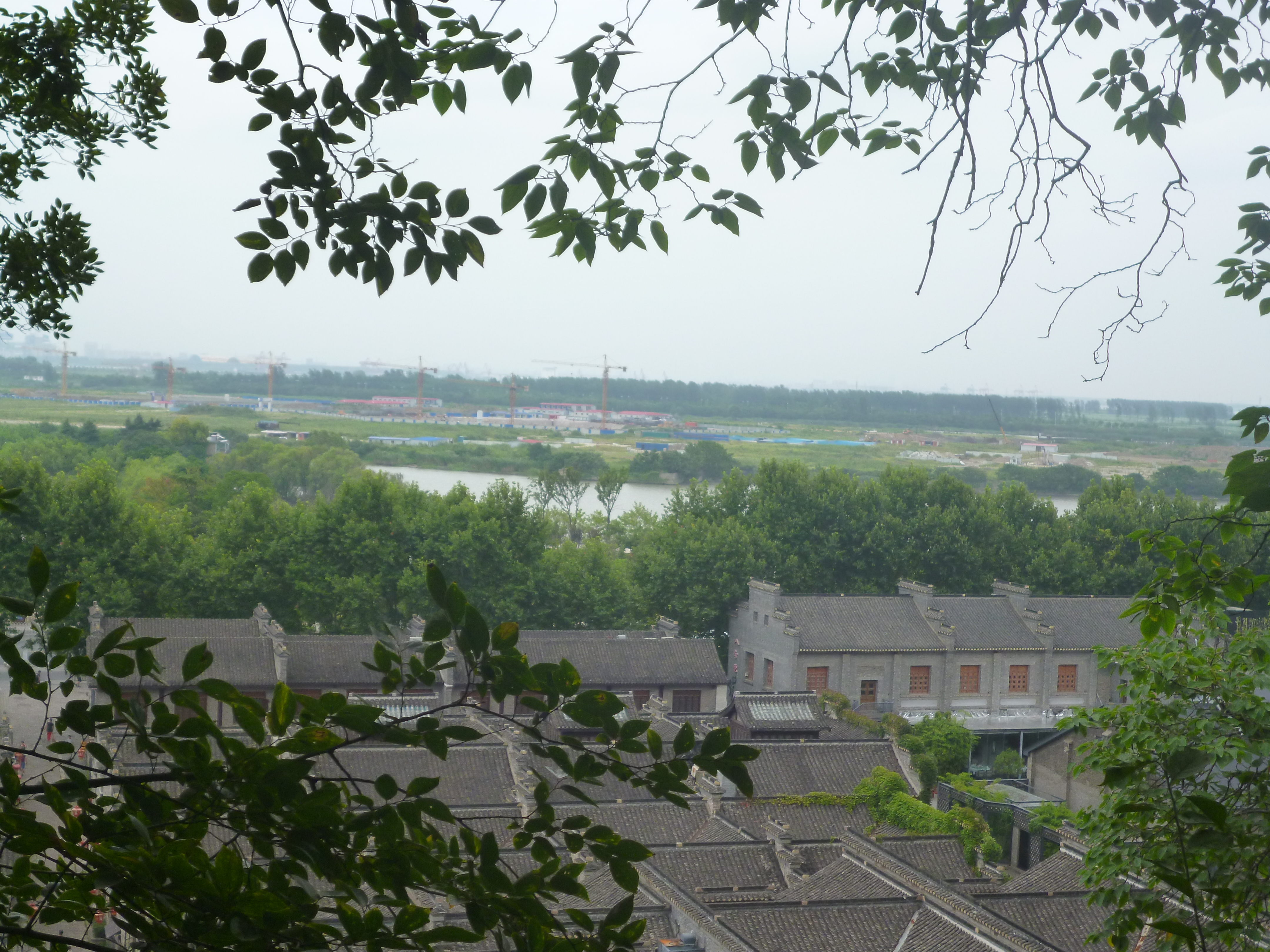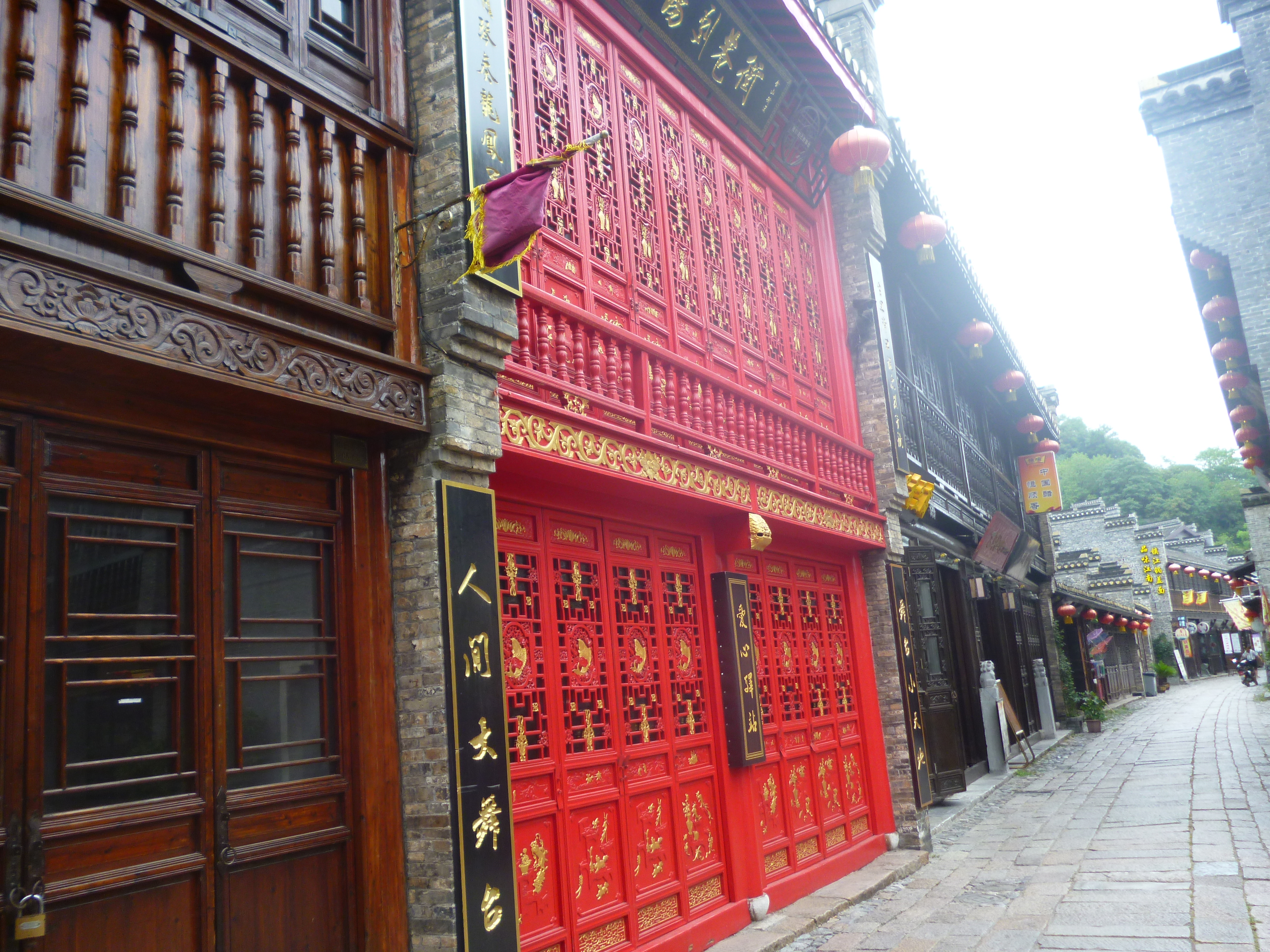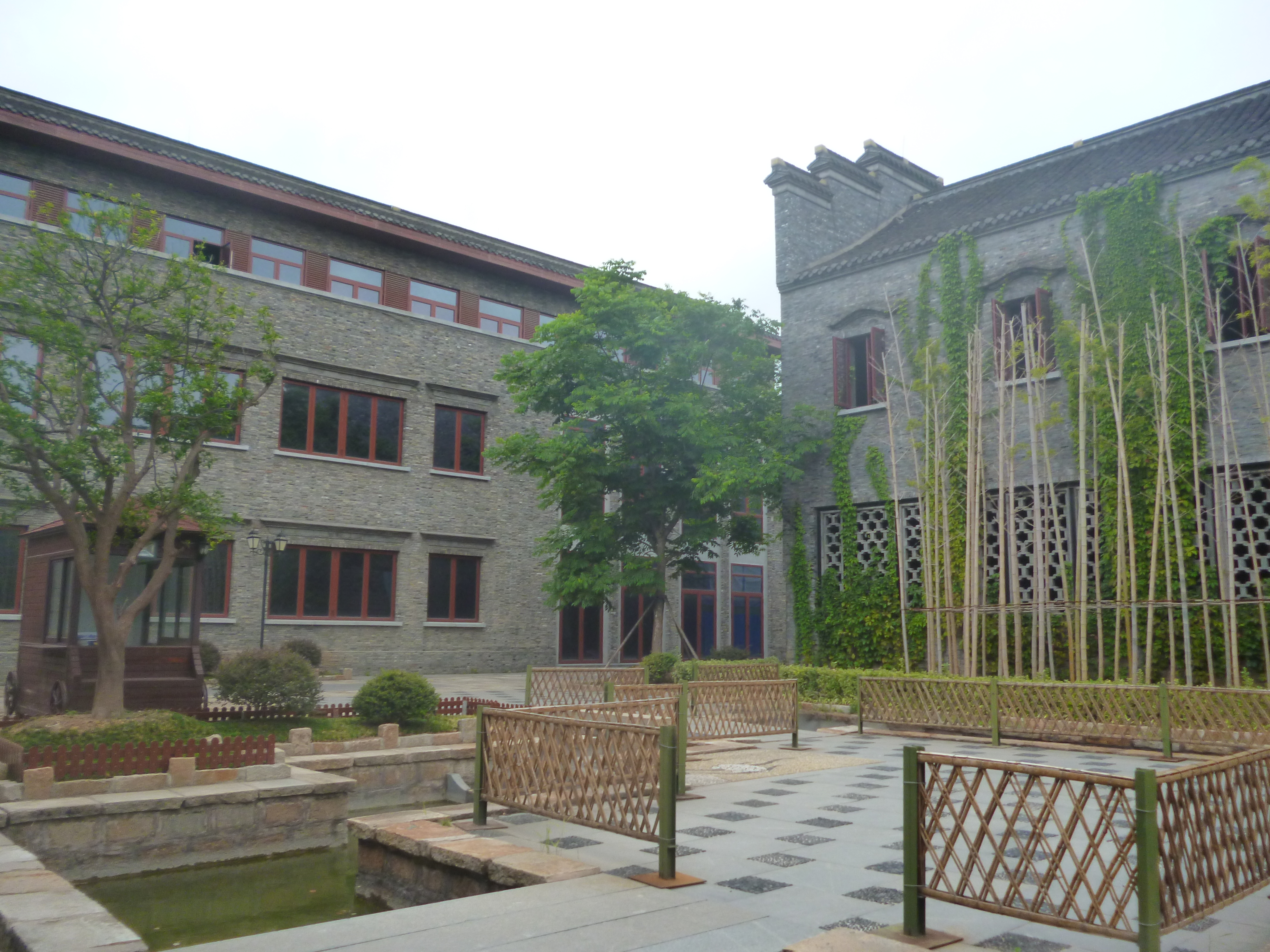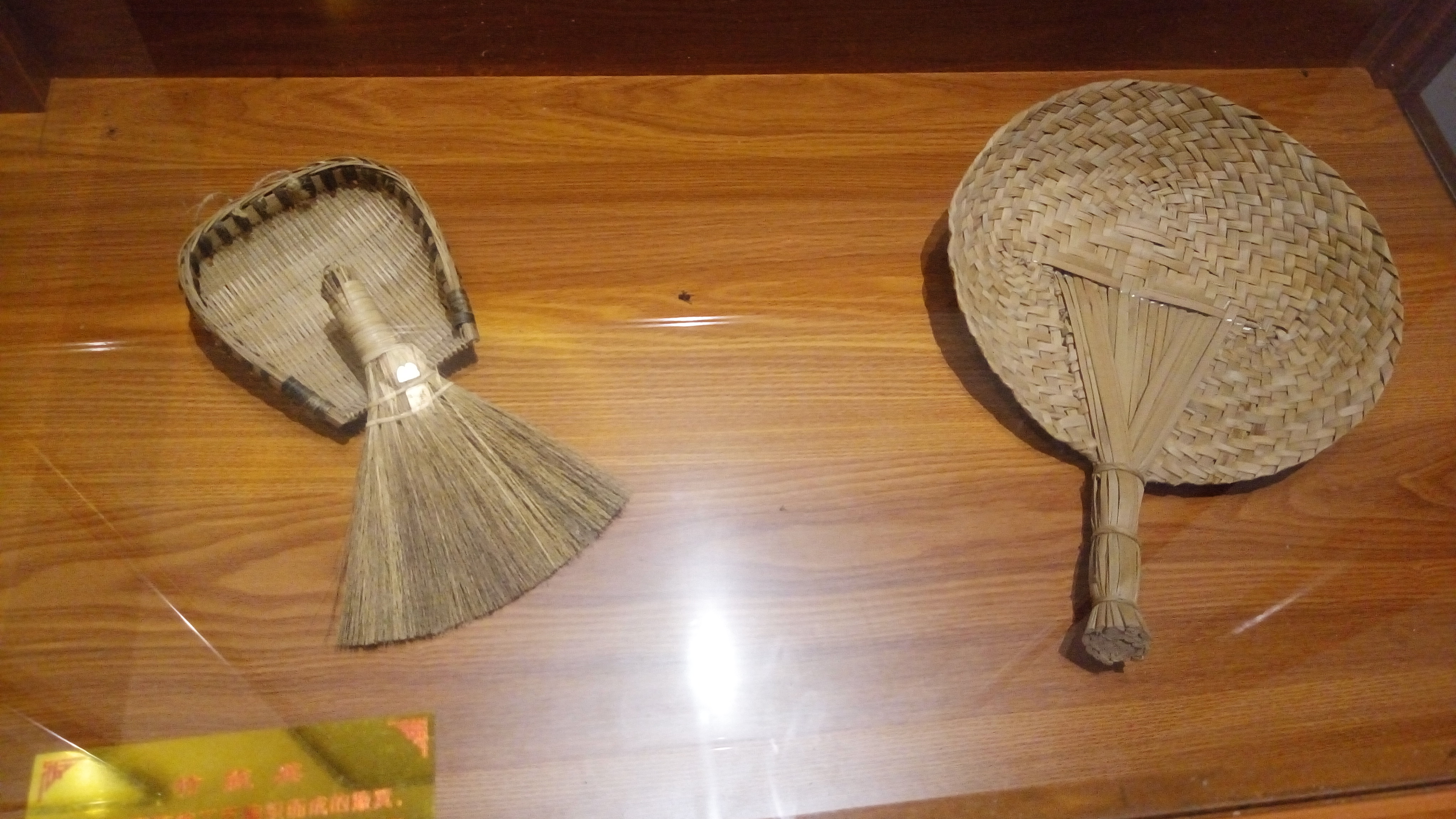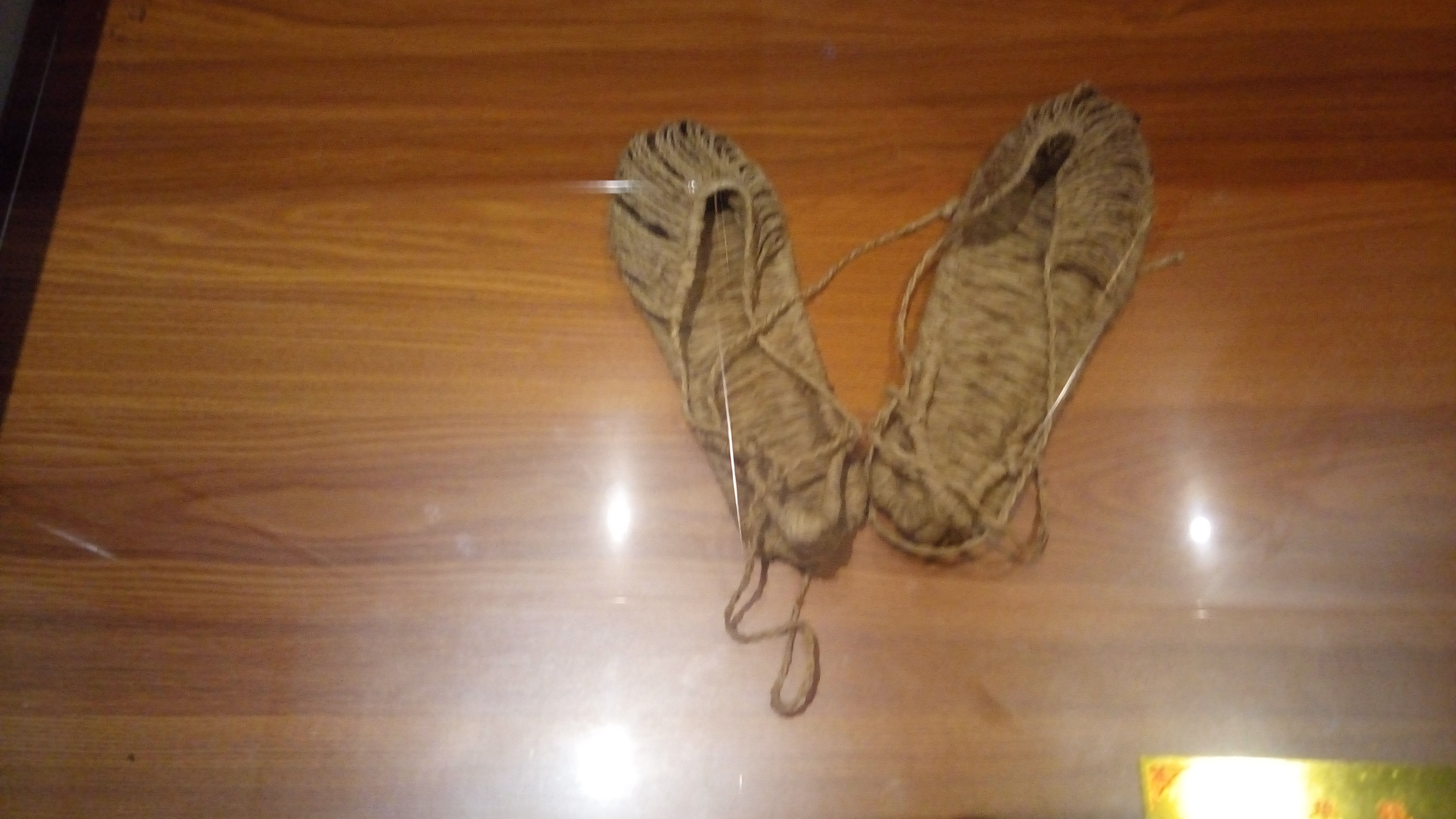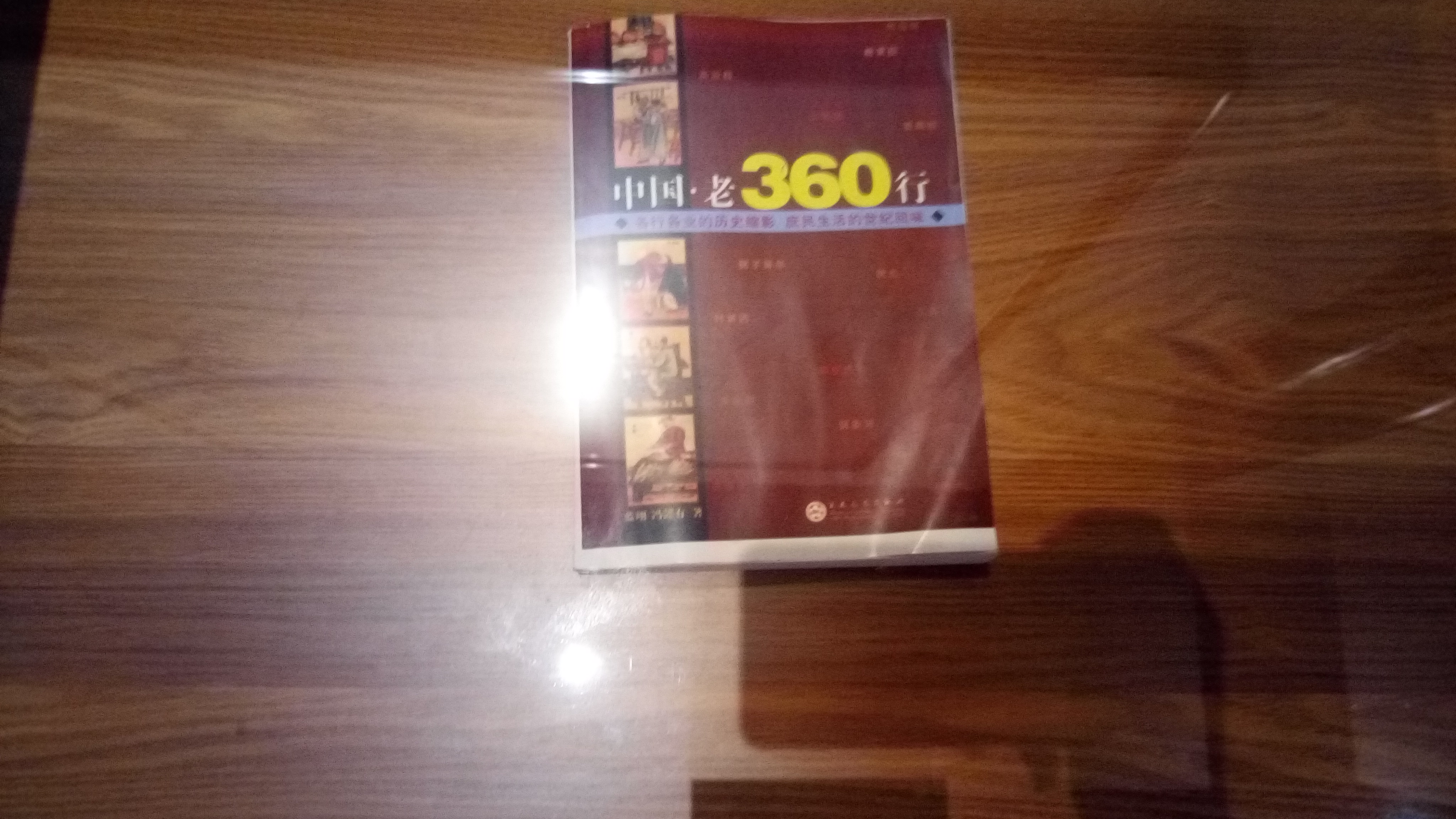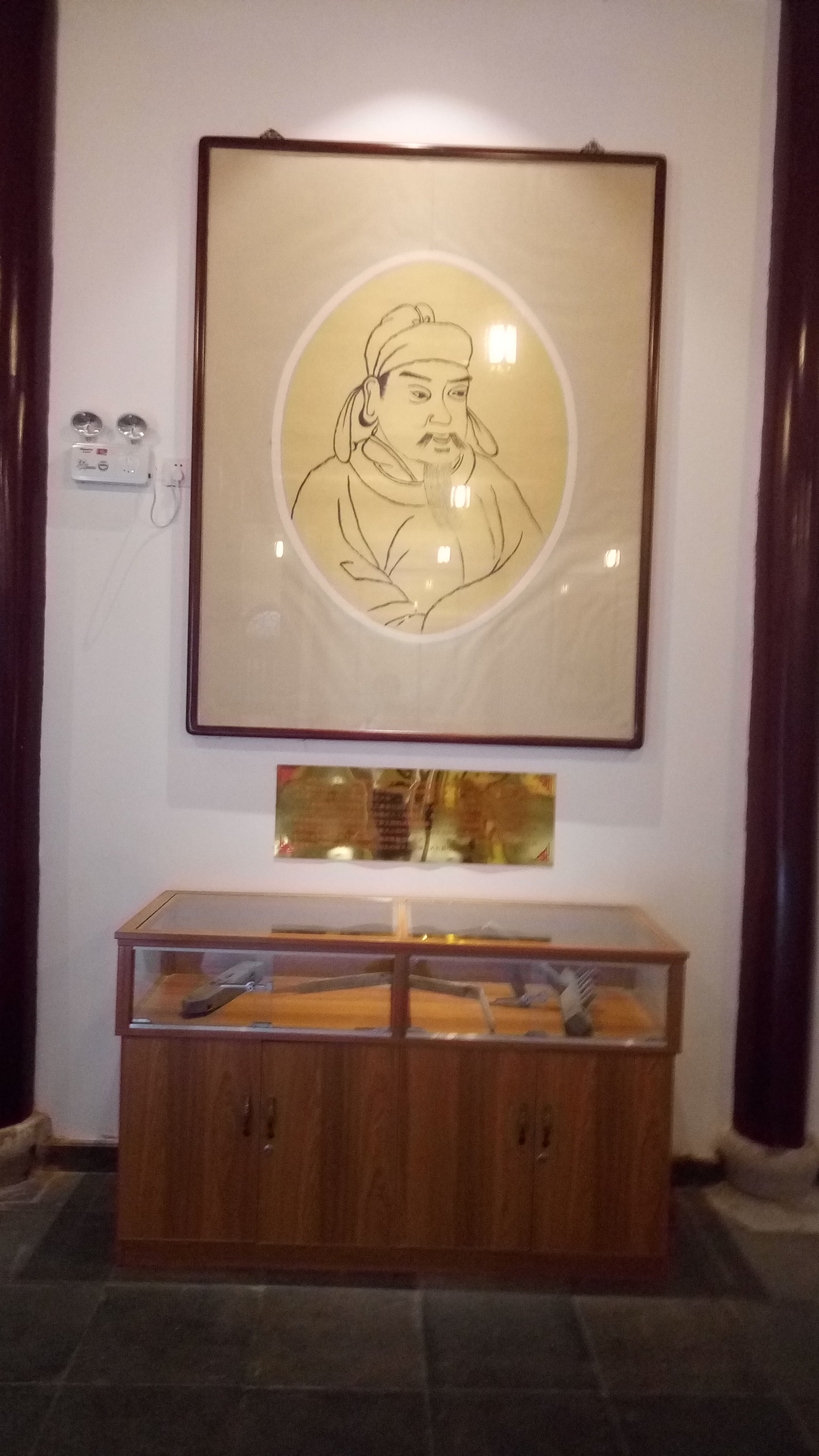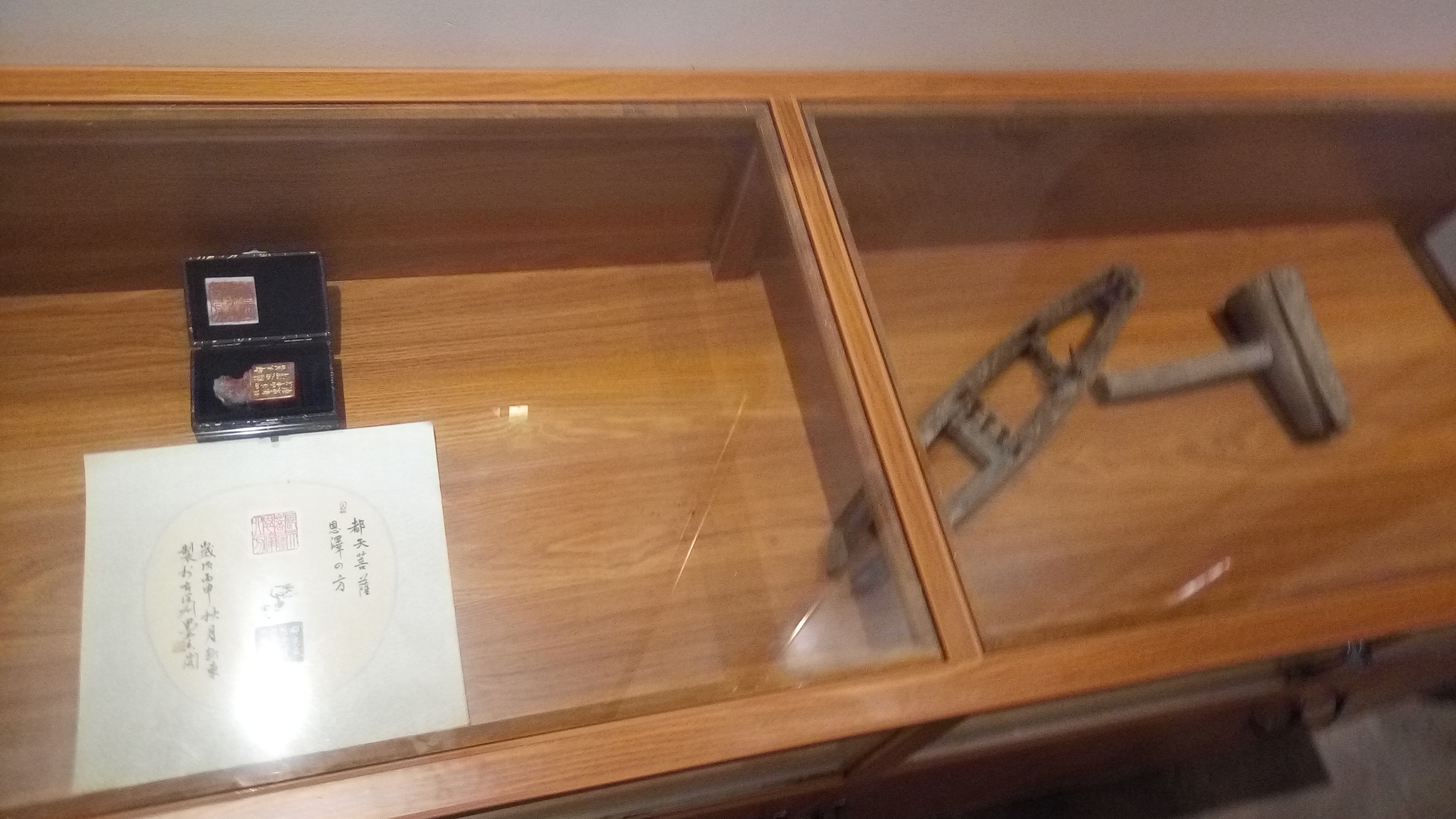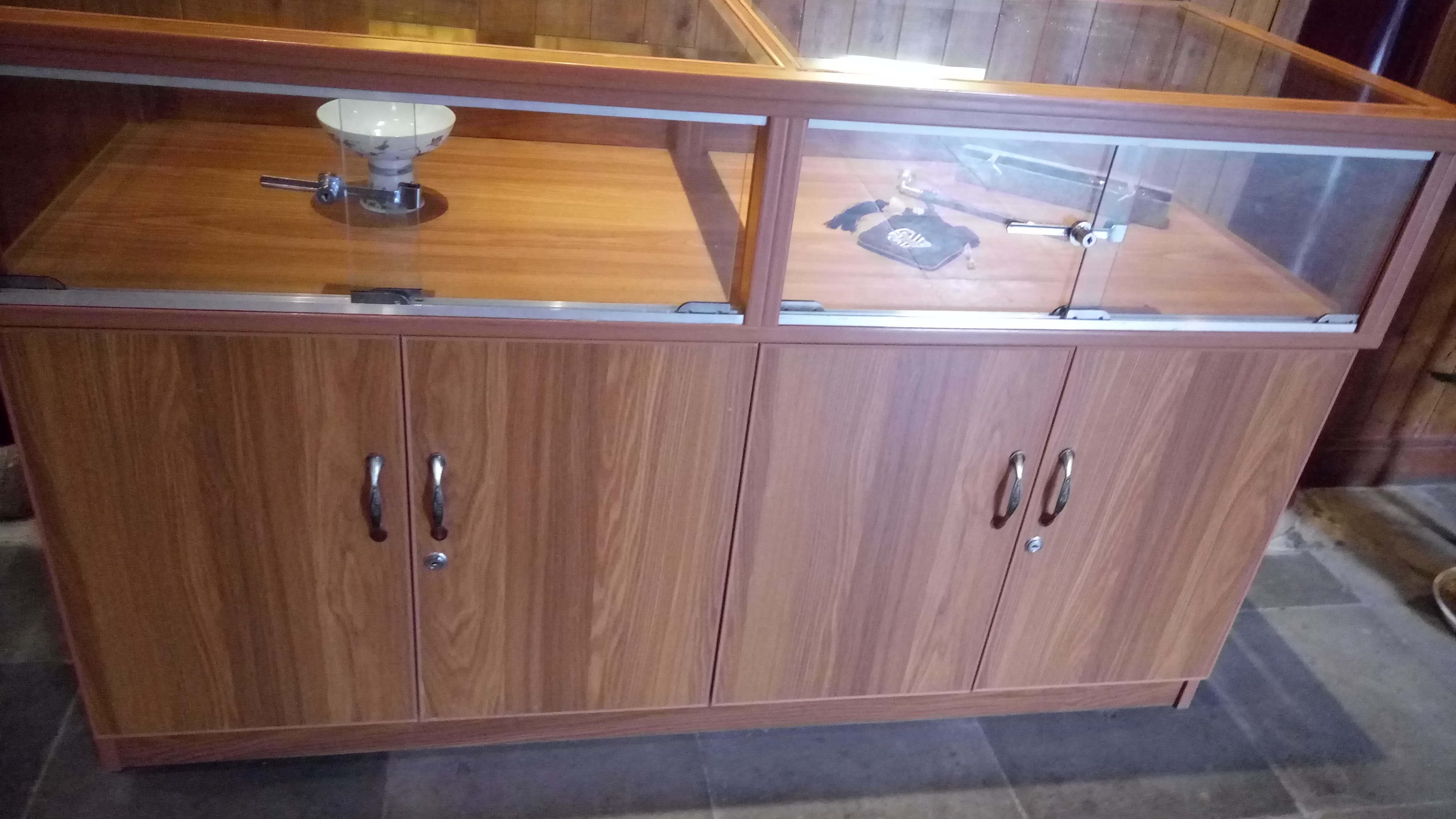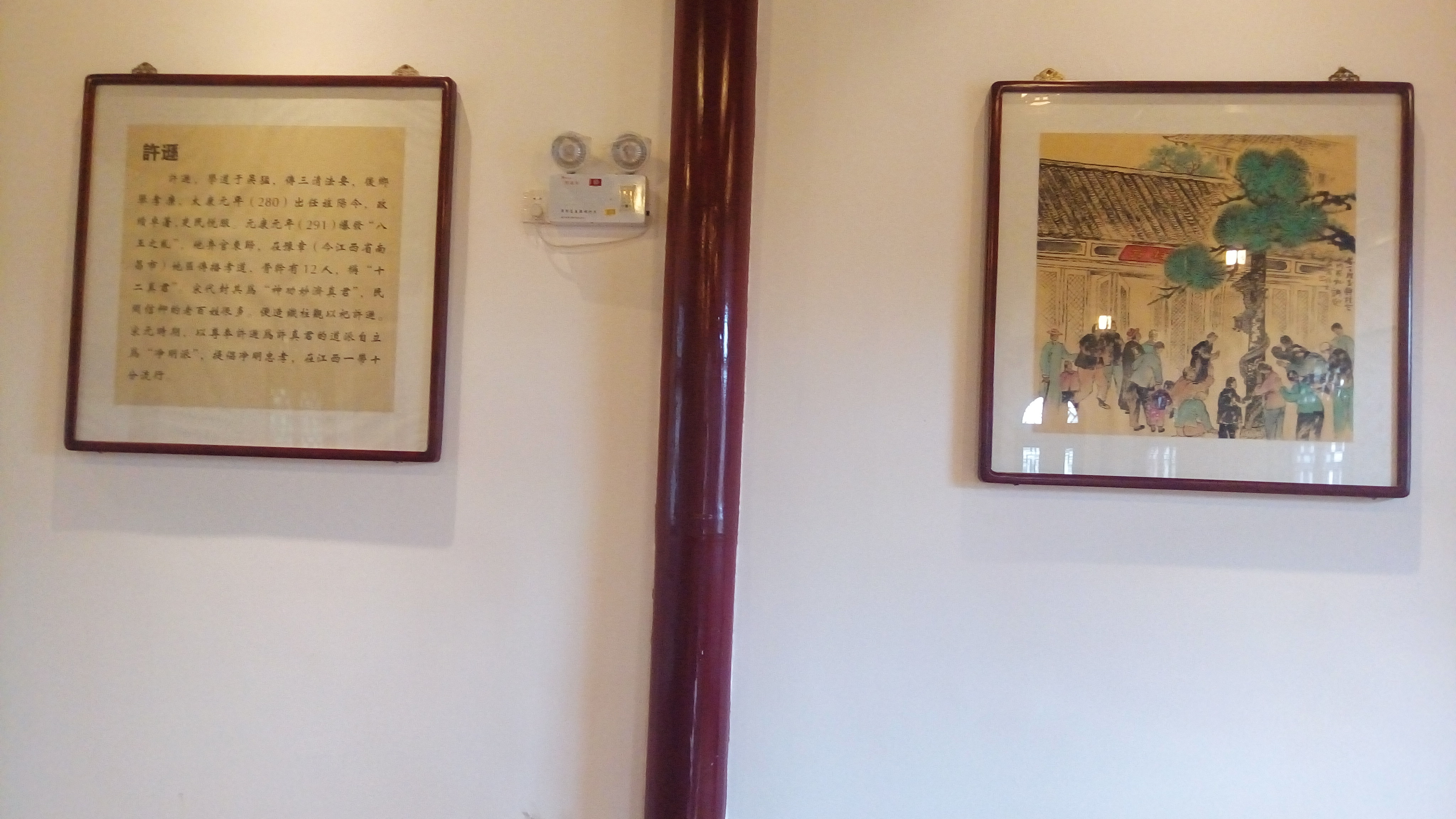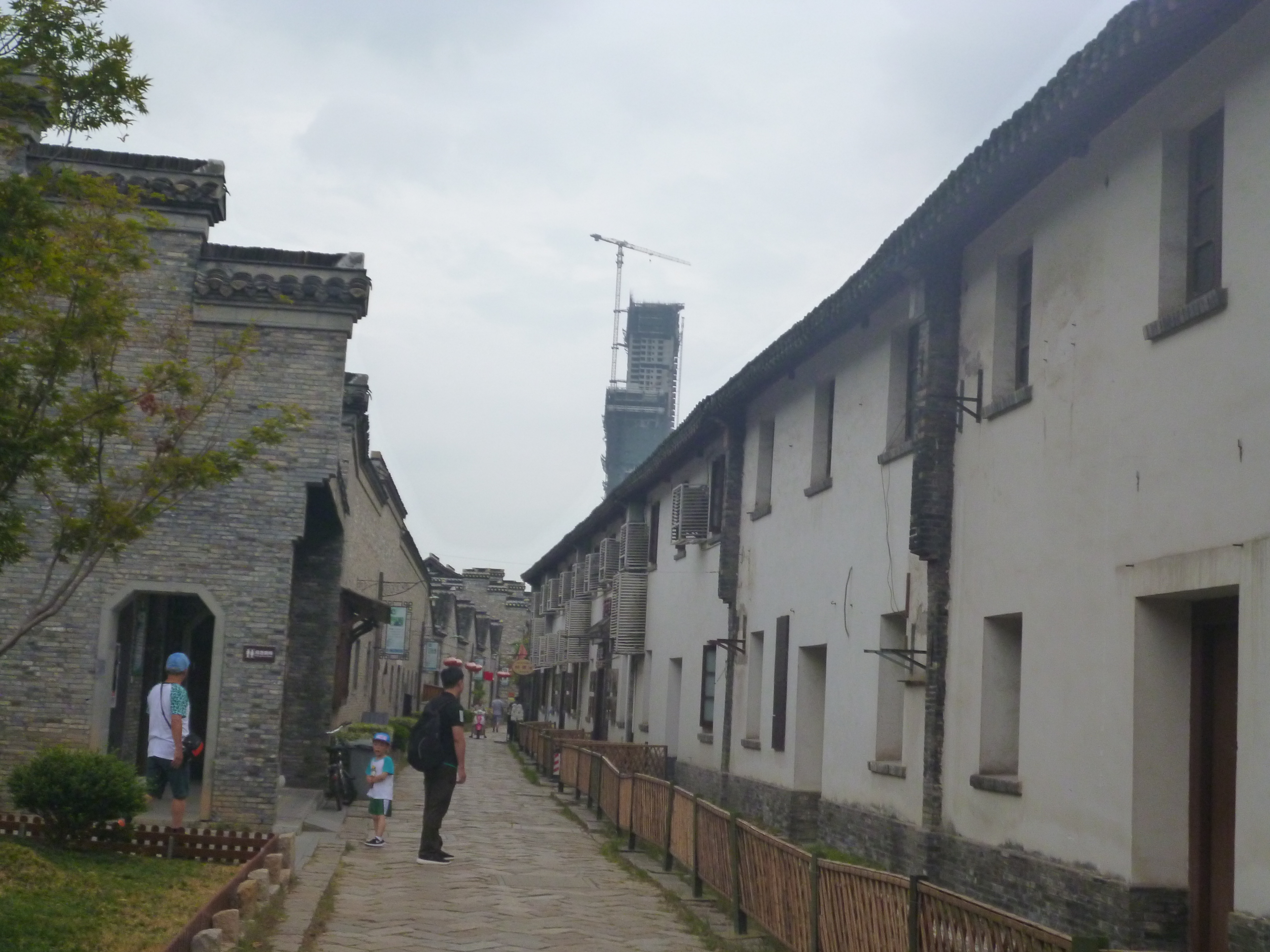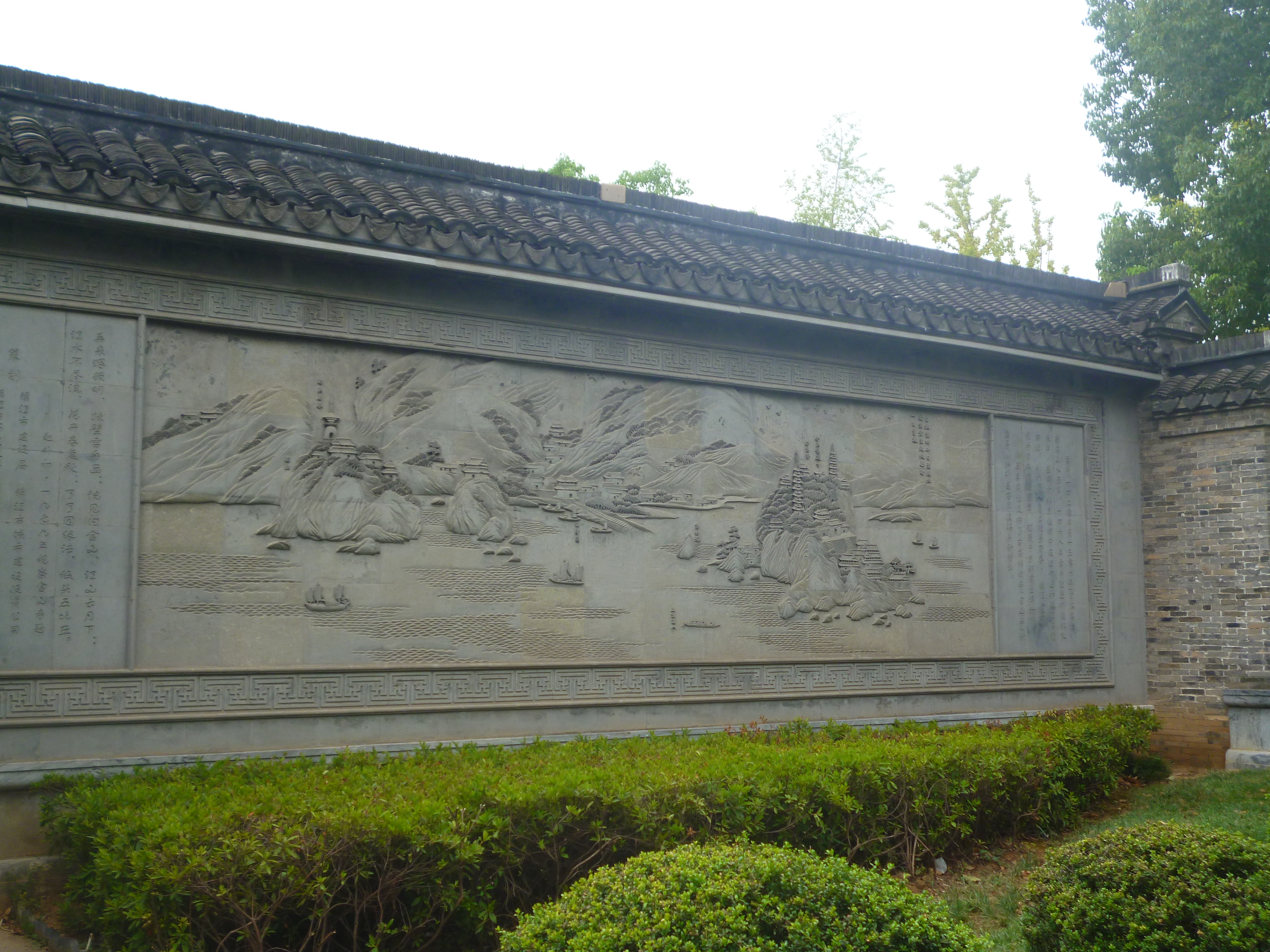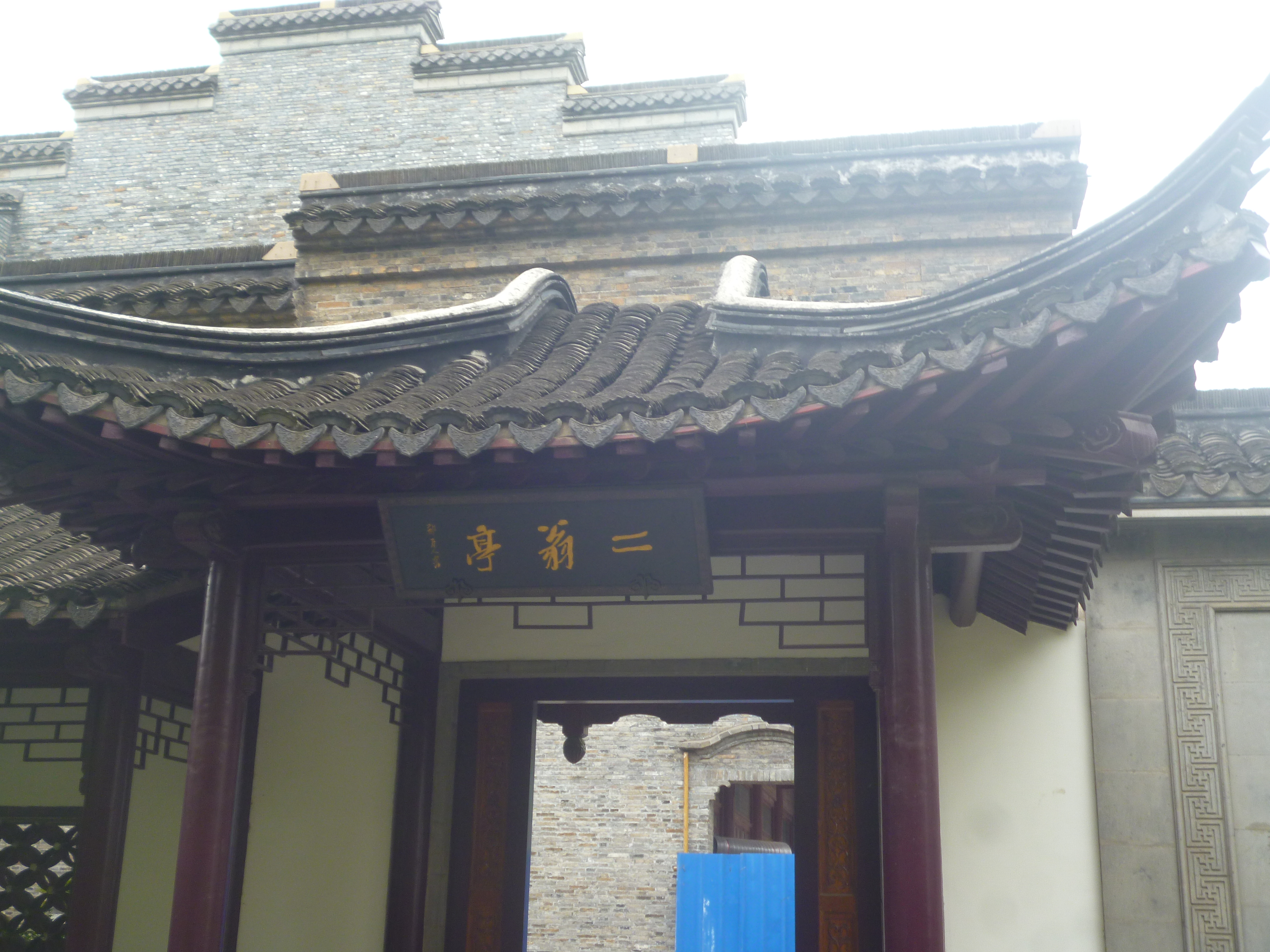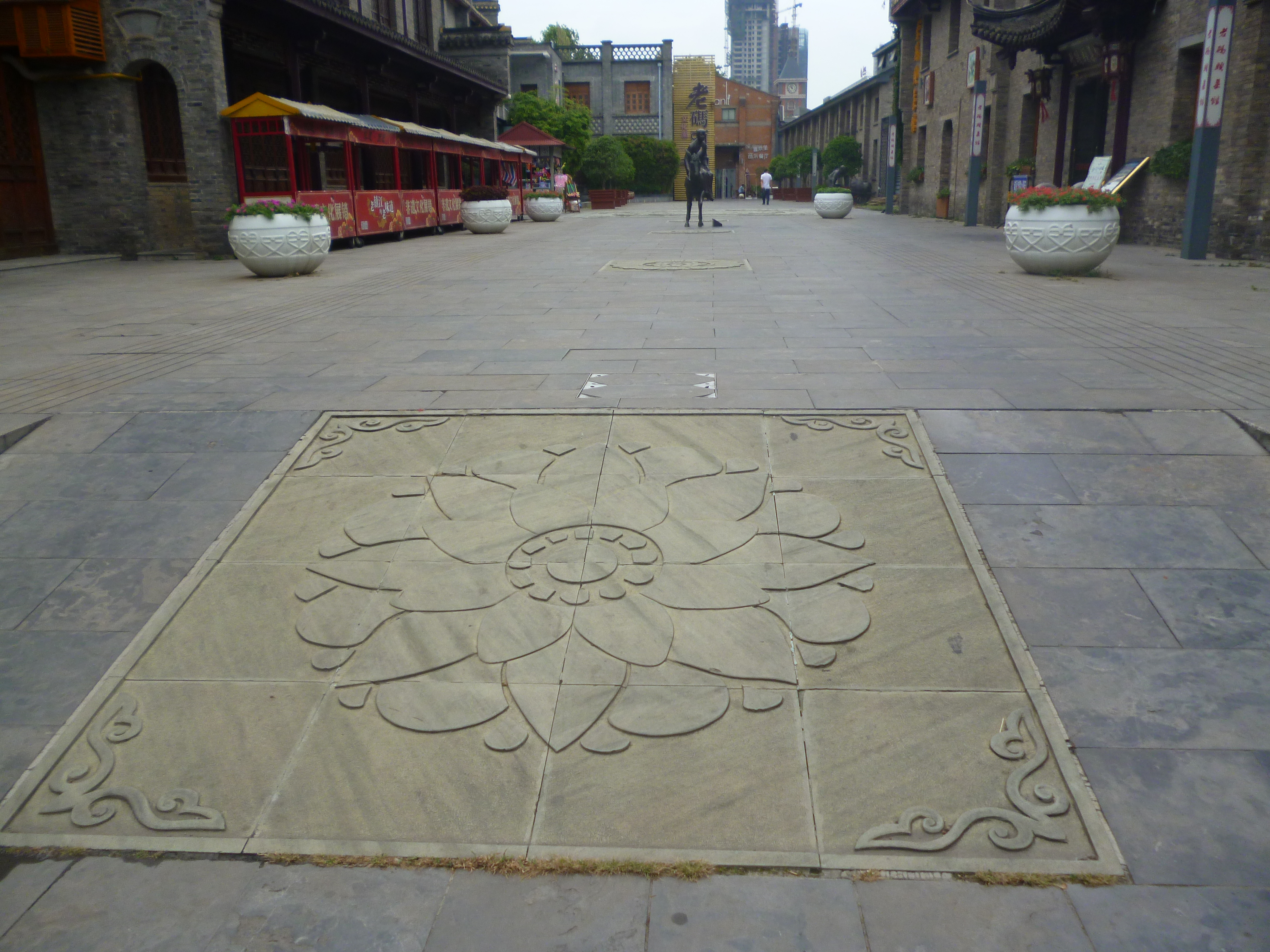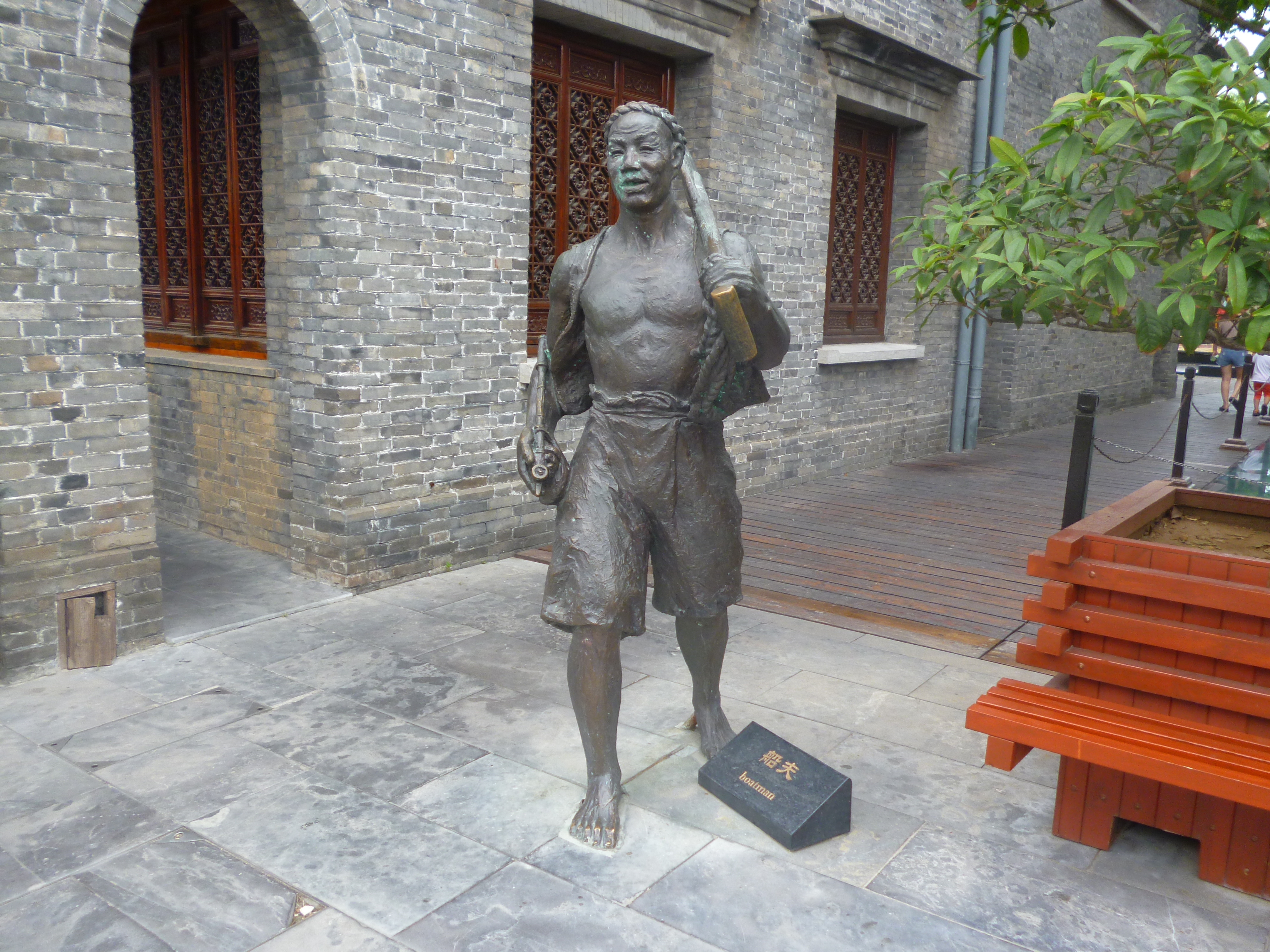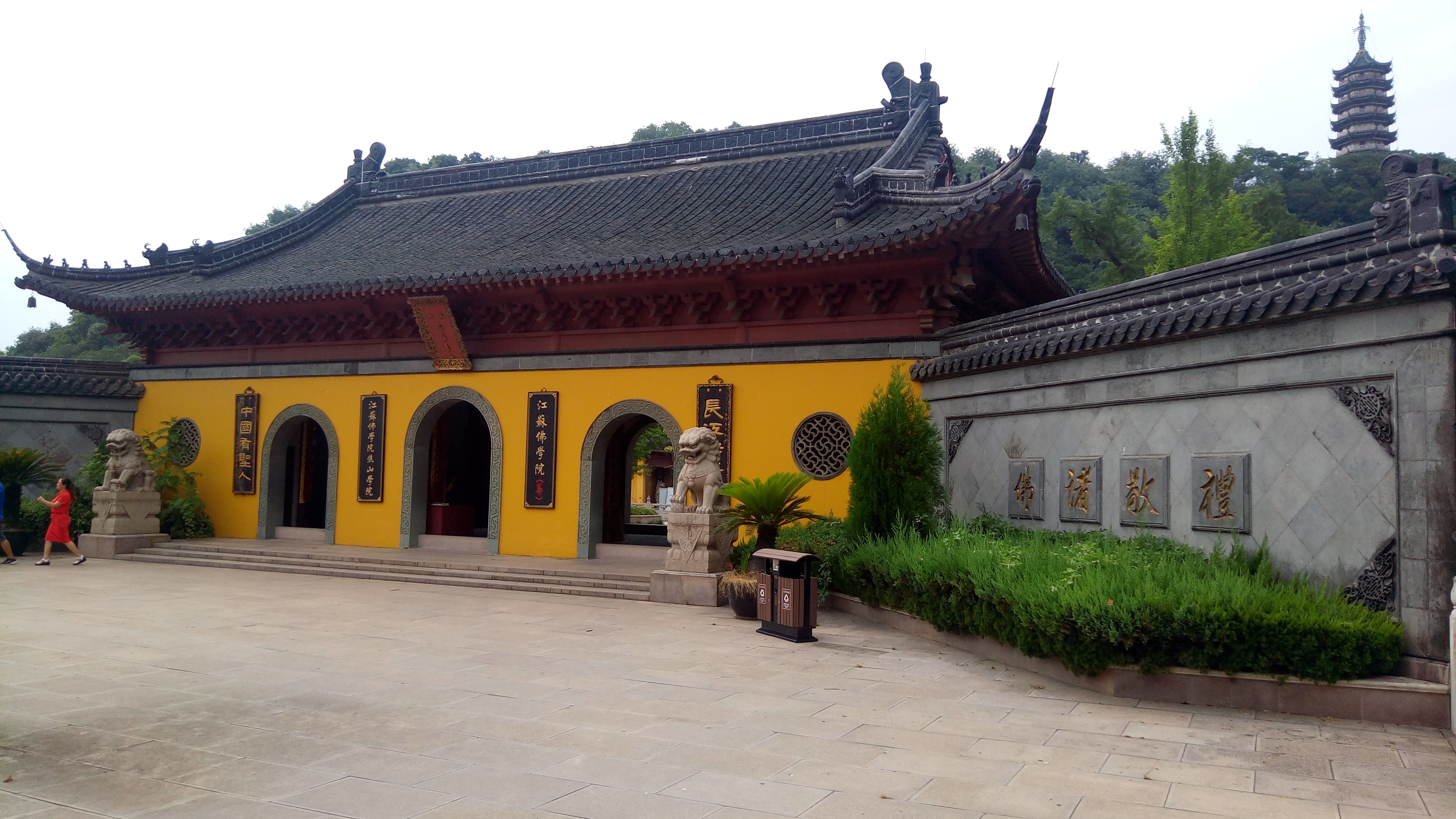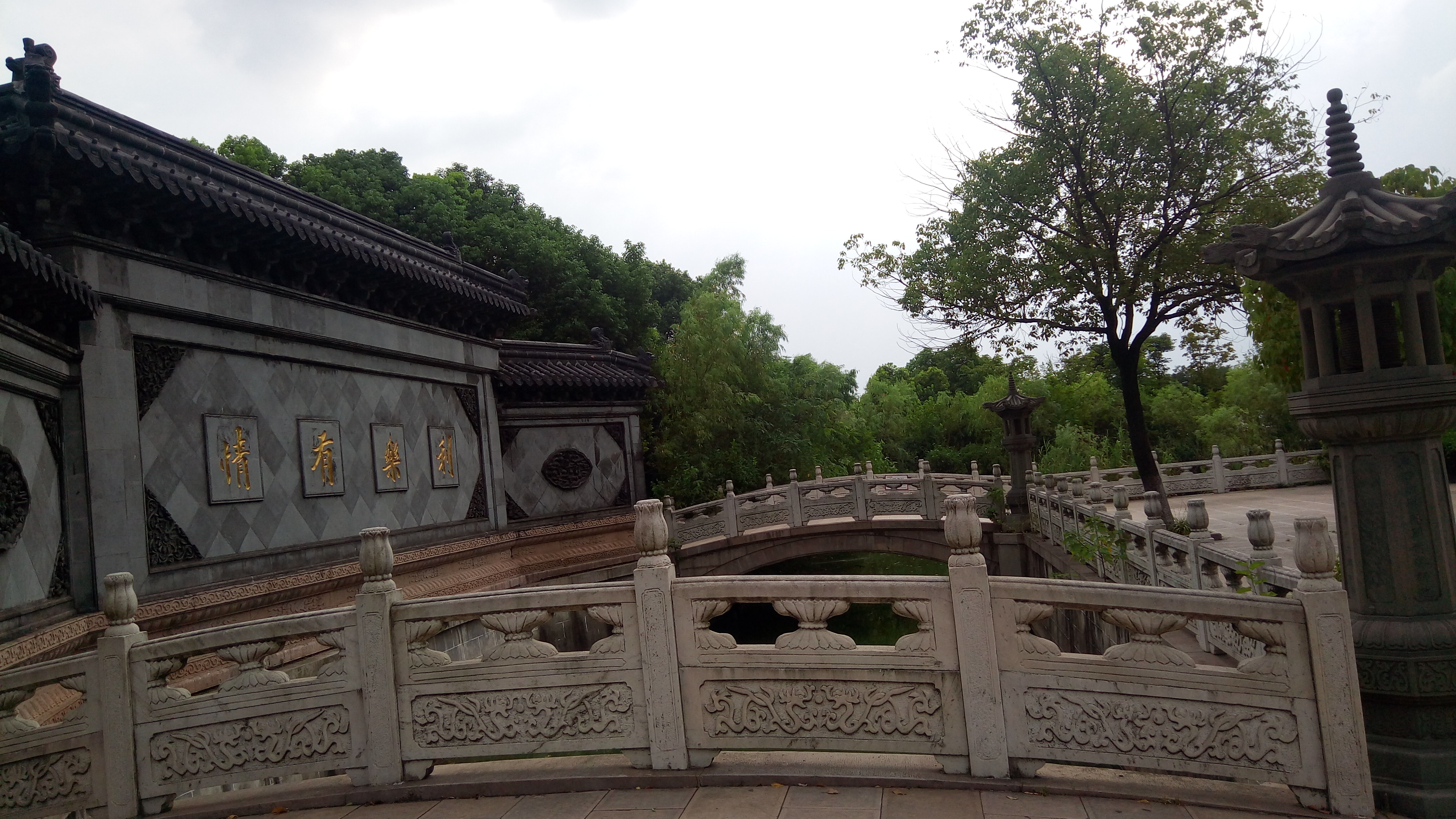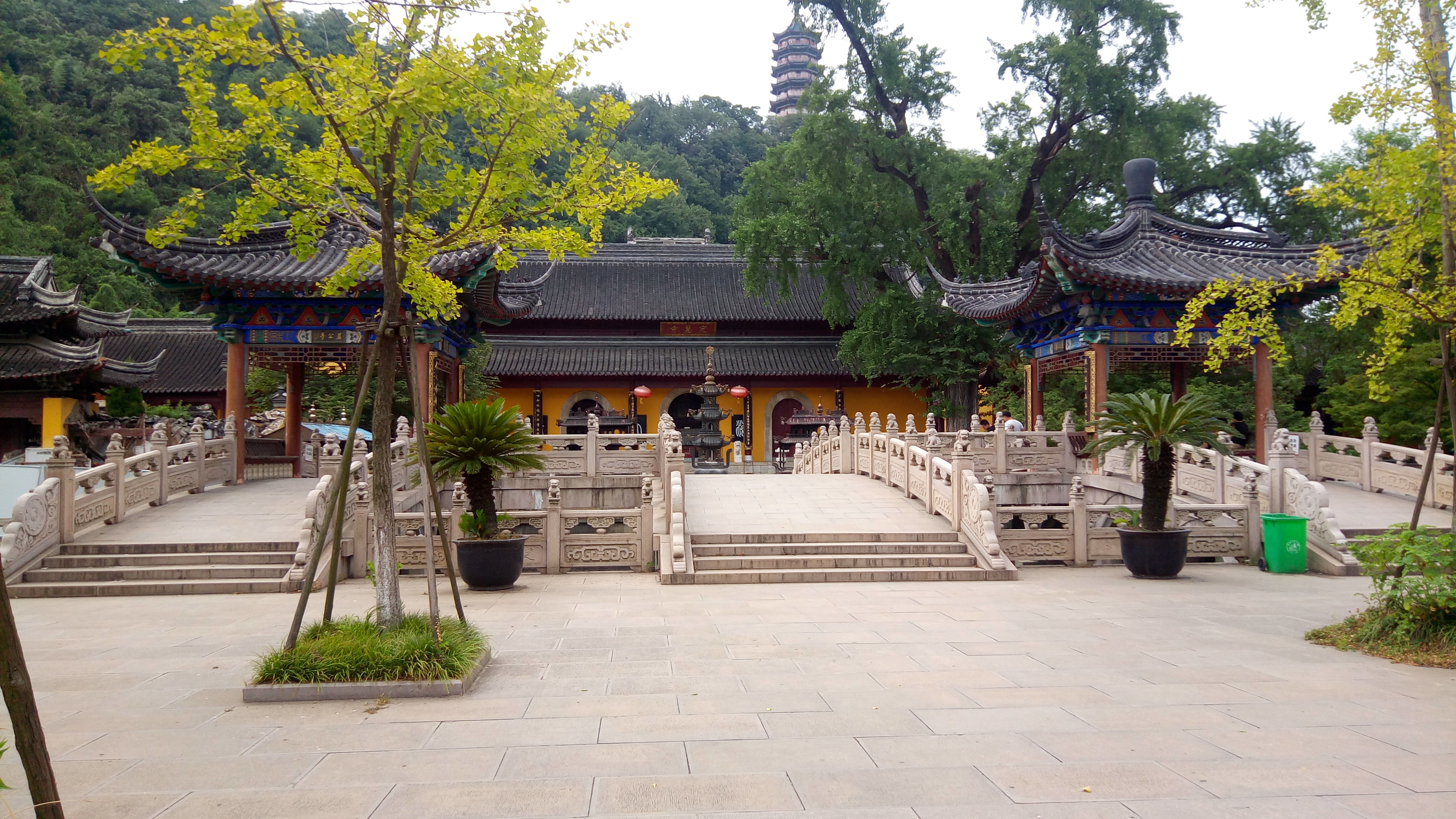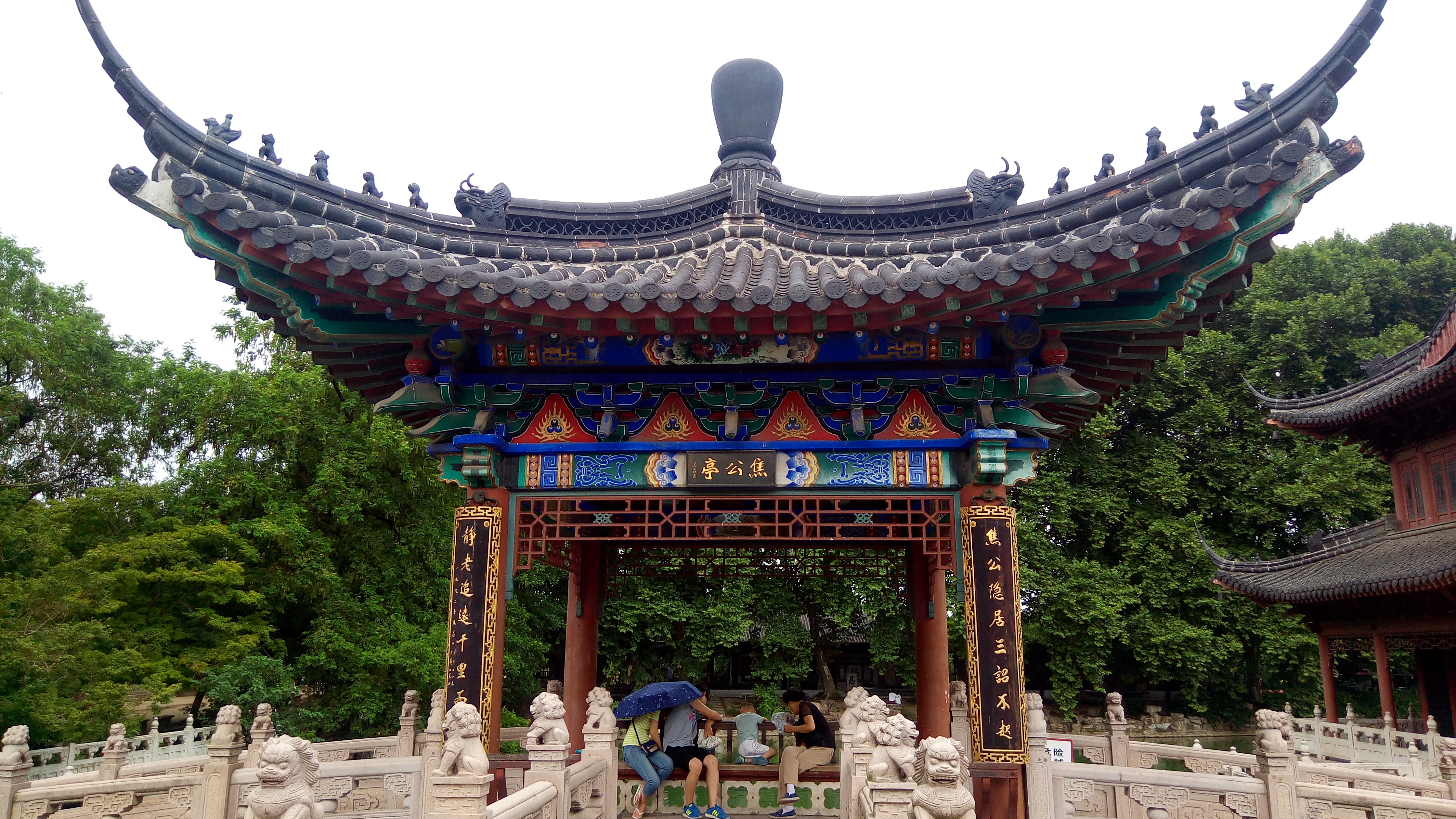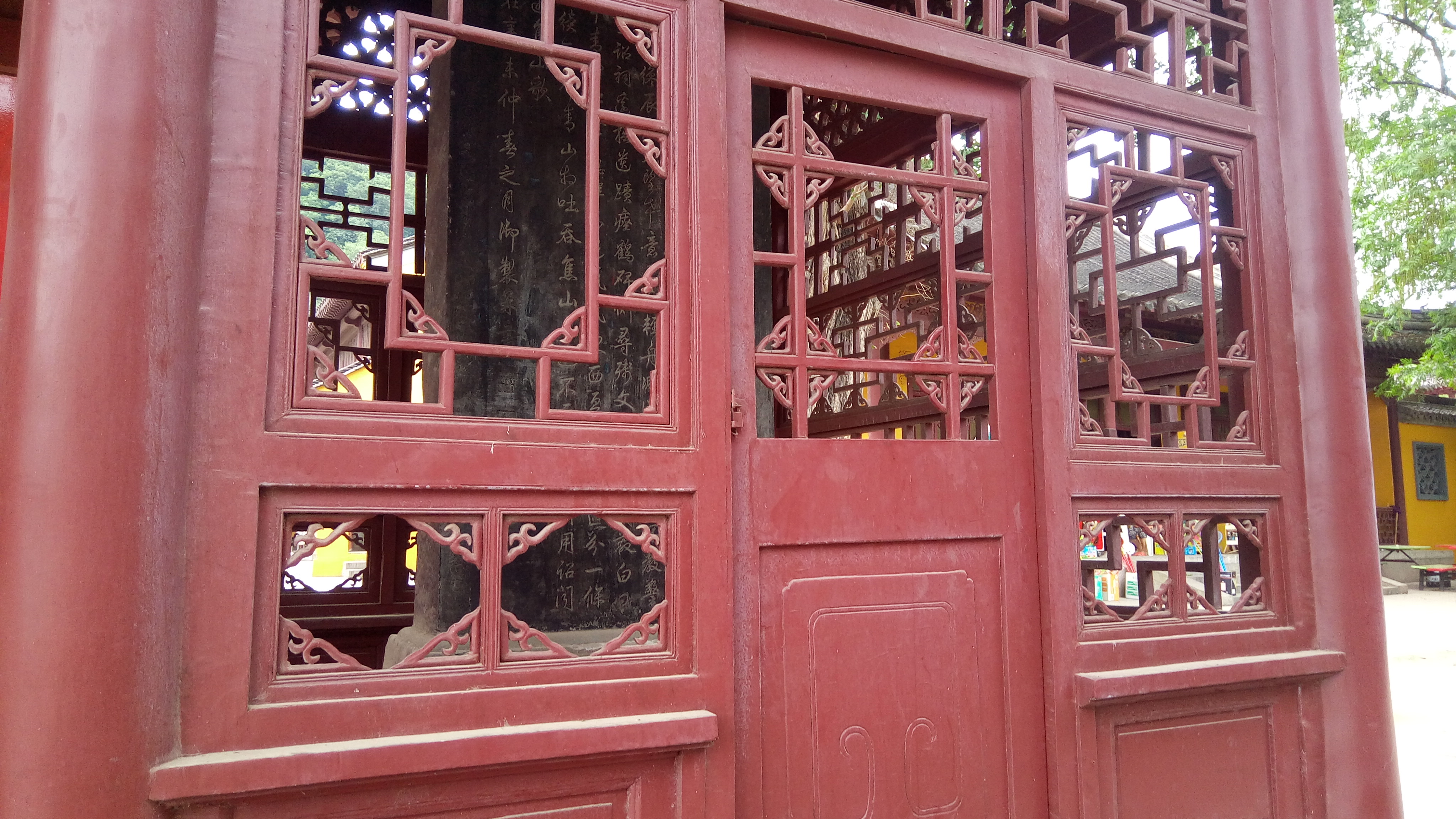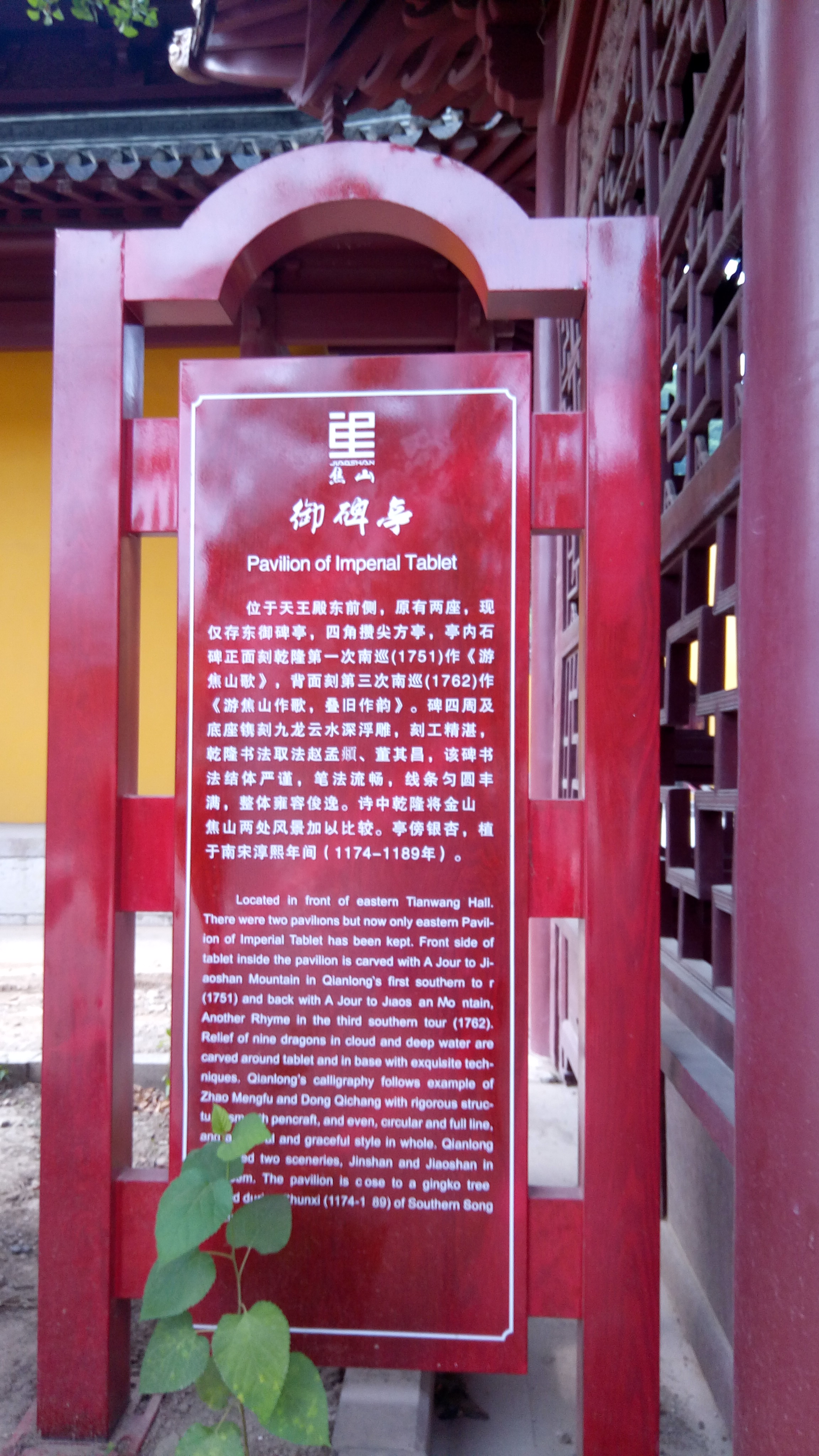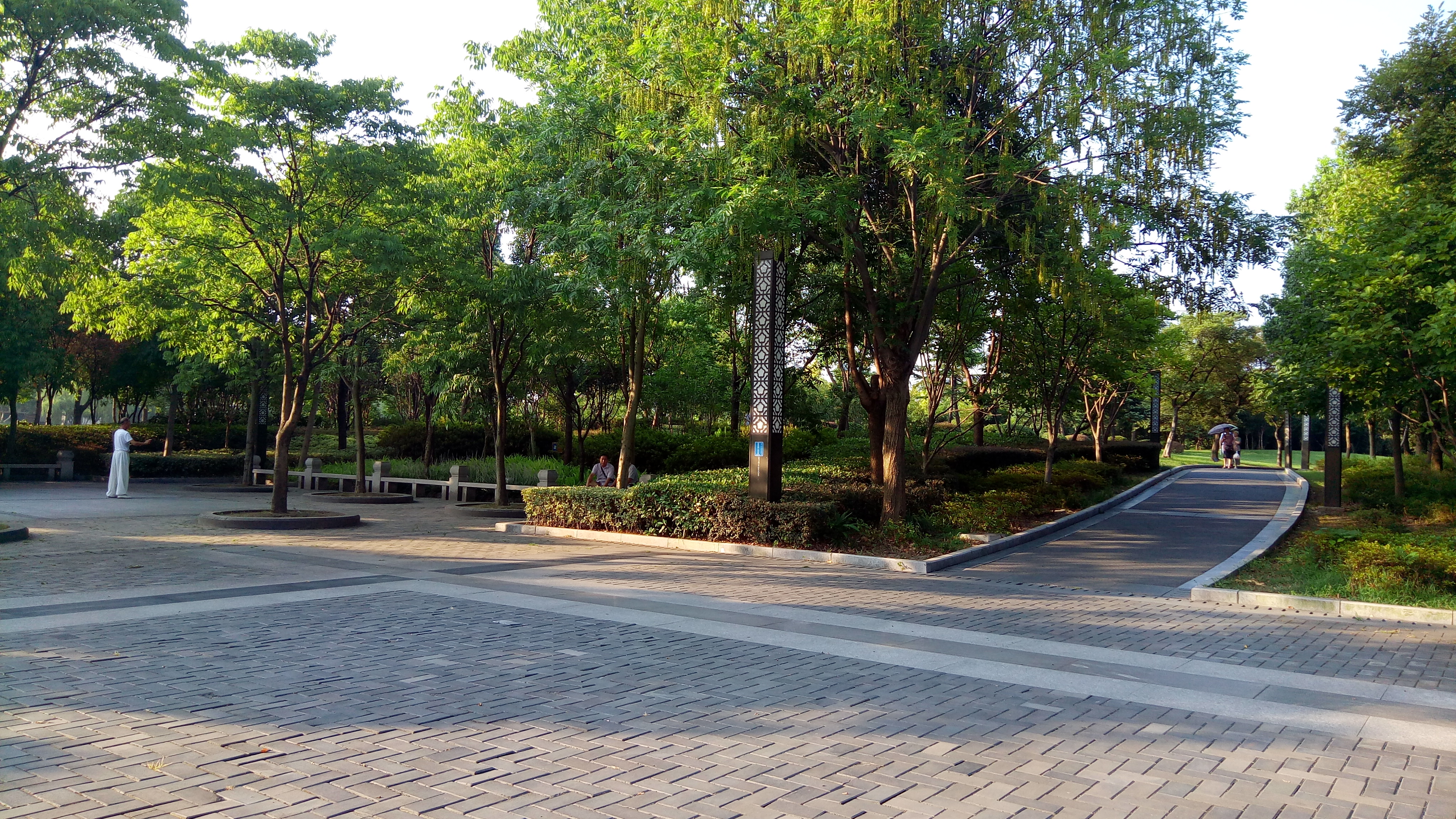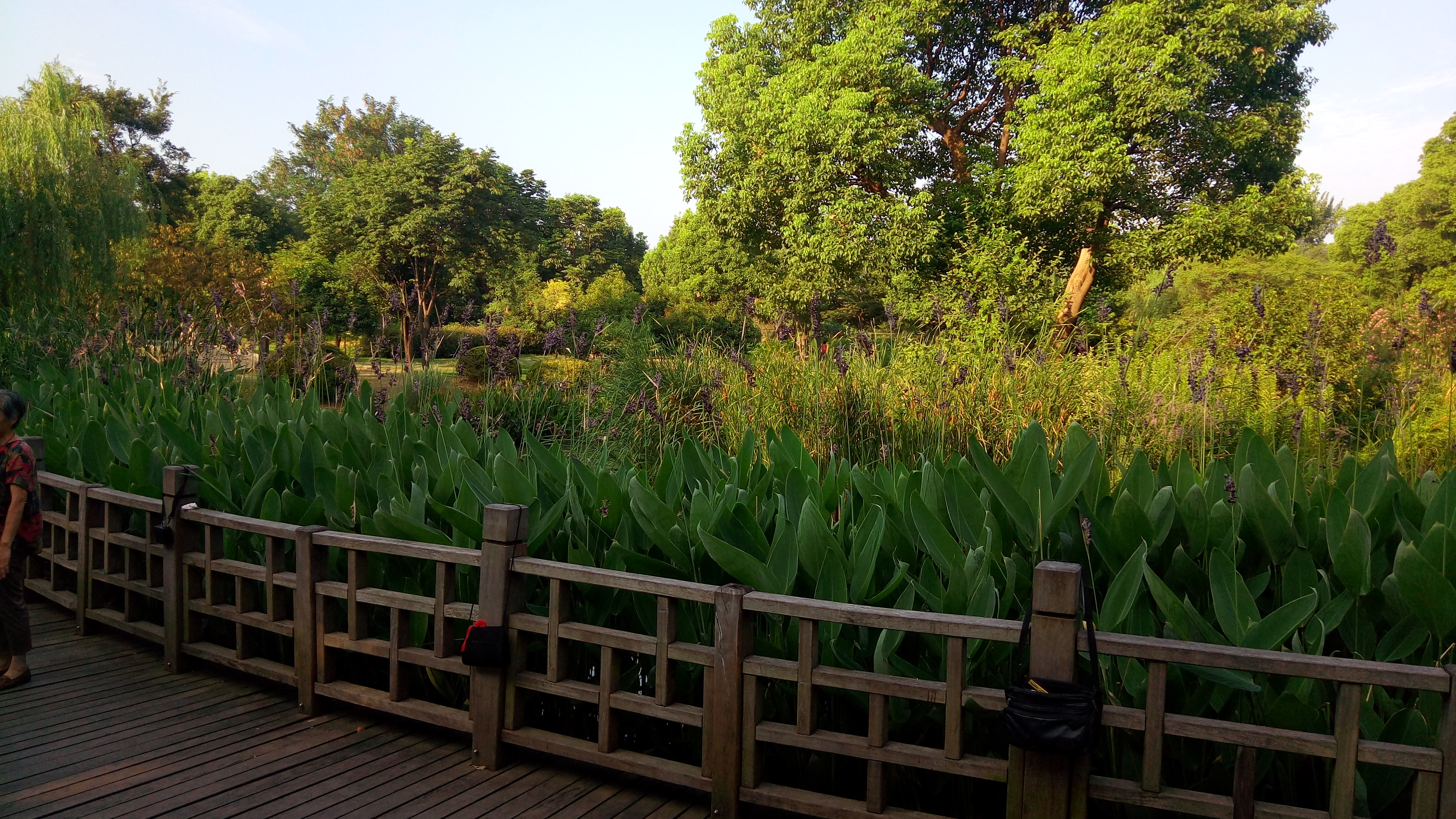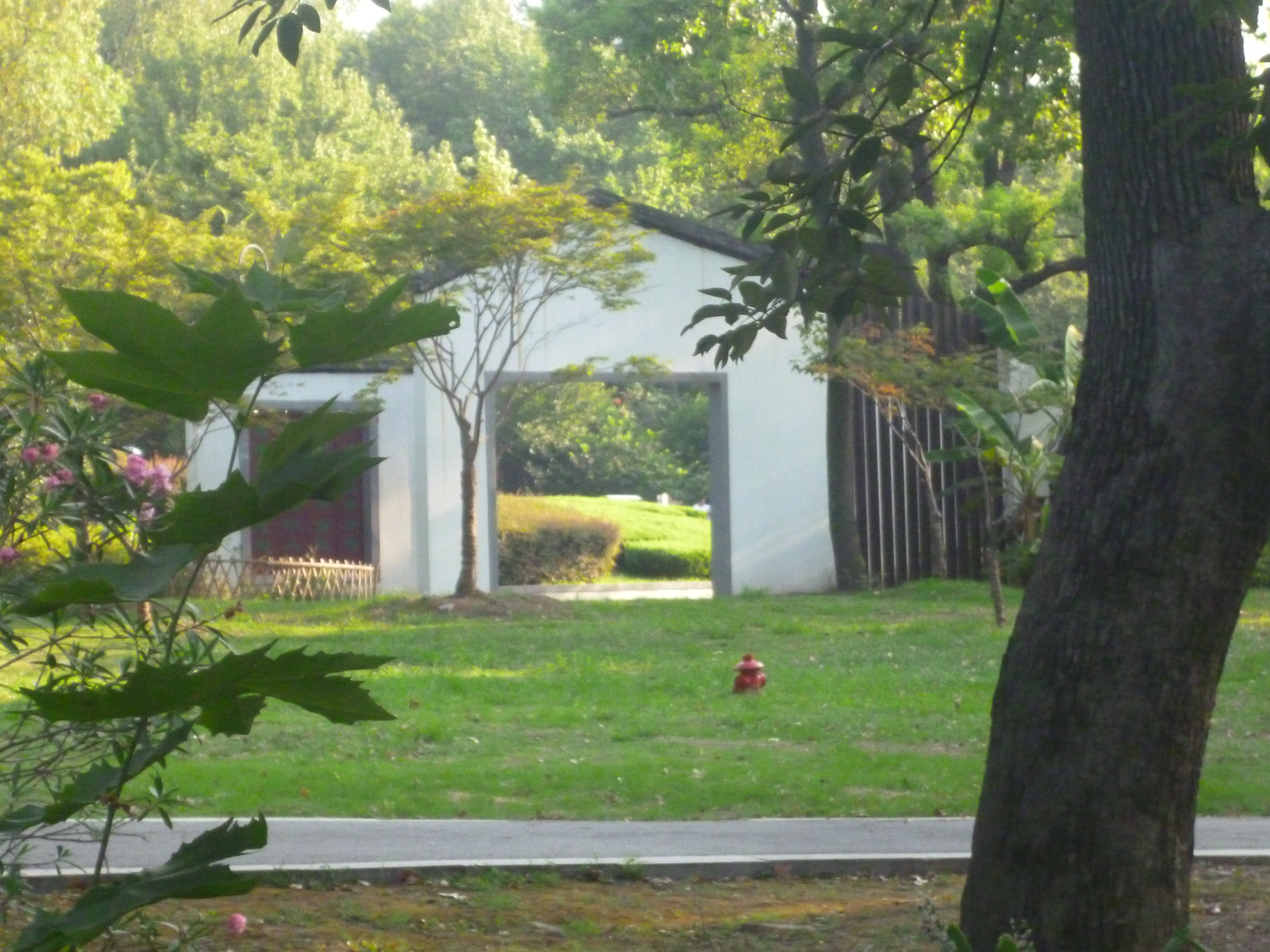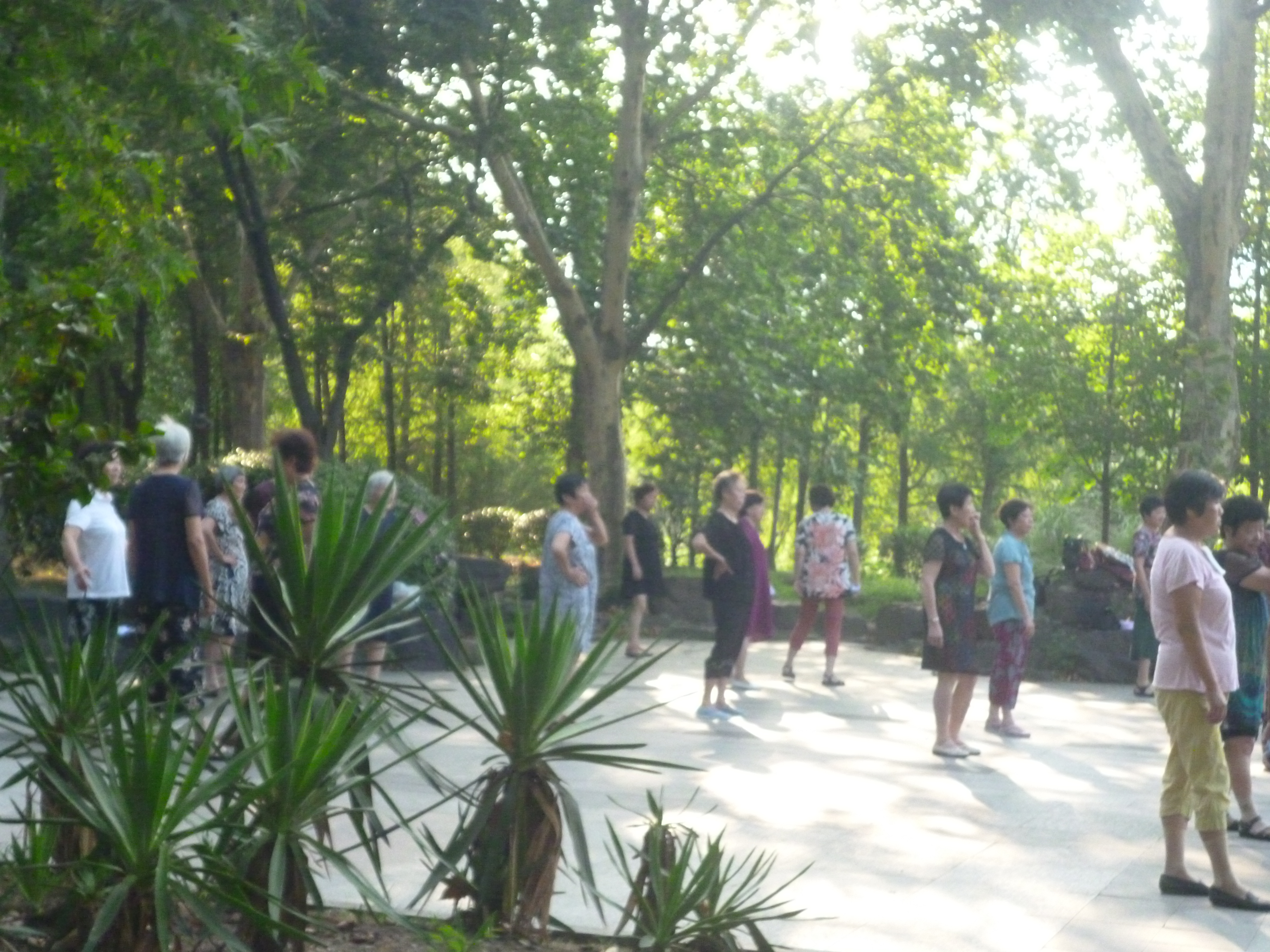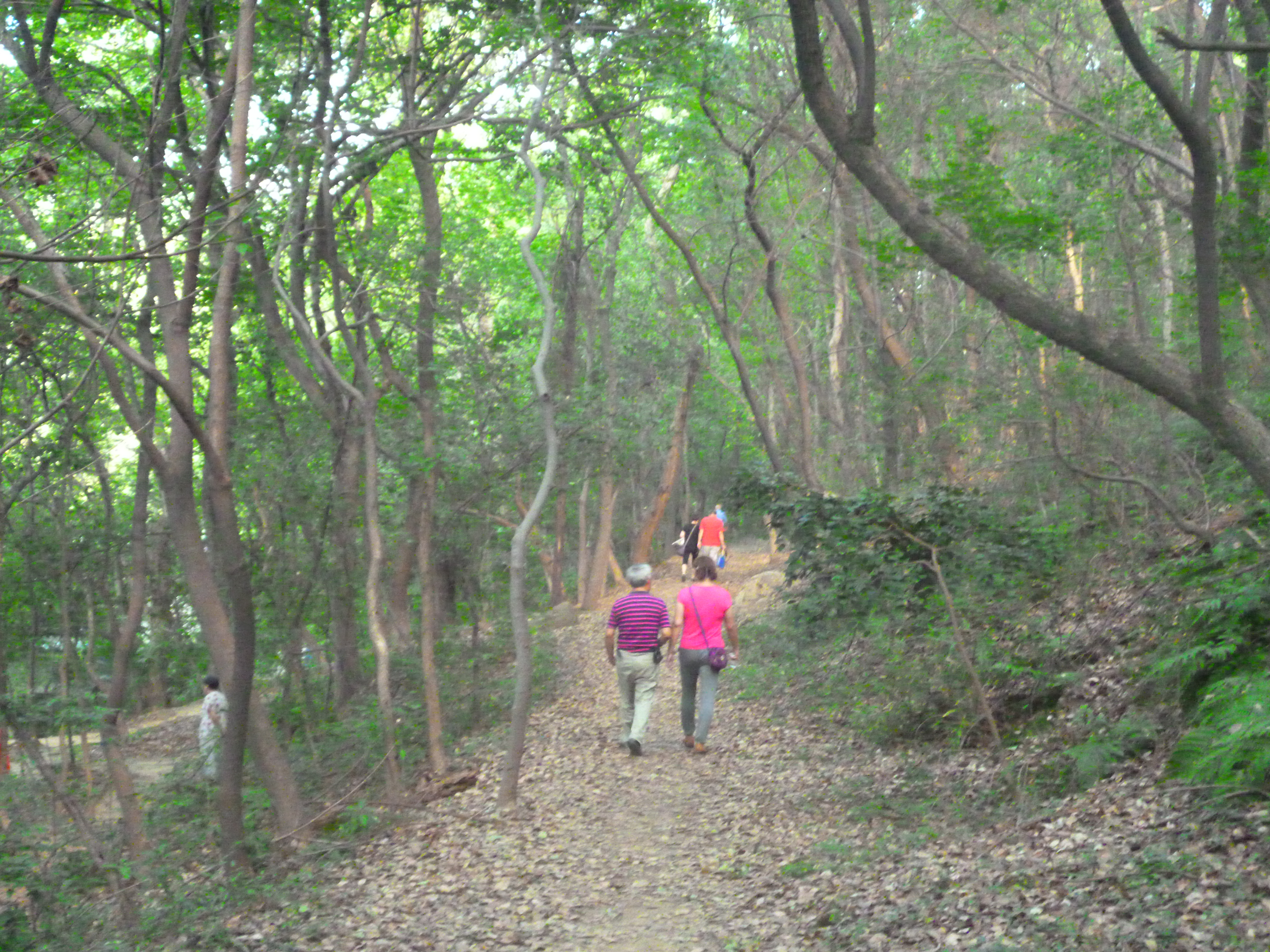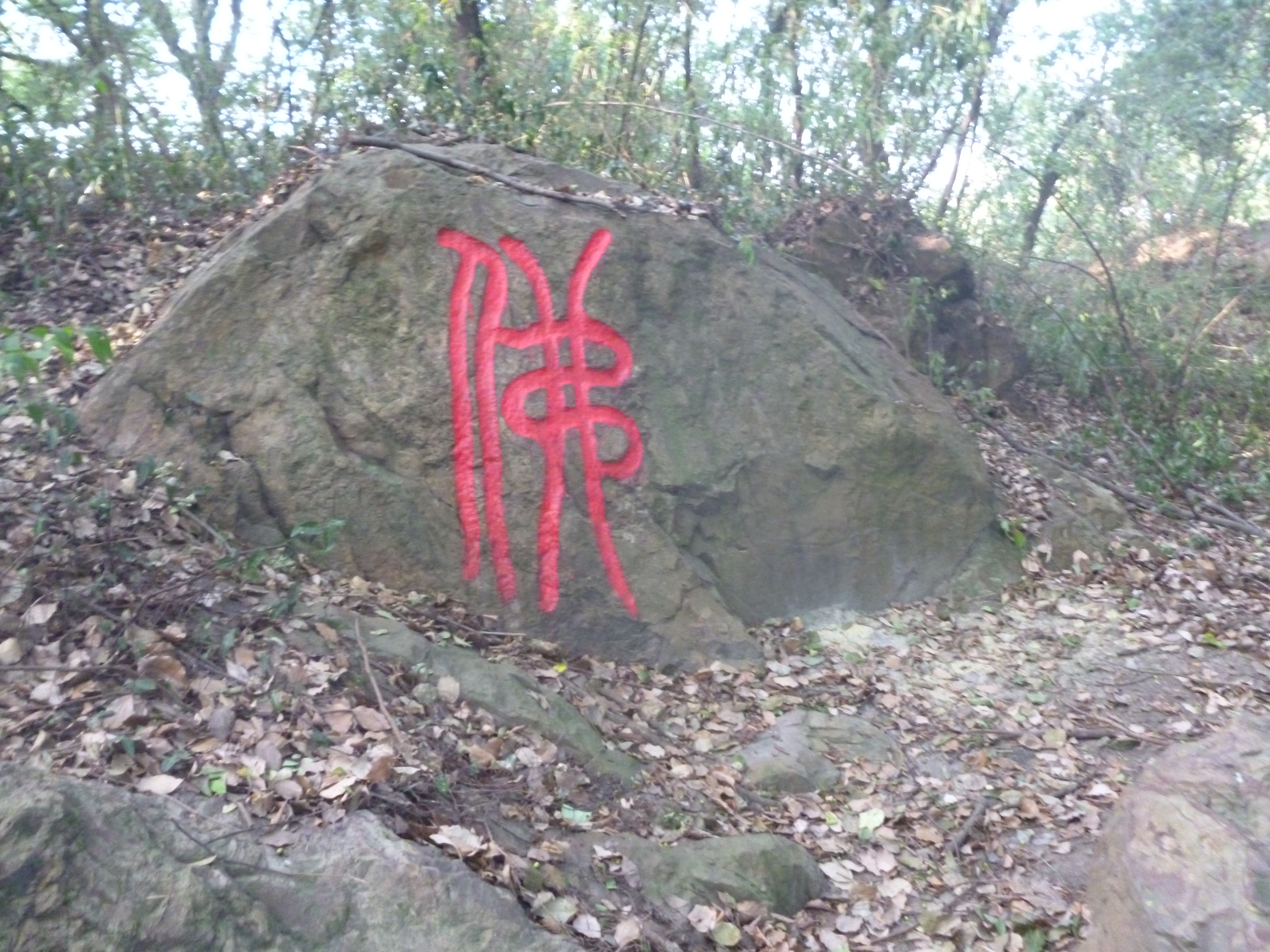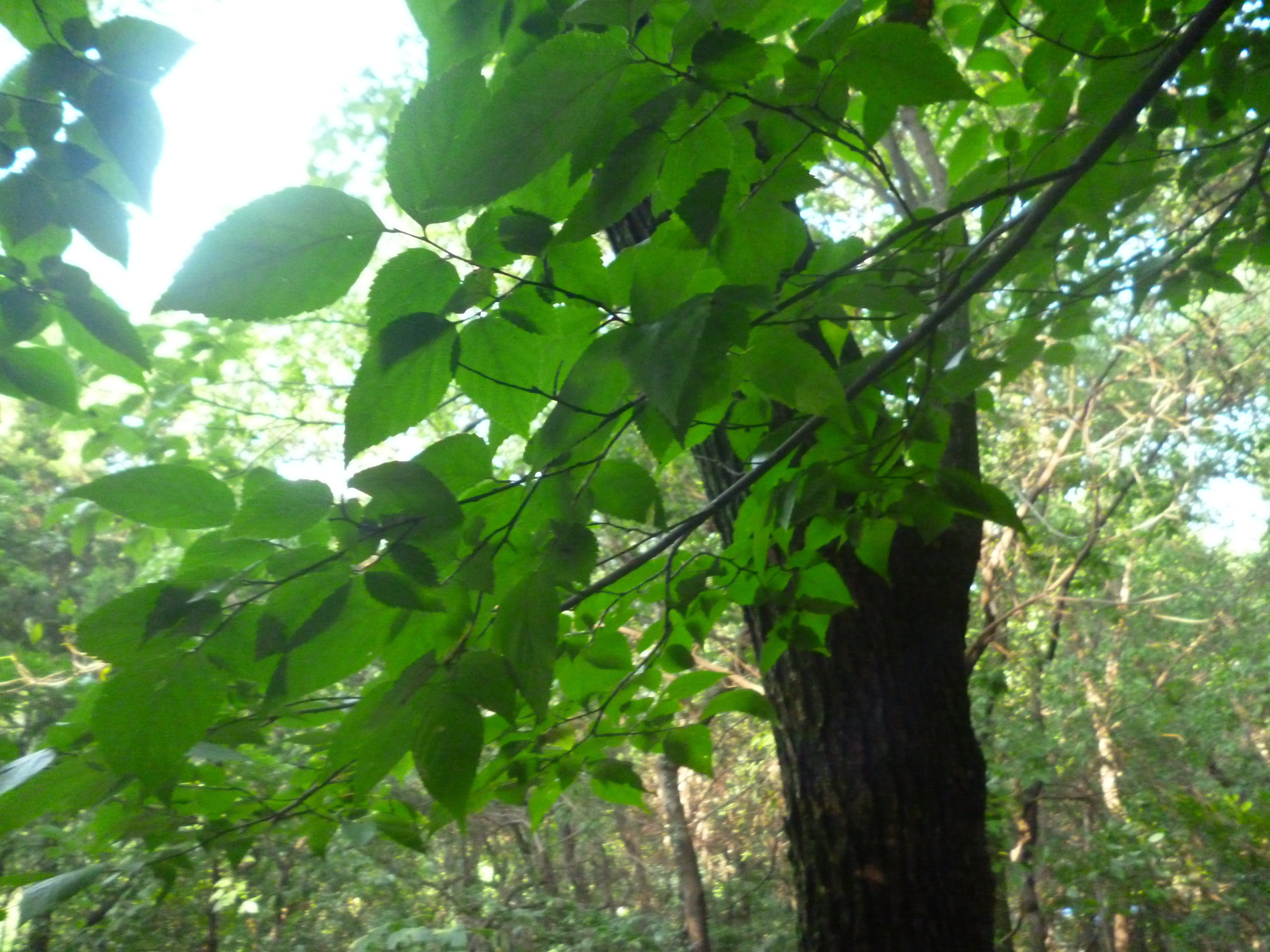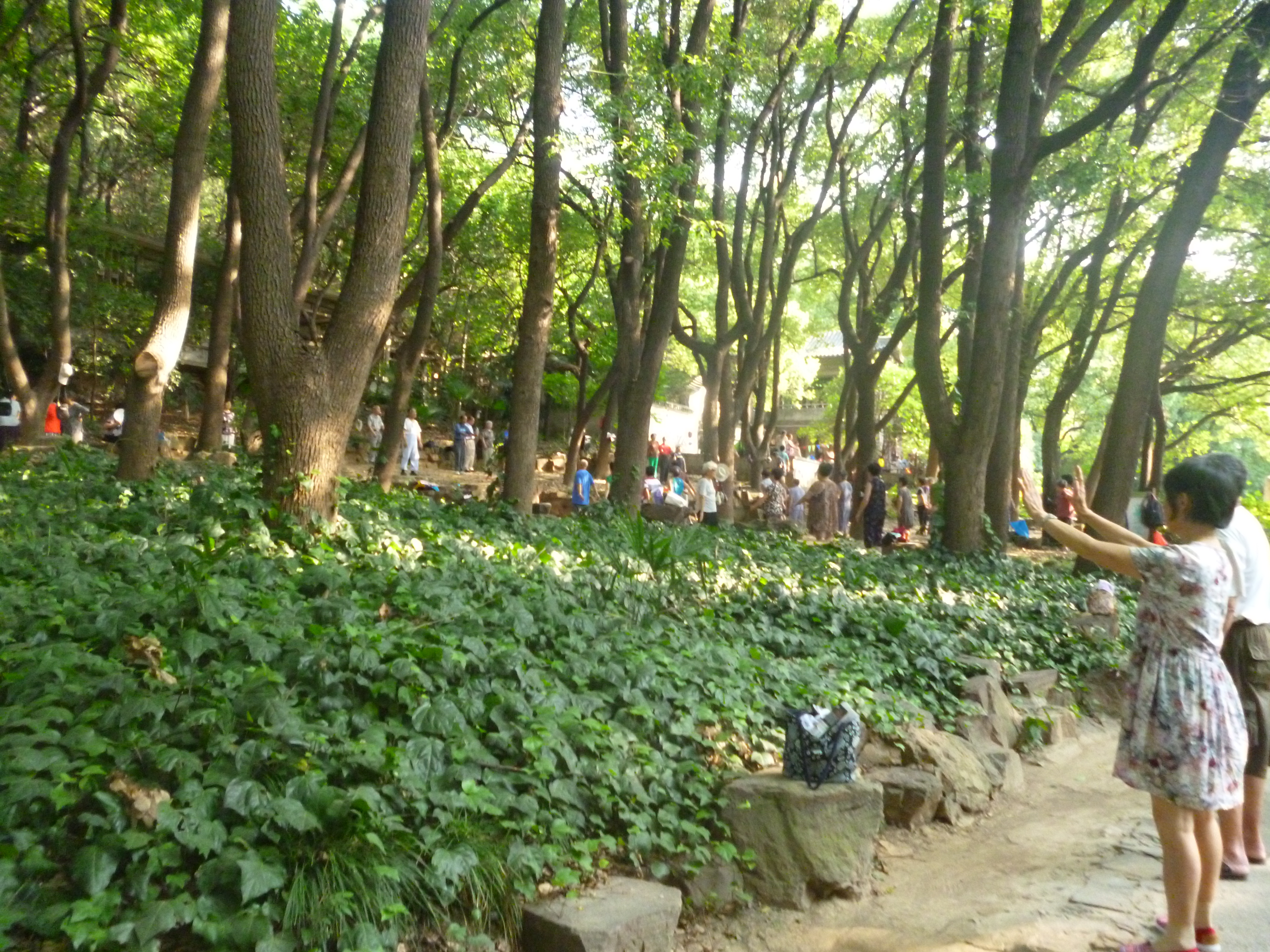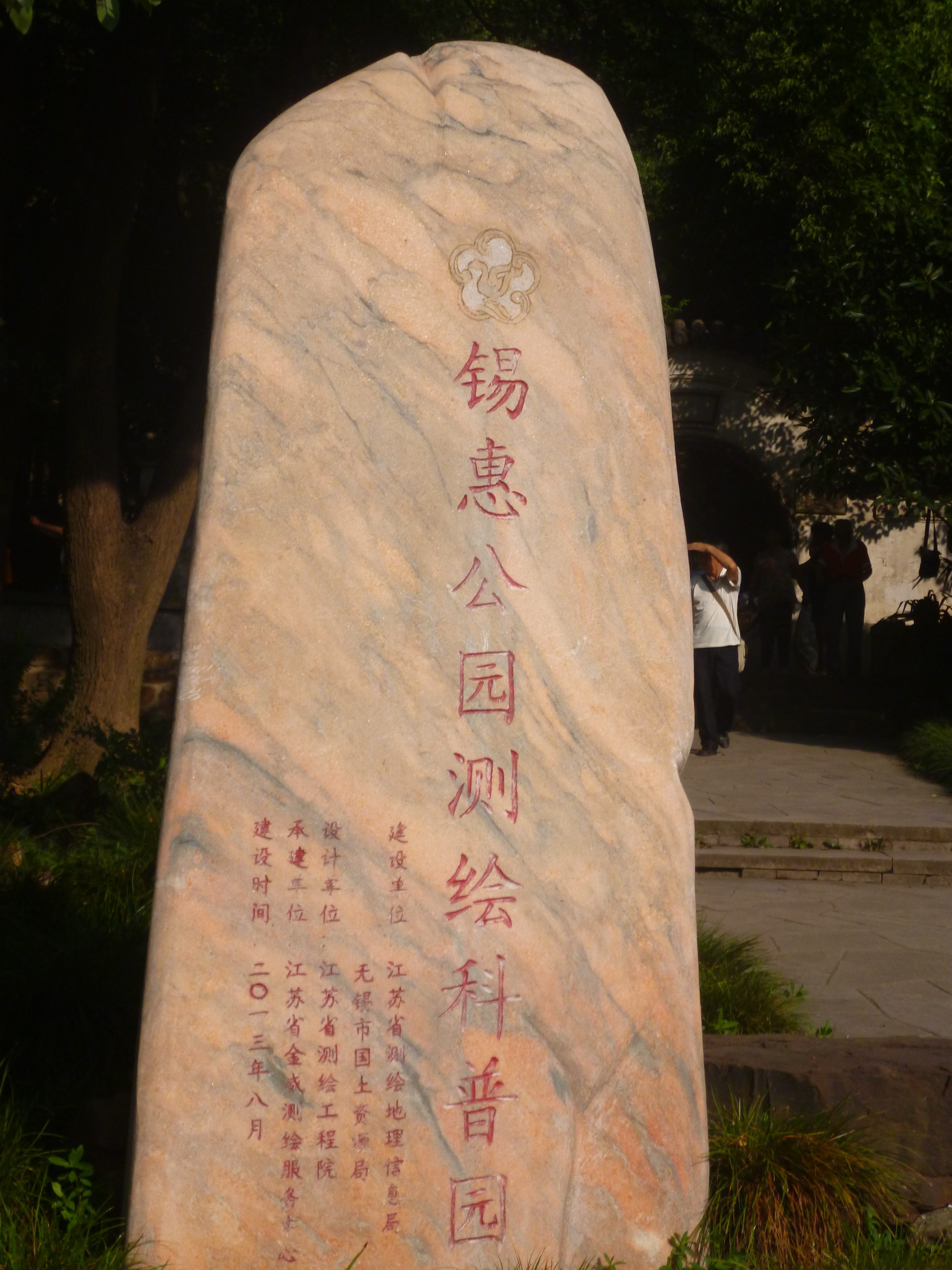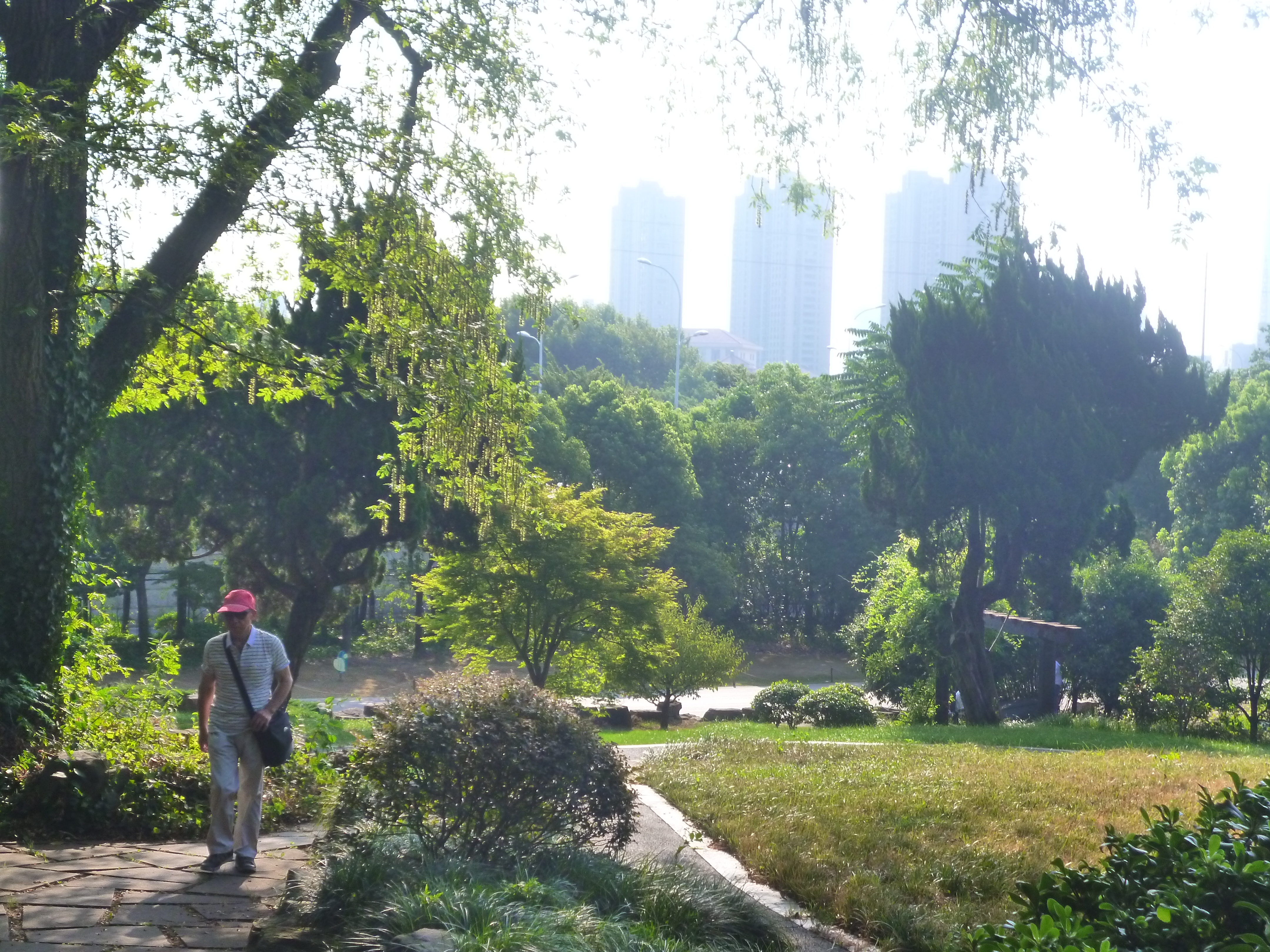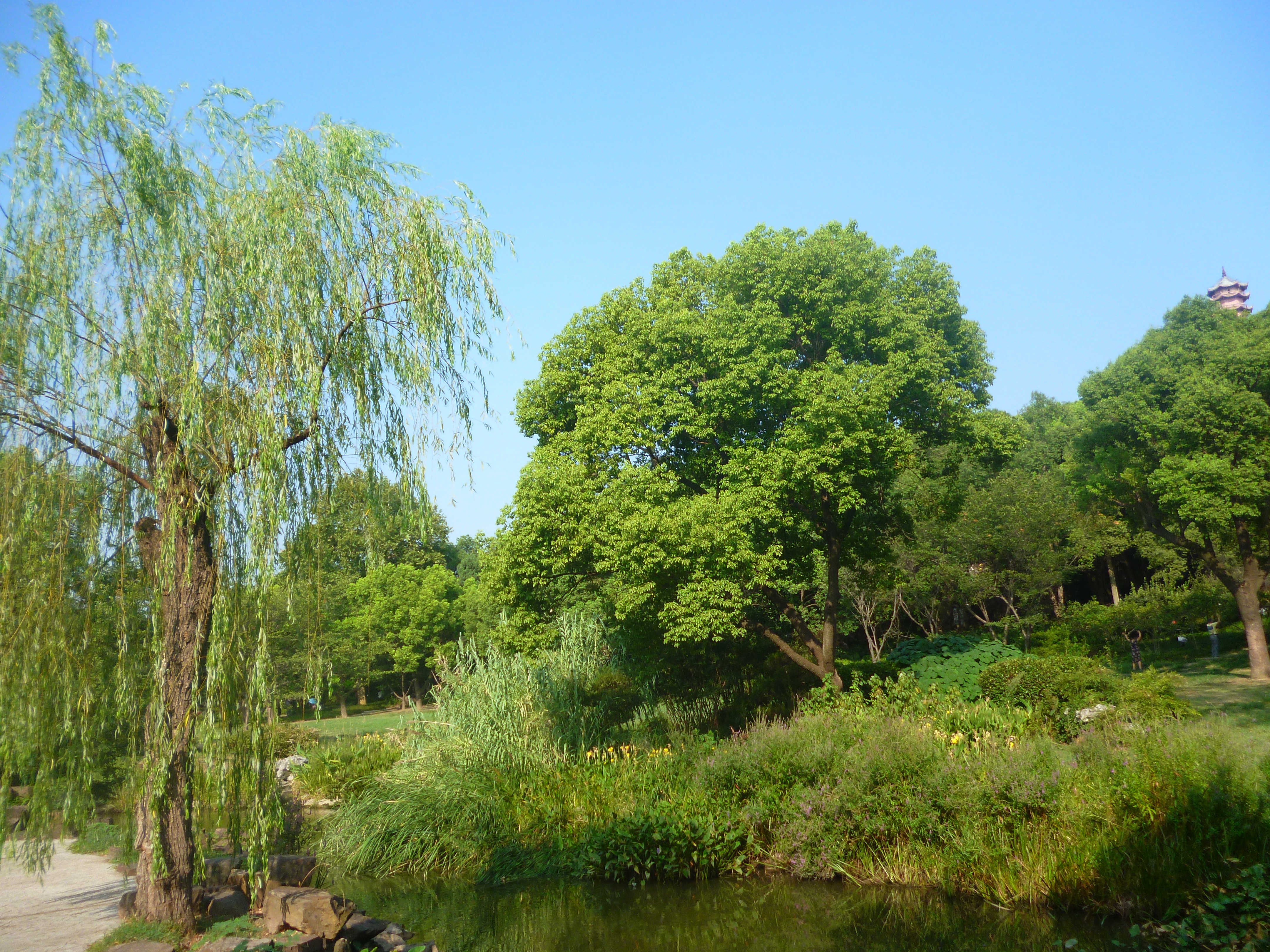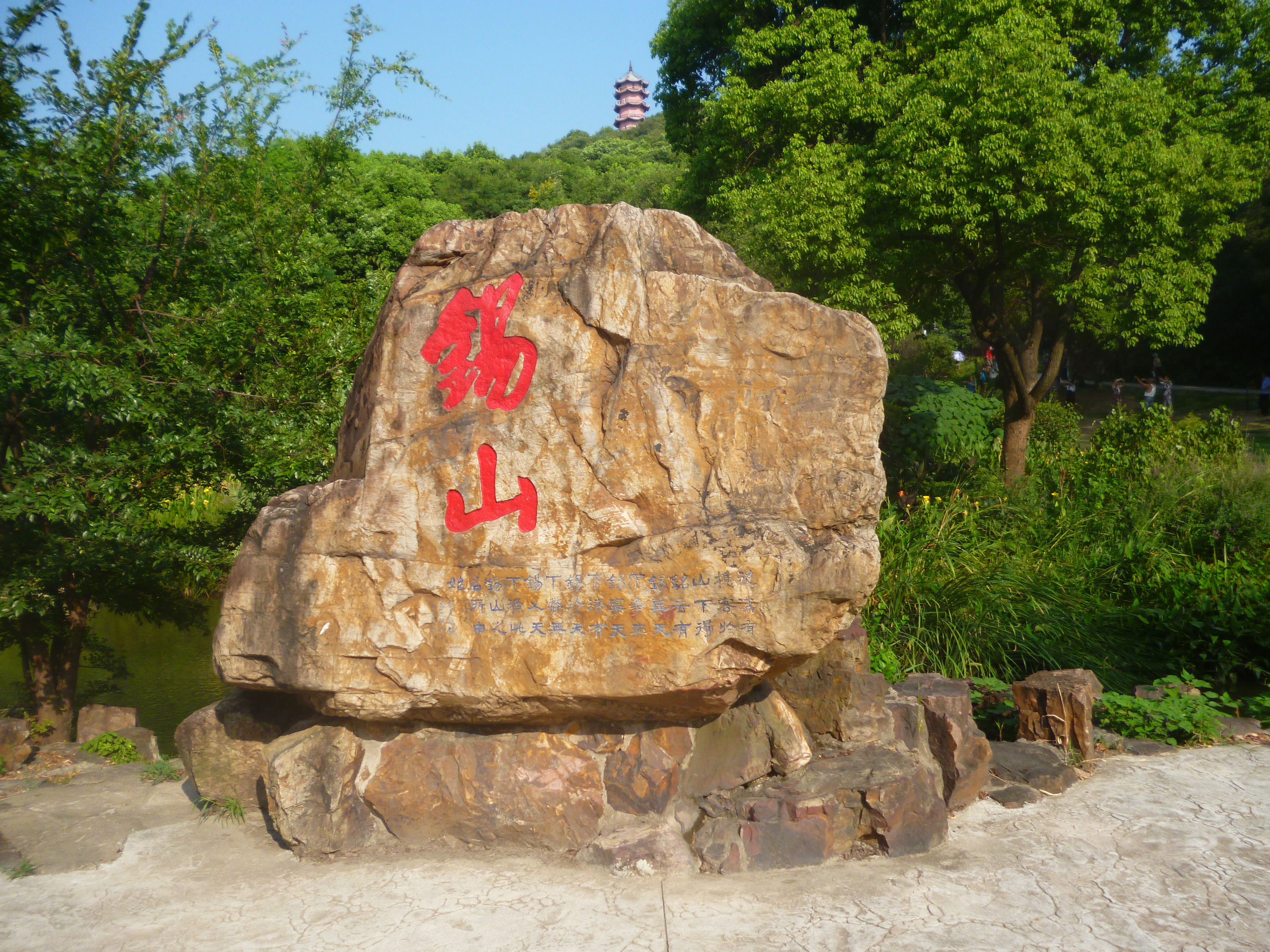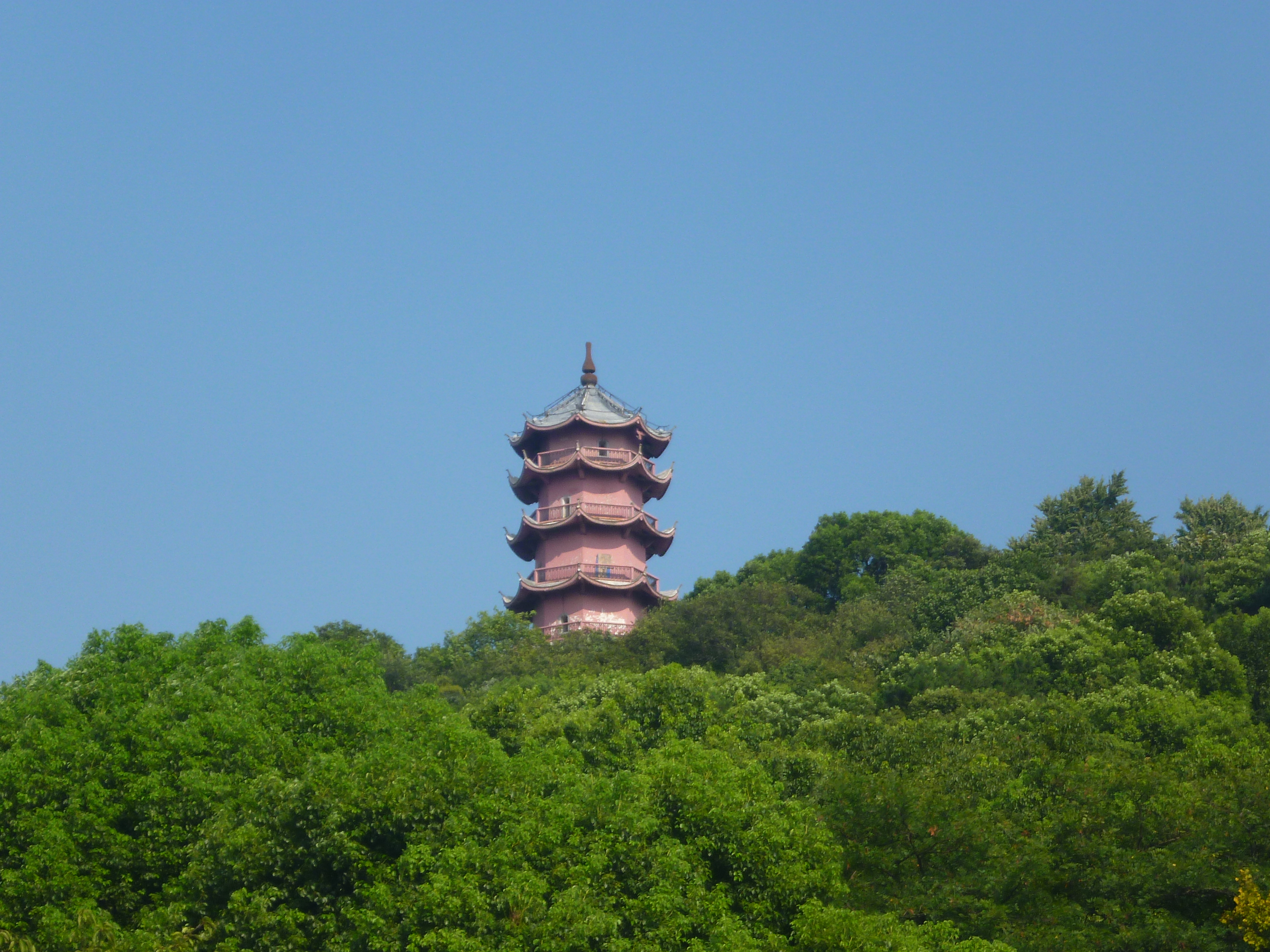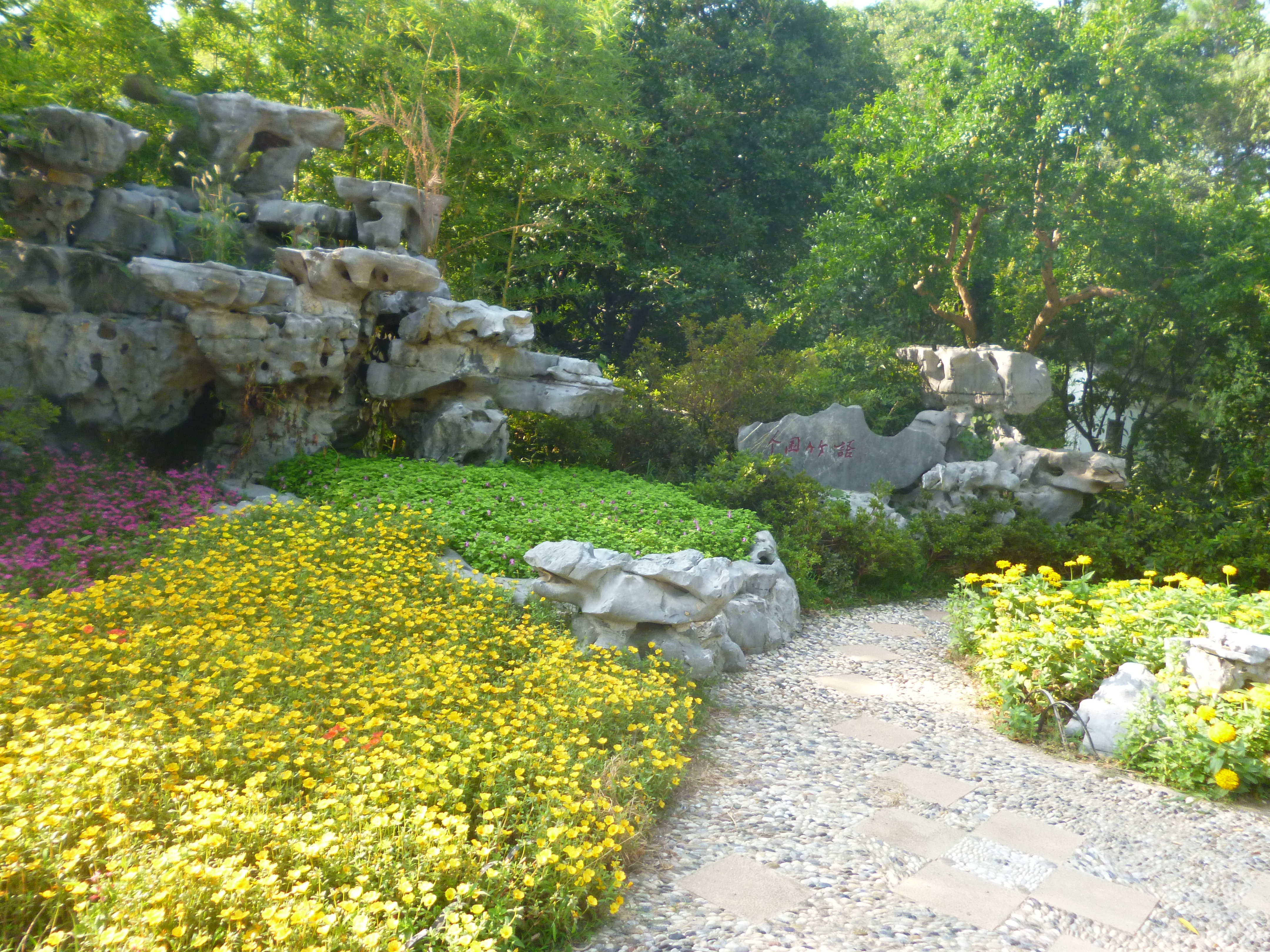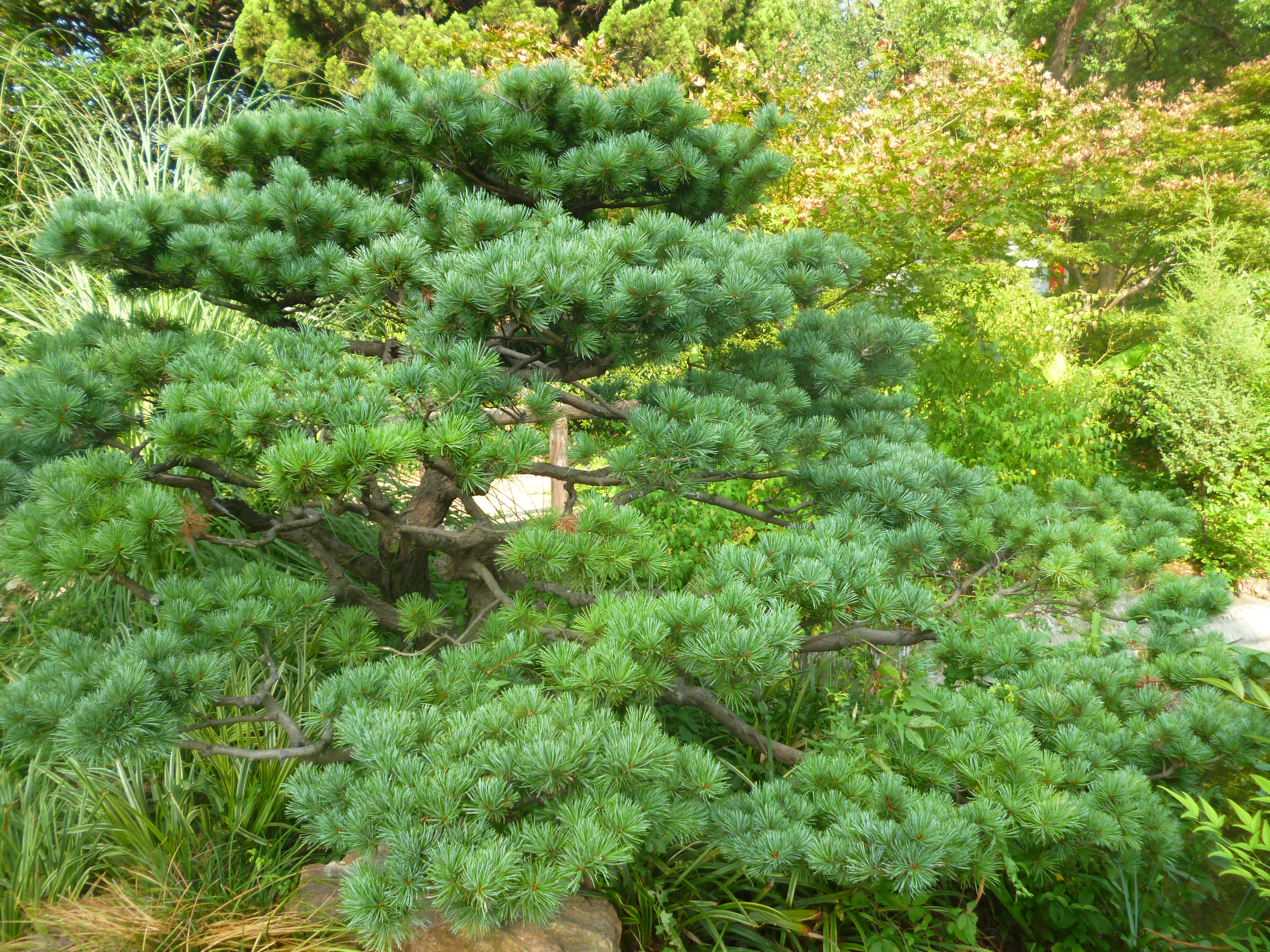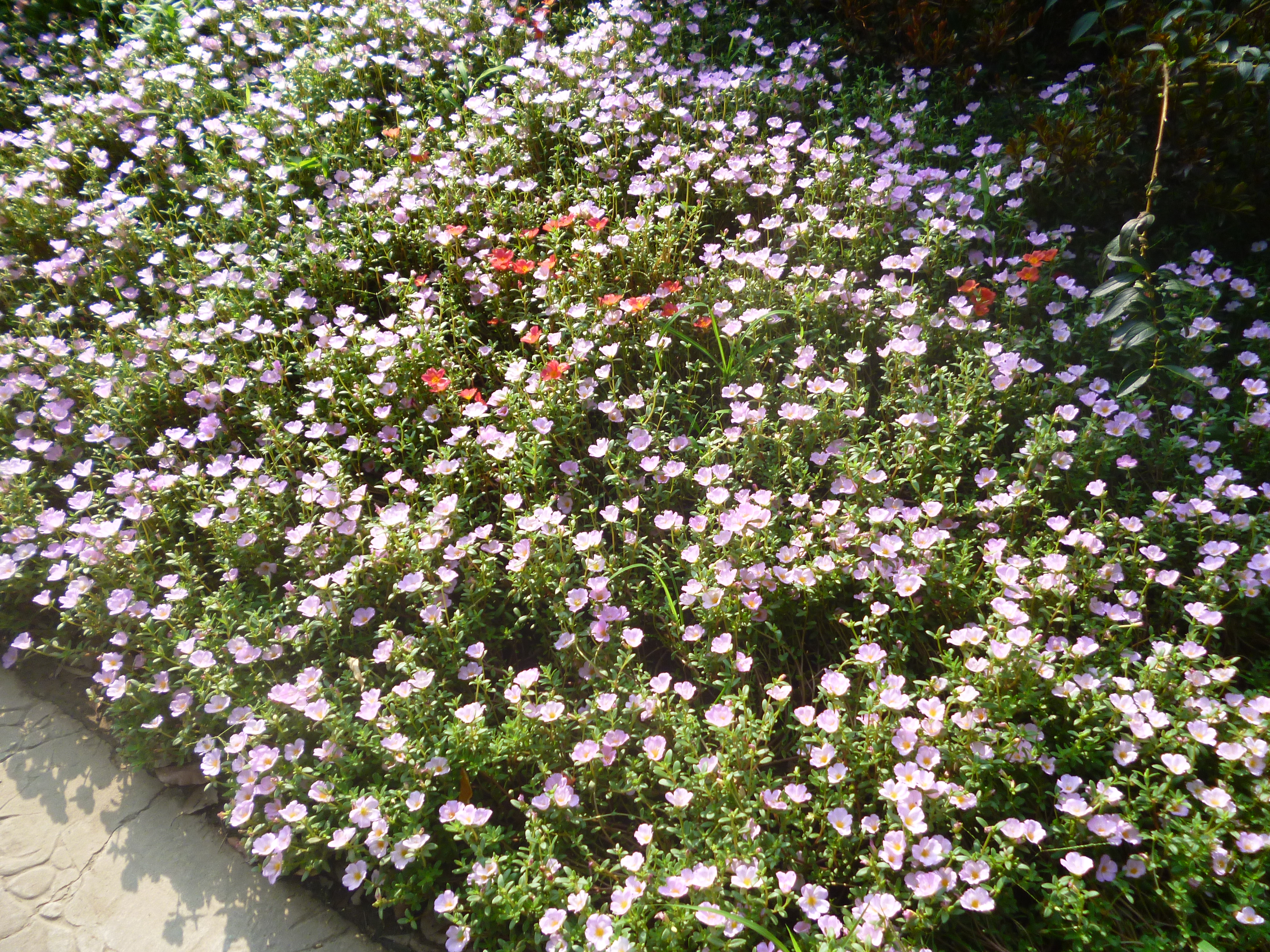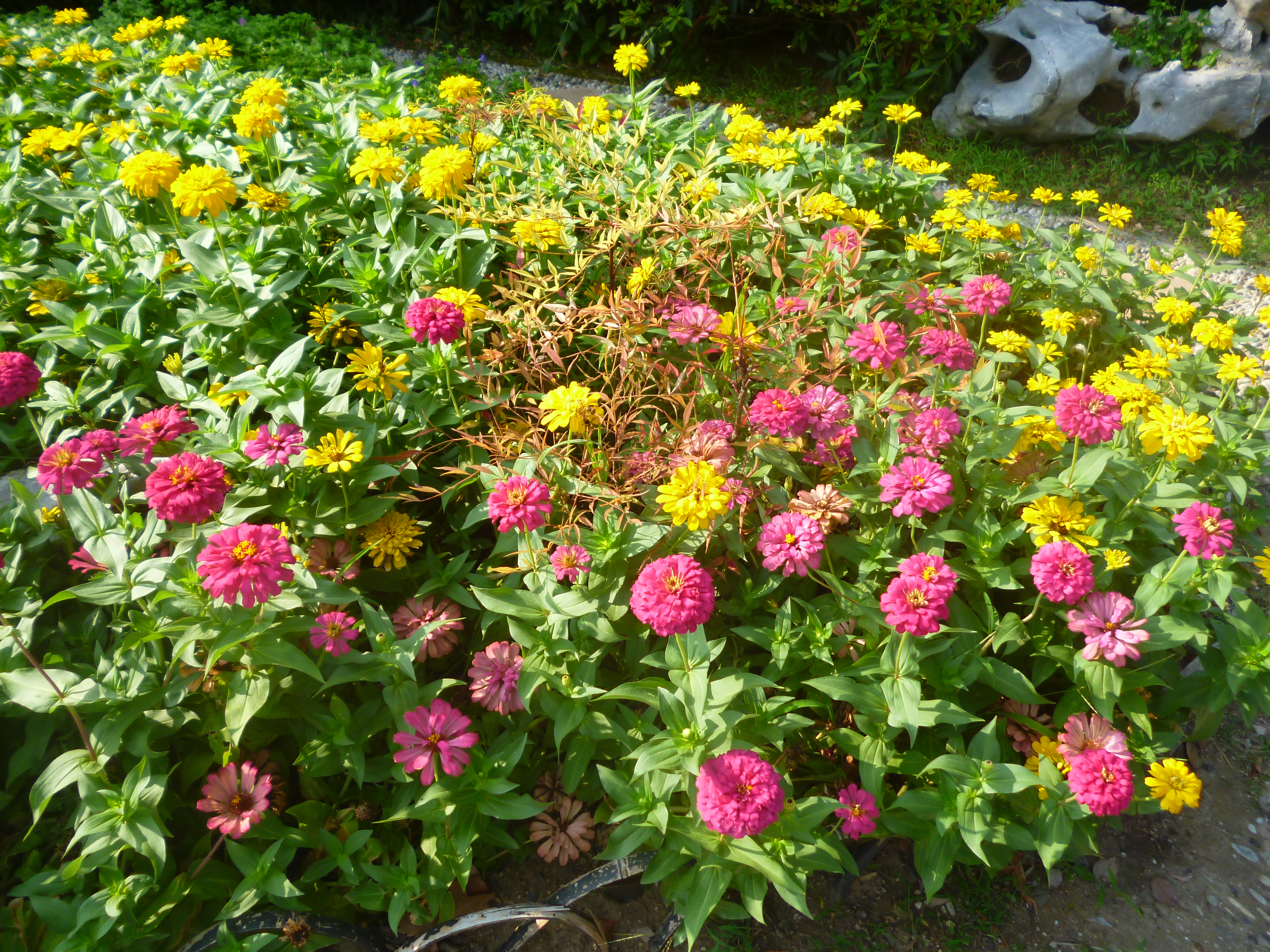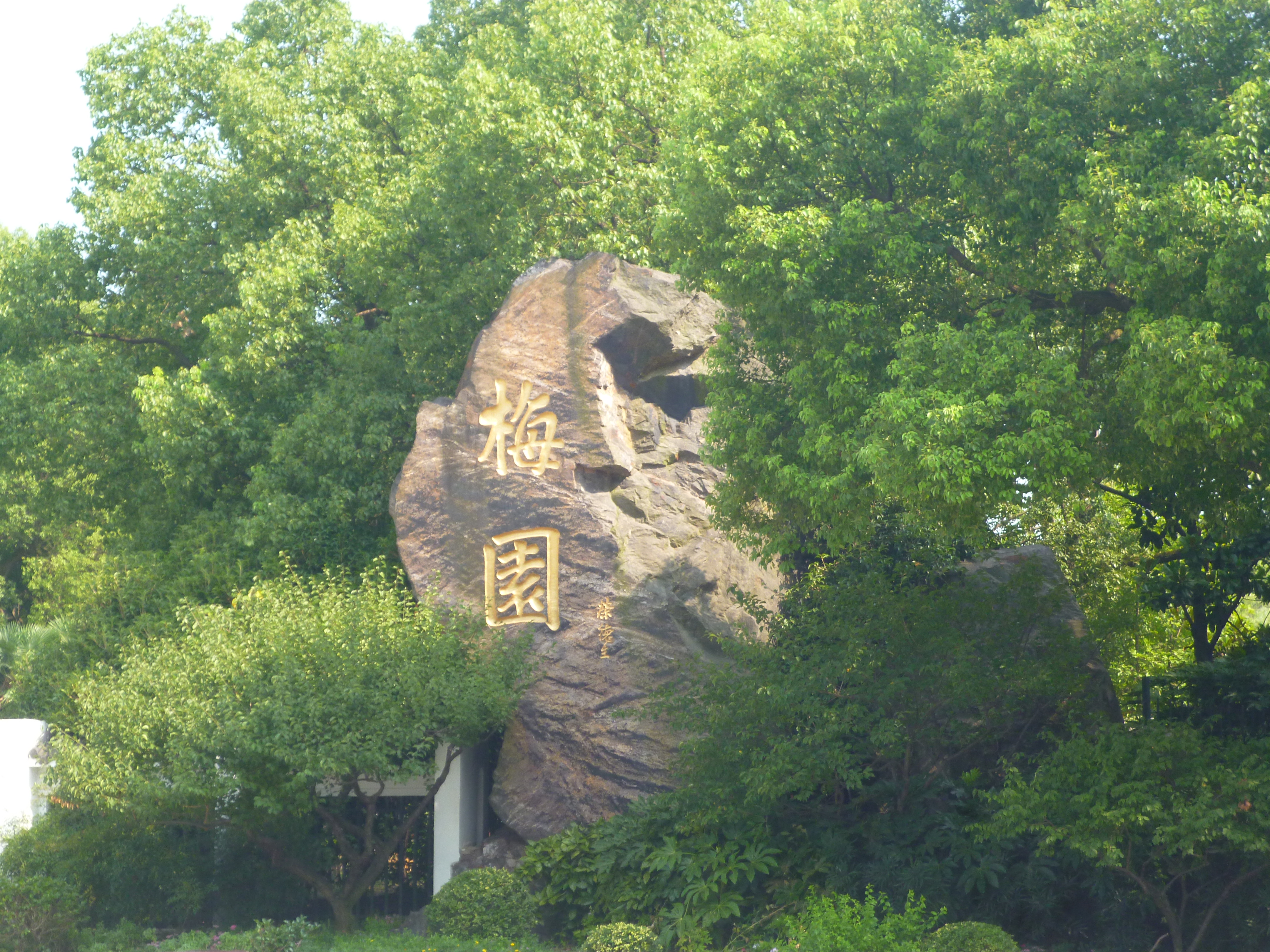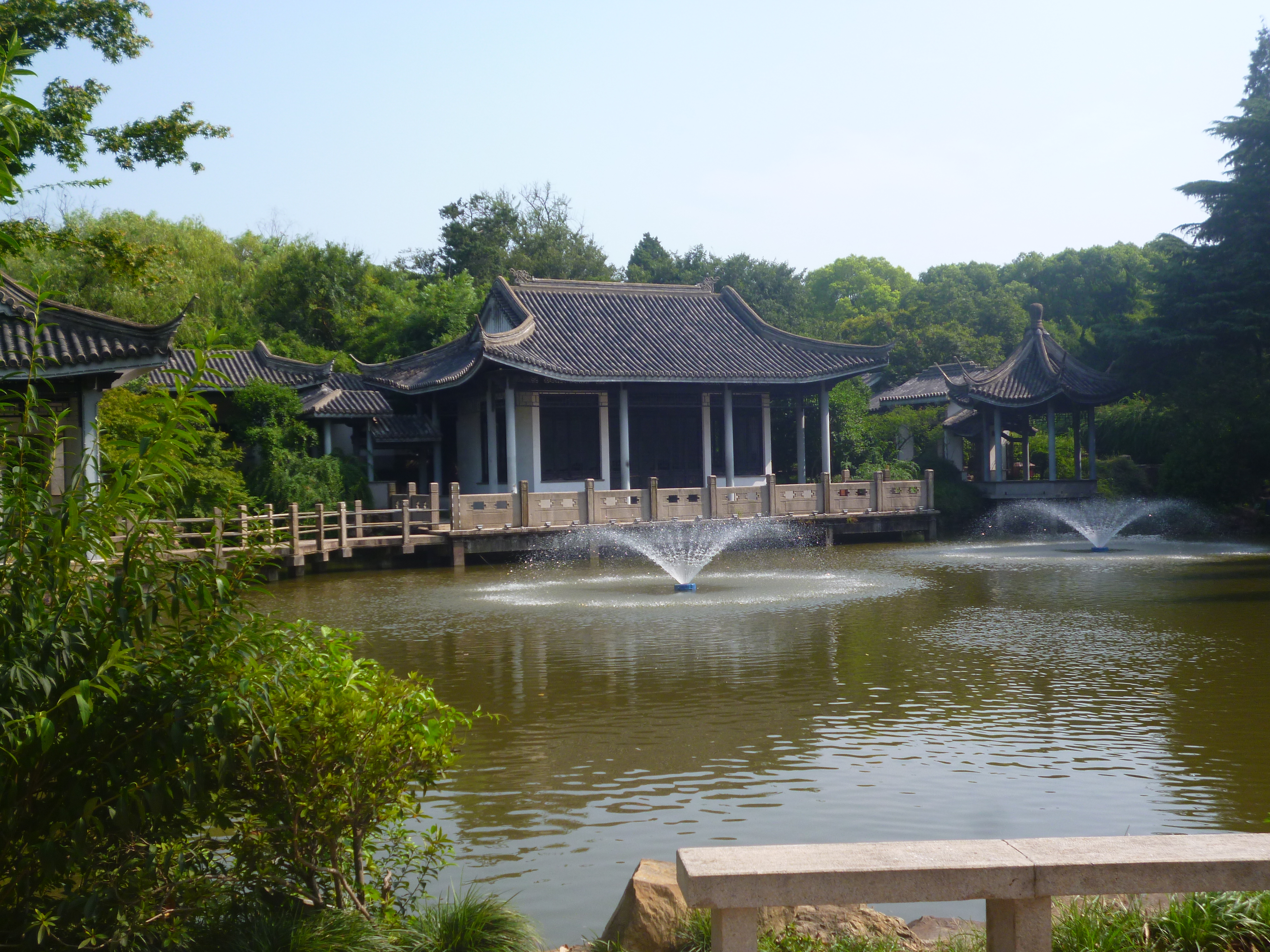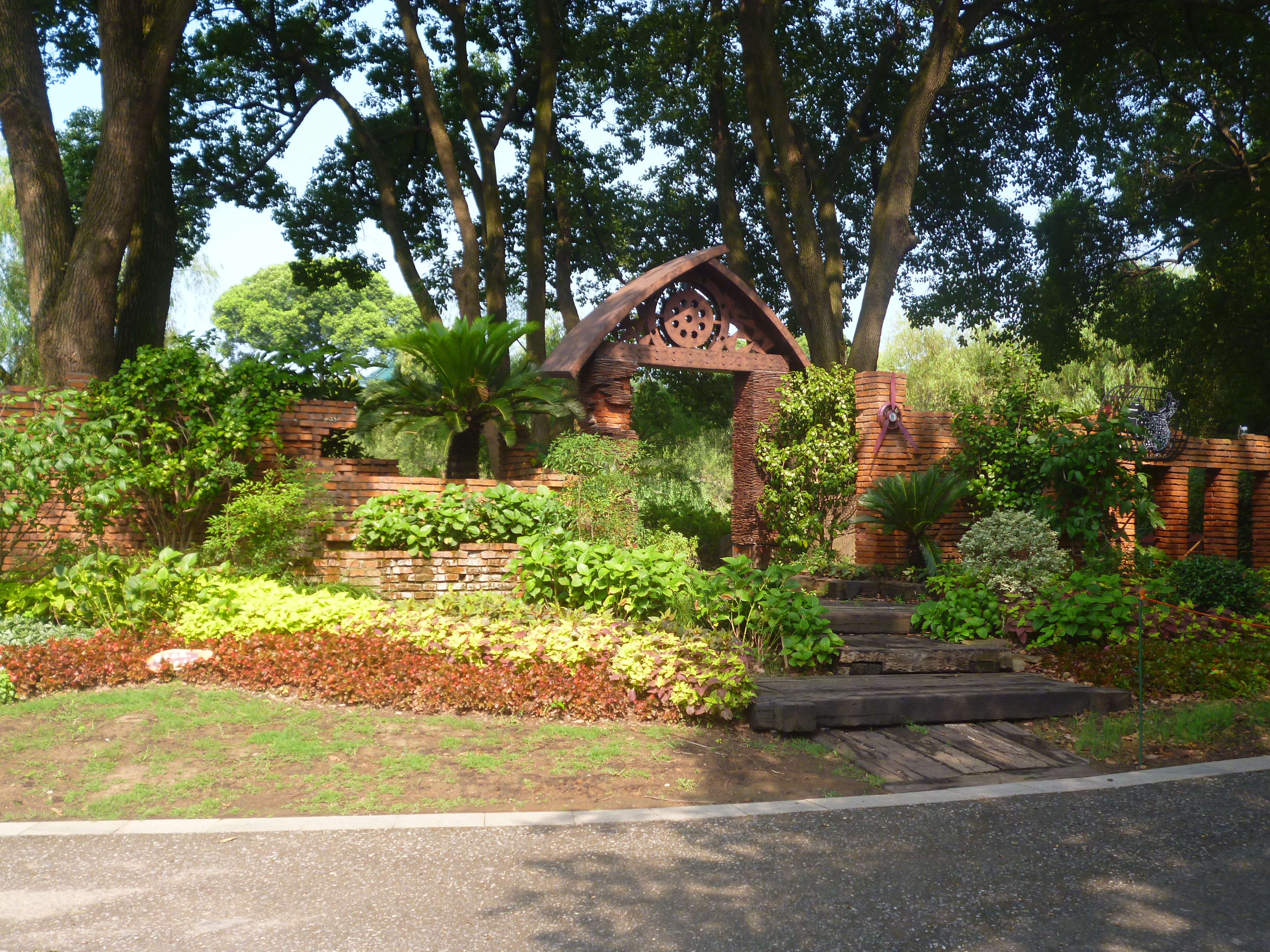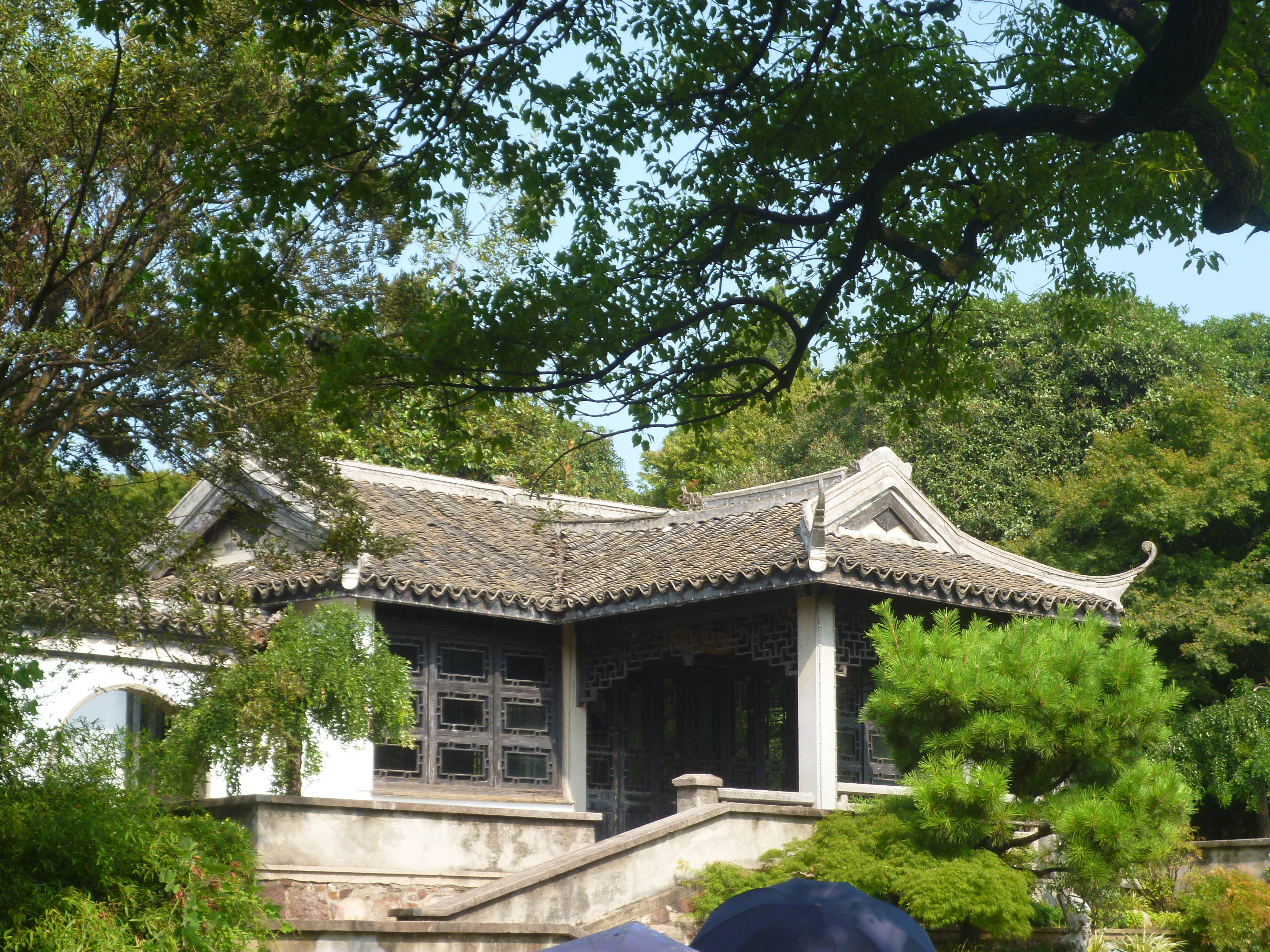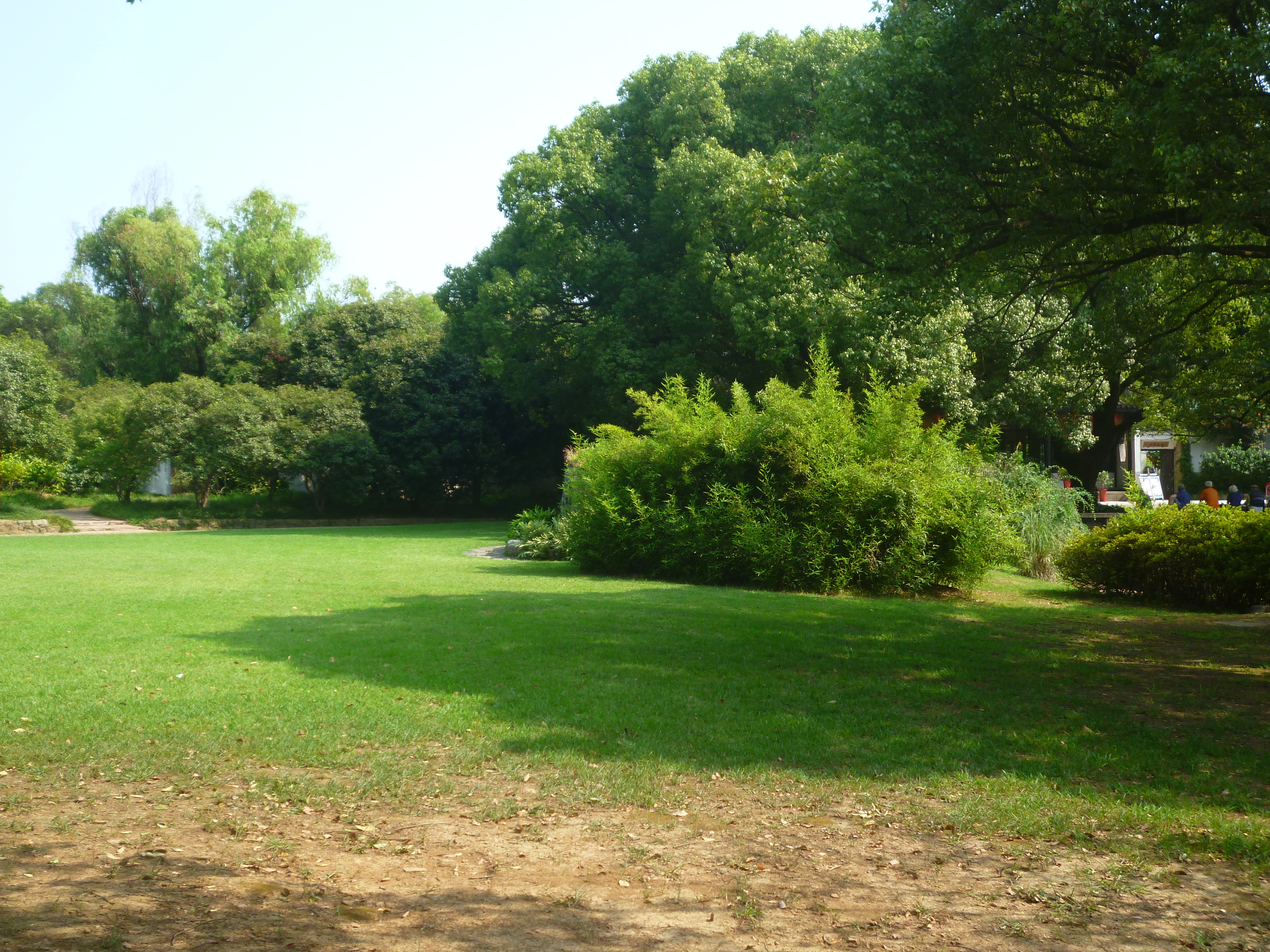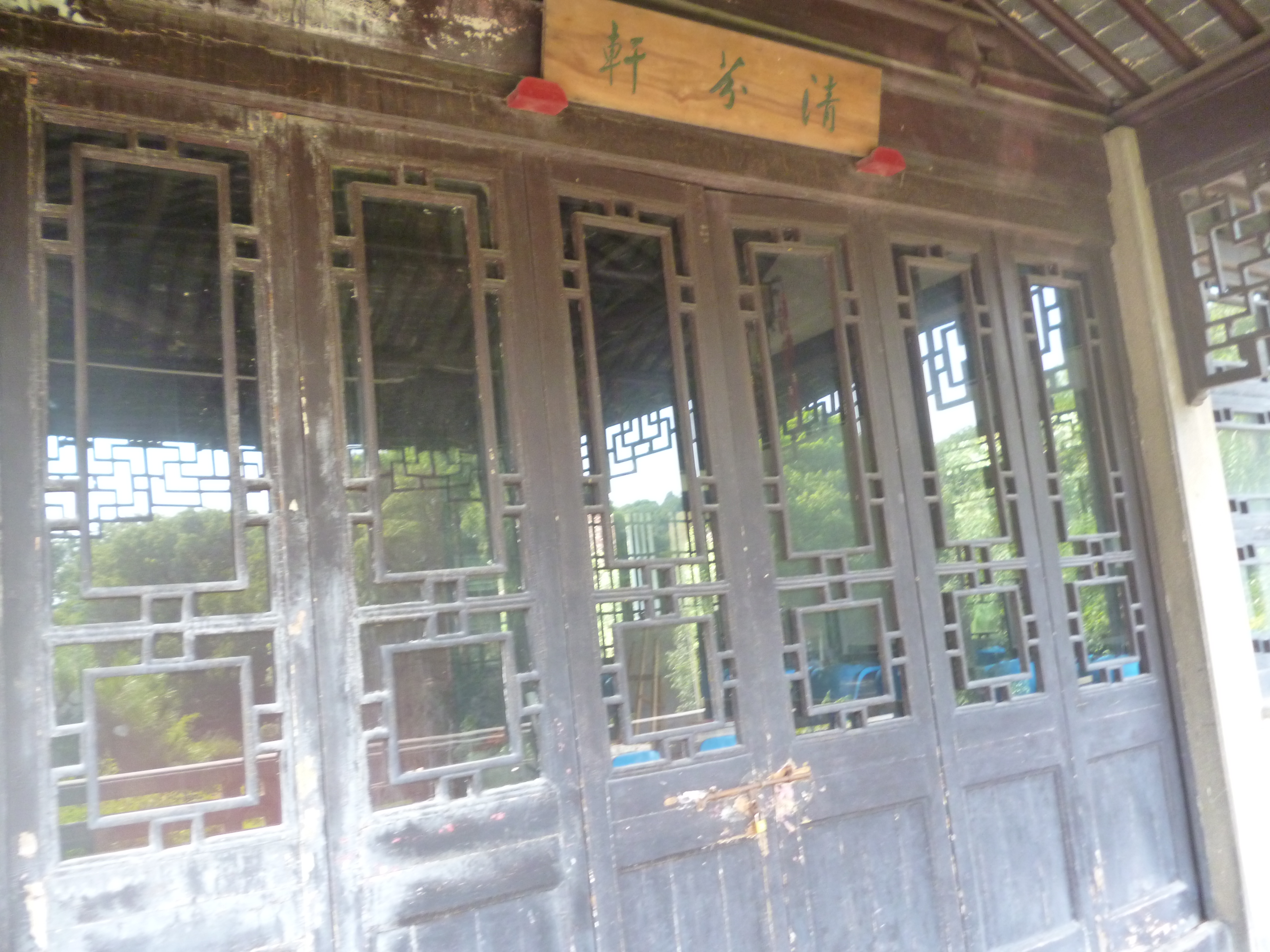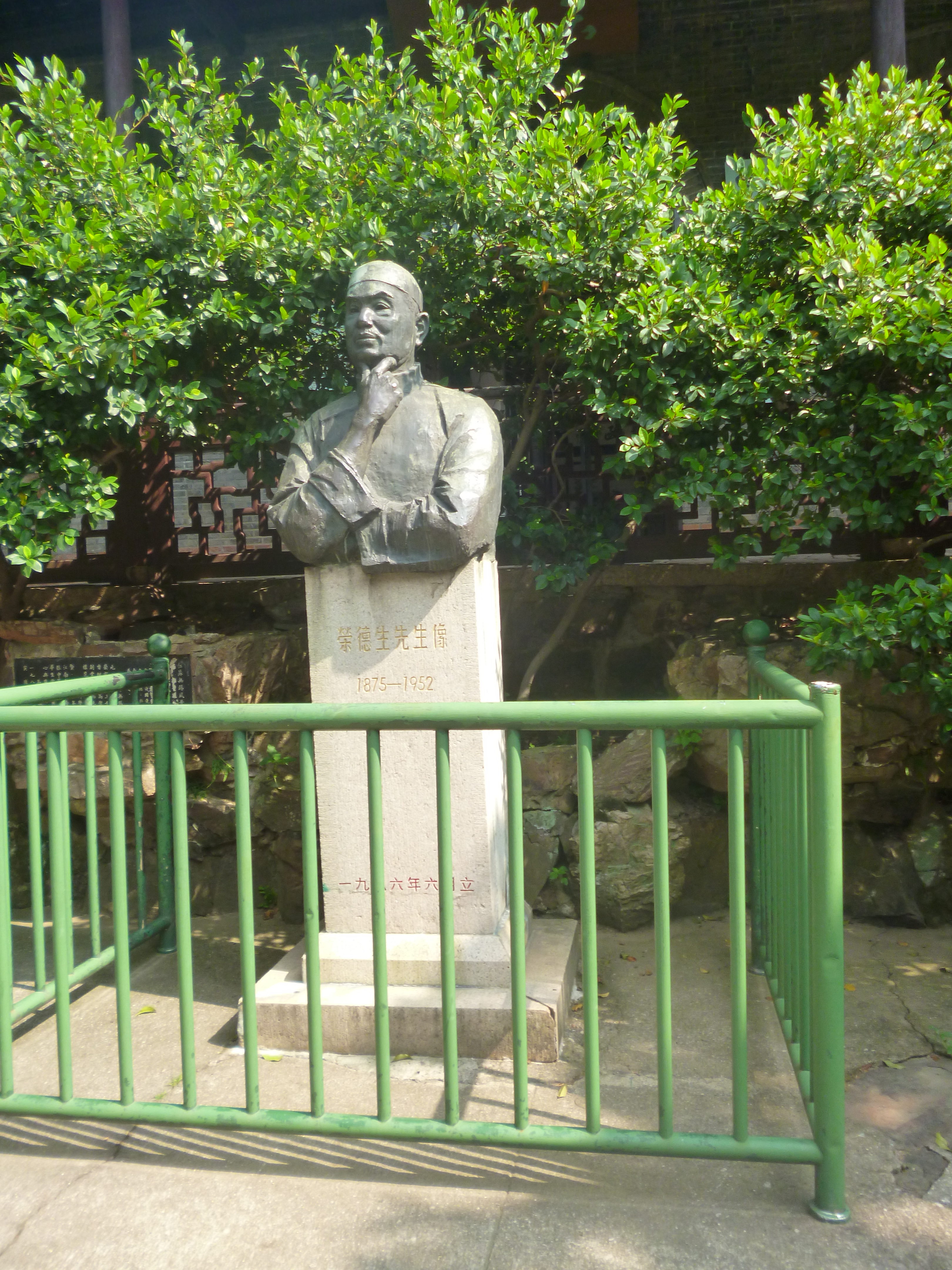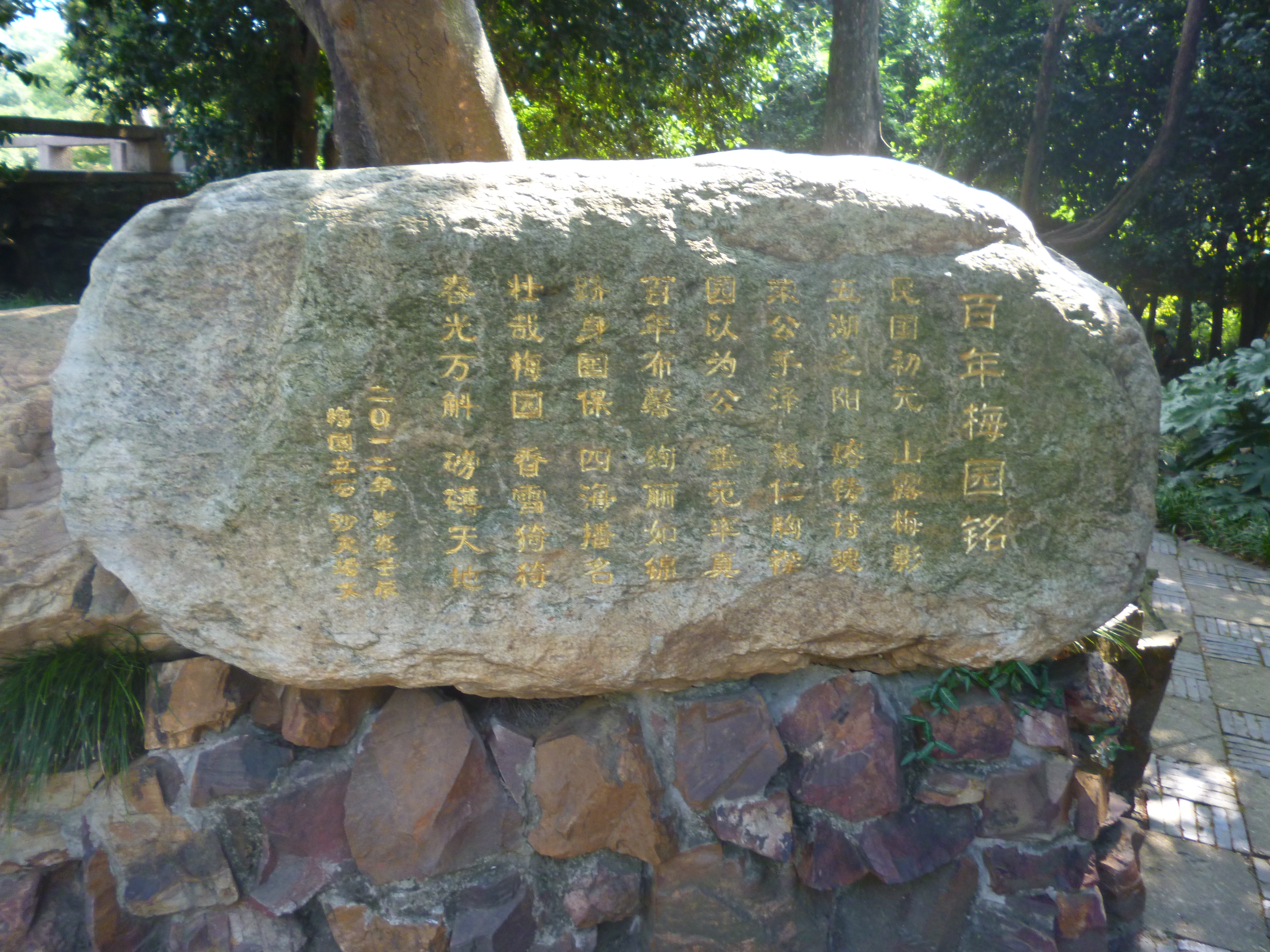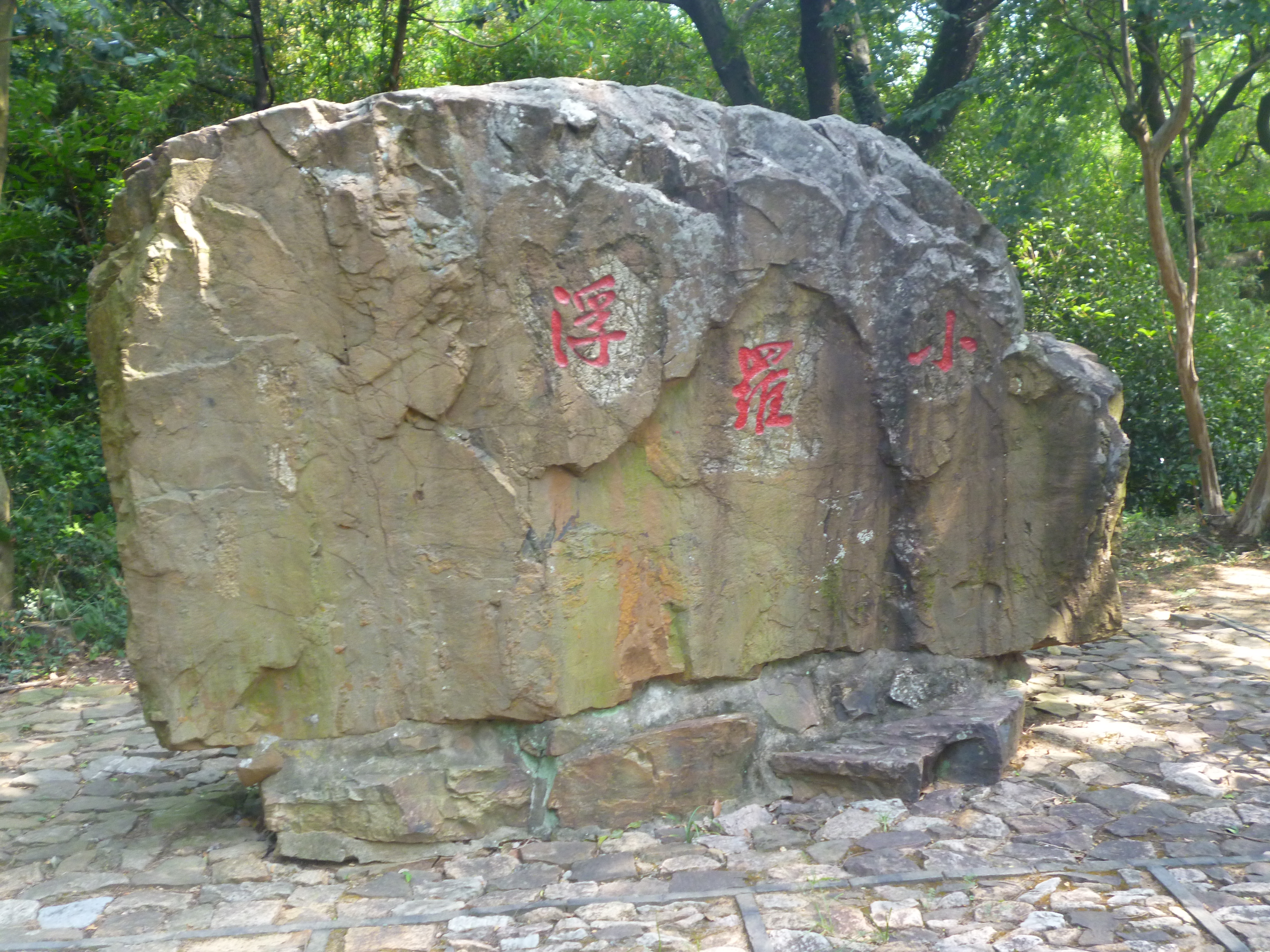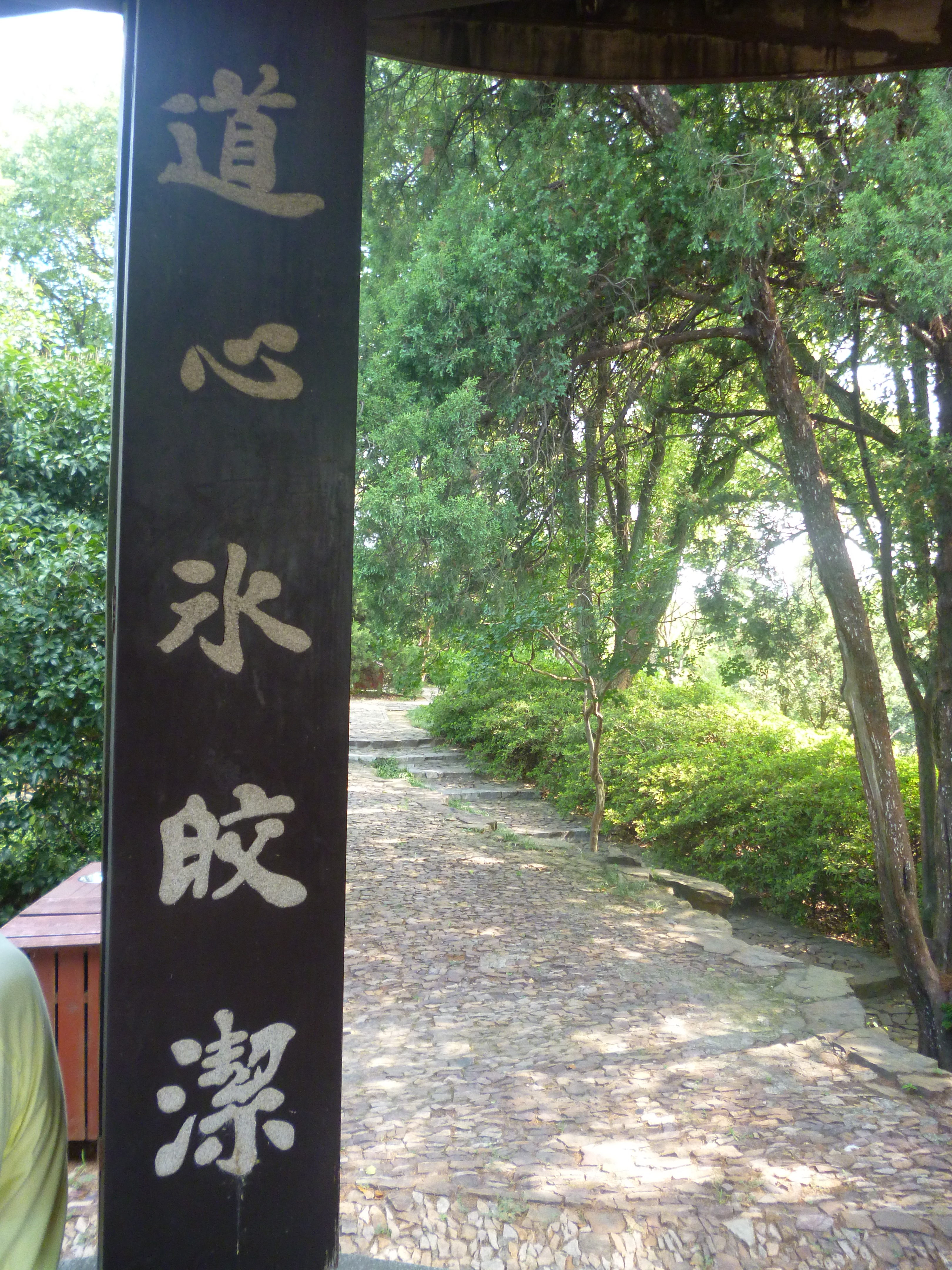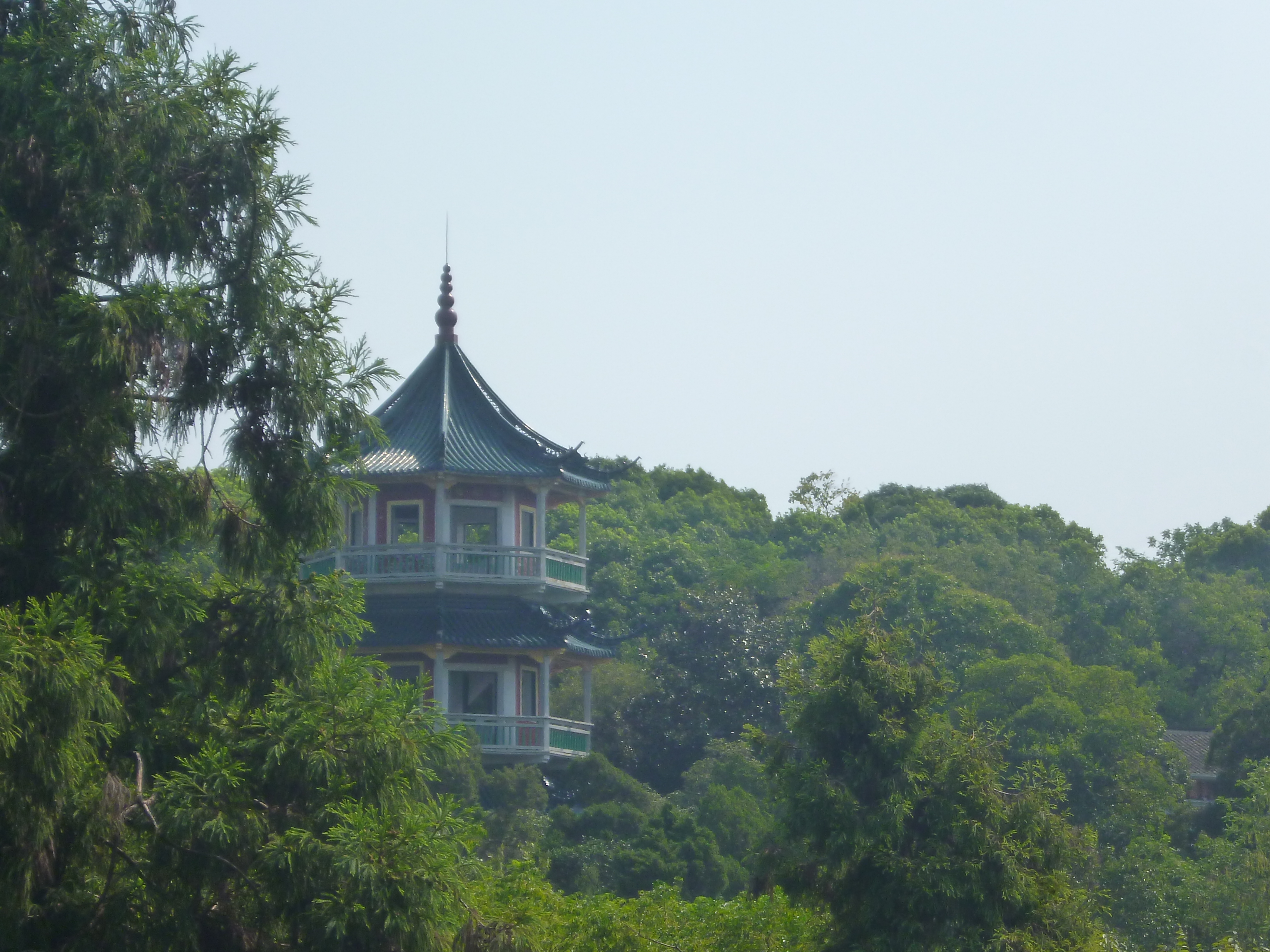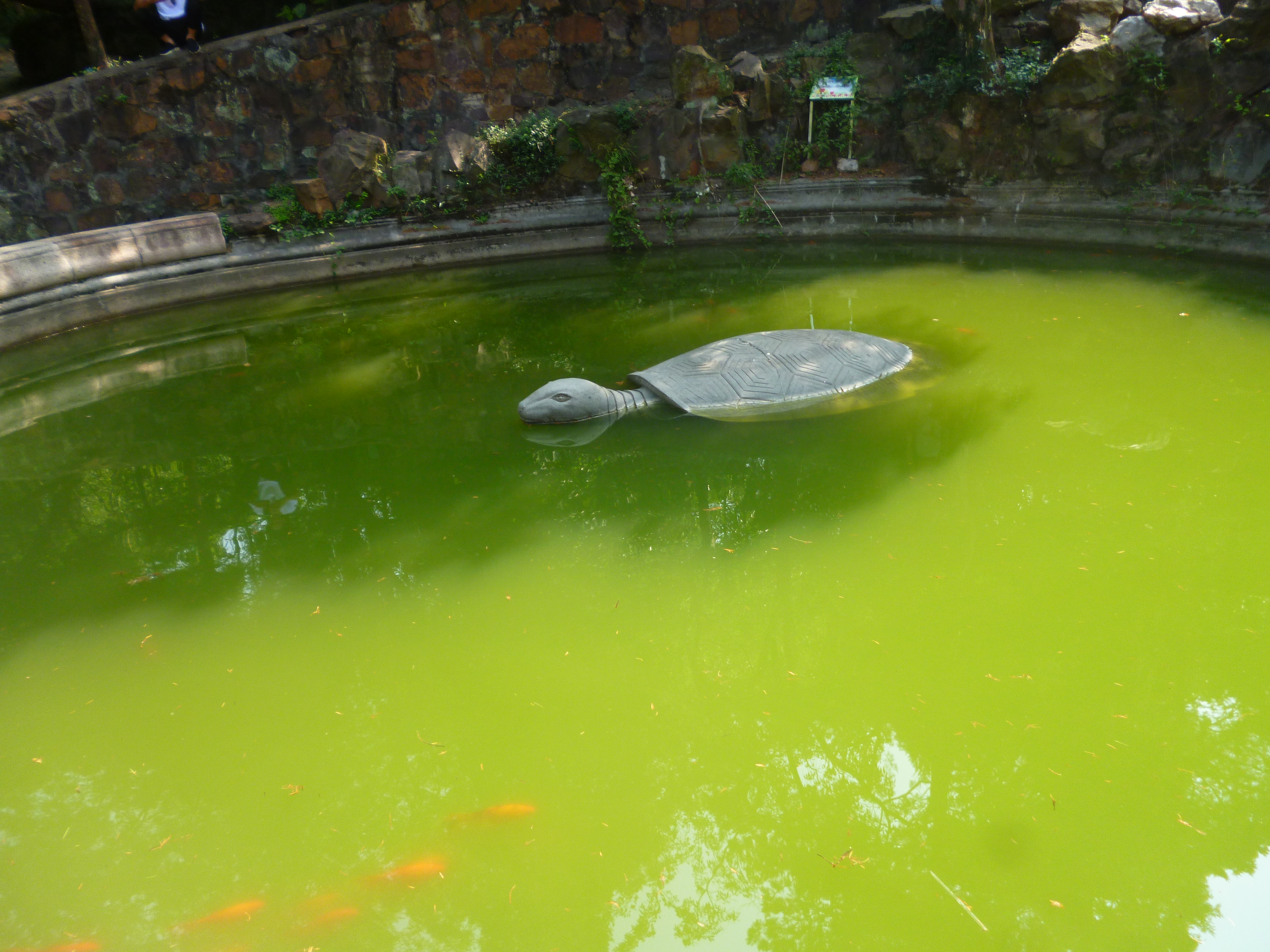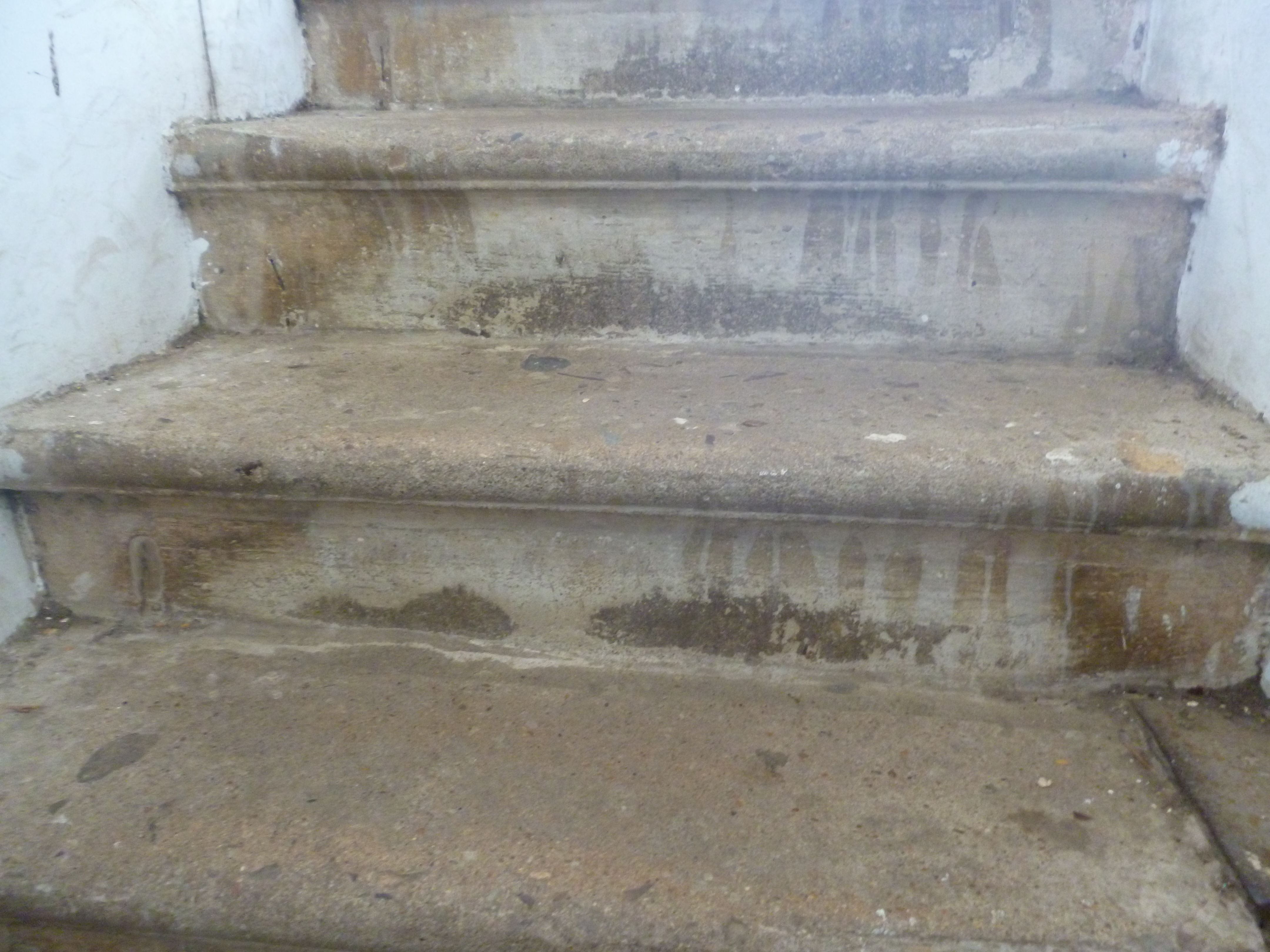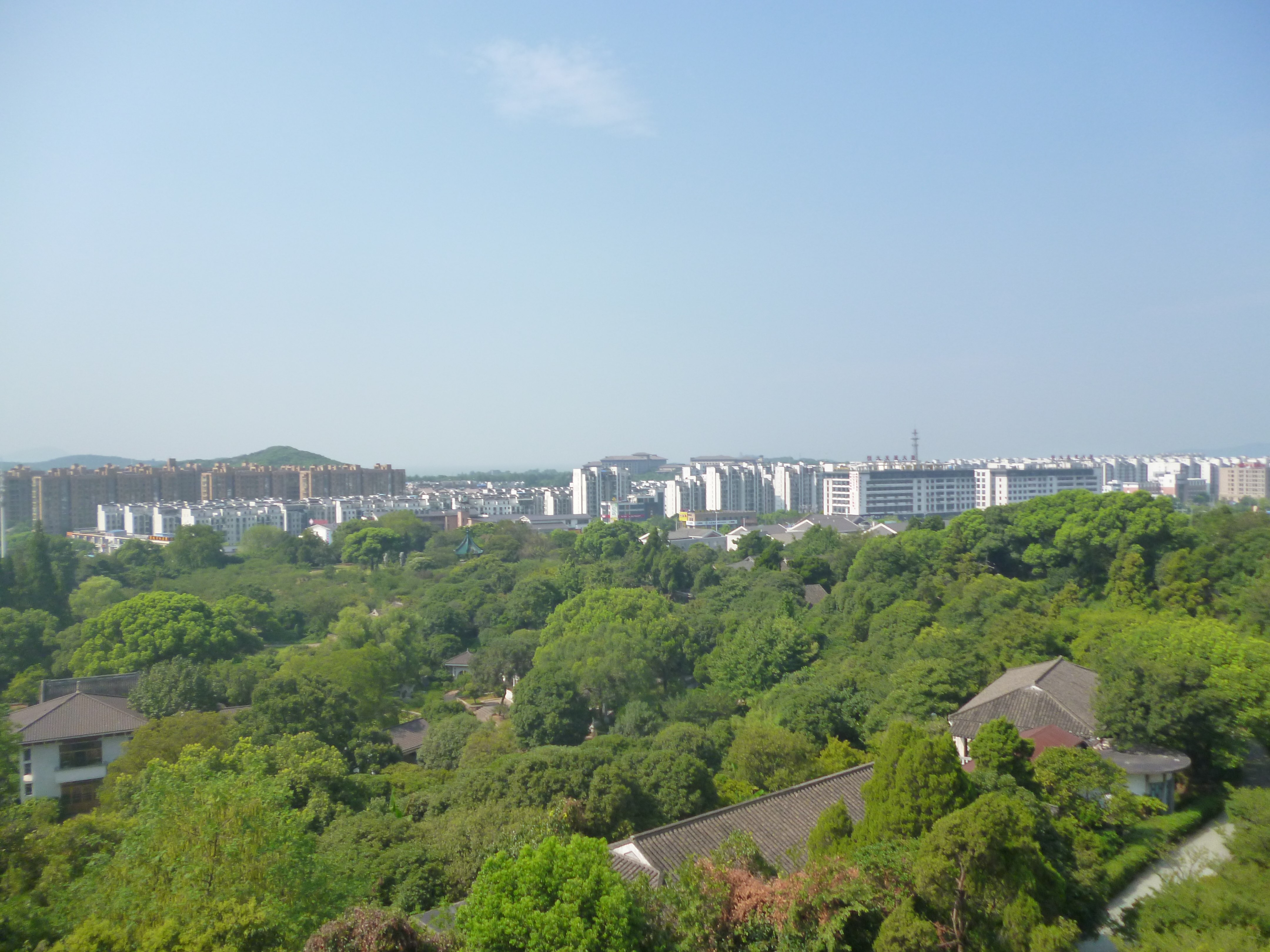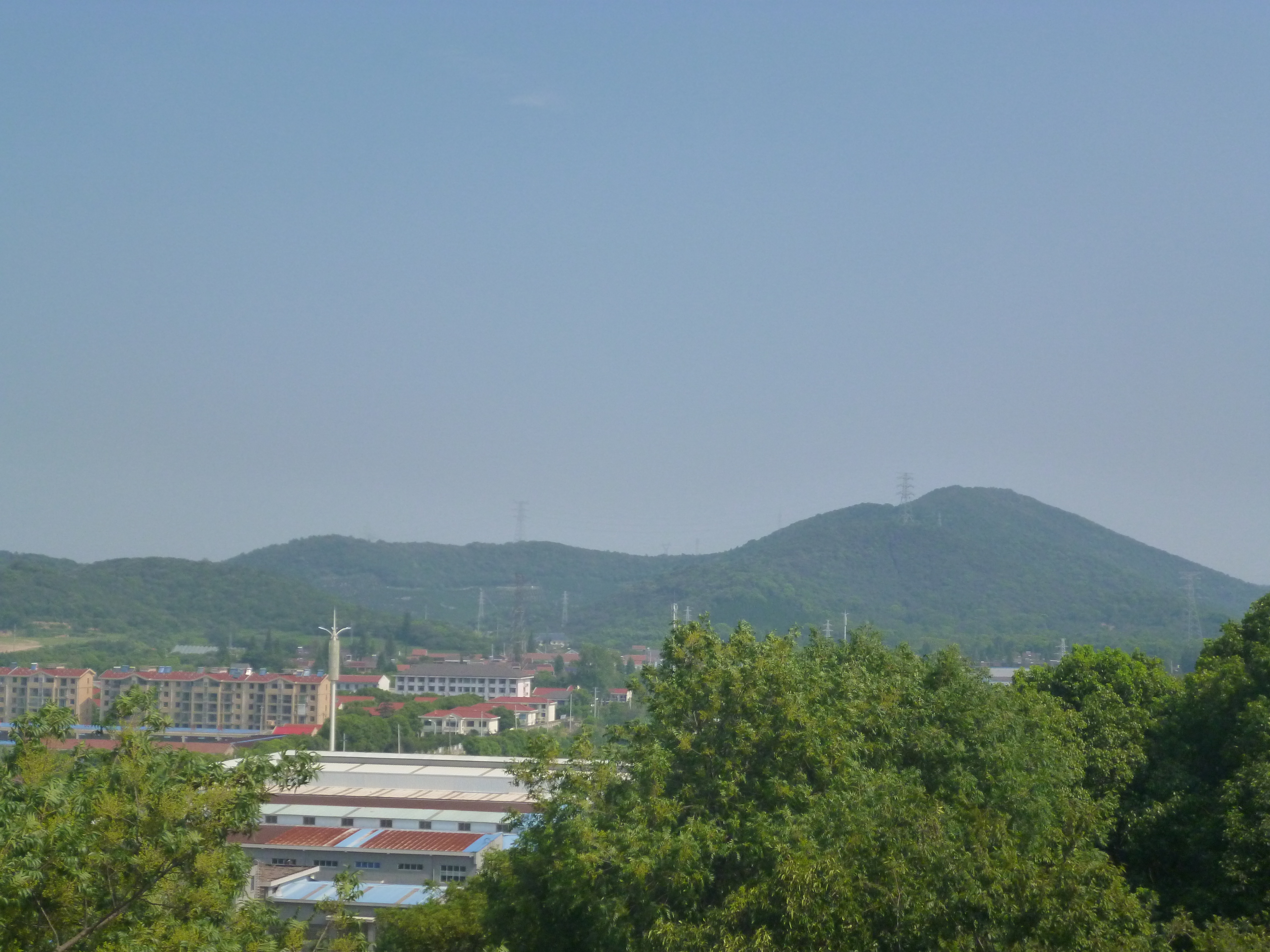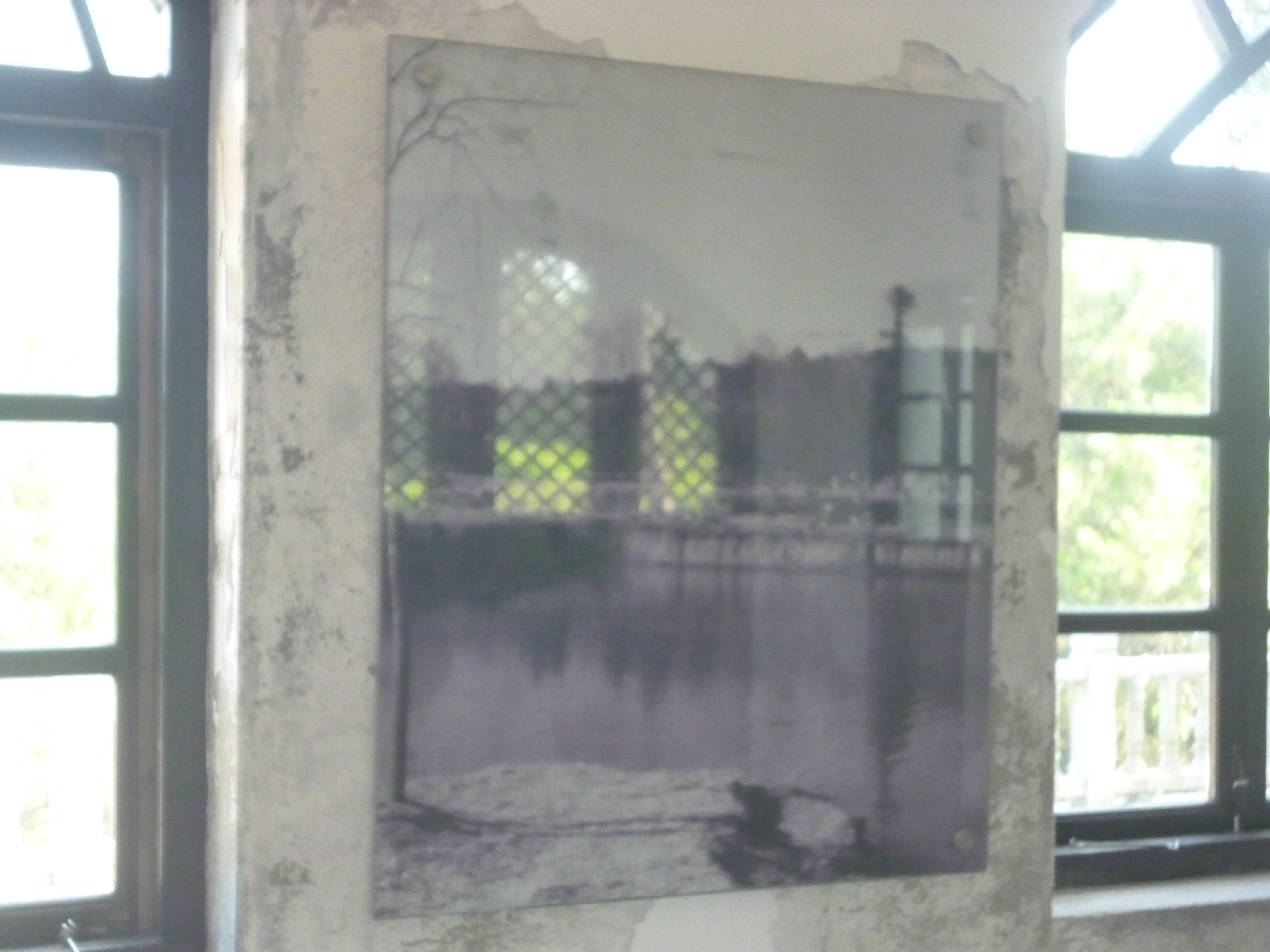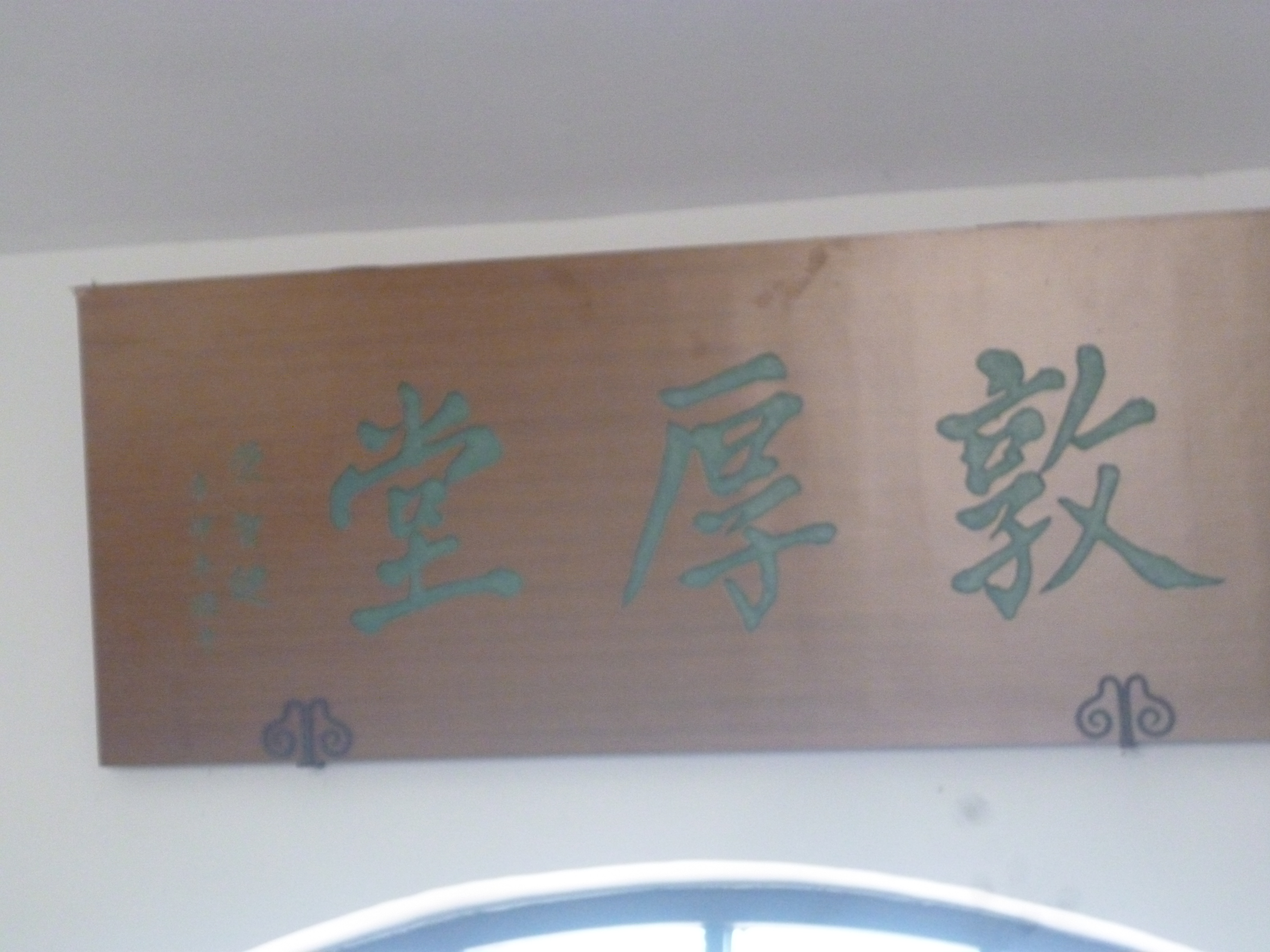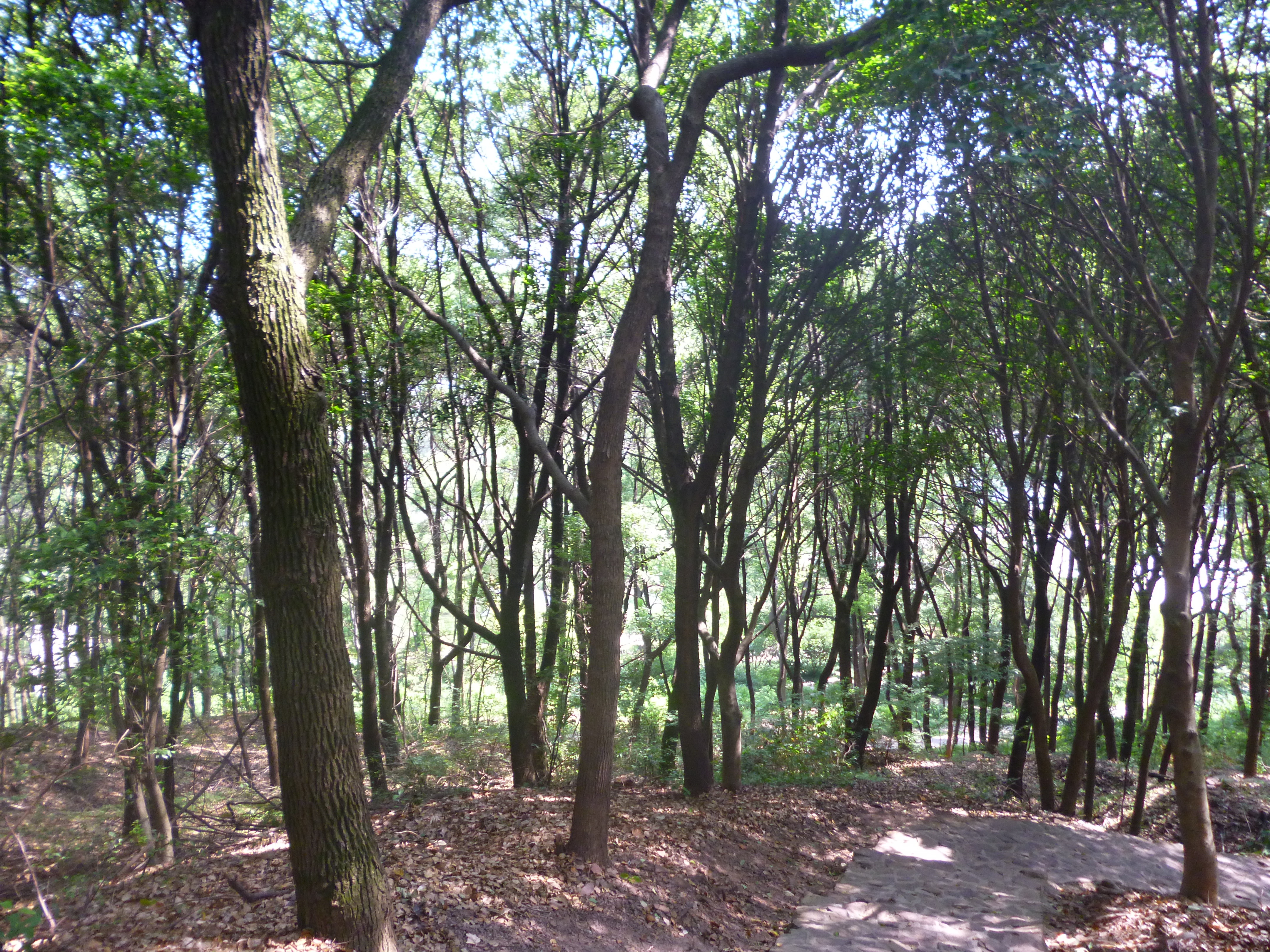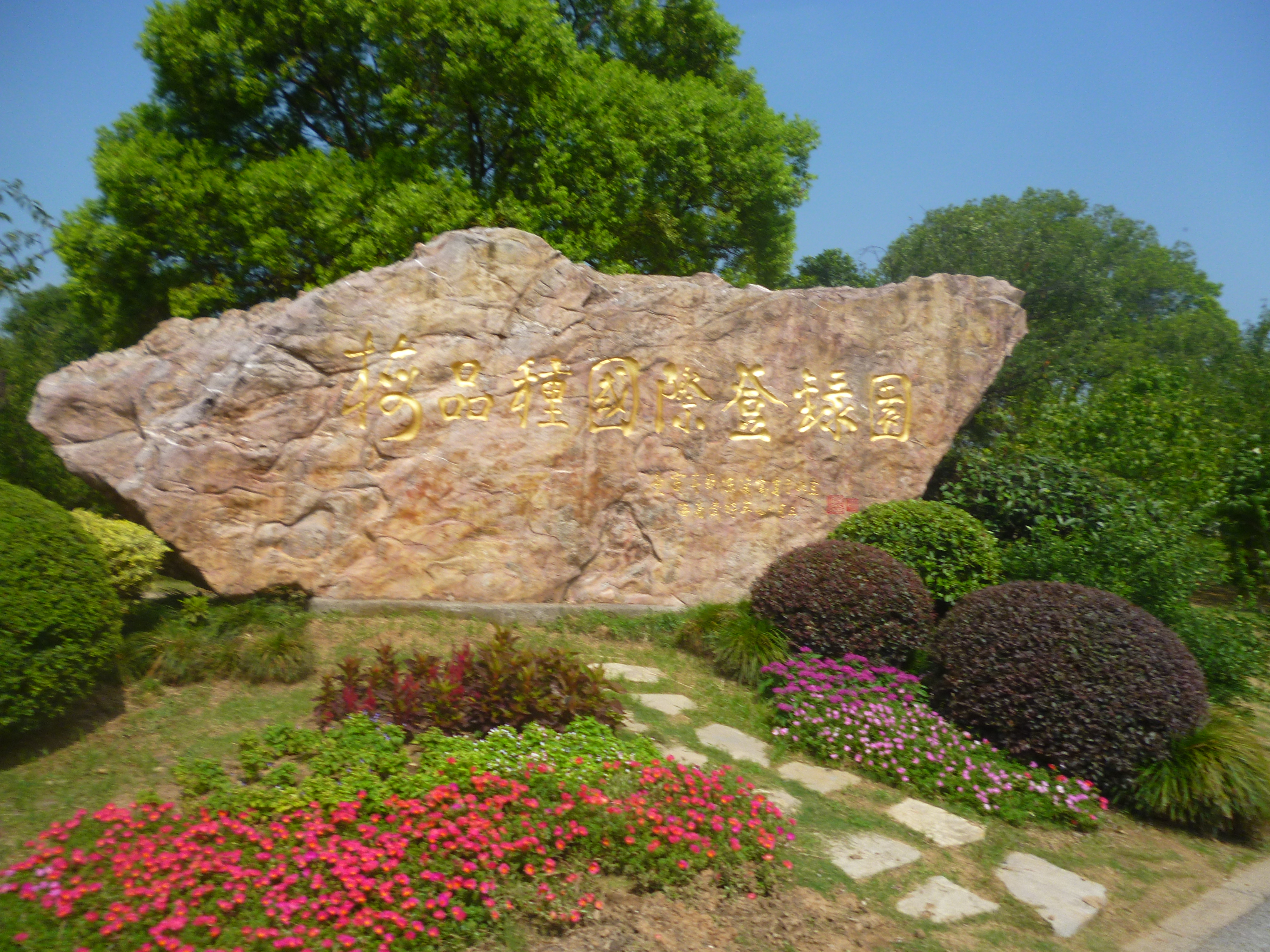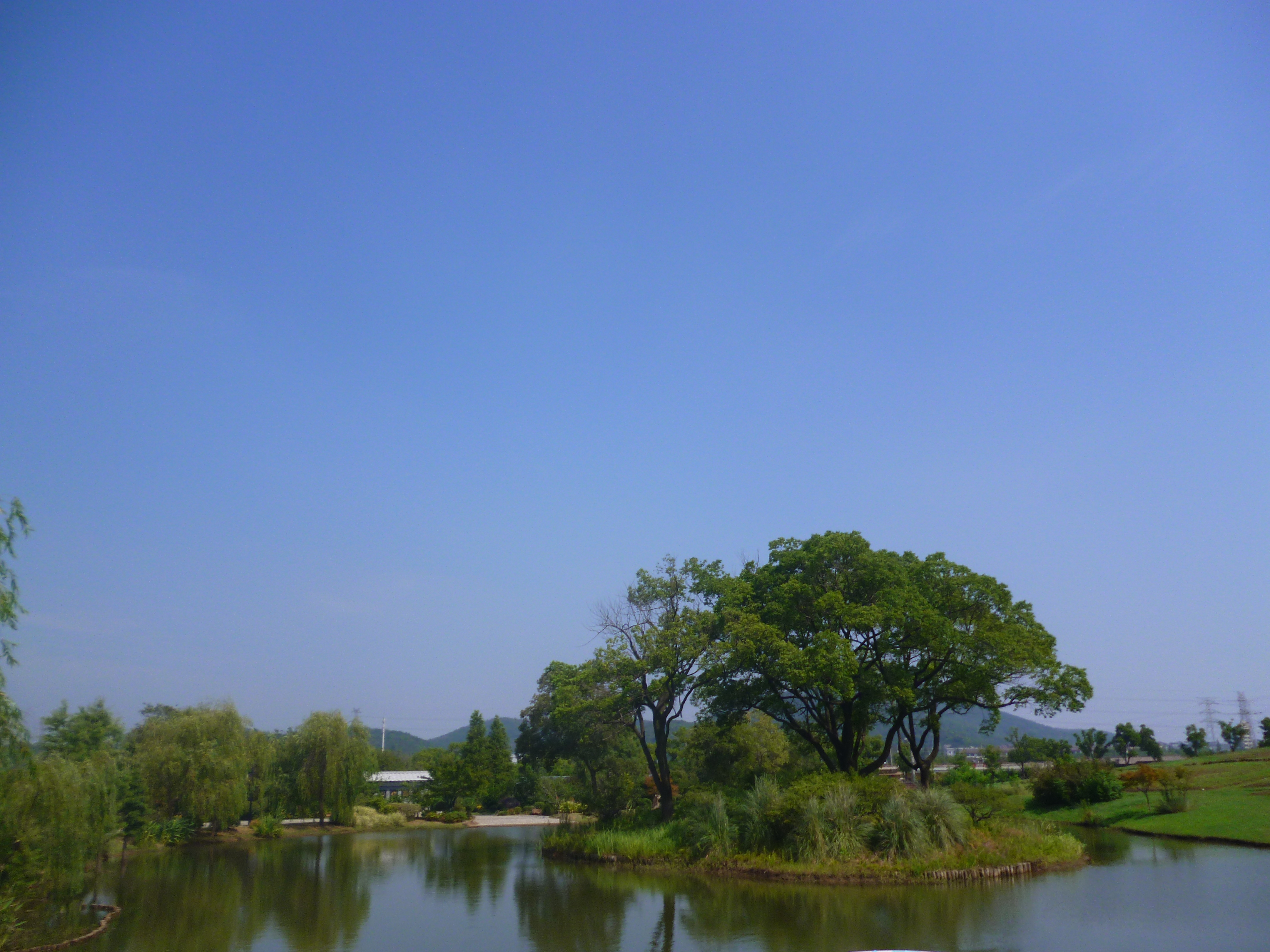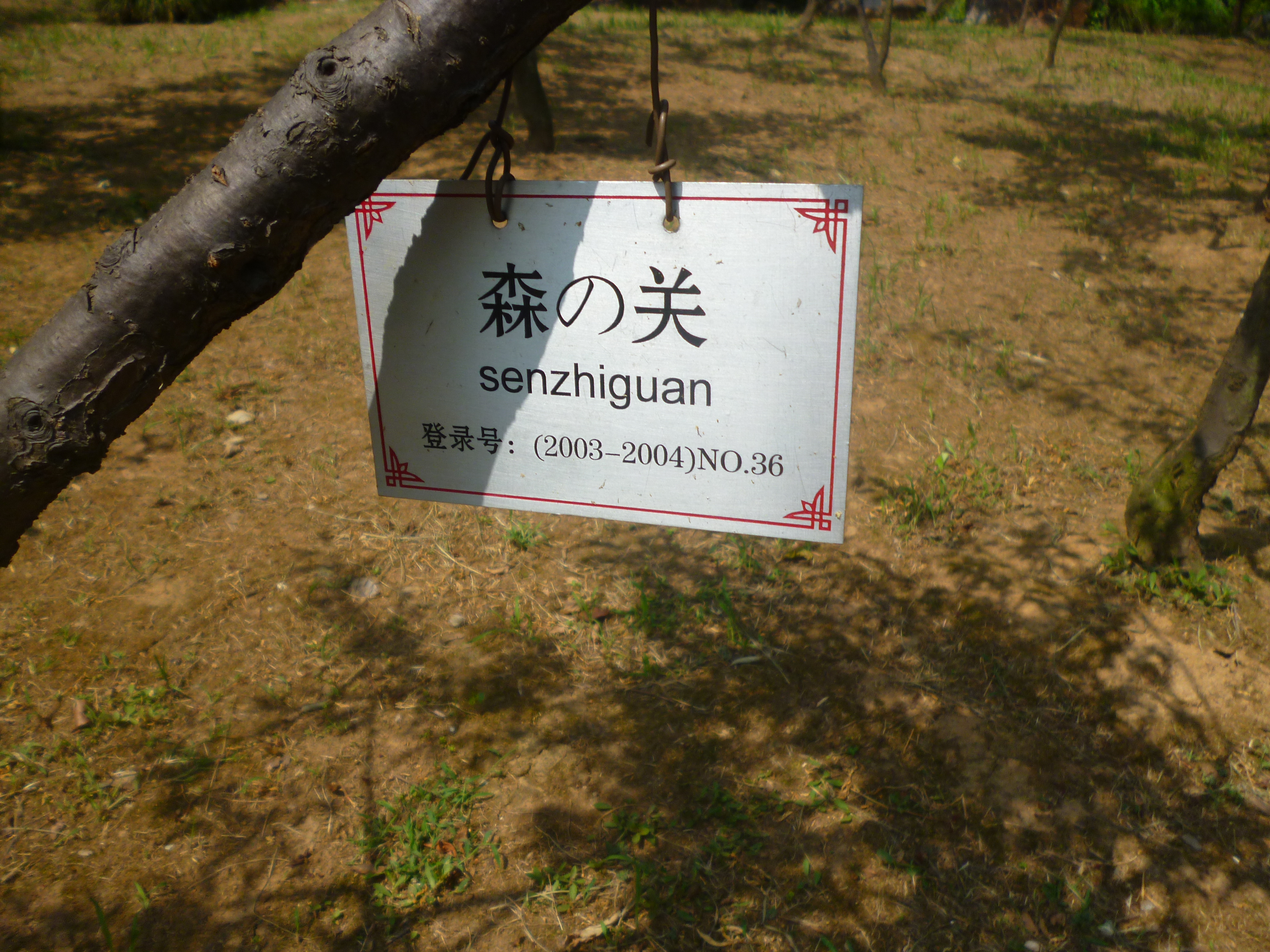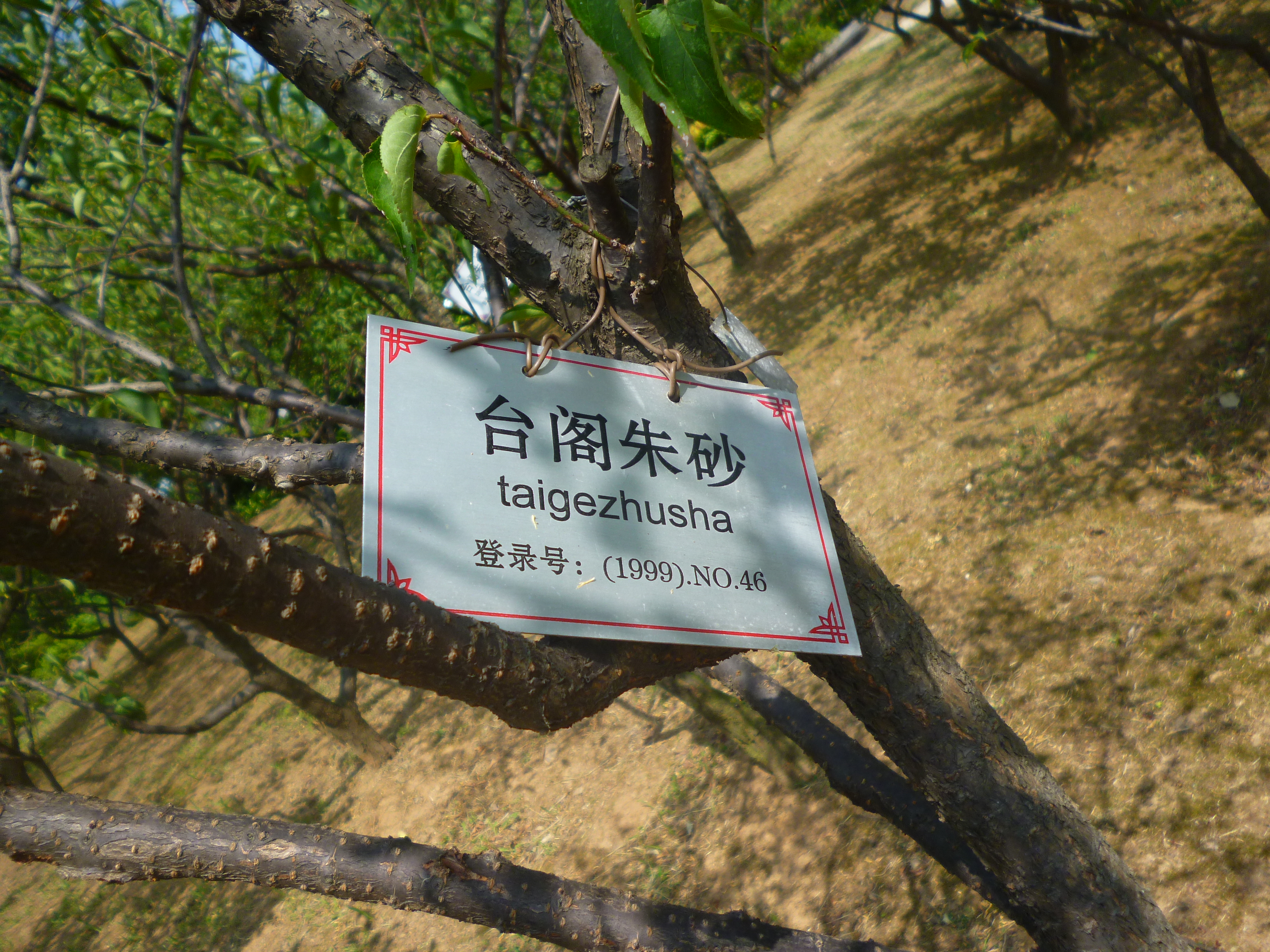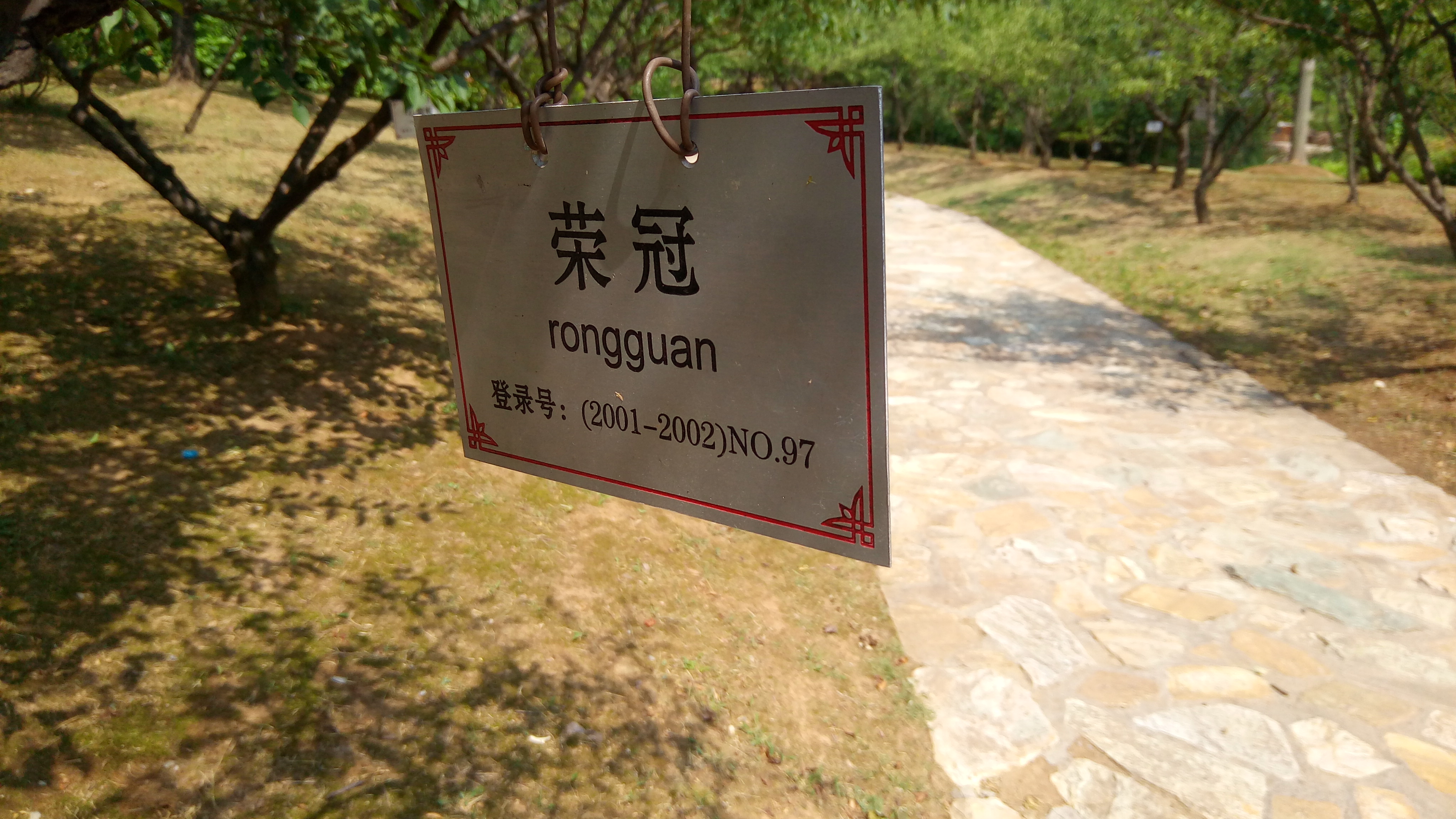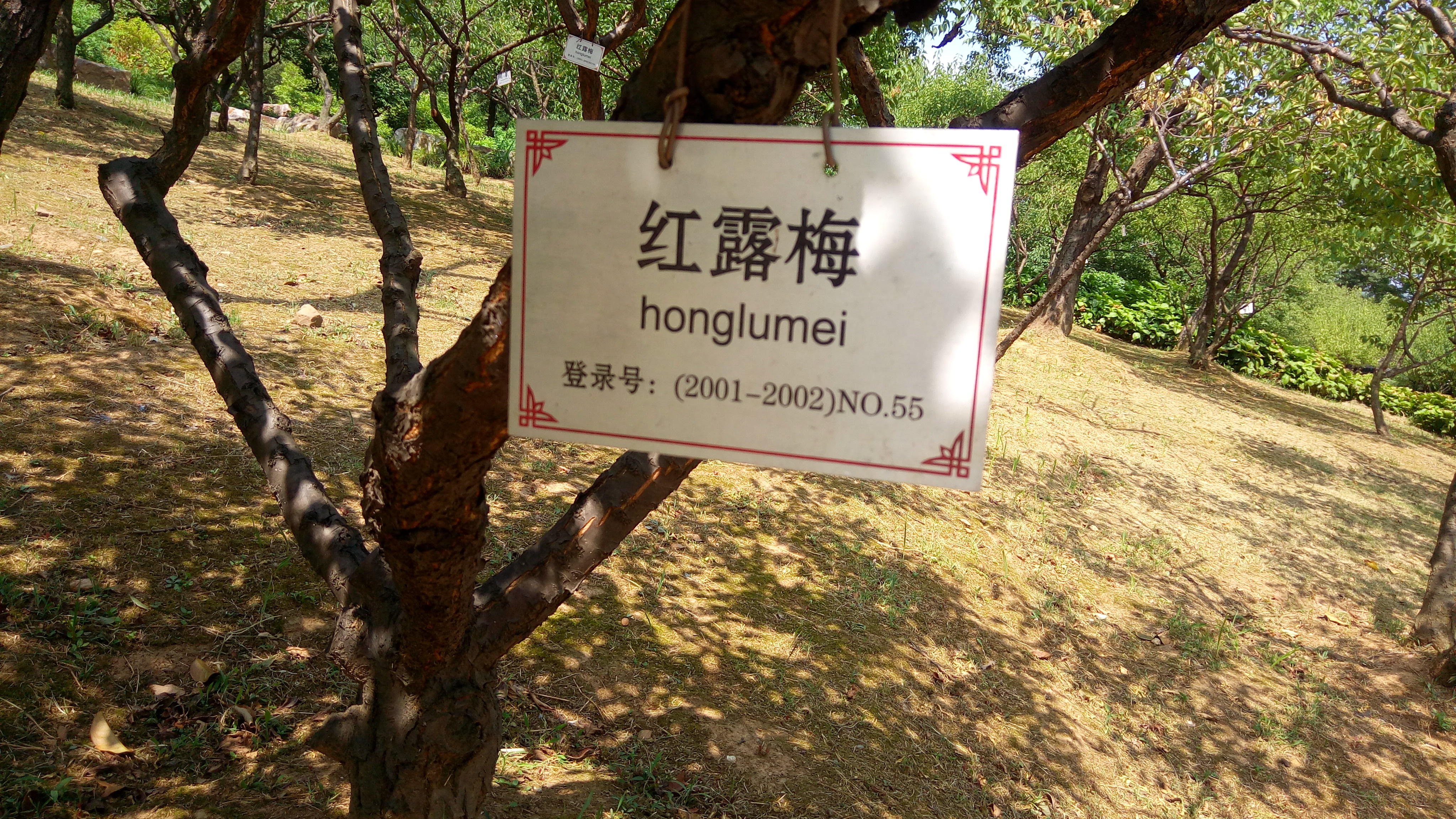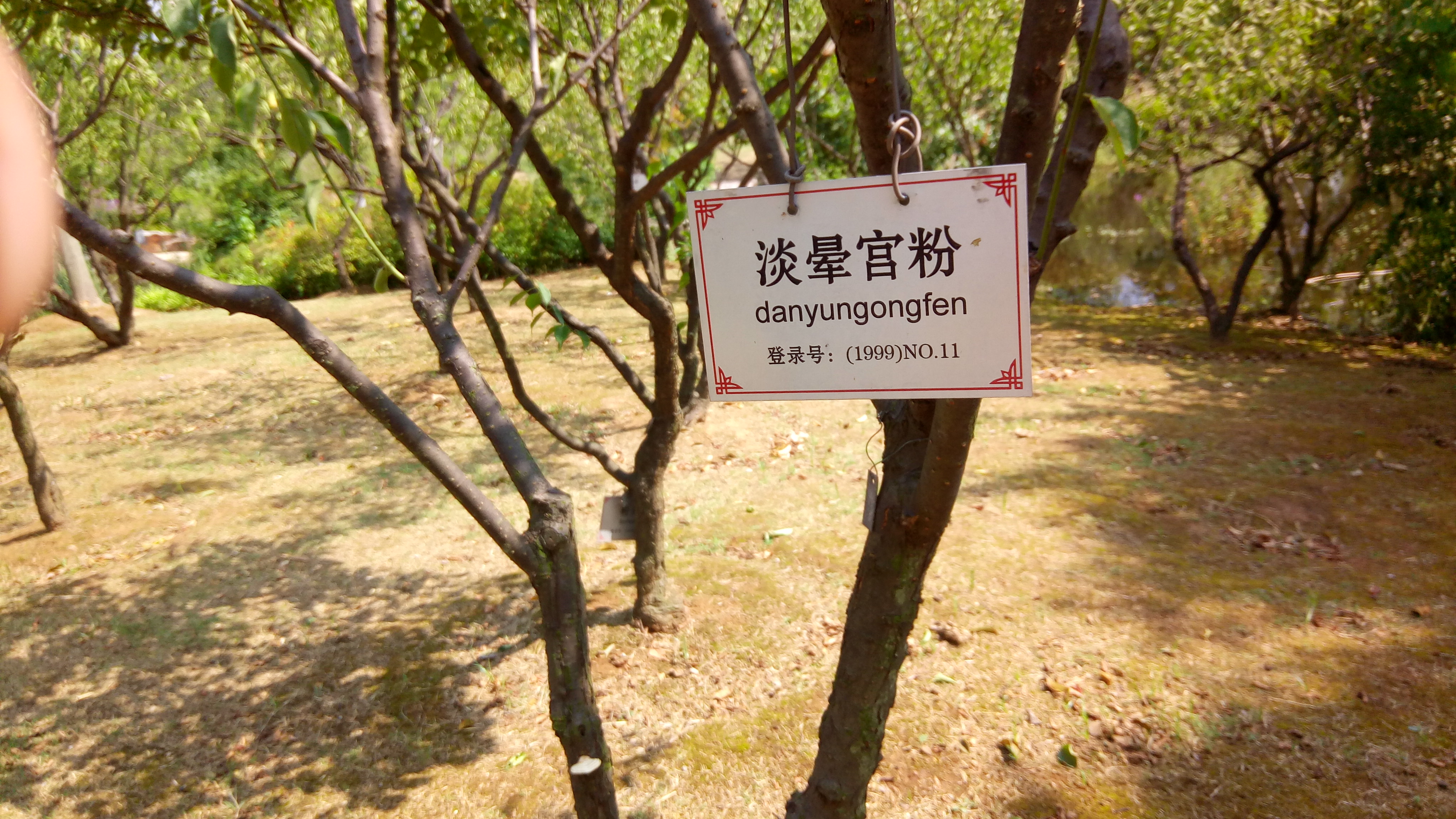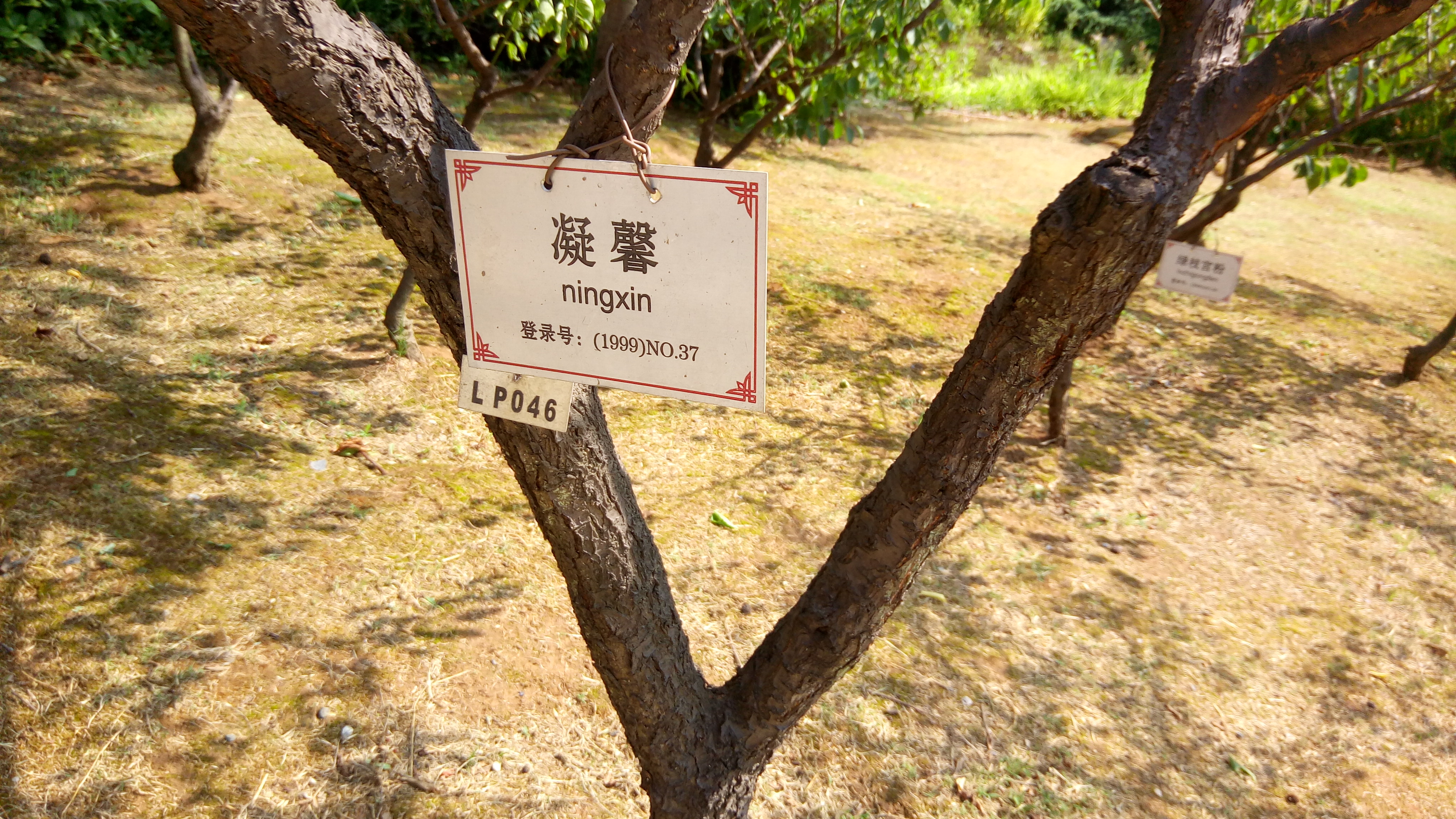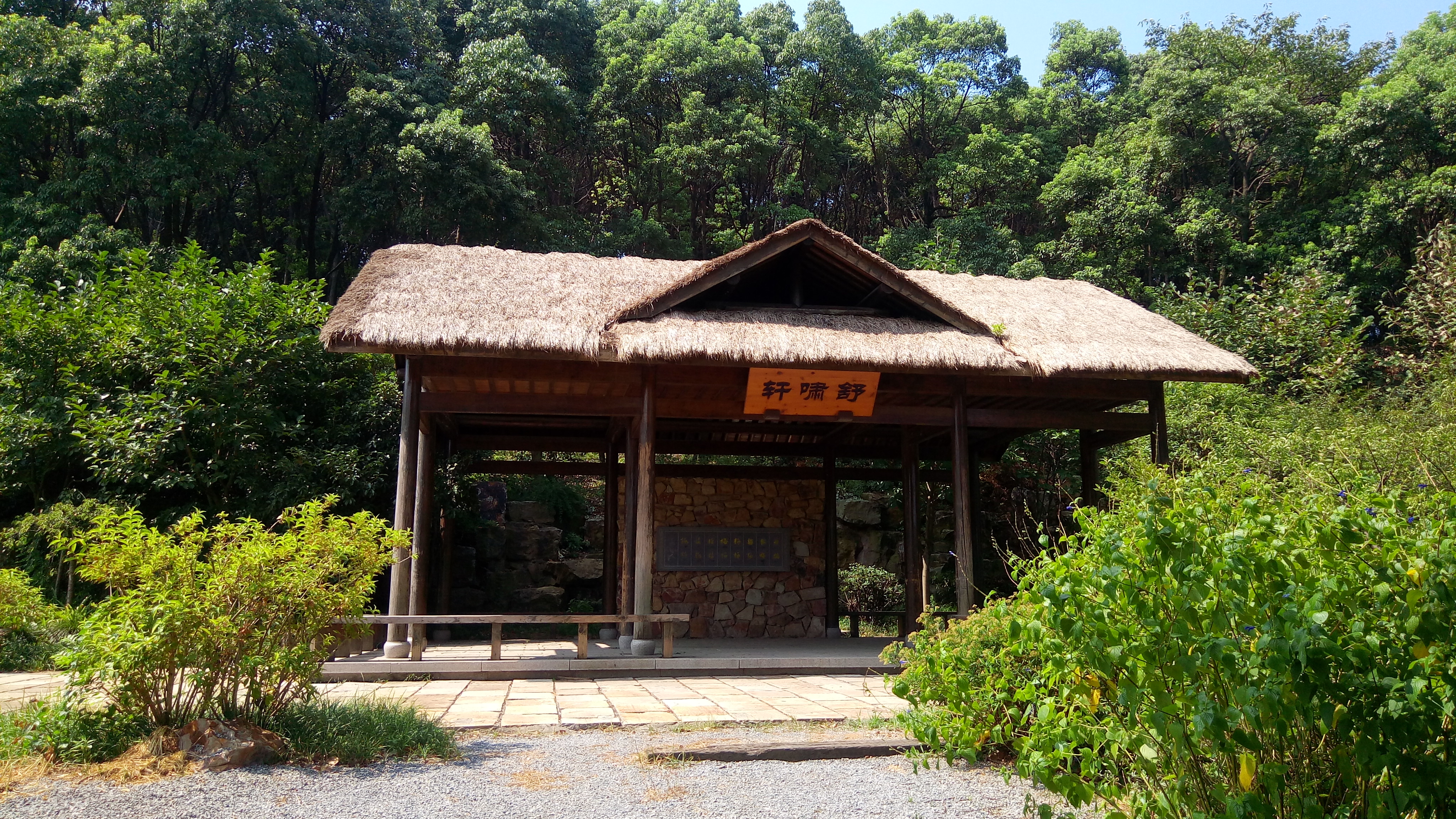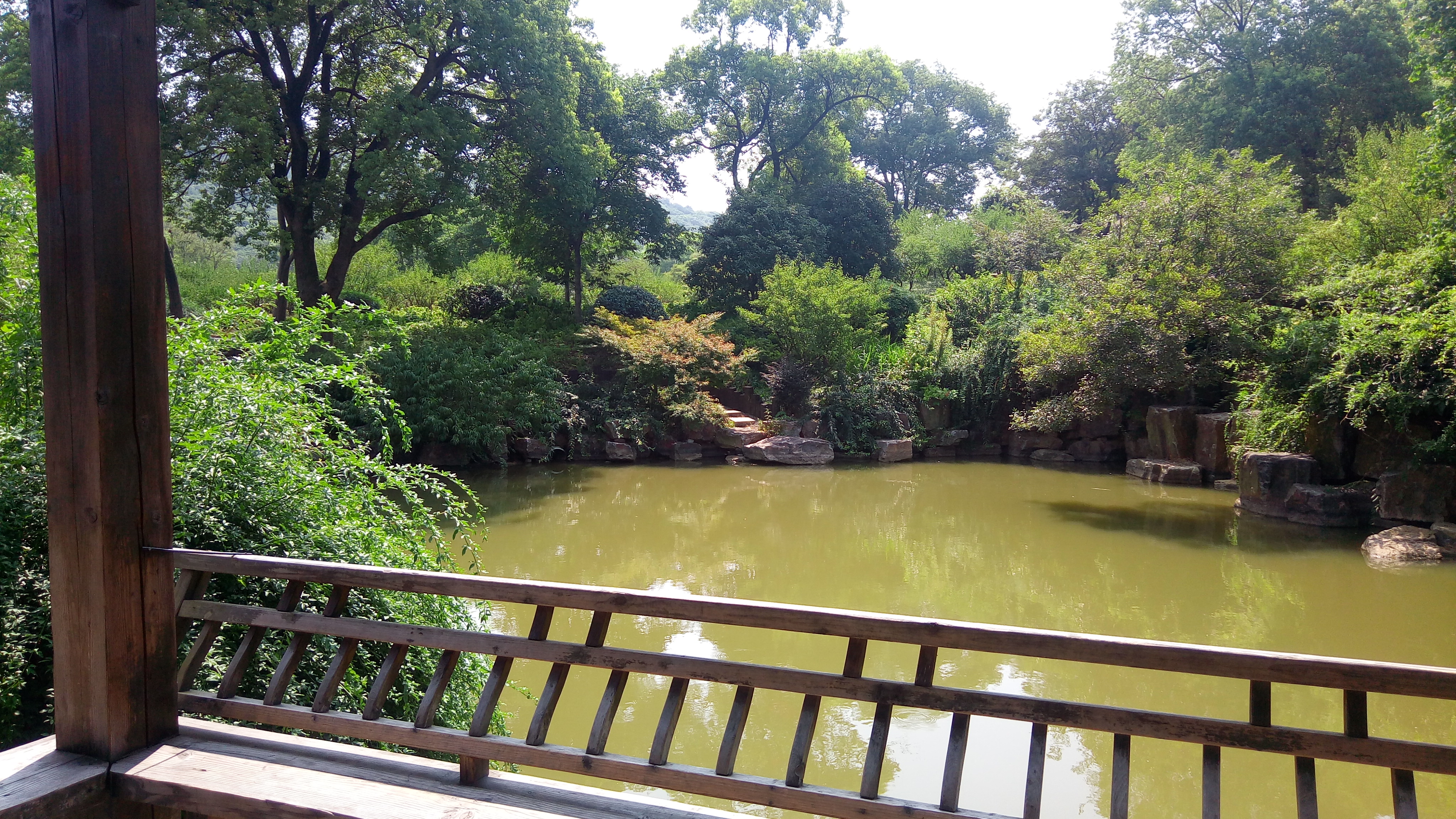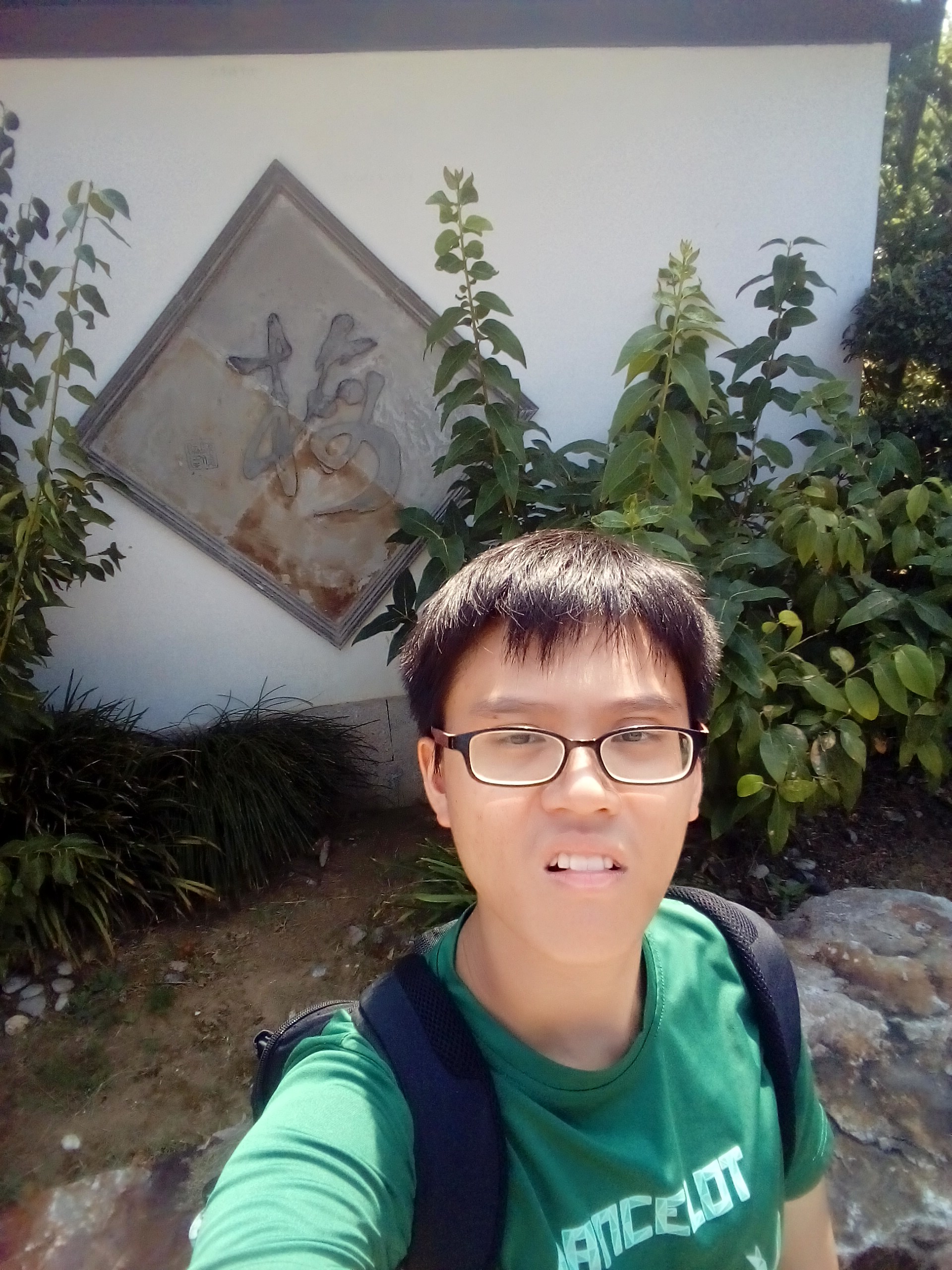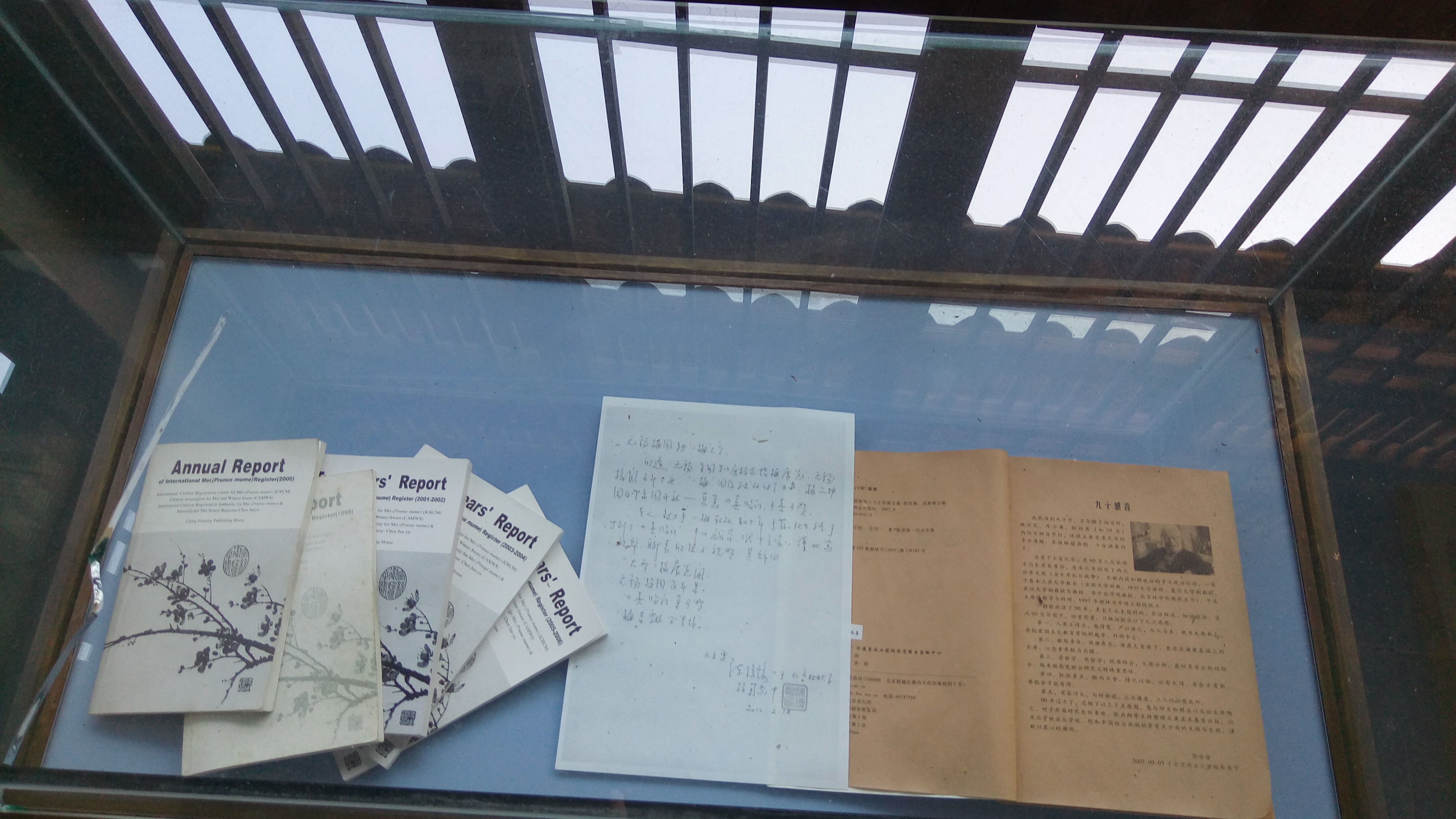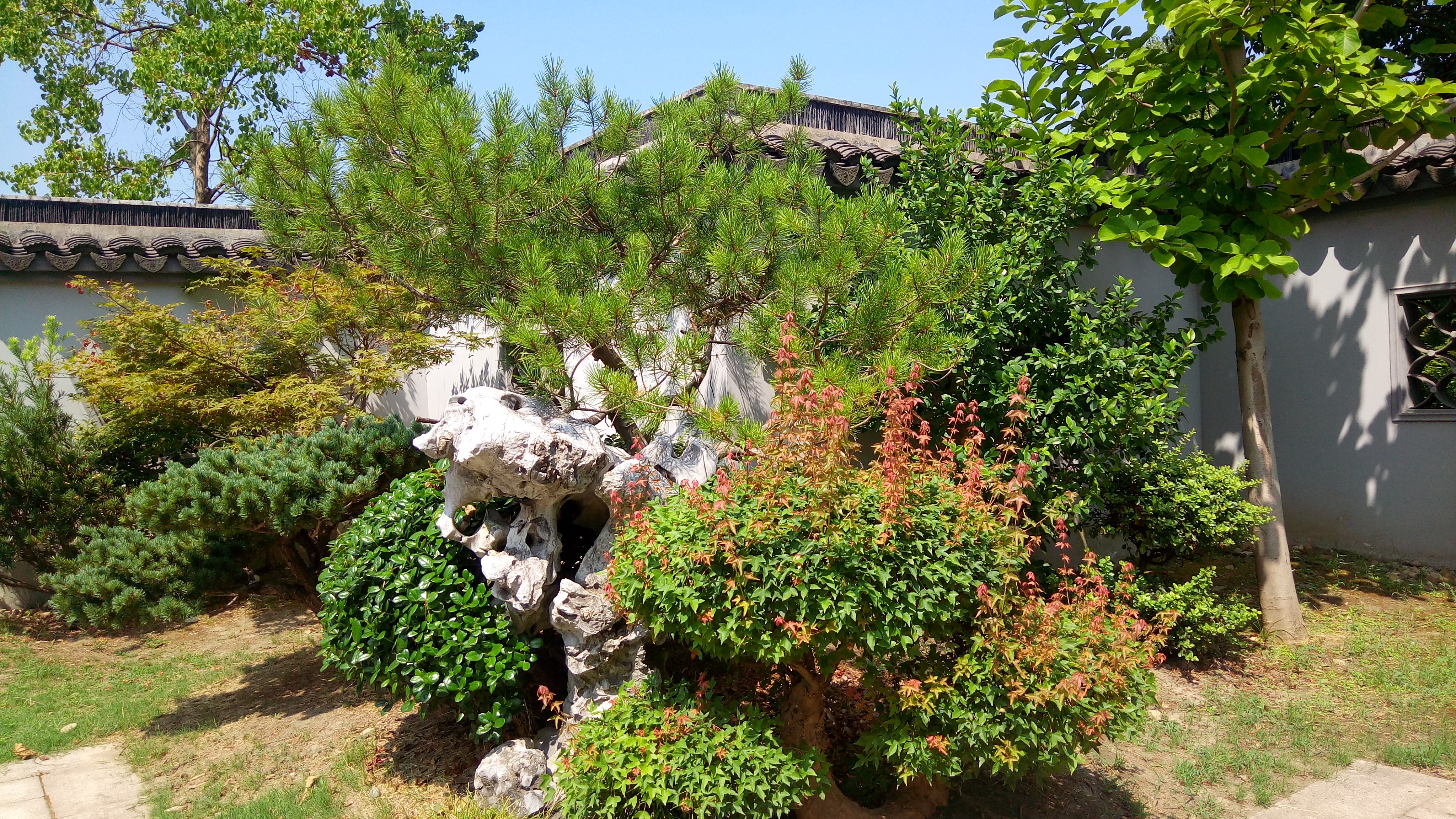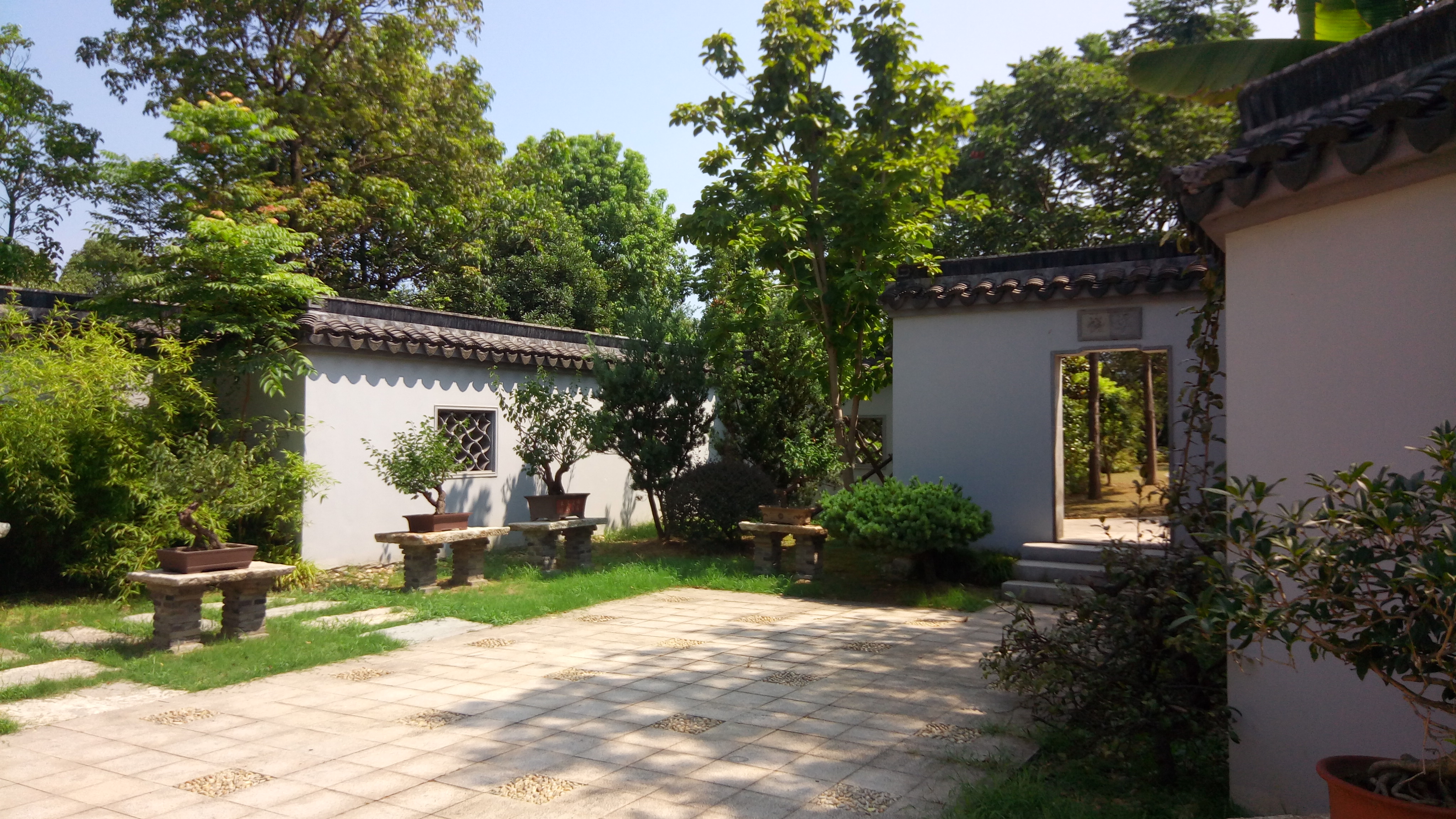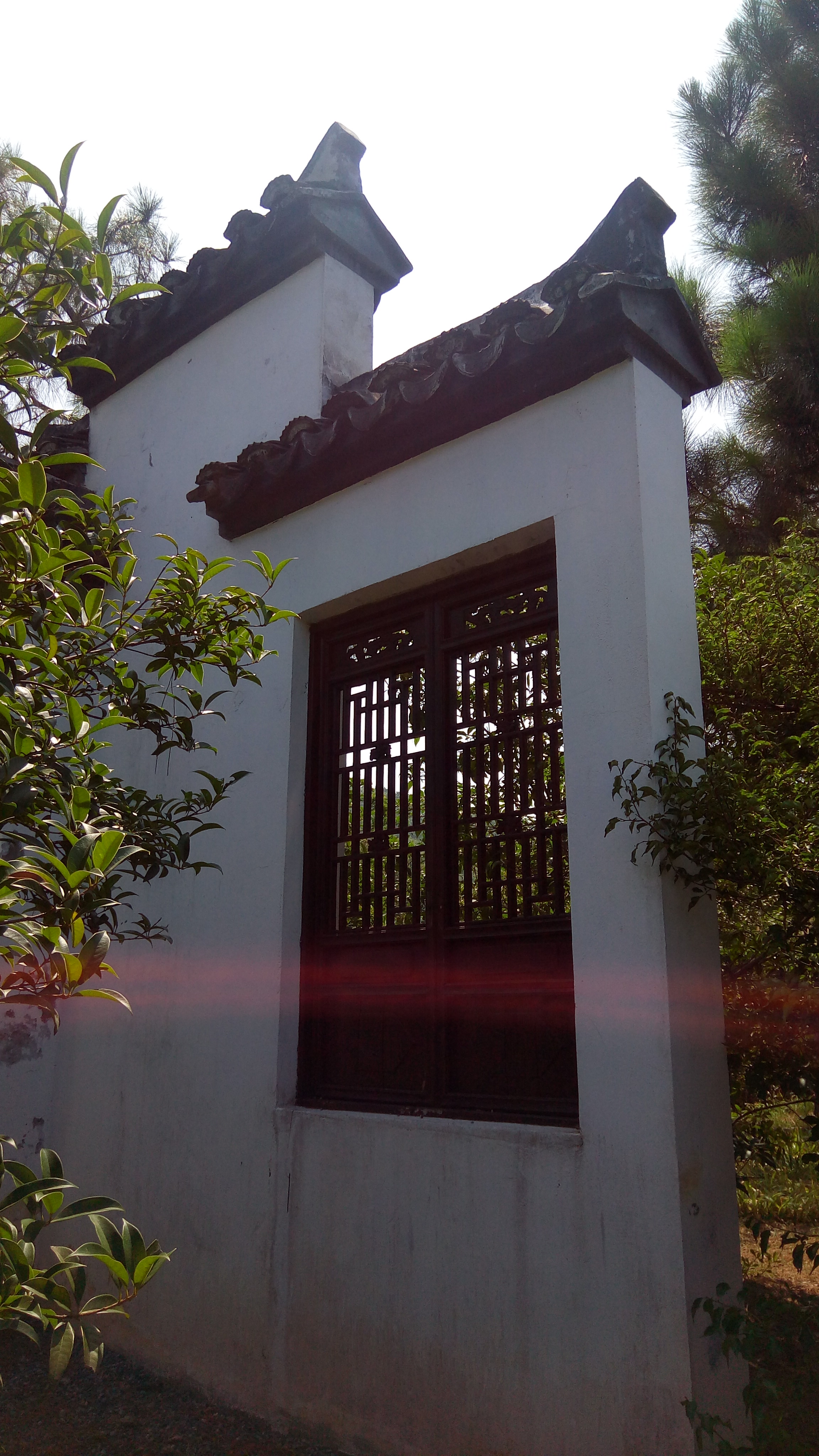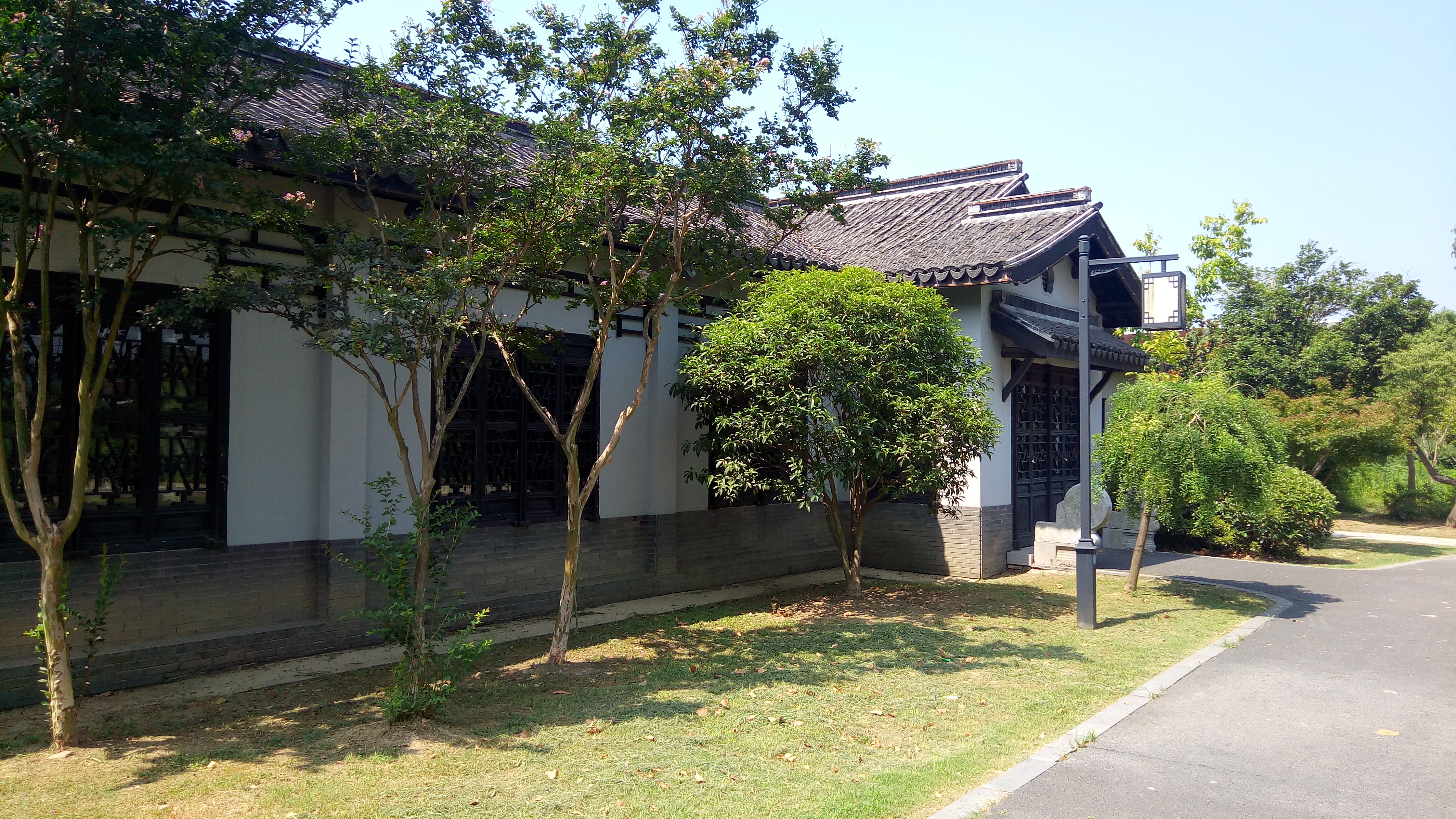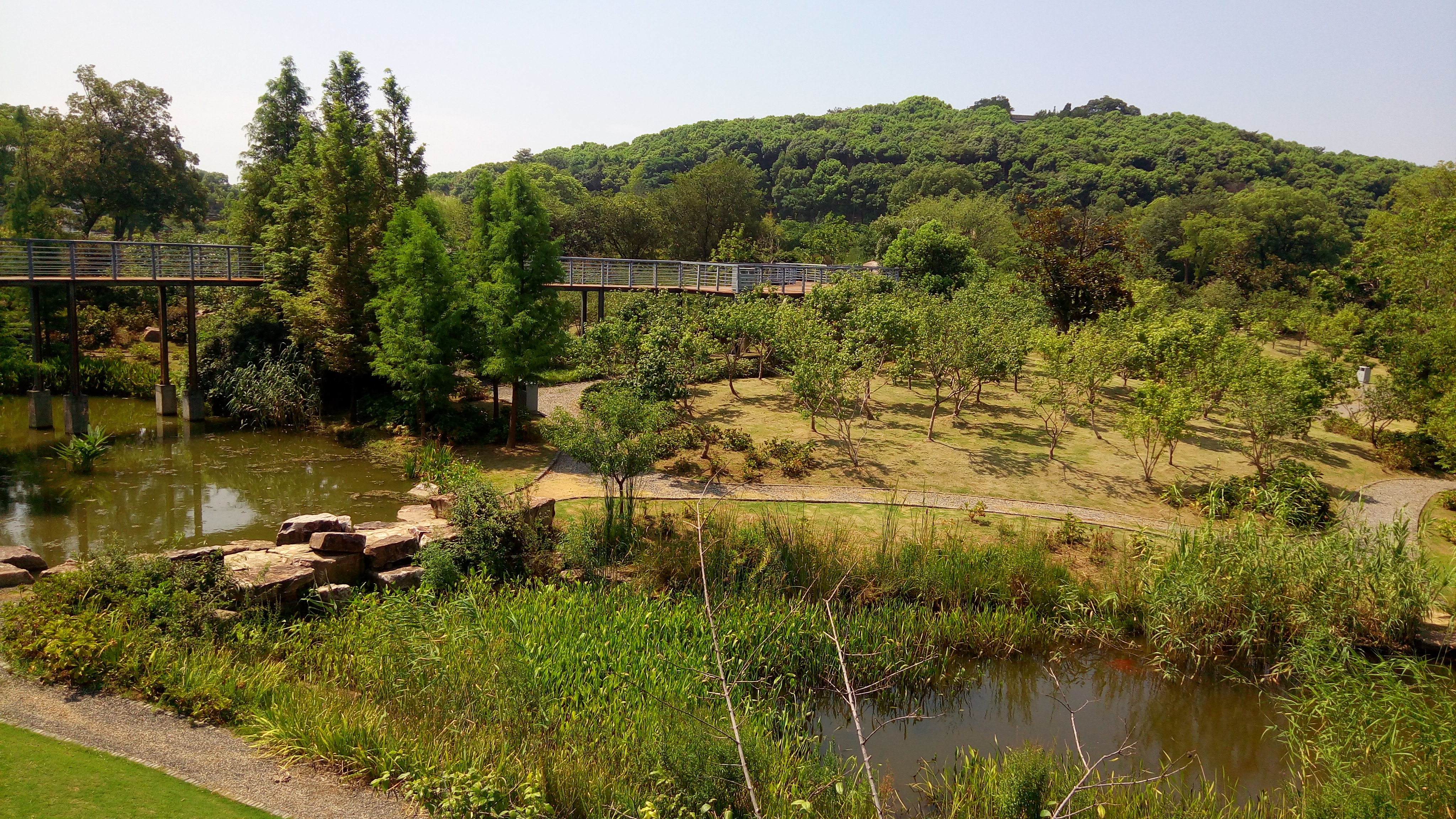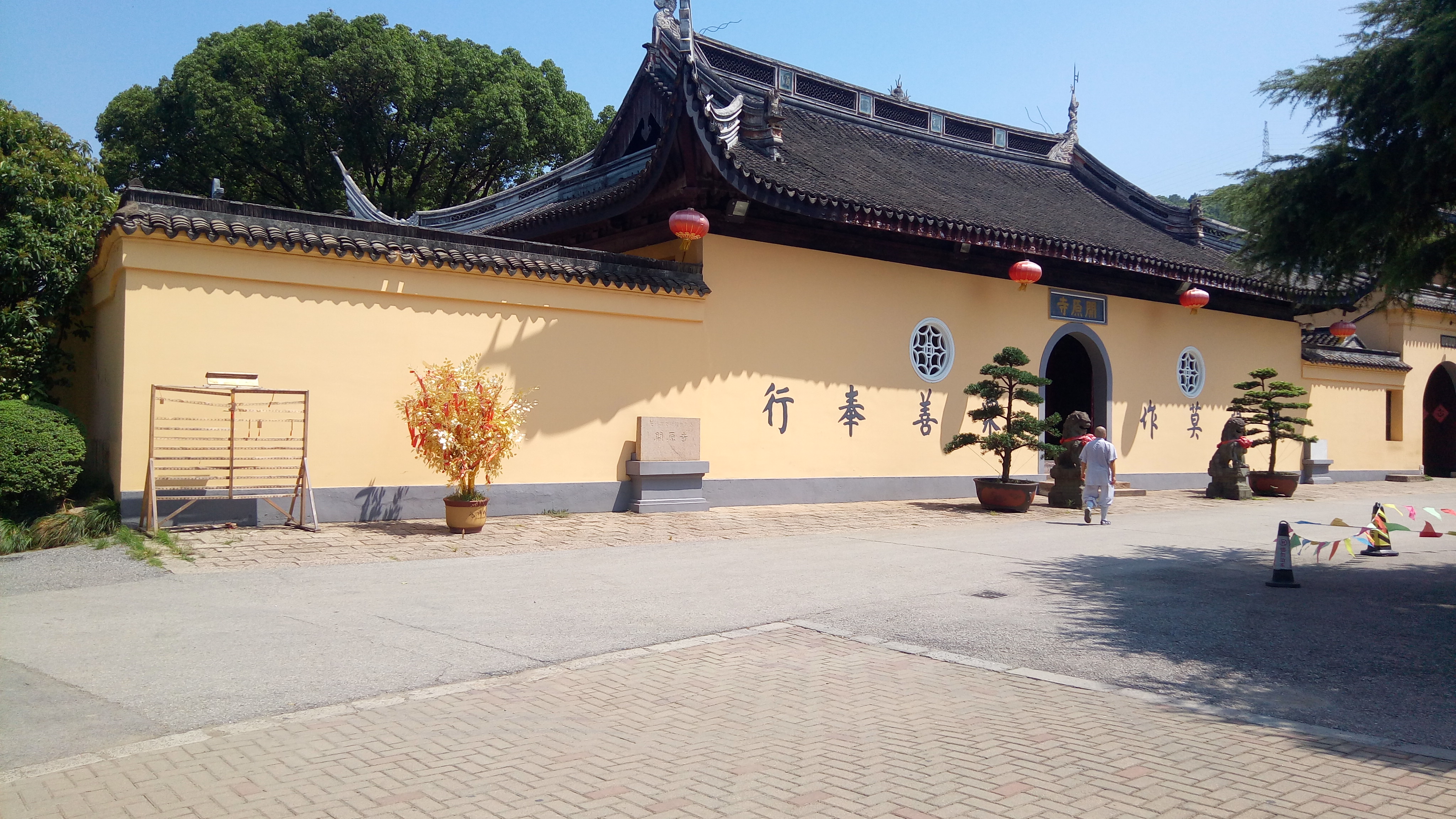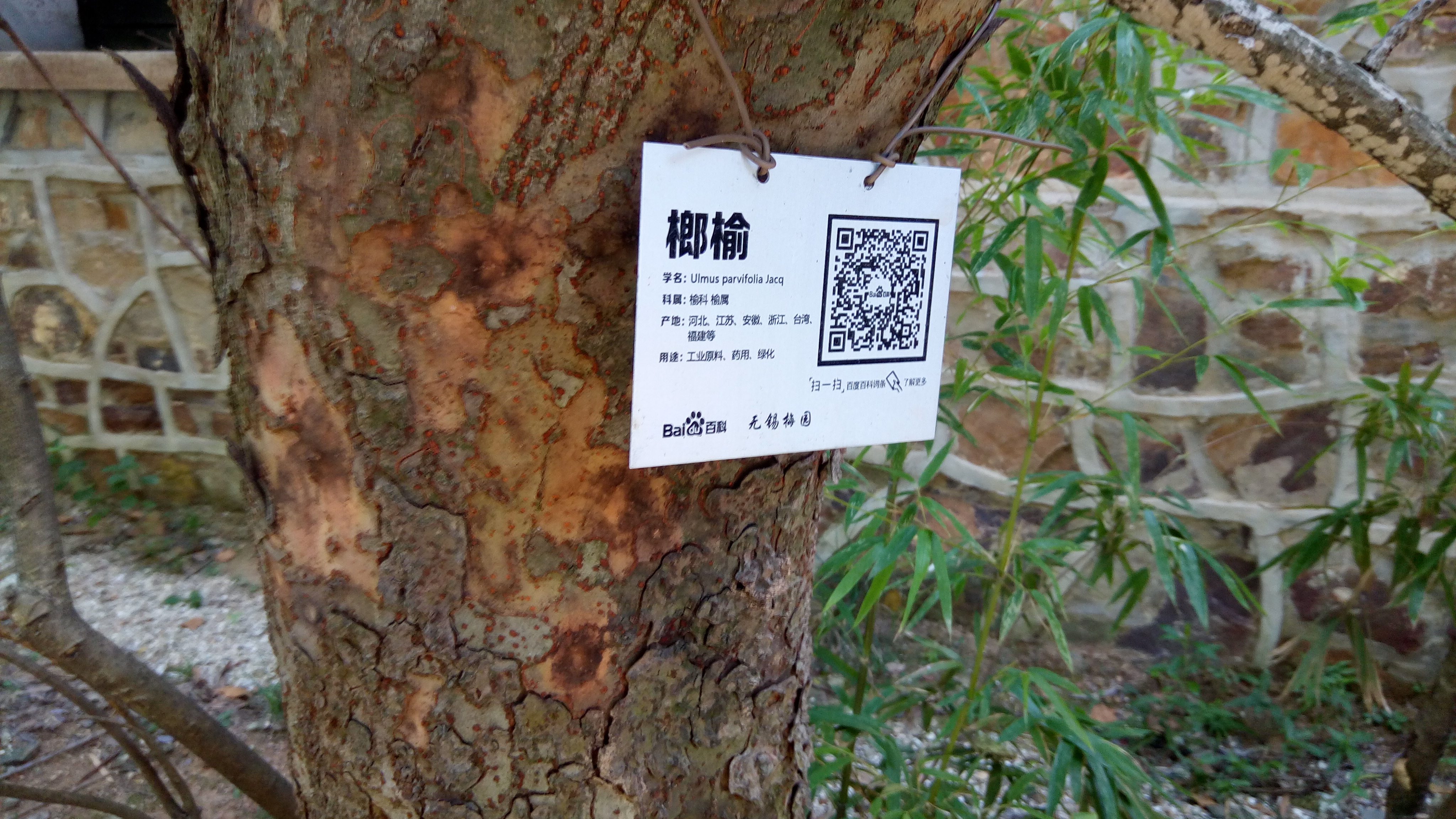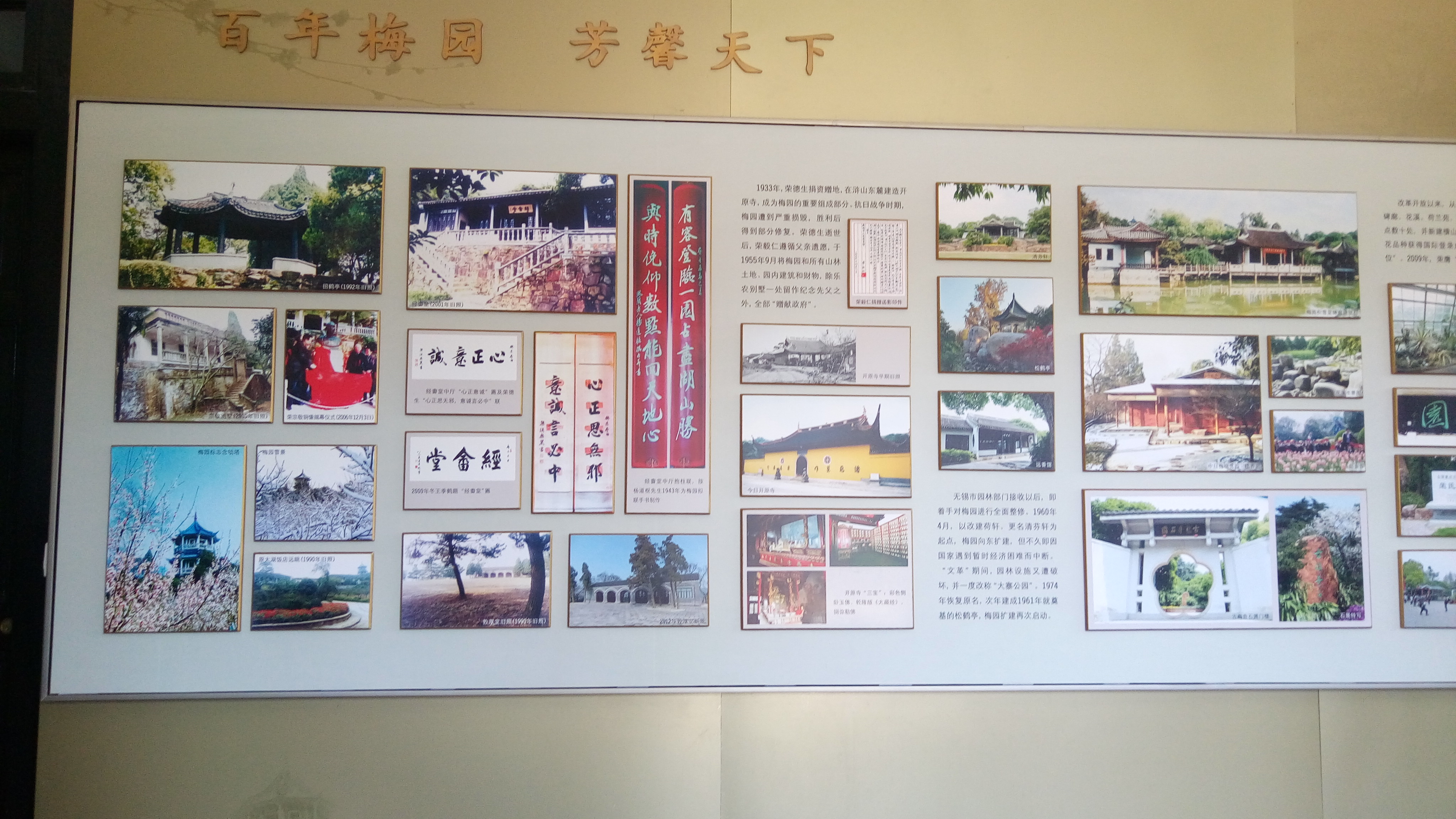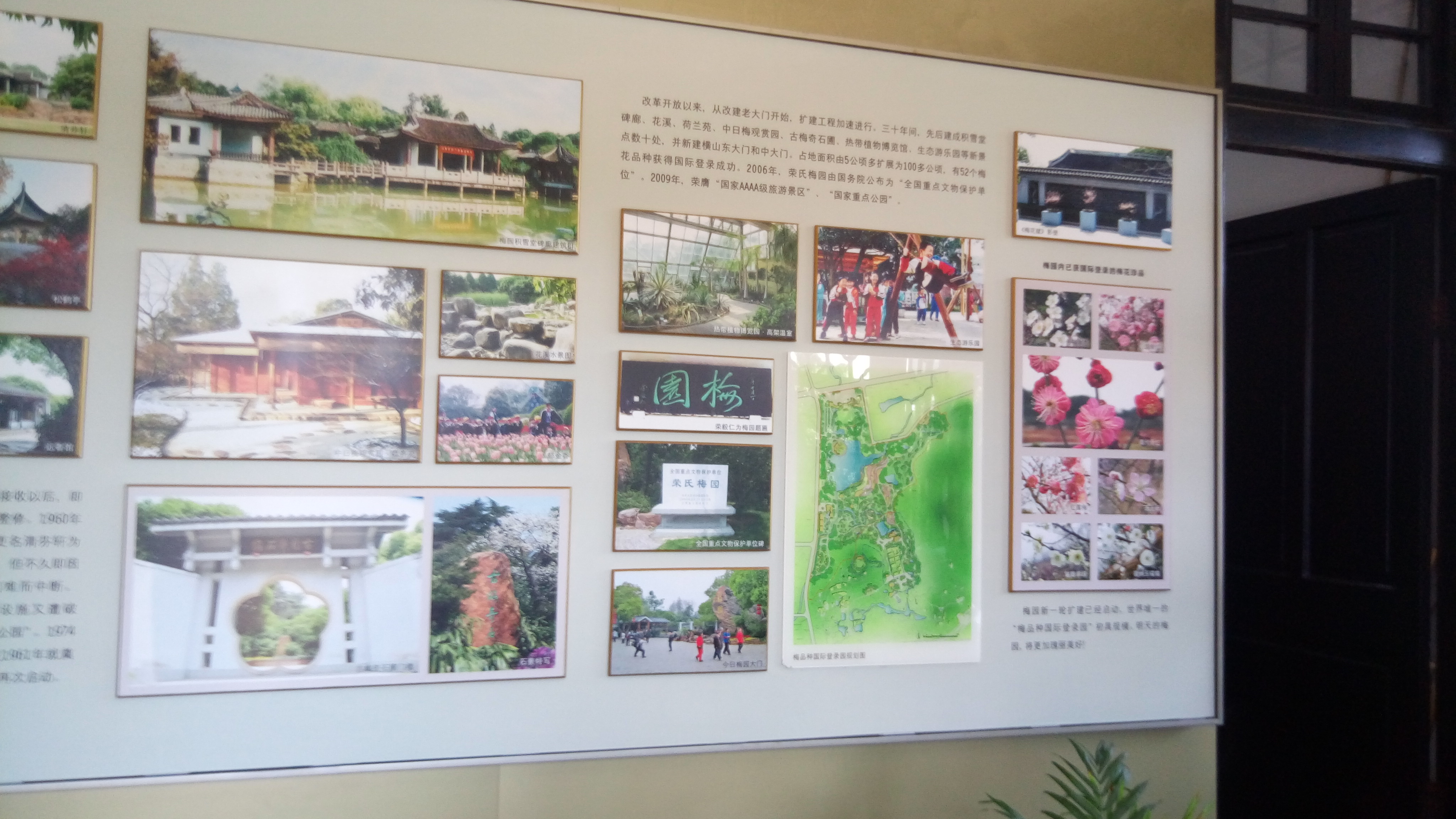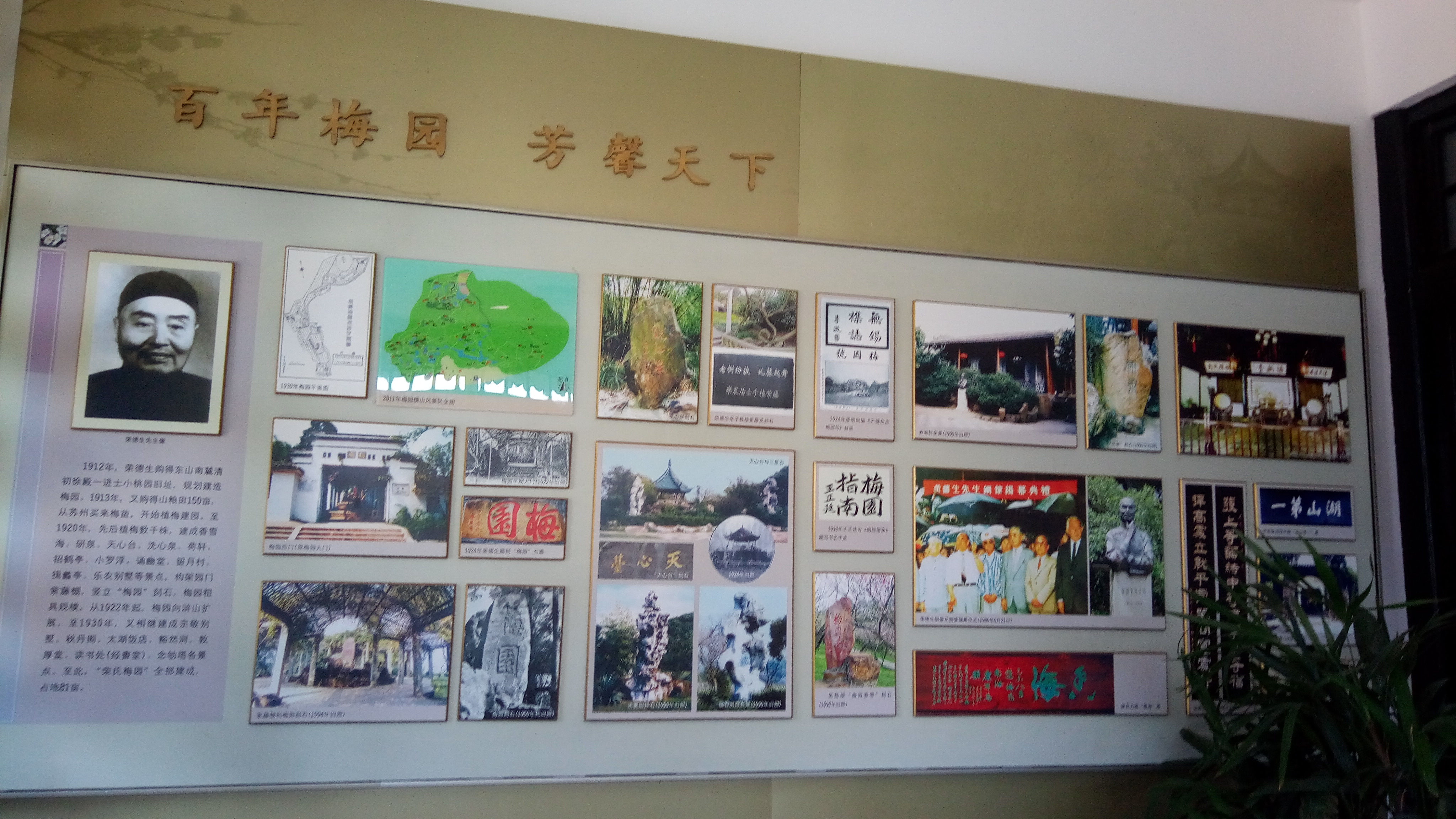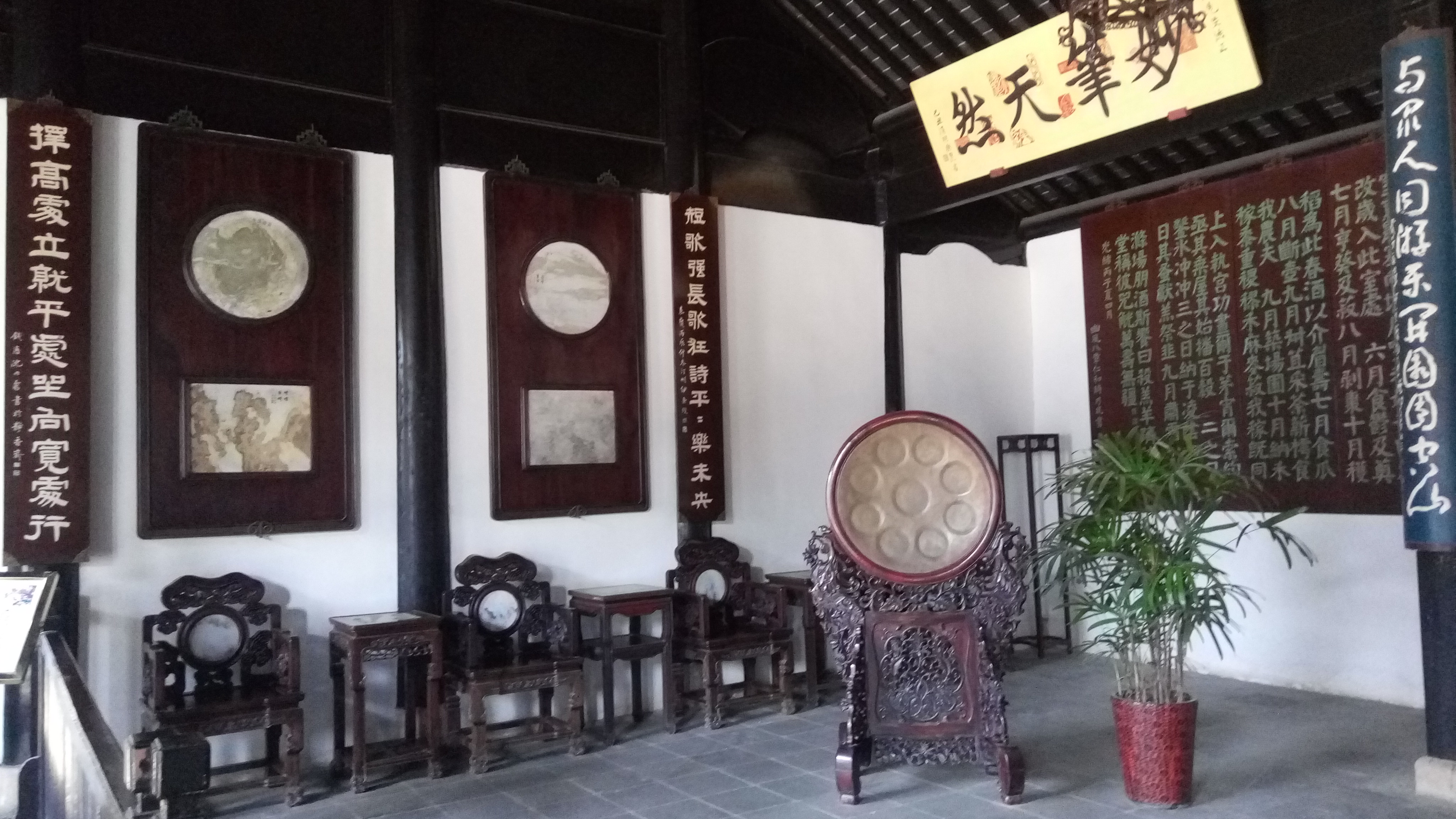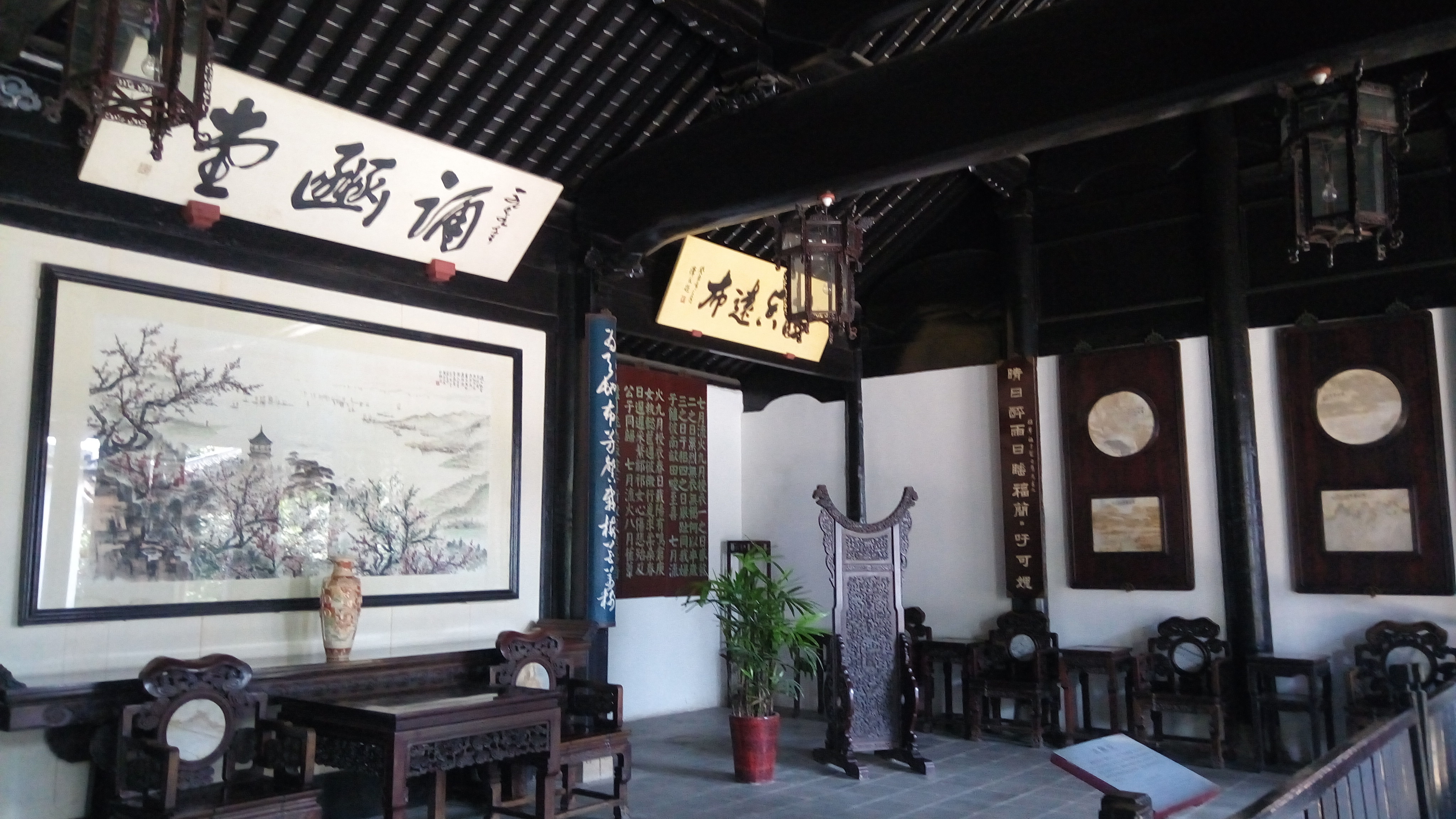Travelling alone was one of the things which I wanted to do while in China, to have the alone time to myself and enjoy the opportunity of adventure. While I also had this trip planned in detail two weeks ago during my free time, I did not have the time till the last week to venture out. Additionally, I would say this trip ended up being one of the most YOLO trips, due to many unexpected circumstances that popped up along the way.
Day 1: I started out with Changzhou as my first place of visit. Changzhou did not impress me however, it did not have enough local tourist attractions for me to explore. For the whole day, I toured around the city’s gardens, starting with 红梅公园, 芦墅公园, 青枫公园, and finally 东坡公园, satisfying my love for nature as you all would have probably inferred when reading on my previous posts on the gardens I visited. Outside 东坡公园, they even have a river bank for you to walk along, which you could watch boats row by.
红梅公园
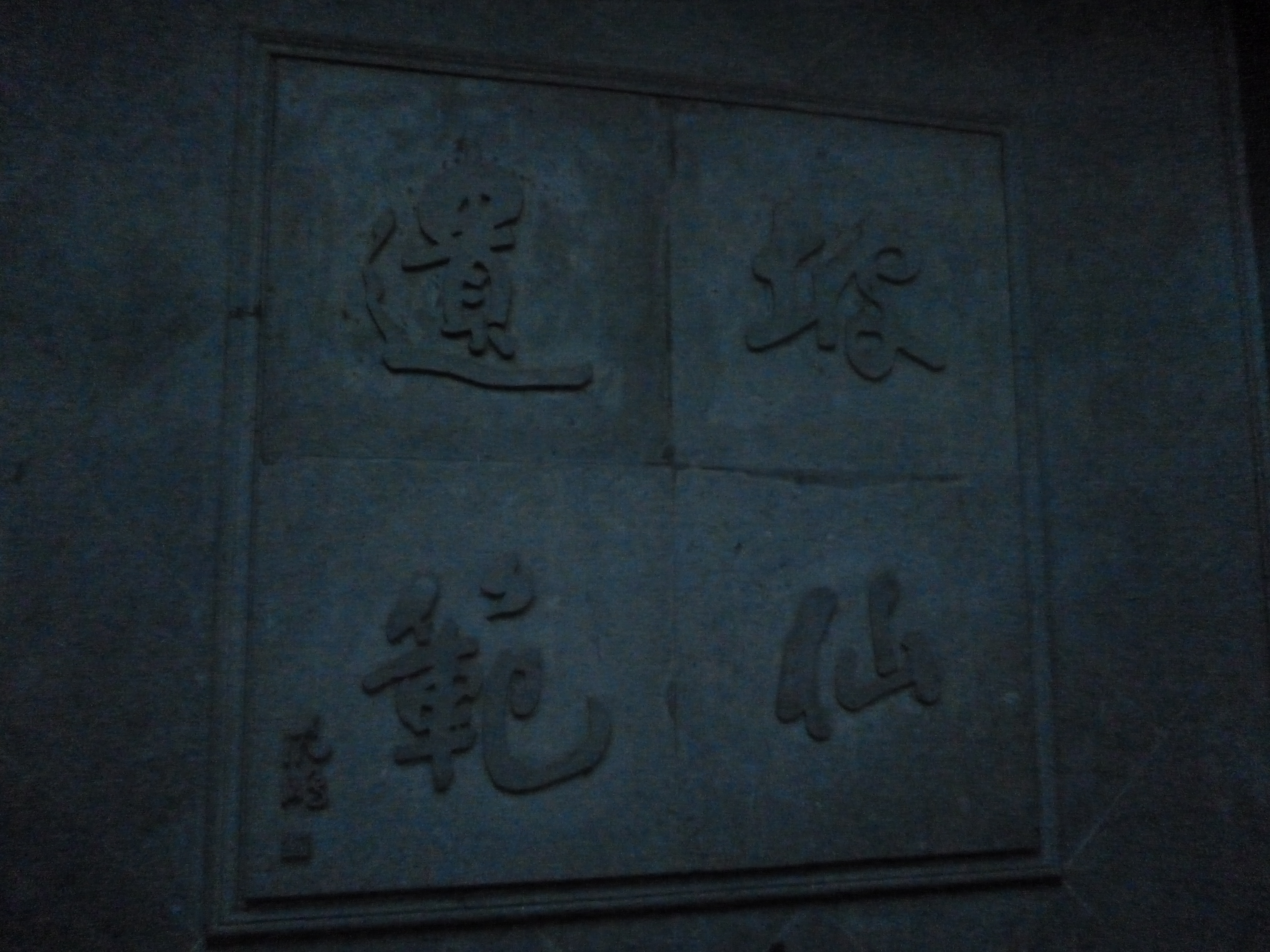
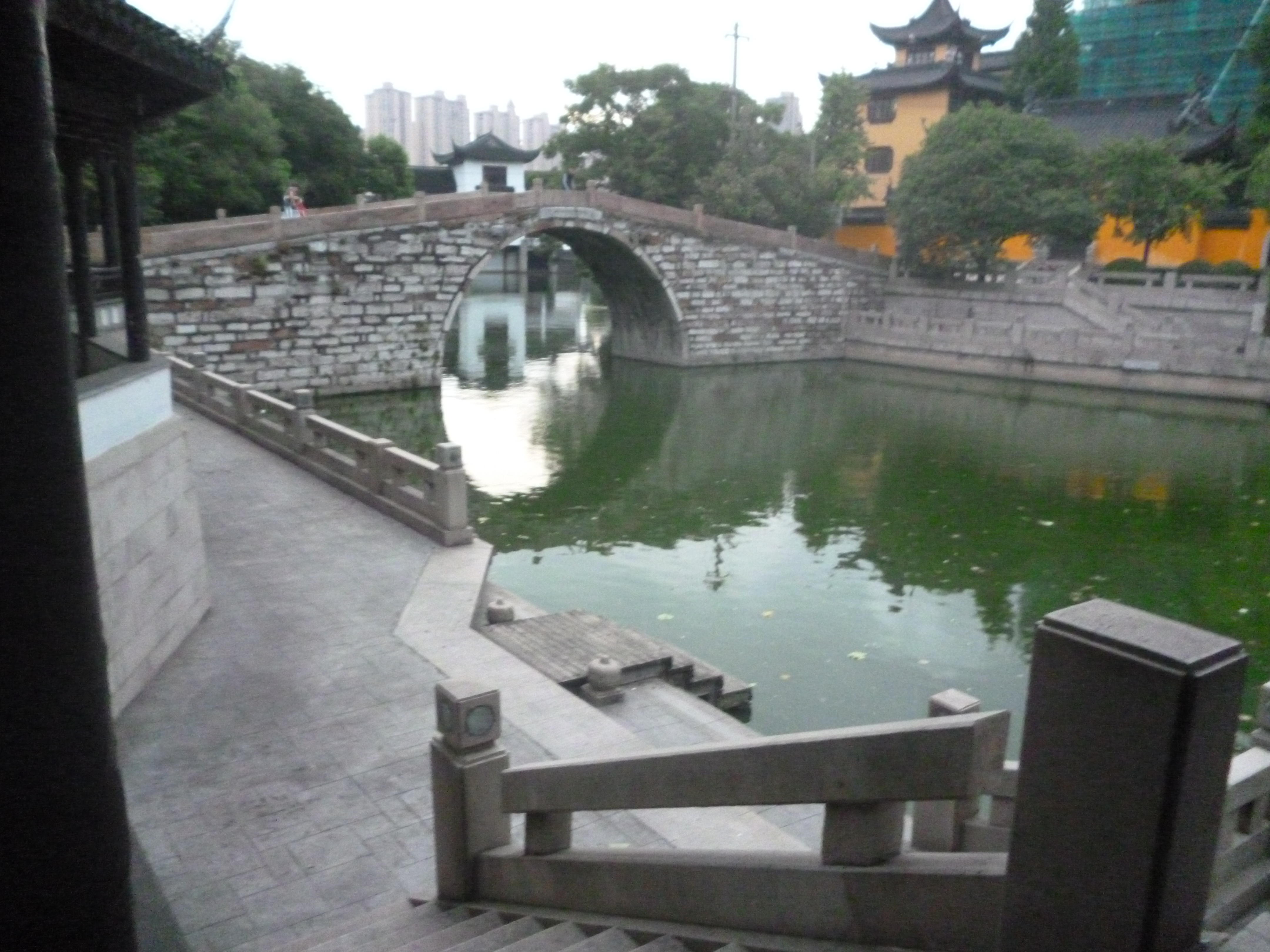
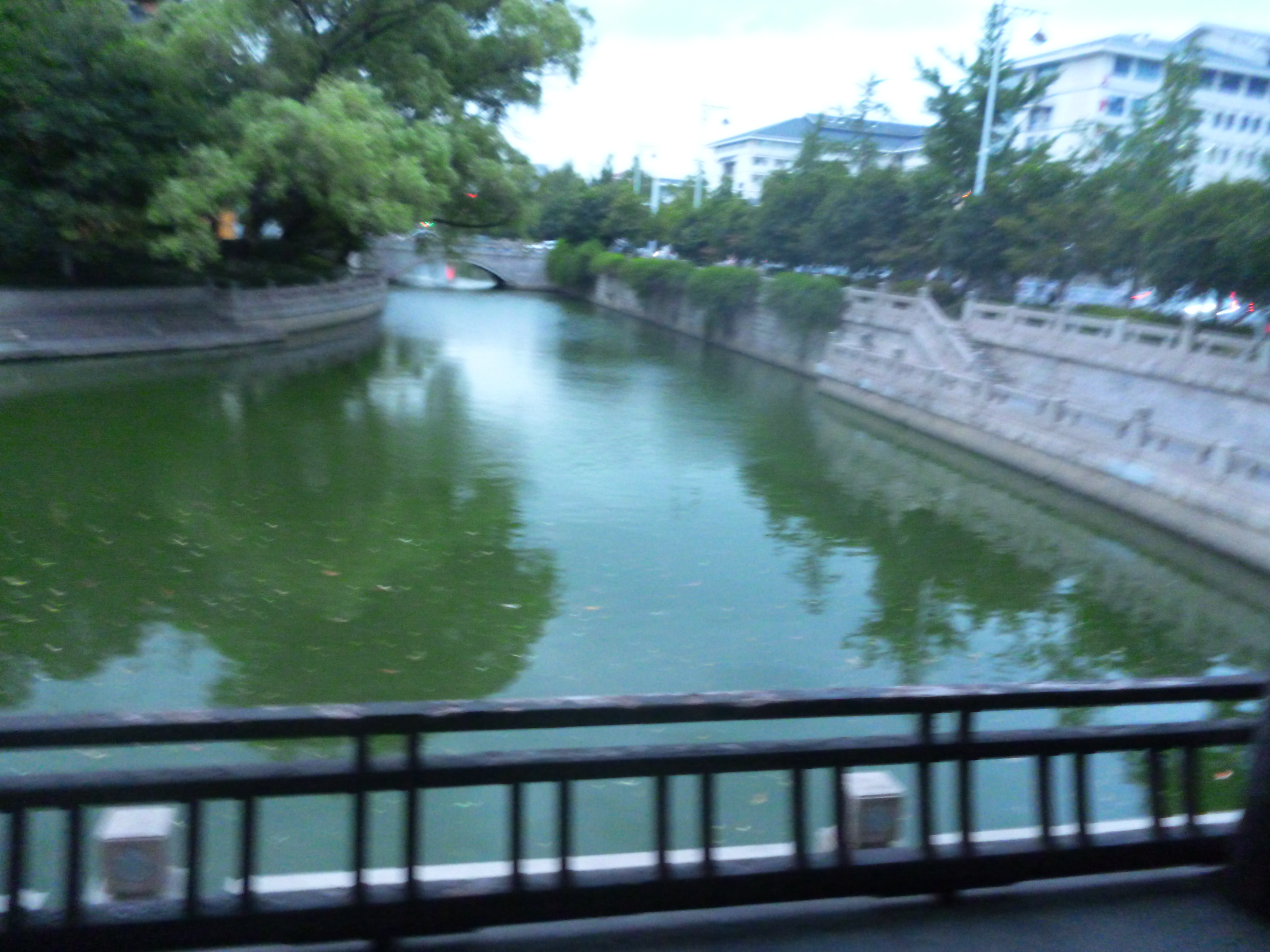
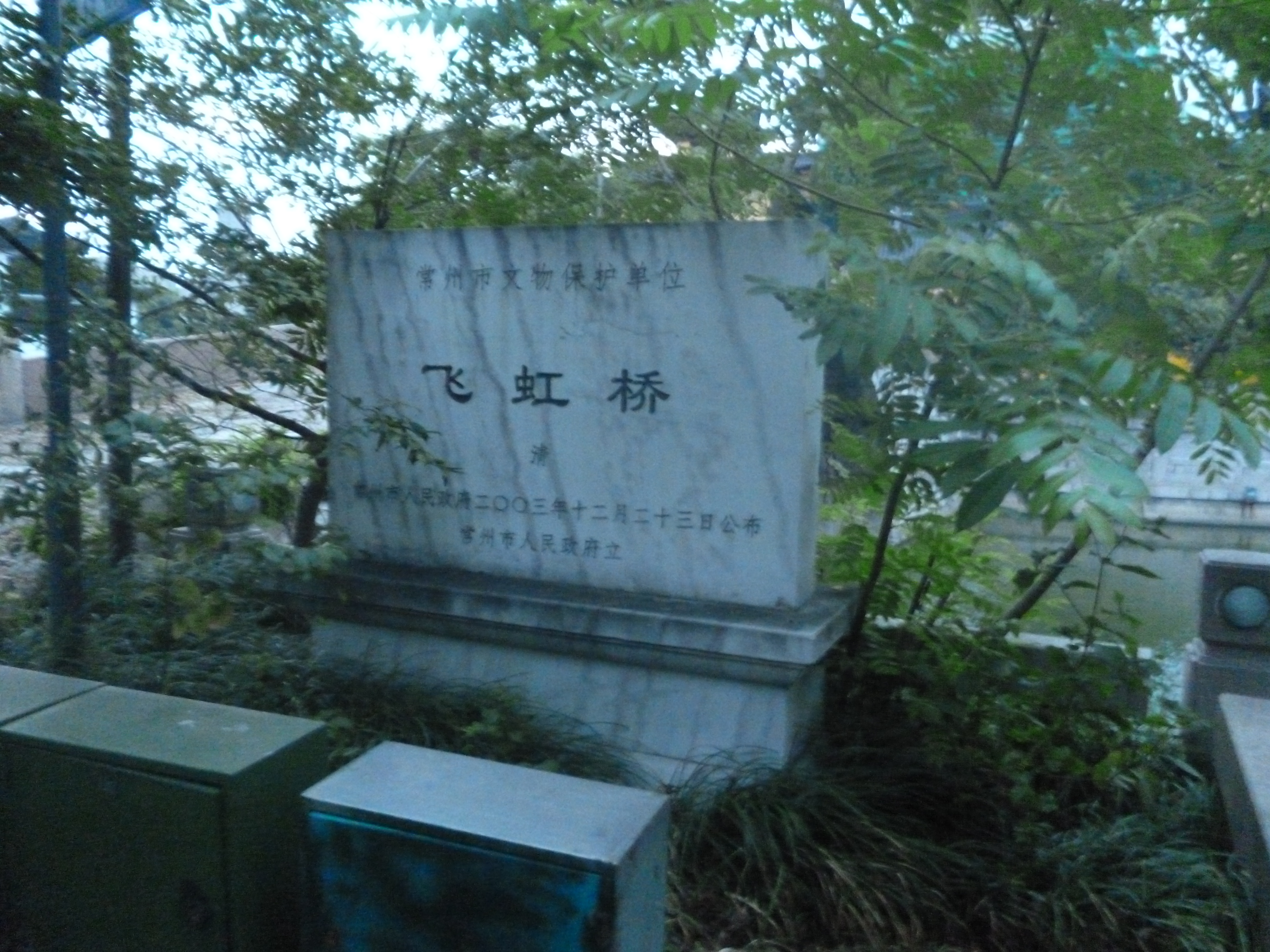


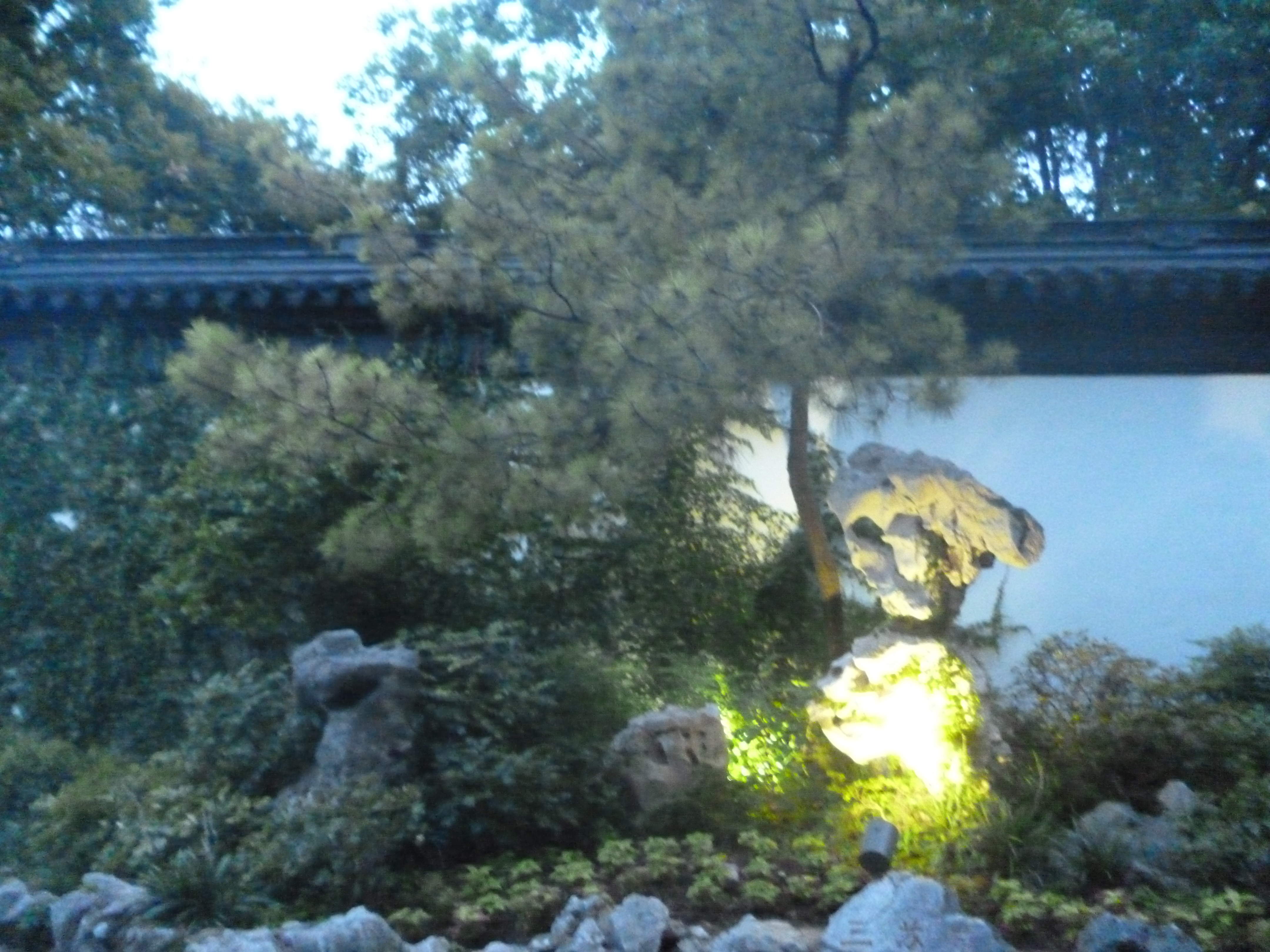
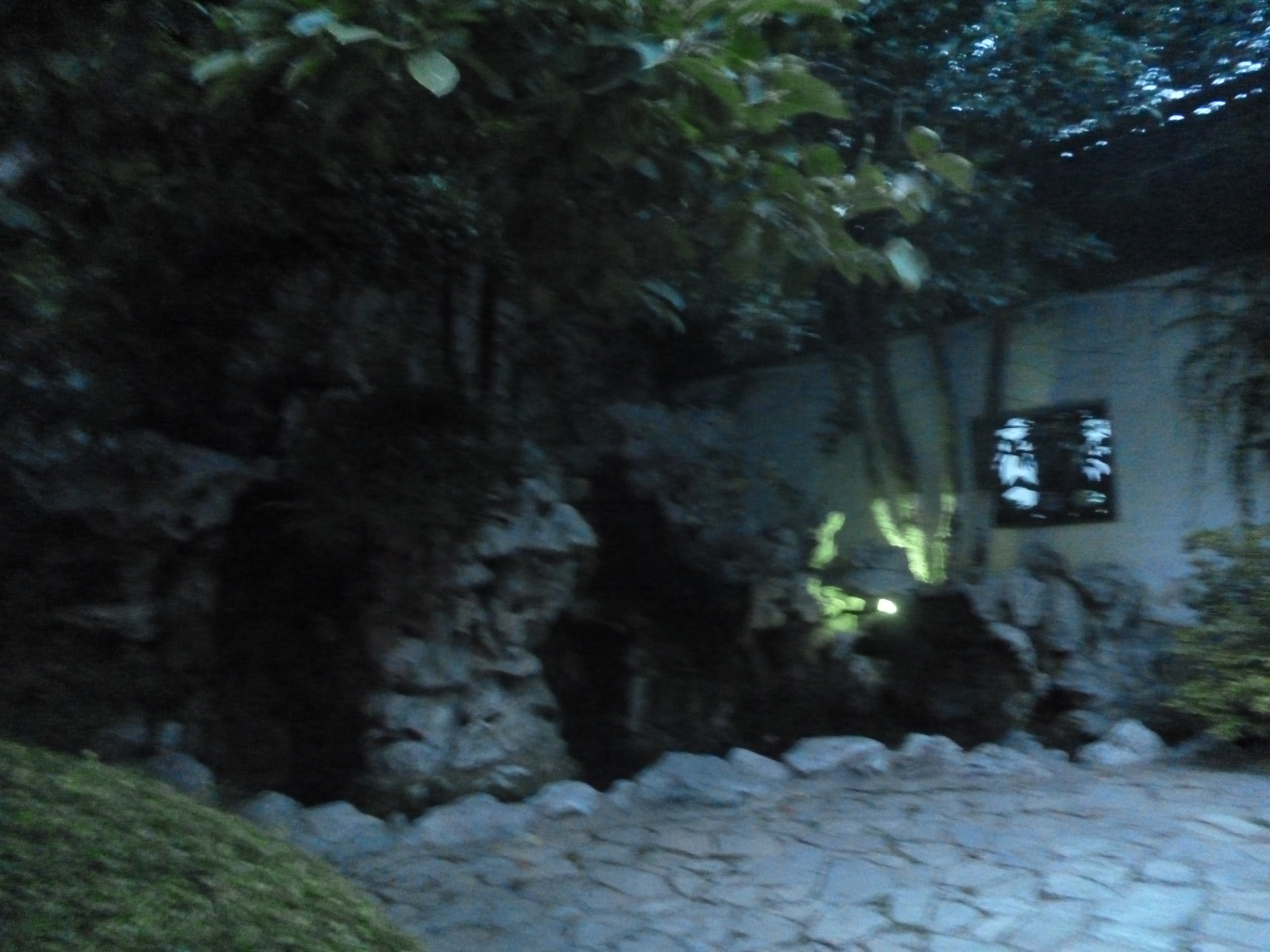
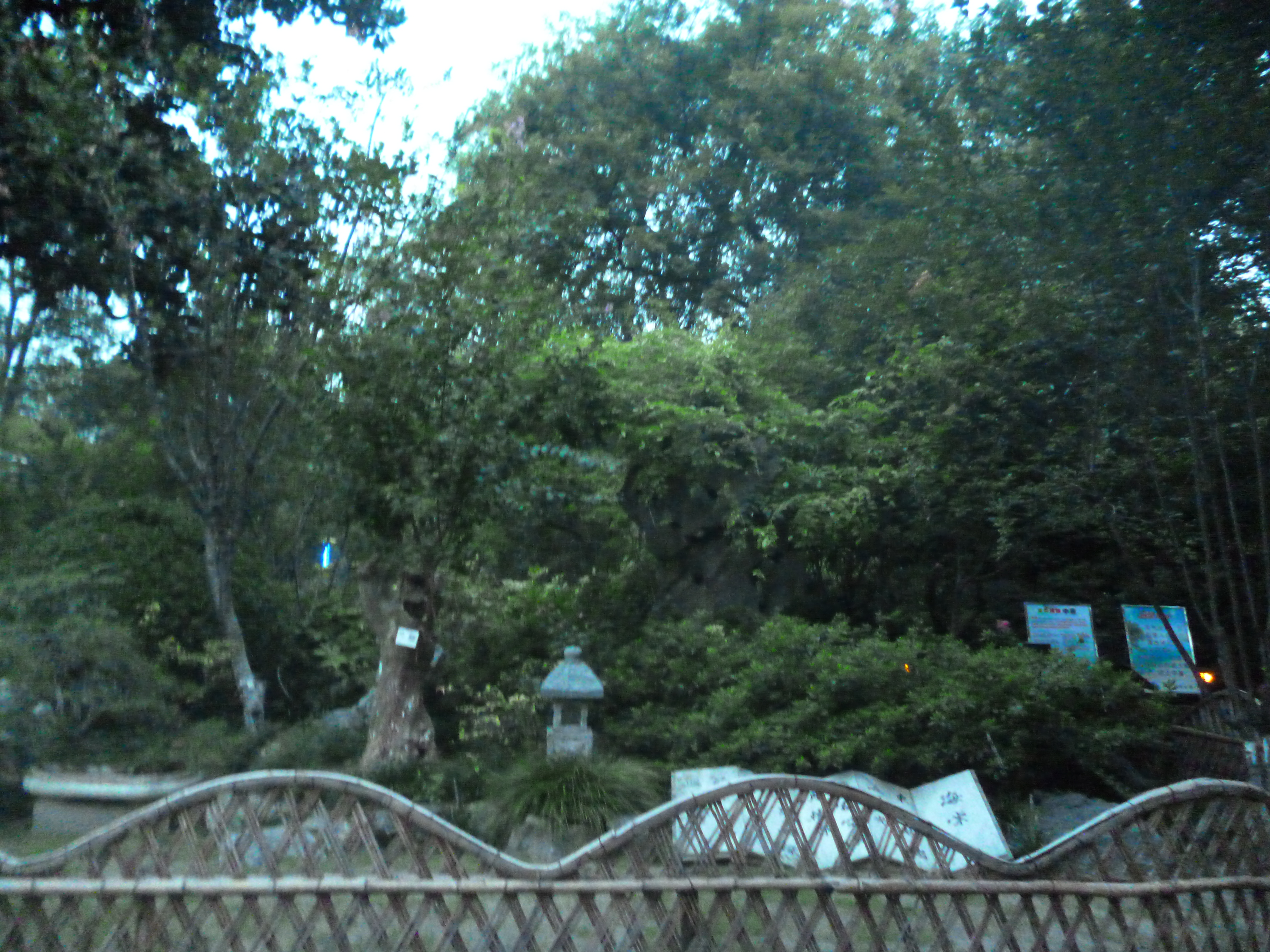
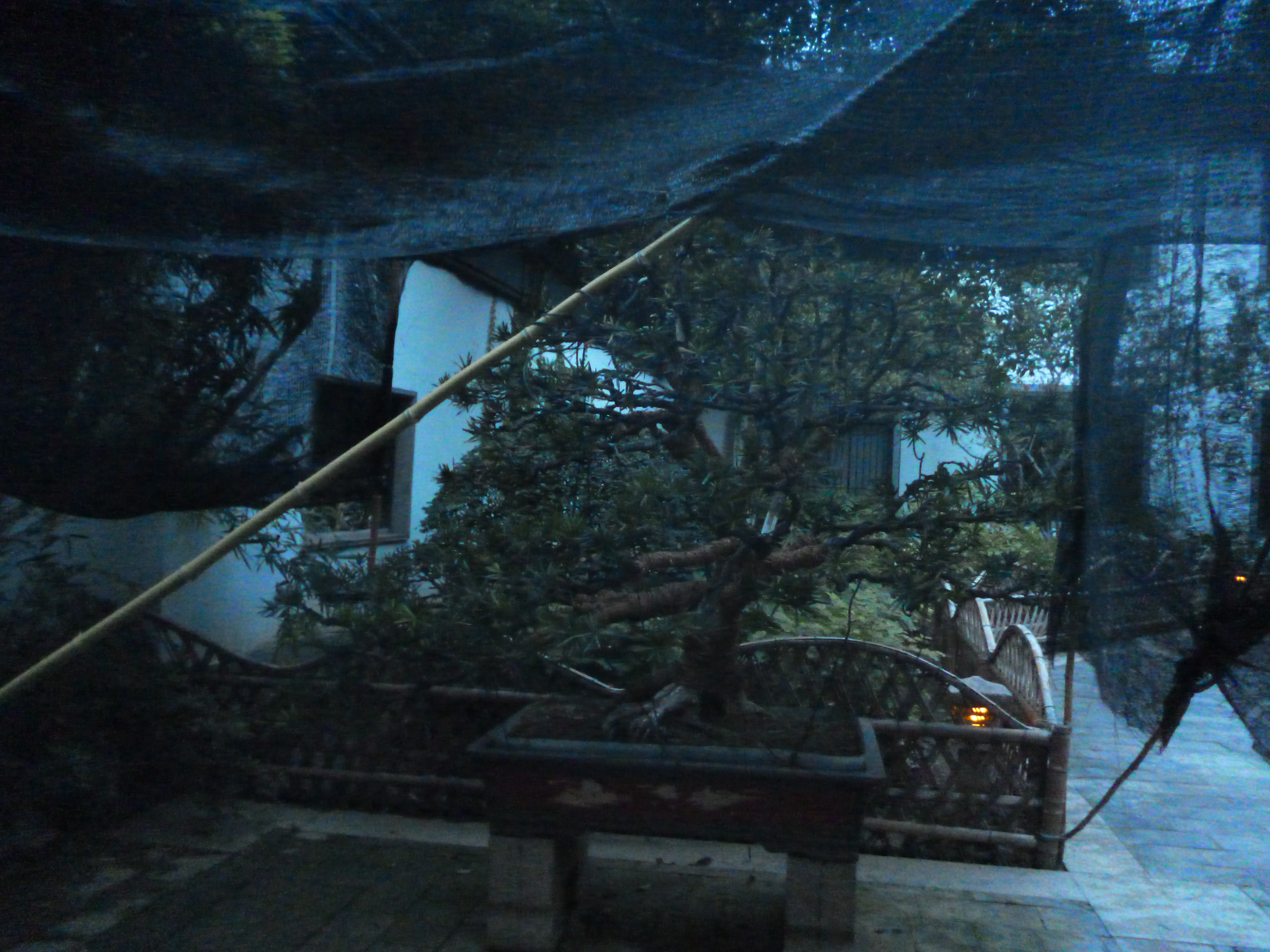
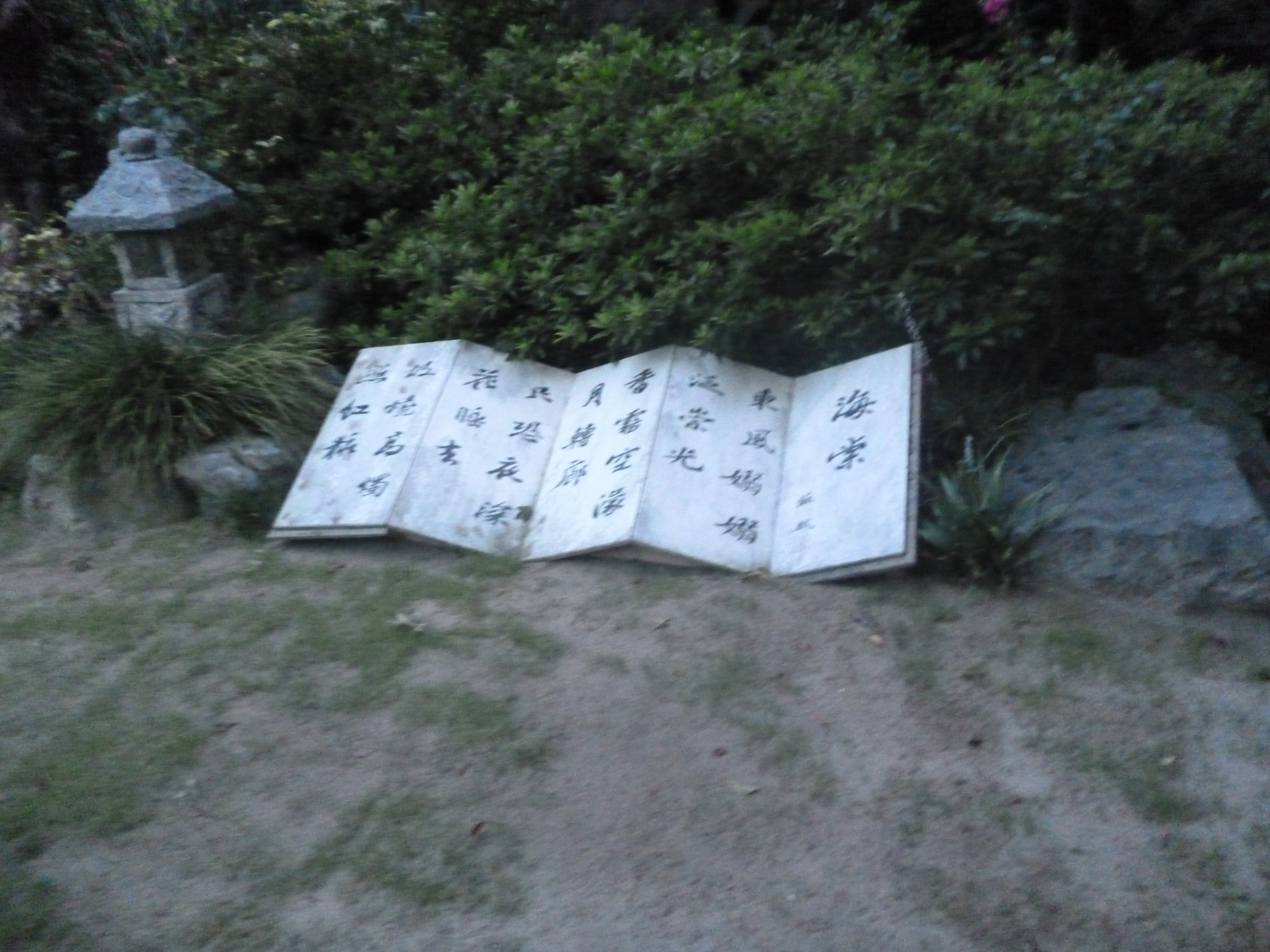
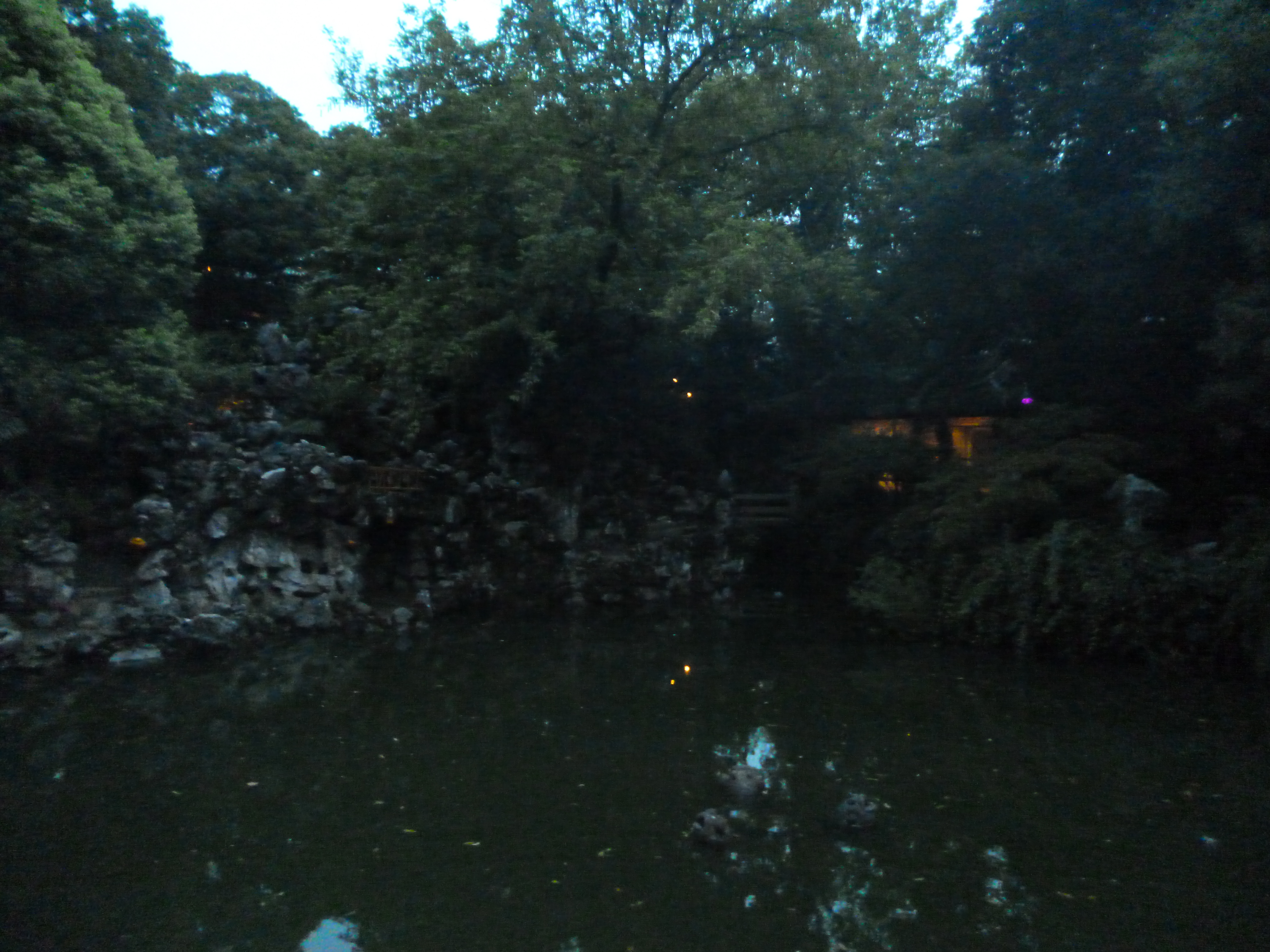
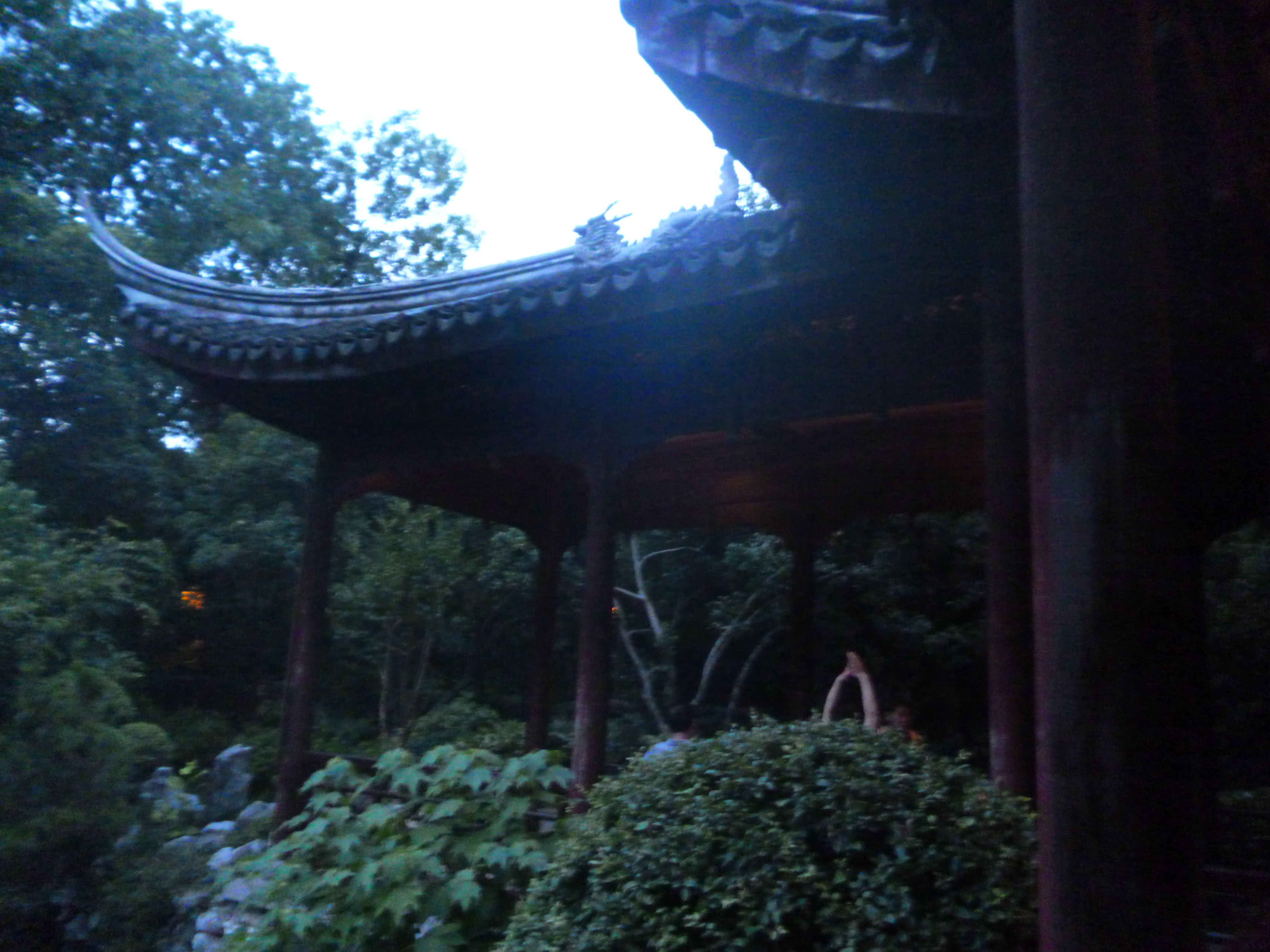
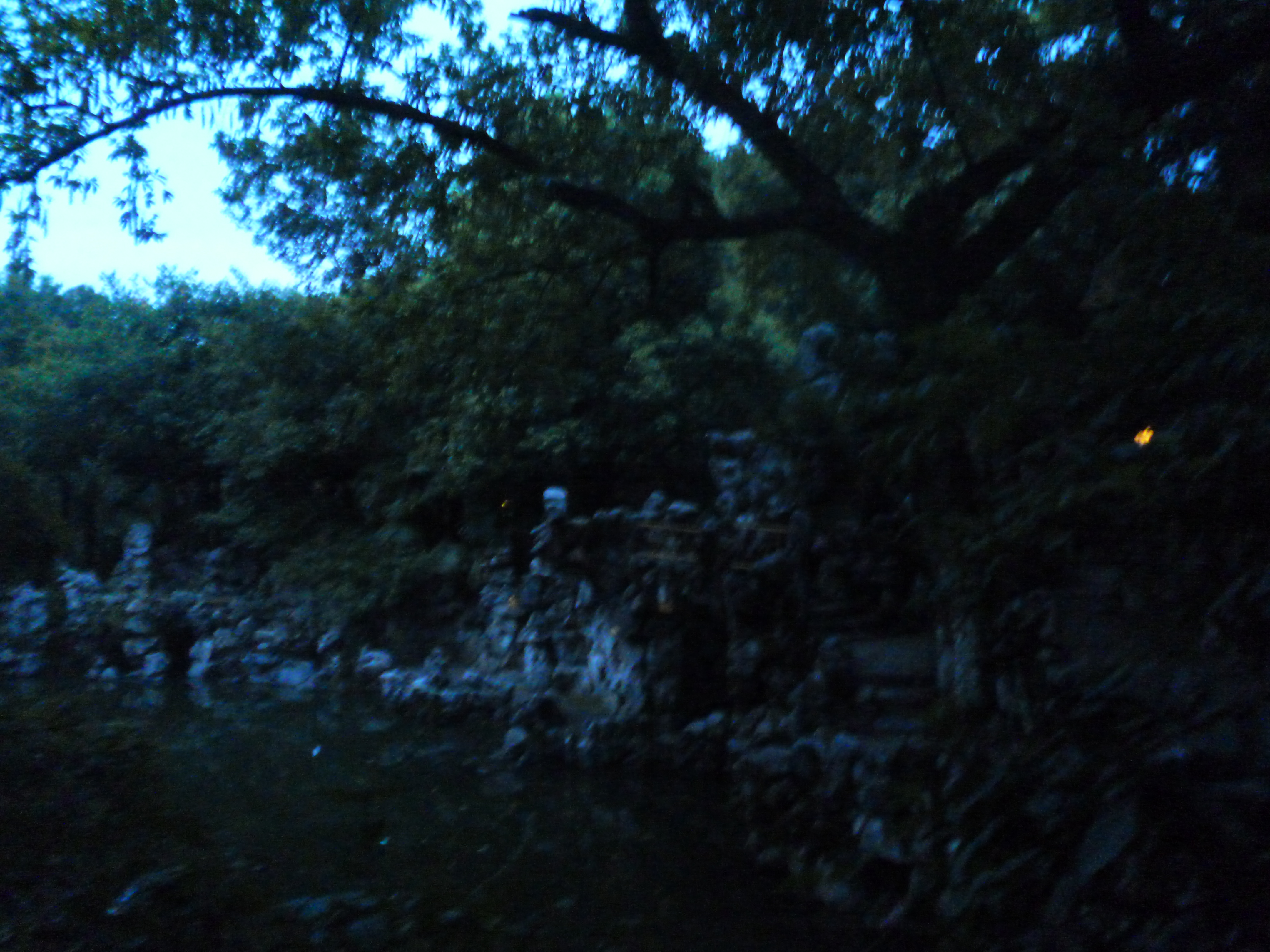
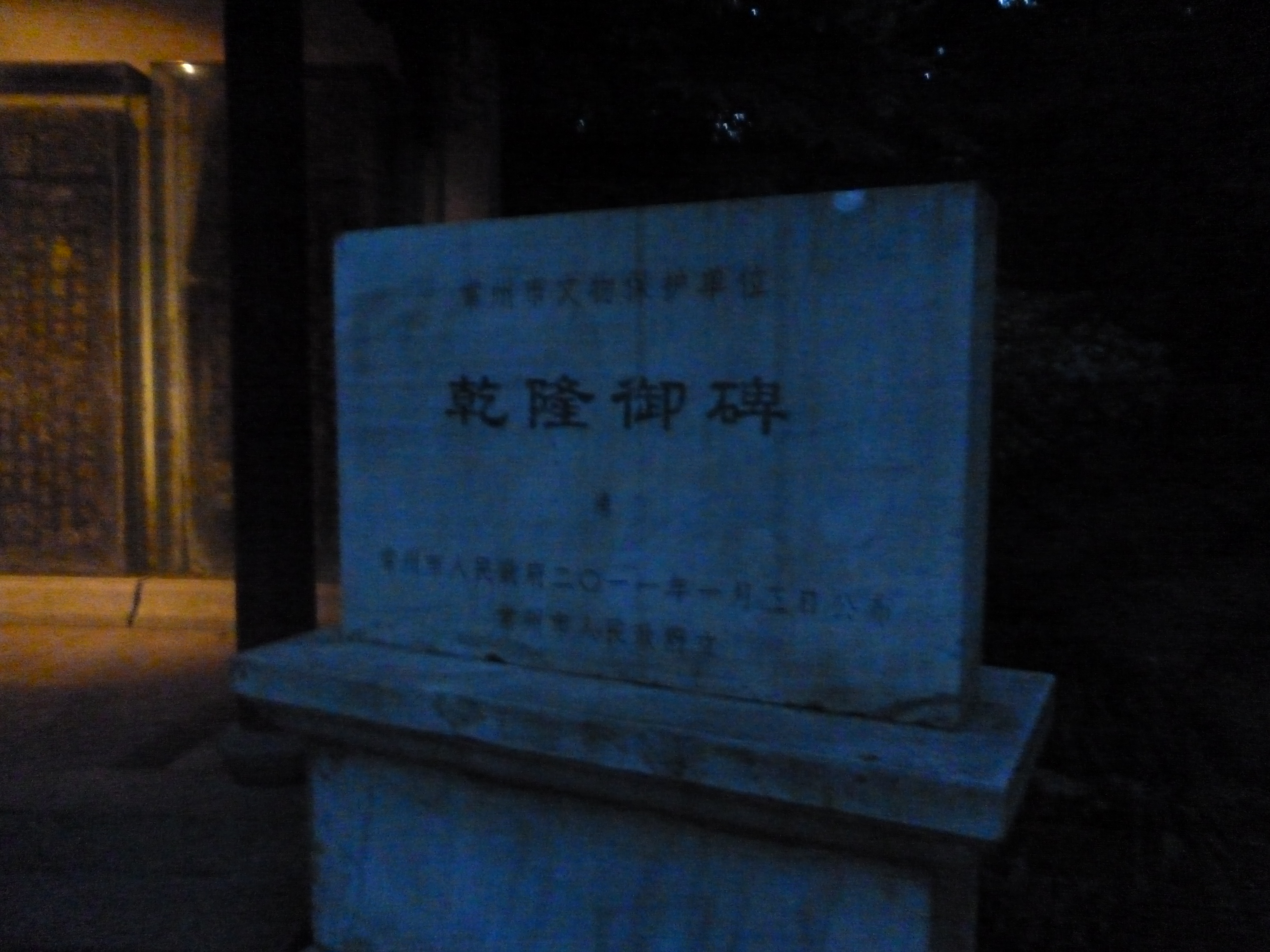
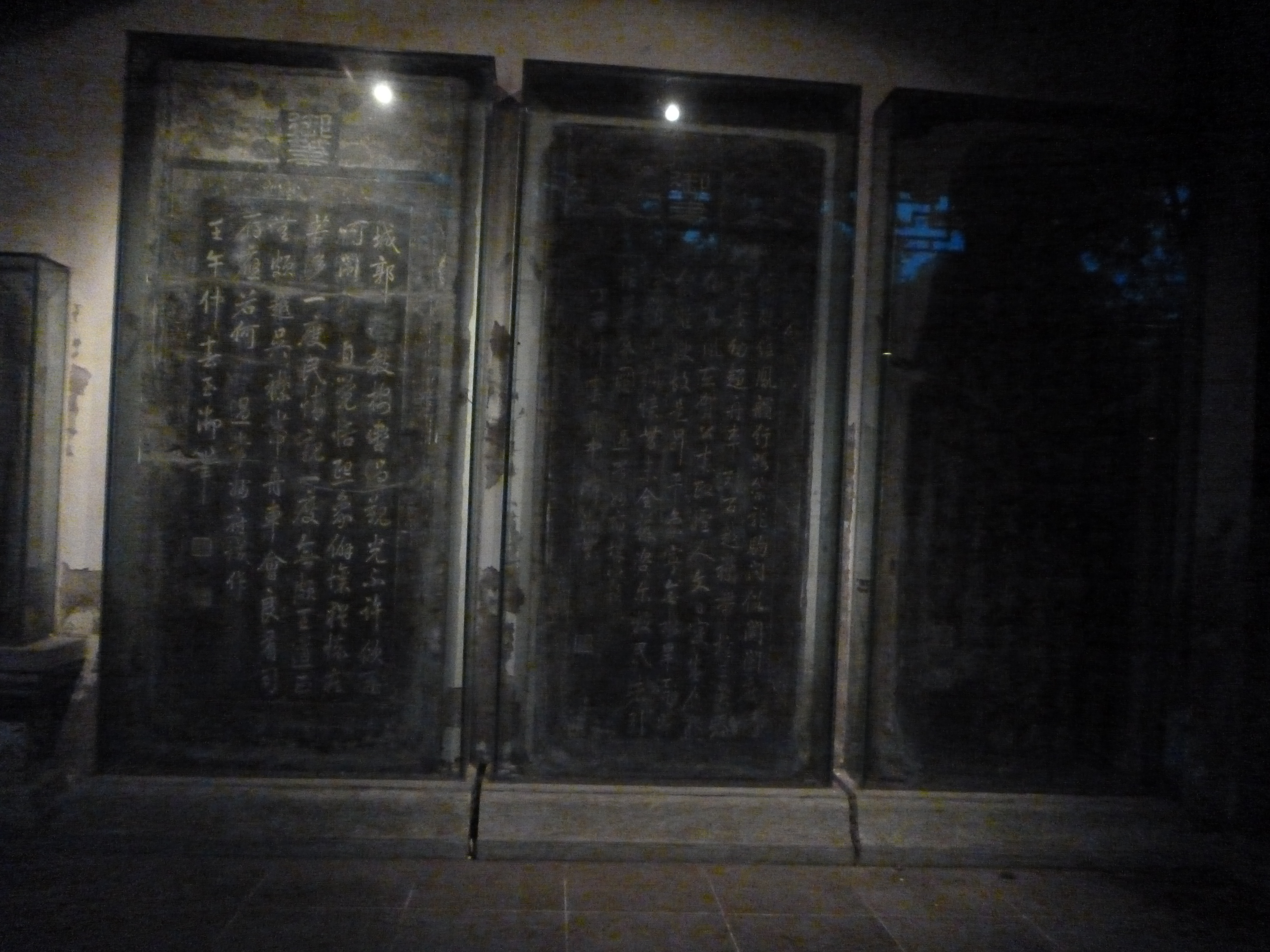
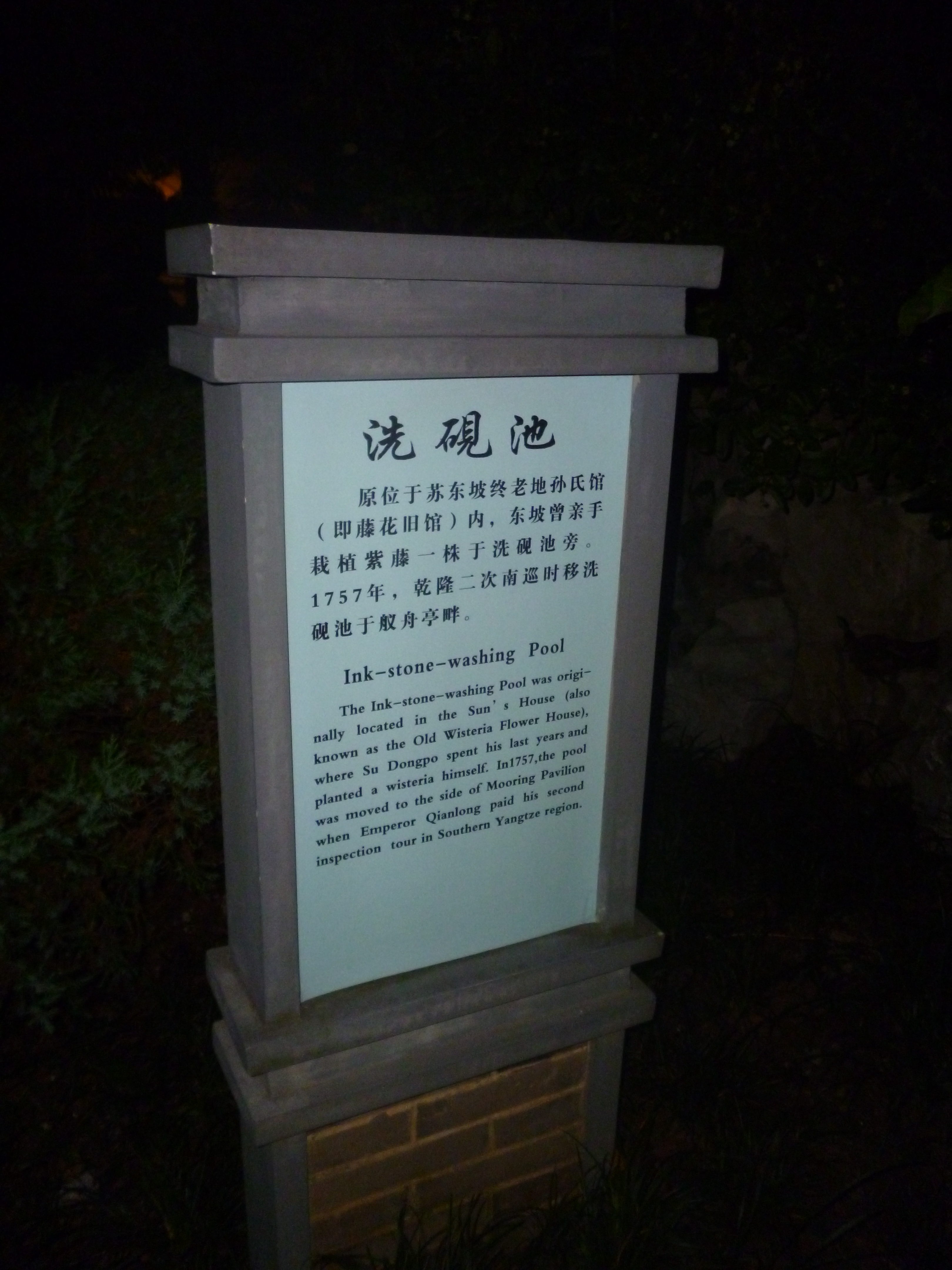
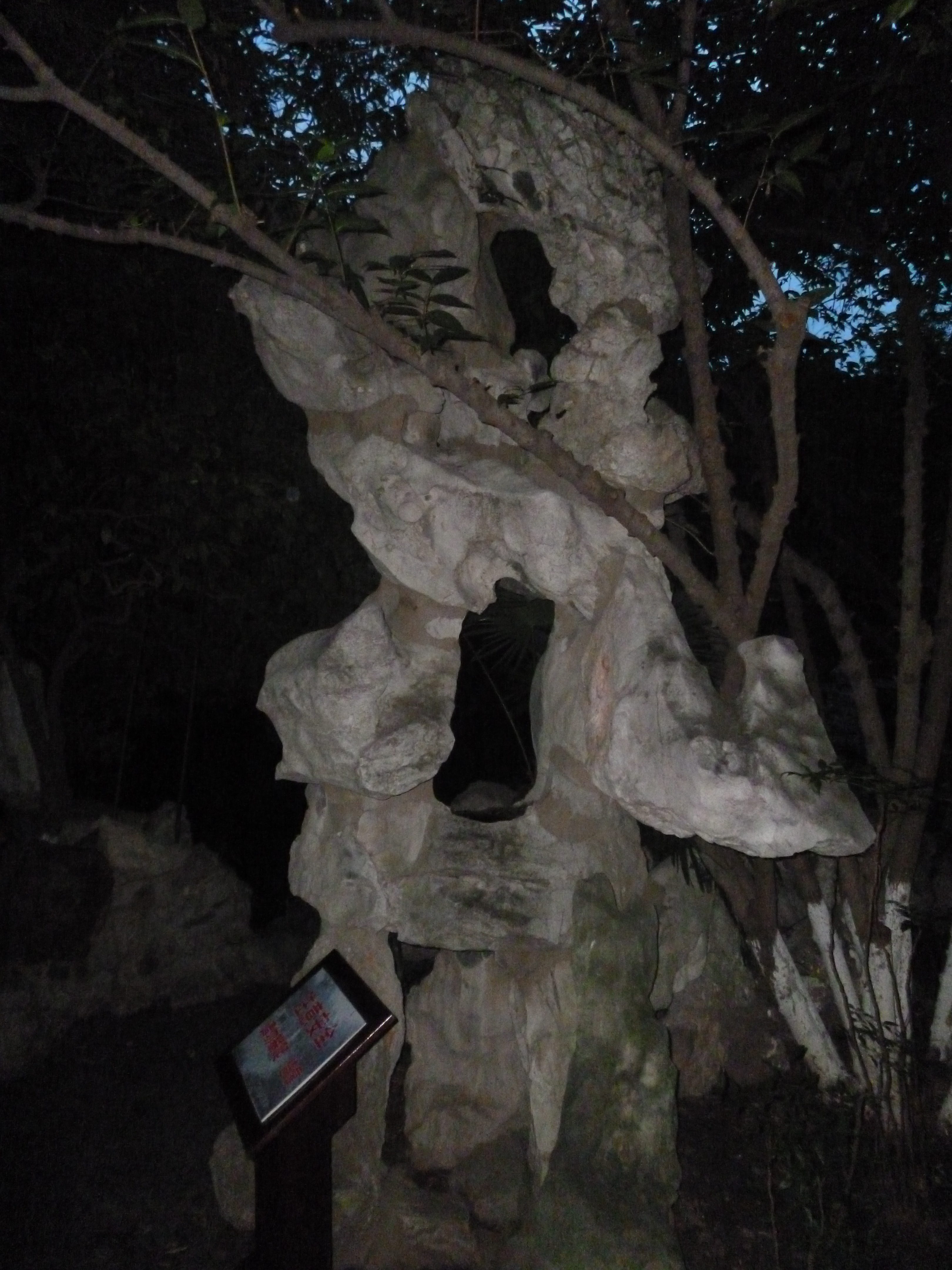

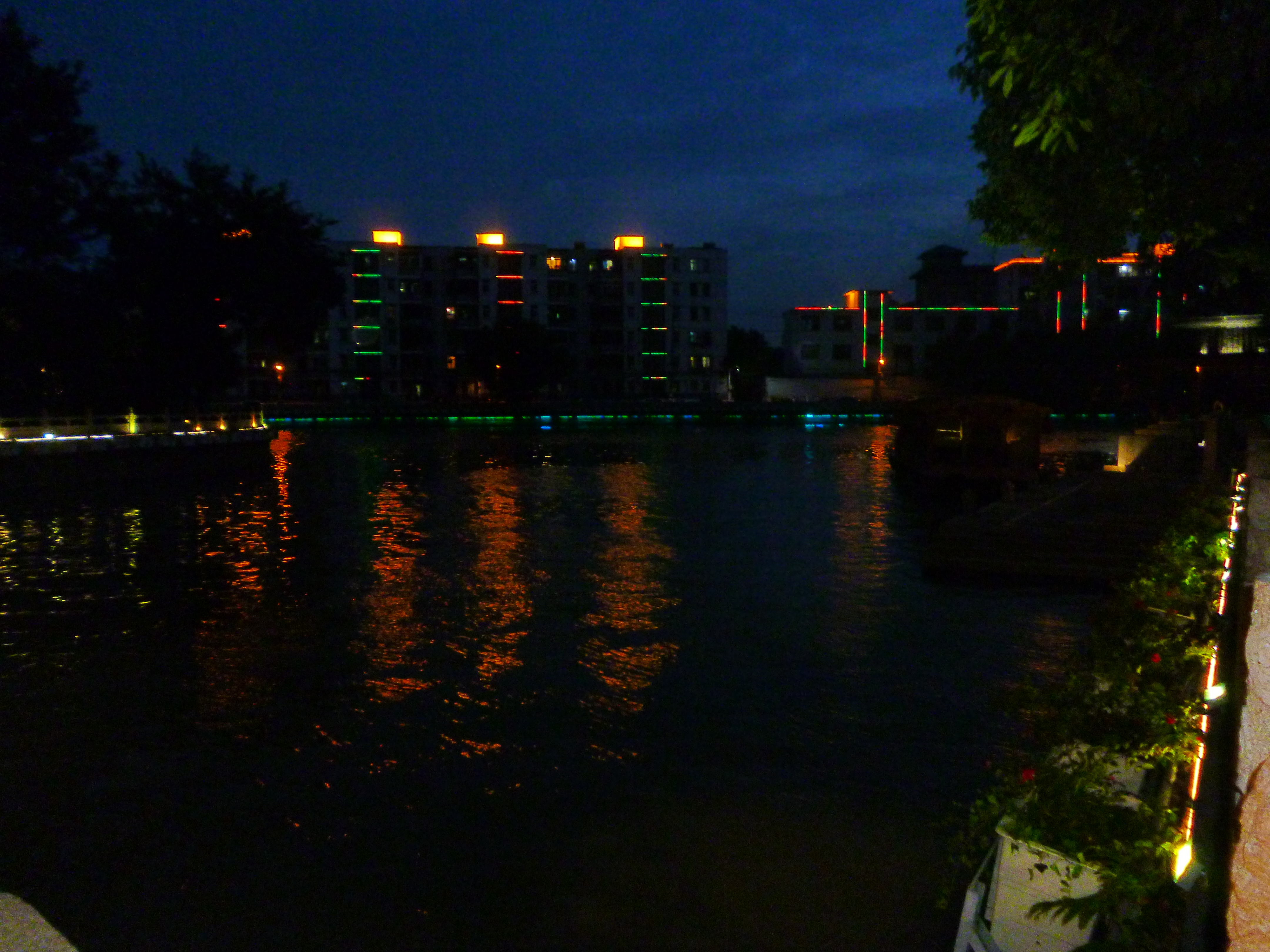
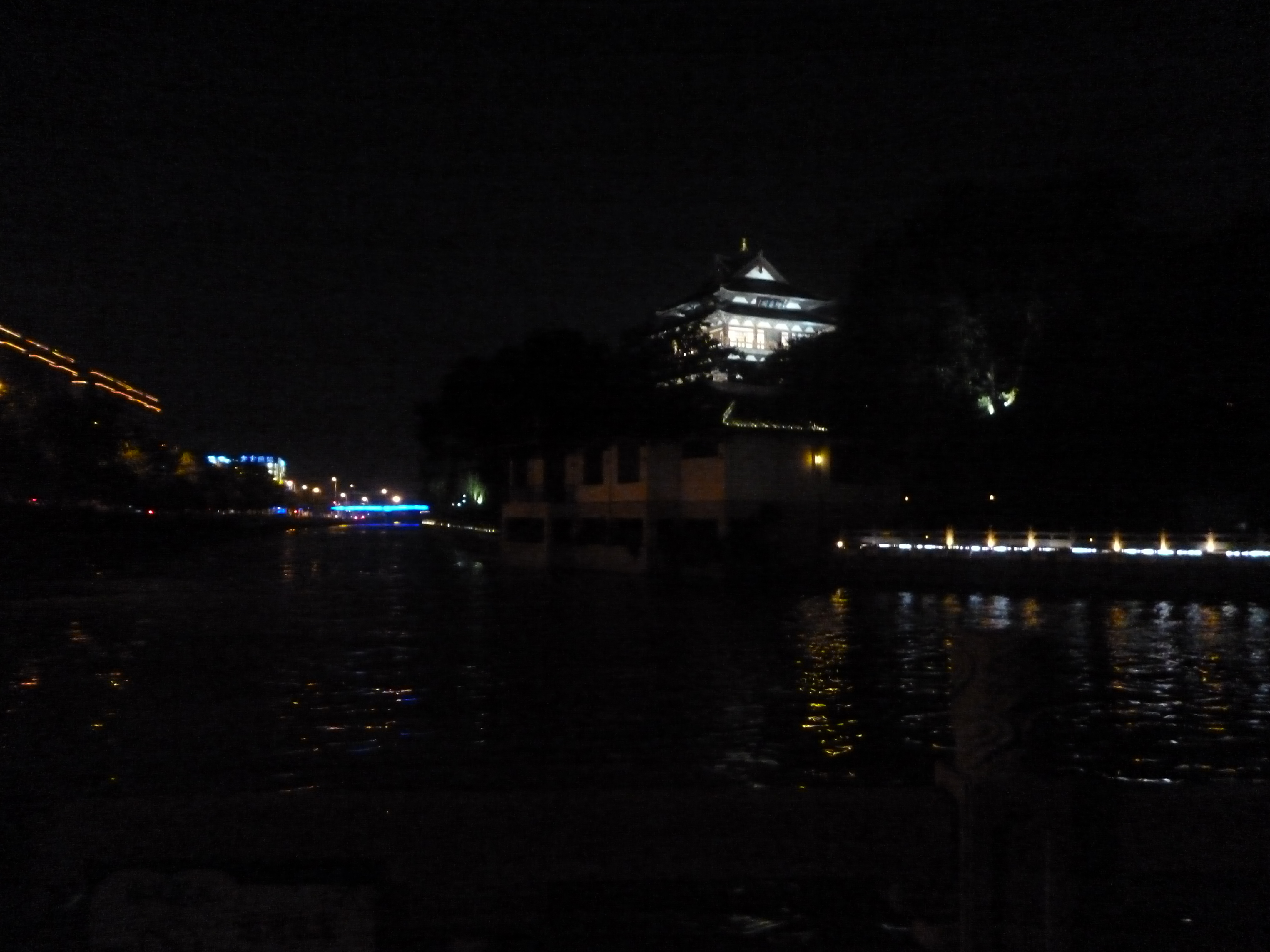
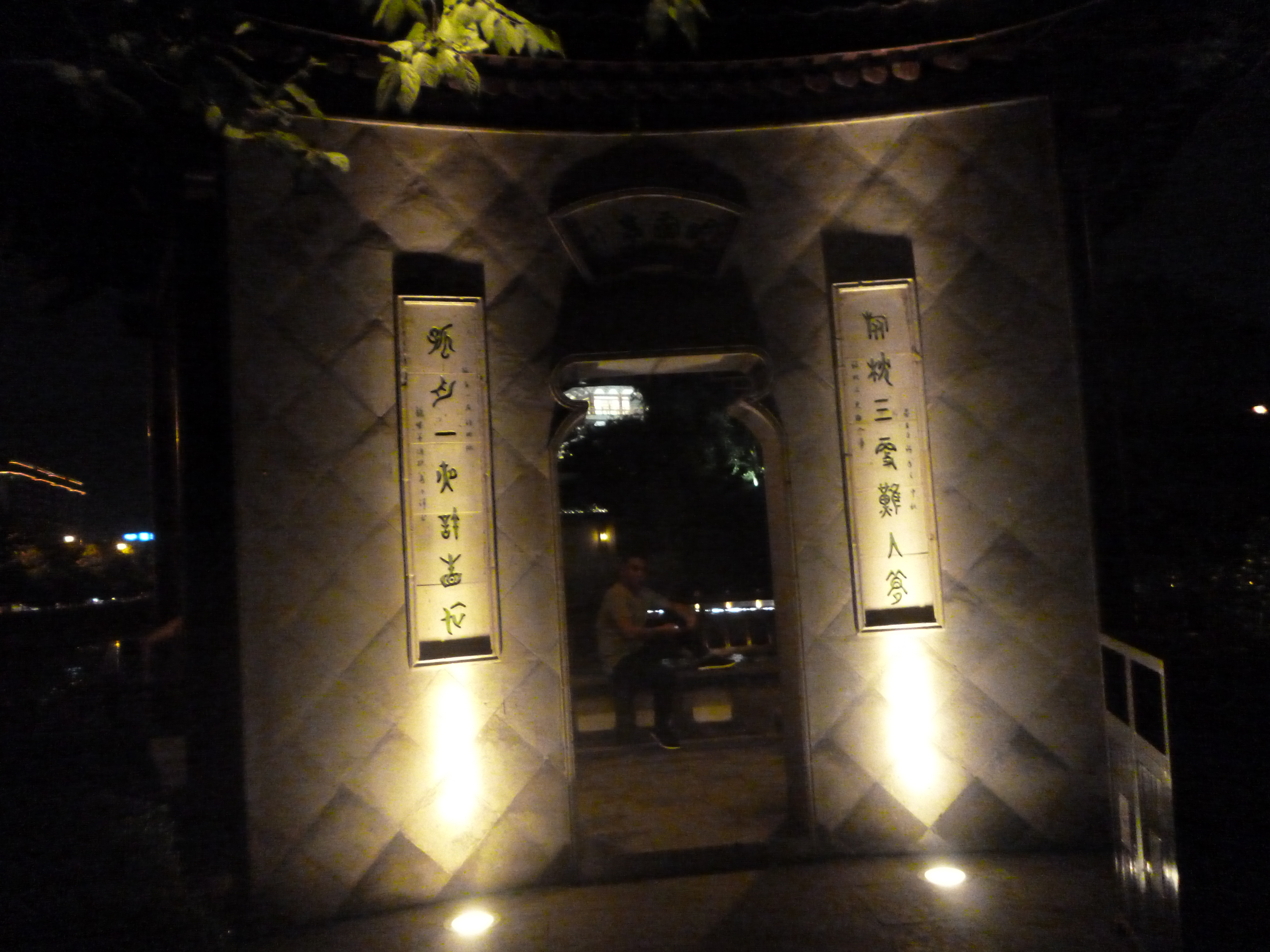
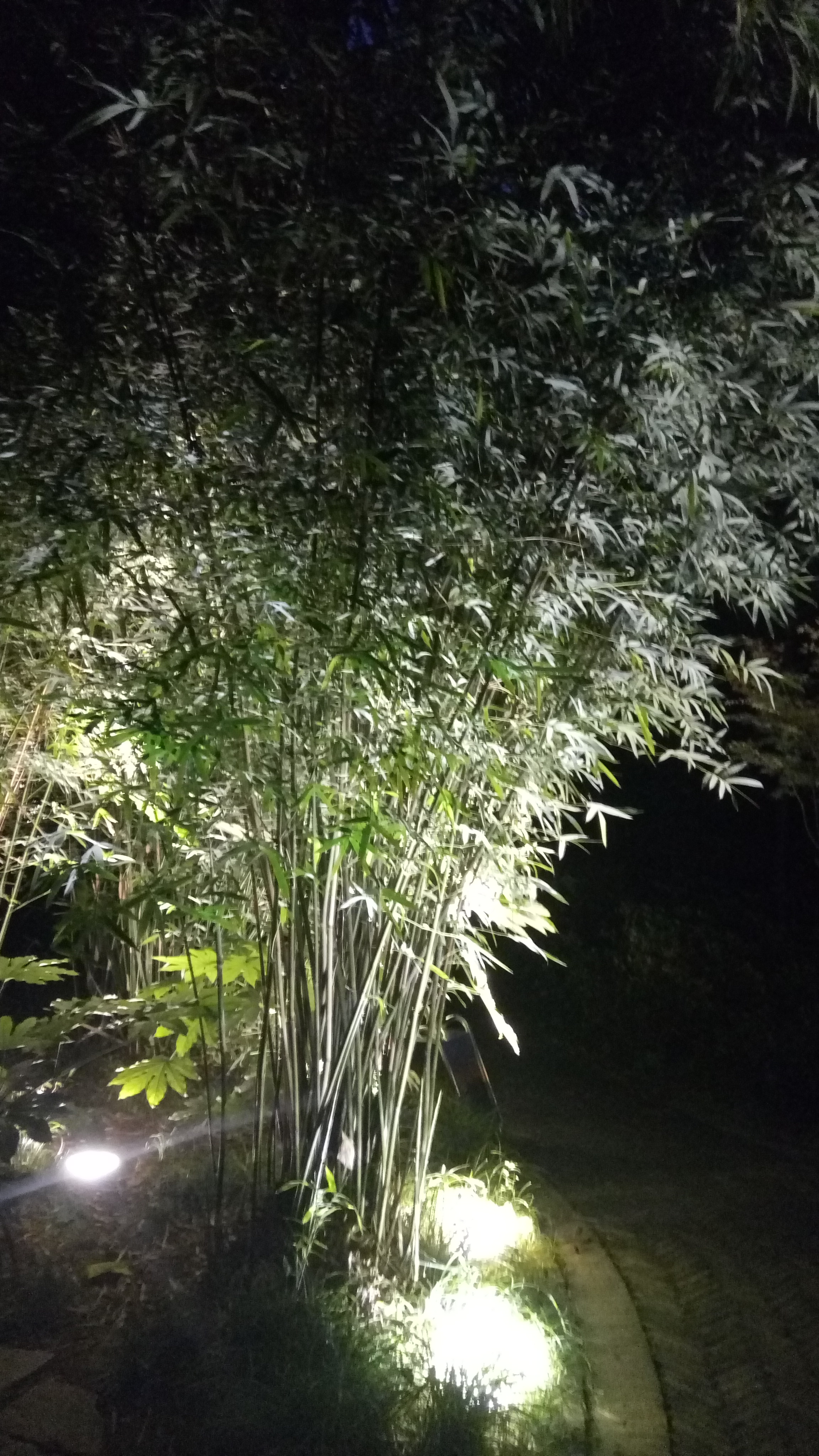
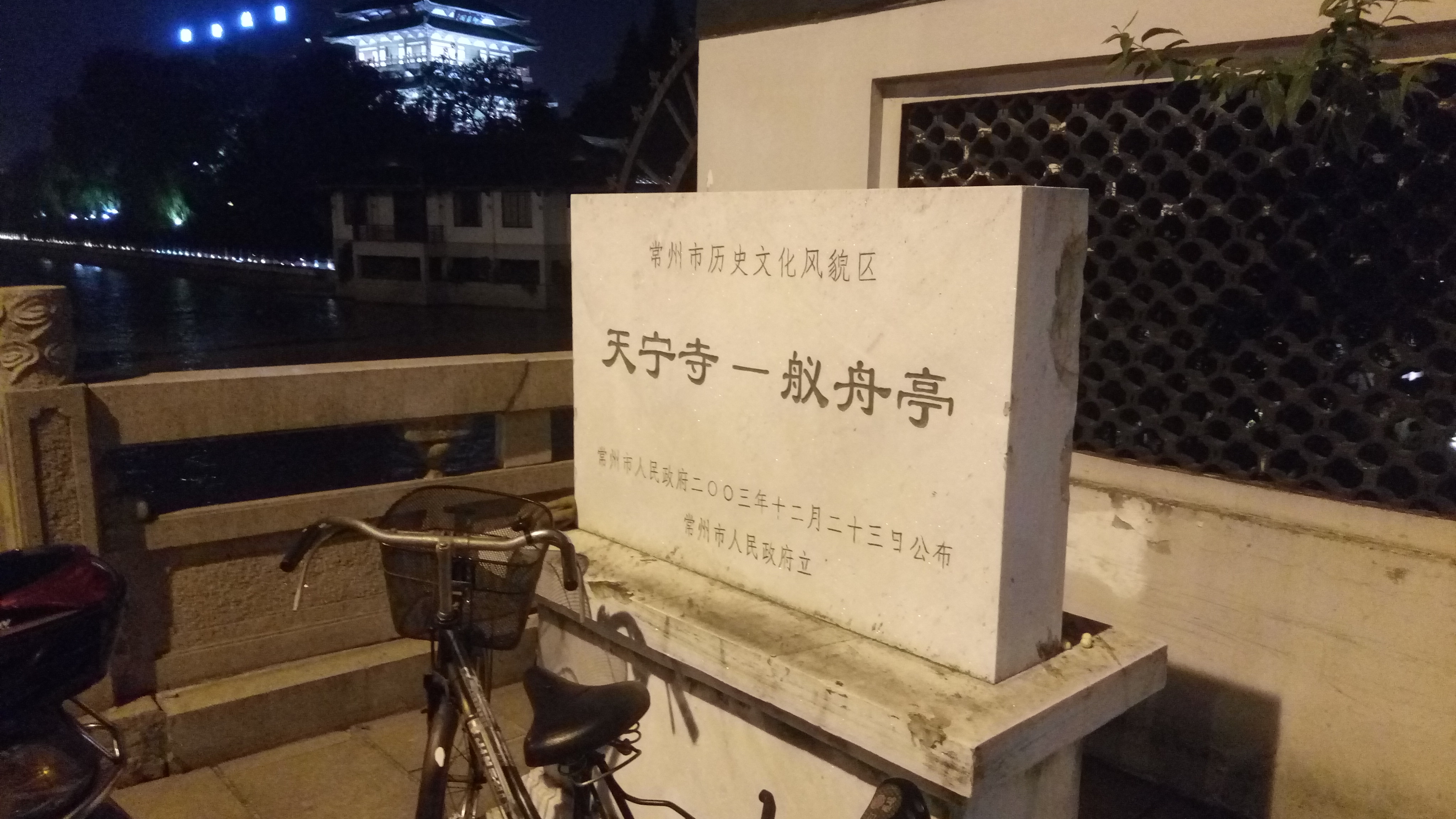 Halfway through my tour, my mobile data ran out! This meant that I needed to find an area with wifi without topping up my mobile data money if I were to continue with my tour, which would not be possible. The next question which ran through my mind was where I could top up my mobile data. Fortunately, I managed to find a nearby bank, where I approached the staff for help. I was just expecting that the staff would only help me do the translation for the steps I needed to do, but she went on to help me do everything for the physical top-up to get my mobile data working. I admire the hospitability of the staff. 🙂
Halfway through my tour, my mobile data ran out! This meant that I needed to find an area with wifi without topping up my mobile data money if I were to continue with my tour, which would not be possible. The next question which ran through my mind was where I could top up my mobile data. Fortunately, I managed to find a nearby bank, where I approached the staff for help. I was just expecting that the staff would only help me do the translation for the steps I needed to do, but she went on to help me do everything for the physical top-up to get my mobile data working. I admire the hospitability of the staff. 🙂
Back in my youth hostel, the hostel’s hosts were welcoming and friendly, they chatted with me about China’s history, about my life, and why I was in China and where I visited. The hosts were courteous, and helpful as well, explaining to me any terms which I may not know, making me enjoy my conversation with them.
Day 2: I started off early, heading off to Zhenjiang. This time, instead of catching a G(representing 高铁 in China) train, I caught a D(动车) train. The interior of the D train is not as comfortable as the G-train, and whenever you find your seat, there would likely be someone already occupying your seat, and hence it is up to you whether you would like him to leave your seat. Price-wise, a D-train is more economical than a G-train, and durations wise, a G-train and D-train take relatively similar timings for short distance travels, so if you would like to save a bit of money travelling, a D-train would be your 2nd best option.
The first stop of the day was Zhenjiang museum. It contained some of the ancient relics uncovered in Zhenjiang. Then, there was also exhibitions on some of the cultural practices carried out in Zhenjiang, including a drinking game, weddings, funerals, etc. The last exhibition hall featured calligraphy works by different famous calligraphers.
Zhenjiang museum

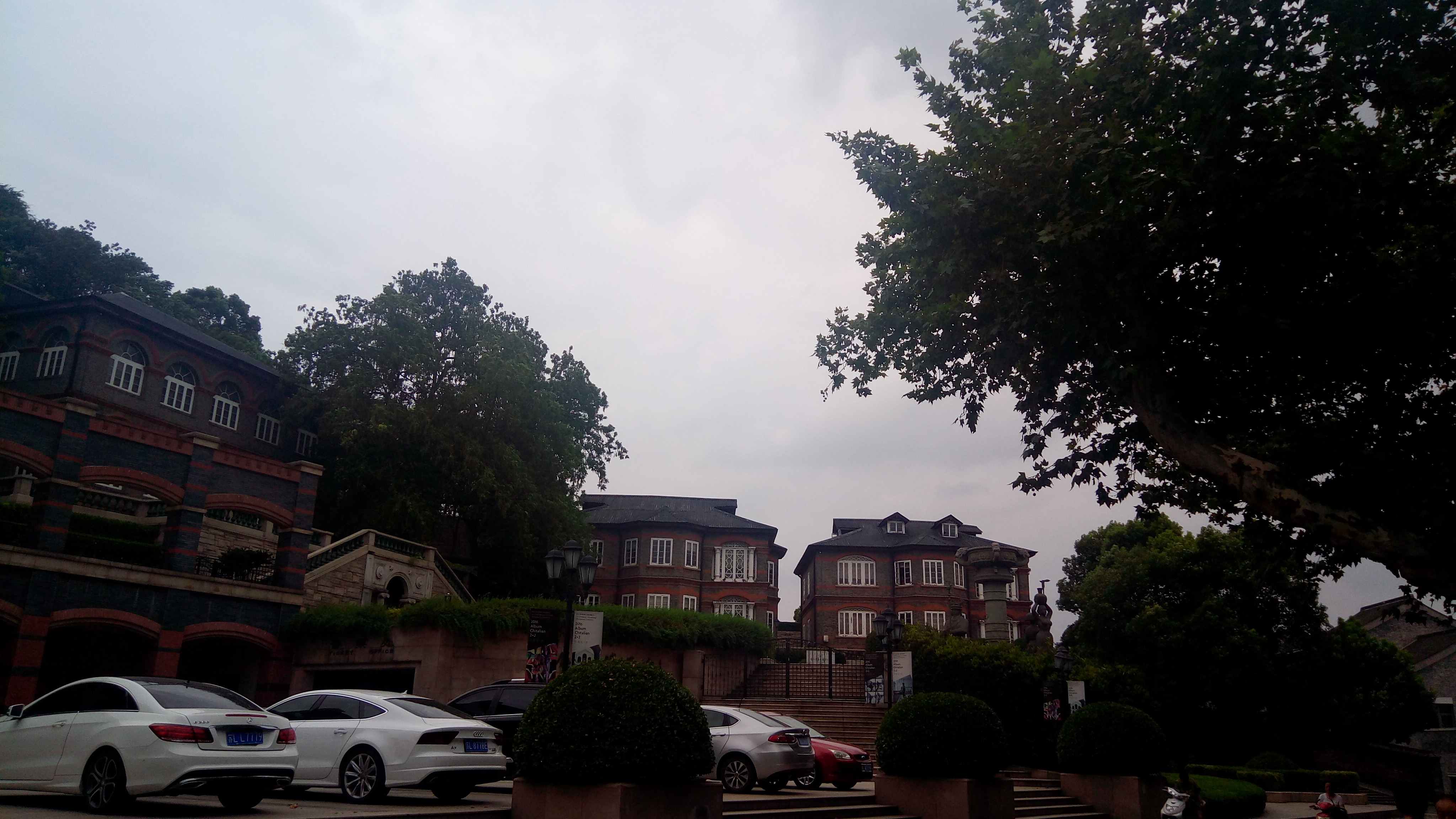
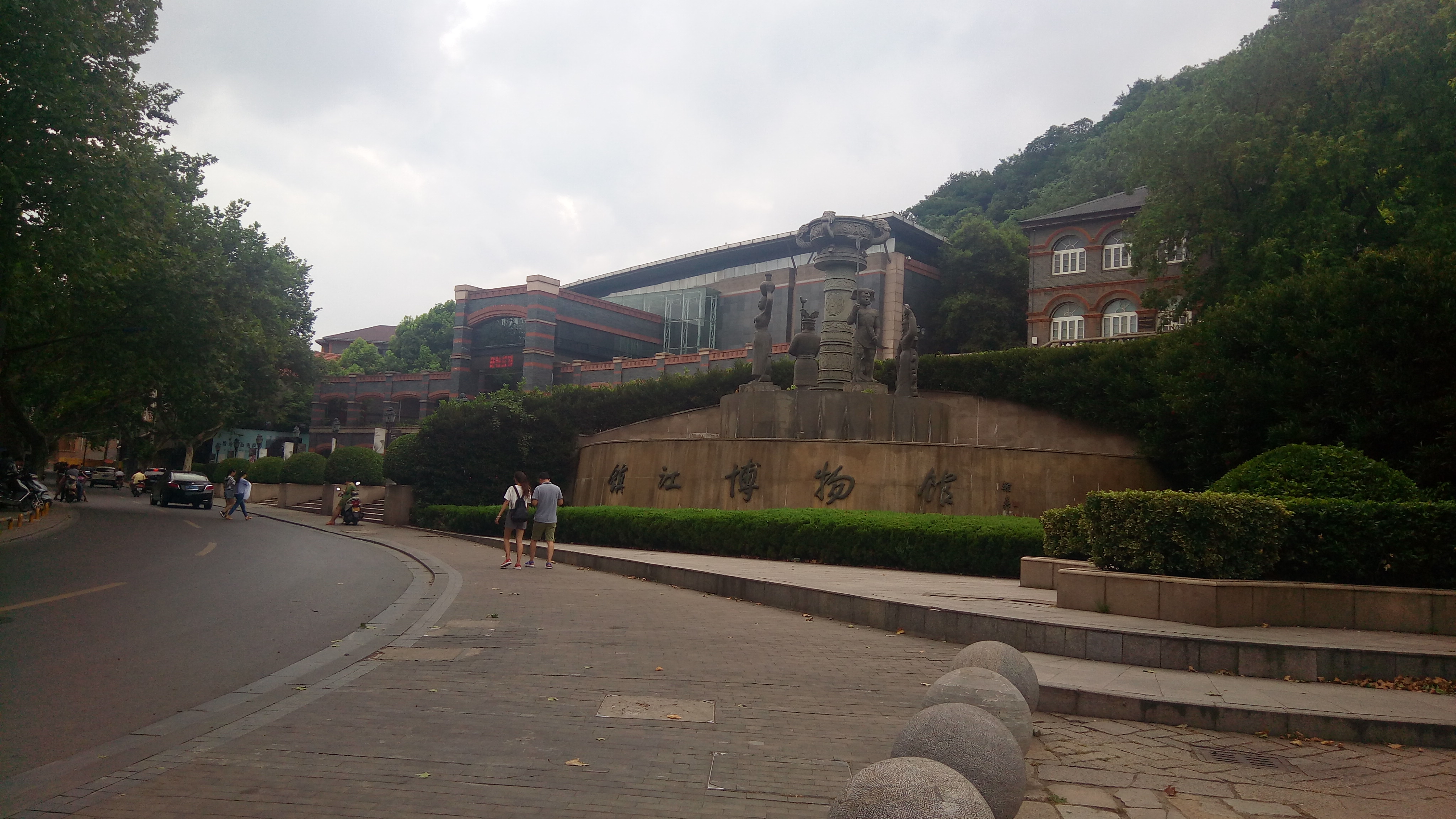
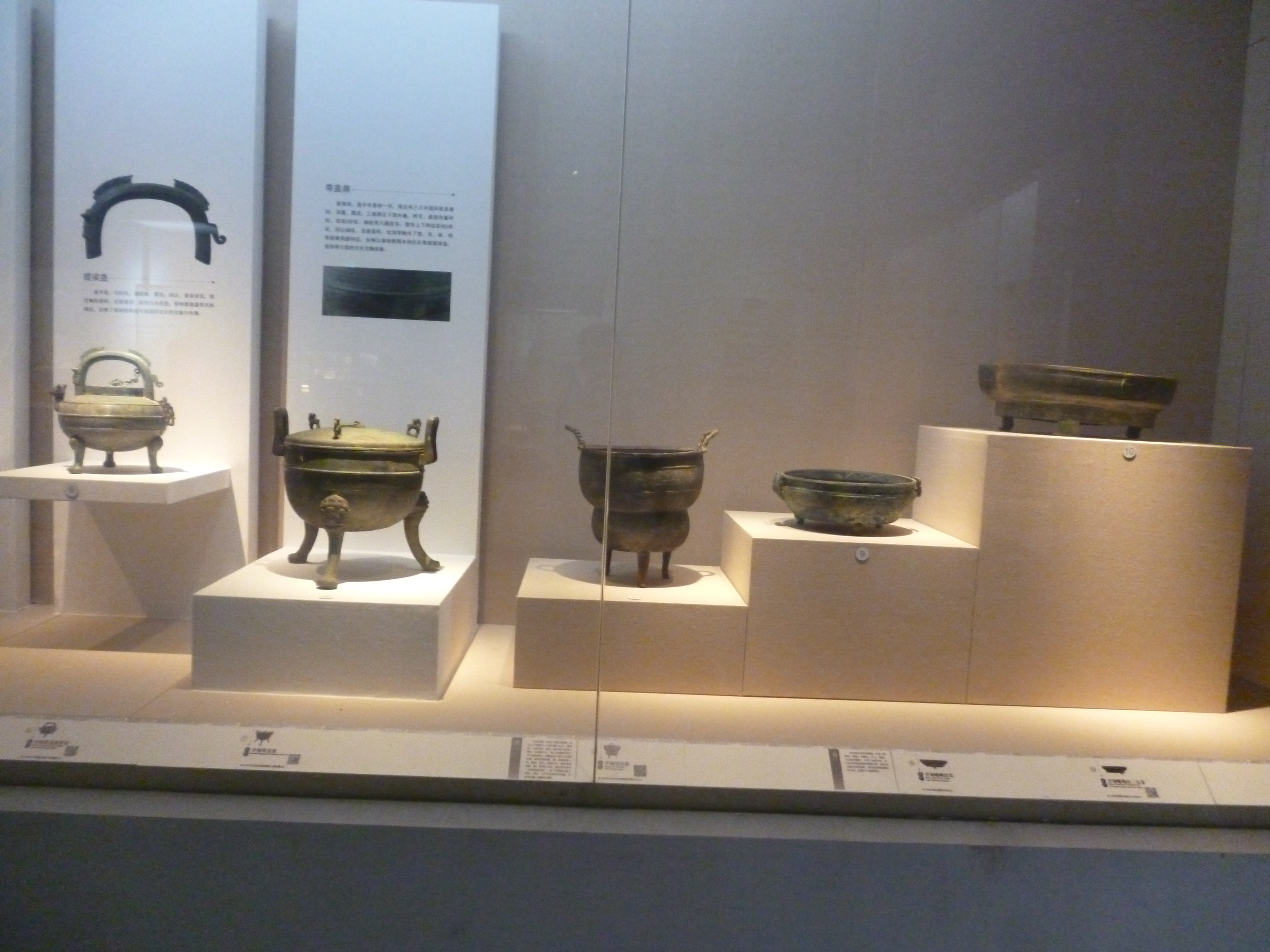
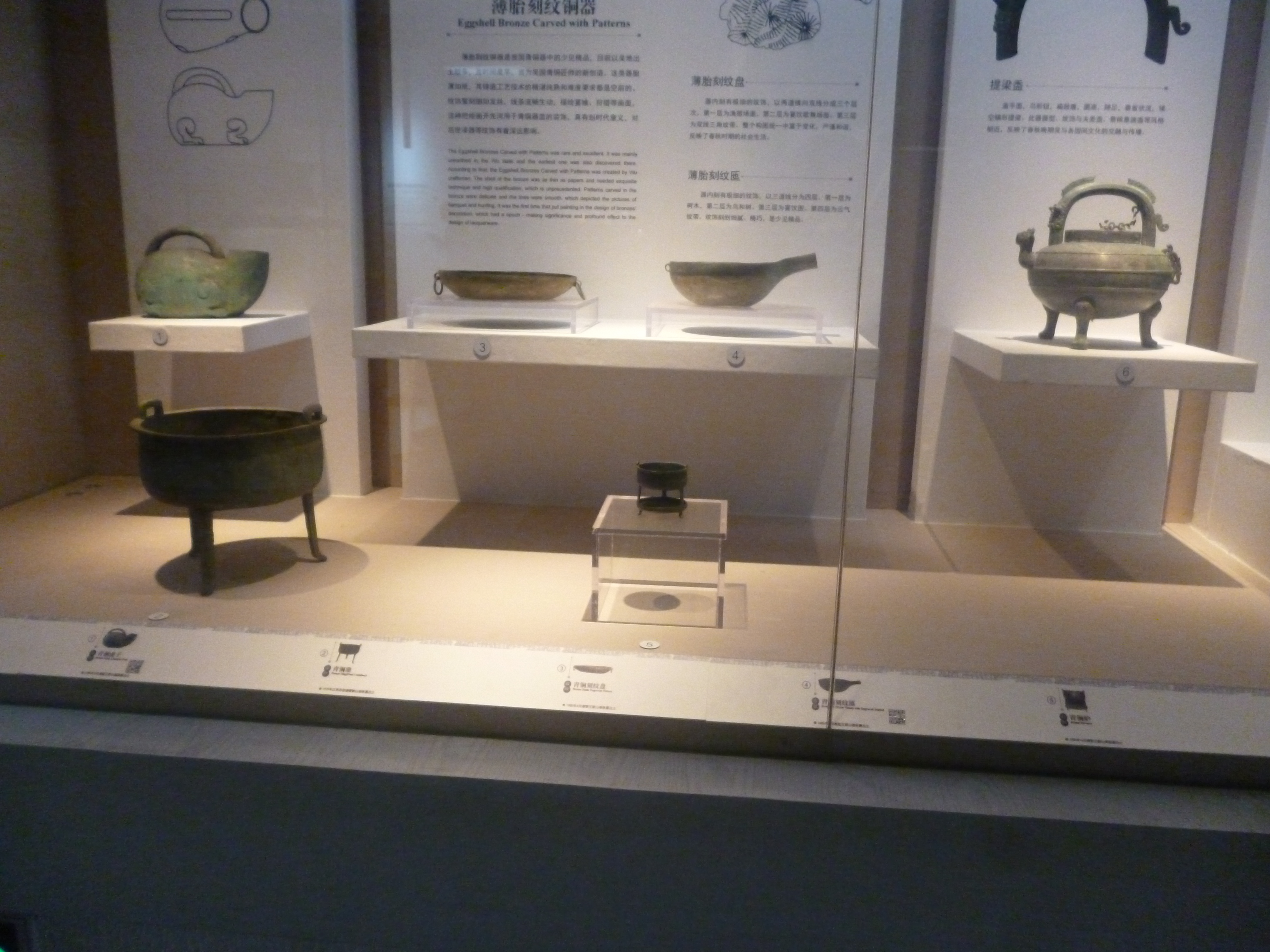
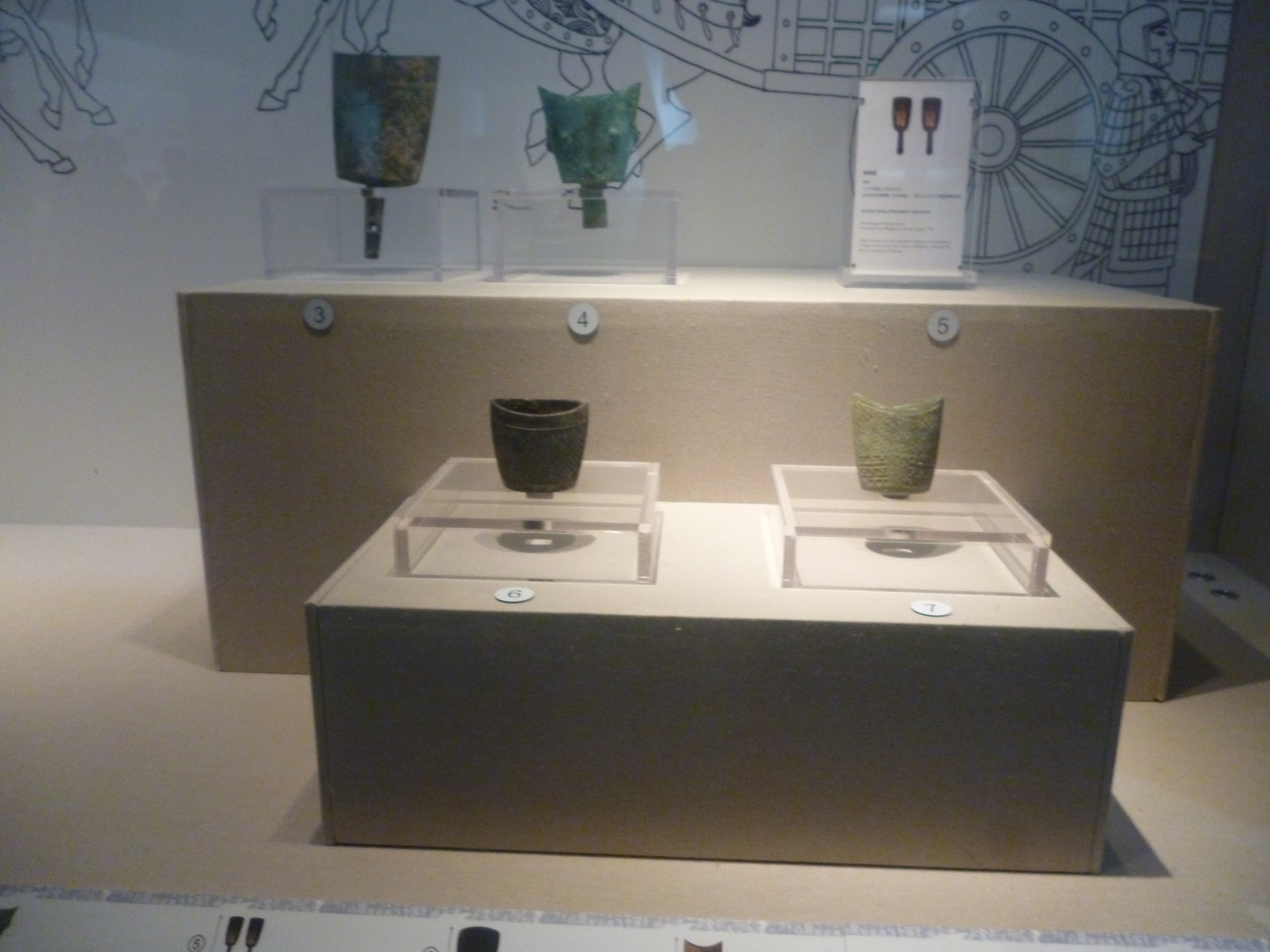

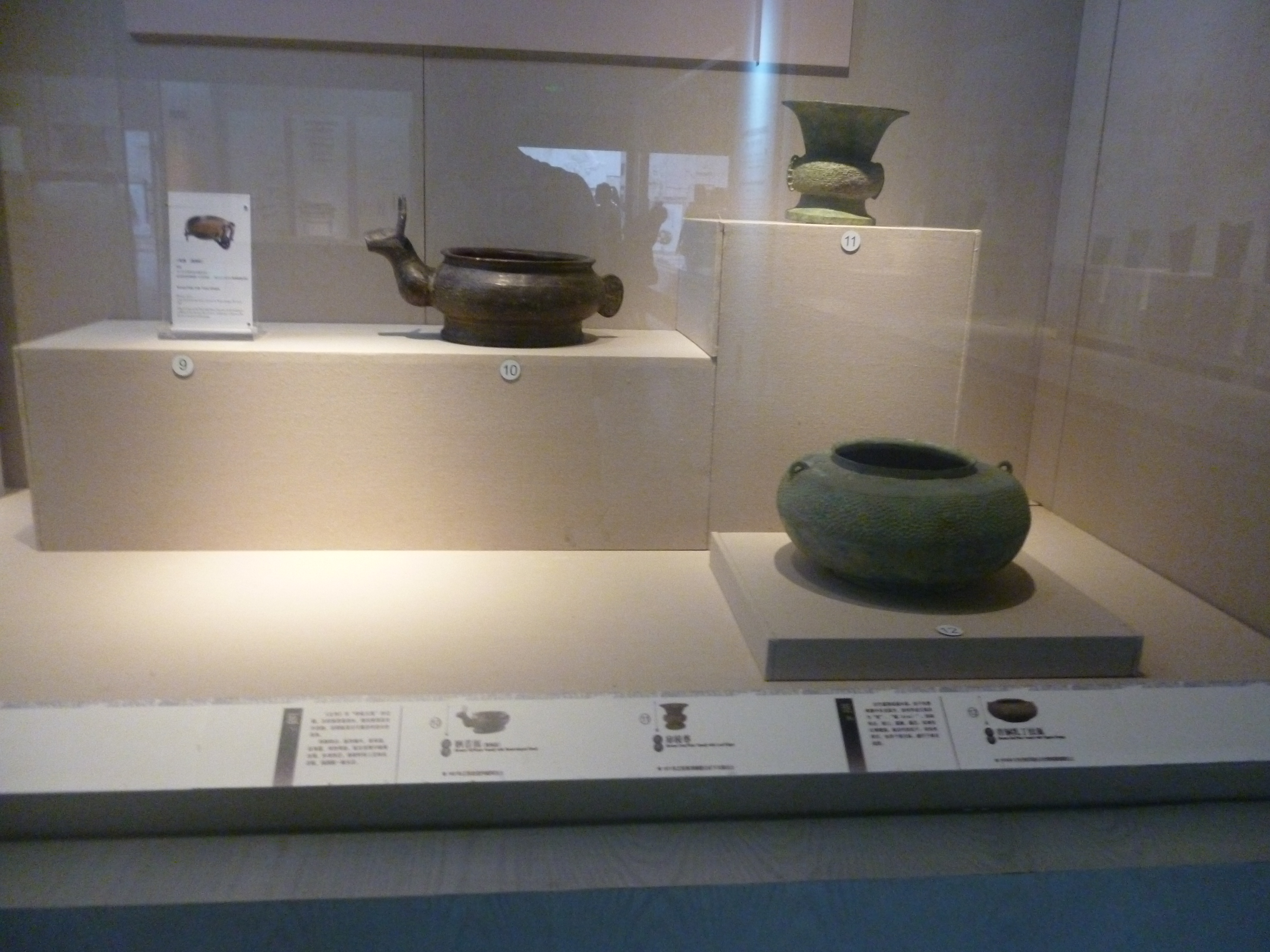
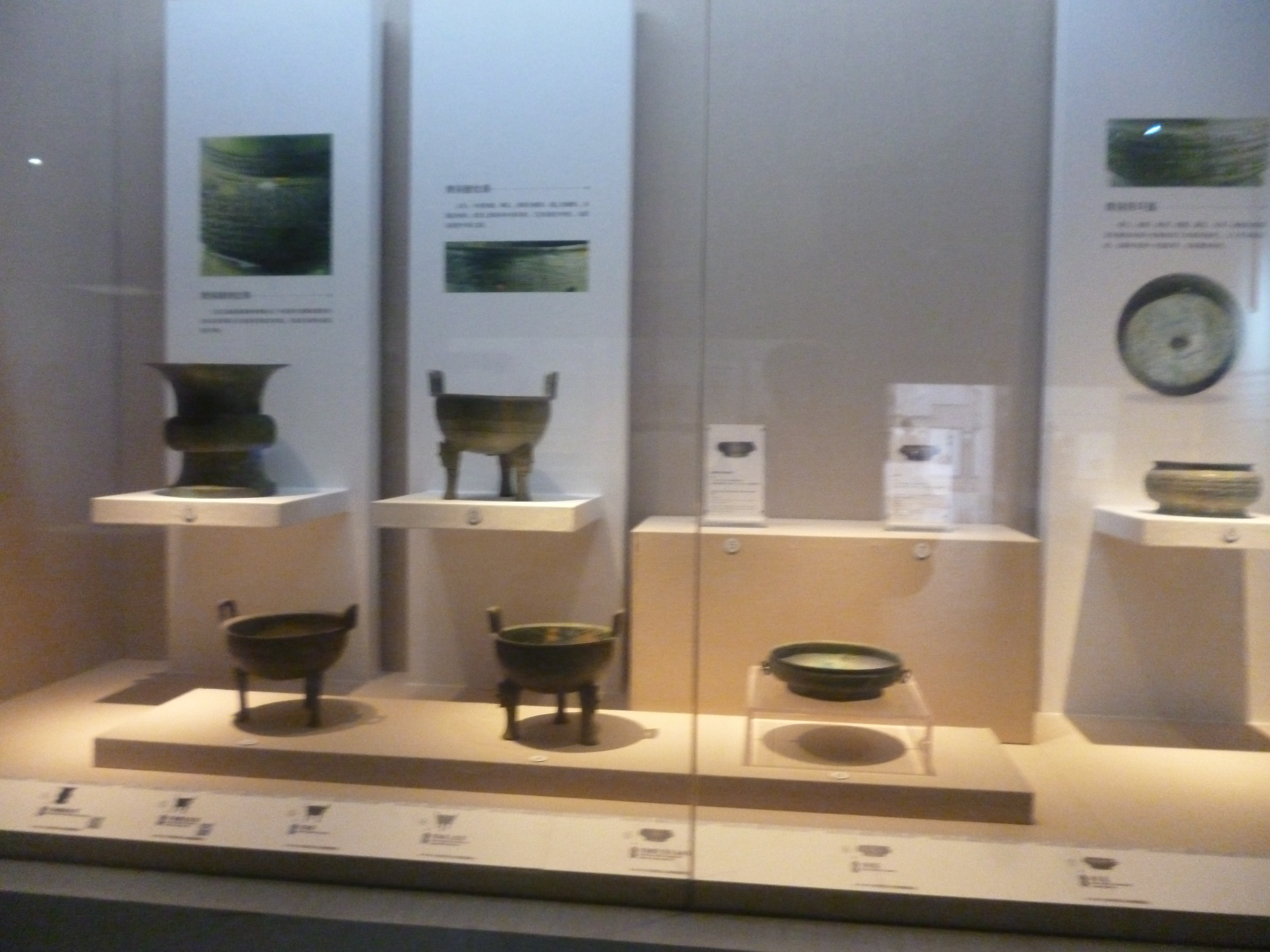
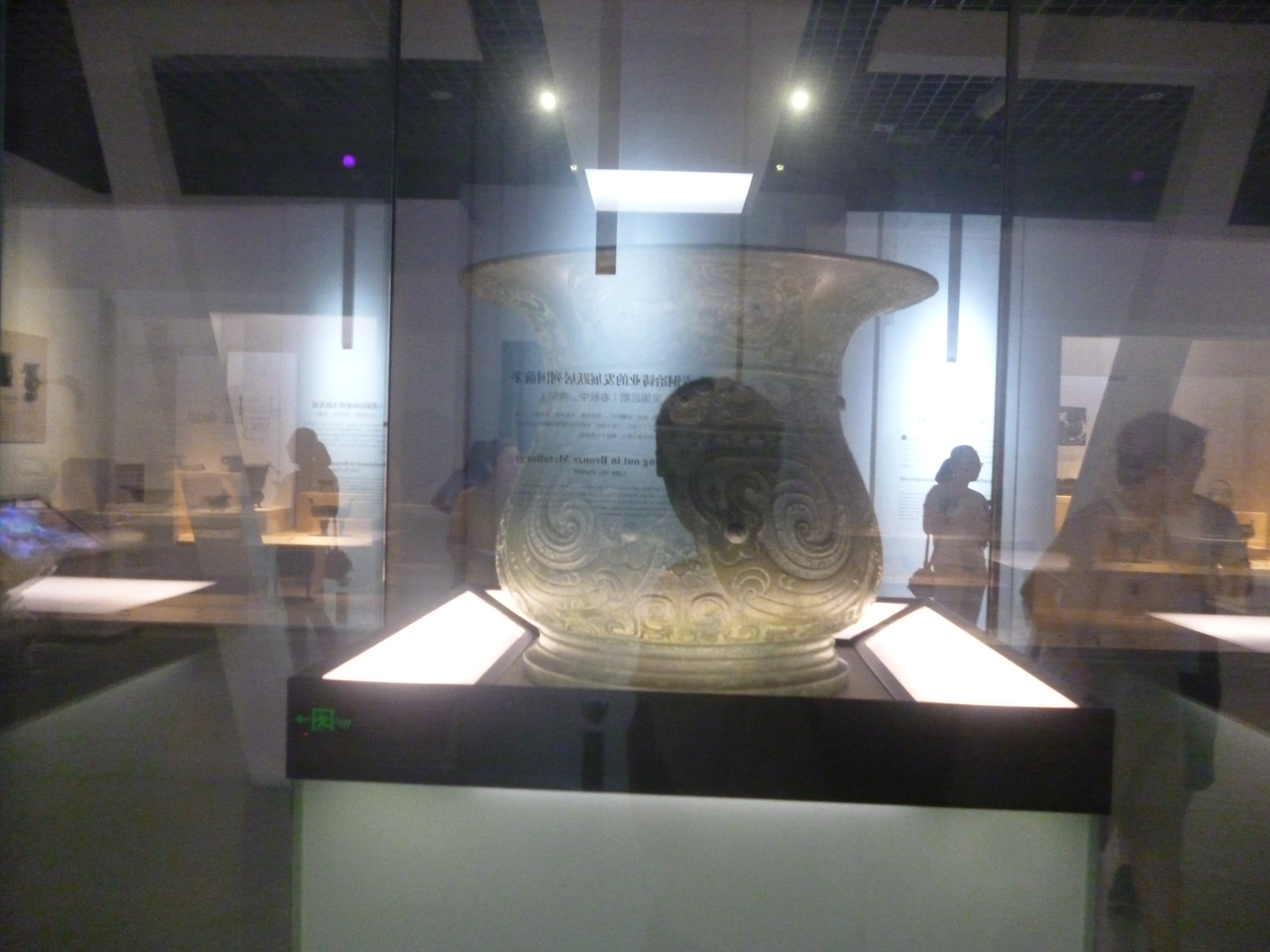
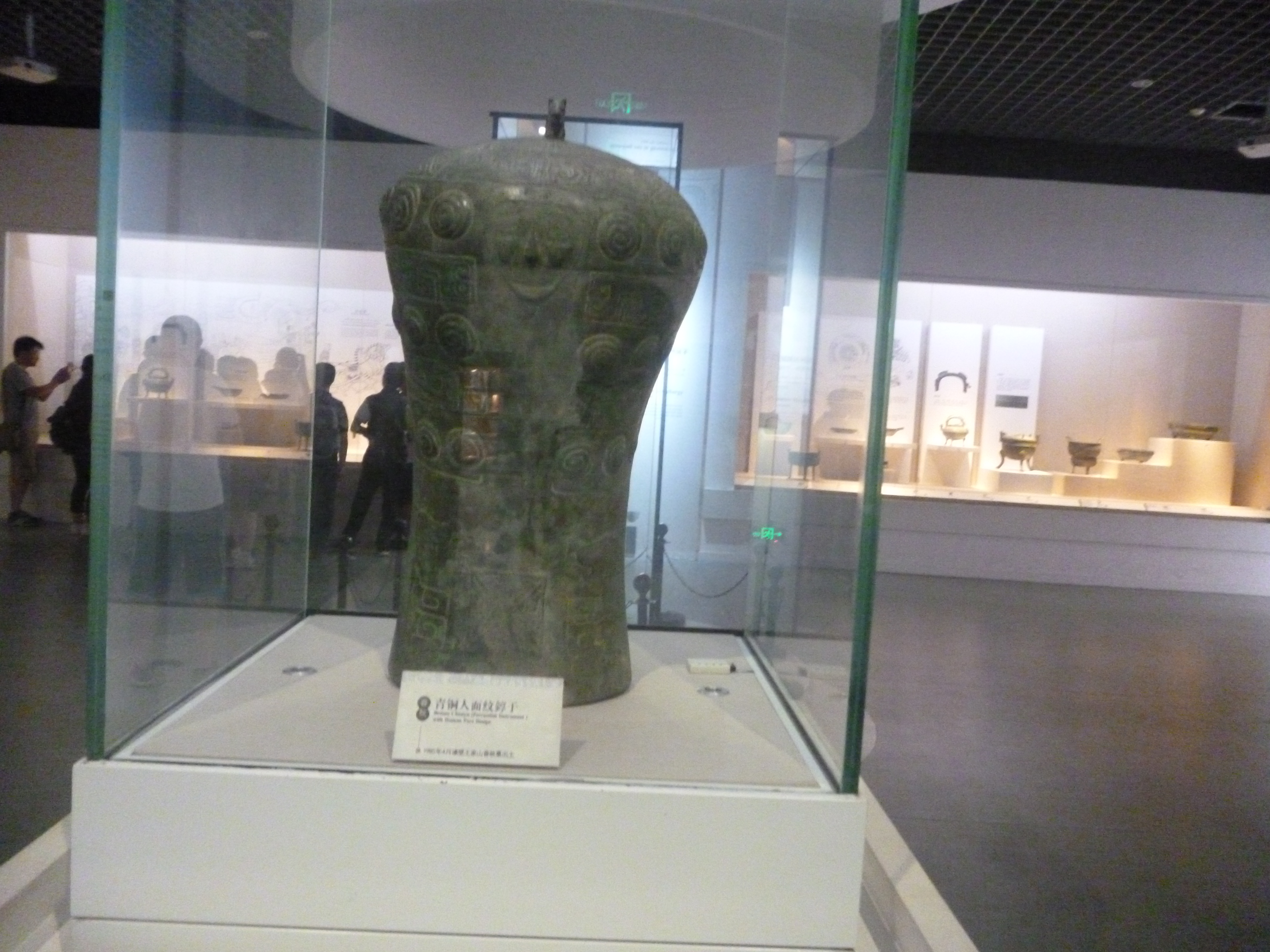
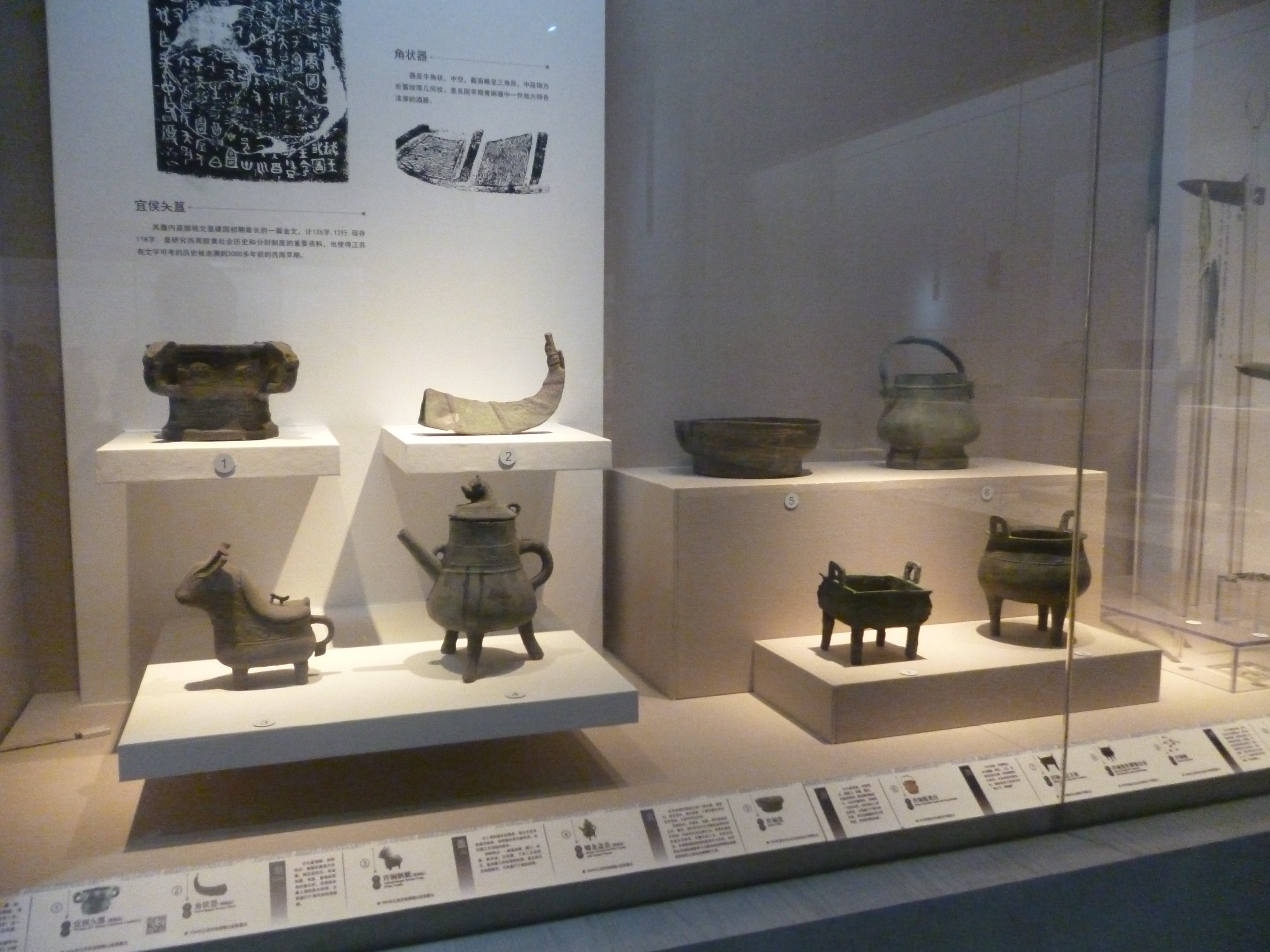
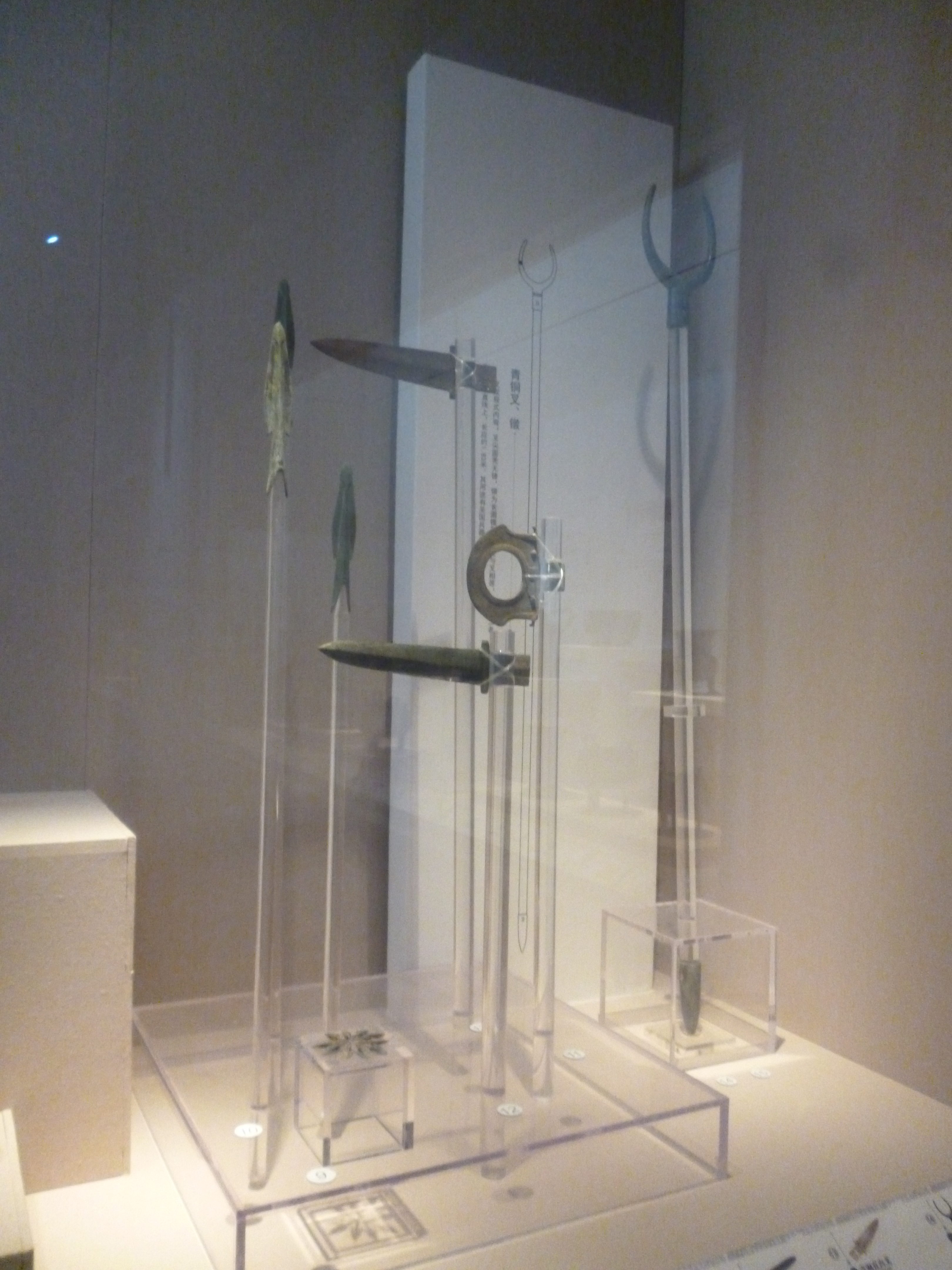
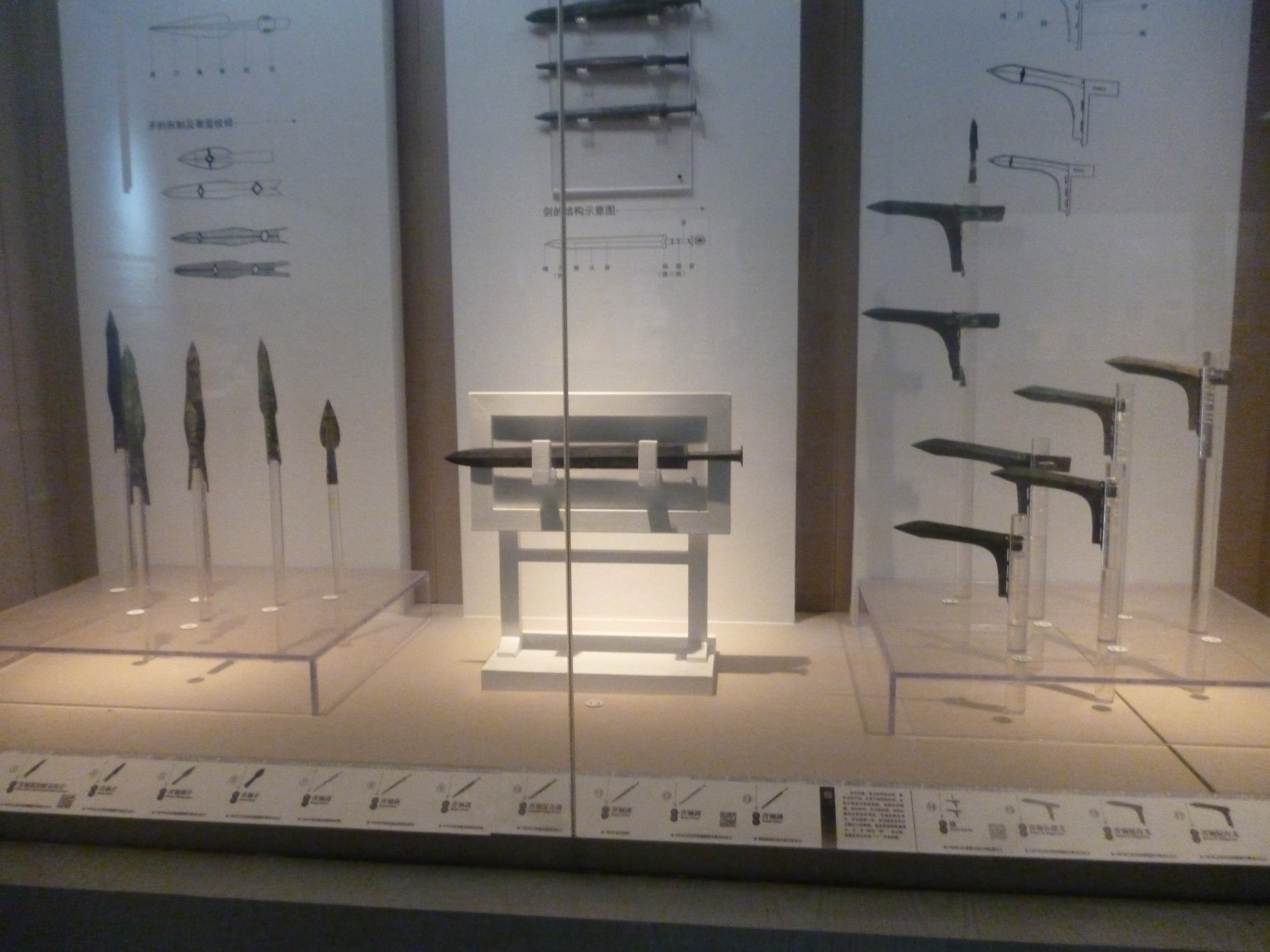

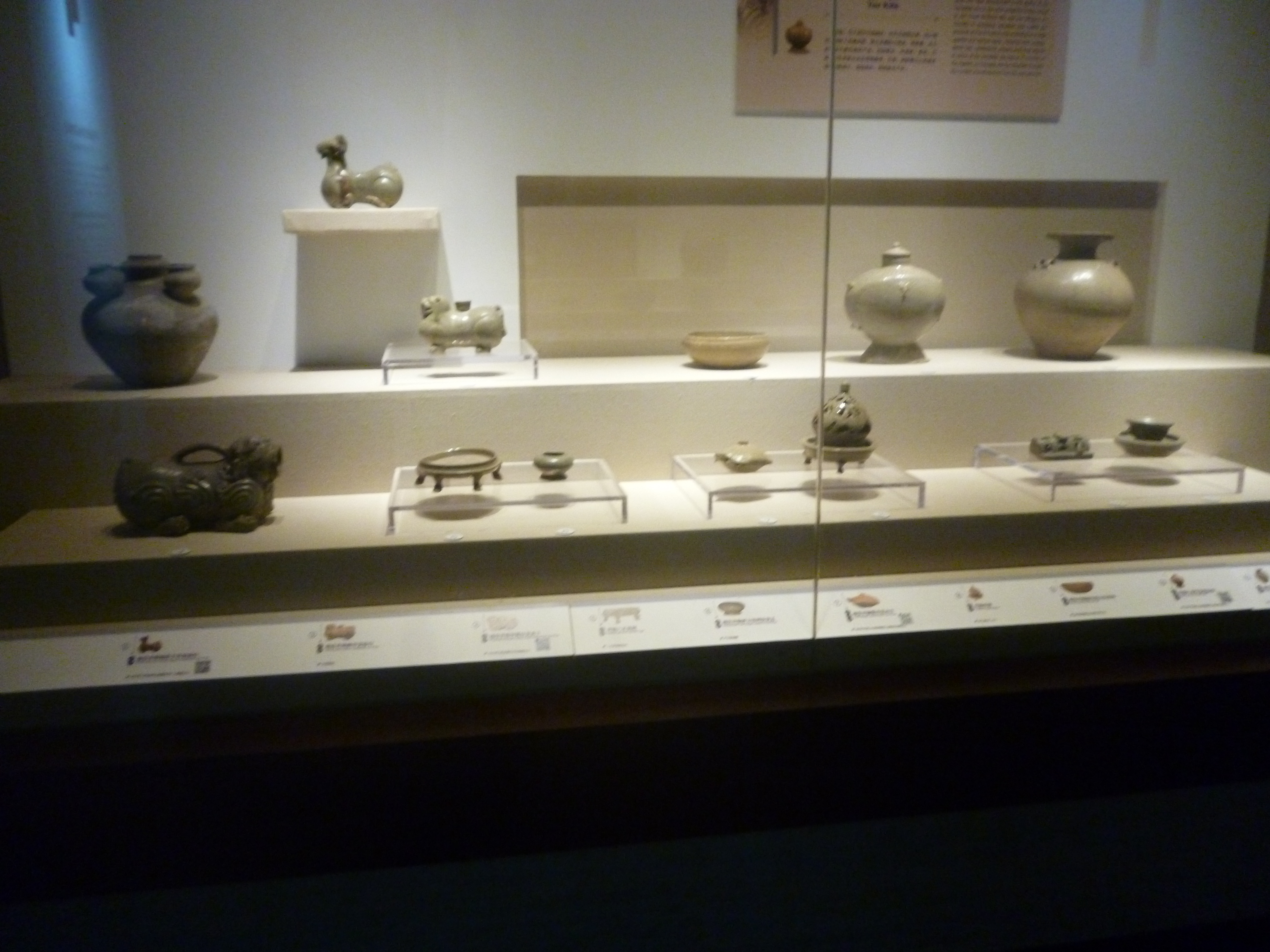
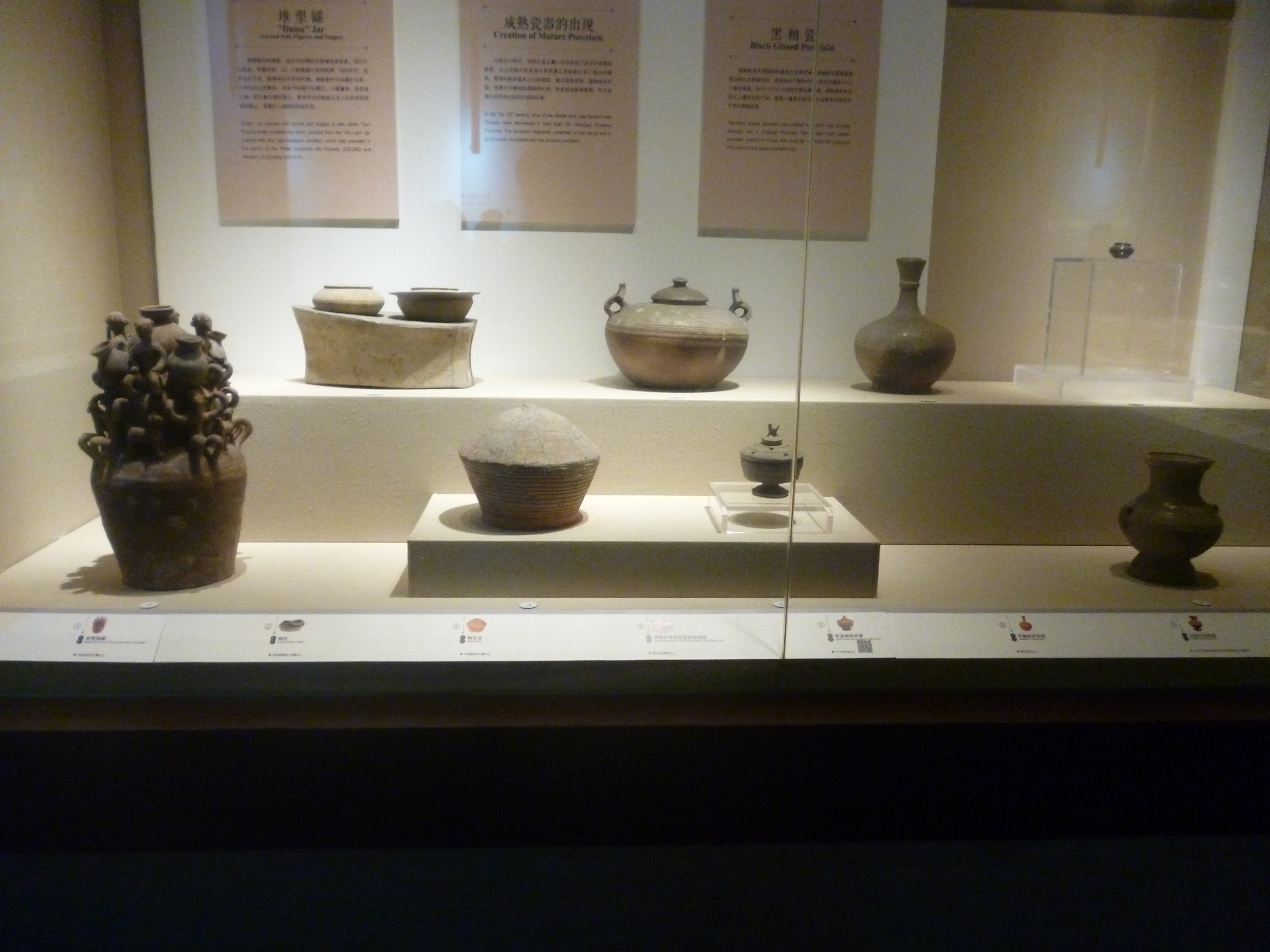
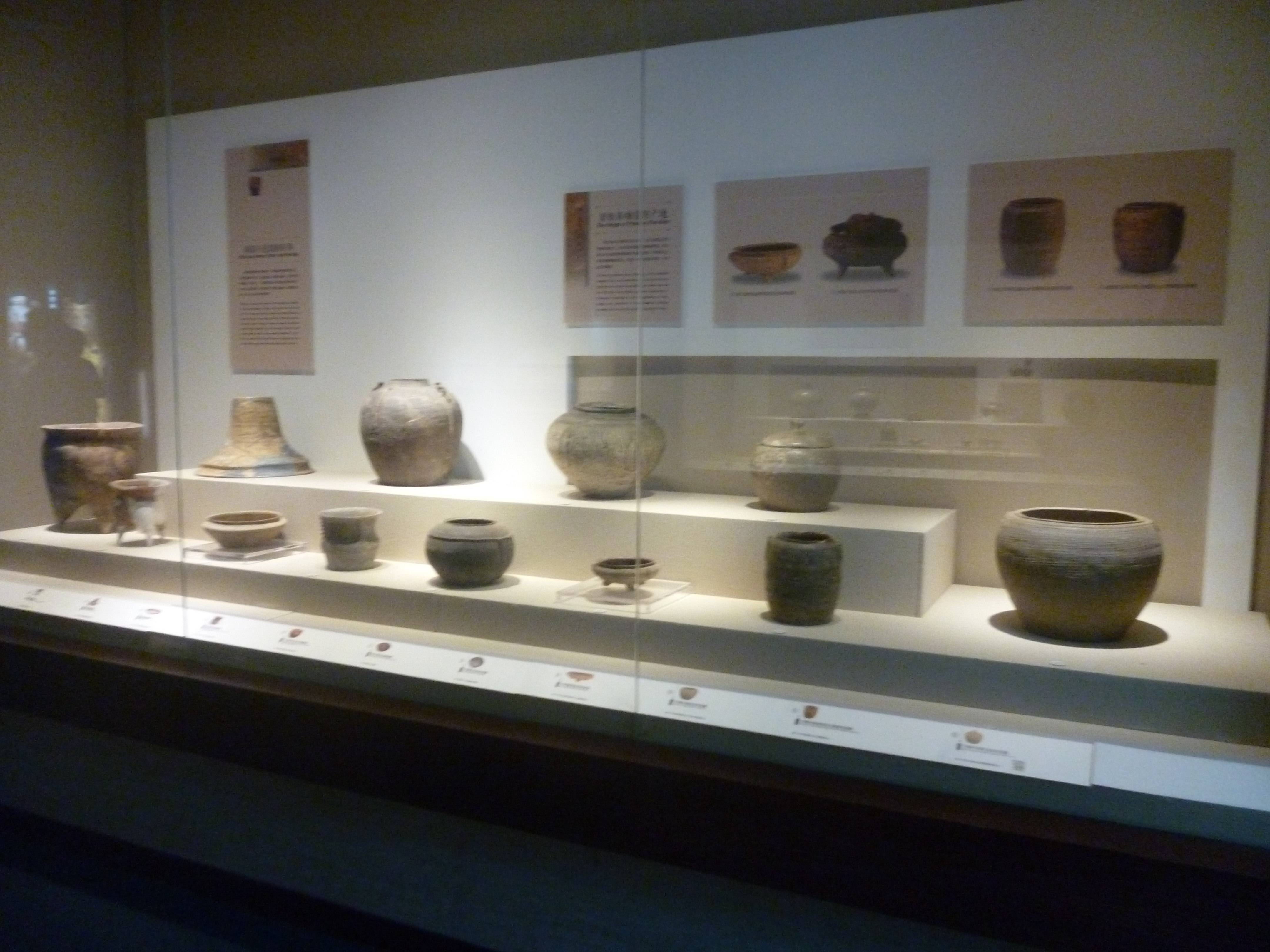
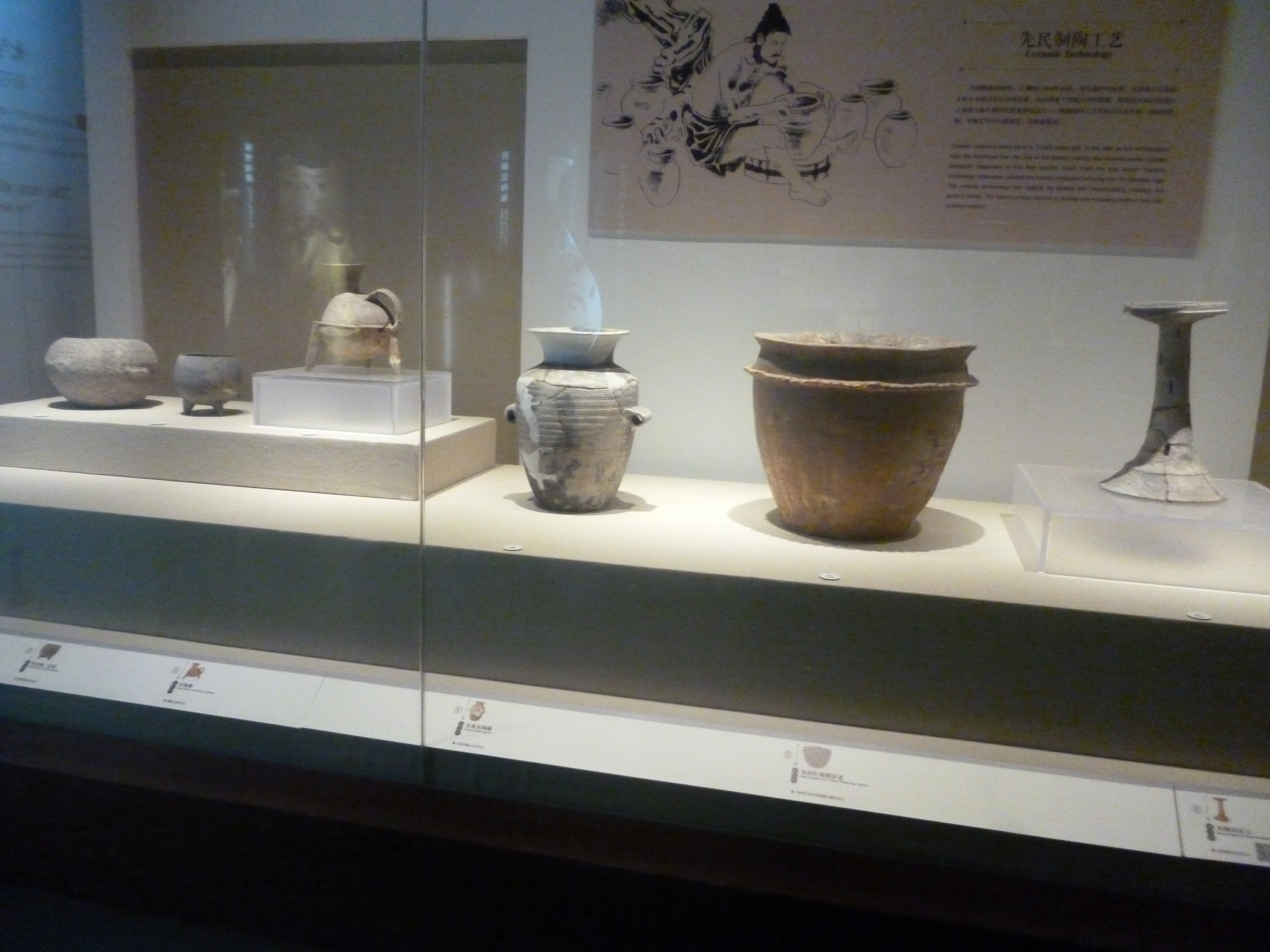

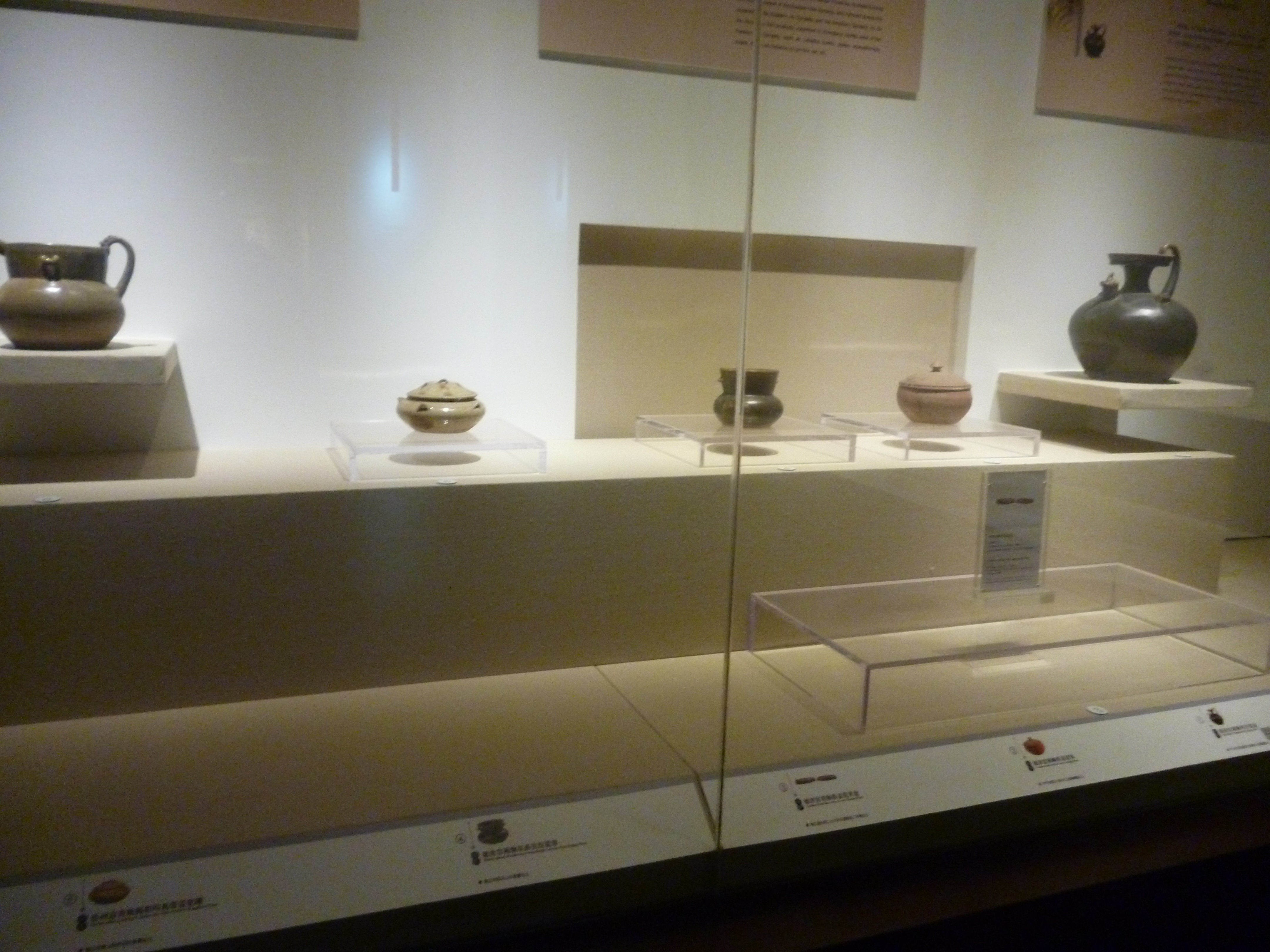
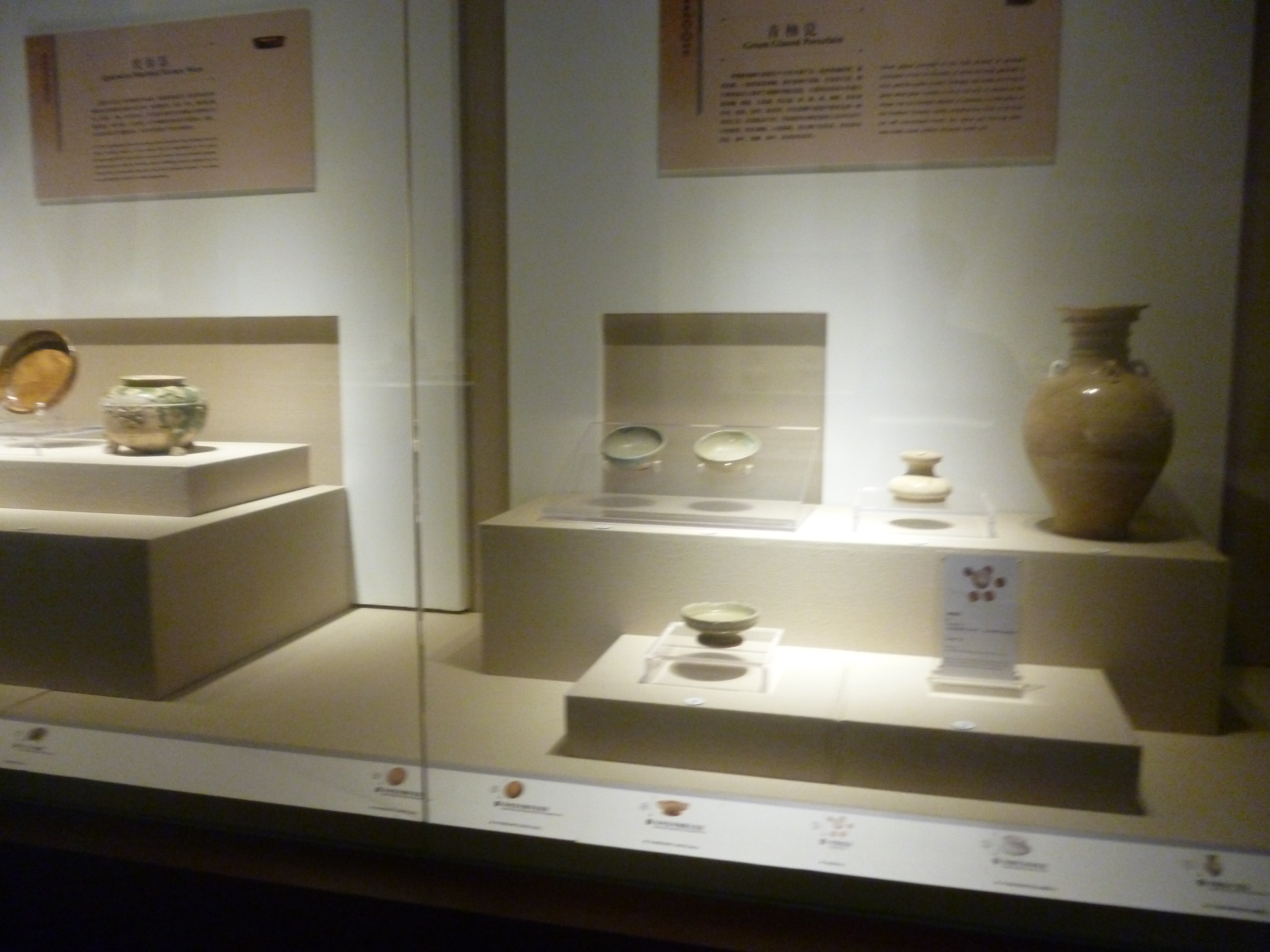
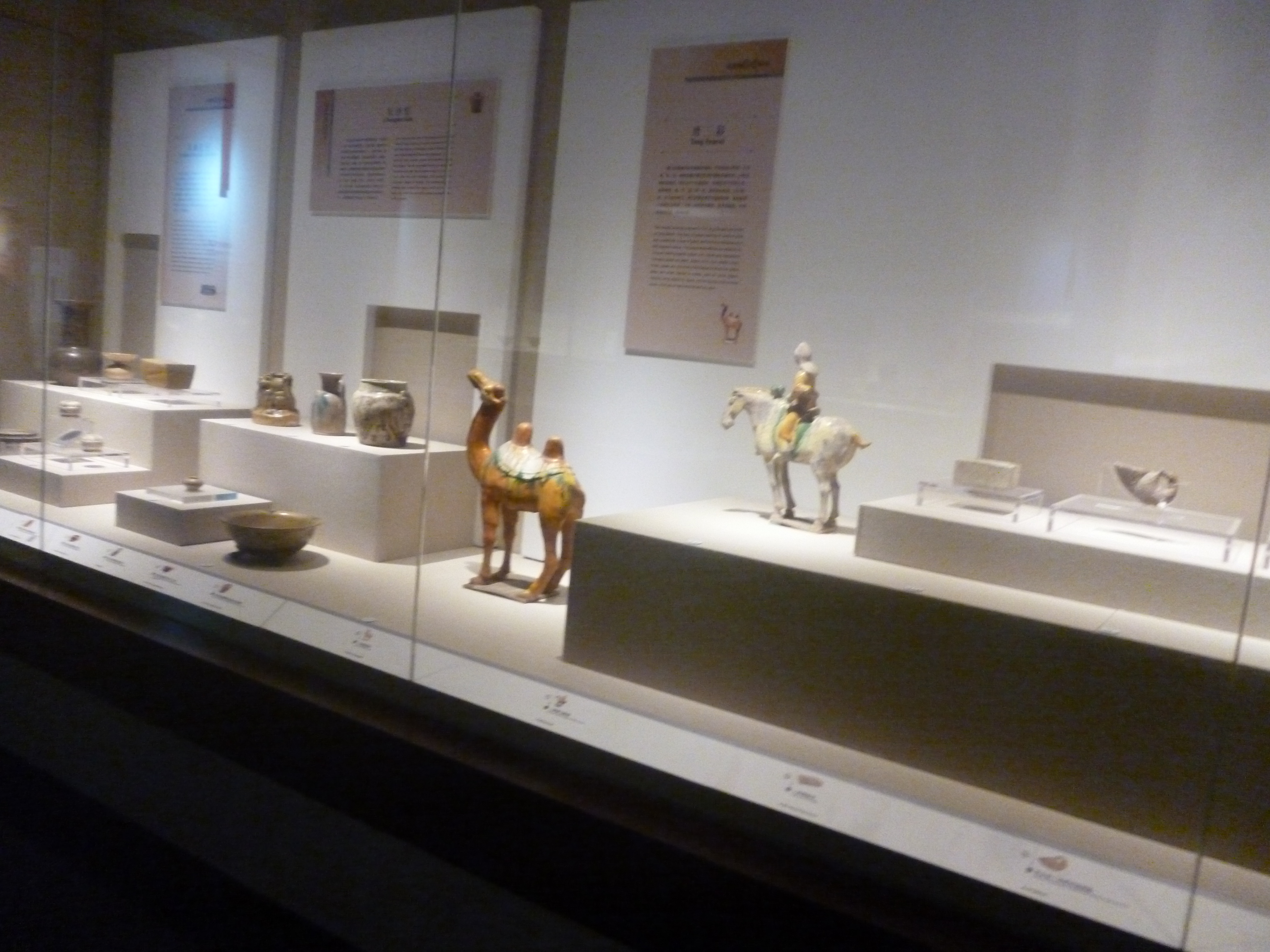
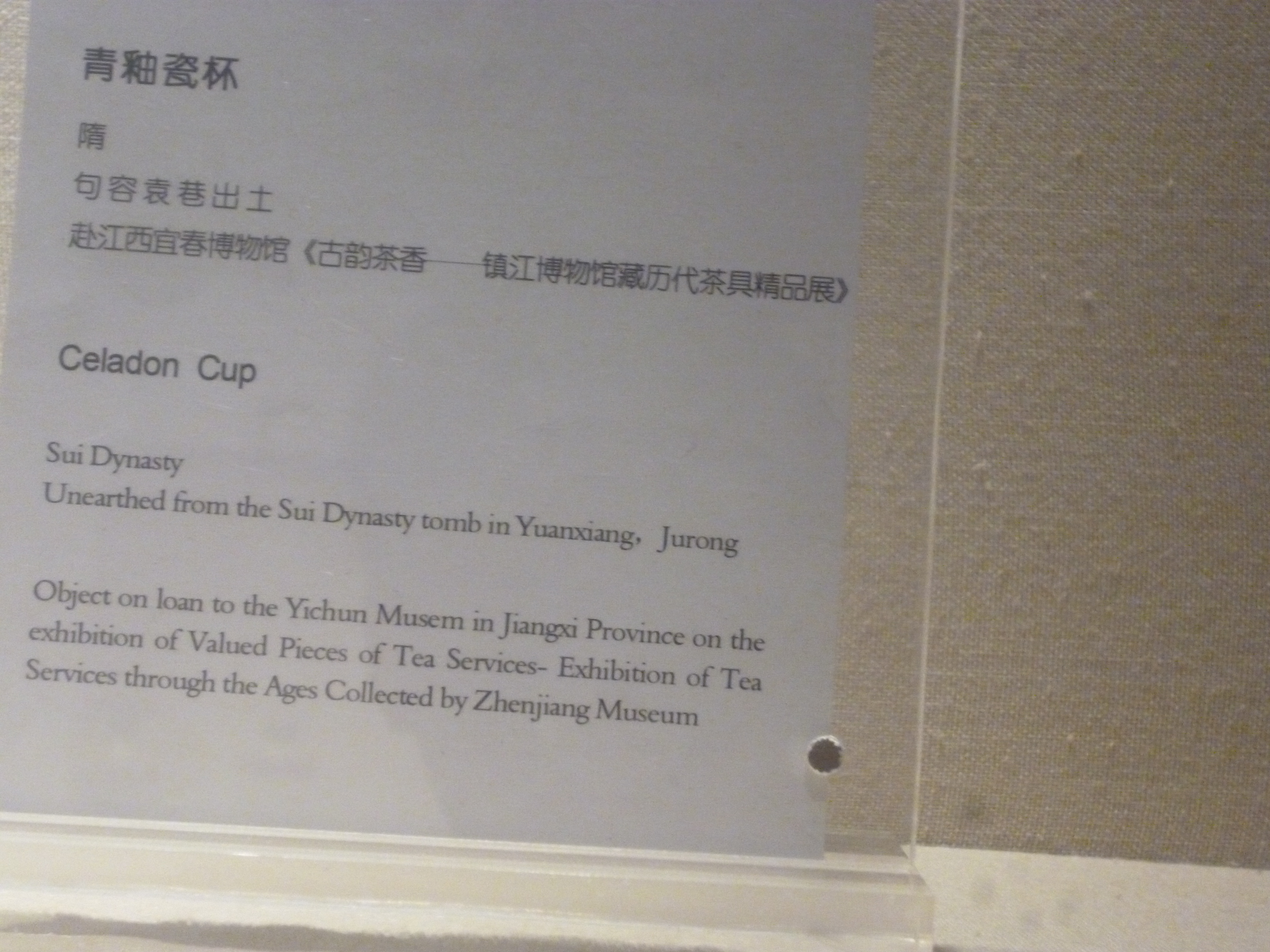
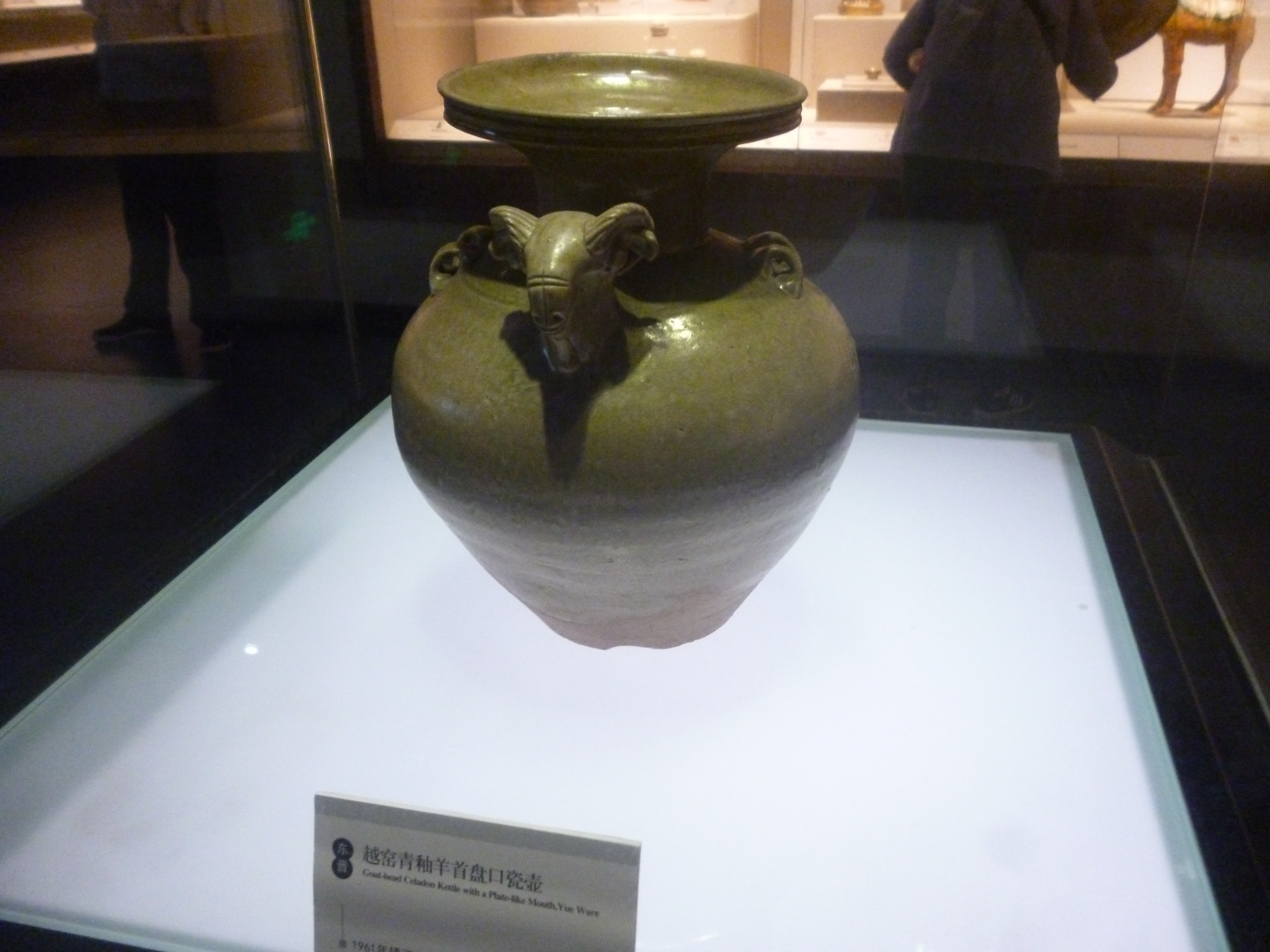
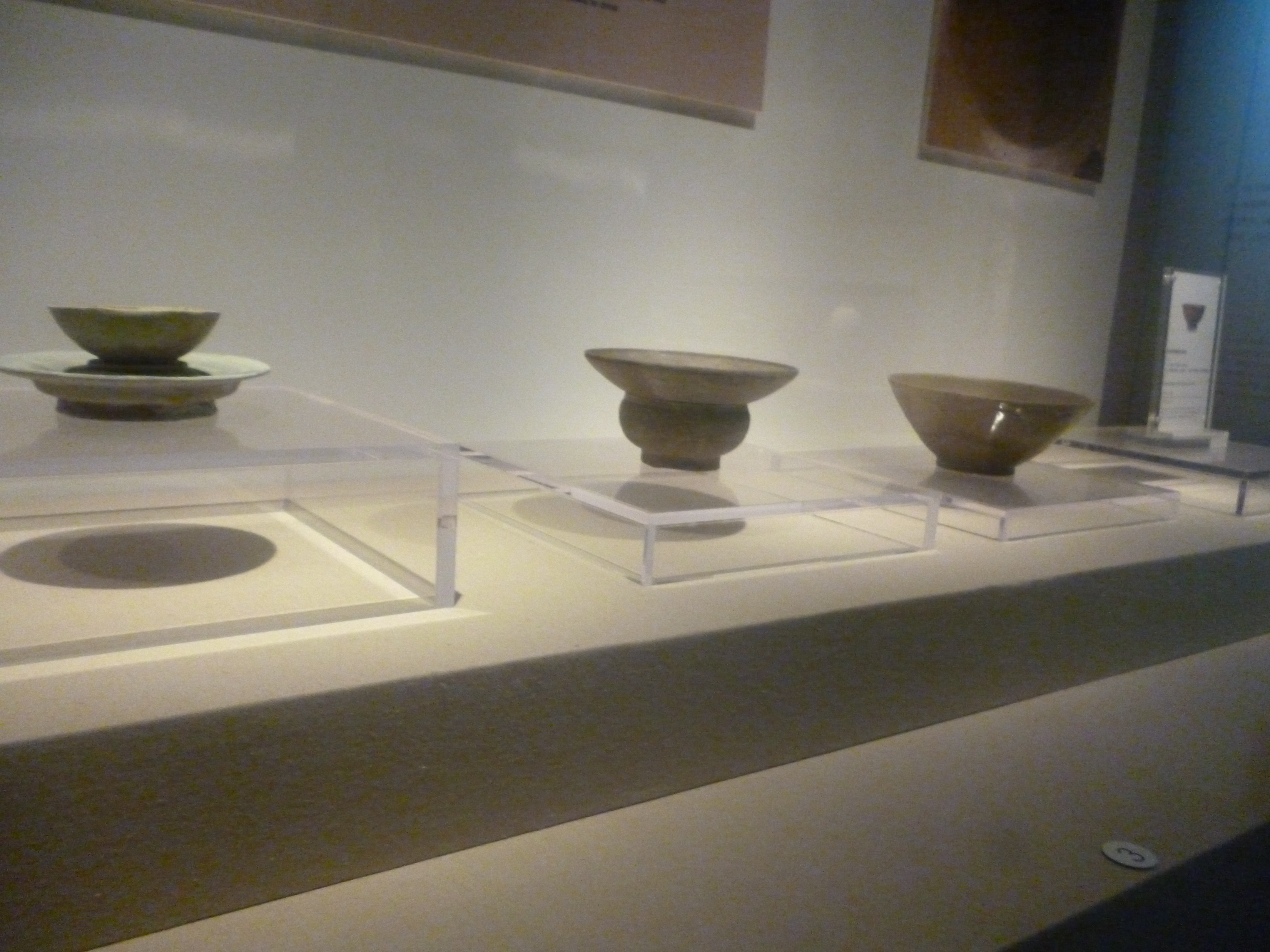
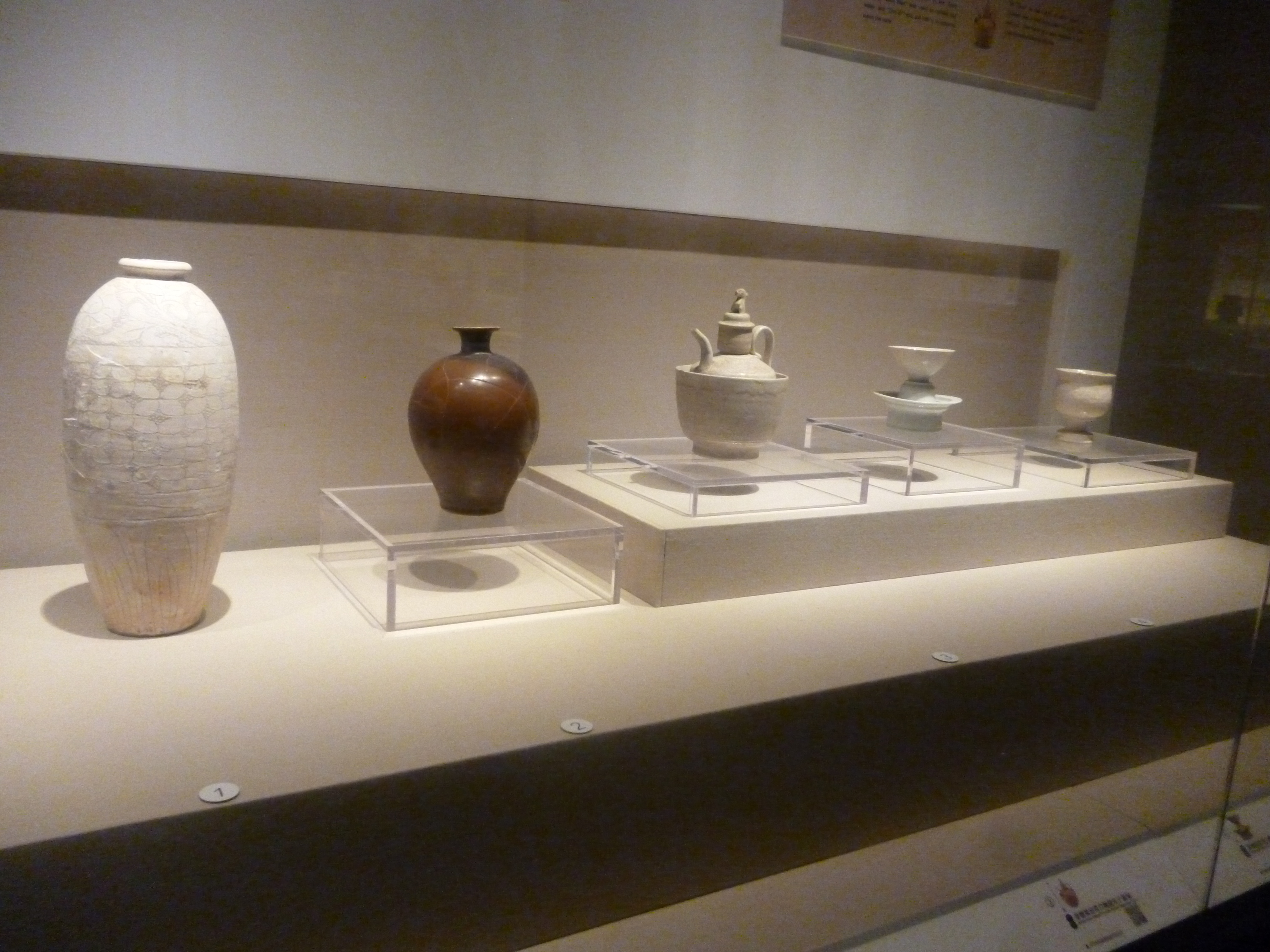
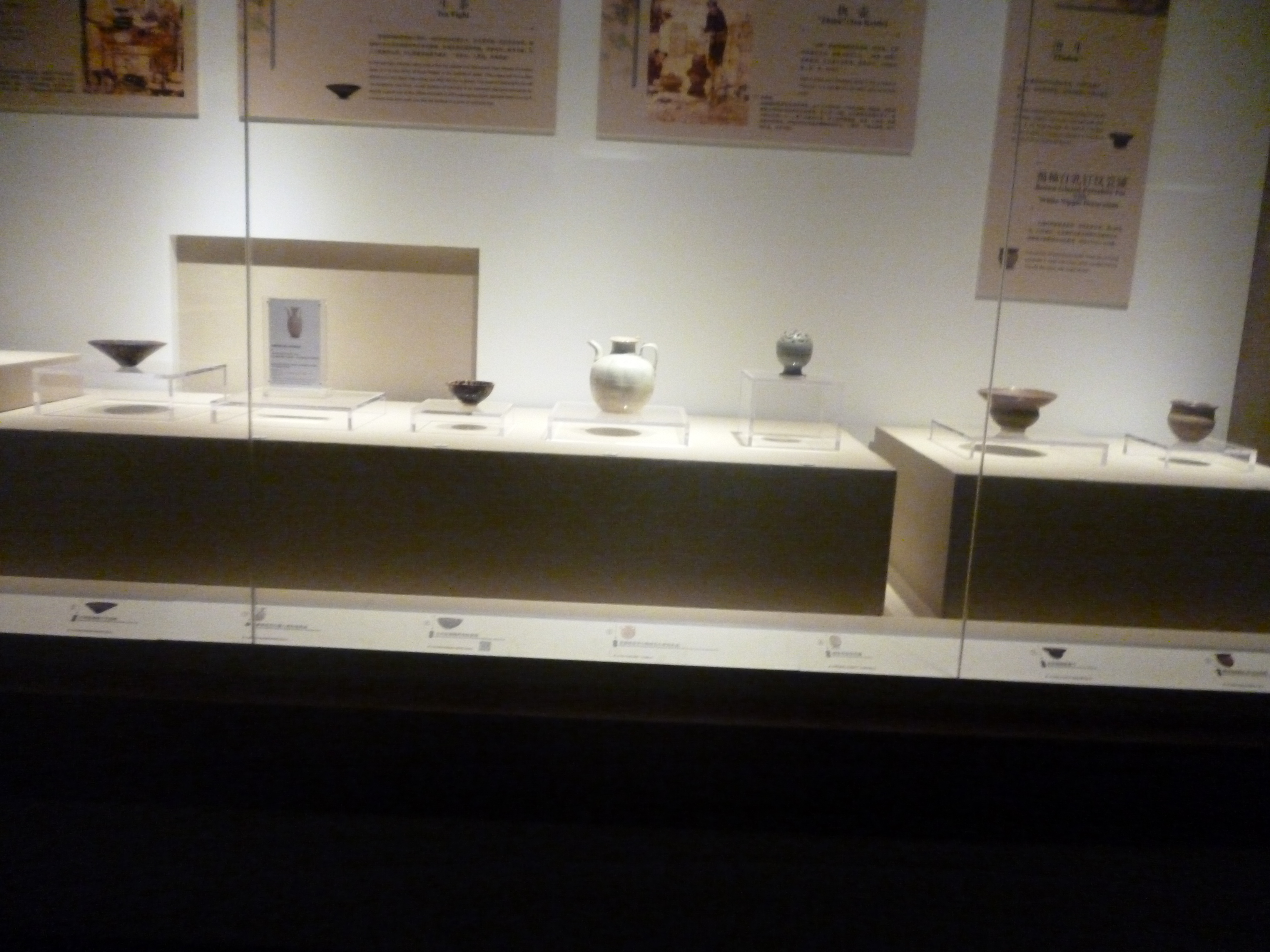
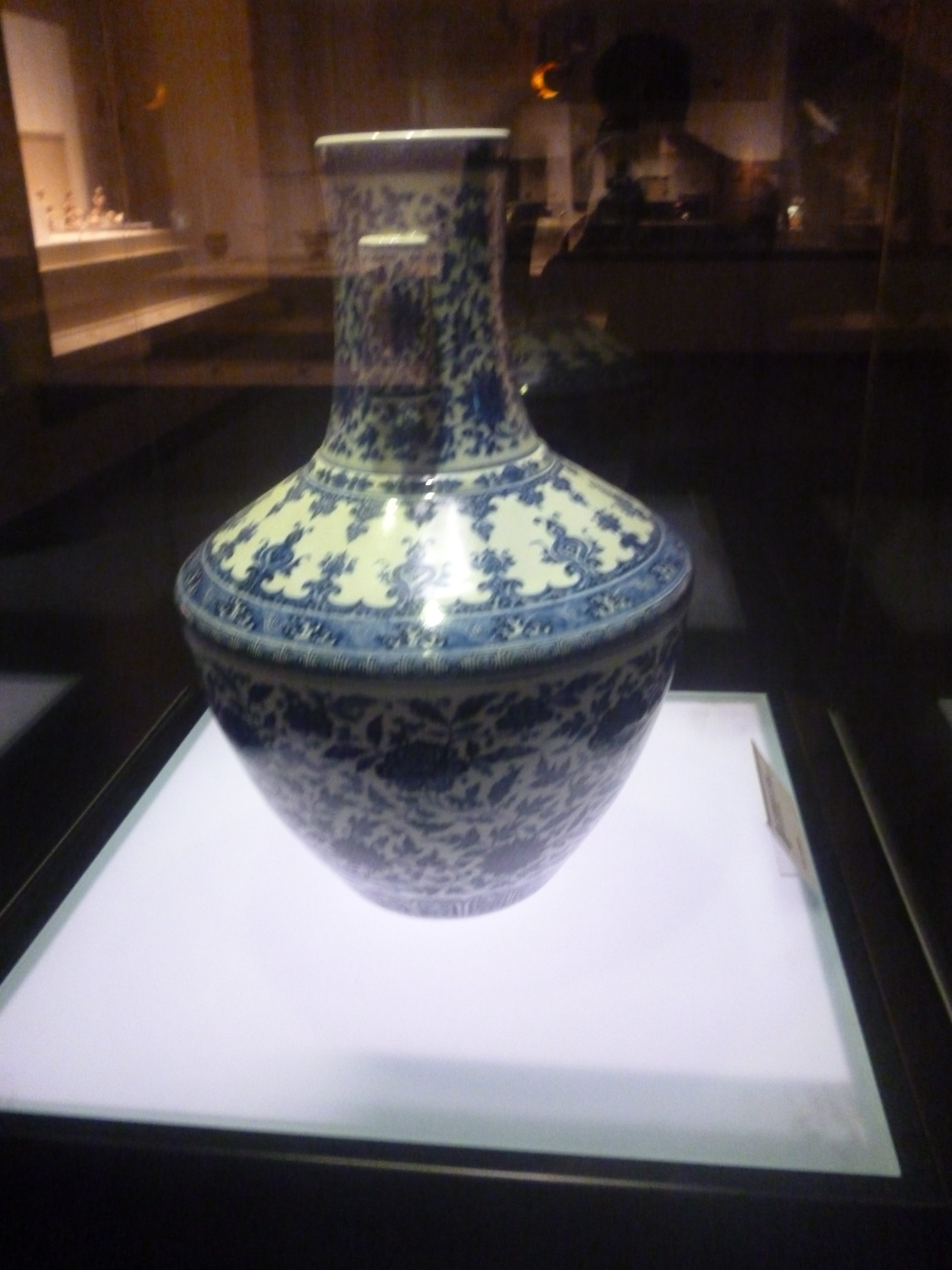


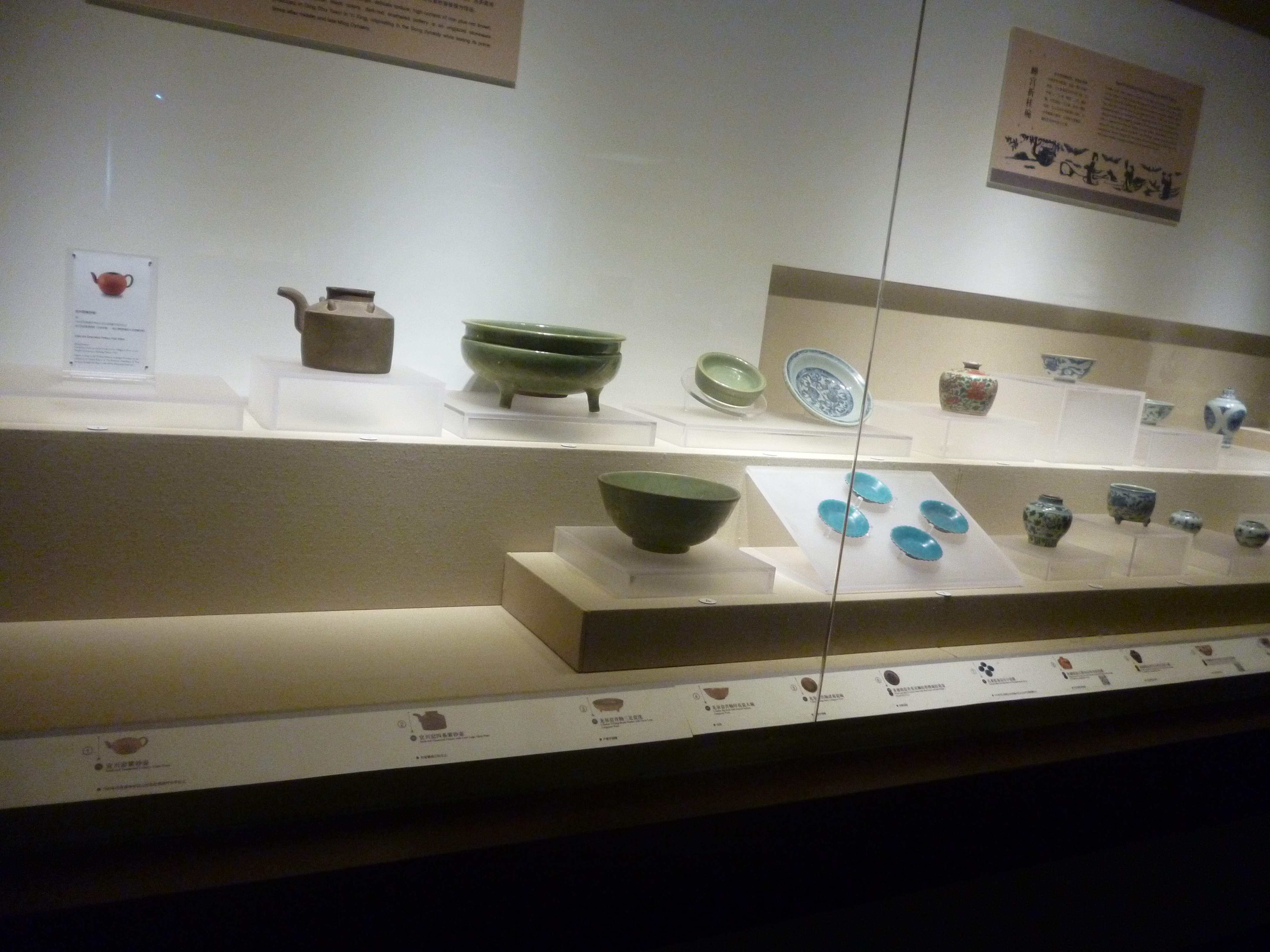
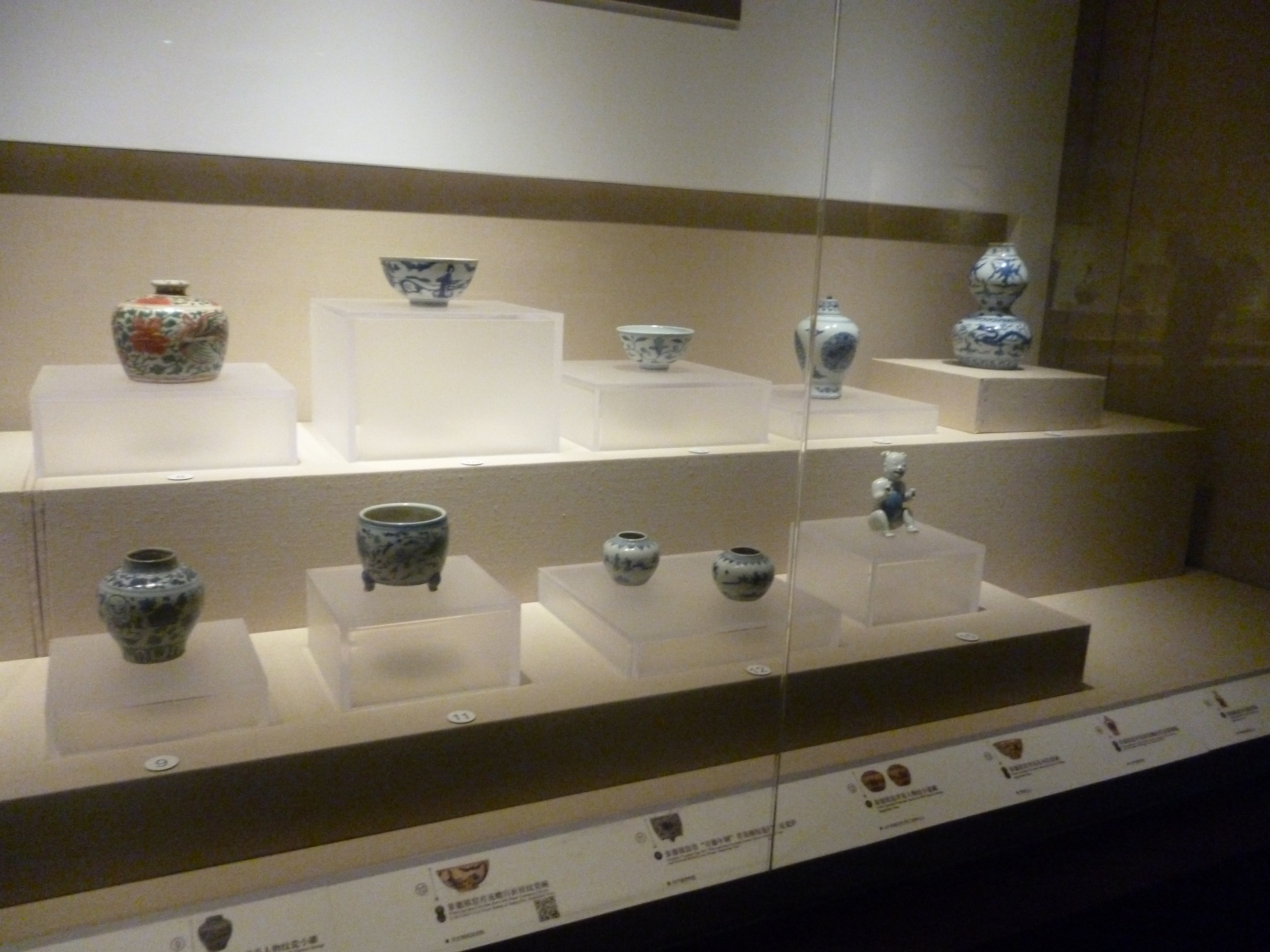
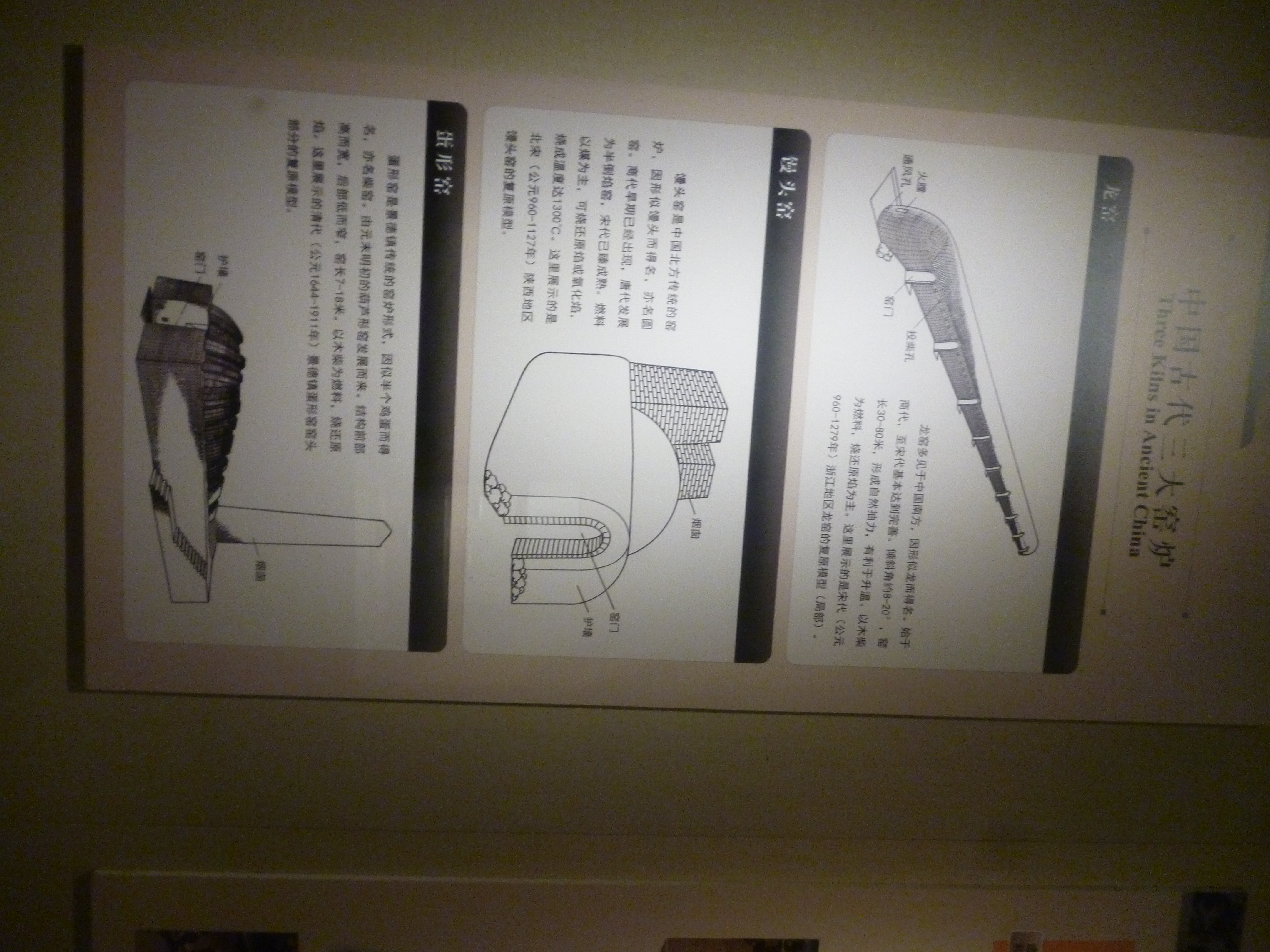
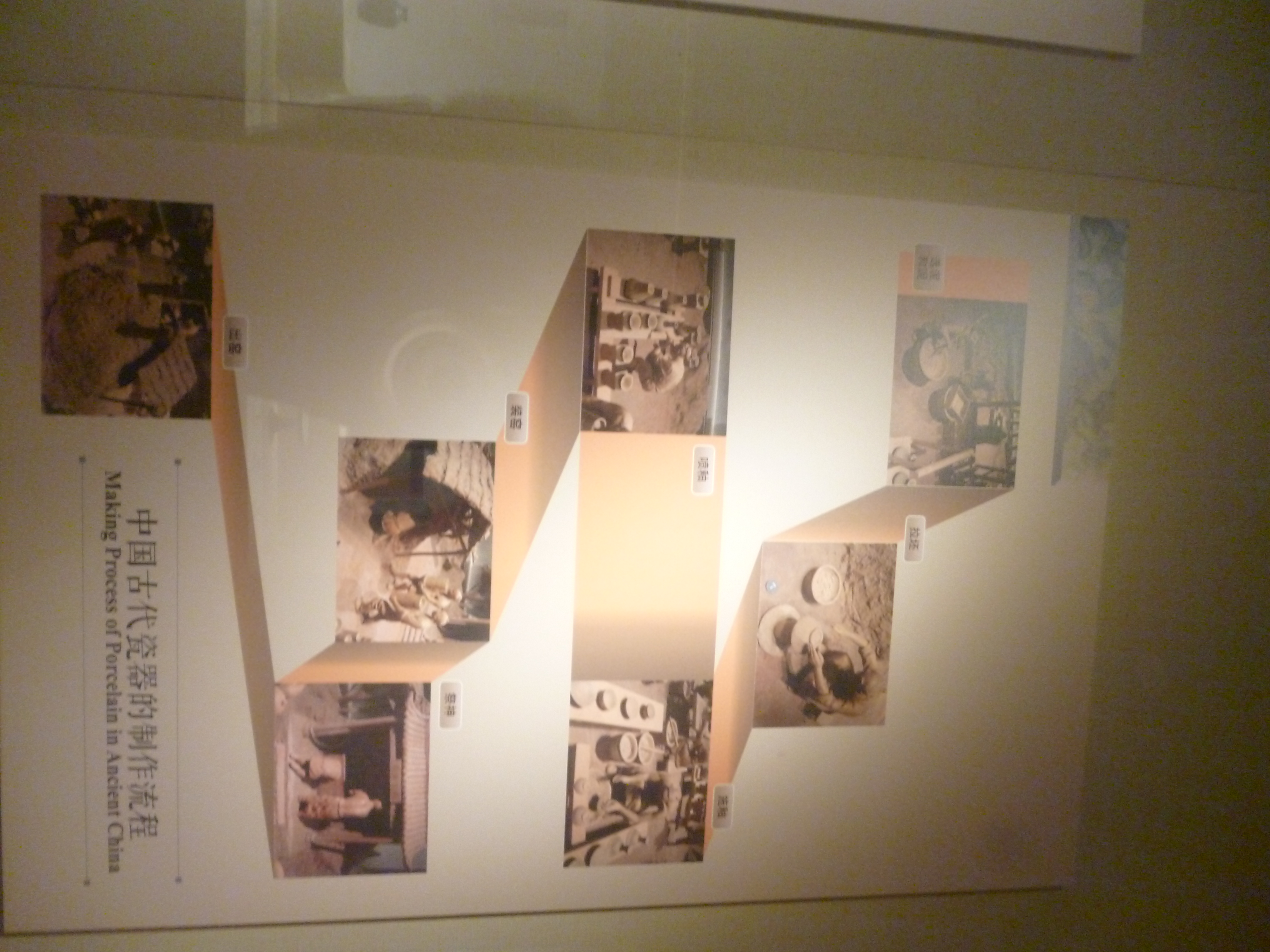
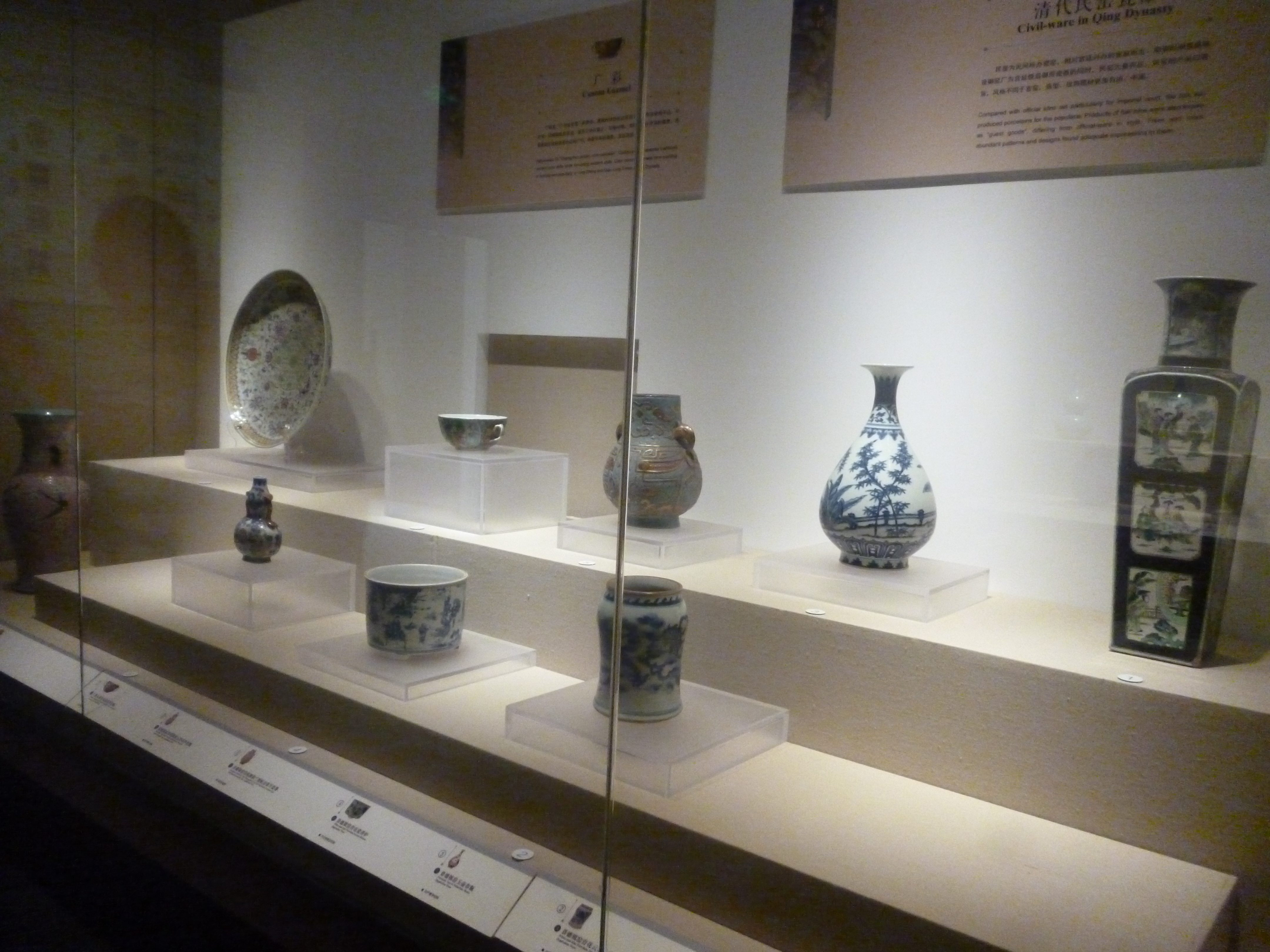
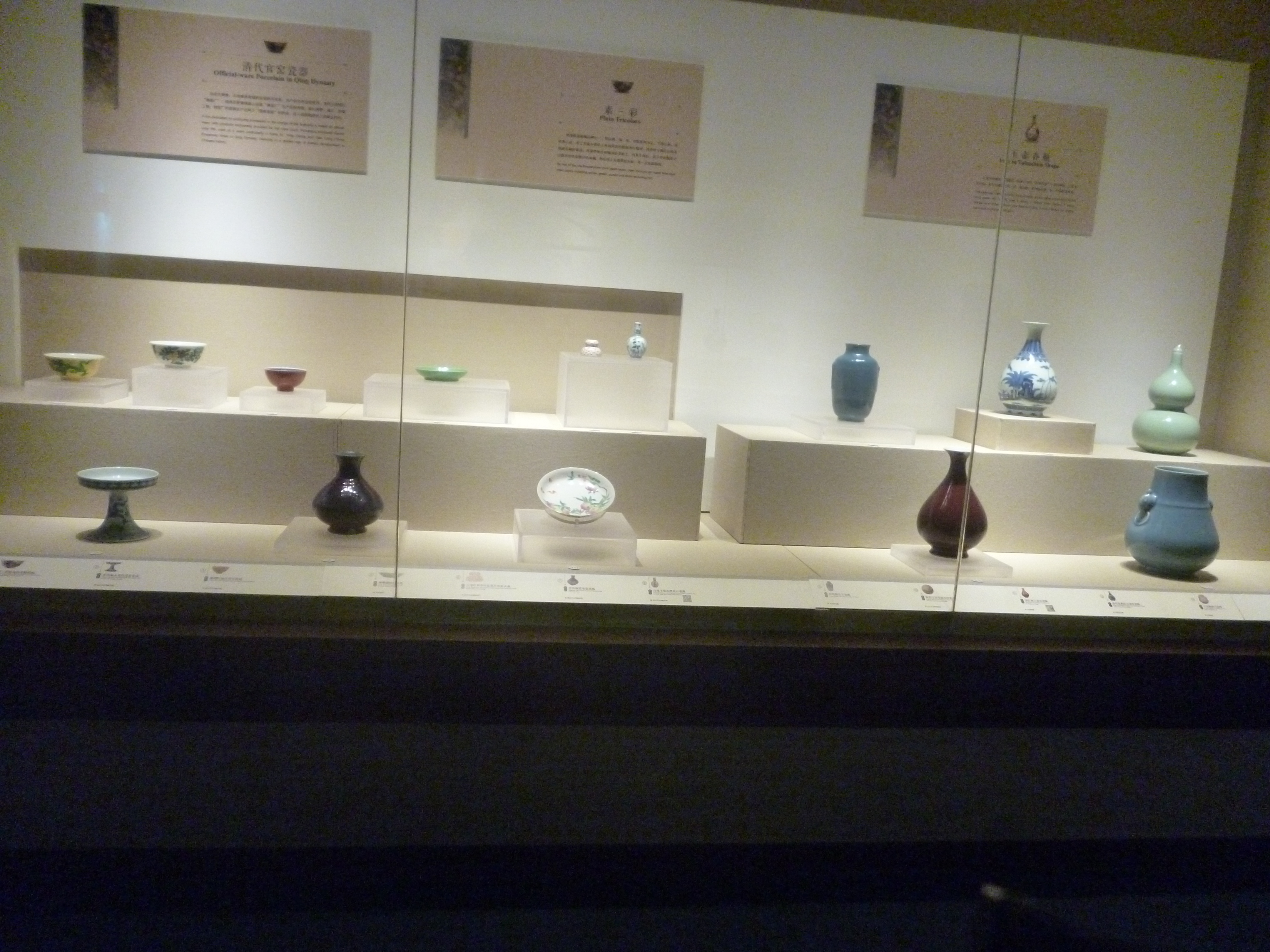
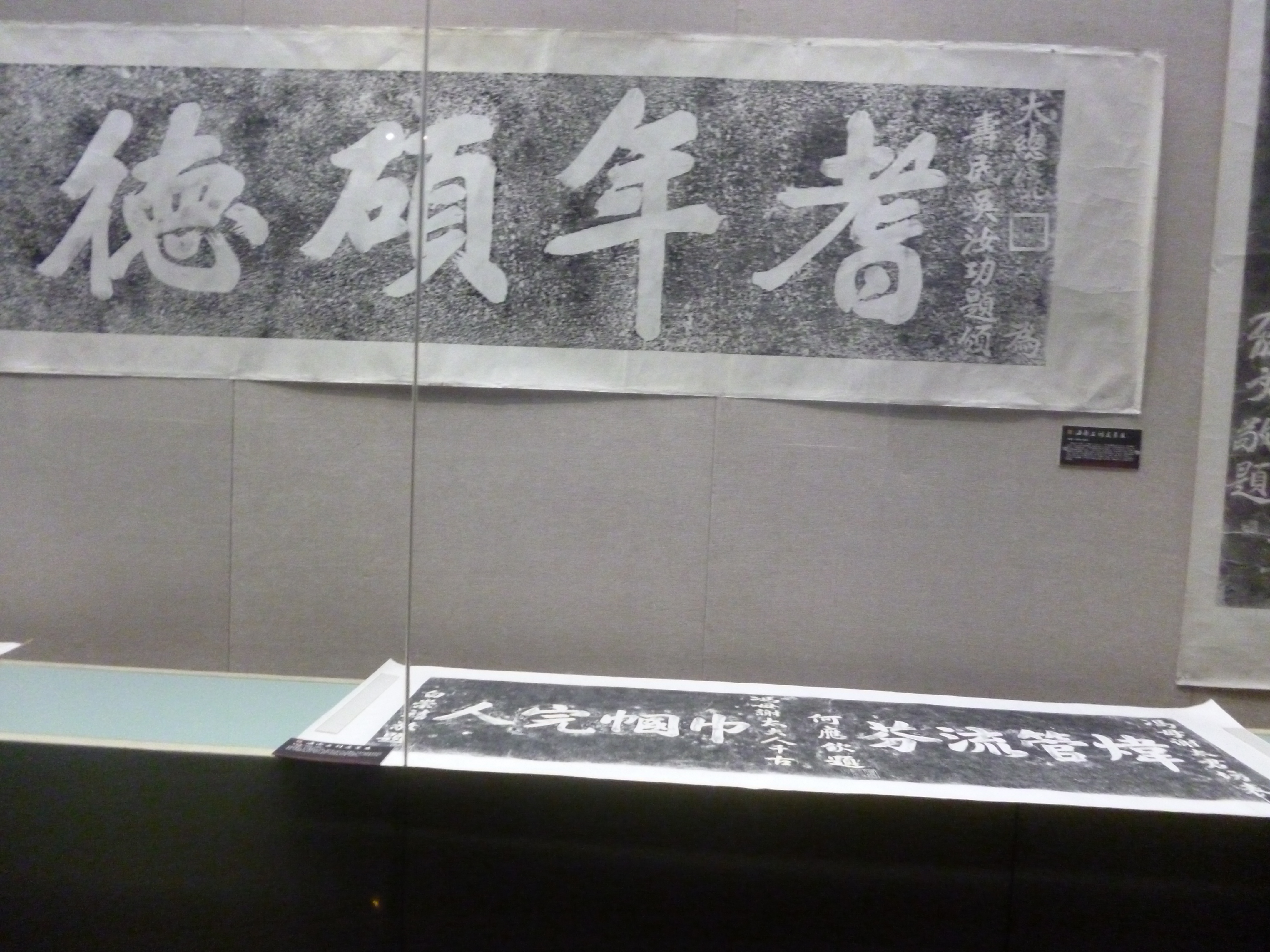
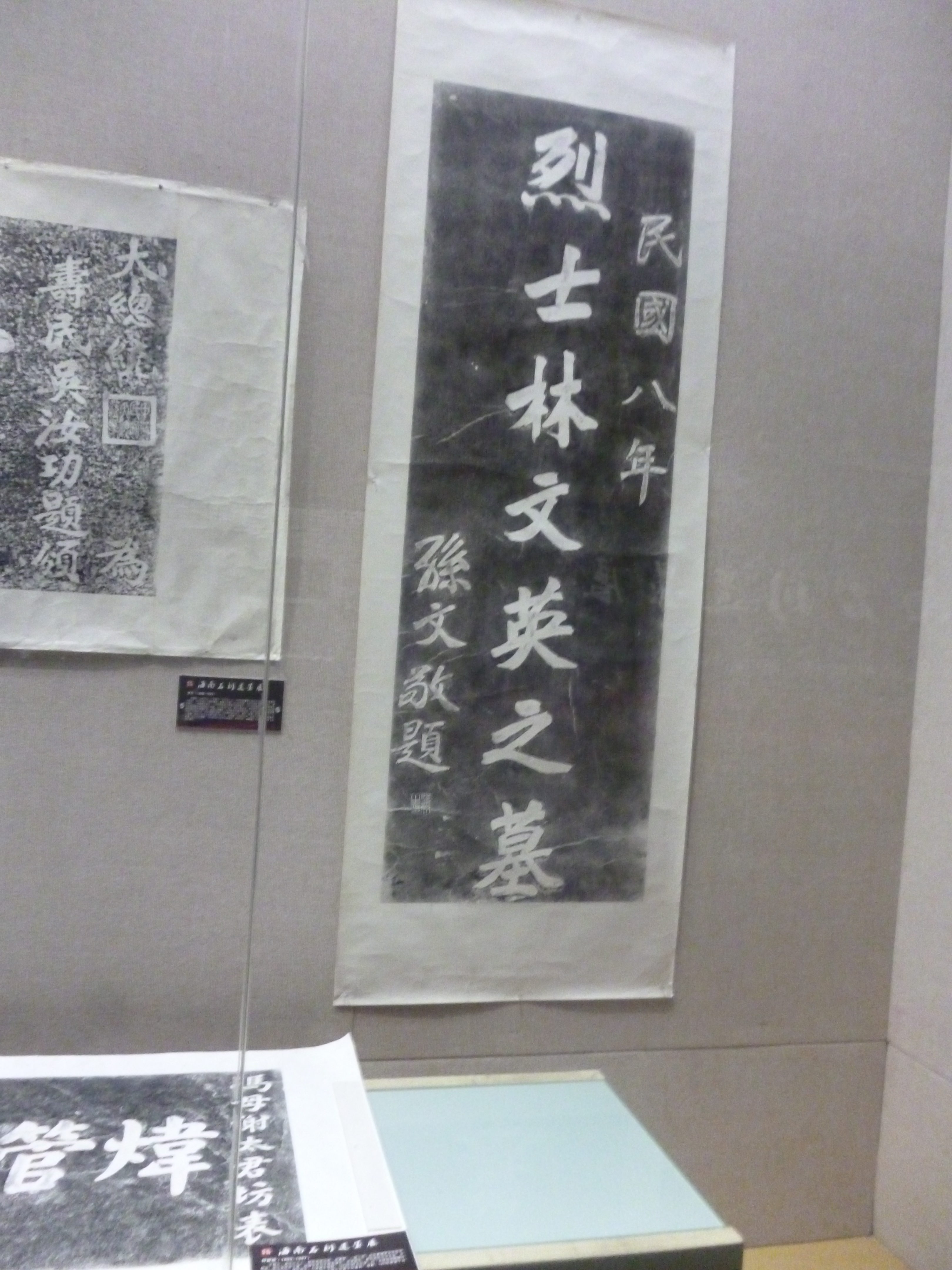

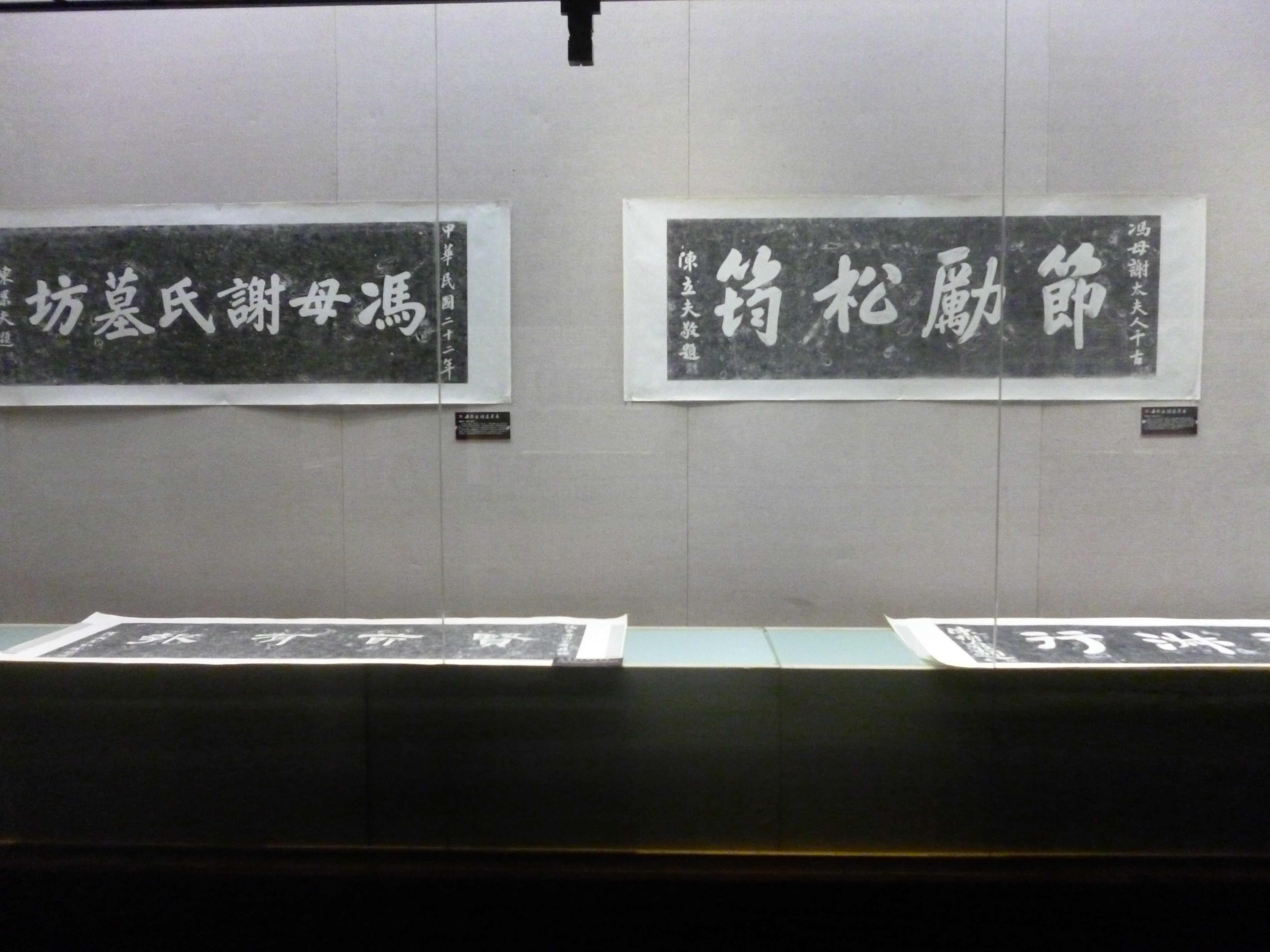
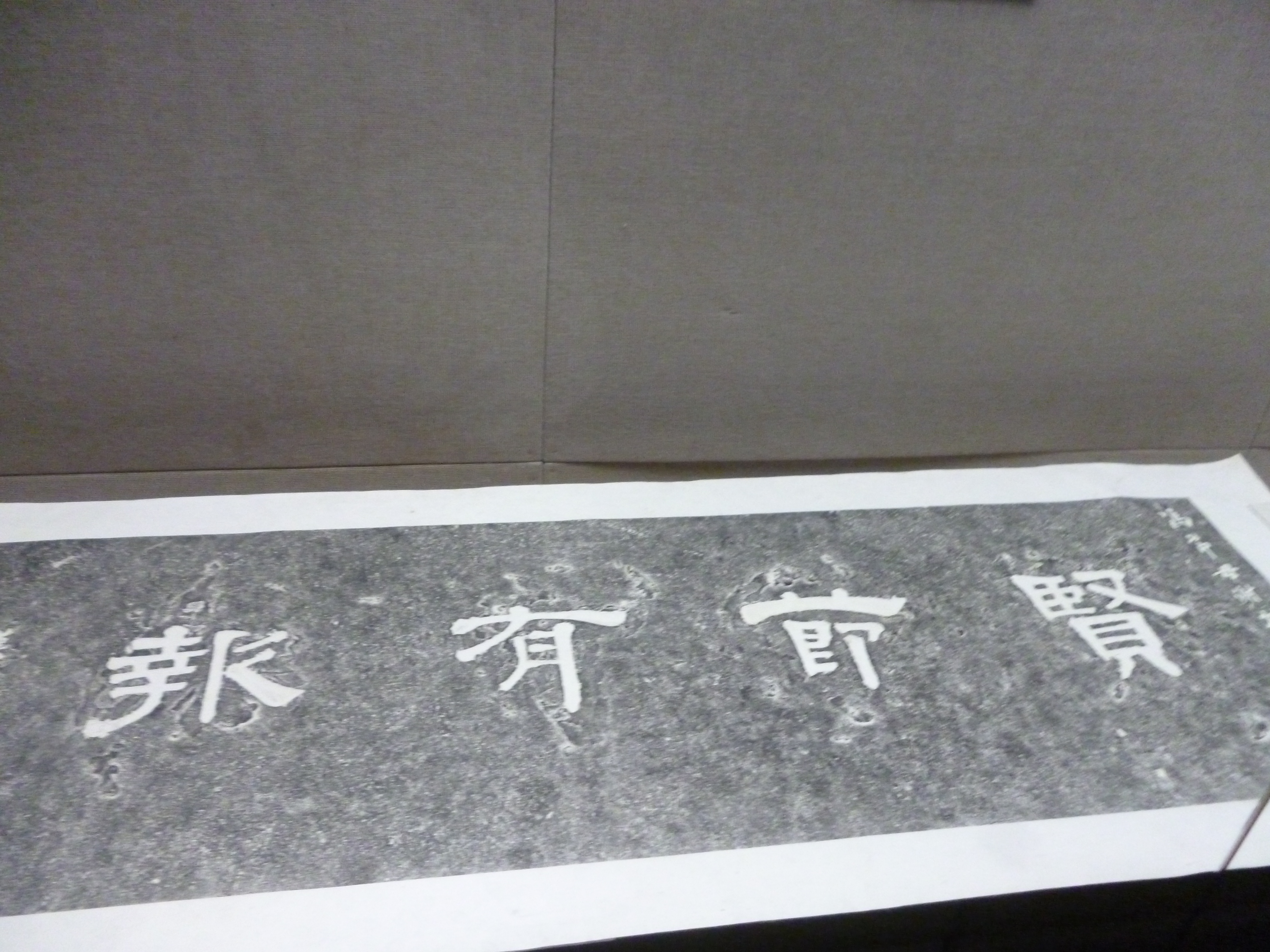
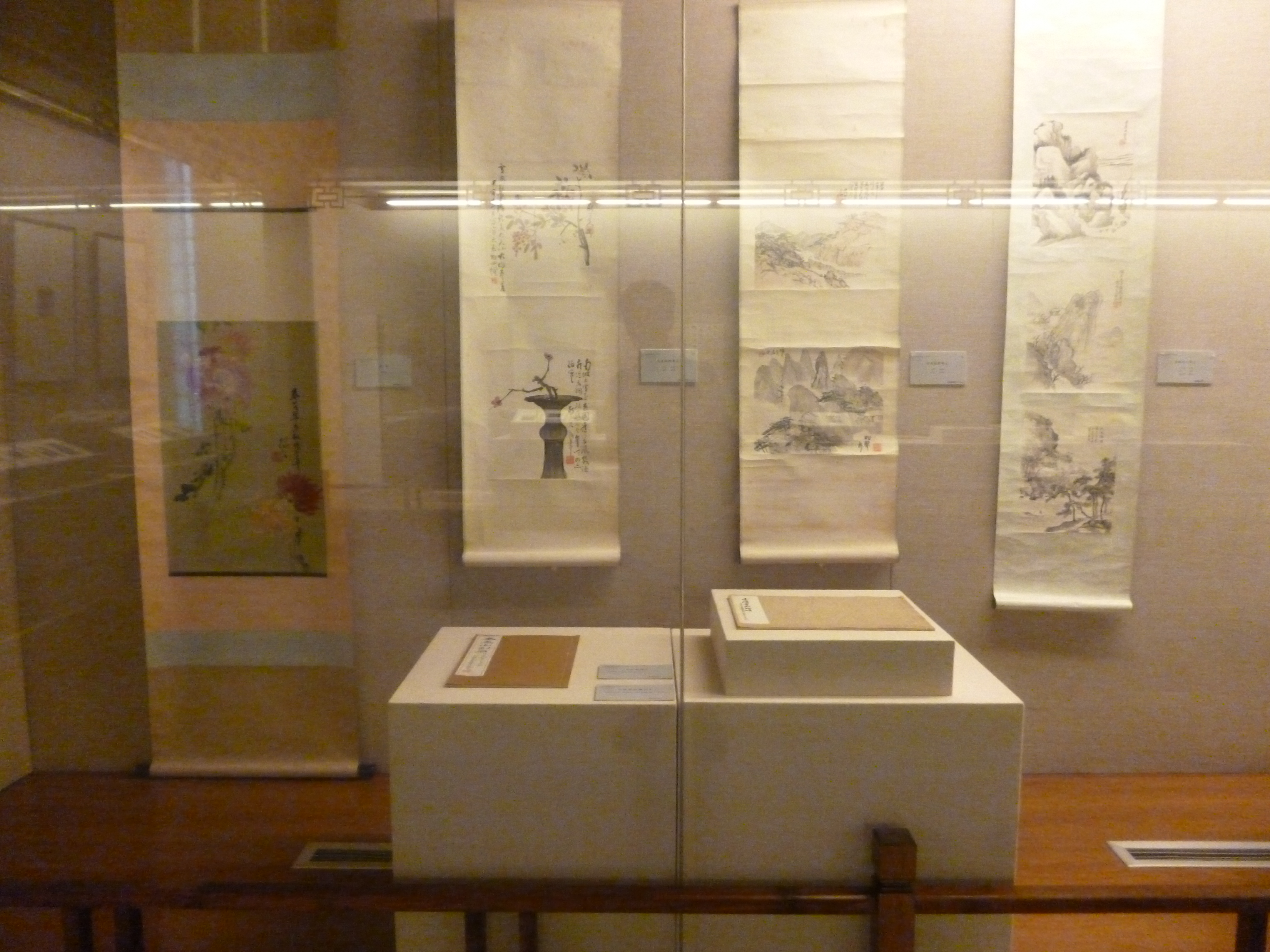

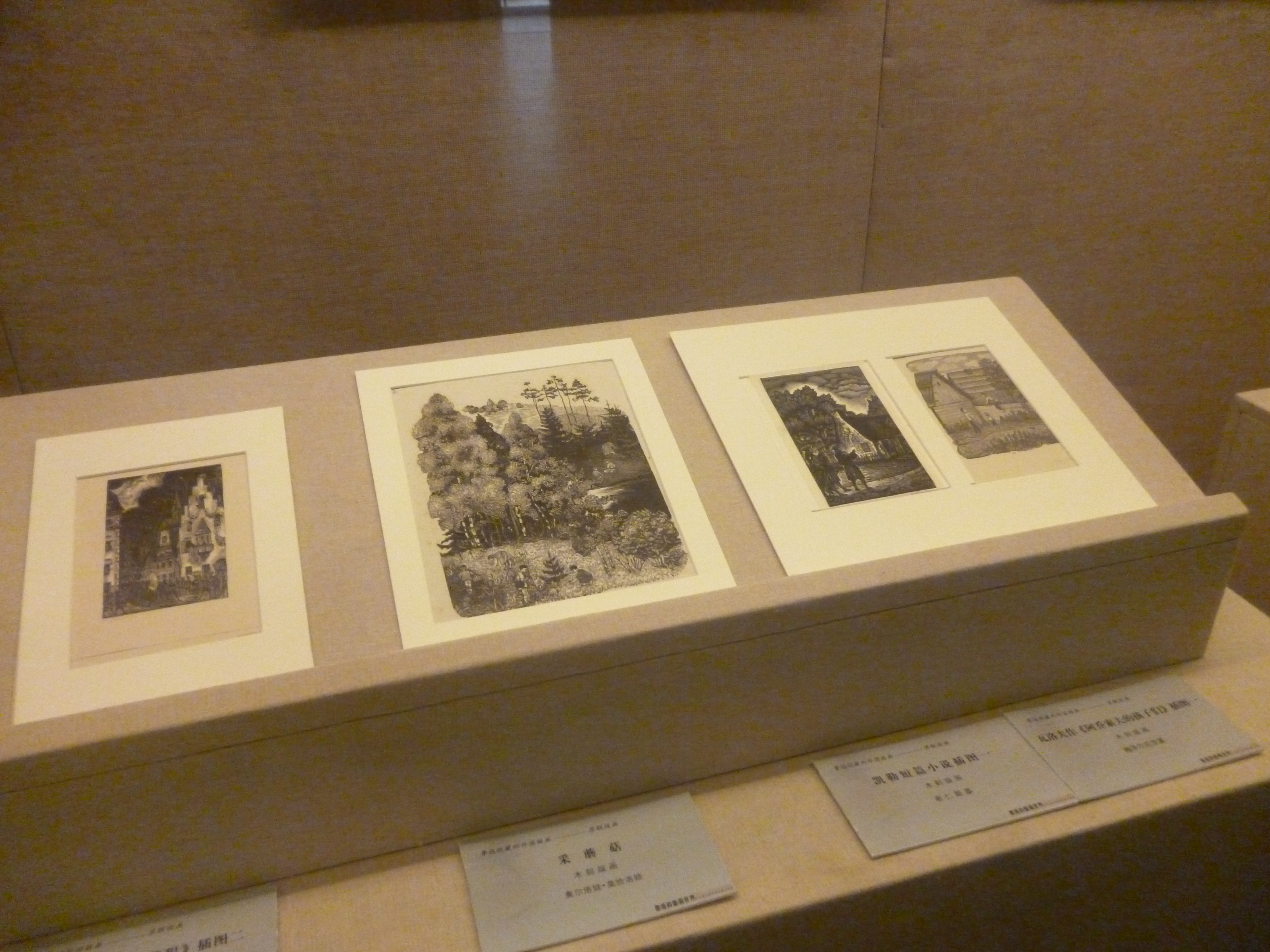
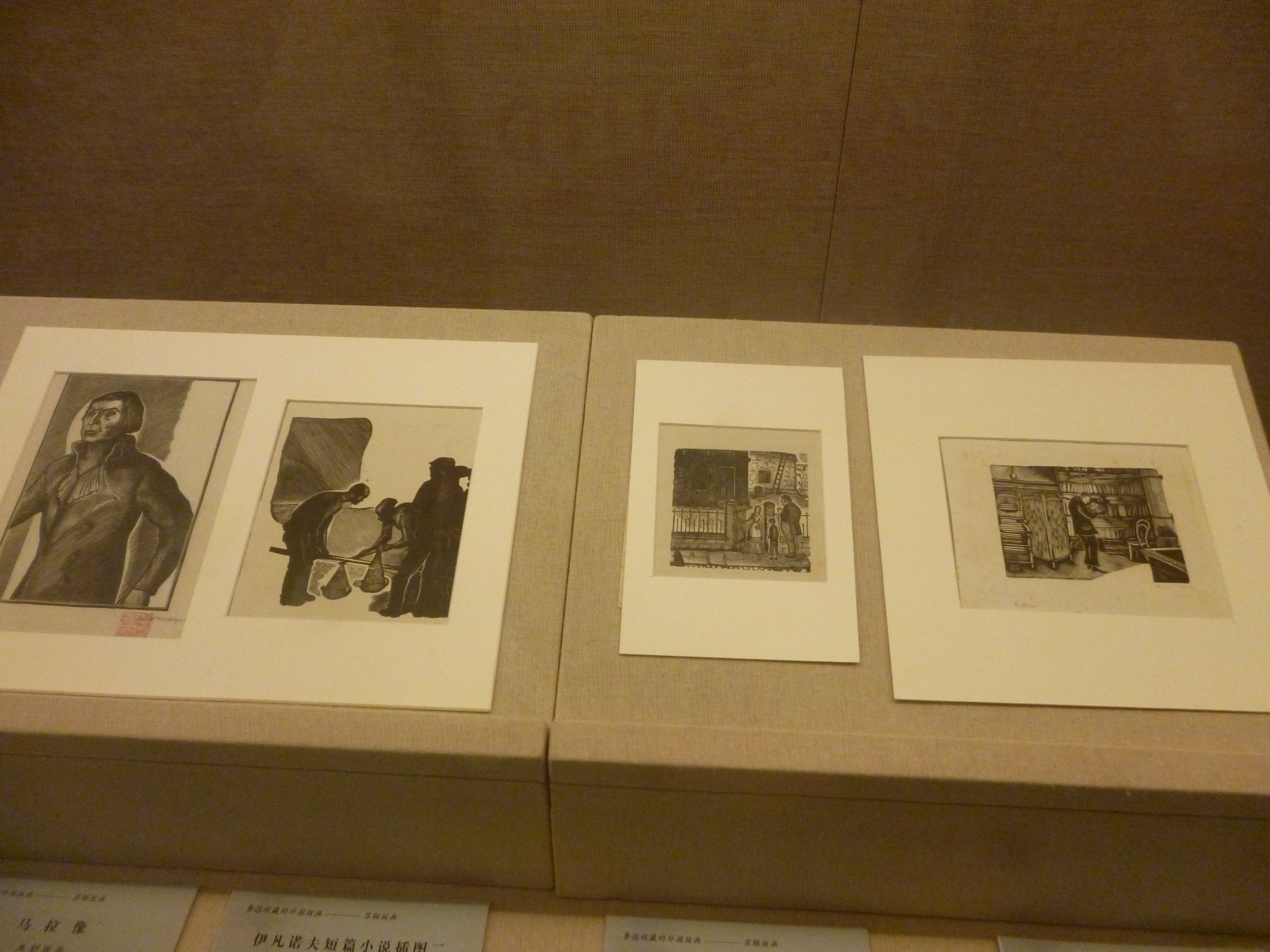
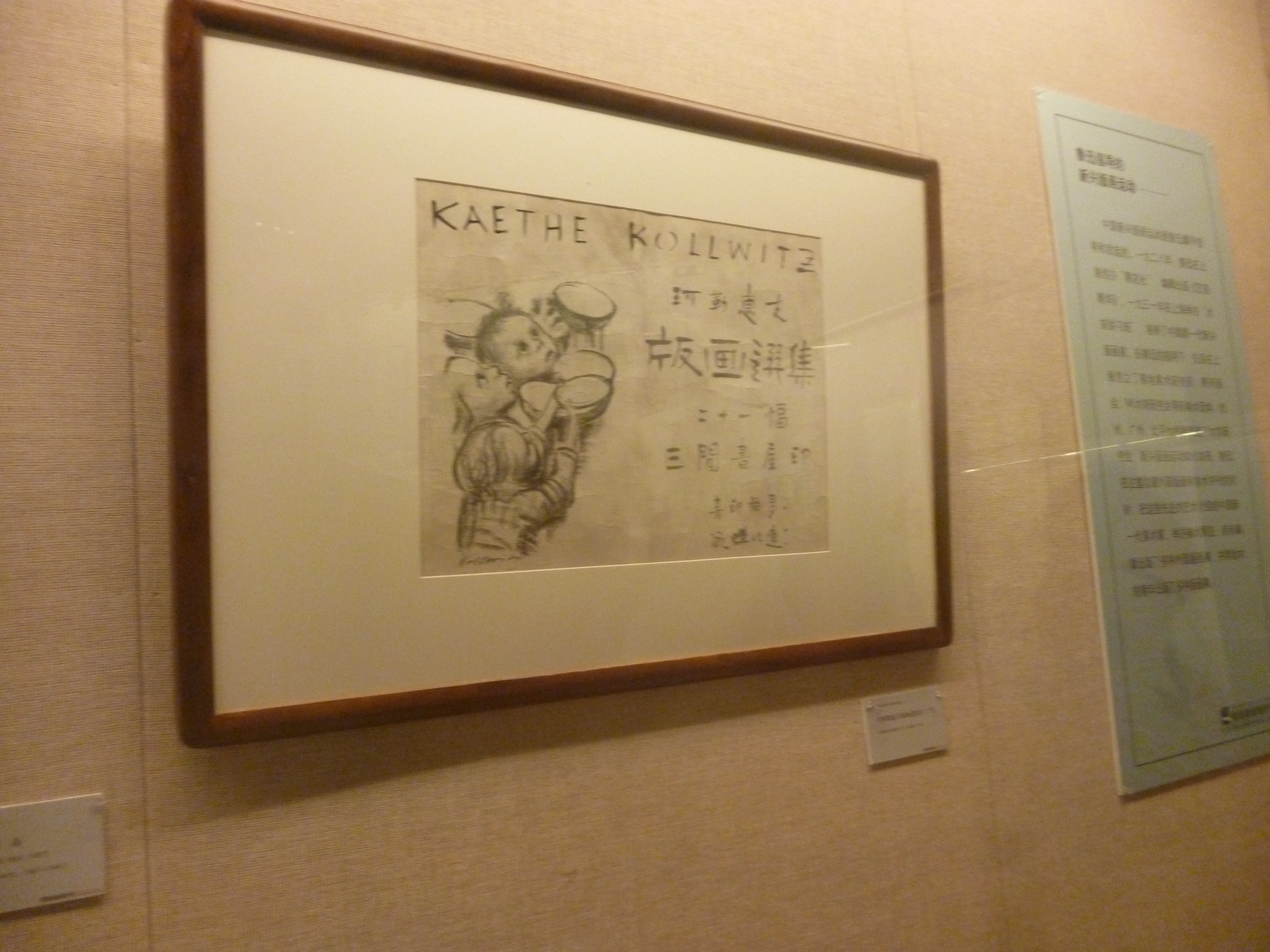
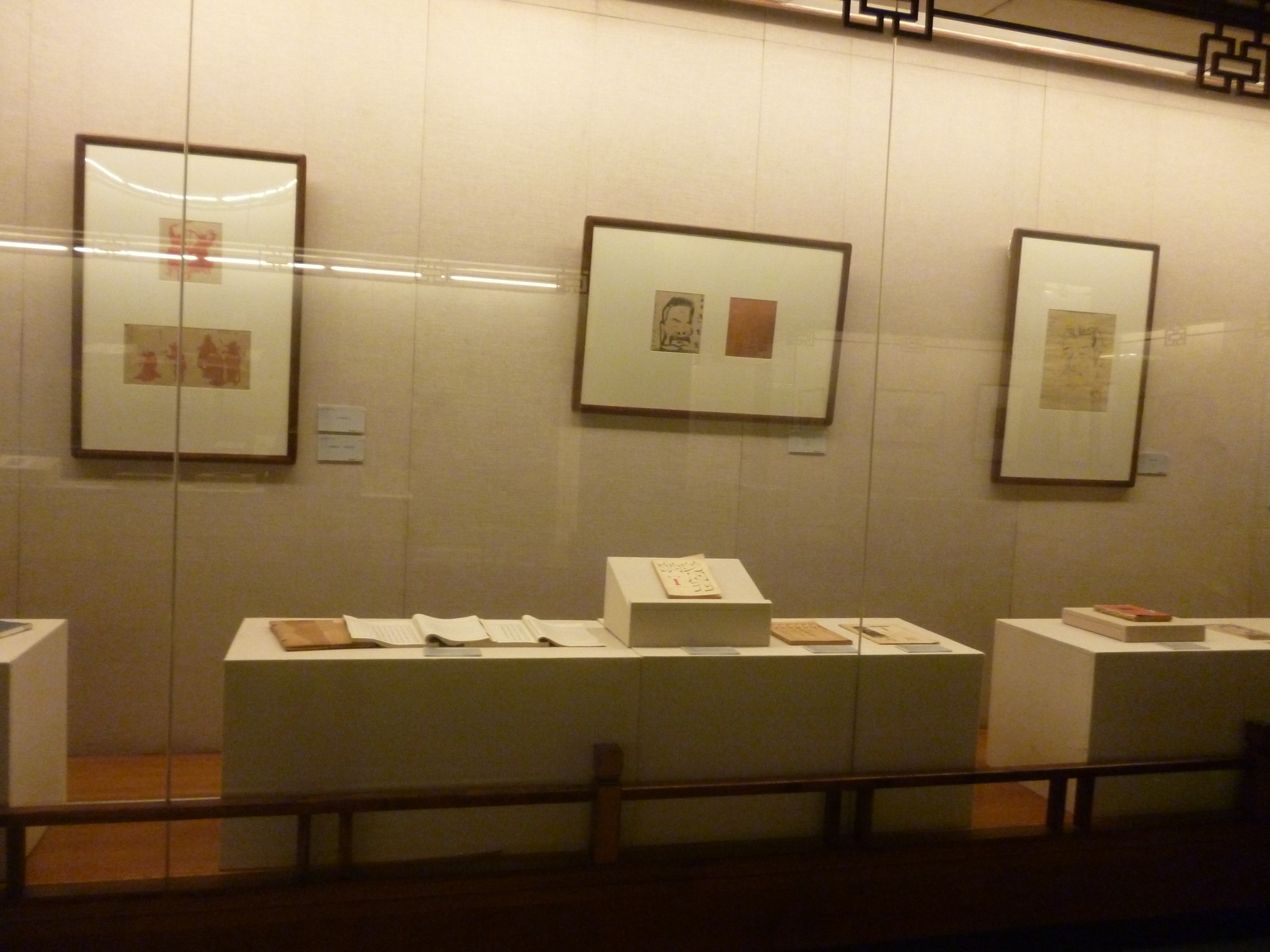
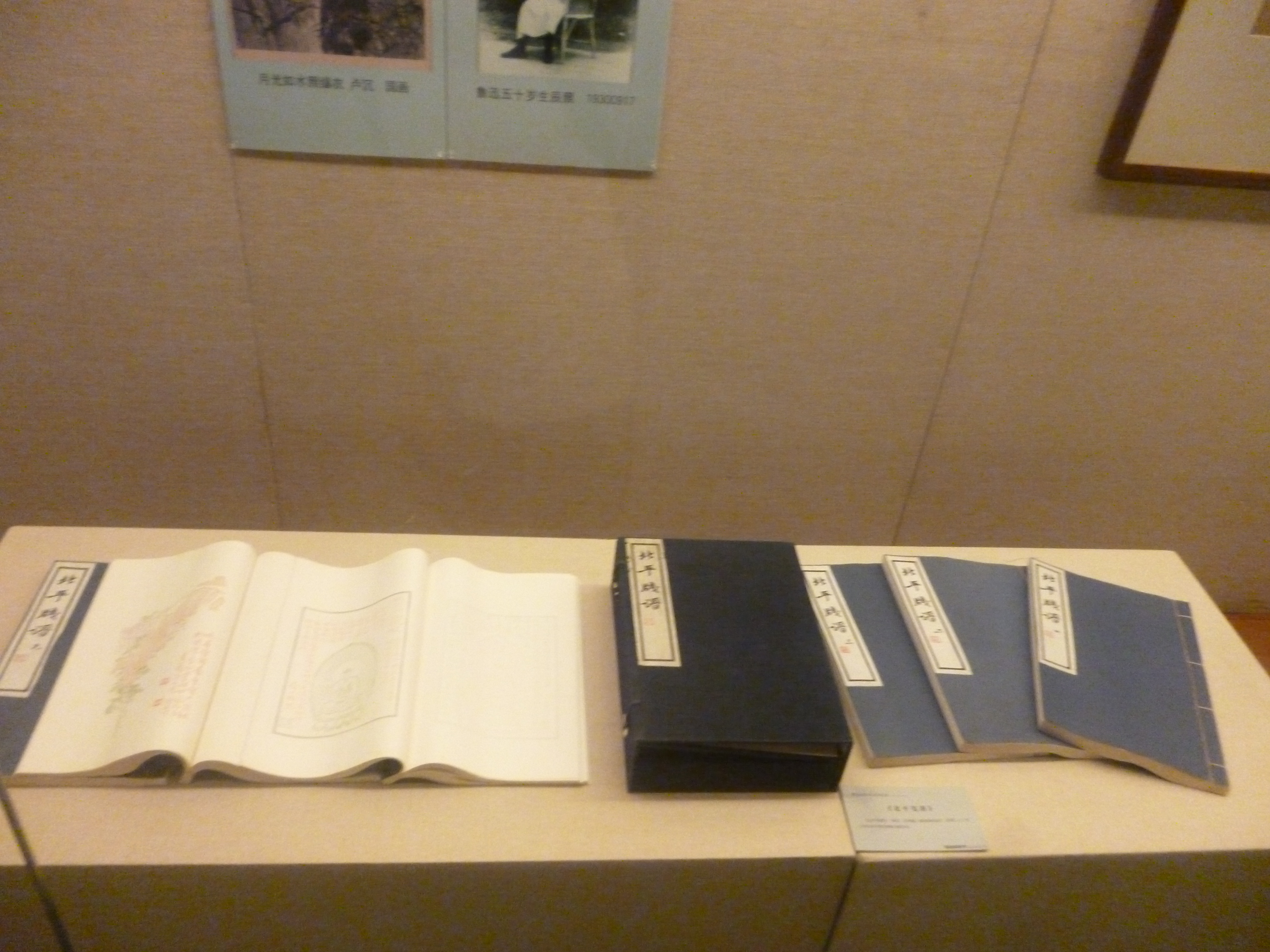
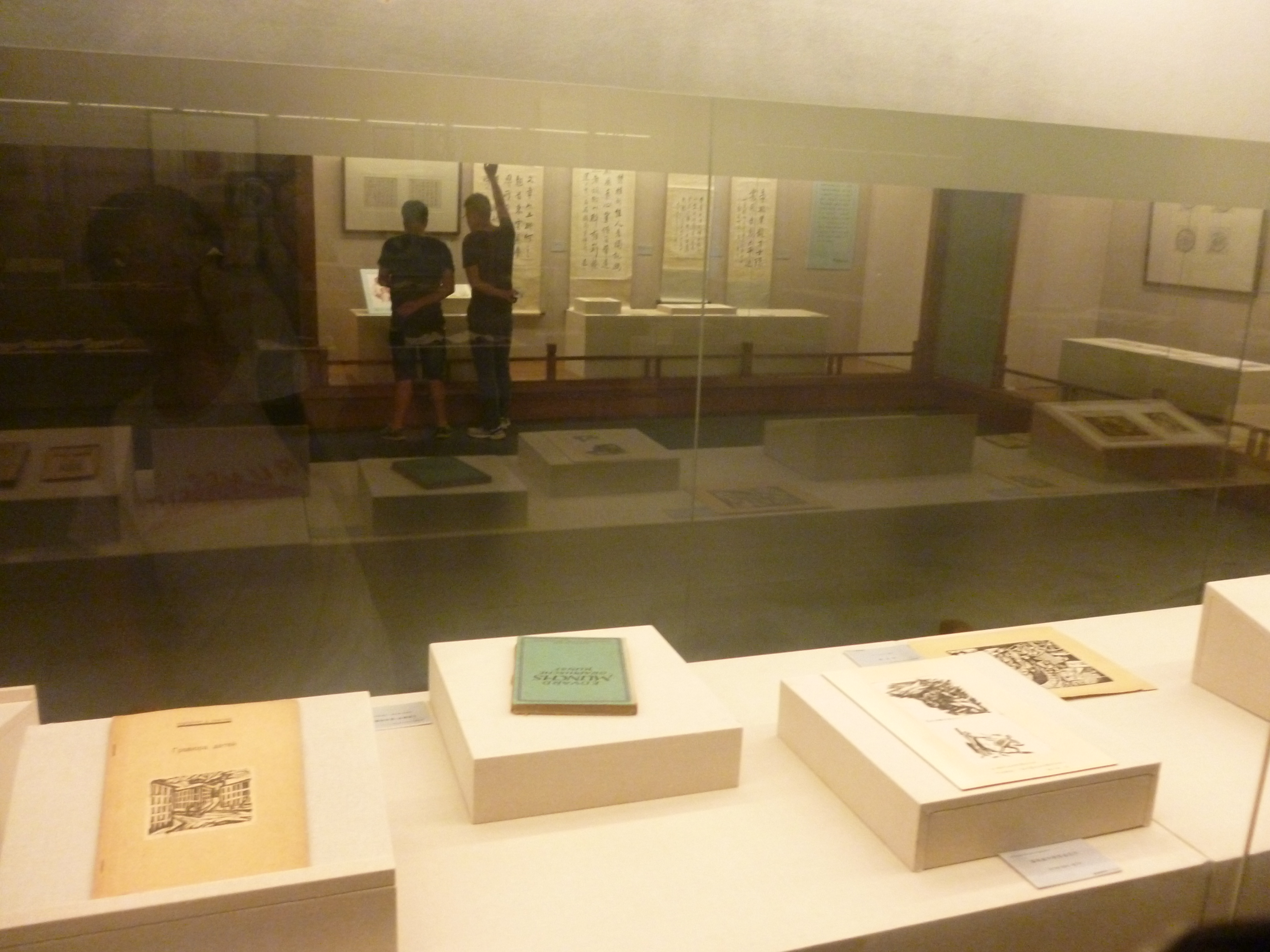
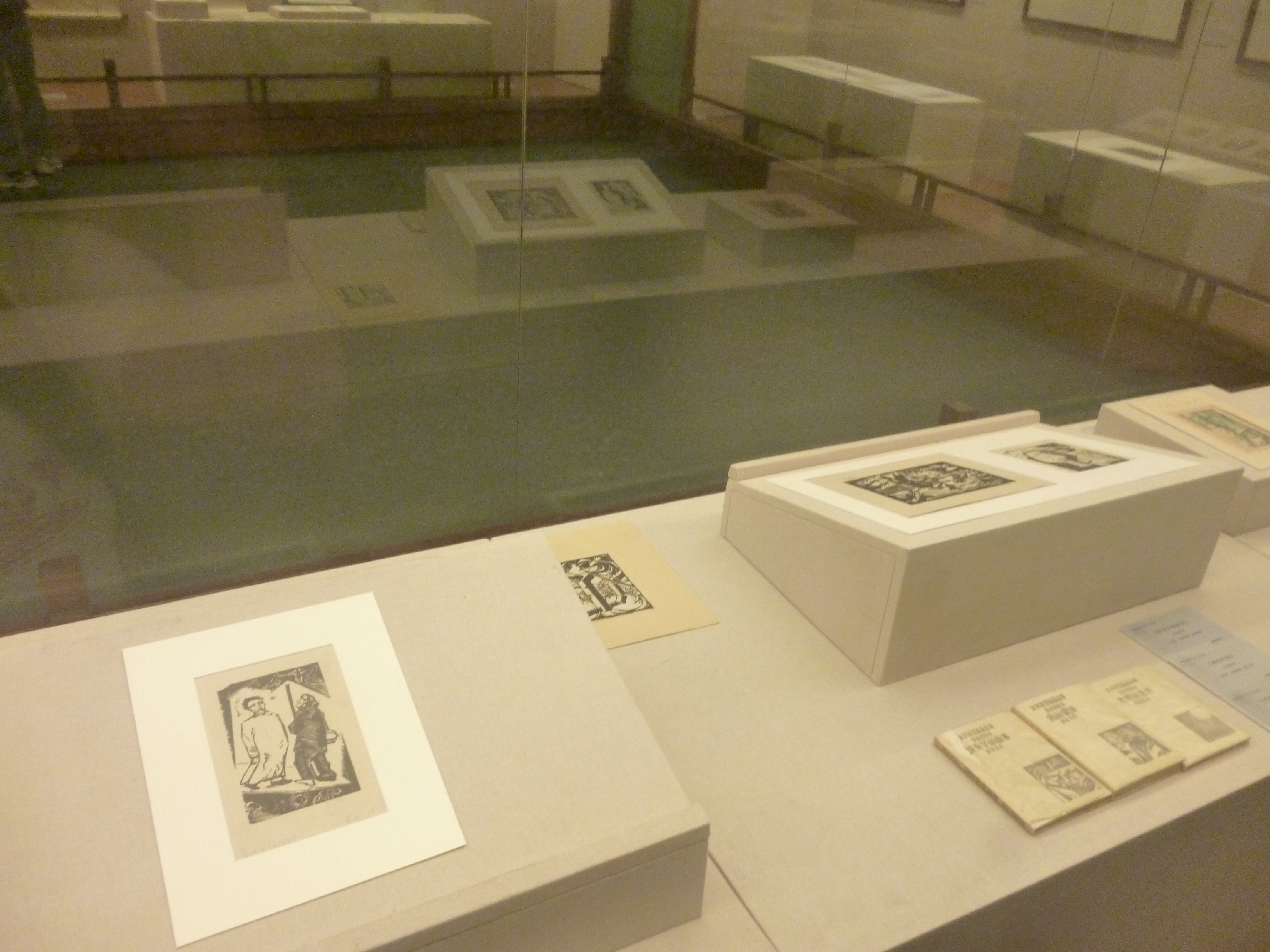
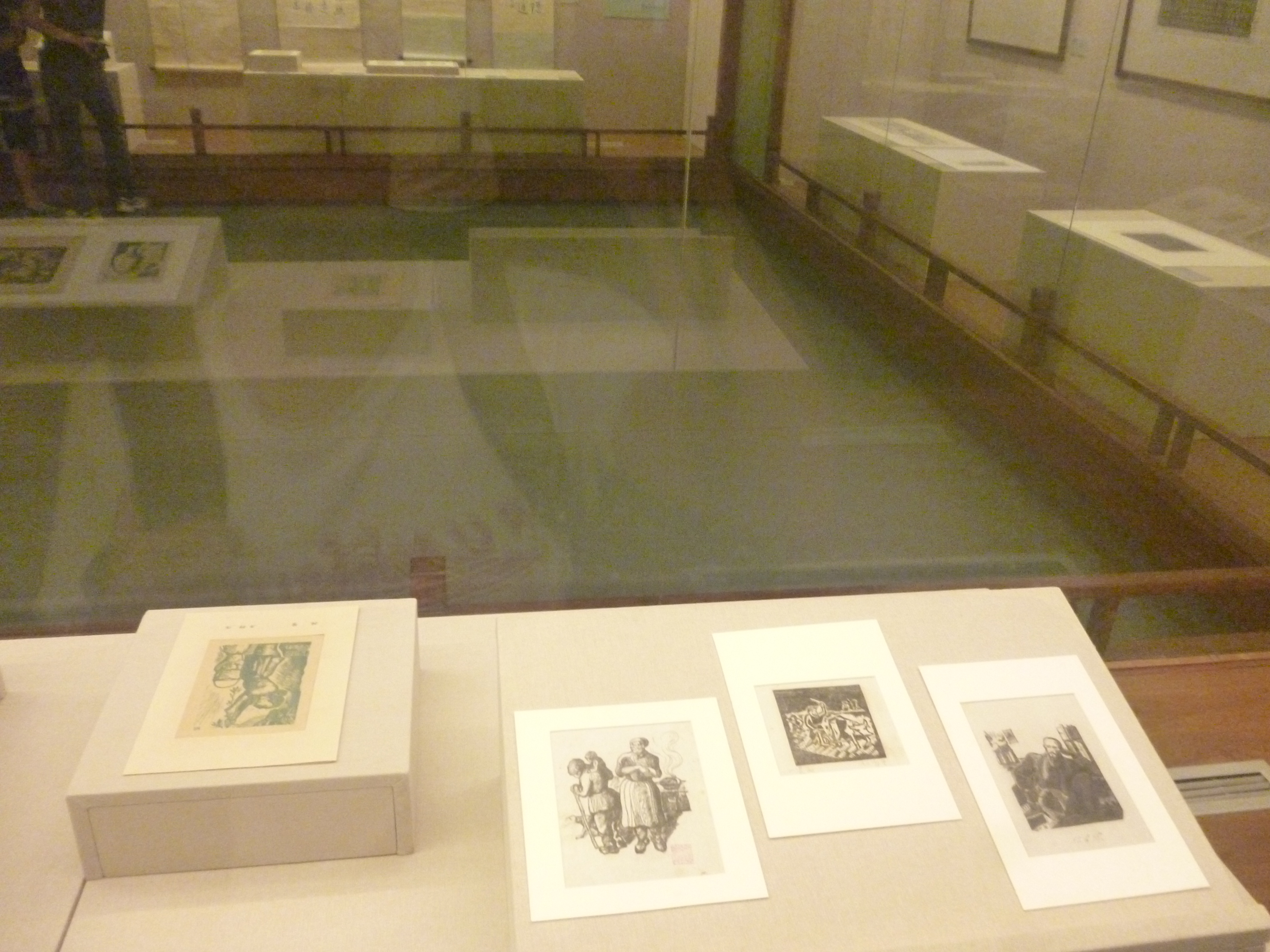
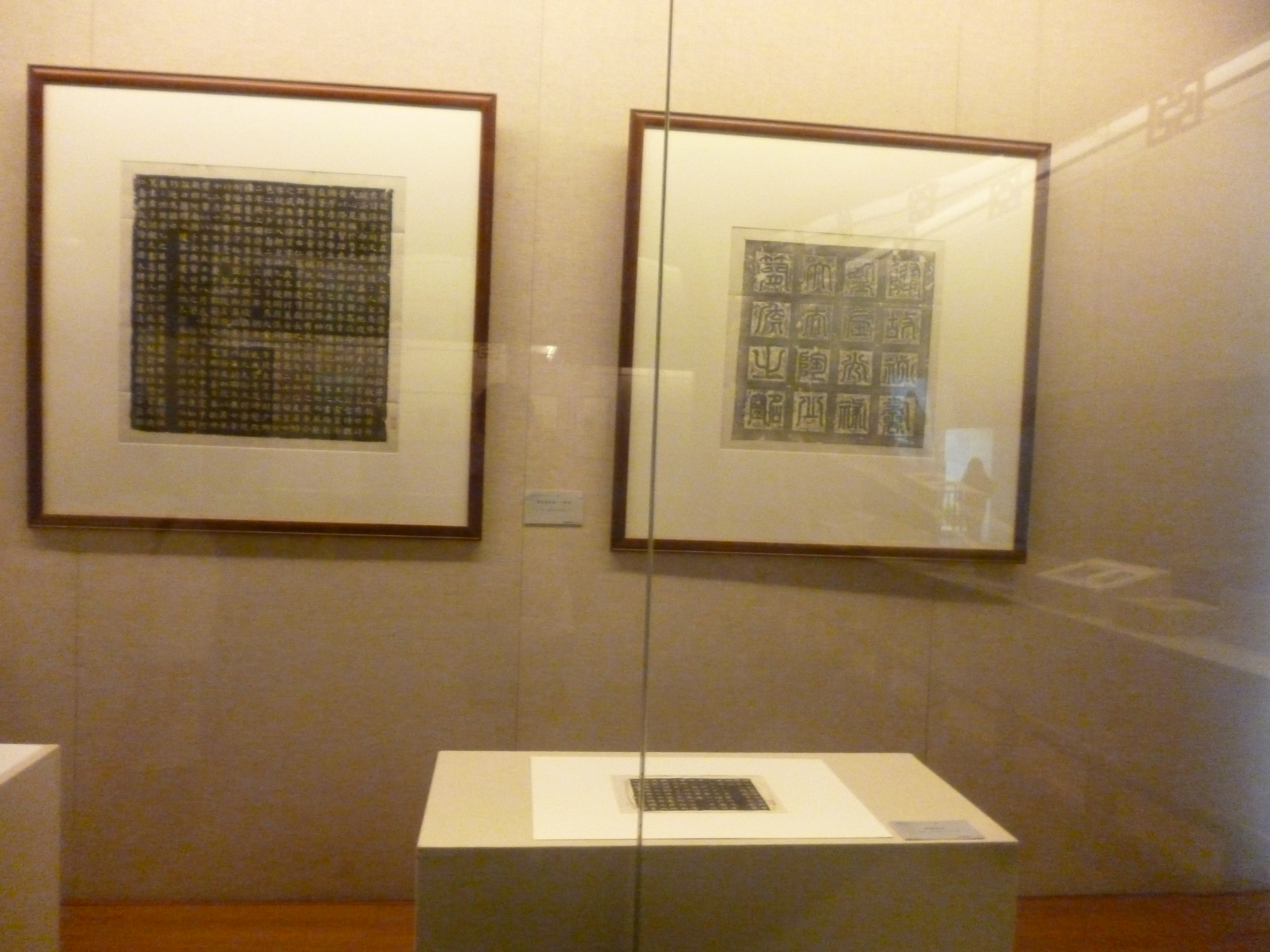
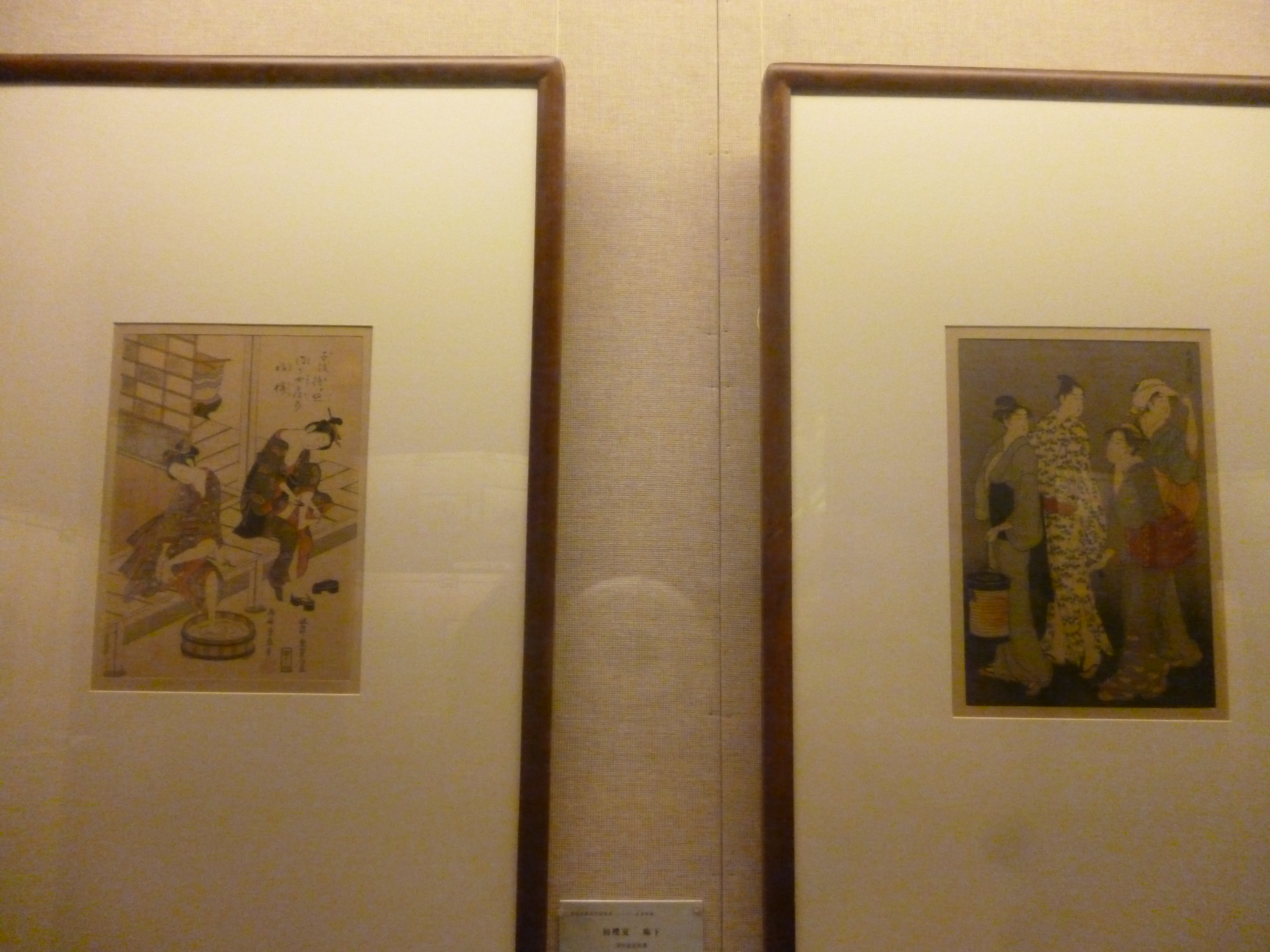

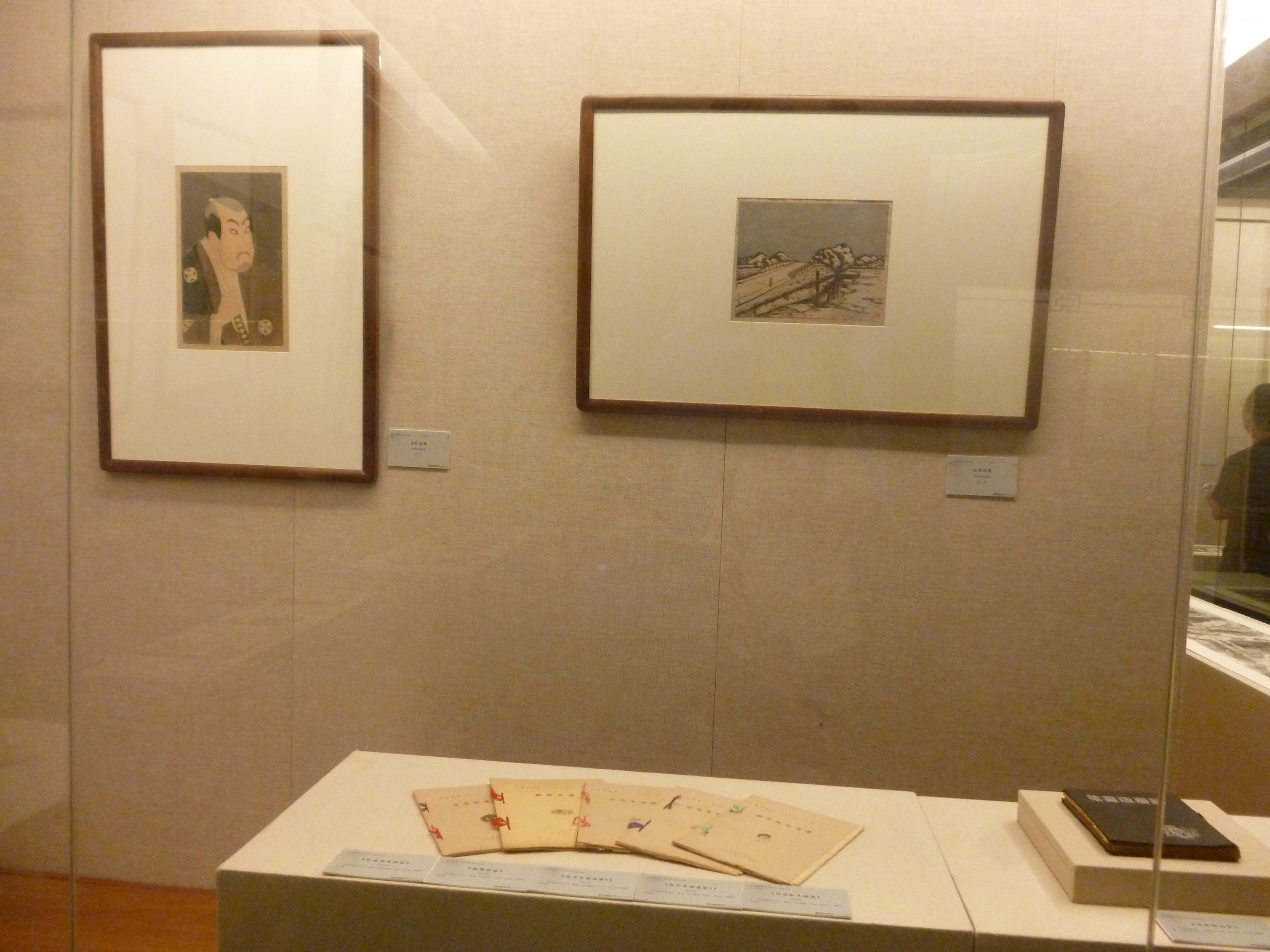
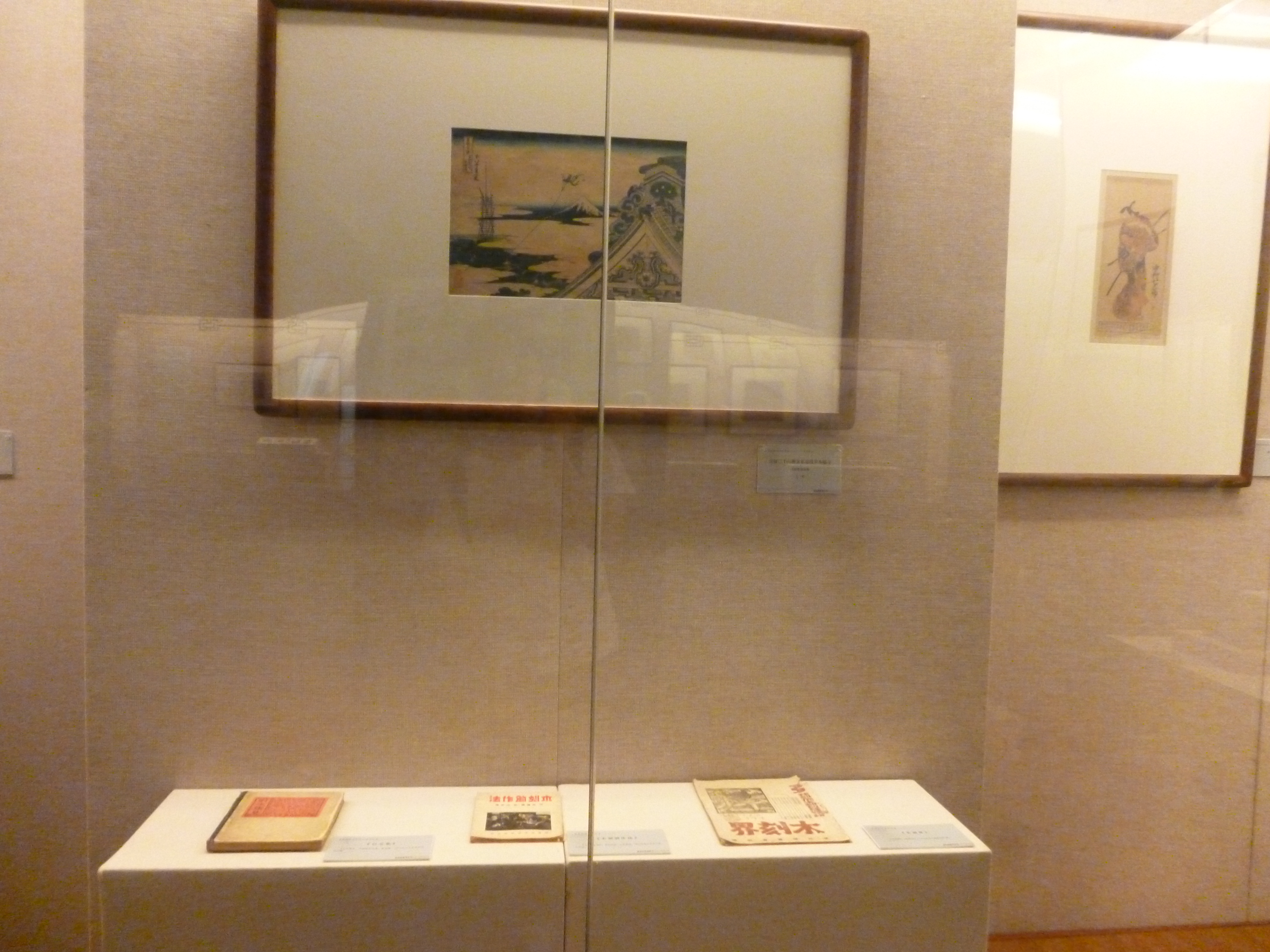
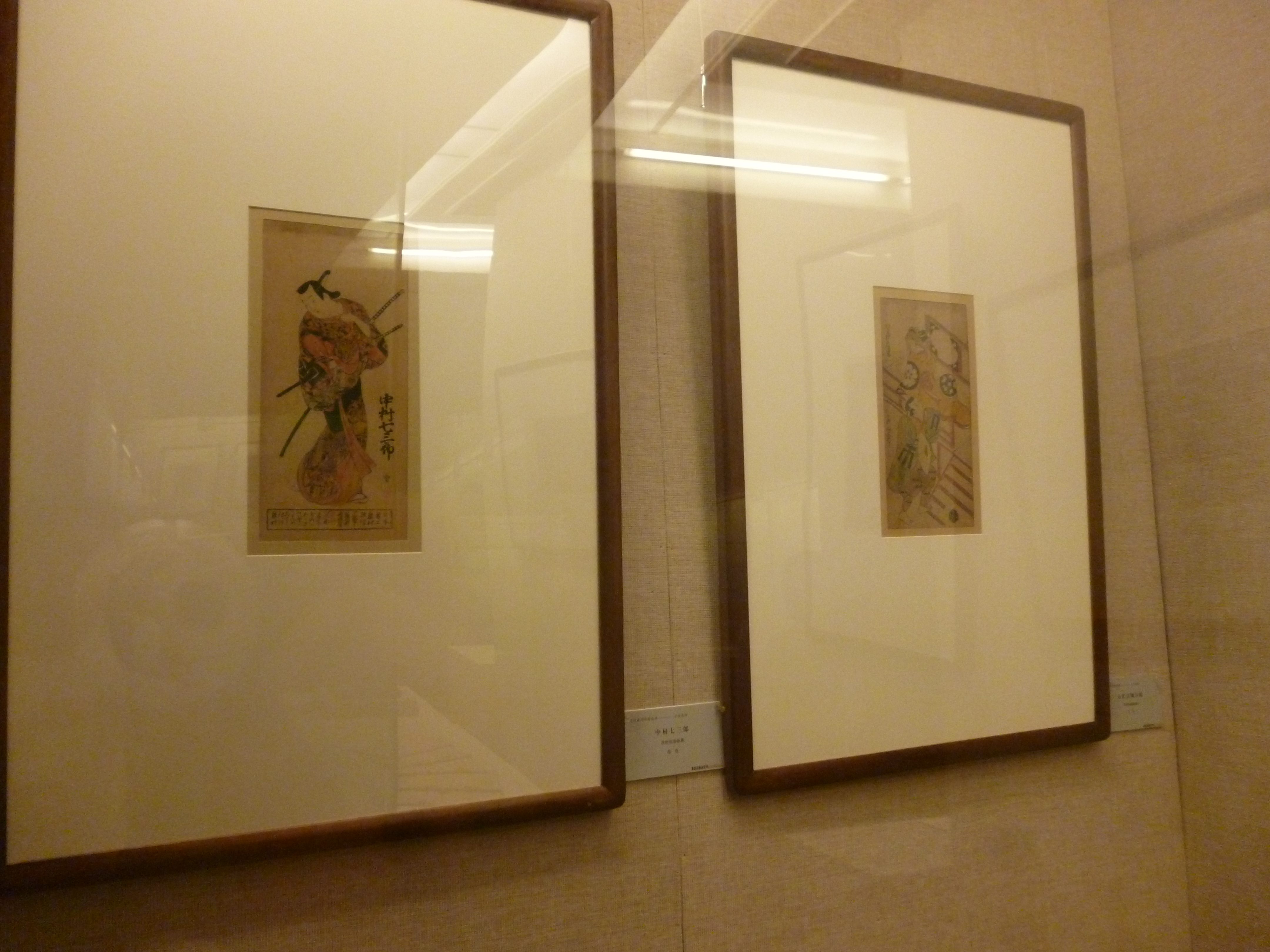
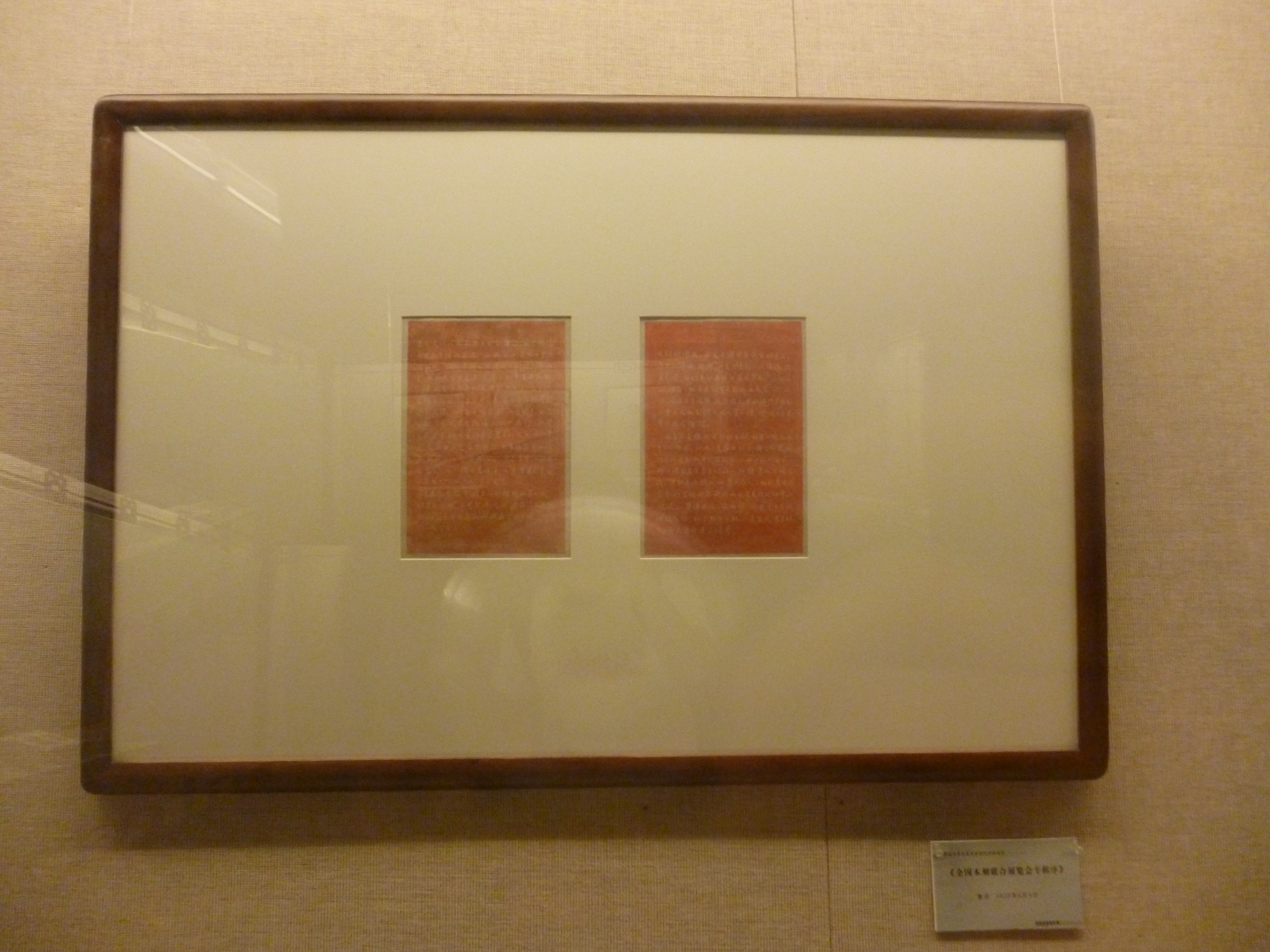
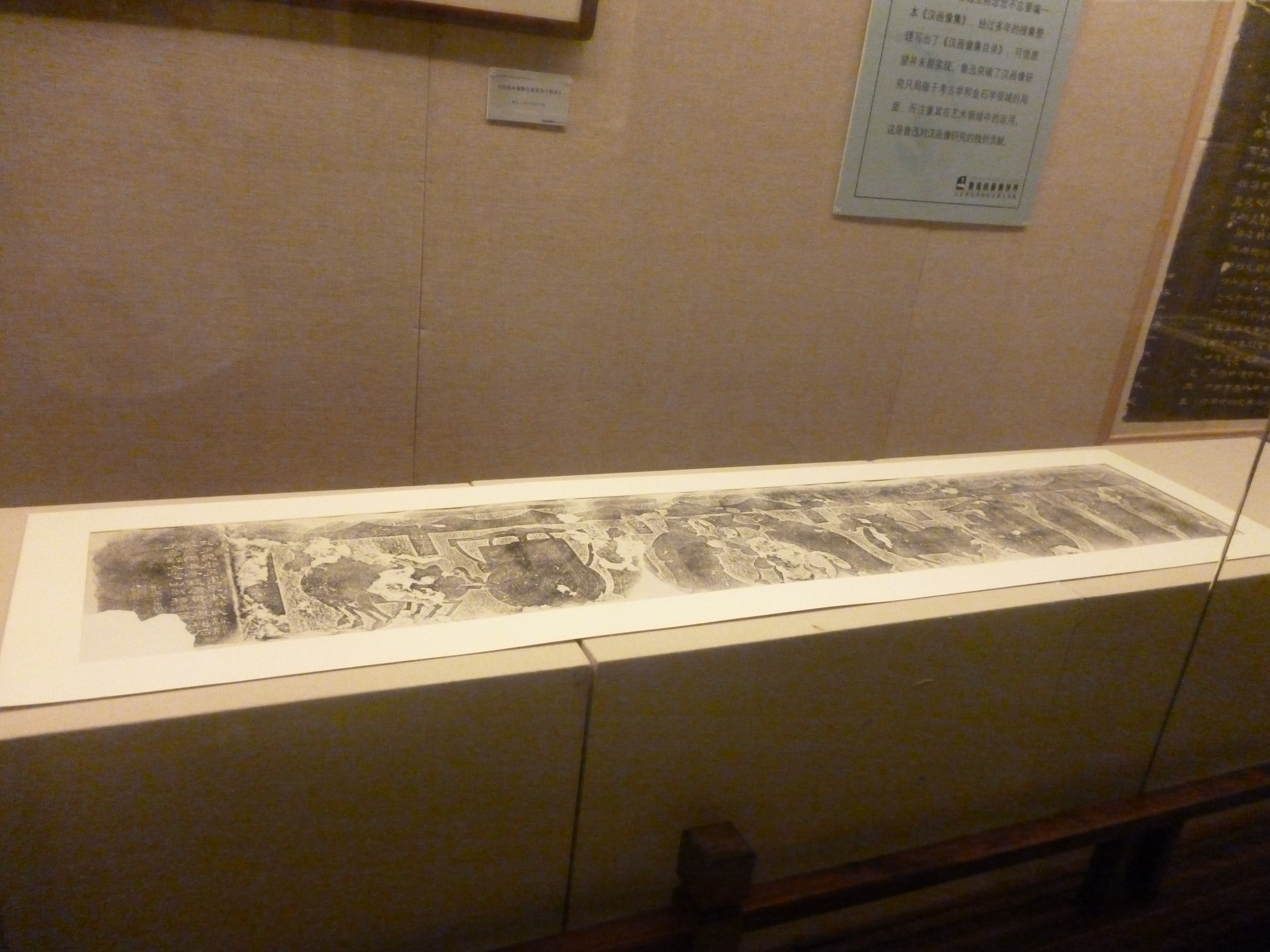
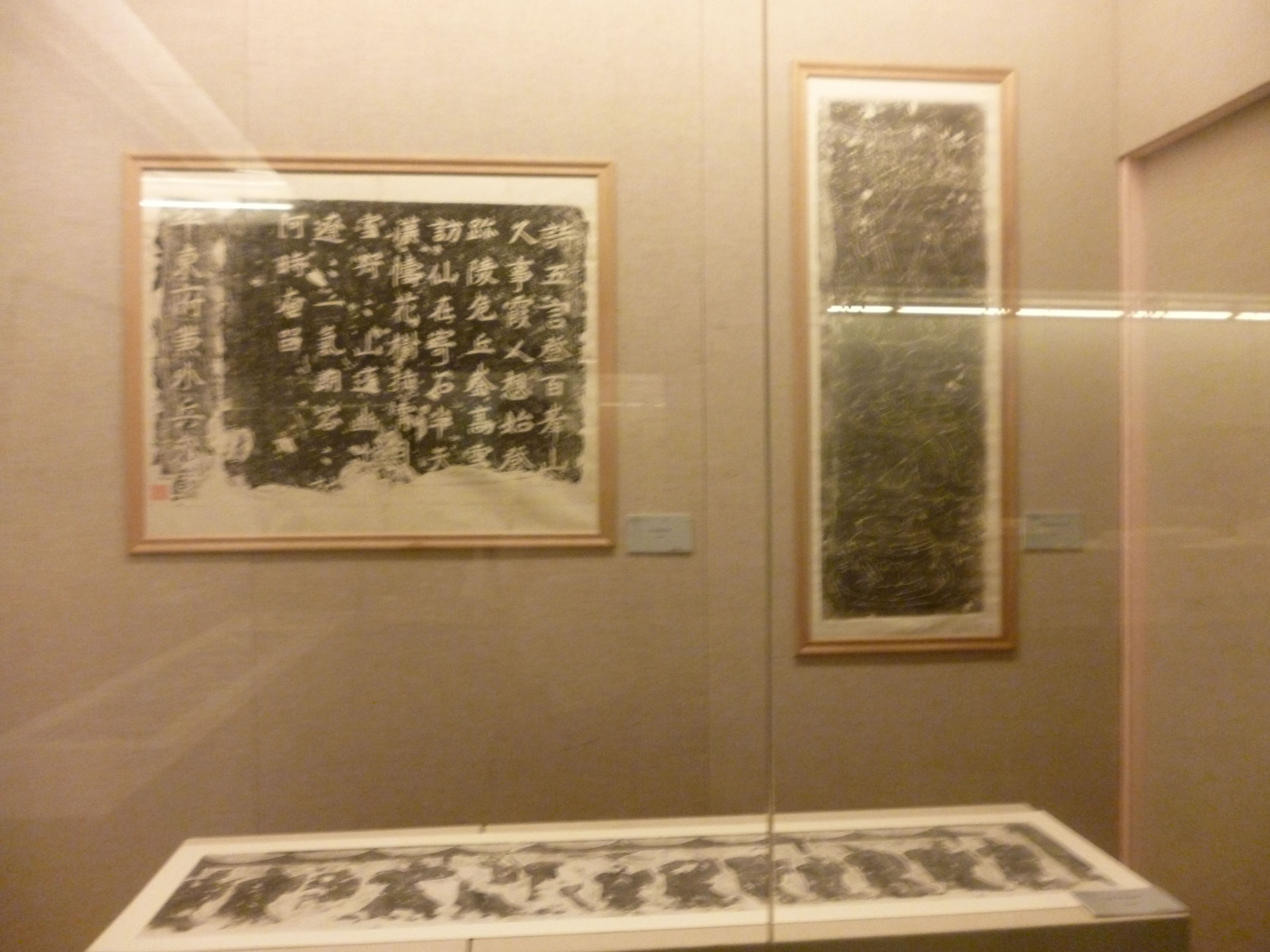
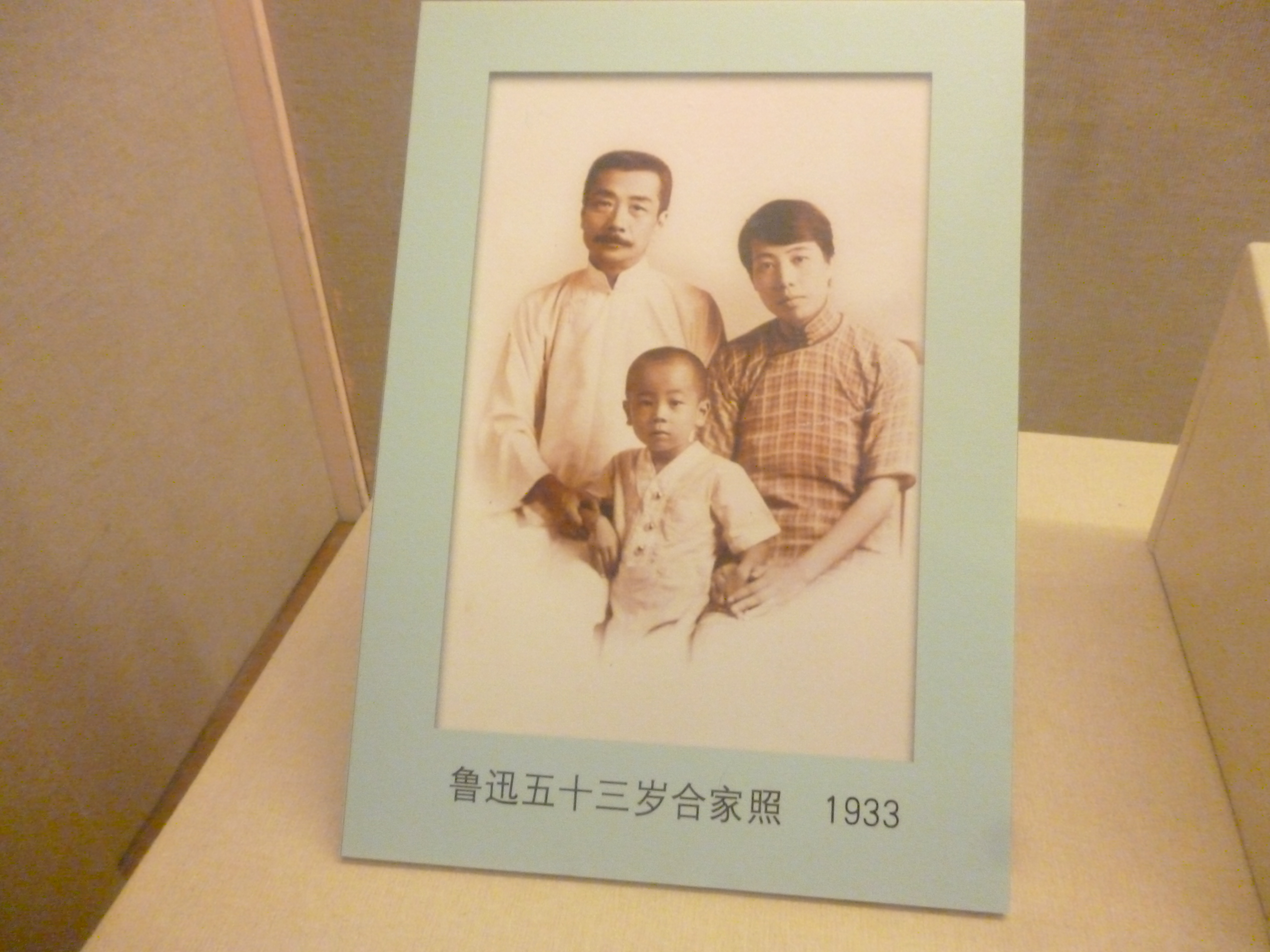
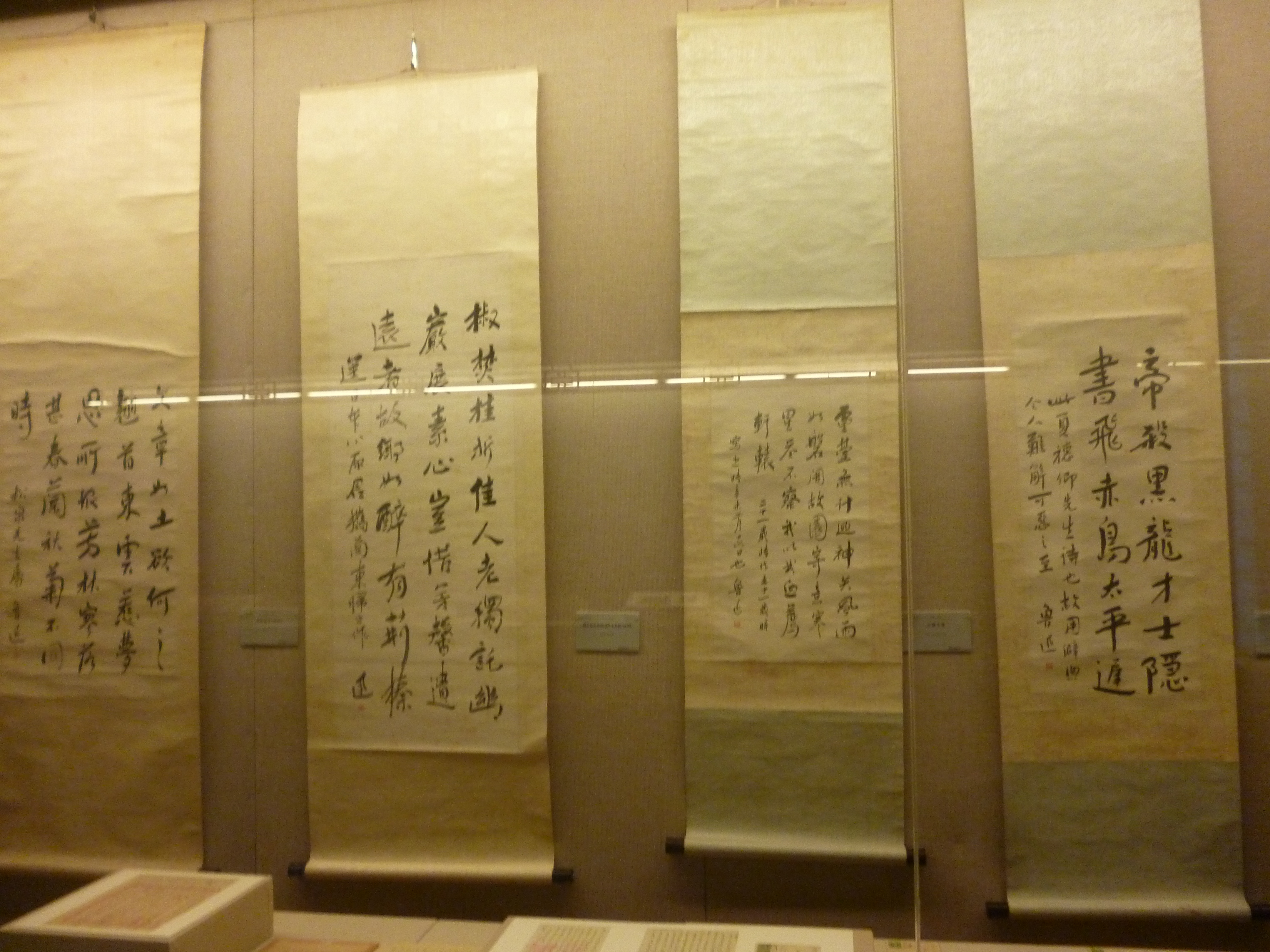

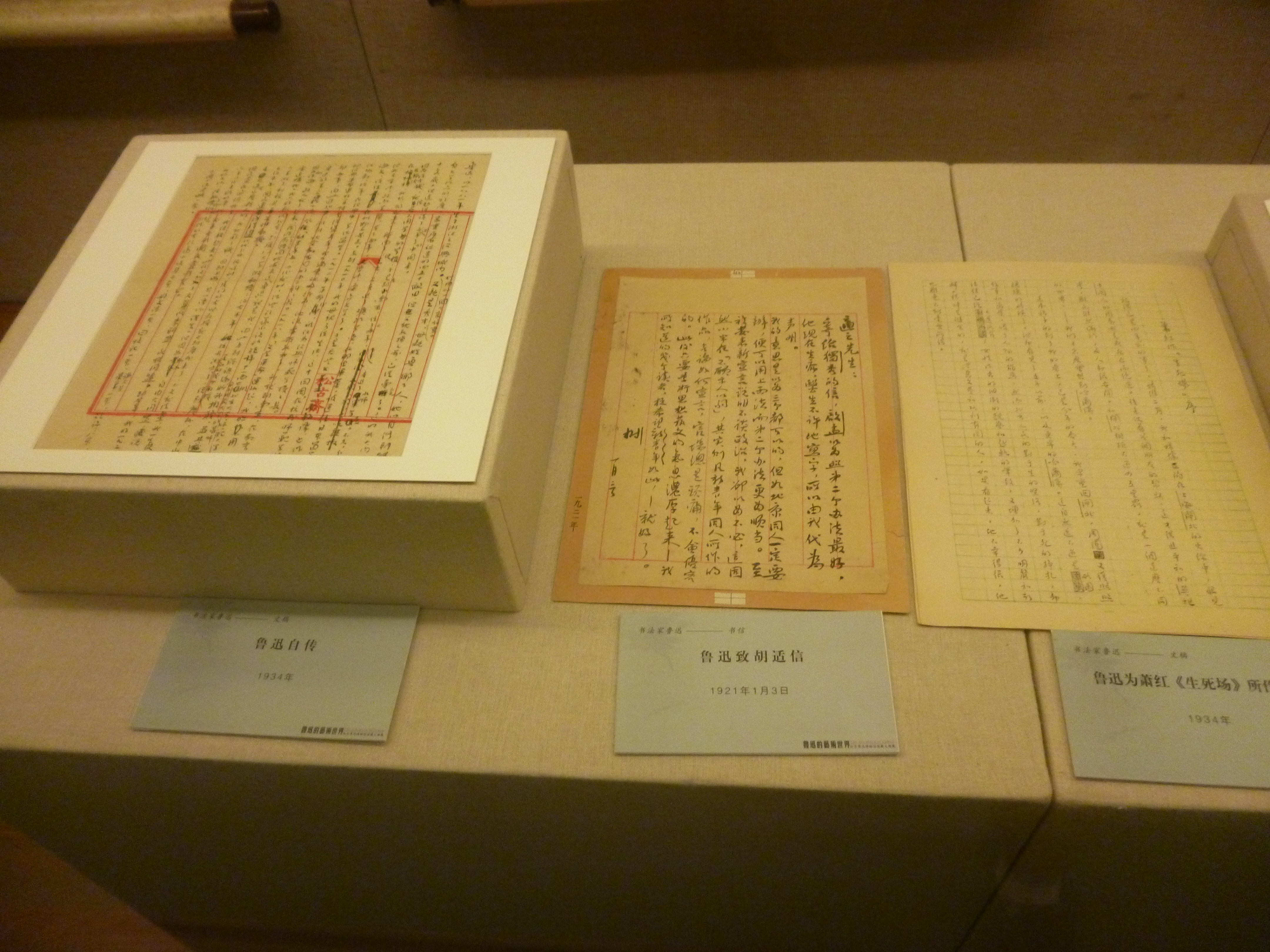
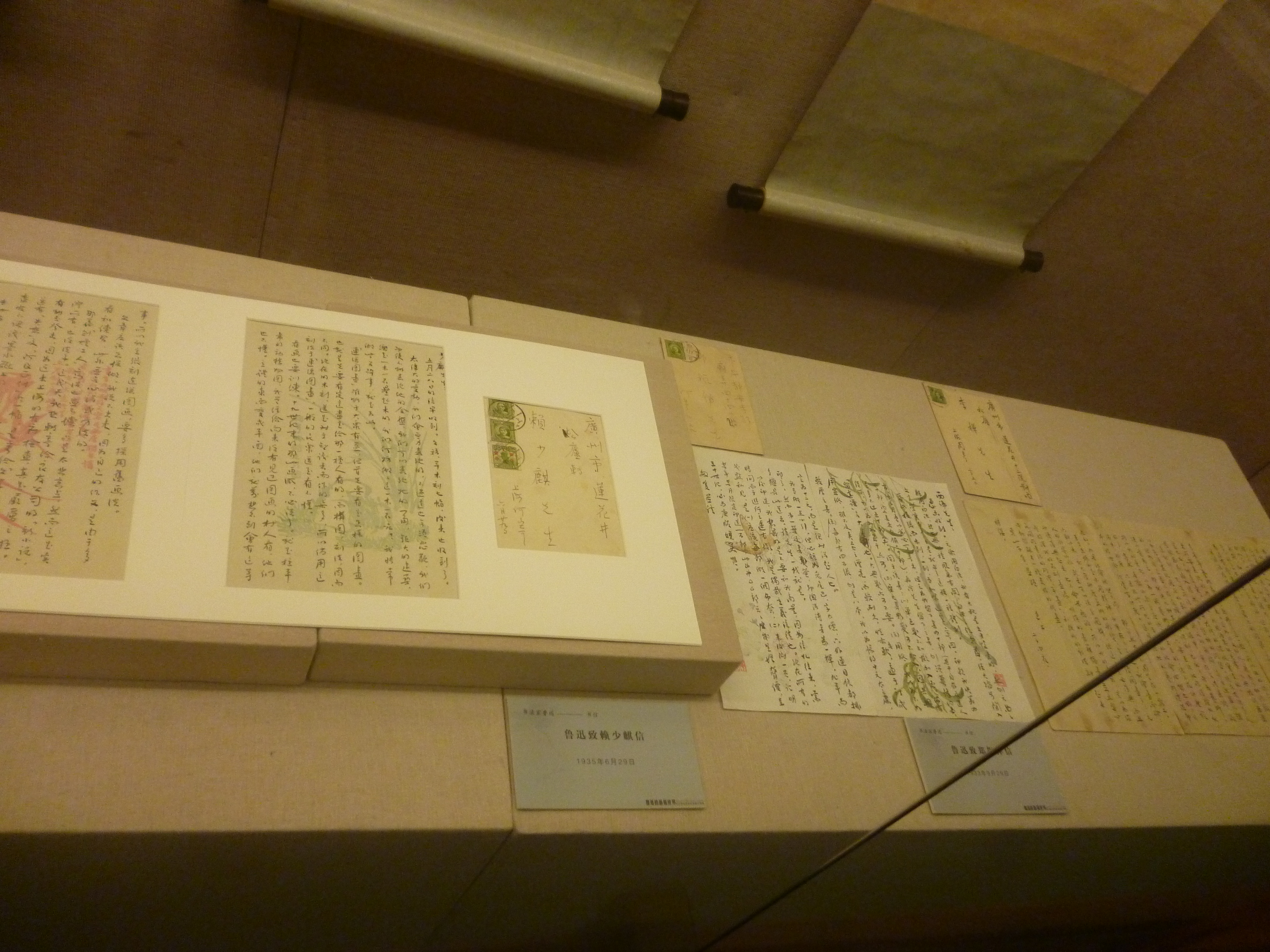
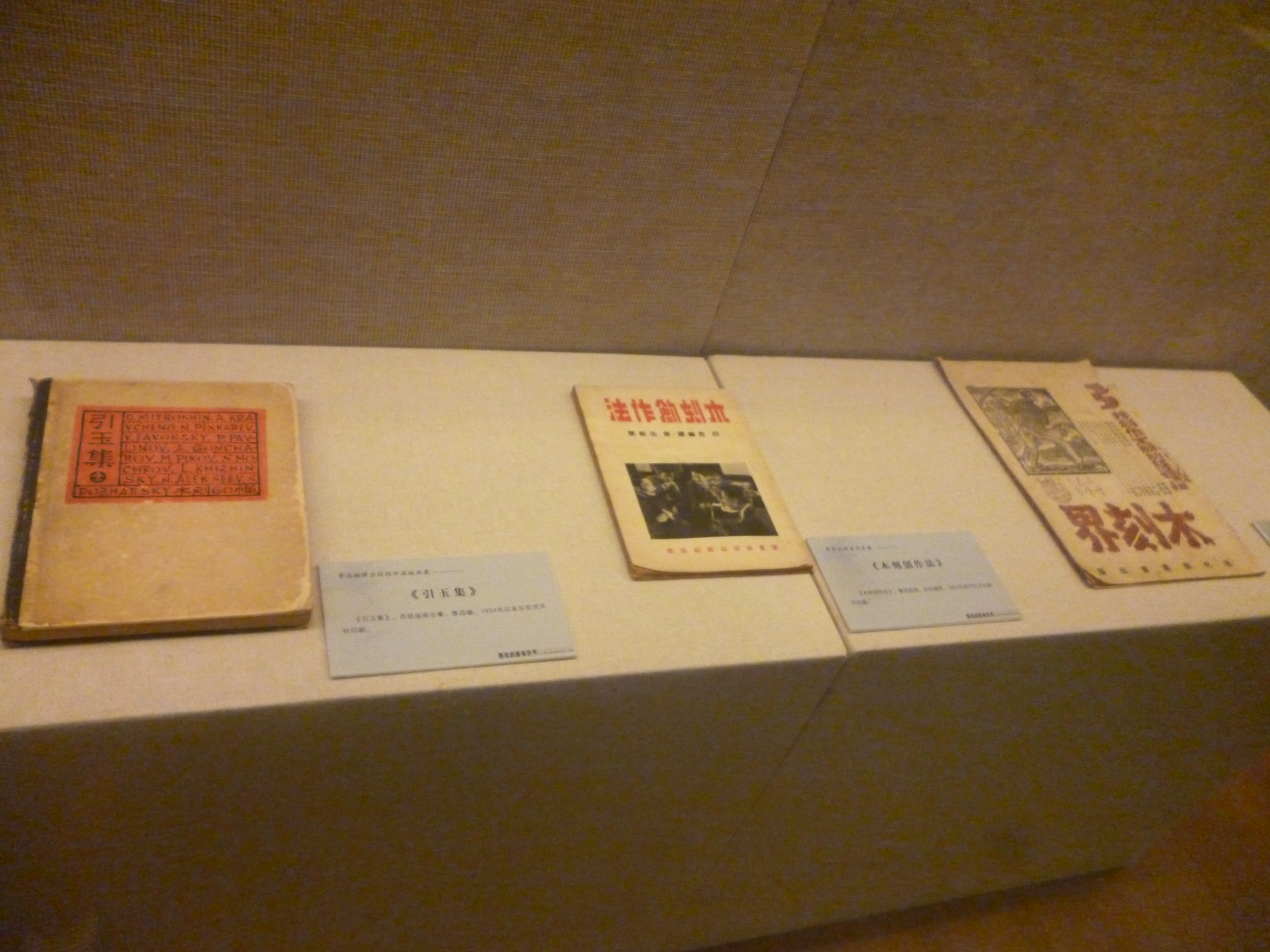
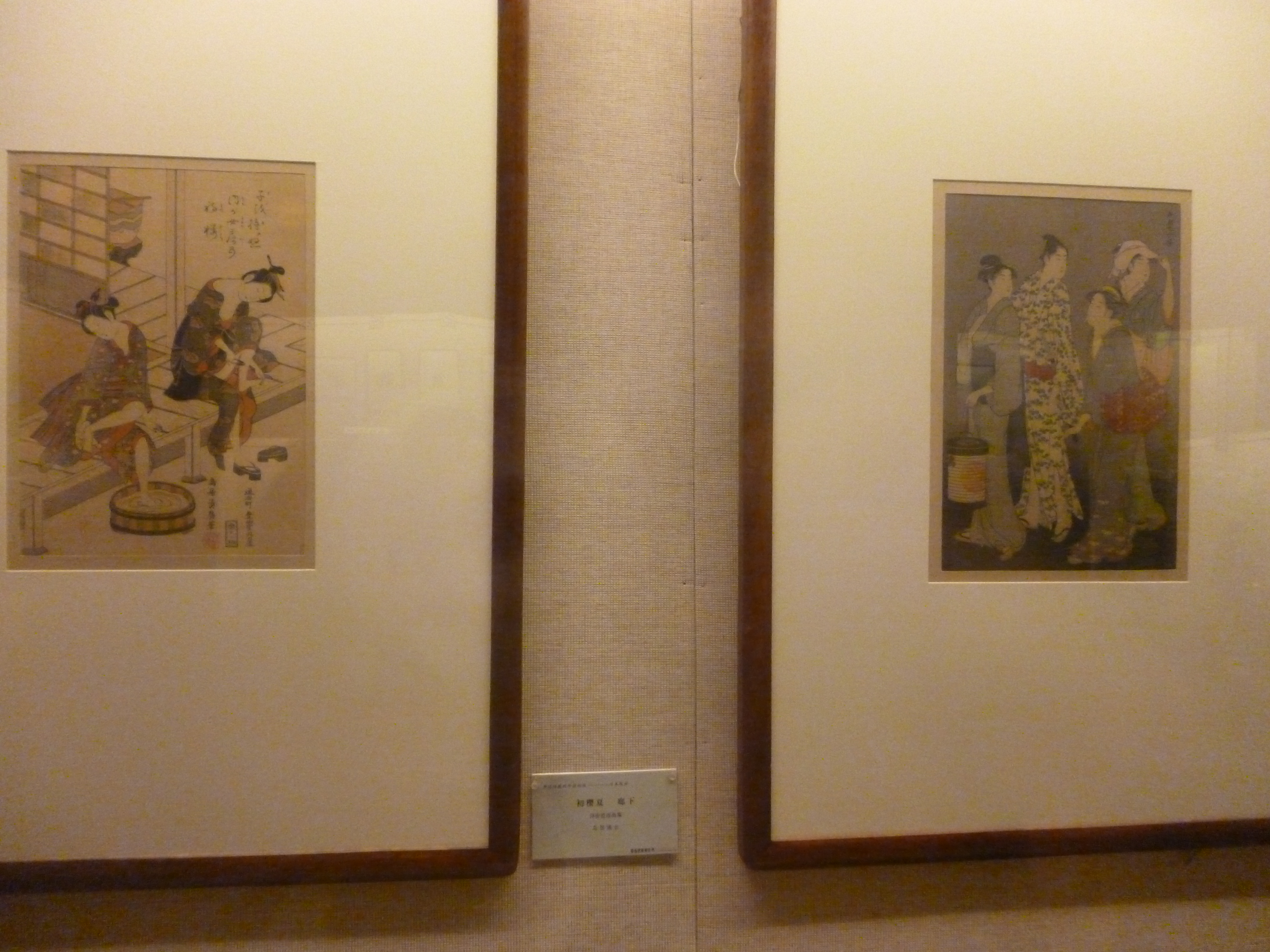
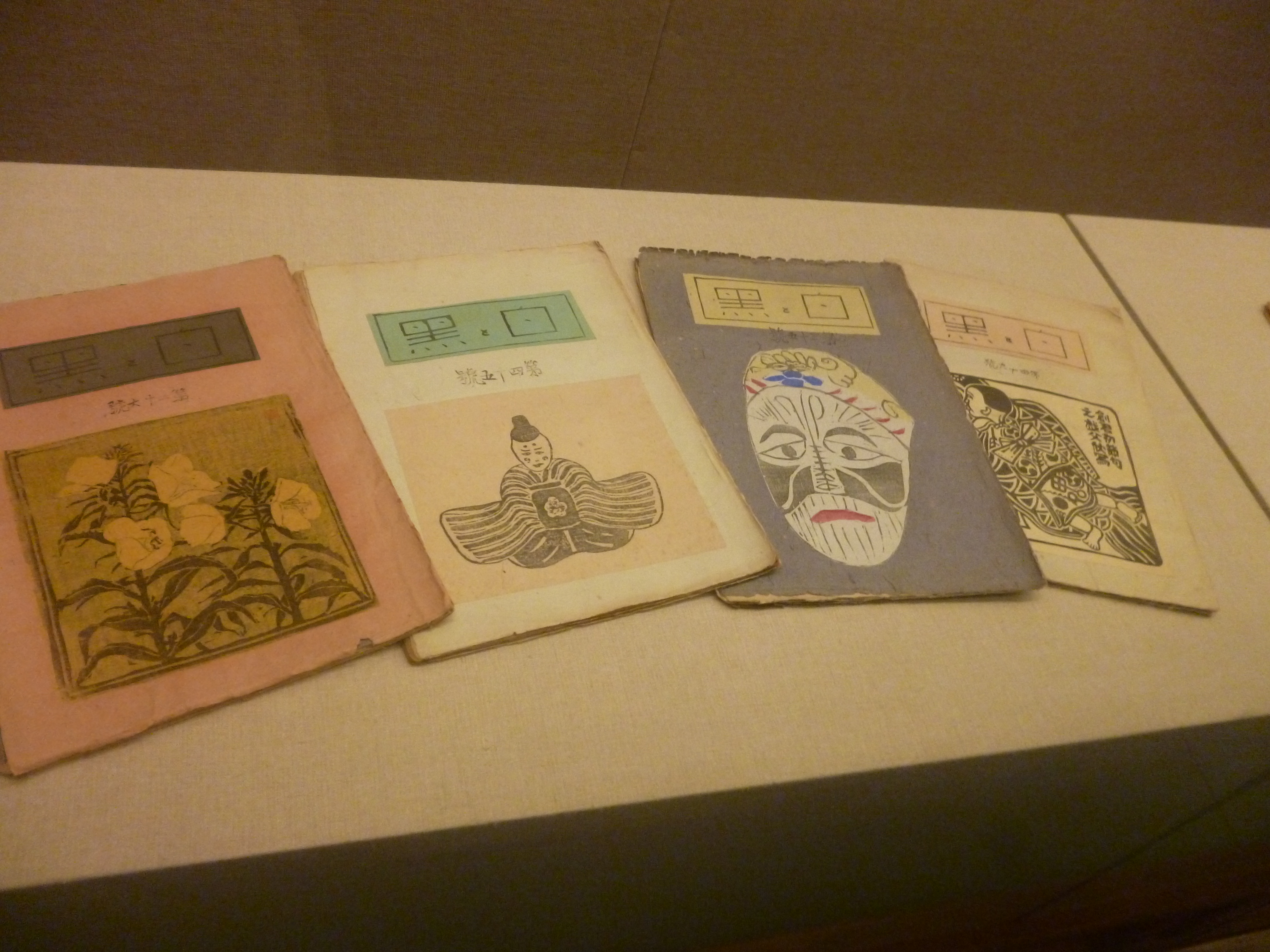
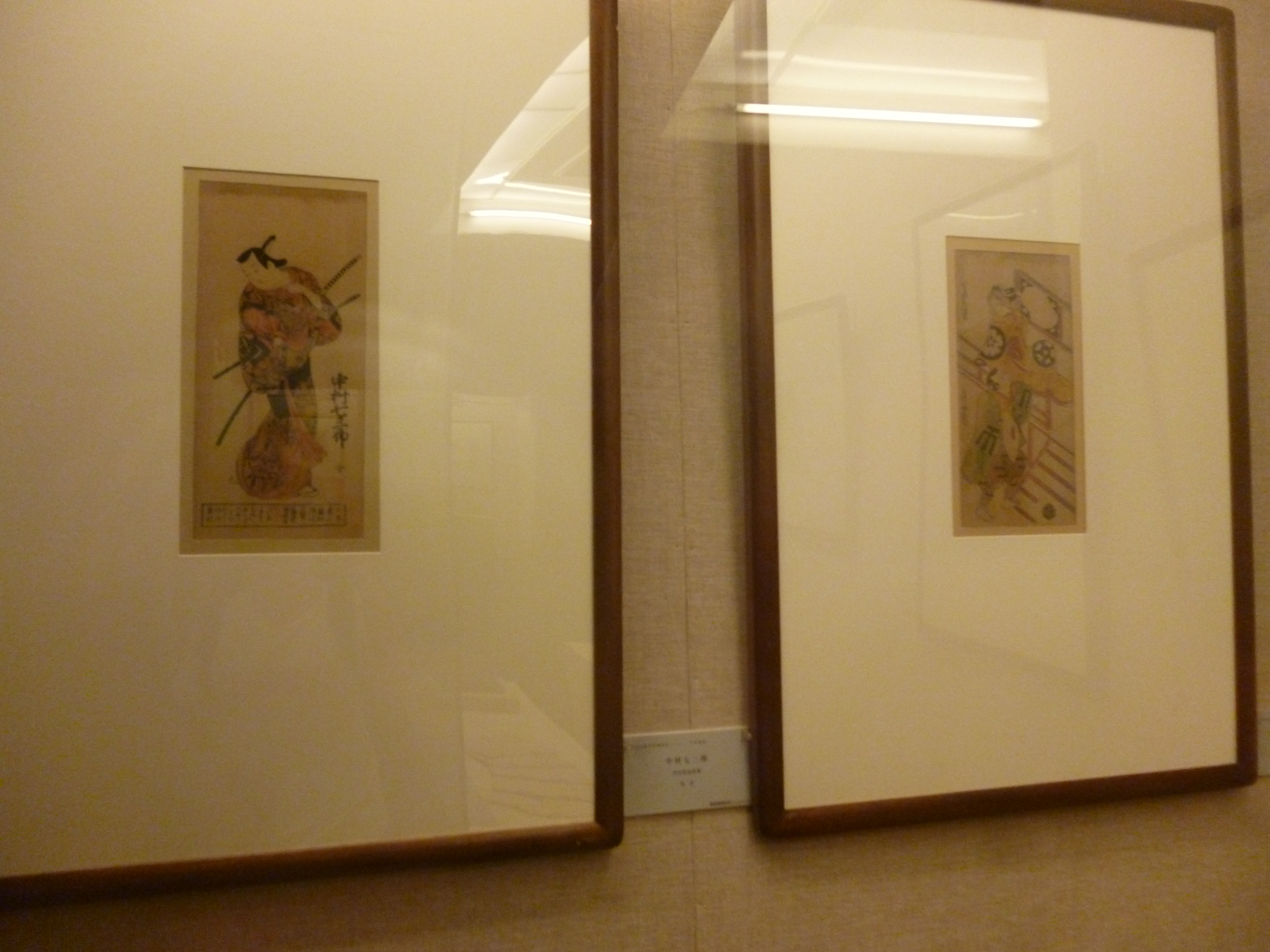
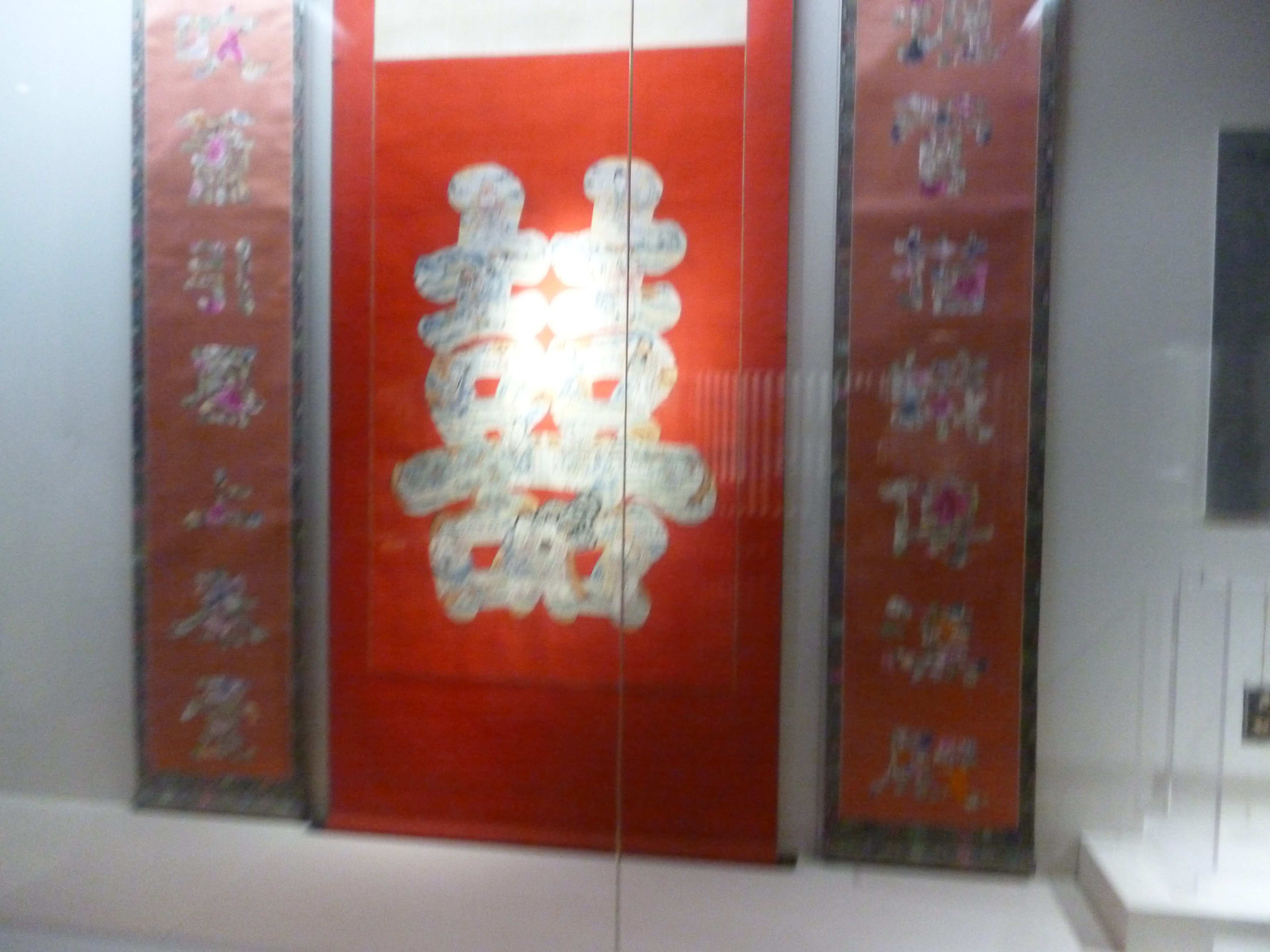

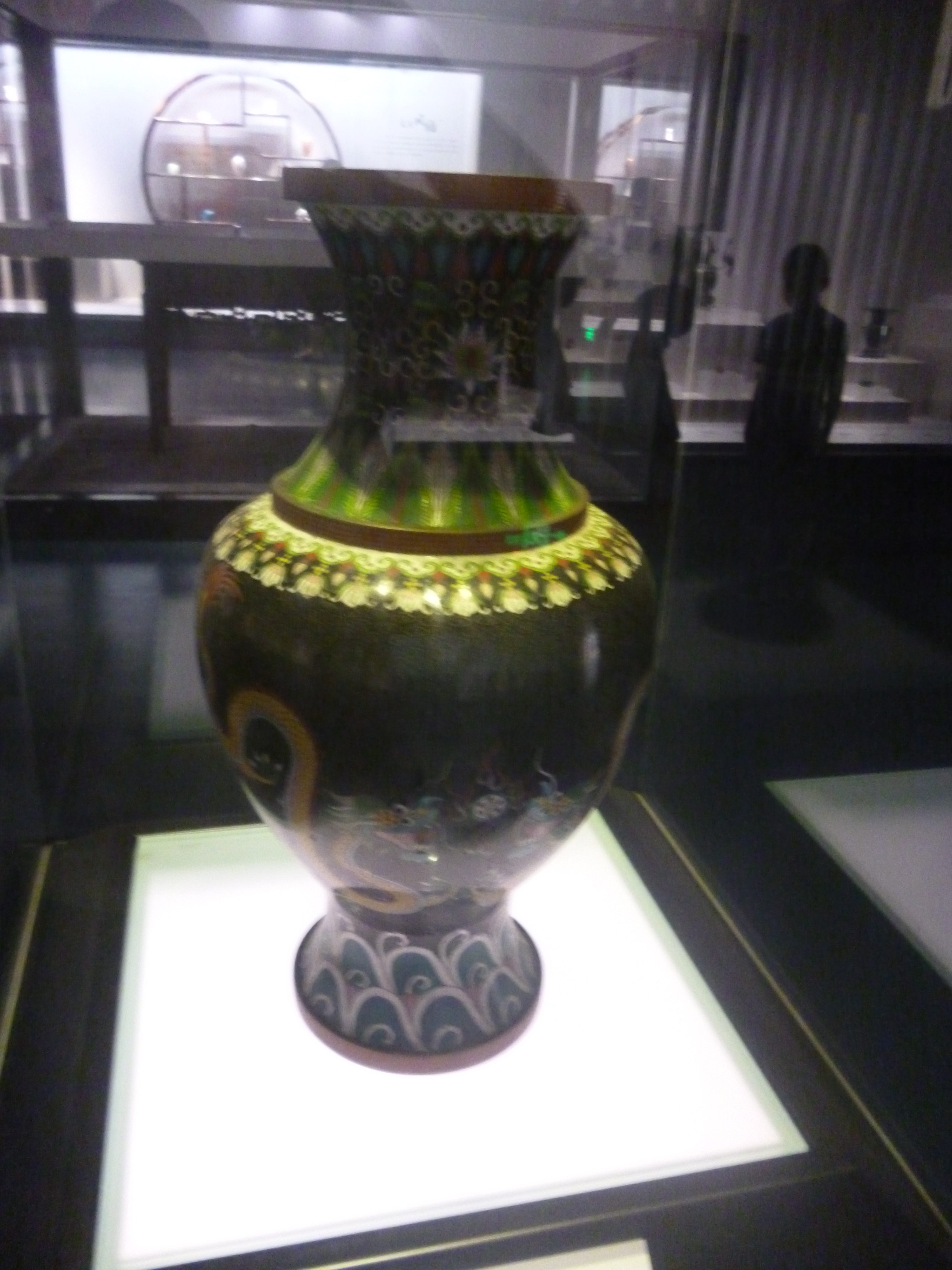

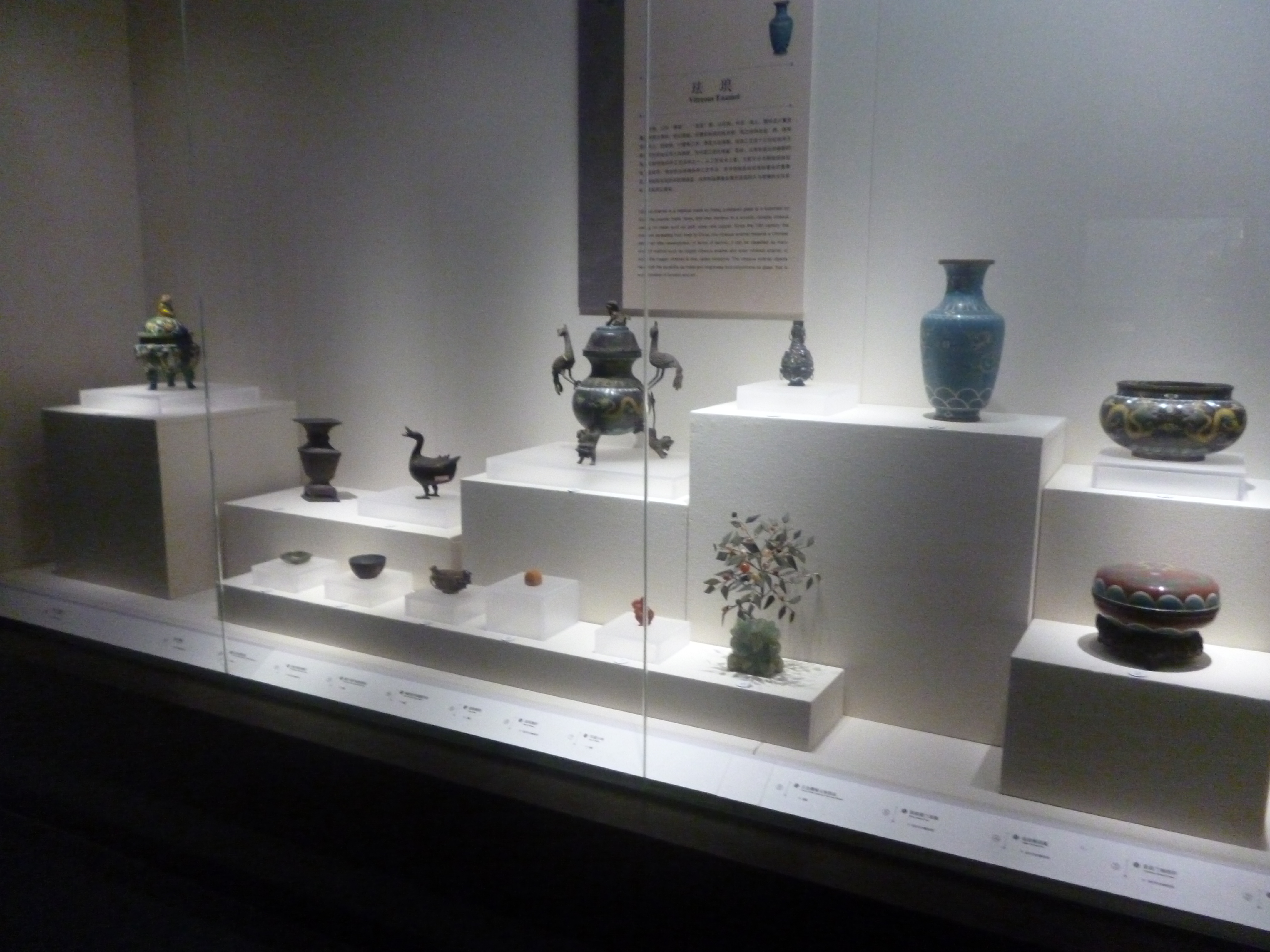
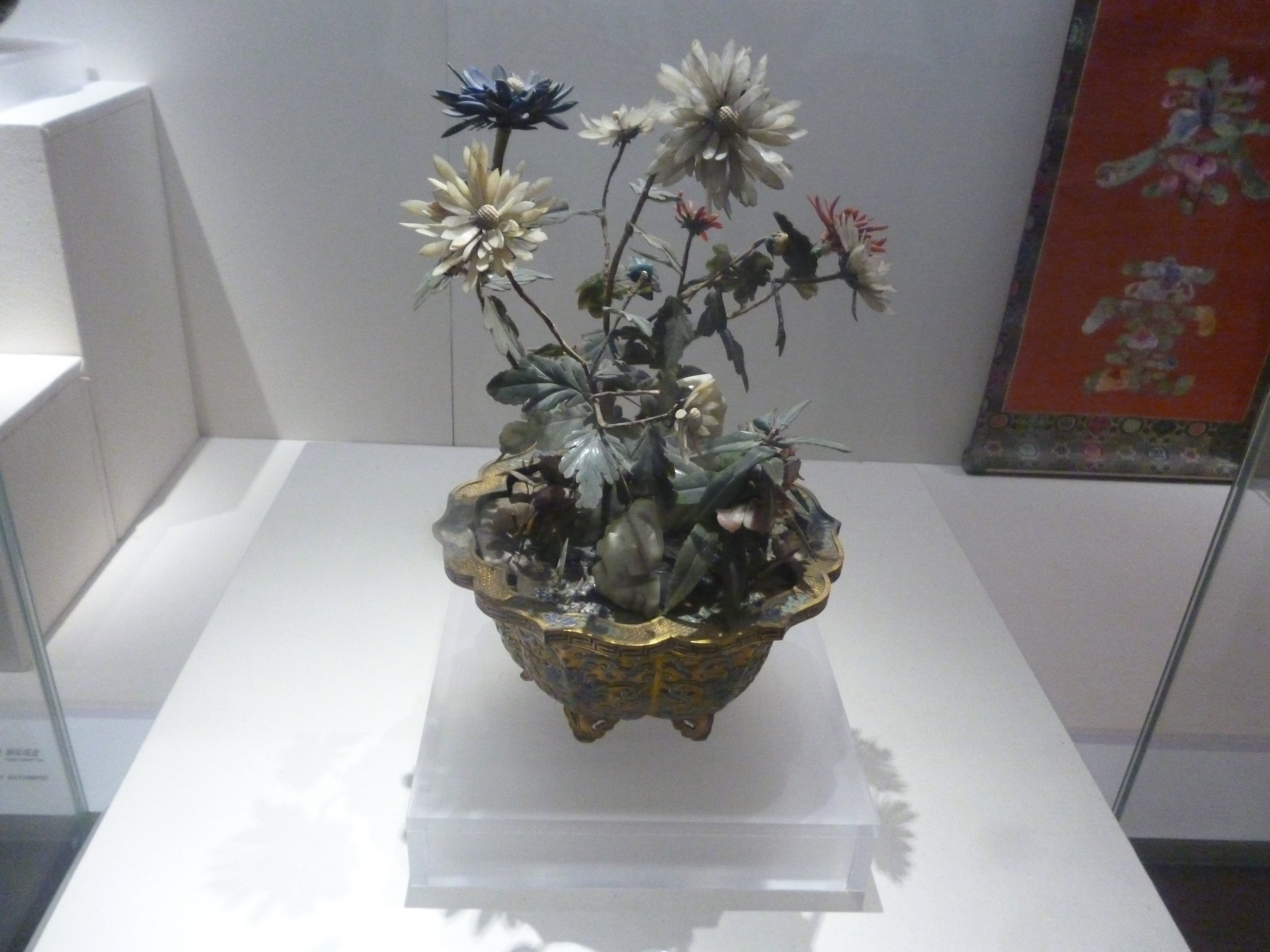
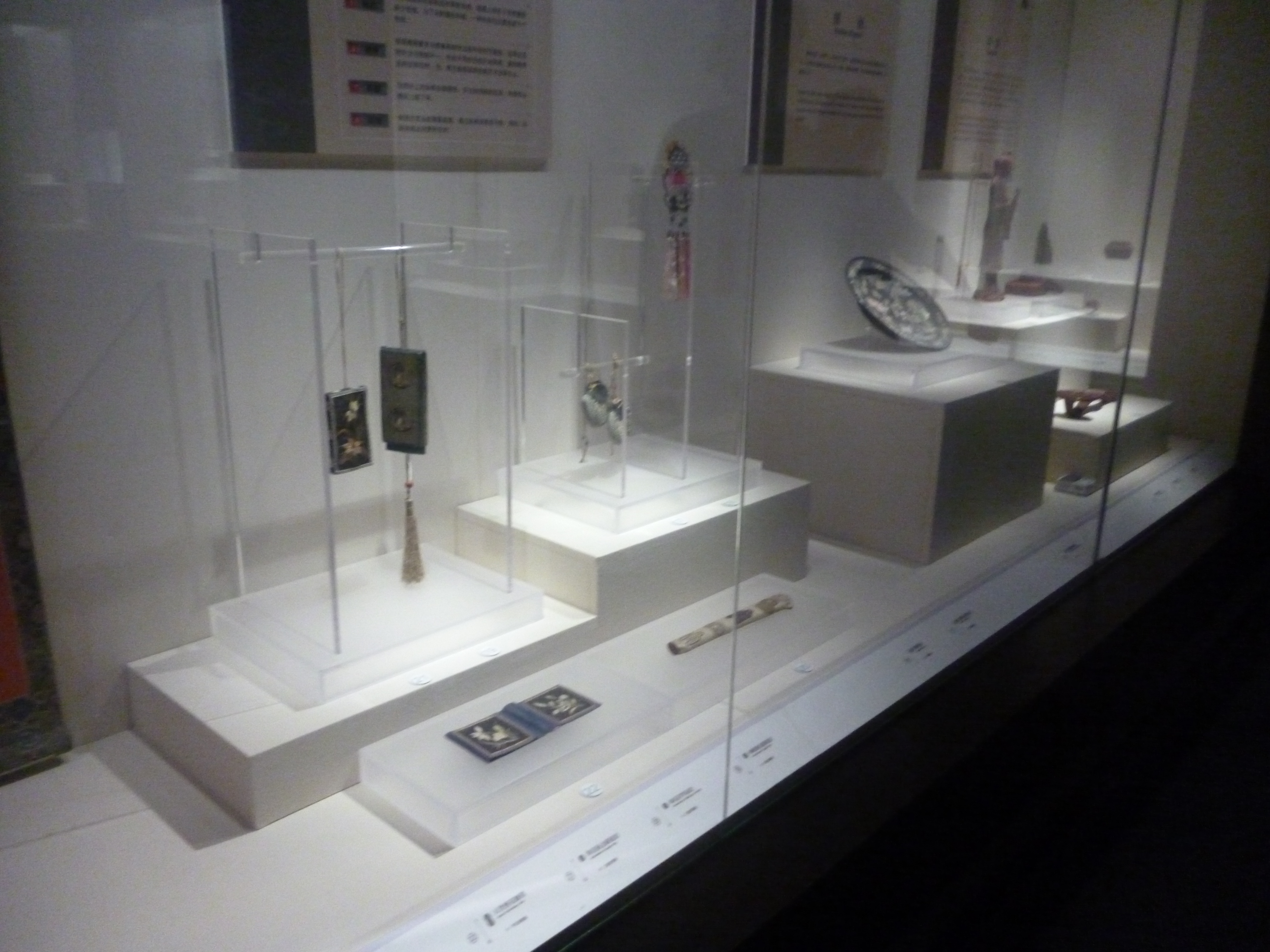
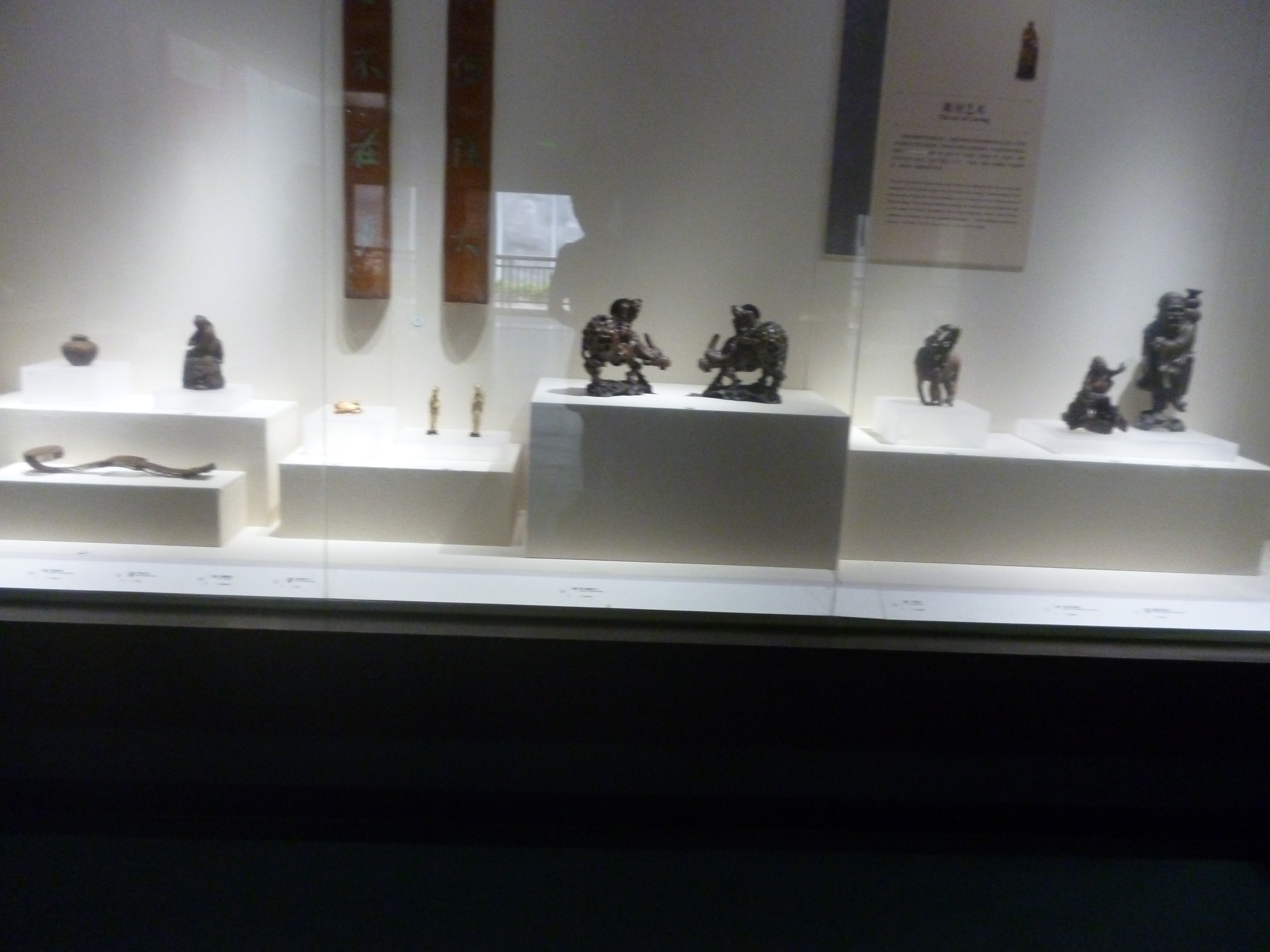

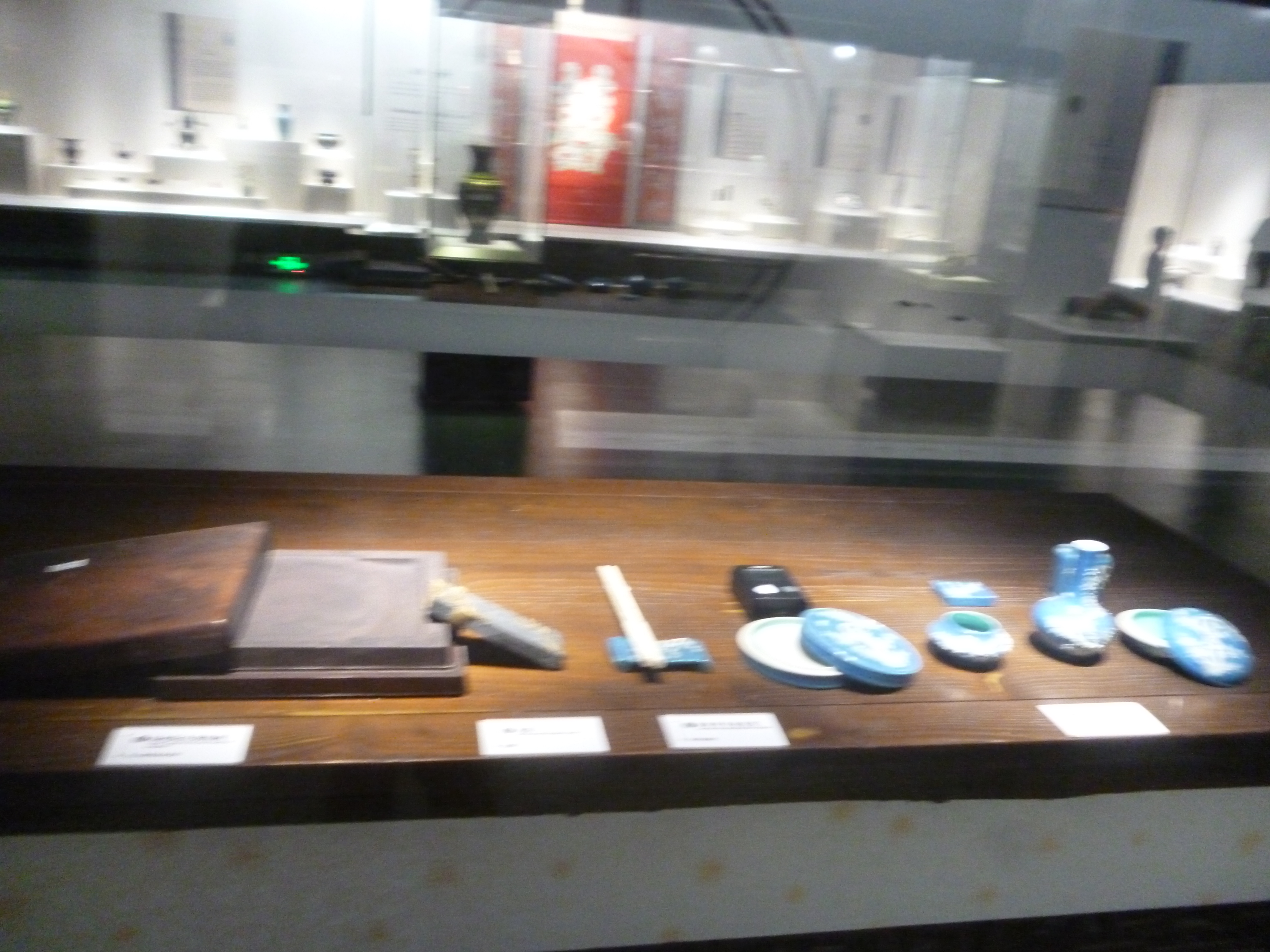

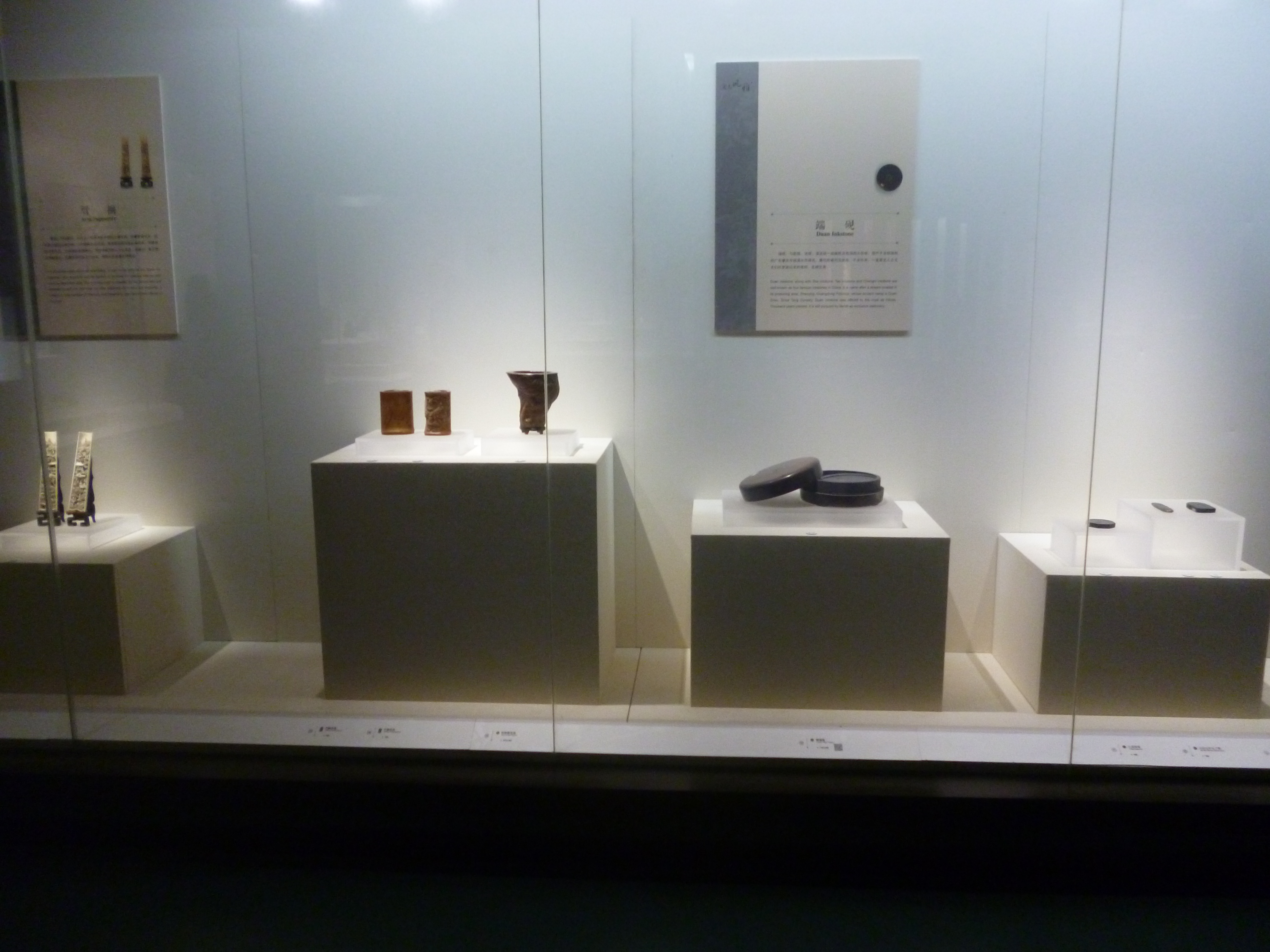
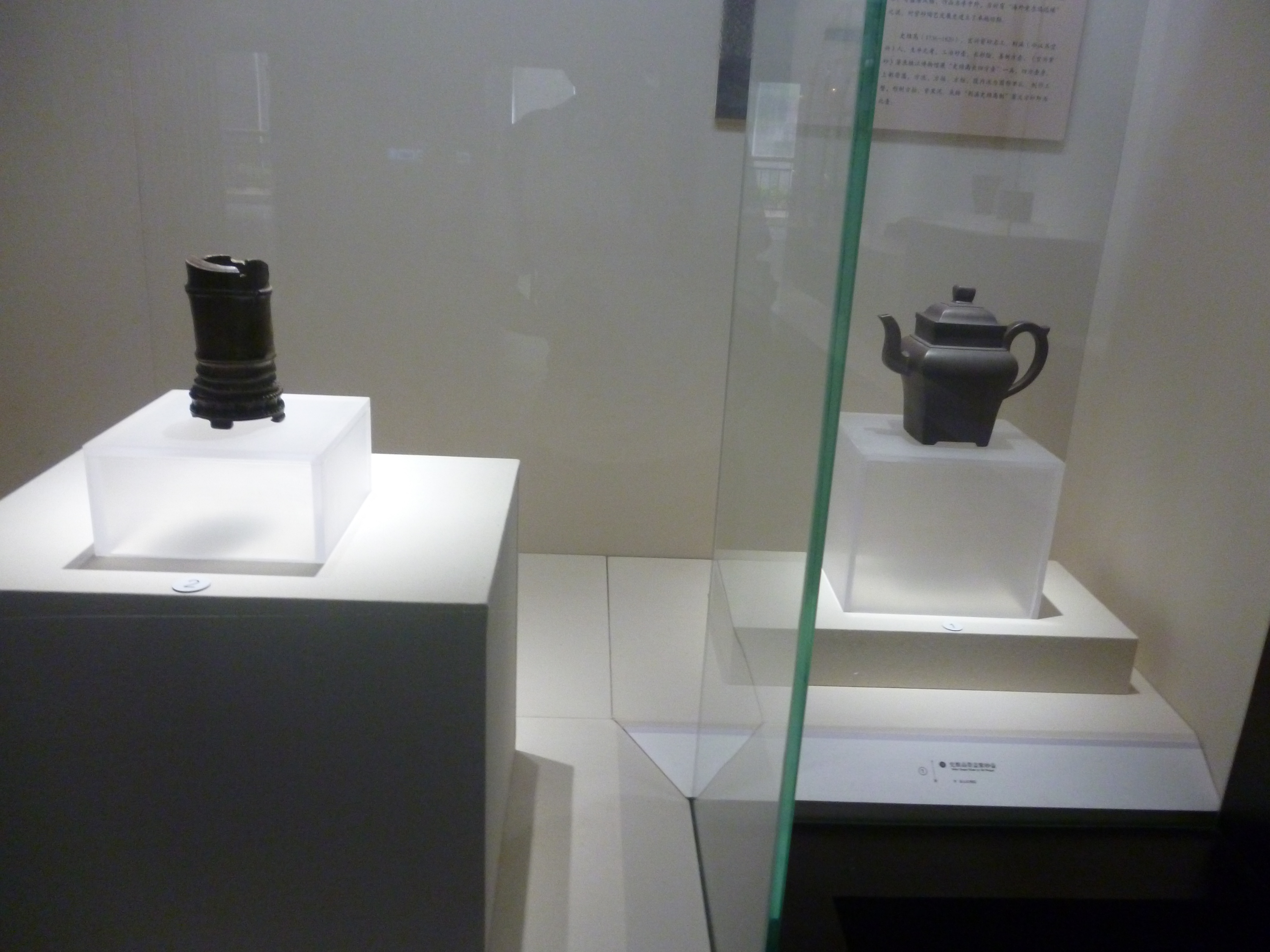
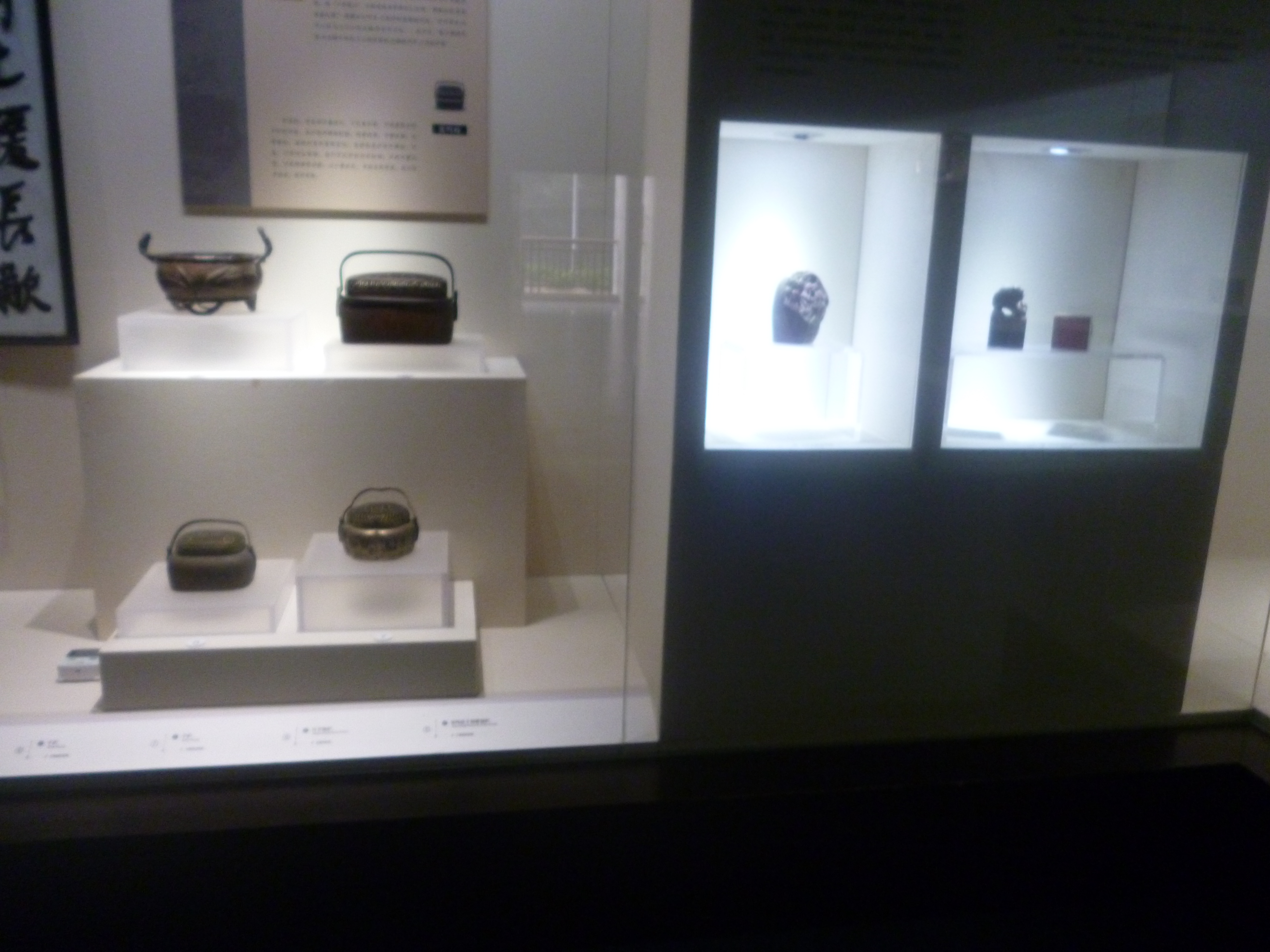
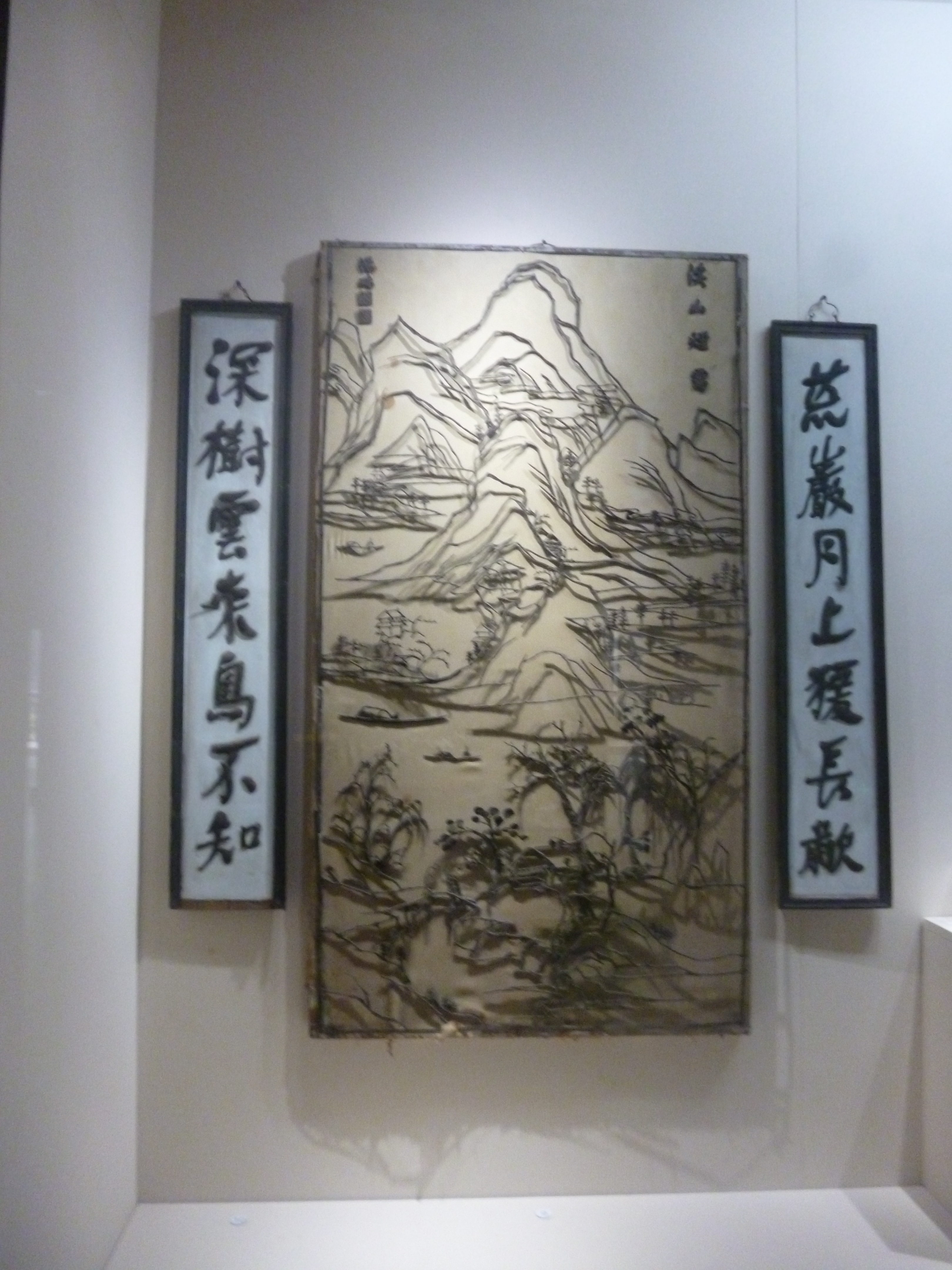

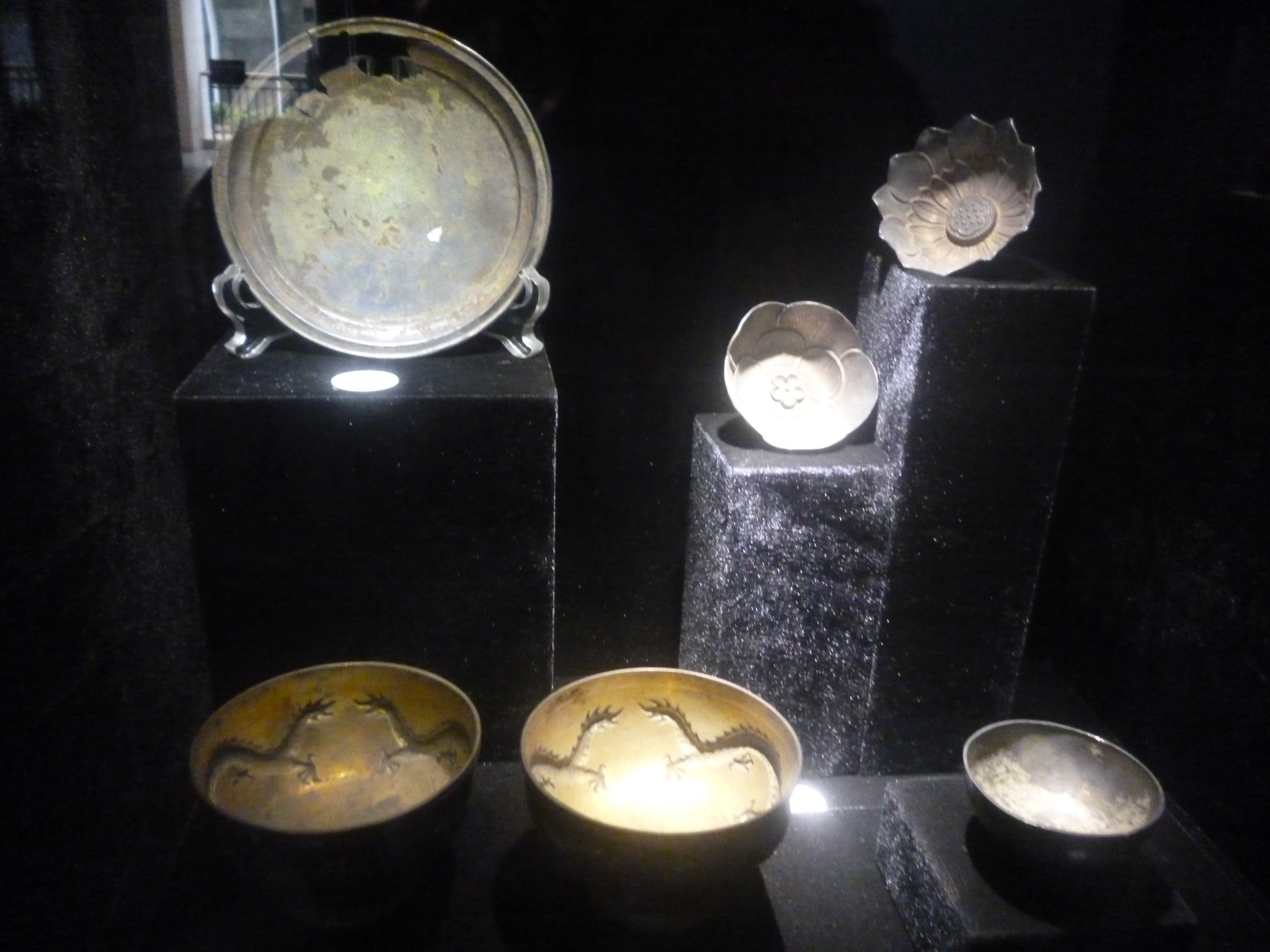
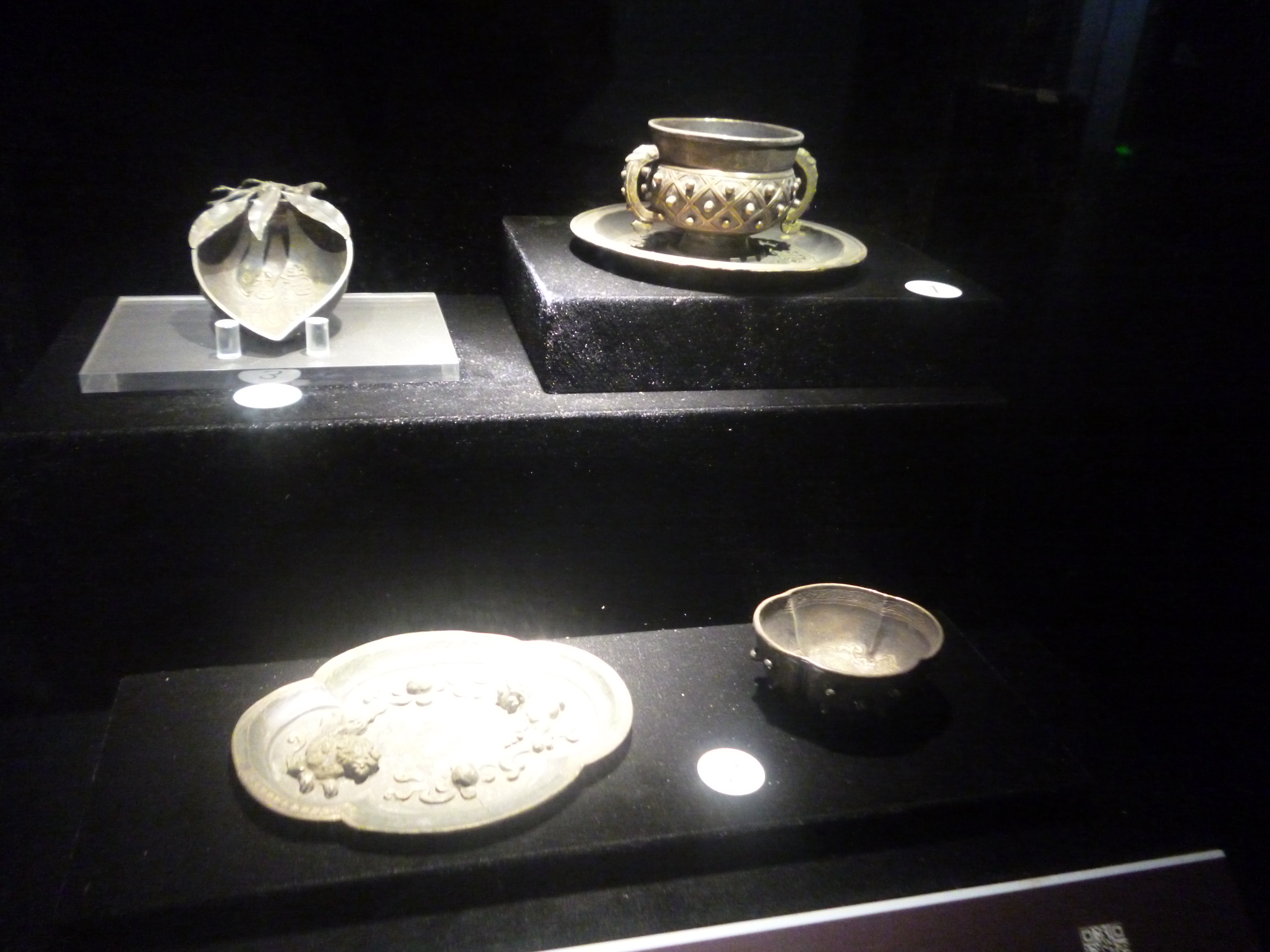
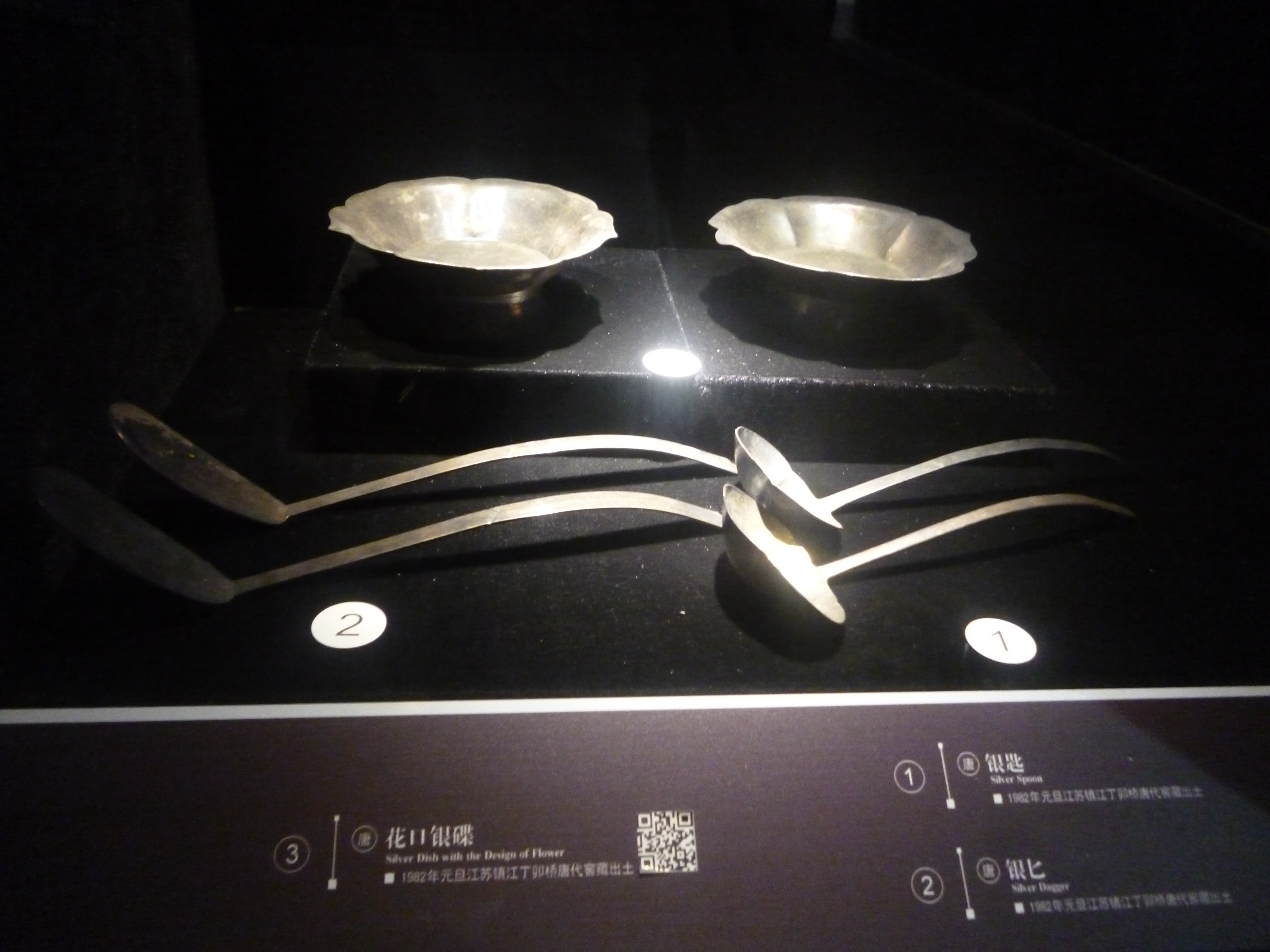

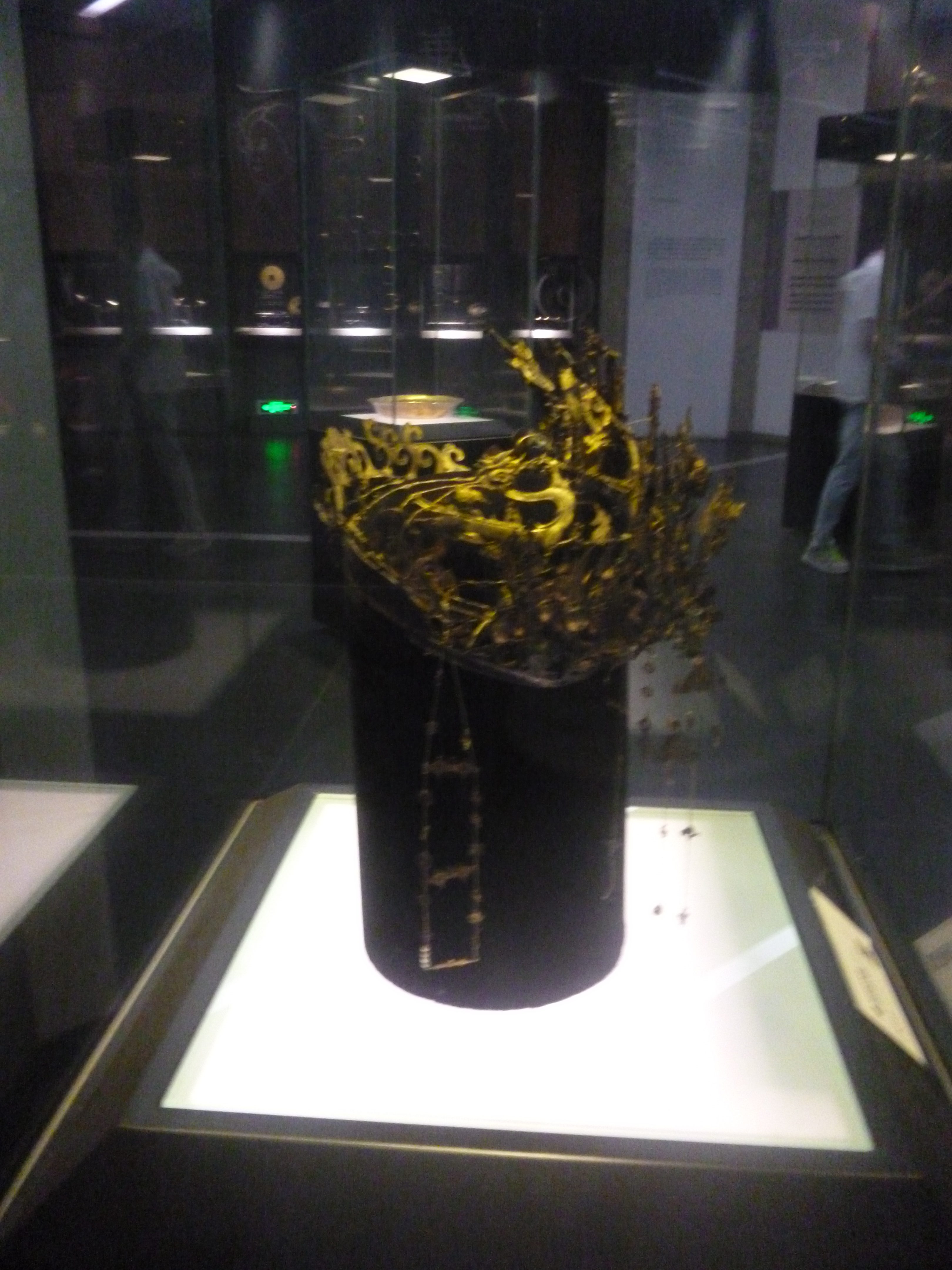
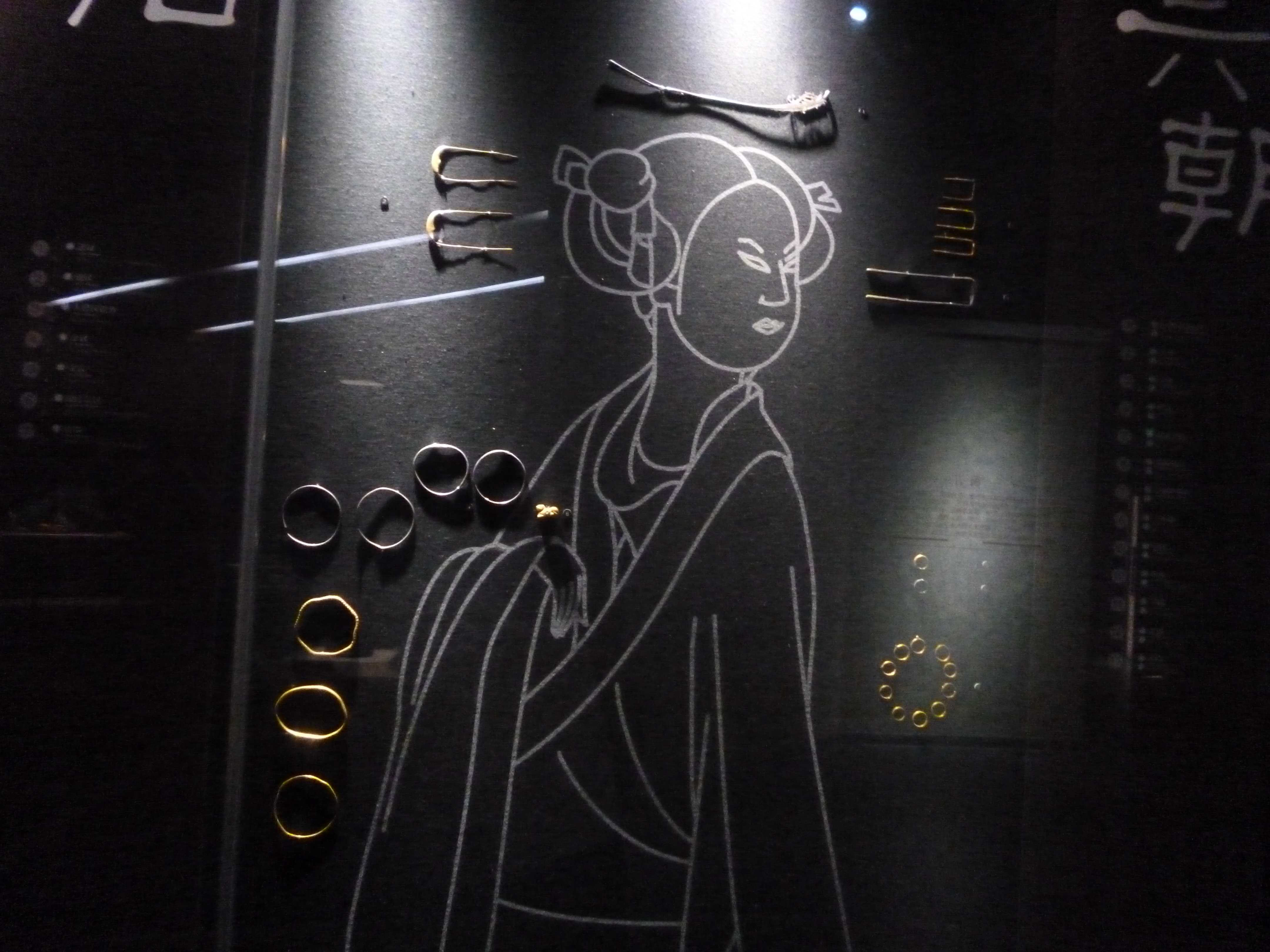
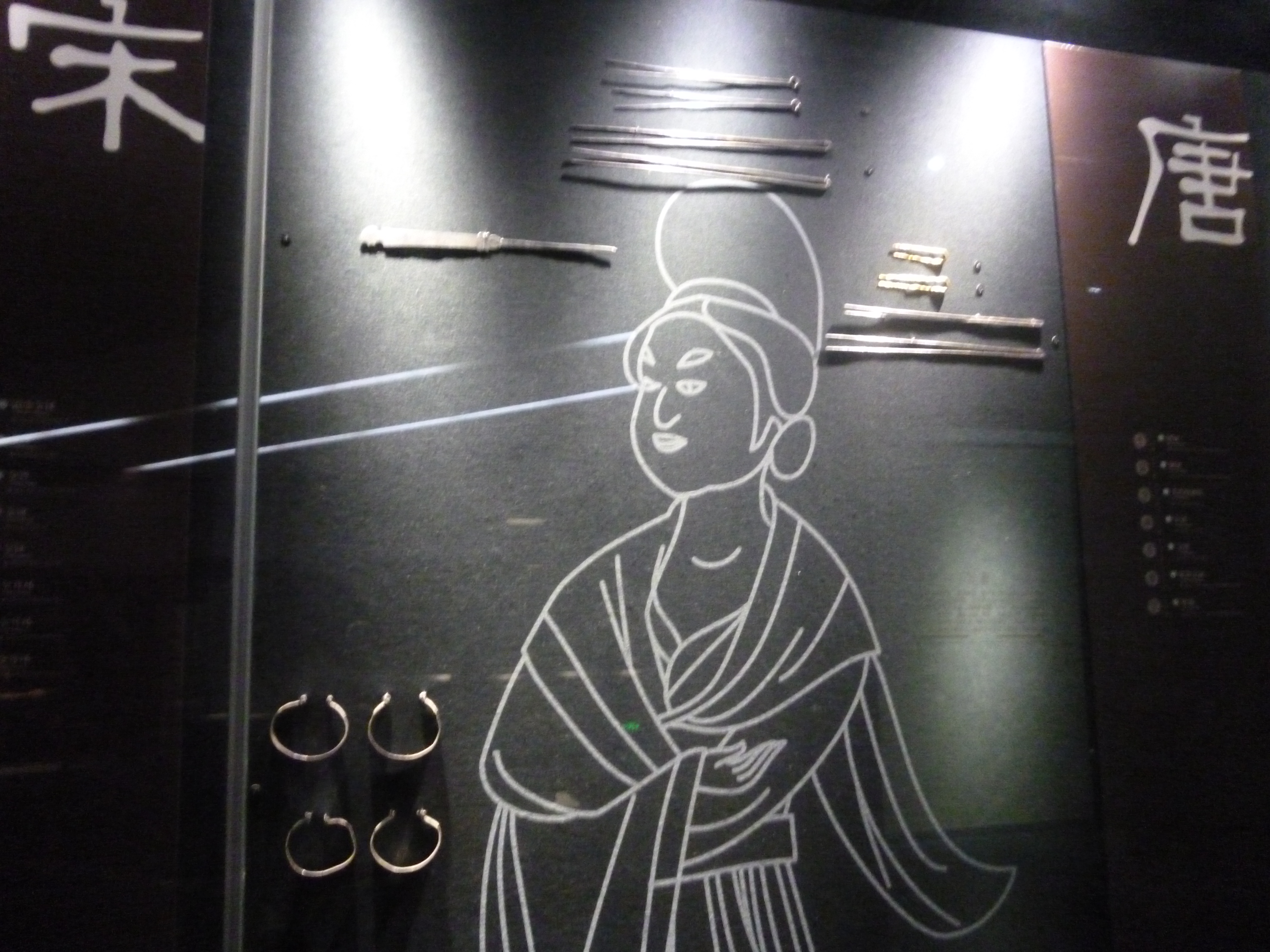 The second stop was the Jindu historical walking street. Old, traditional shops selling Chinese cultural items like fans, Chinese wine, Chinese dried sausages, as well as traditional restaurants and cafes line the streets. There was also a peak which you could climb, to get a birds-eye view of the city. Lunch was on Zhenjiang’s speciality dish, Zhenjiang’s ceramic pot noodles.
The second stop was the Jindu historical walking street. Old, traditional shops selling Chinese cultural items like fans, Chinese wine, Chinese dried sausages, as well as traditional restaurants and cafes line the streets. There was also a peak which you could climb, to get a birds-eye view of the city. Lunch was on Zhenjiang’s speciality dish, Zhenjiang’s ceramic pot noodles.
The old walking street, along with a viewing point and a small exhibition area.
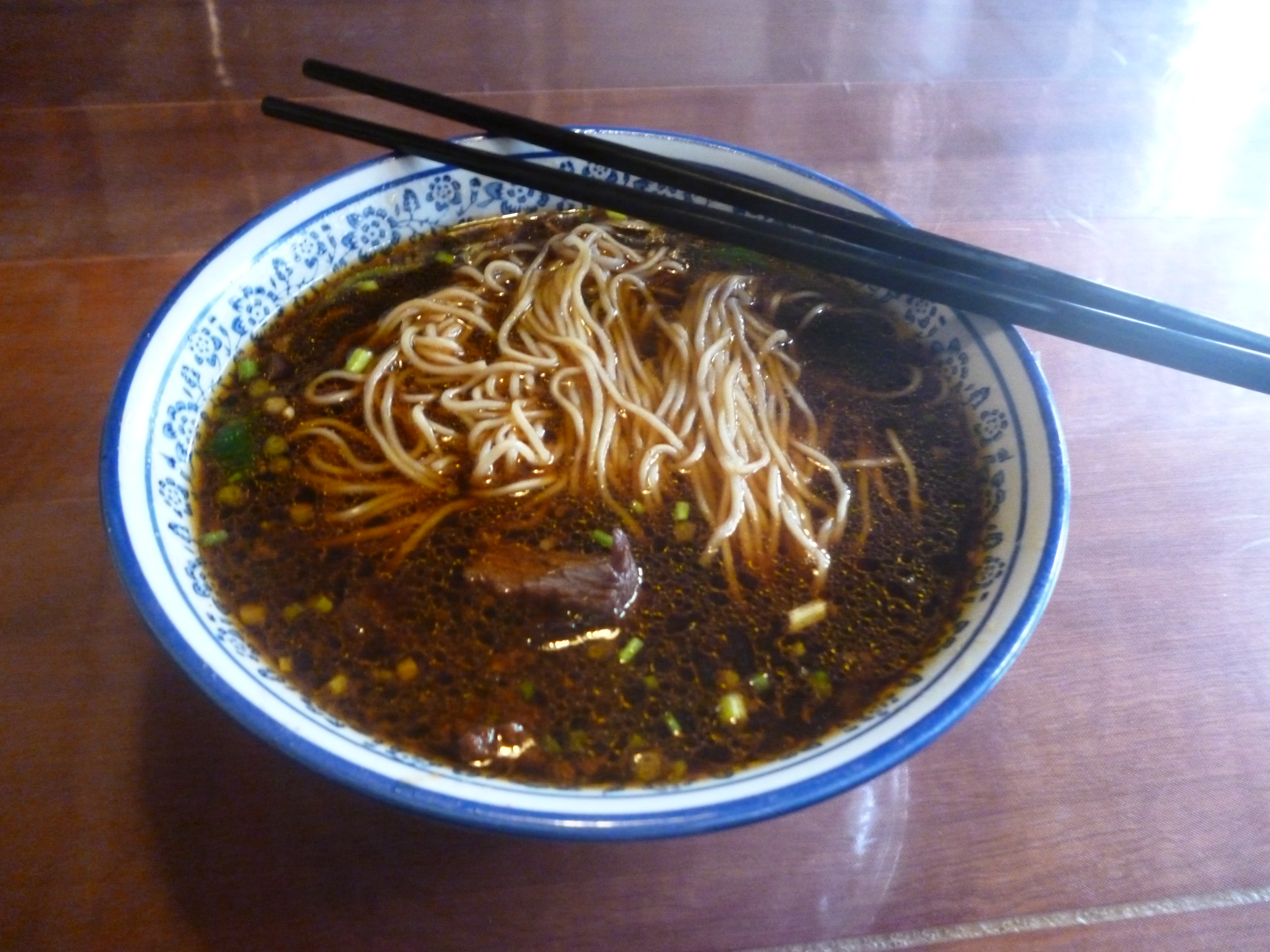
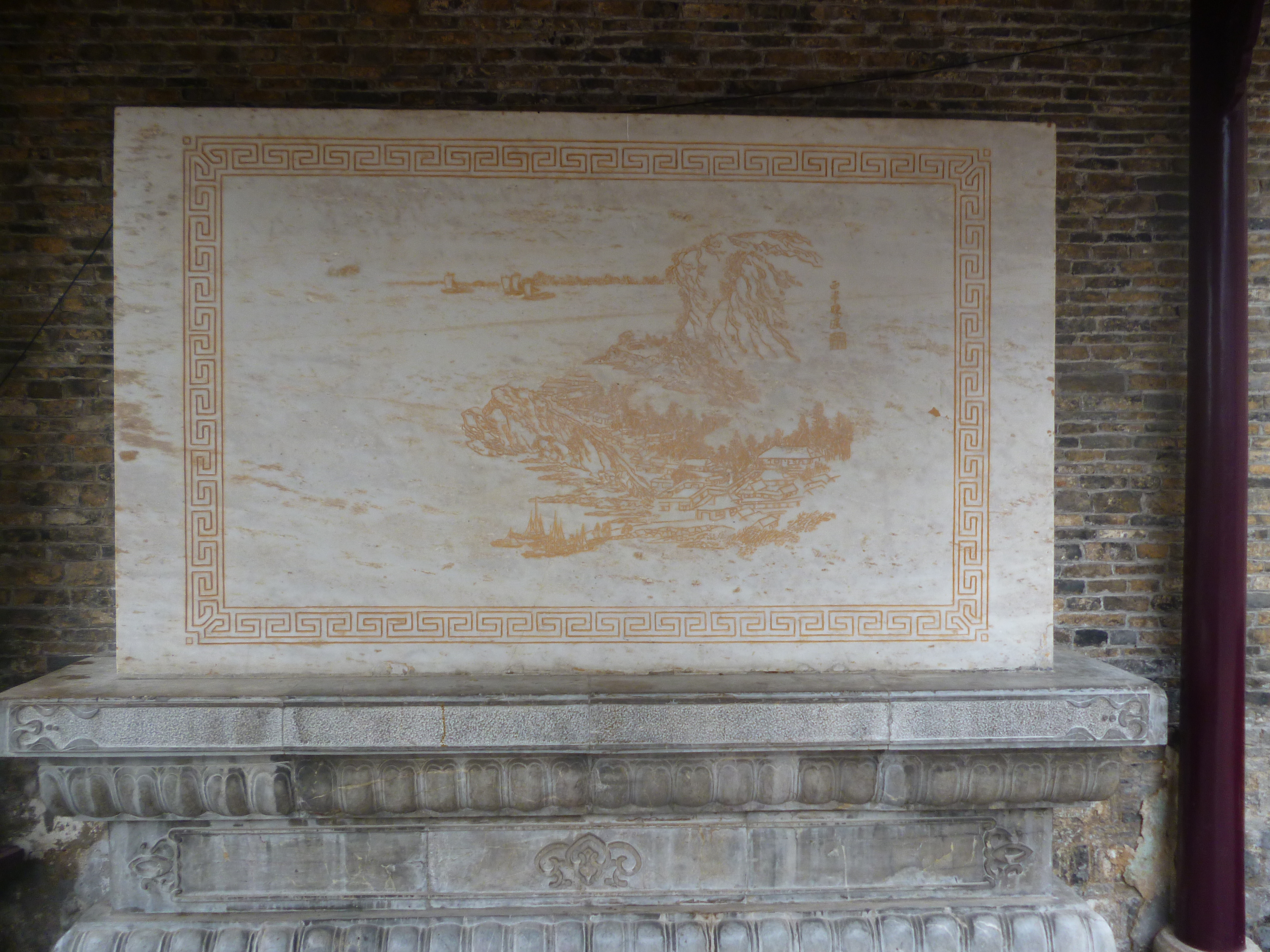
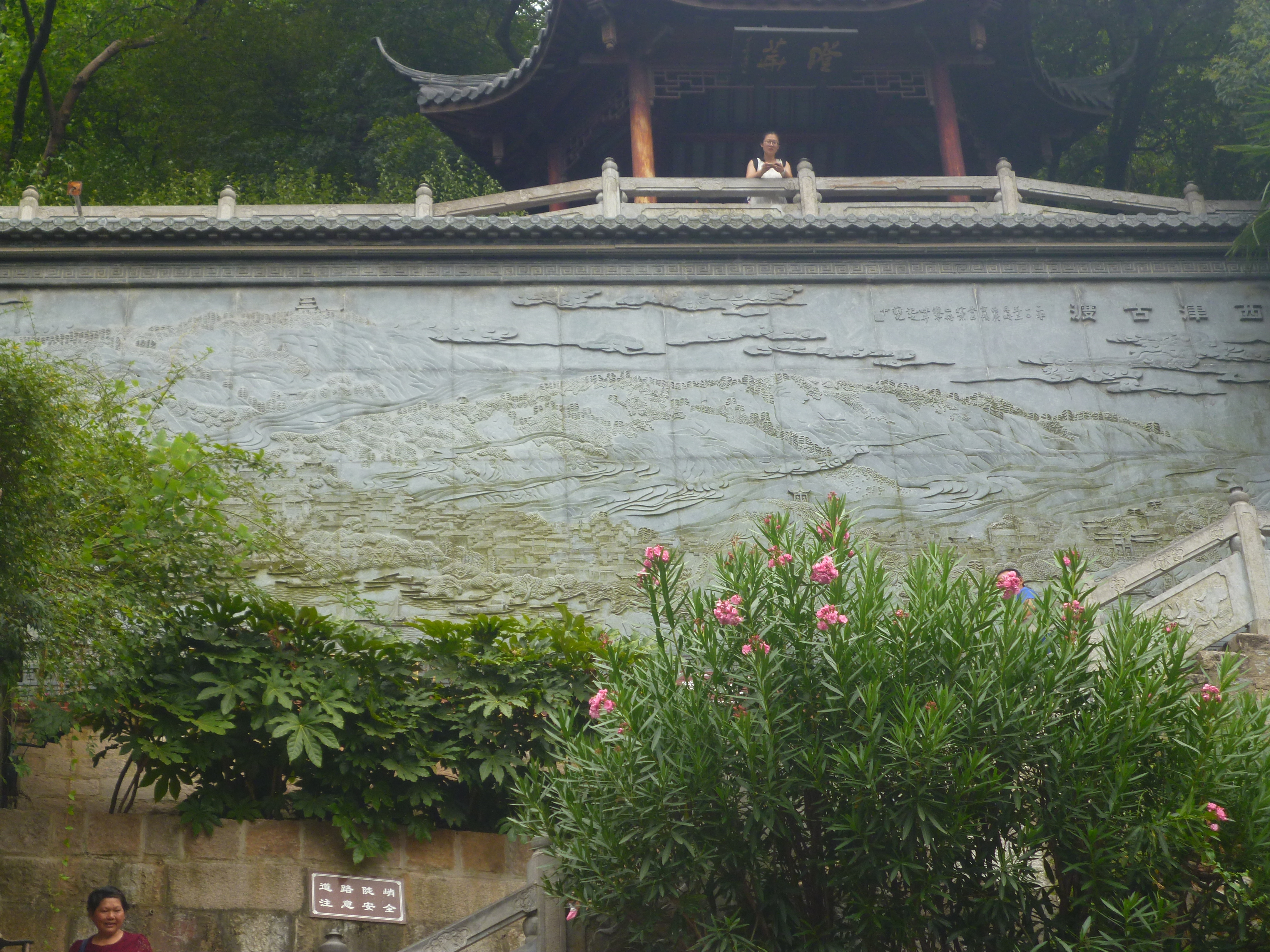
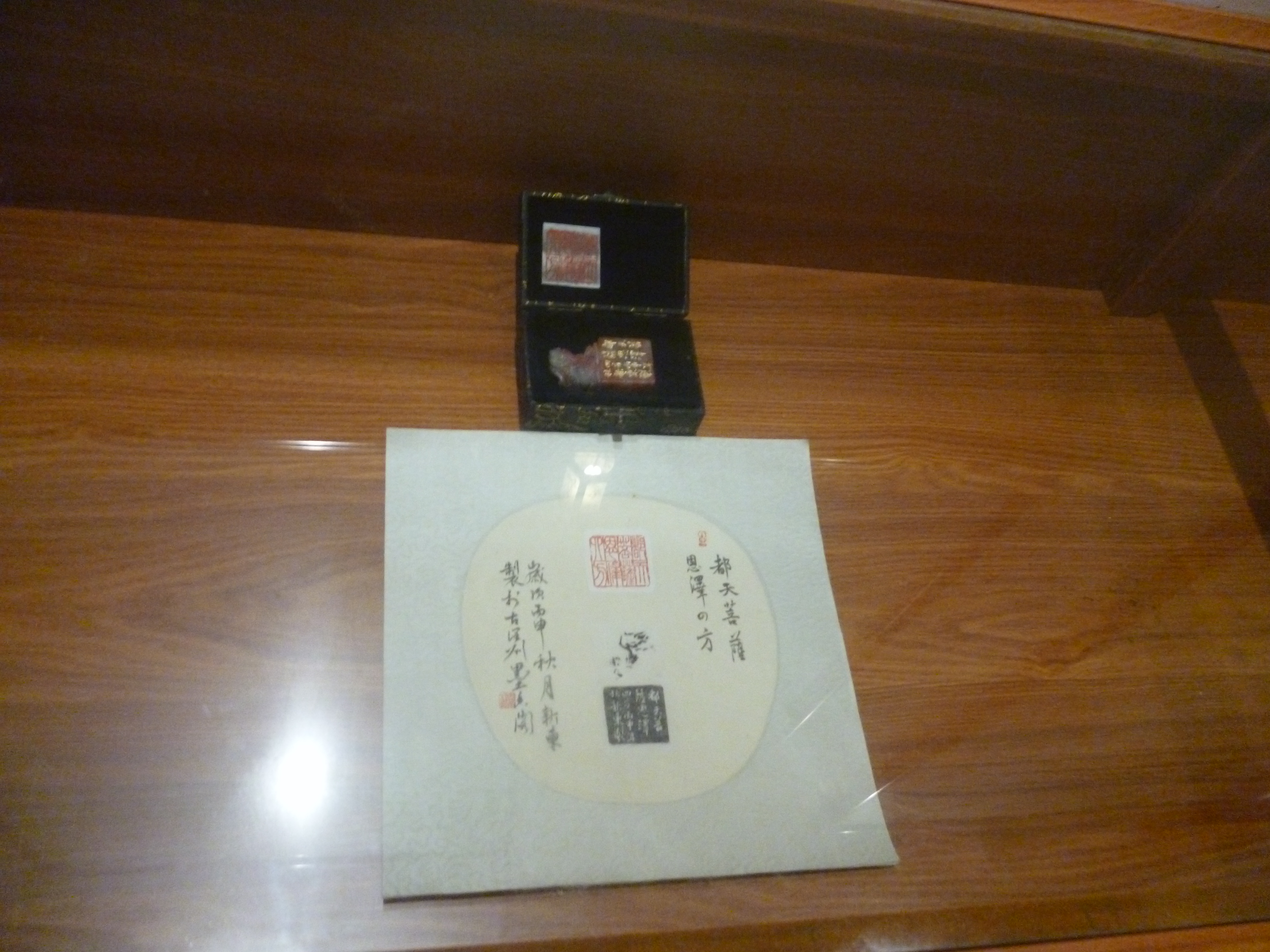


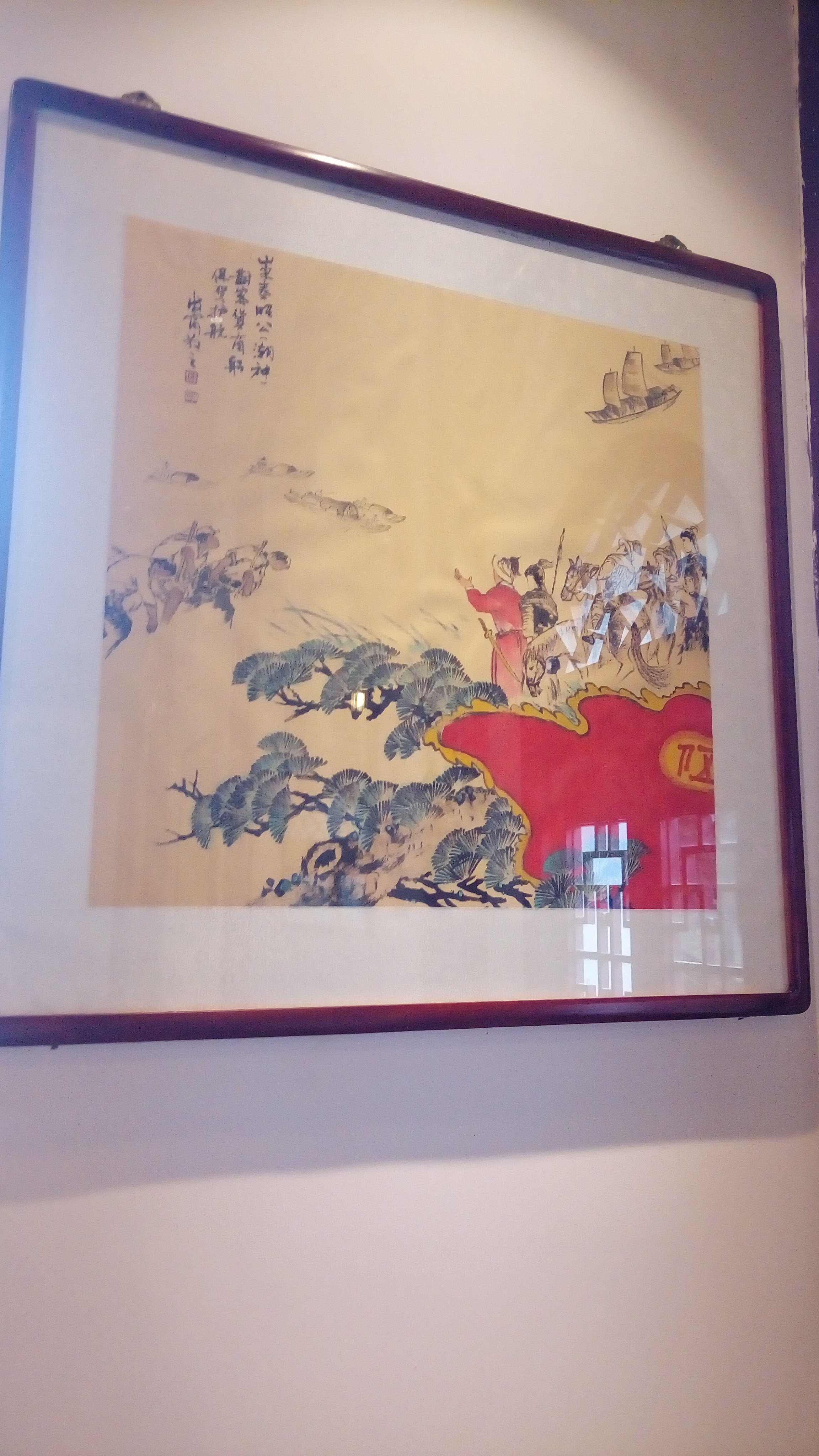
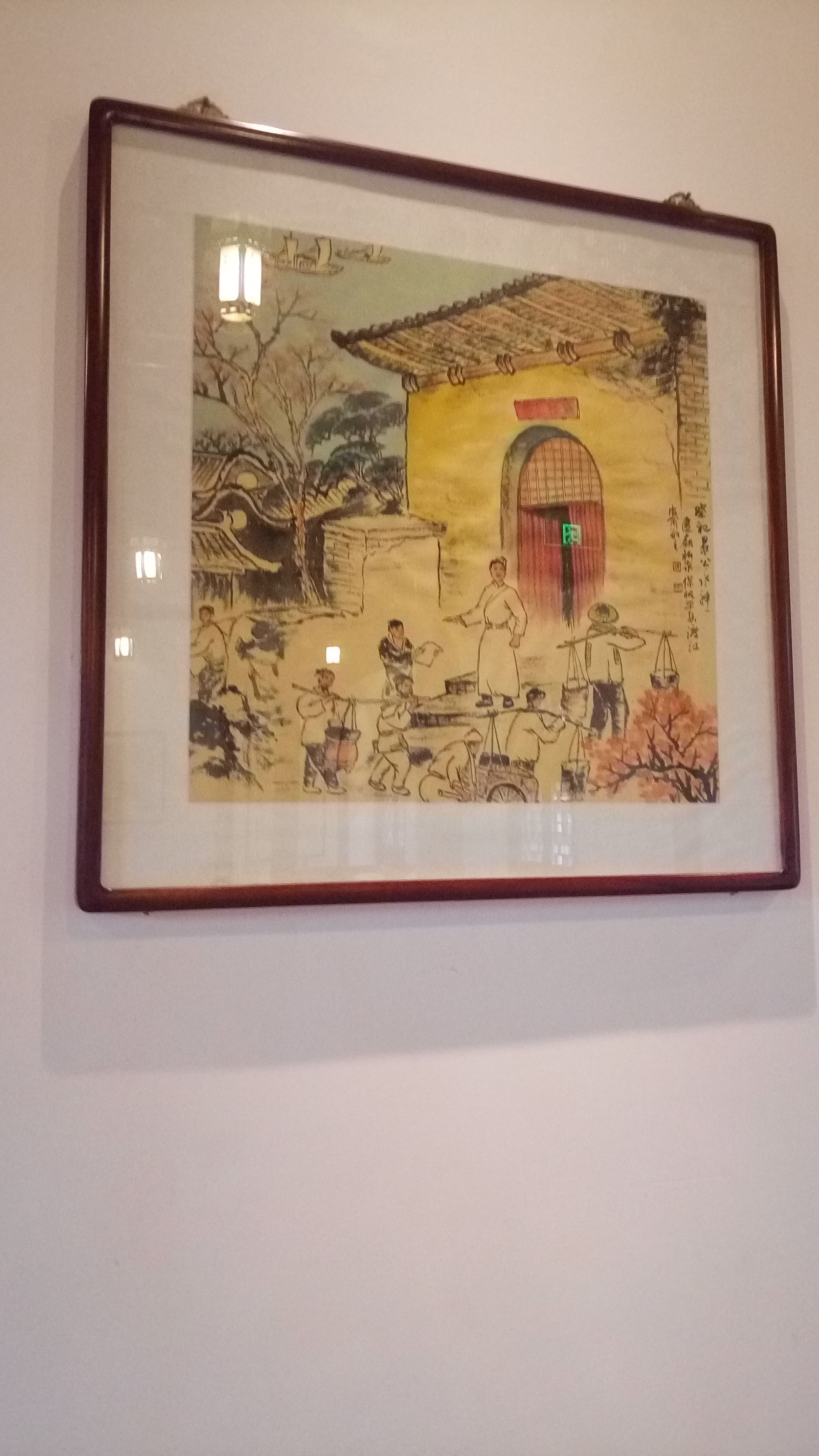
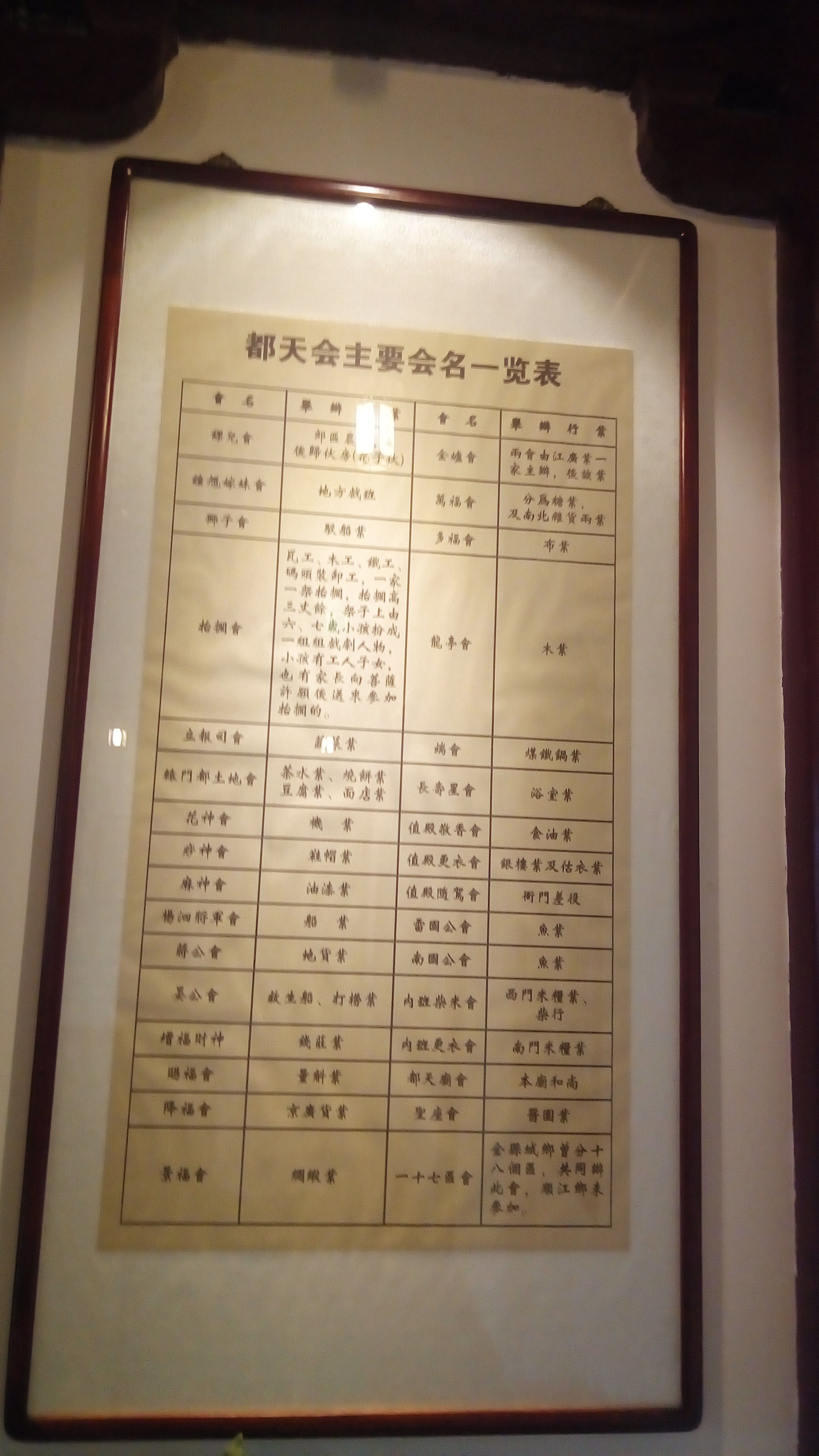
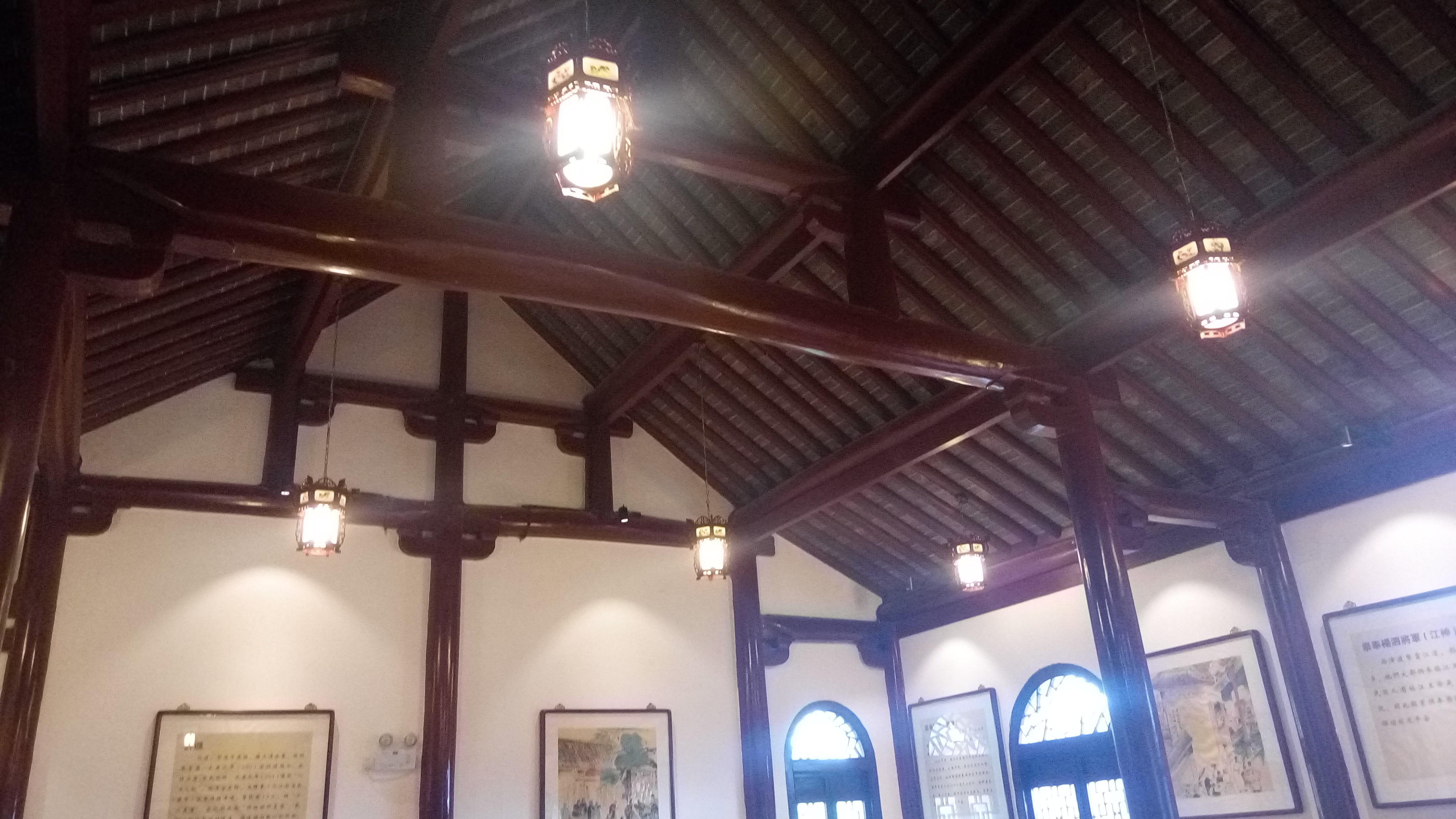
 Afterwards, the final stop in Zhenjiang was the Jingsi temple. Located atop a hill in an island, it could only be accessed via a boat. The boat ride was not too long either, it only took 5 minutes. Due to my limited time, I could not climb to the temple. However, I enjoyed my time below the hill, enjoying the greenery around.
Afterwards, the final stop in Zhenjiang was the Jingsi temple. Located atop a hill in an island, it could only be accessed via a boat. The boat ride was not too long either, it only took 5 minutes. Due to my limited time, I could not climb to the temple. However, I enjoyed my time below the hill, enjoying the greenery around.
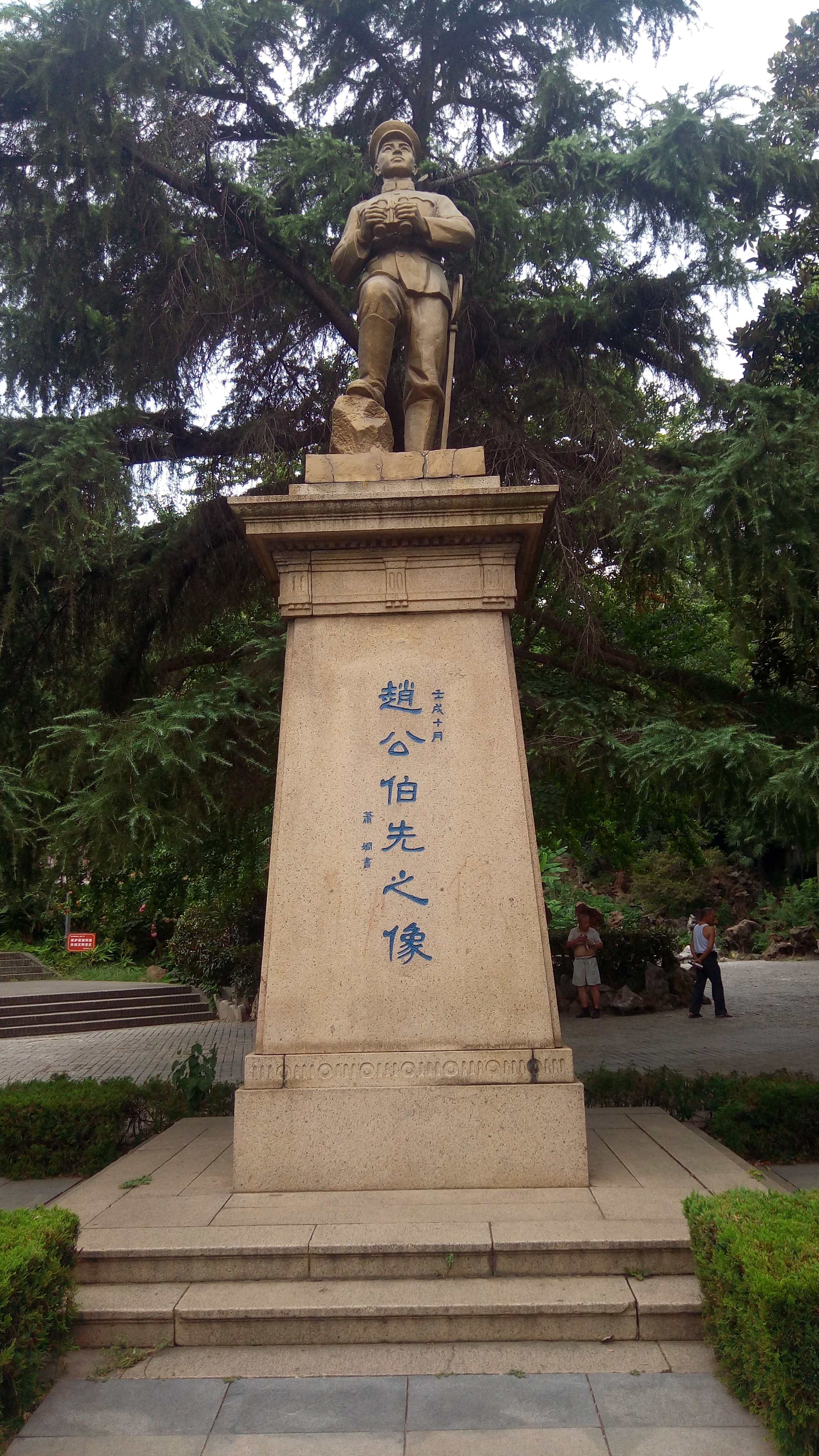

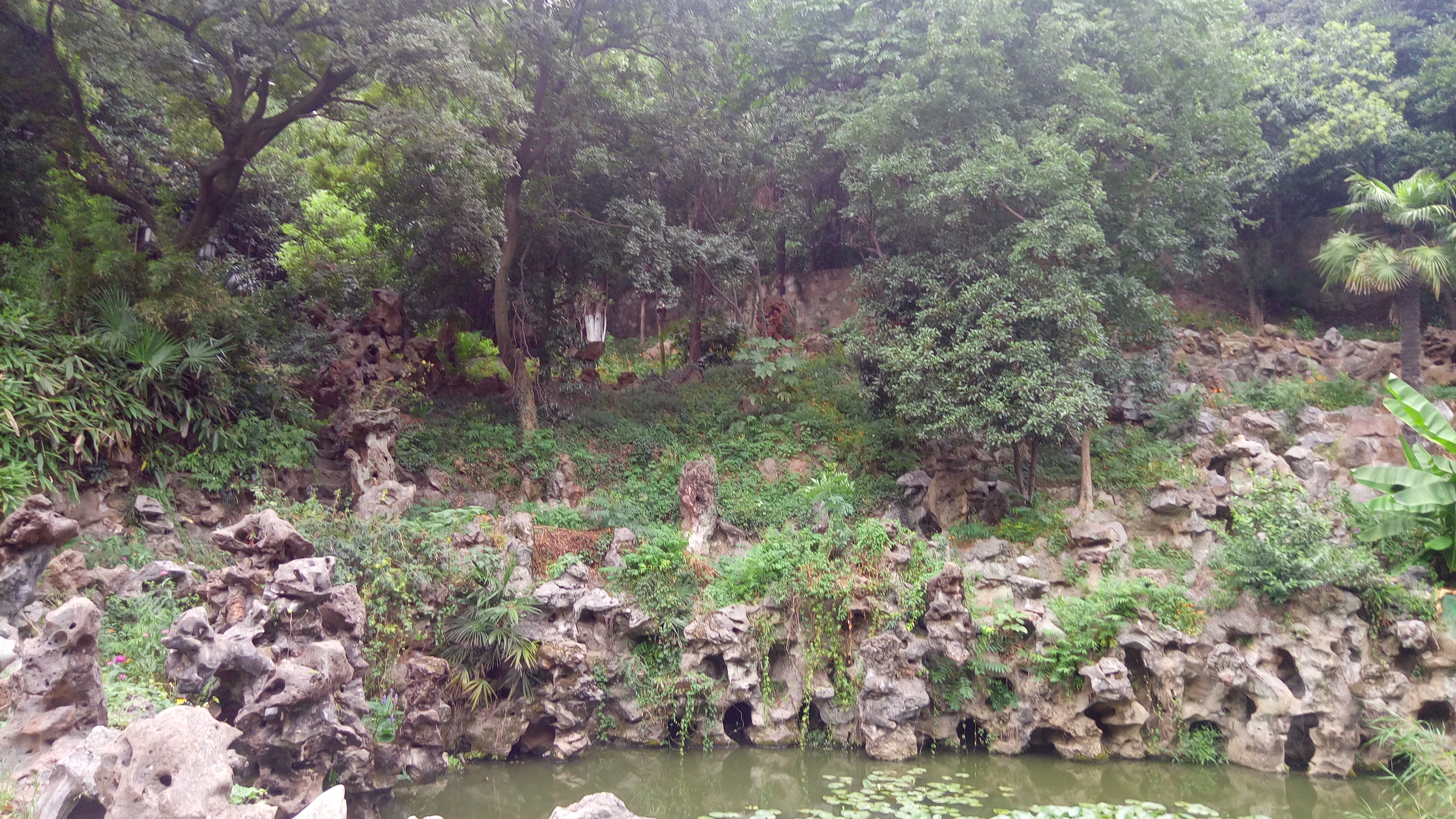
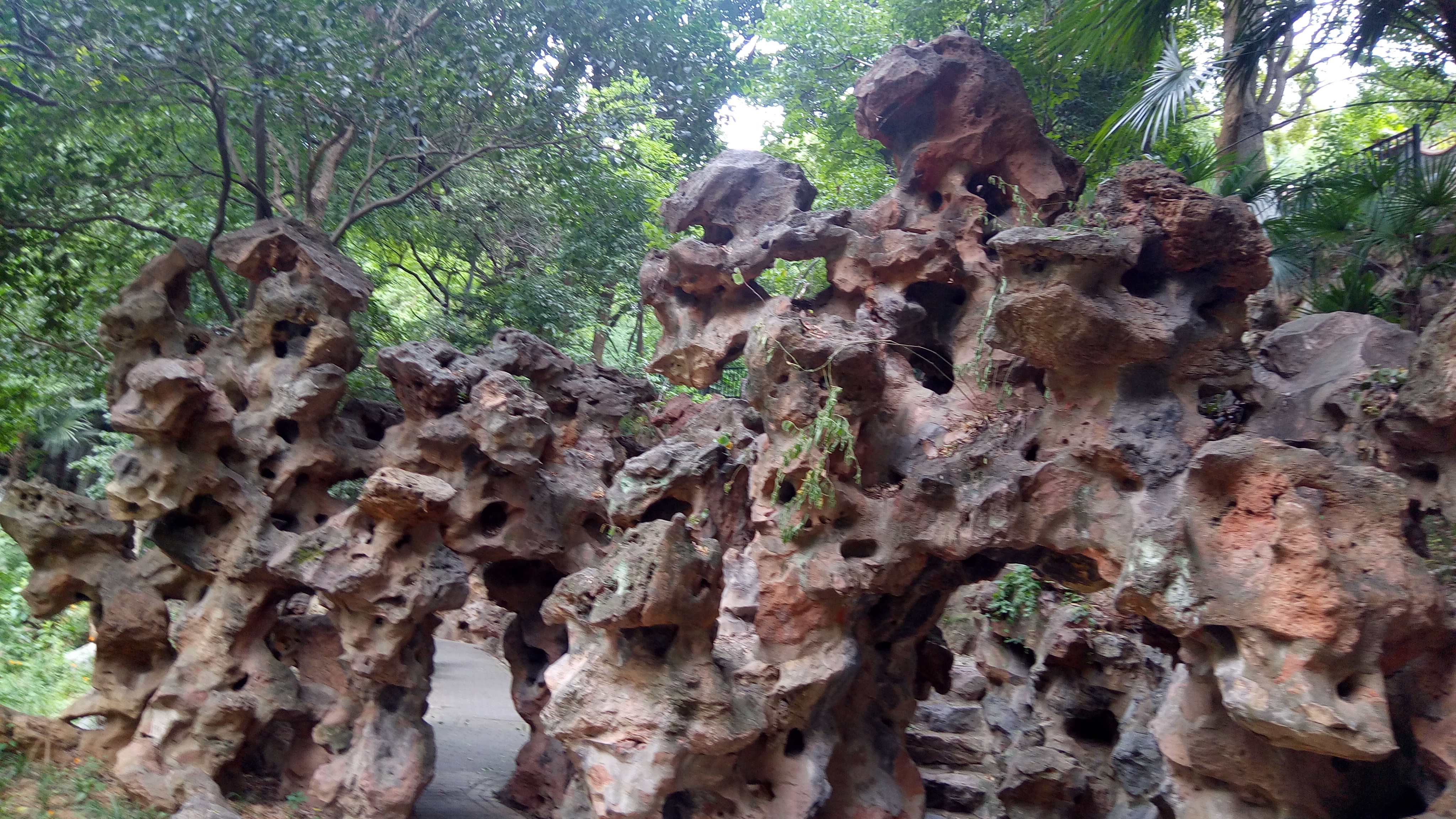
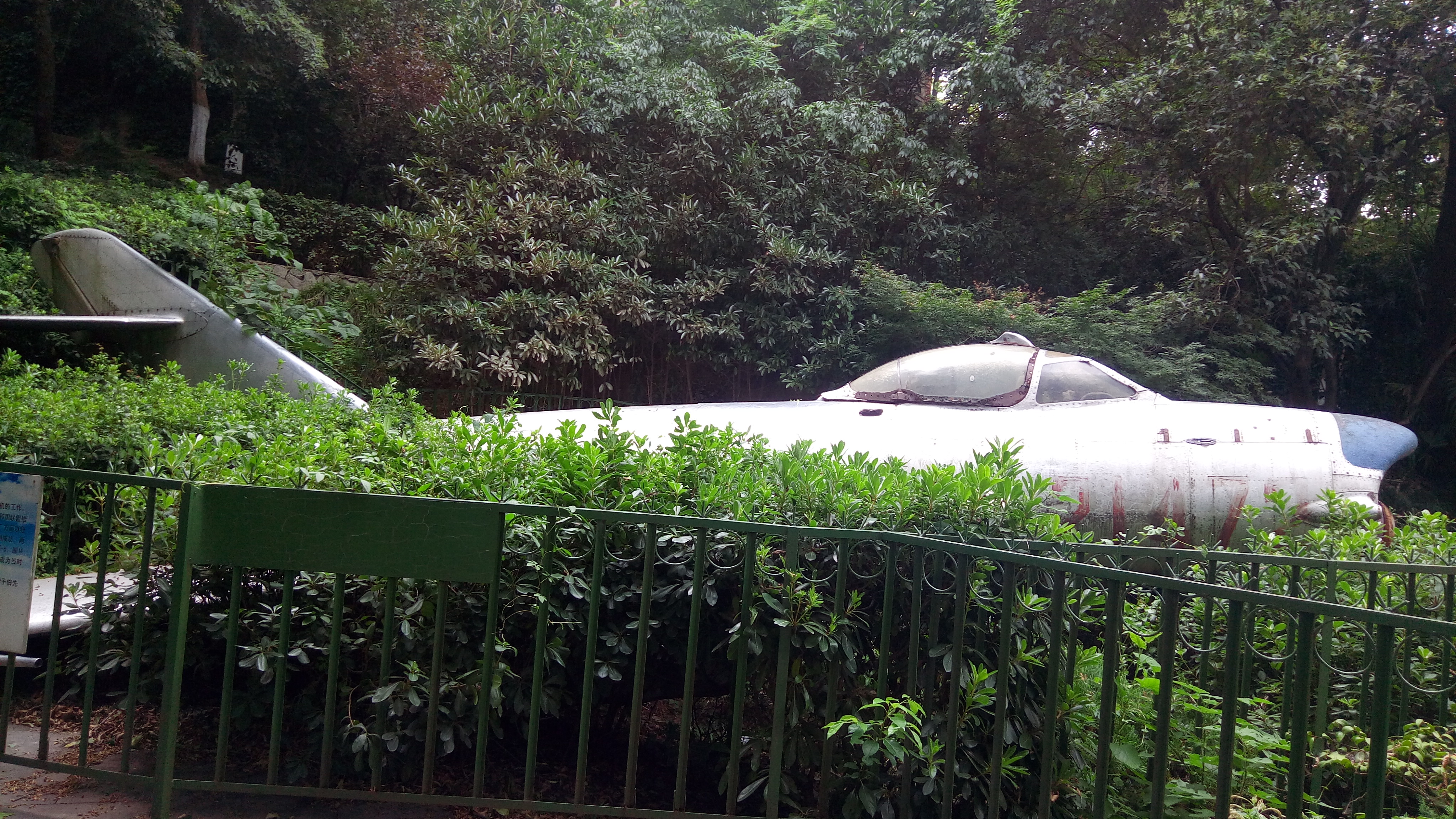
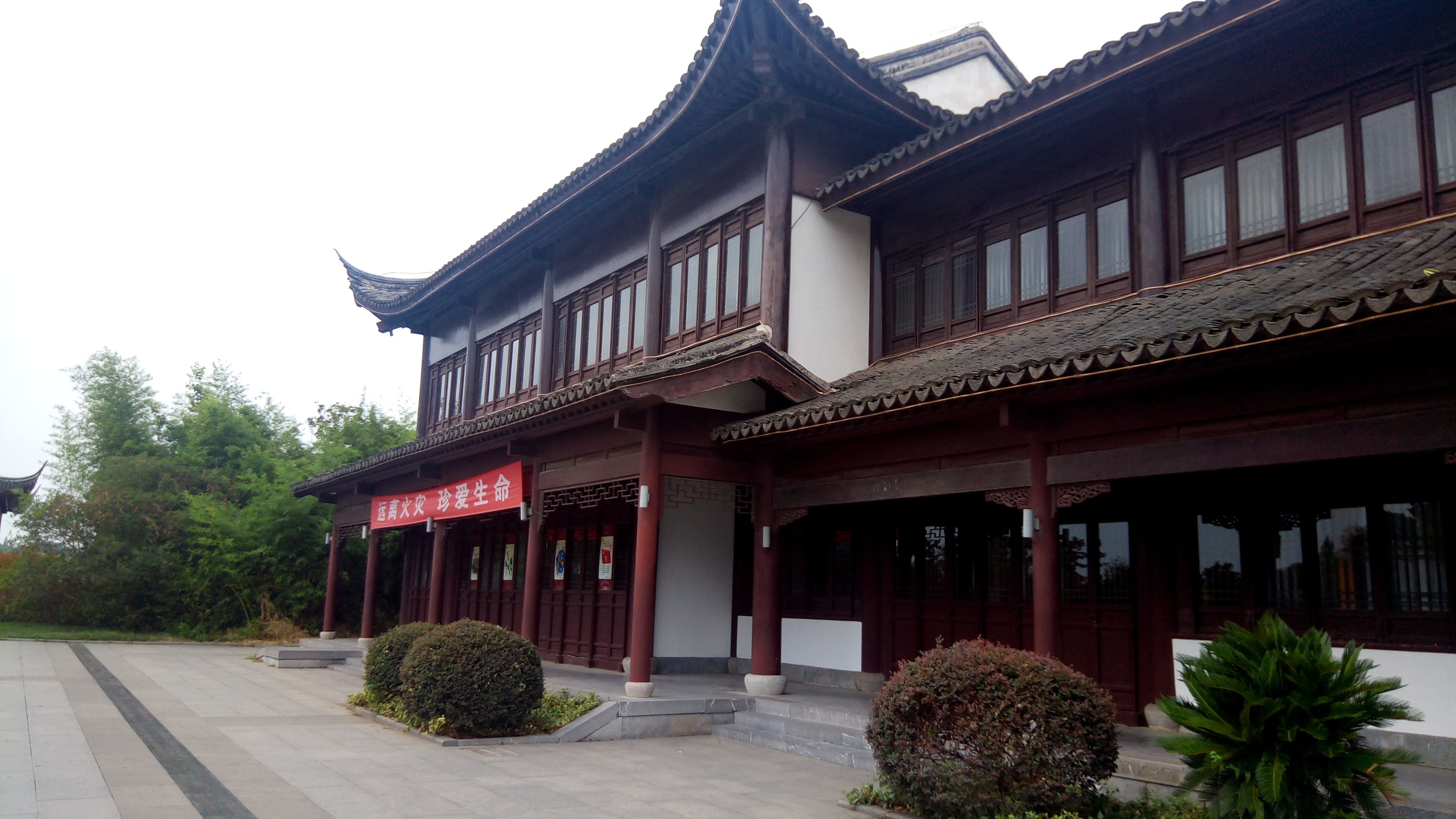
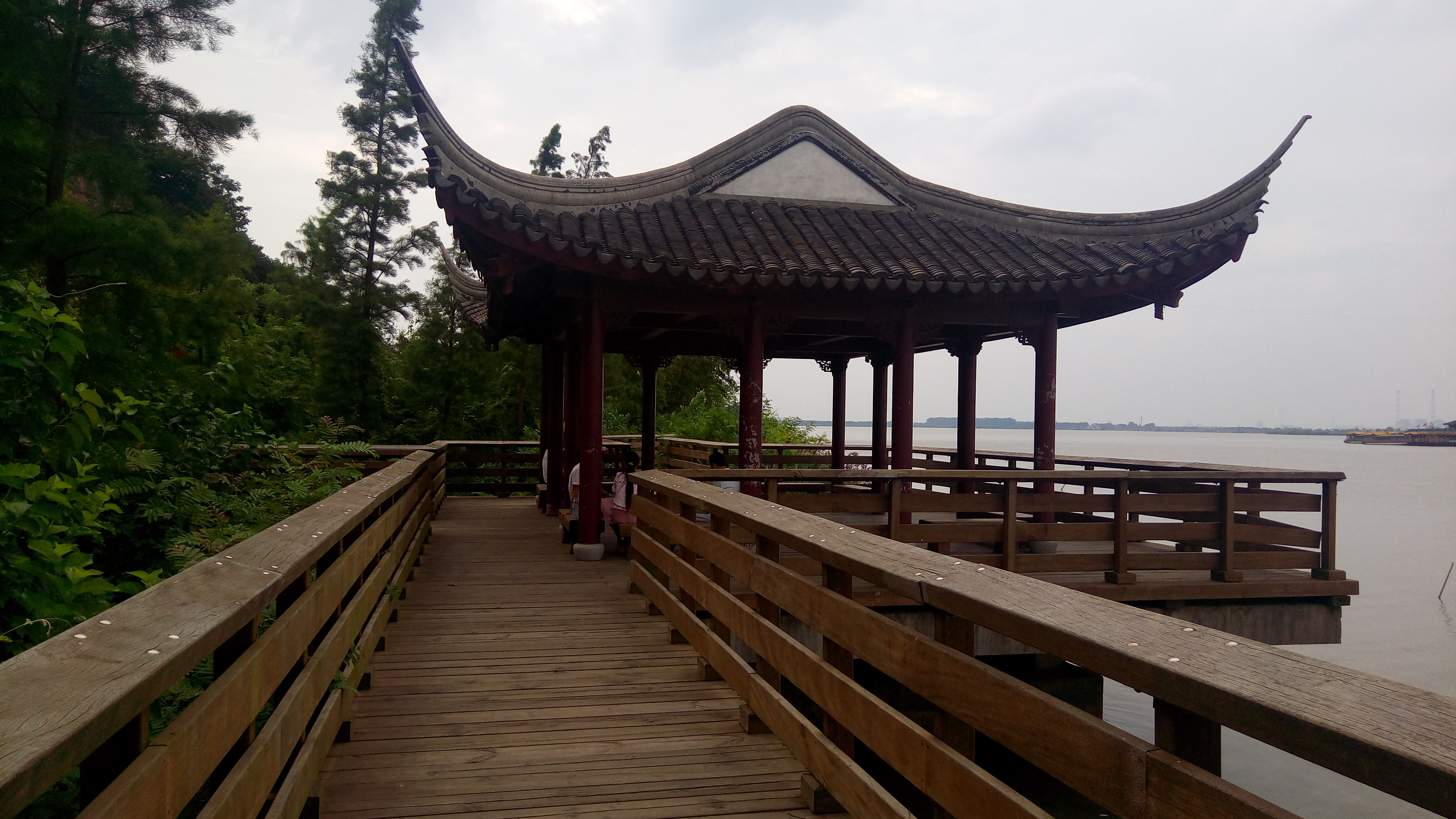
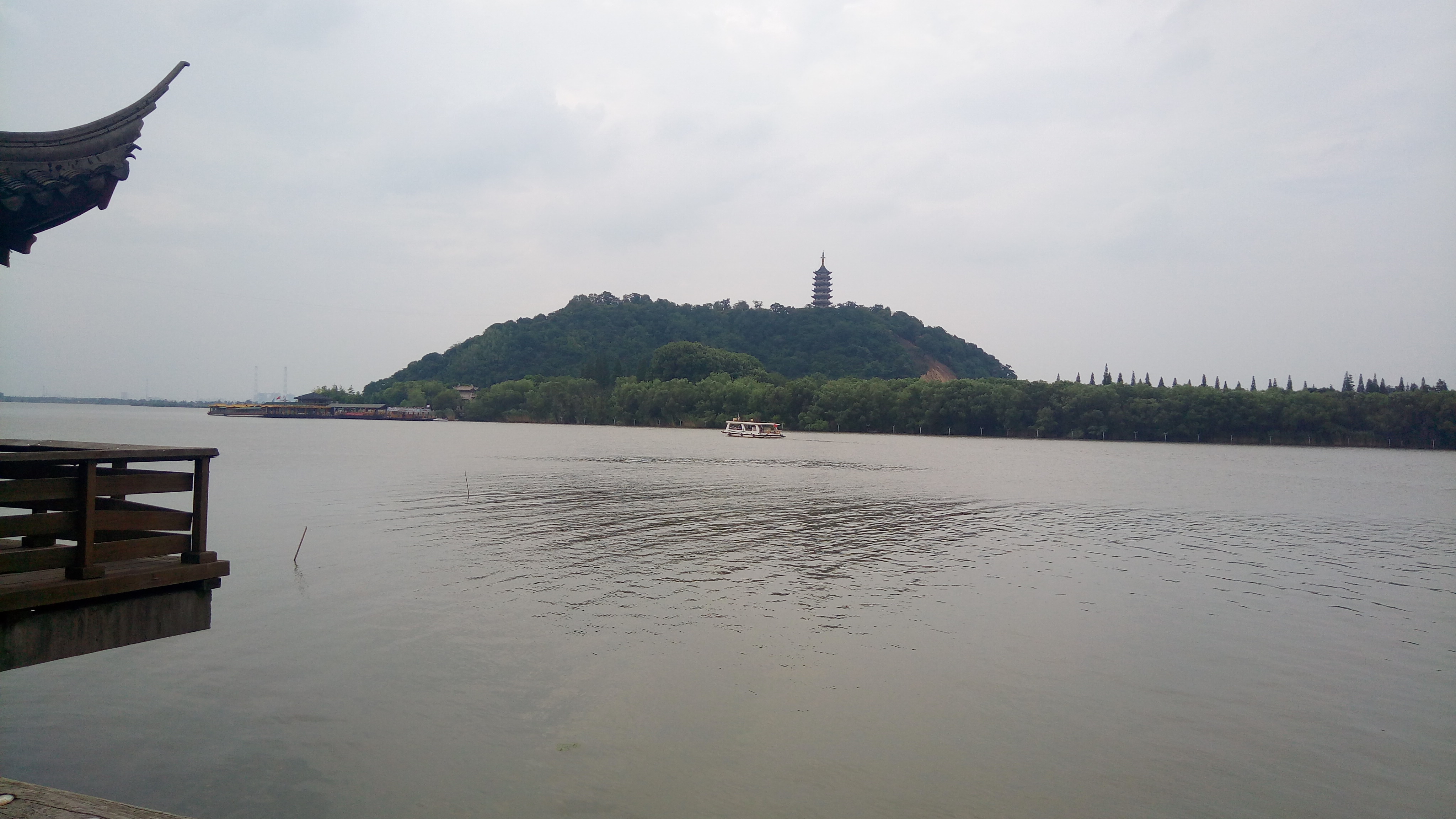
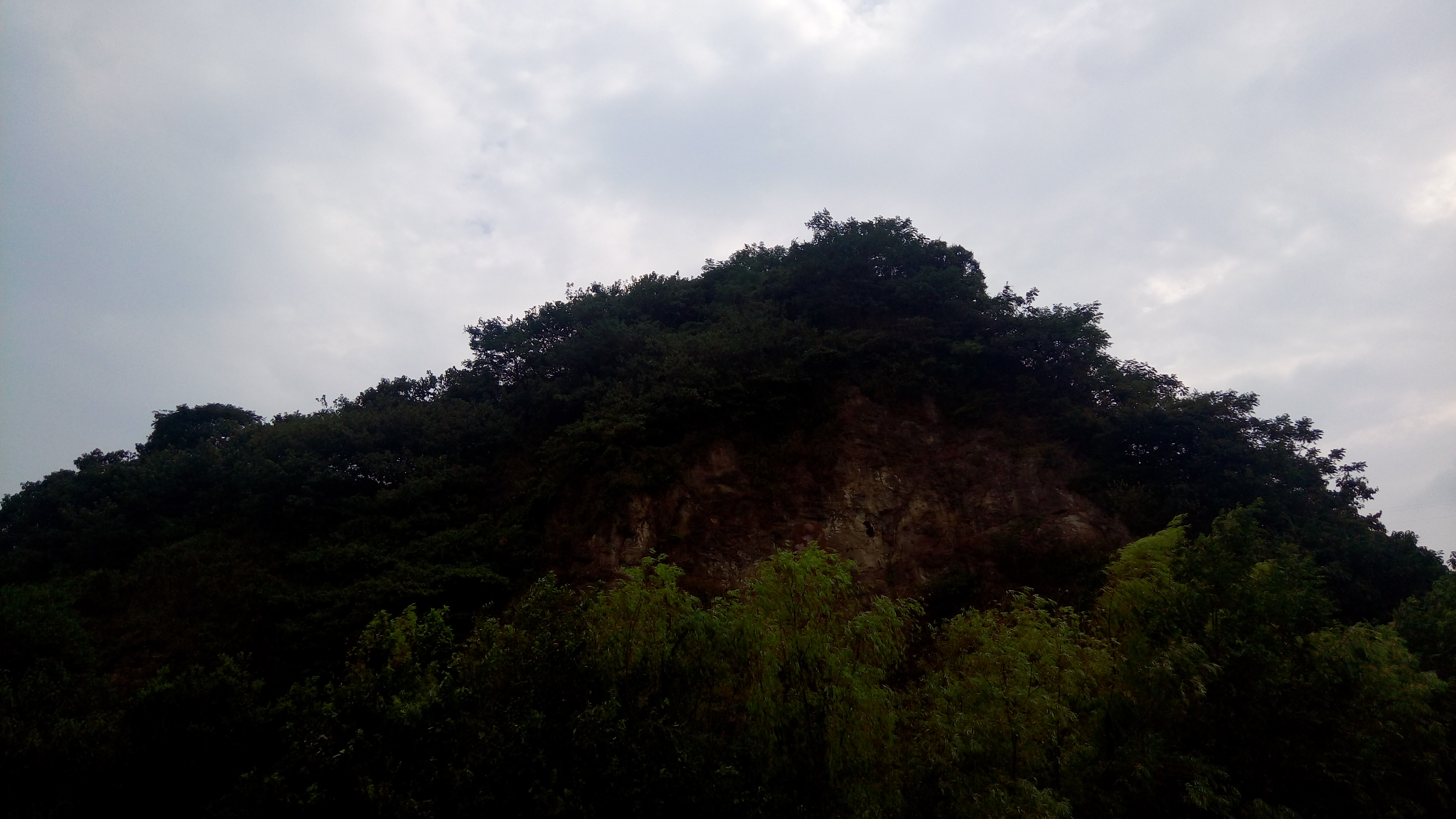
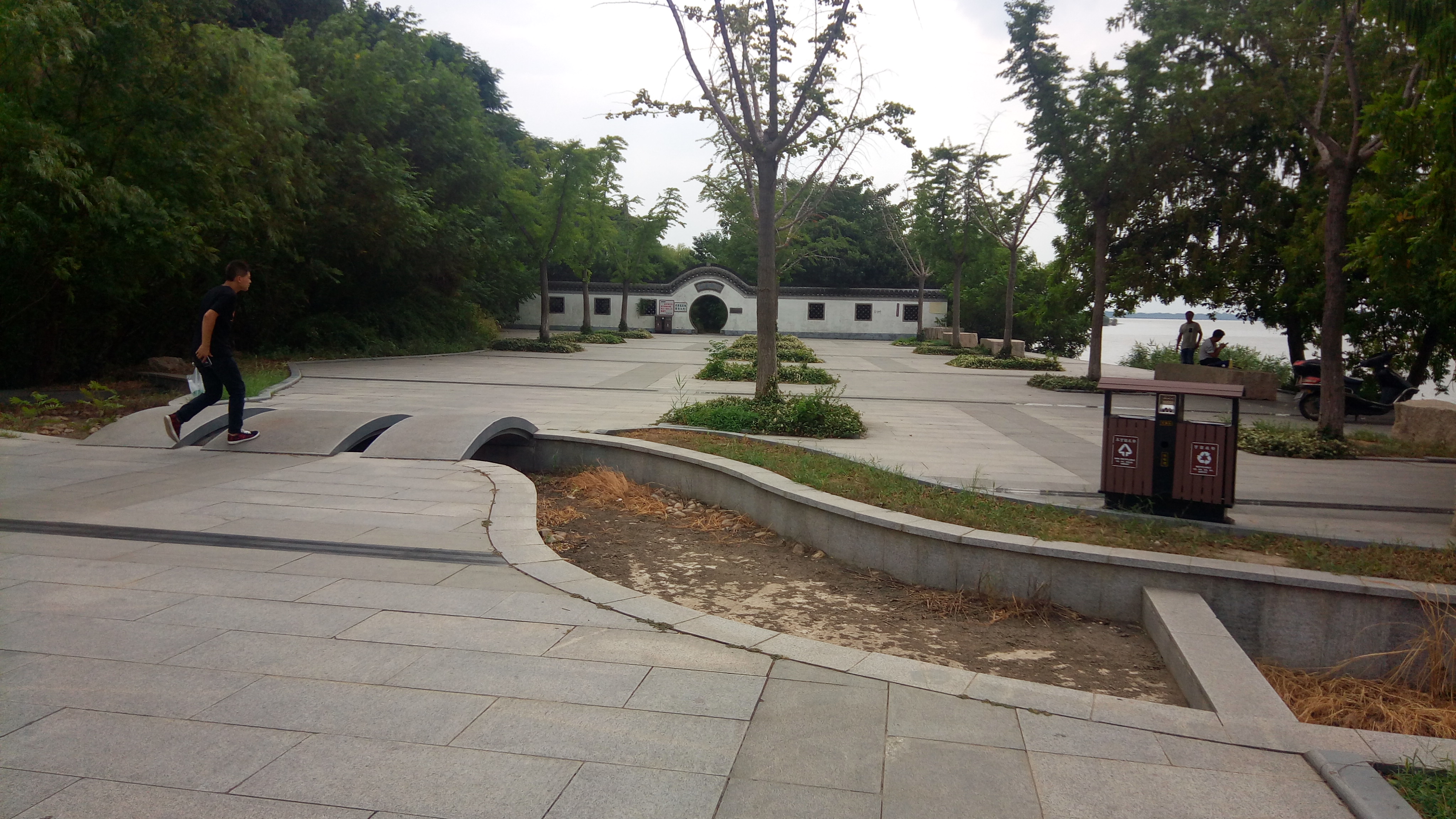
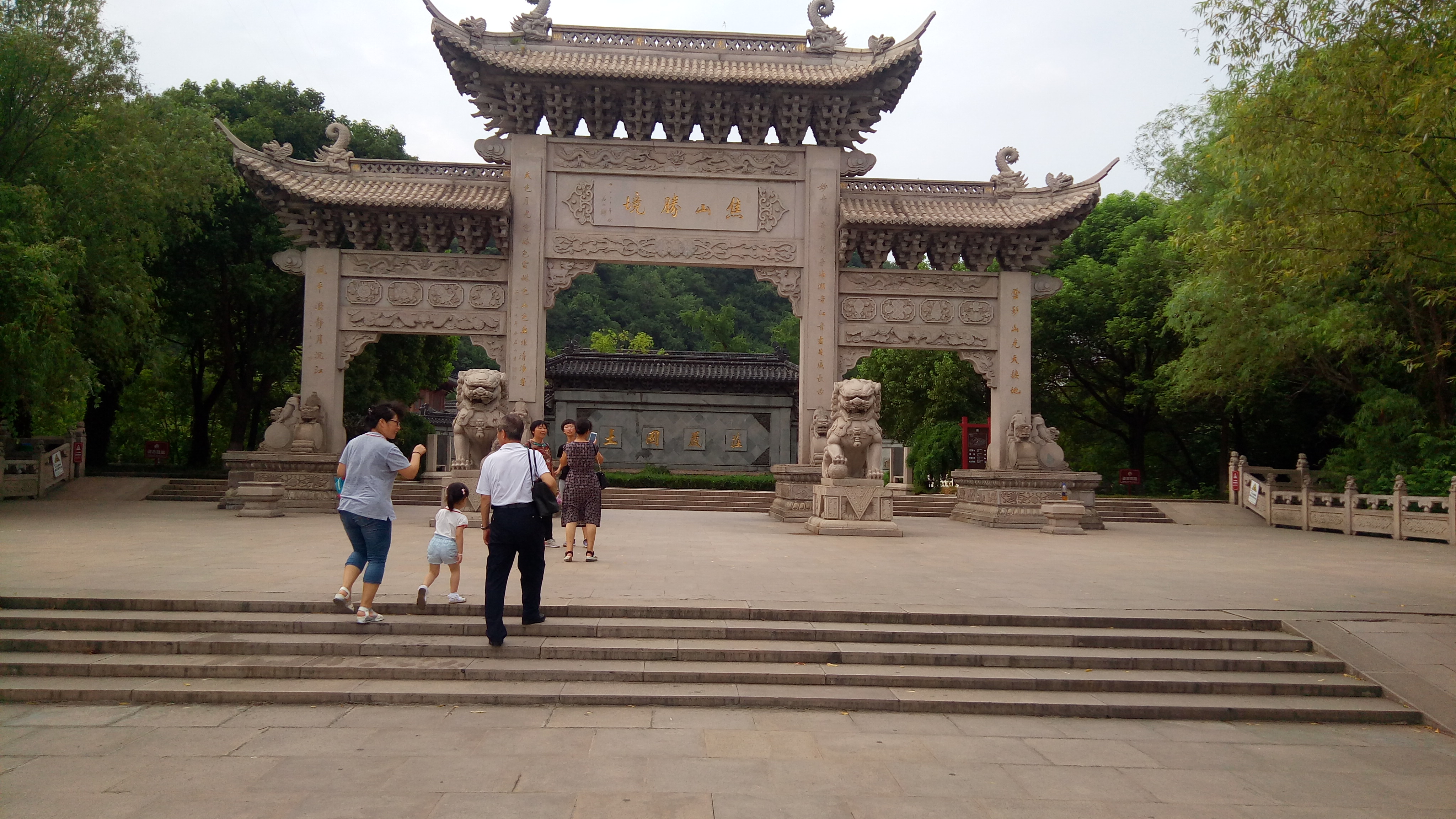
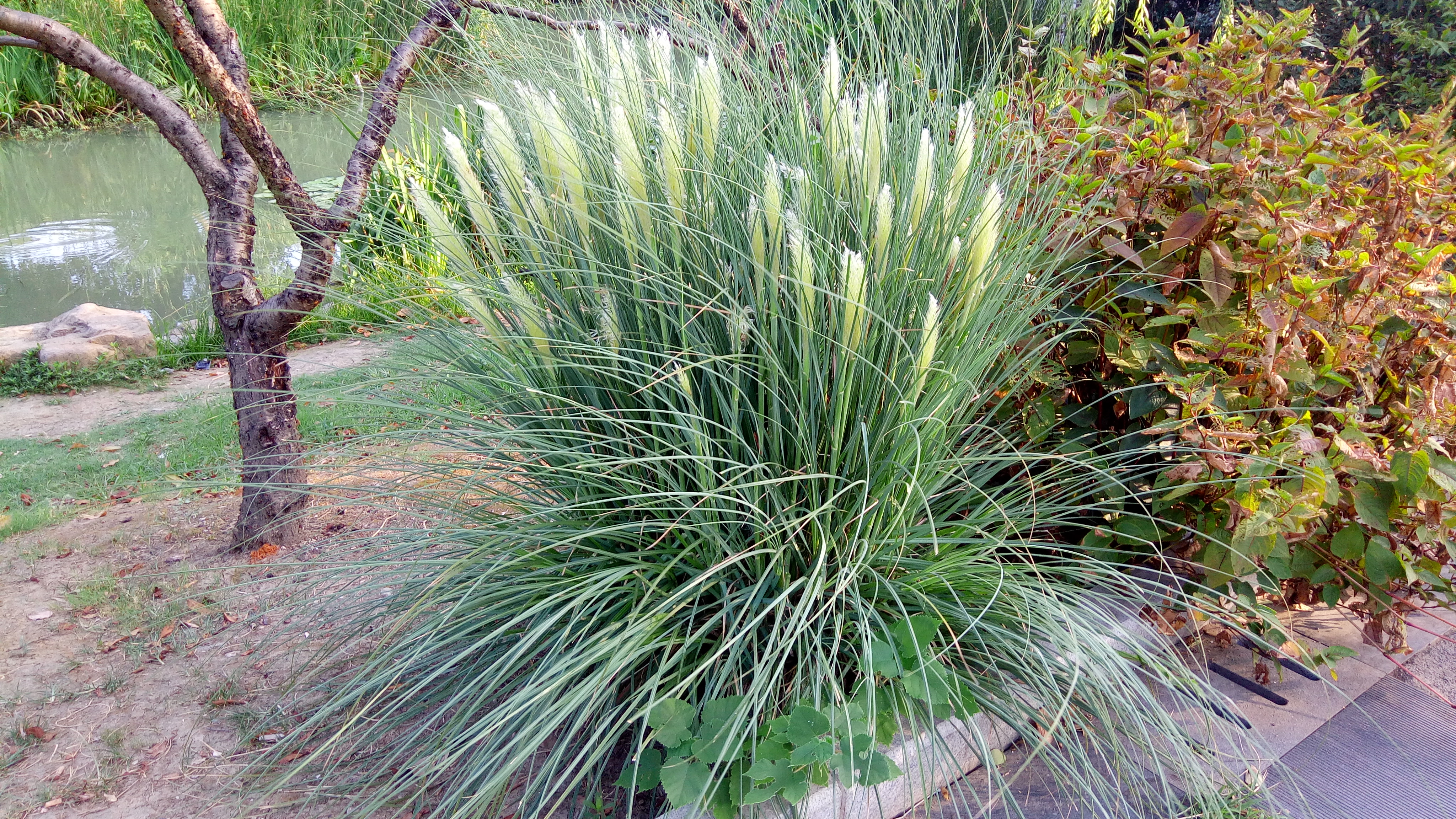

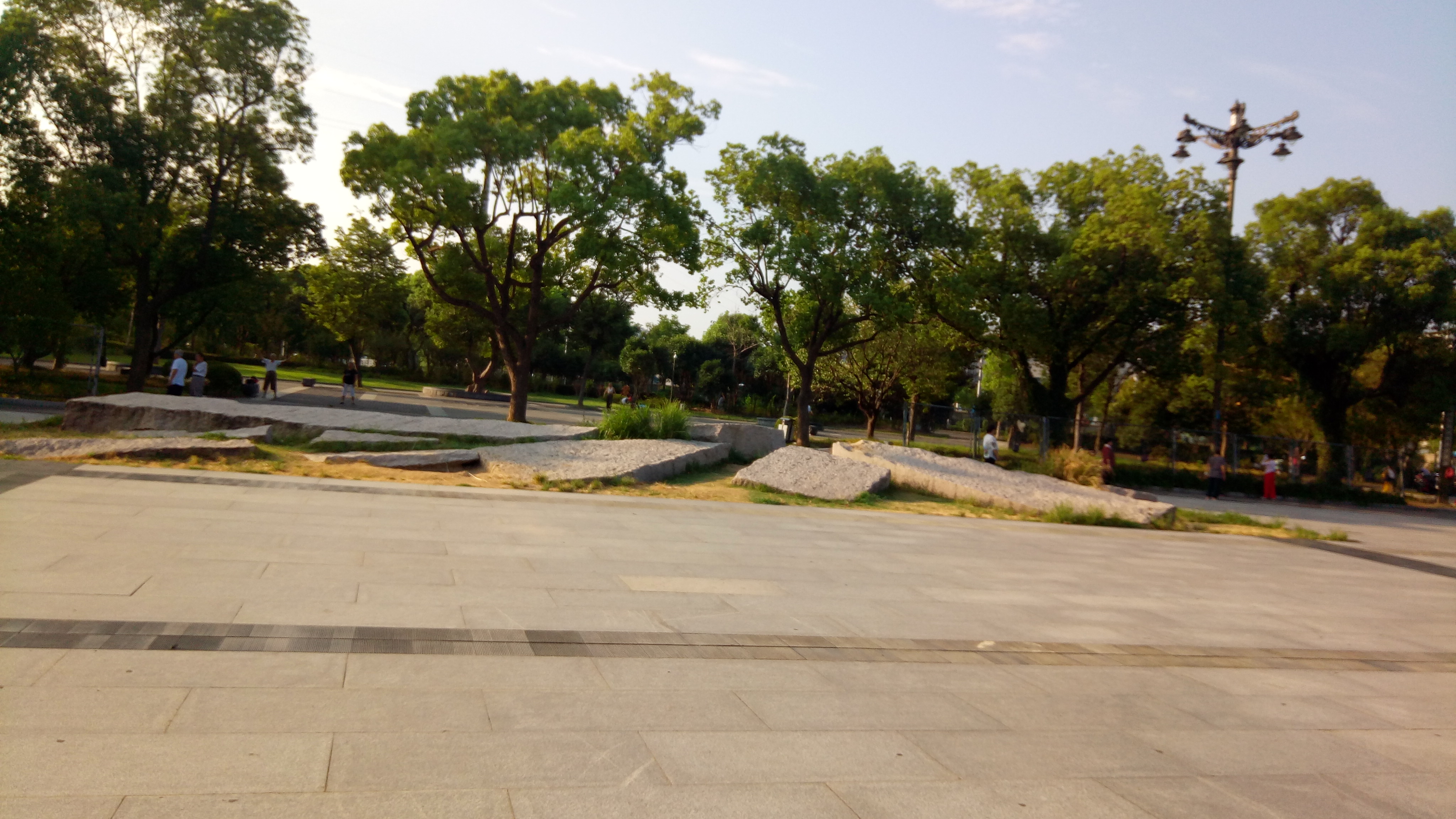
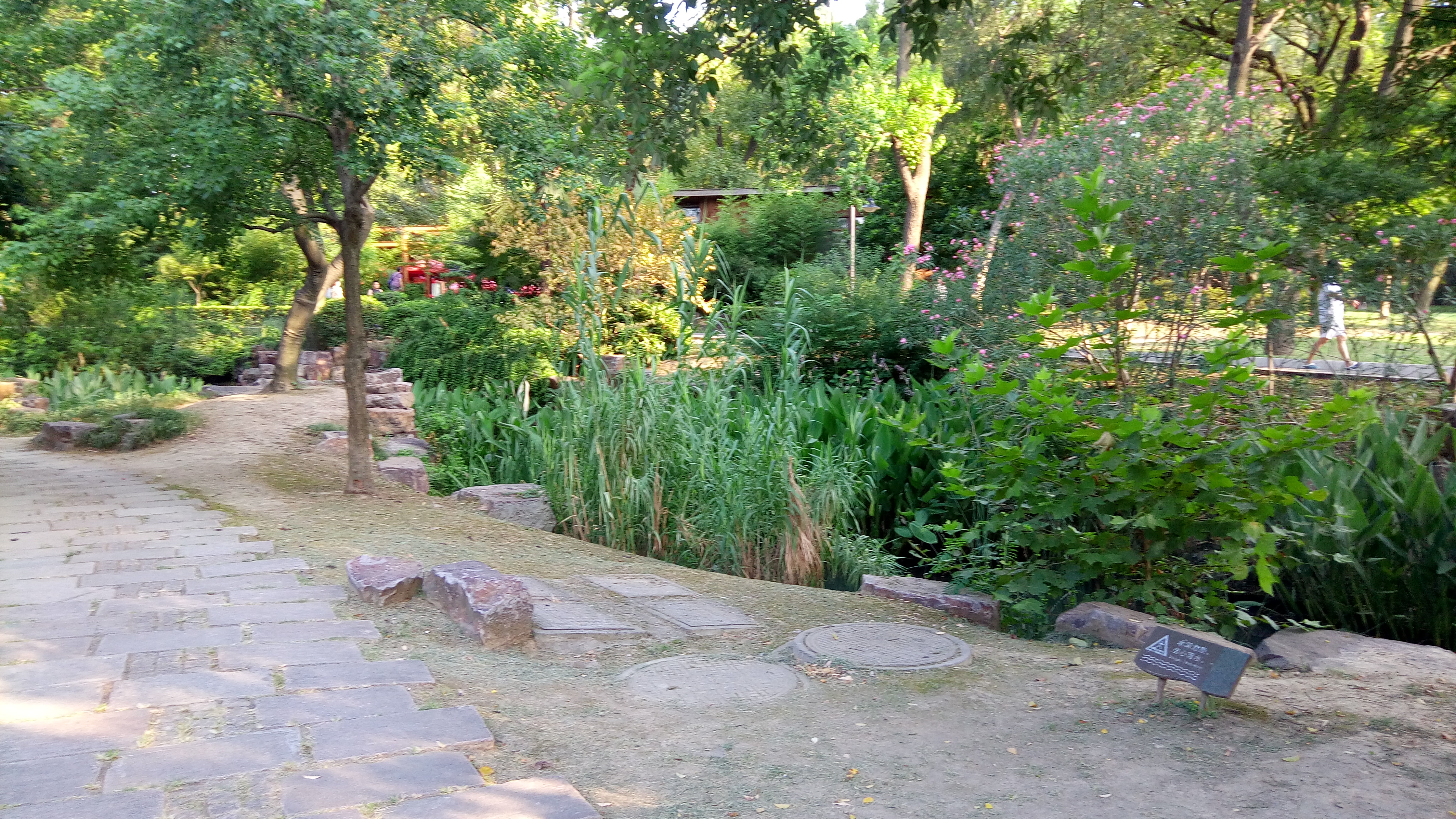
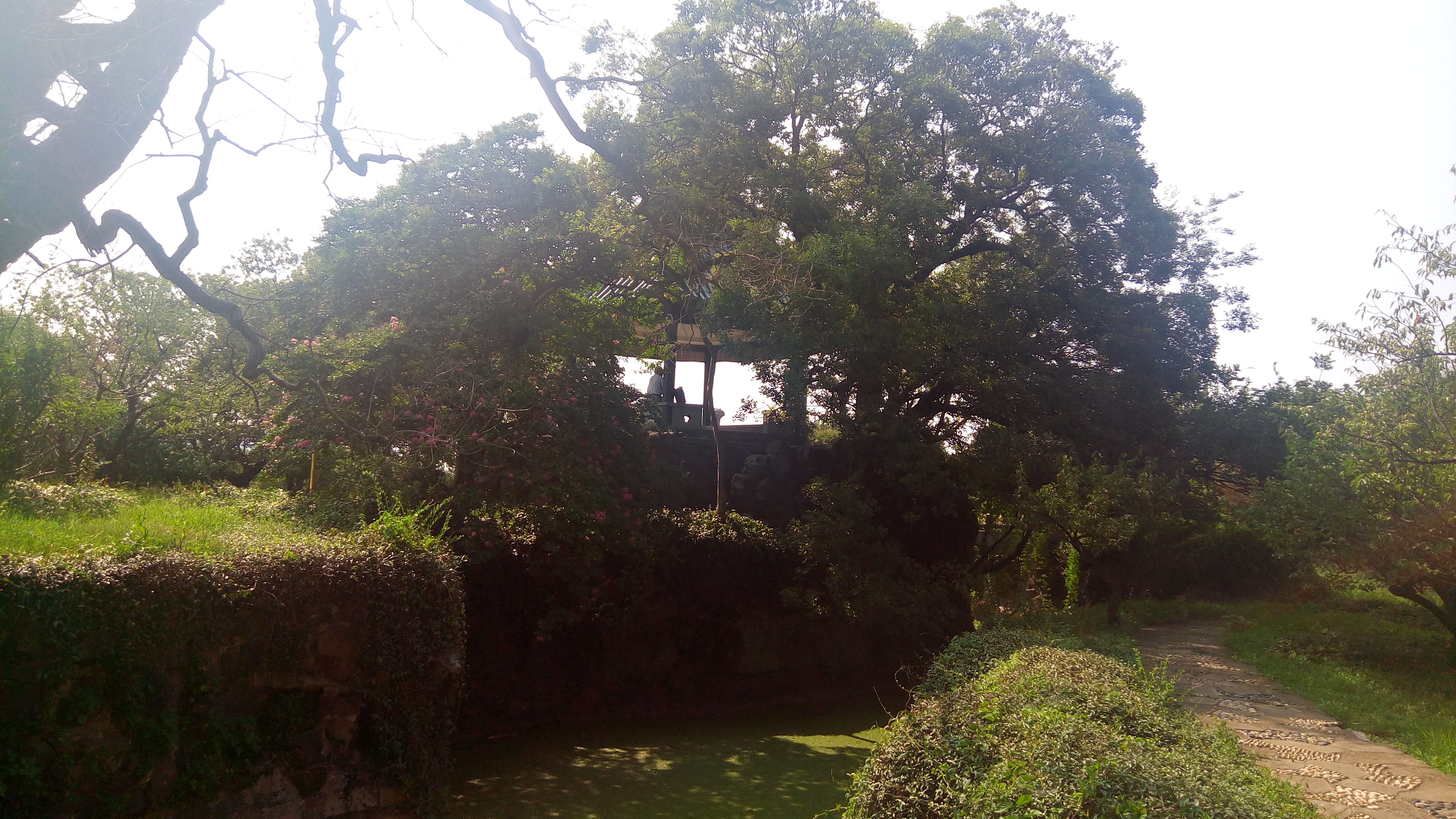
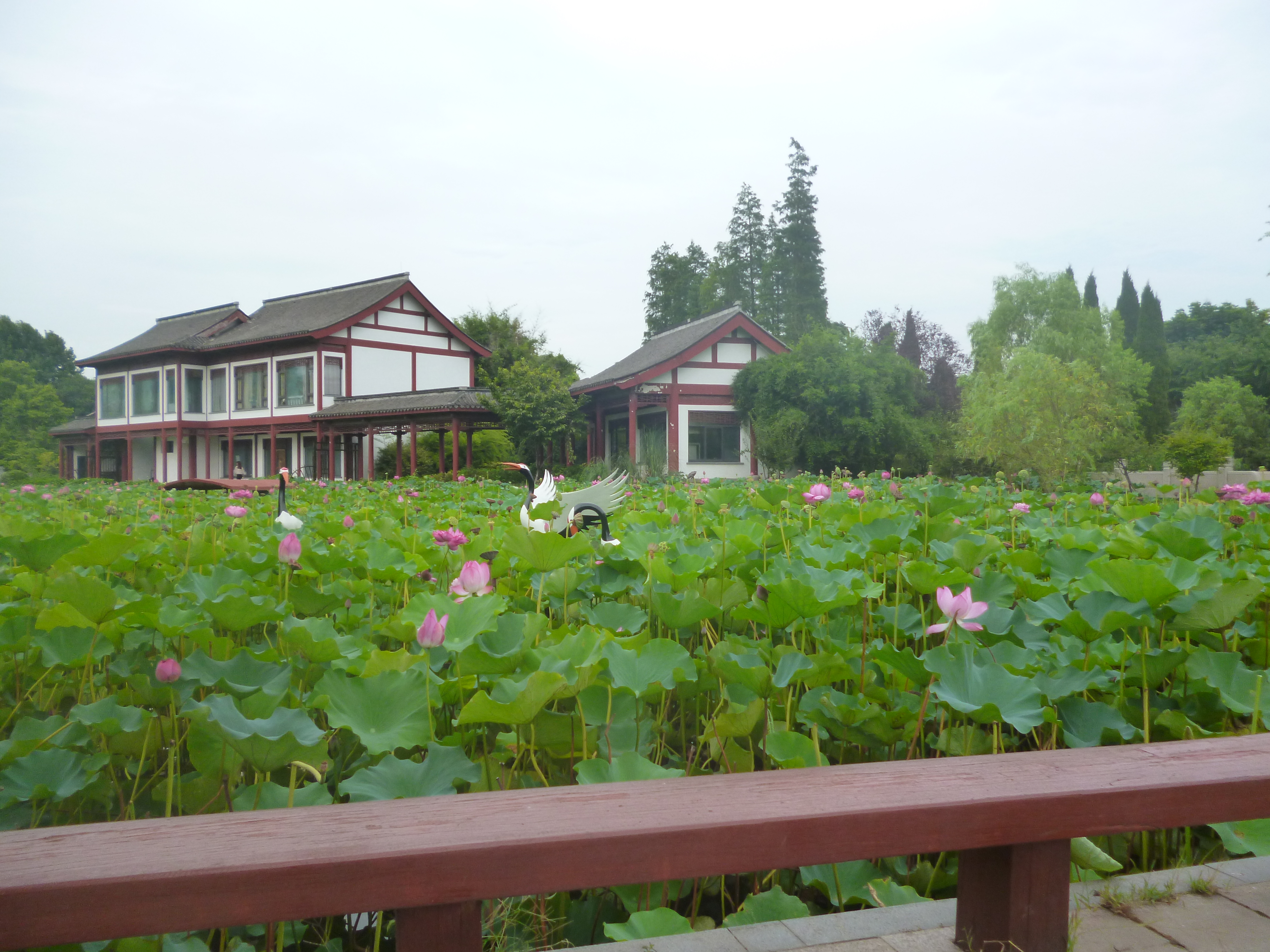
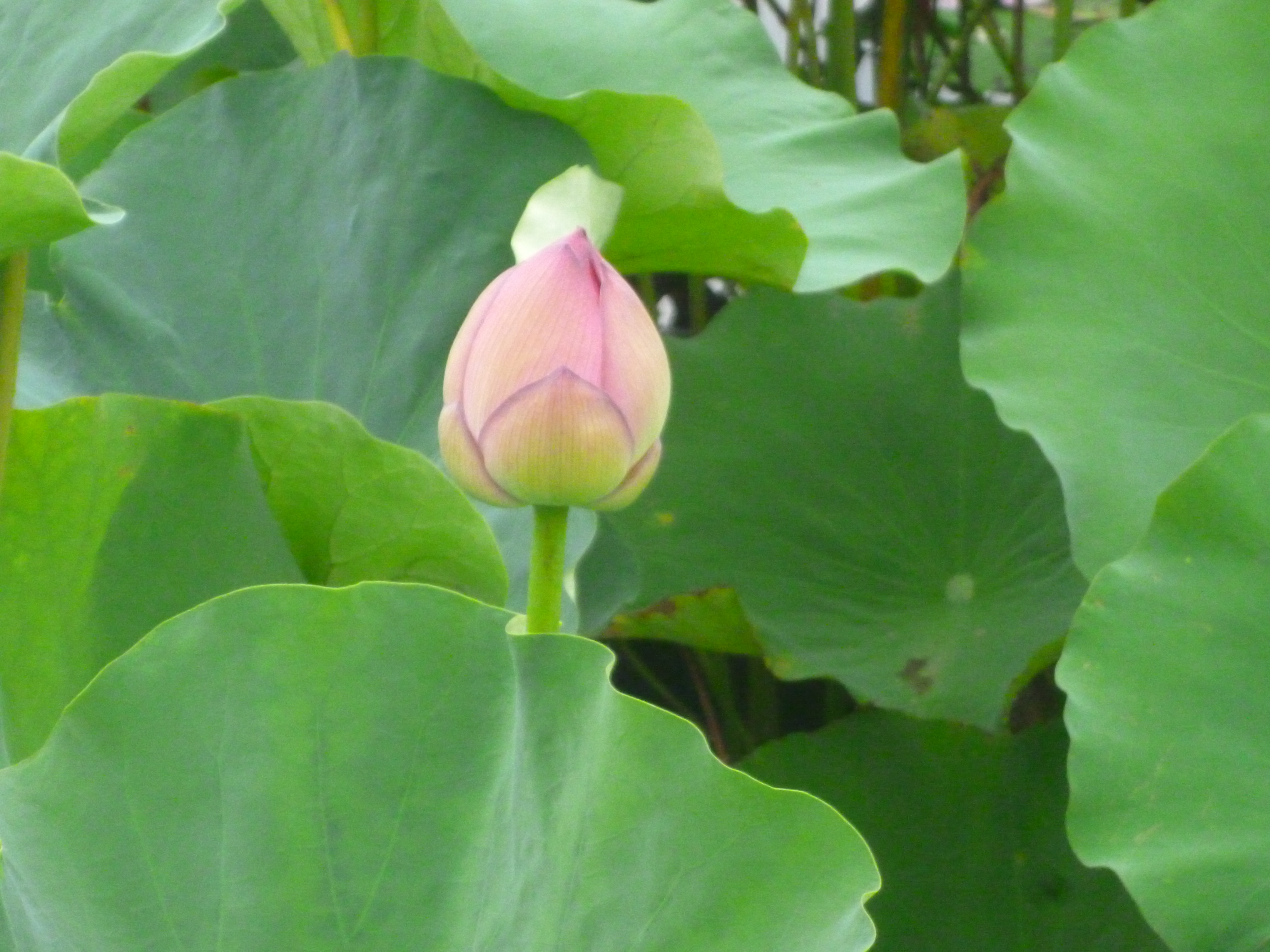
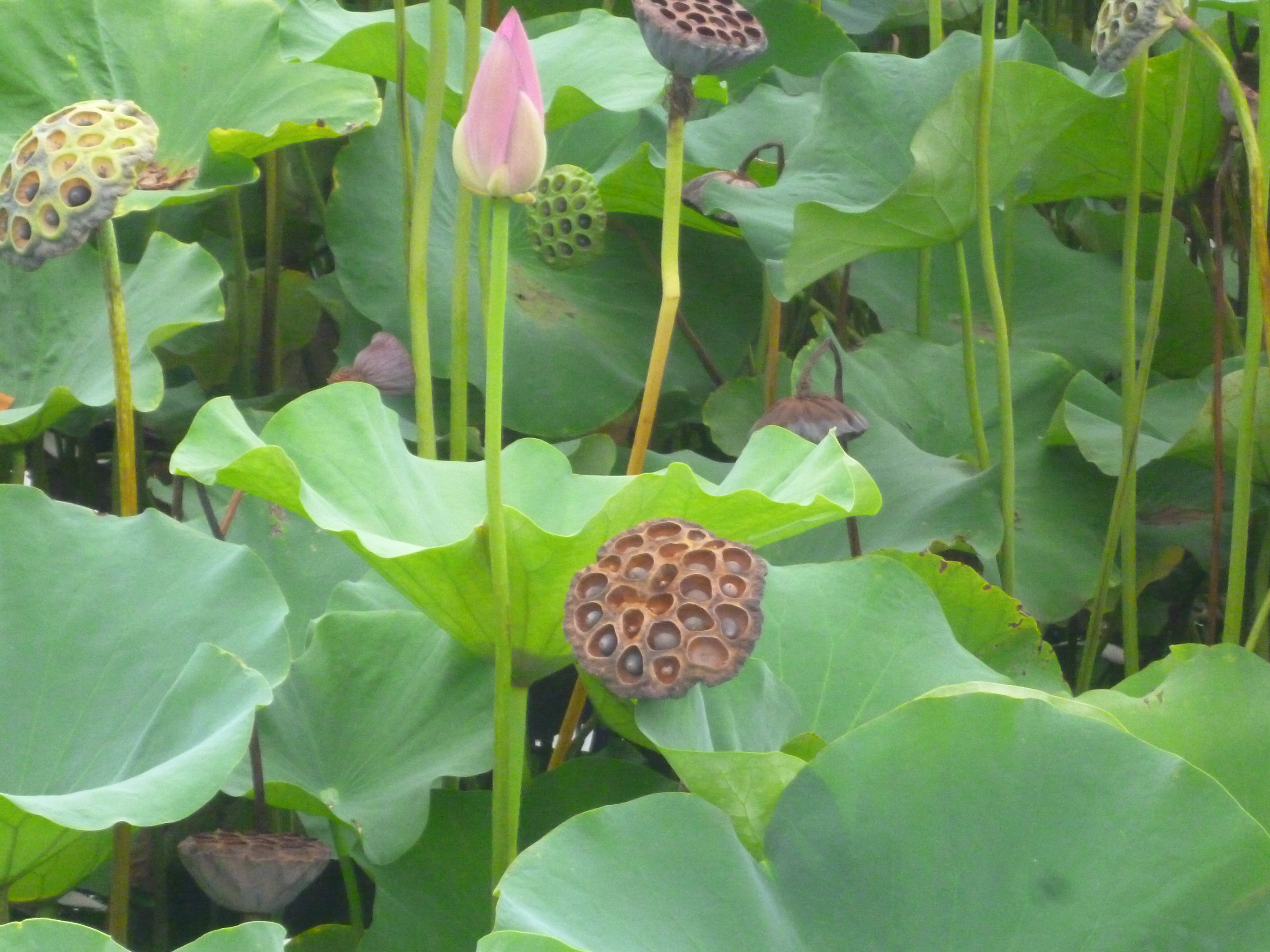

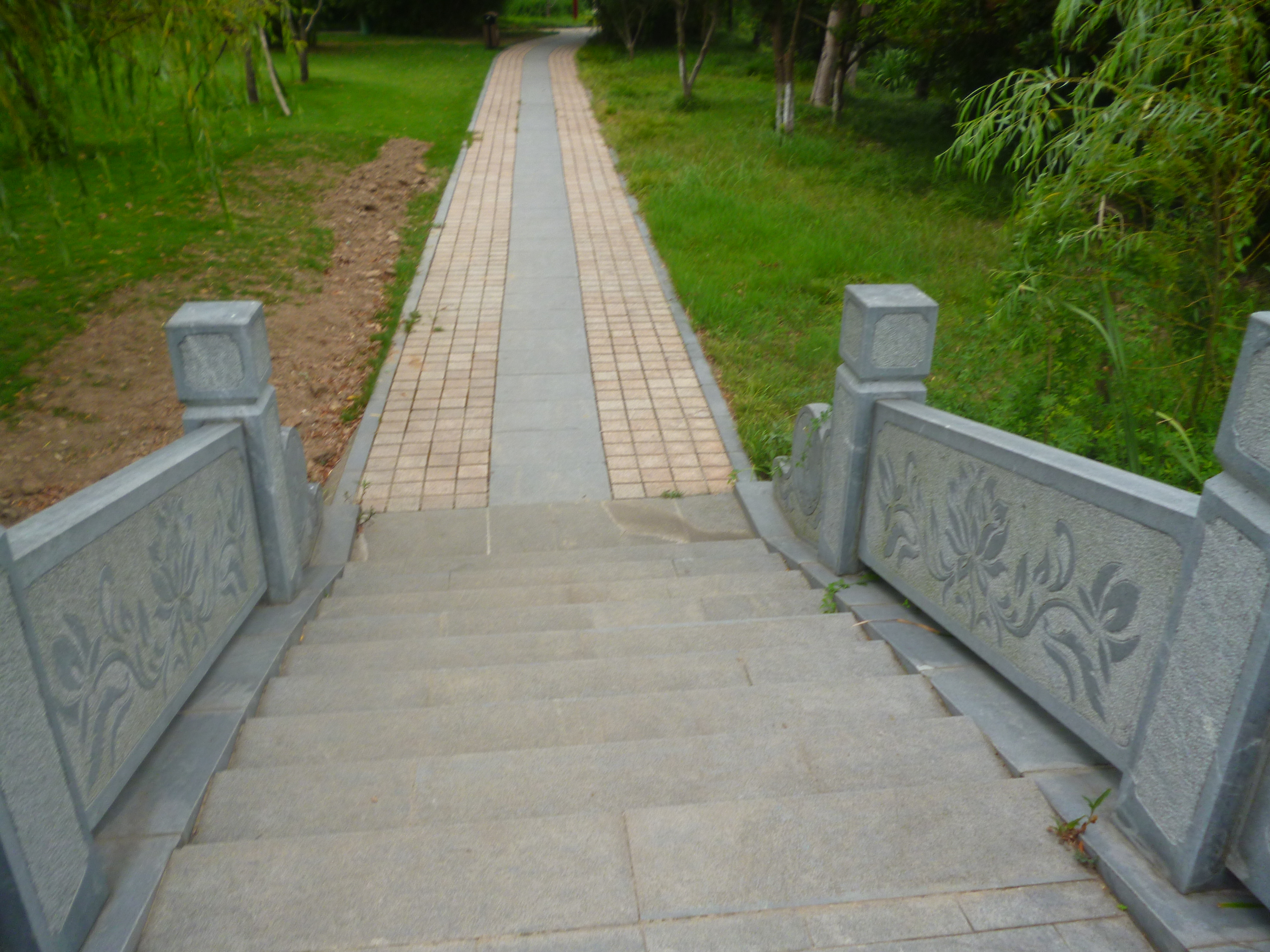
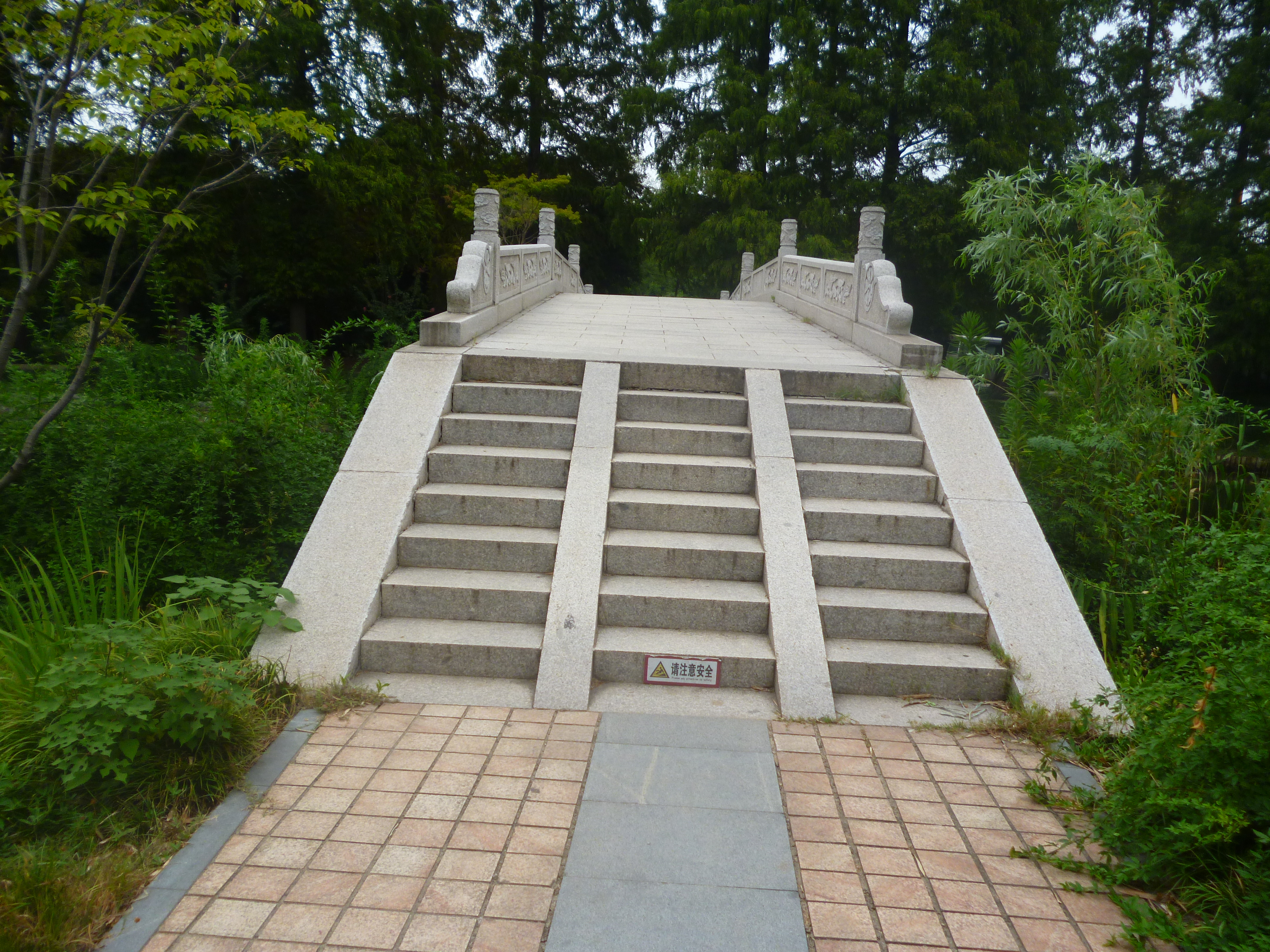
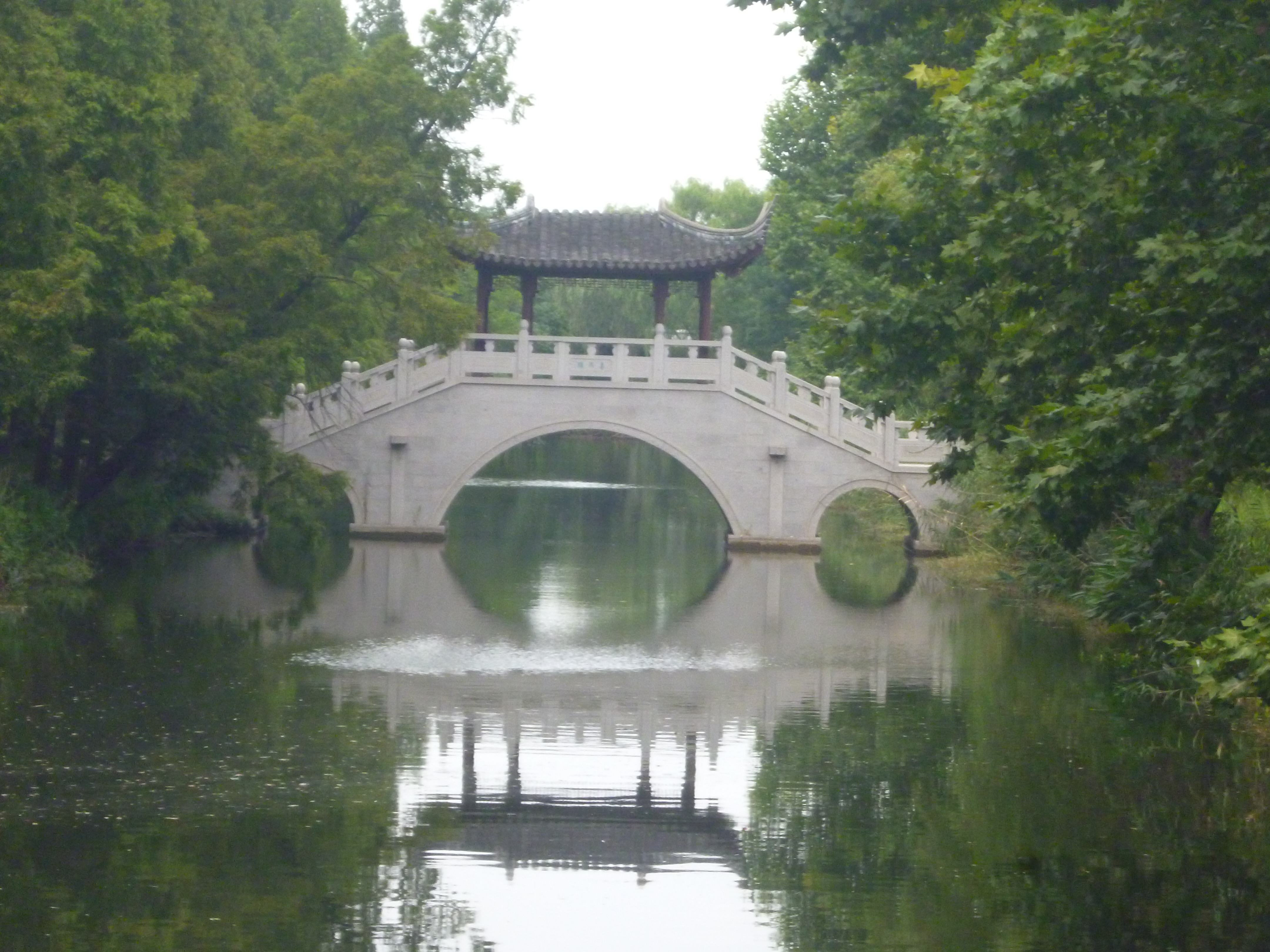
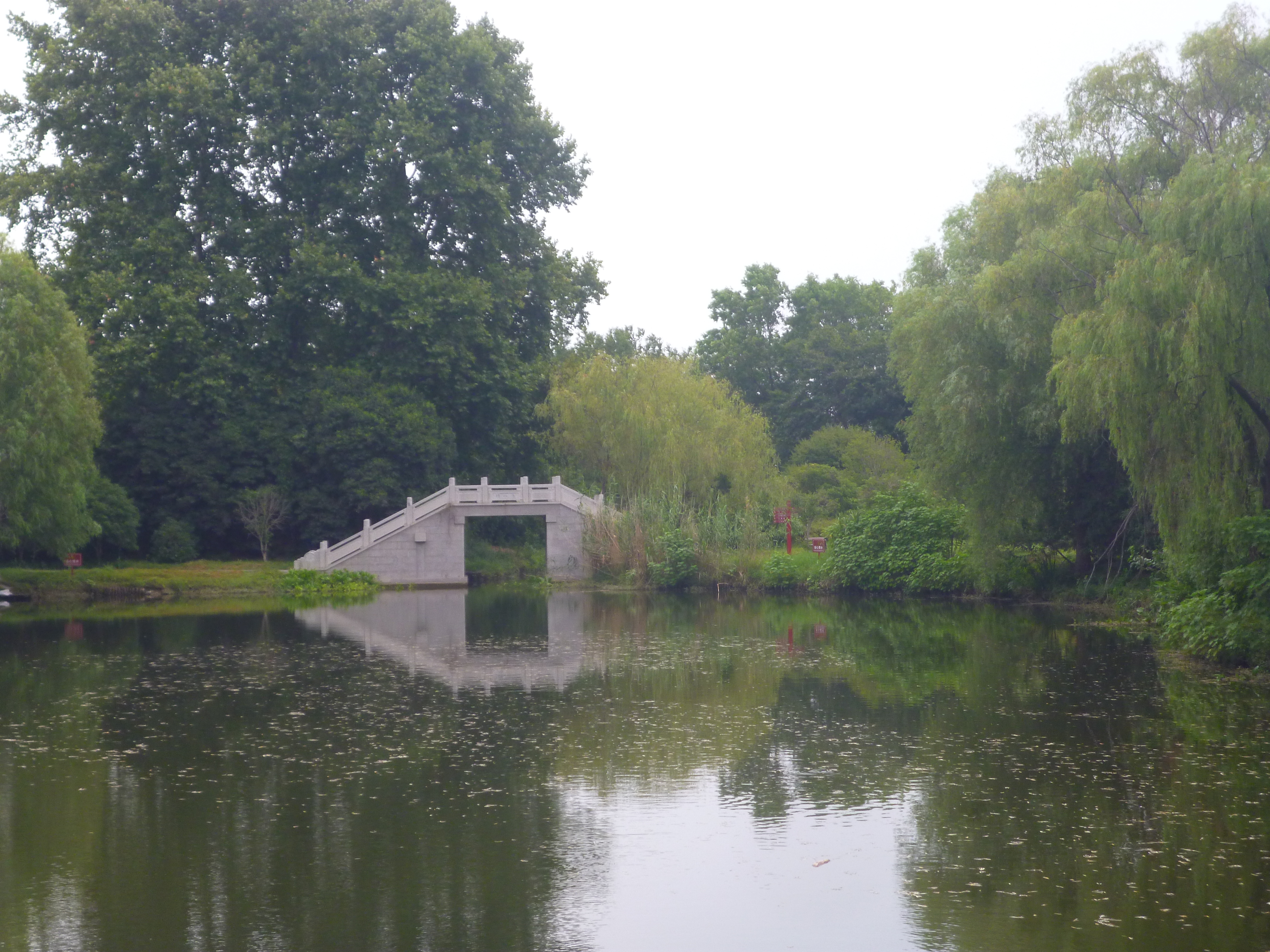

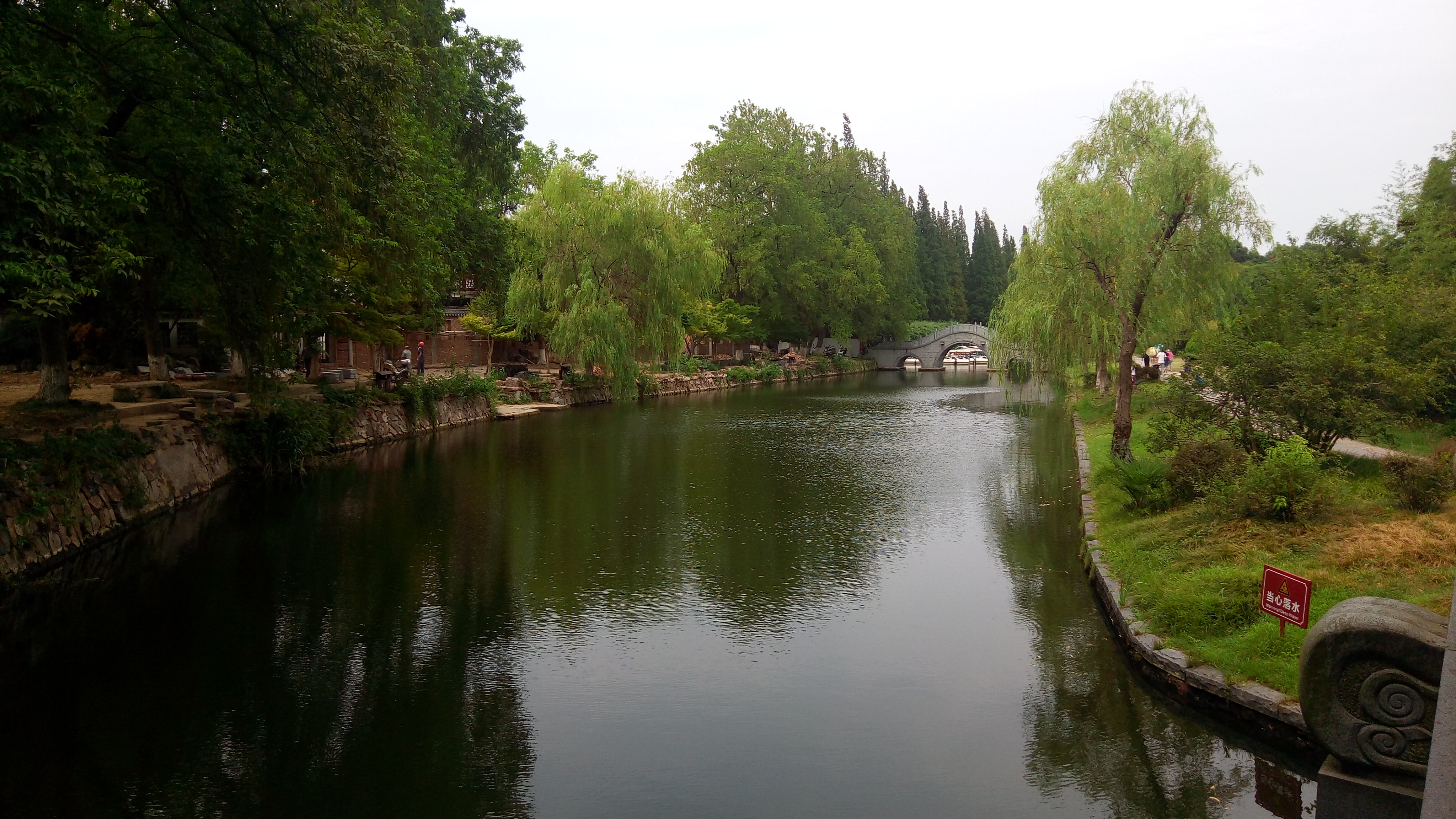

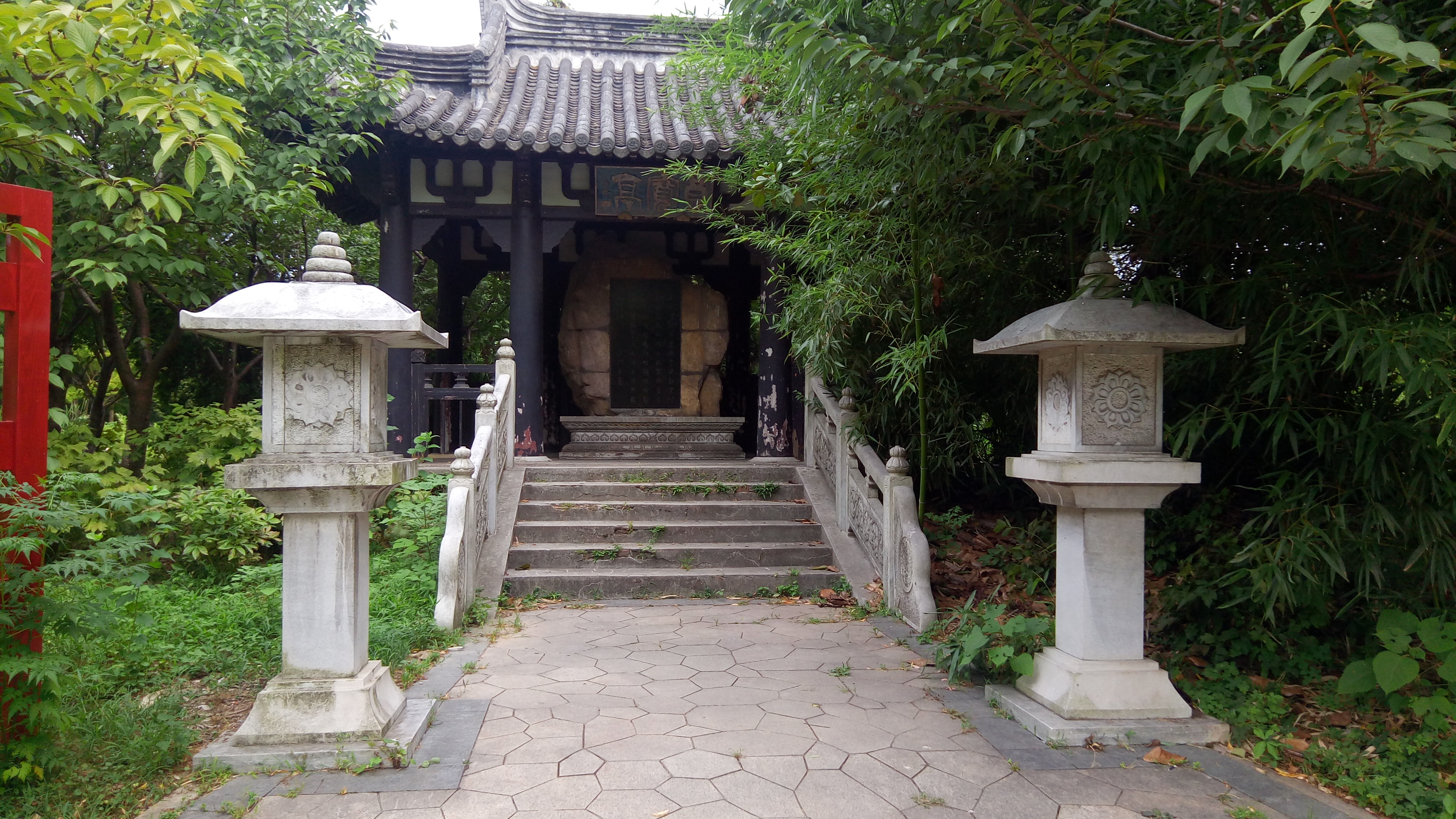
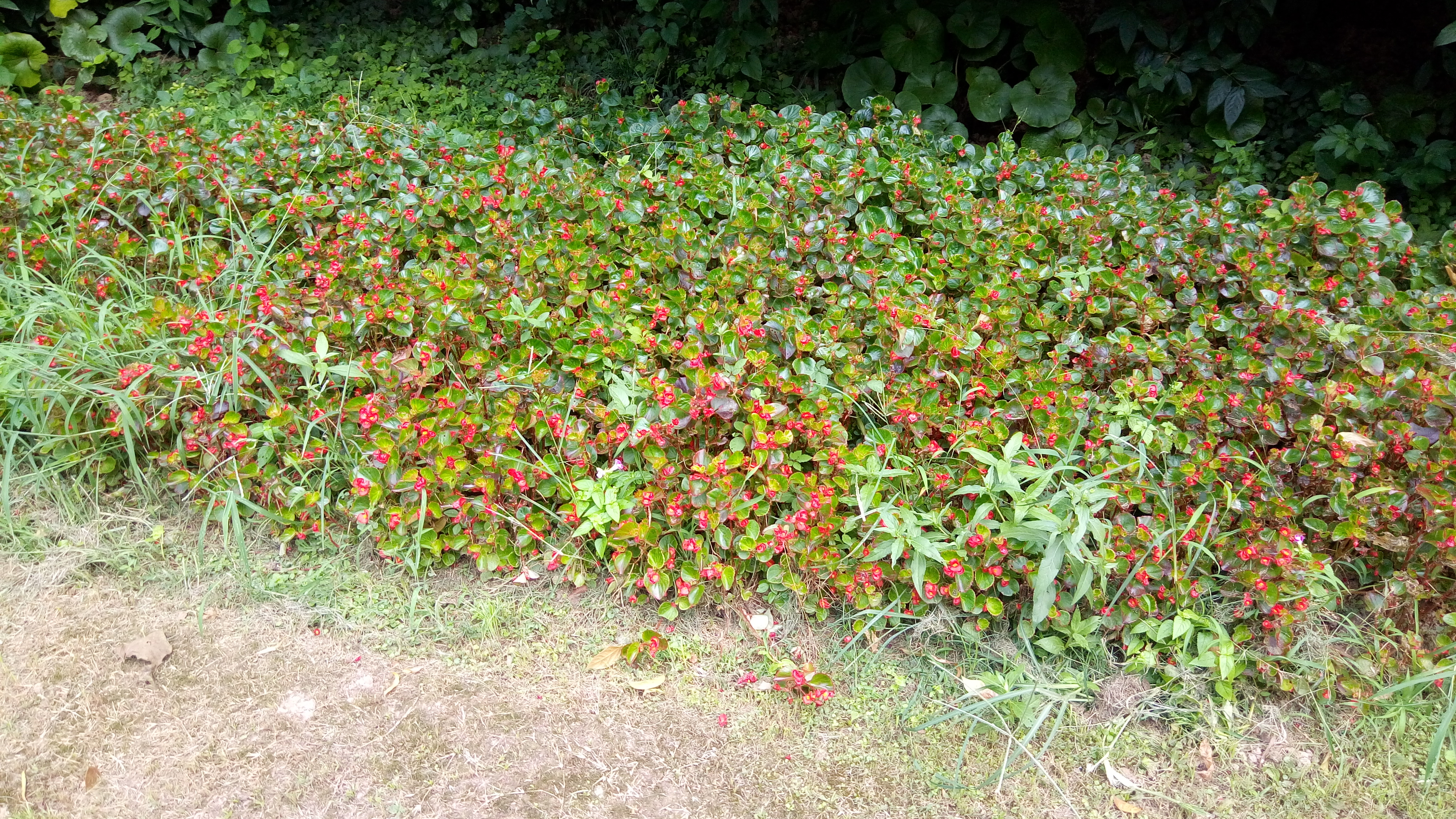
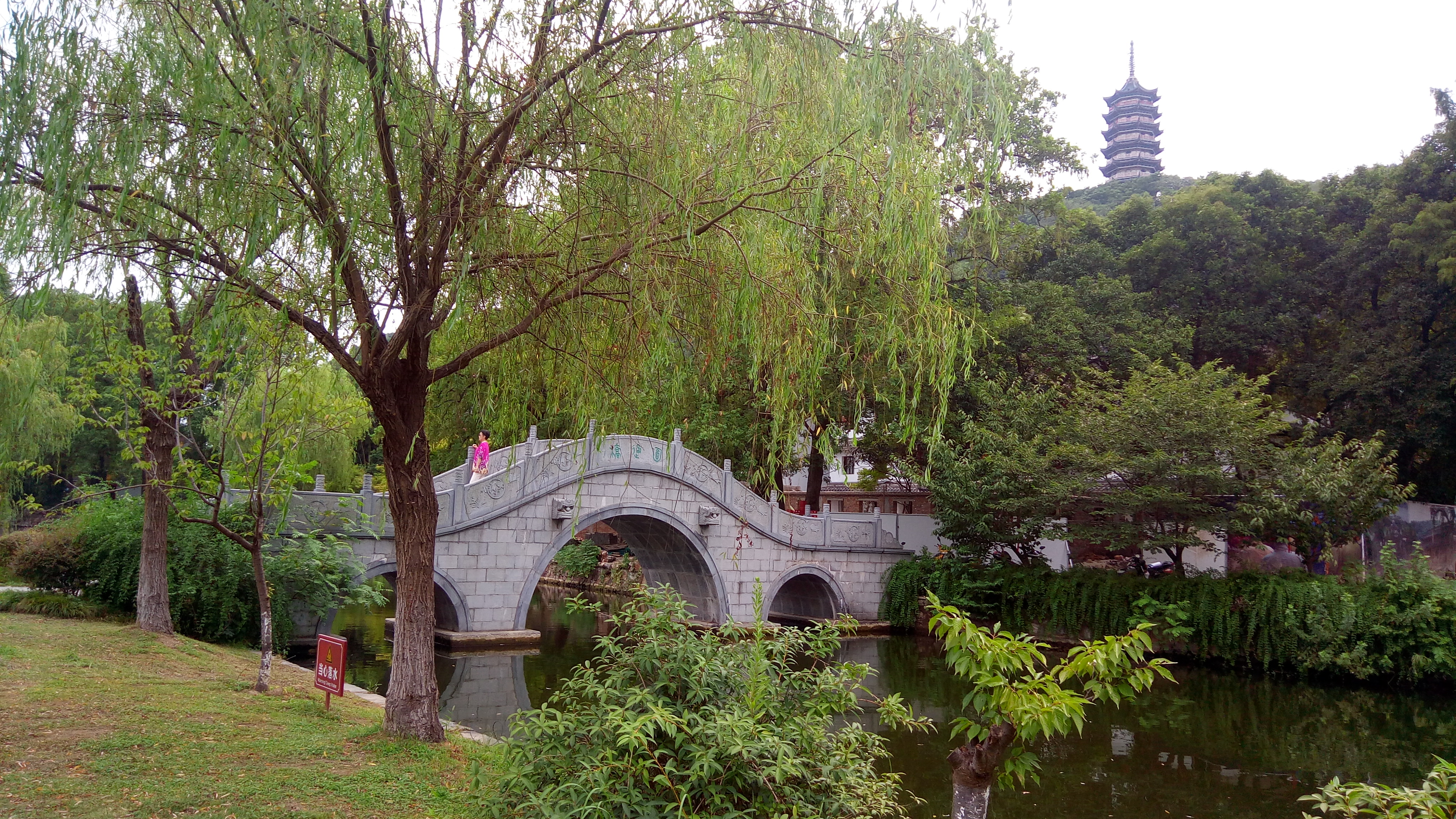

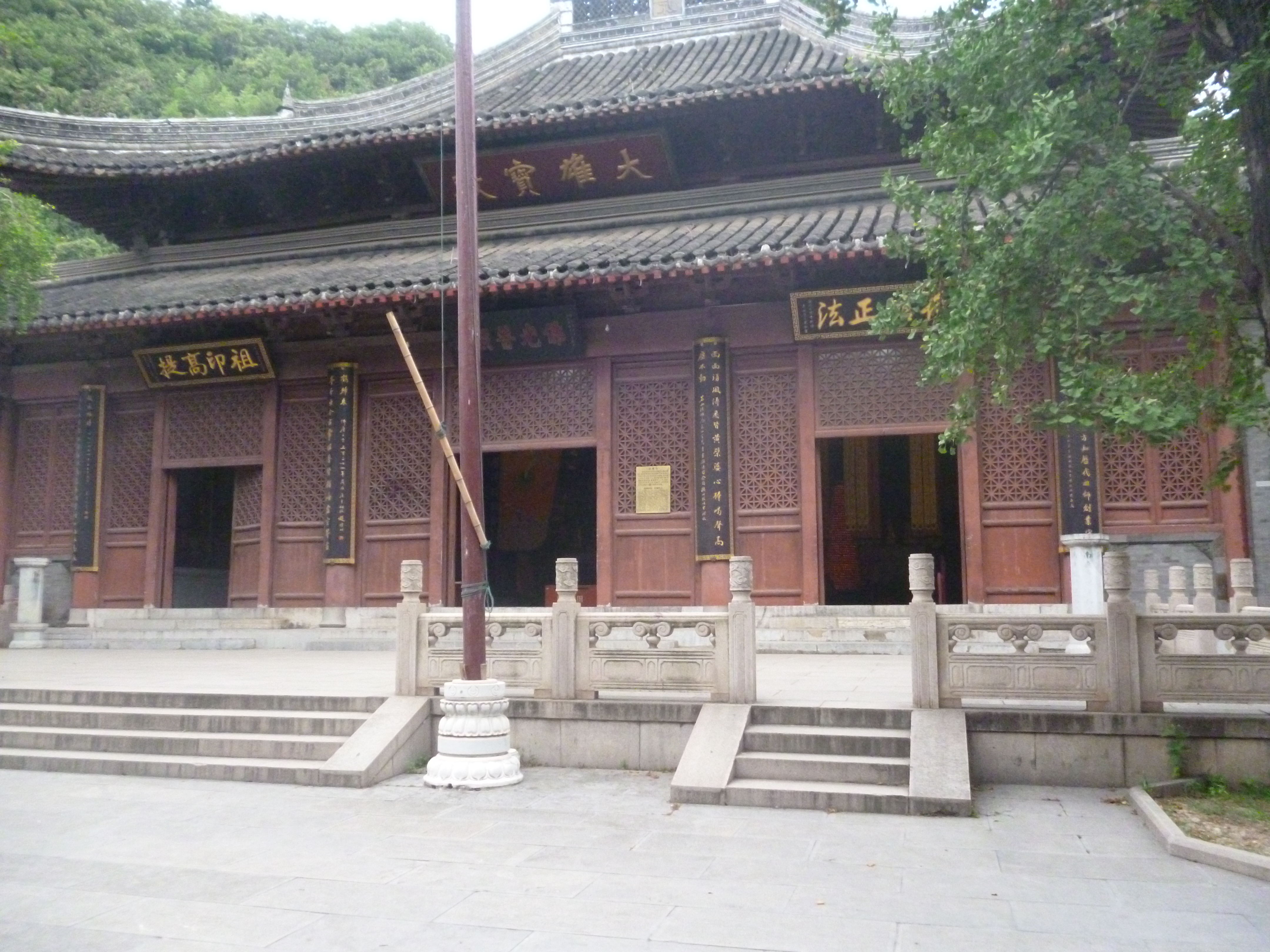
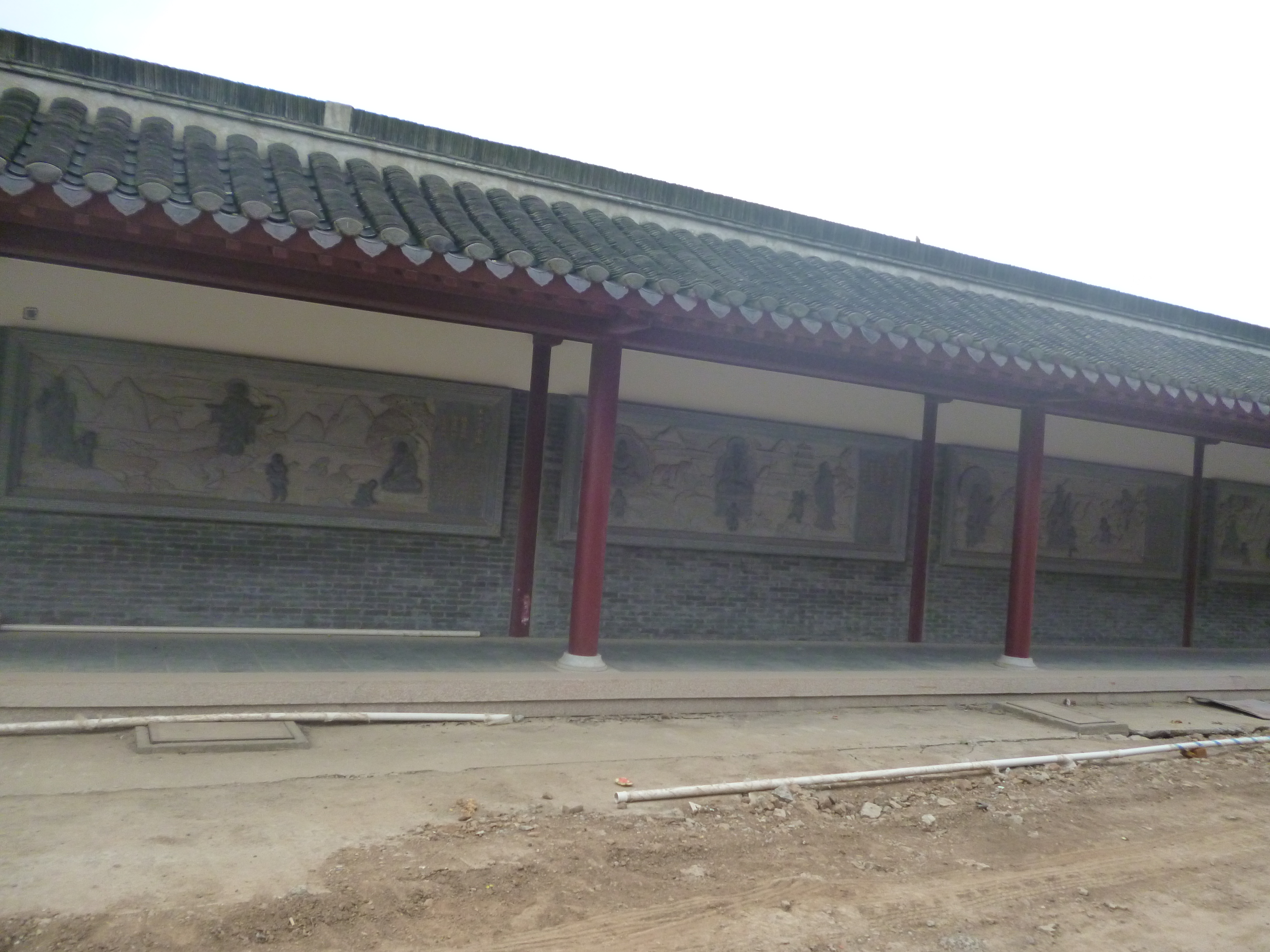


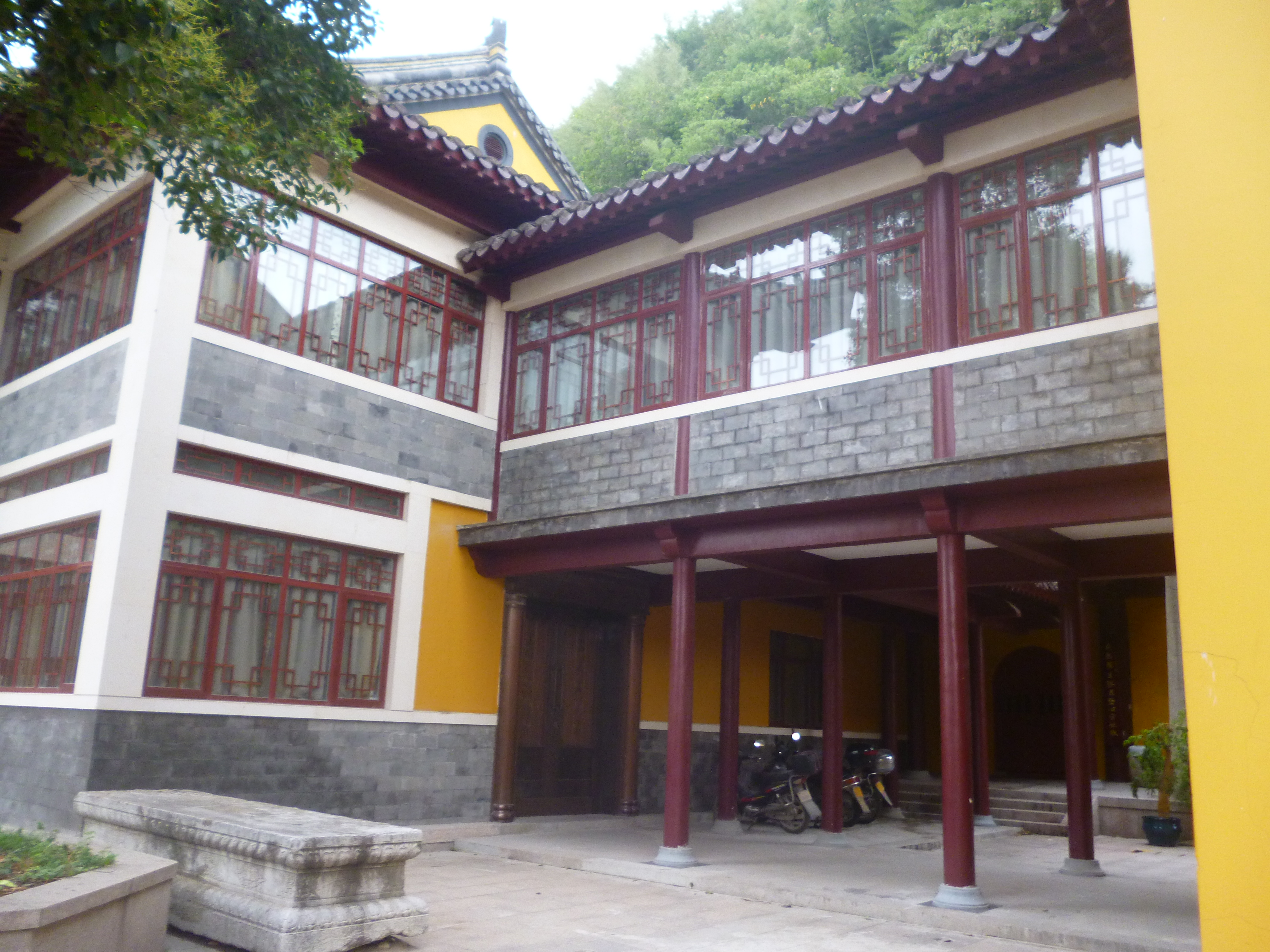
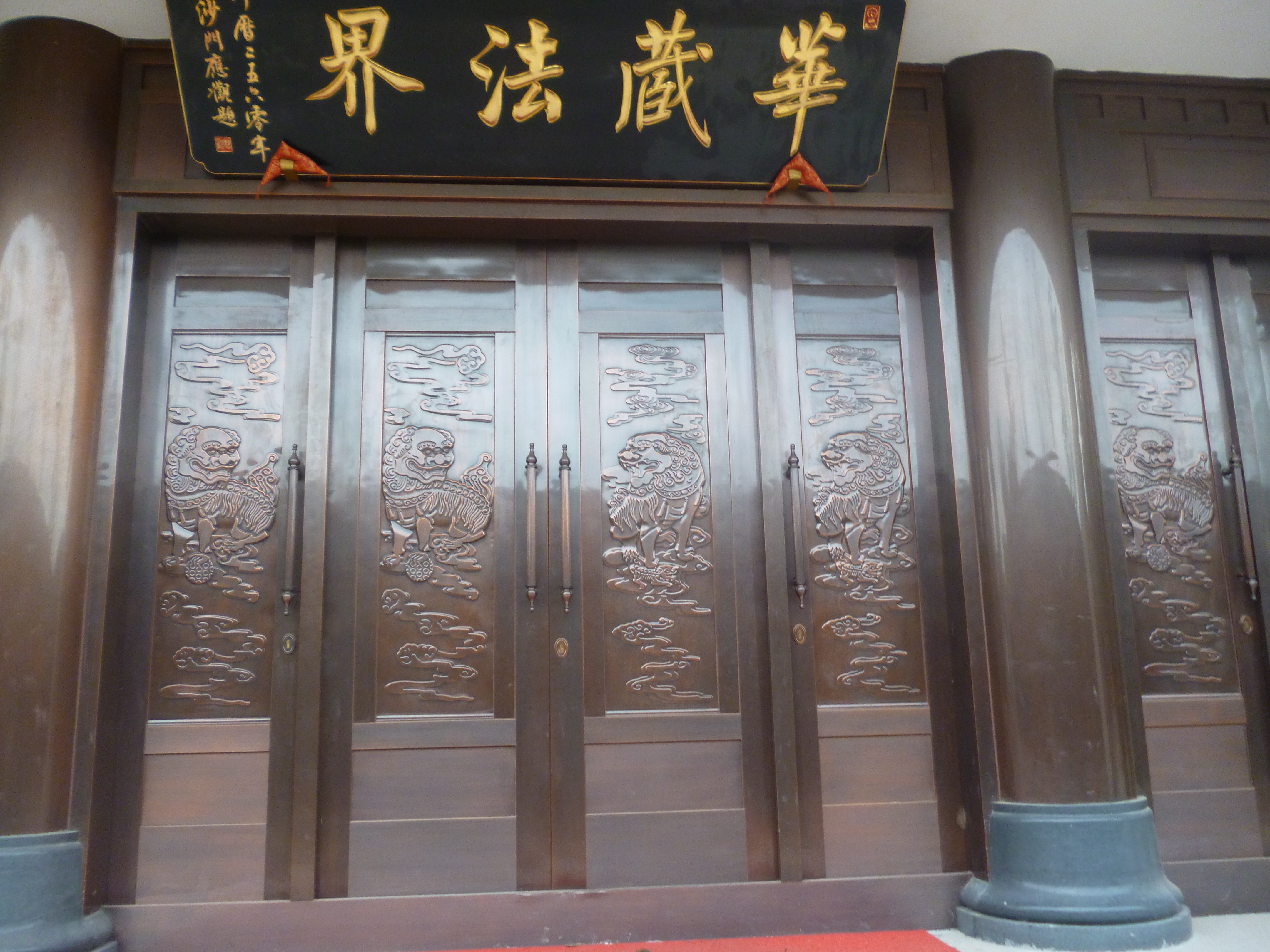
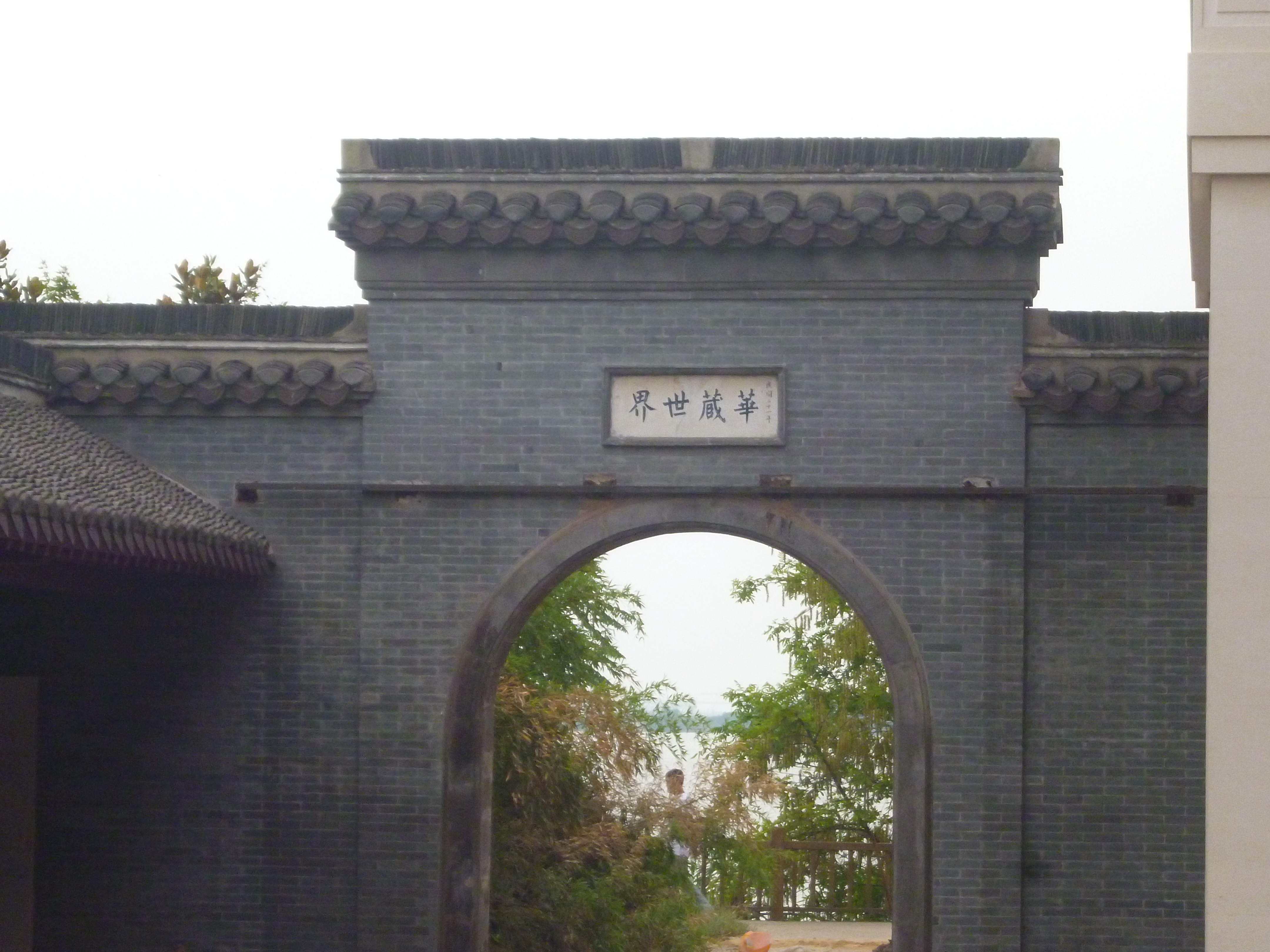
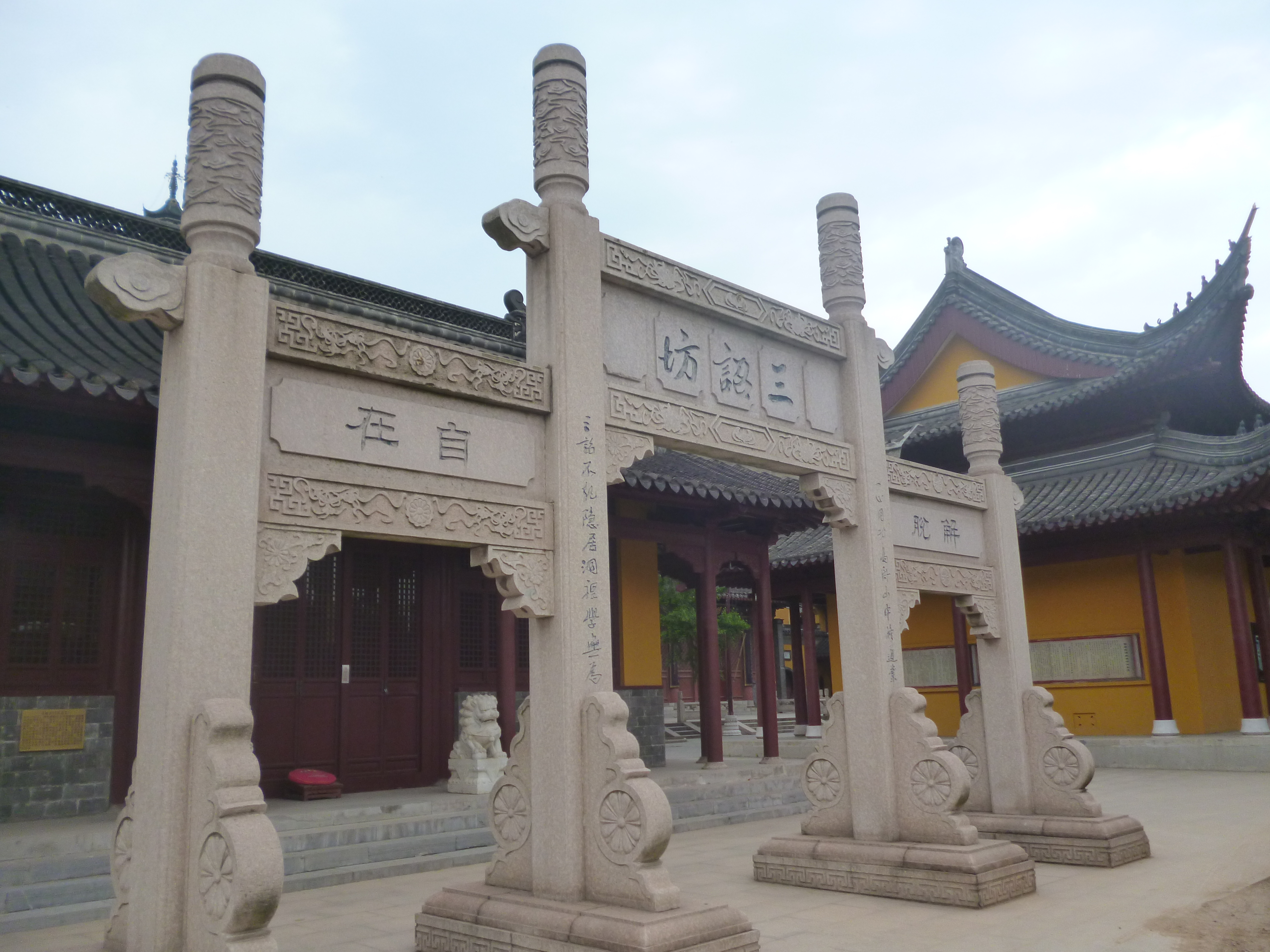
 After a day of travelling in Zhenjiang, it is time for me to head to Wuxi for another day trip. Once there however, I was in for another nasty shock, and this time it was on accommodation. The hostel which I booked this time did not allow foreign guests to stay over. I was in for a shock, because it was already 2200 at night! In my mind, I was quickly scrambling through my Ctrip app on my phone, looking for possible hostels which I could stay in for the night. The worse part was that I was also unsure of whether they would accept outsiders, which was not stated on the app. Fortunately again, the hostel staff of the hostel which I originally booked helped me to search for a nearby hostel, and once again, I was so grateful for their help. The hostel, luckily was only a 10-minute walk from the hostel I originally booked, and finding it was of no trouble. Finally settling for a place for the night, I heaved a sigh of relief, and prepared for the next day.
After a day of travelling in Zhenjiang, it is time for me to head to Wuxi for another day trip. Once there however, I was in for another nasty shock, and this time it was on accommodation. The hostel which I booked this time did not allow foreign guests to stay over. I was in for a shock, because it was already 2200 at night! In my mind, I was quickly scrambling through my Ctrip app on my phone, looking for possible hostels which I could stay in for the night. The worse part was that I was also unsure of whether they would accept outsiders, which was not stated on the app. Fortunately again, the hostel staff of the hostel which I originally booked helped me to search for a nearby hostel, and once again, I was so grateful for their help. The hostel, luckily was only a 10-minute walk from the hostel I originally booked, and finding it was of no trouble. Finally settling for a place for the night, I heaved a sigh of relief, and prepared for the next day.
Day 3: Wuxi has great gardens. One of the gardens I visited was rather big, called the 蠡园. There was a hill in the middle of the garden, separating two parts of the garden, so to get from one part to the other, we needed to climb the hill to get to the other side. This garden also had various exhibits of the founders of the garden, depicting his works on conservation, promoting nature etc. They even have a pagoda located atop a hill which you could climb and enjoy the cool breeze! I took a few selfies up there while enjoying the breeze too. However, the steps leading up to the top of the pagoda were narrow, meaning that is one is uncautious, he could slip and fall. After all park visiting, I headed to Nanchen temple and the old street nearby. The old street, had ancient infrastructure, but the shops and restaurants that occupy the space now are modern and trendy, attracting quite a number of youngsters to the cultural area.
梅园
